If you haven’t already seen Lembeh Strait #1, images, words and video are in the previous post!
It’s winter in Fiji, which can be easy to forget, usually. Last year we spent a sweltering July in Vuda marina waiting for our transmission, and absolutely no one was talking about cold. This “winter” has felt different (El Niño has officially replaced La Niña). In Viani bay the local dive master talked about rainy weather hanging on longer than usual, hills that were still very very green. “The Moms” arrived for the Fijian version of what overly excited weather people in Montana used to call a Polar Vortex. Fijians donned hoodies and parkas as temps plummeted into the mid-sixties (the lowest temperature ever recorded in Fiji was 12.3 C or 54 F). Meanwhile, “the Moms” counted their lucky stars and gave thanks for overcast days. I put on a T-shirt. Our biggest challenge was finding anchorages that were reasonably calm. Diana tied up the lee cloth for Camille and gave Elizabeth extra cushions to wedge herself in at night. I think I remember Diana suggesting that she handed out more sea sickness medication on this visit than she did on the entire Pacific Crossing. On the bright side, Camille says she has never slept so well (we discussed the feasibility of installing hydraulics in the foundation of her Northern California cottage to replicate these soporific Fijian seas). I think Diana and I had both imagined leisurely lagoon sailing with the Moms, based on our quick survey of the western islands last year. For sure, neither of us imagined gusts to gale force (36 knots), and sailing at 8 knots with a handkerchief of jib rolled out. But by now the Mom’s are seasoned sailors, and weathered it all like old salts, quite happily nestled in their accustomed spots. ~MS
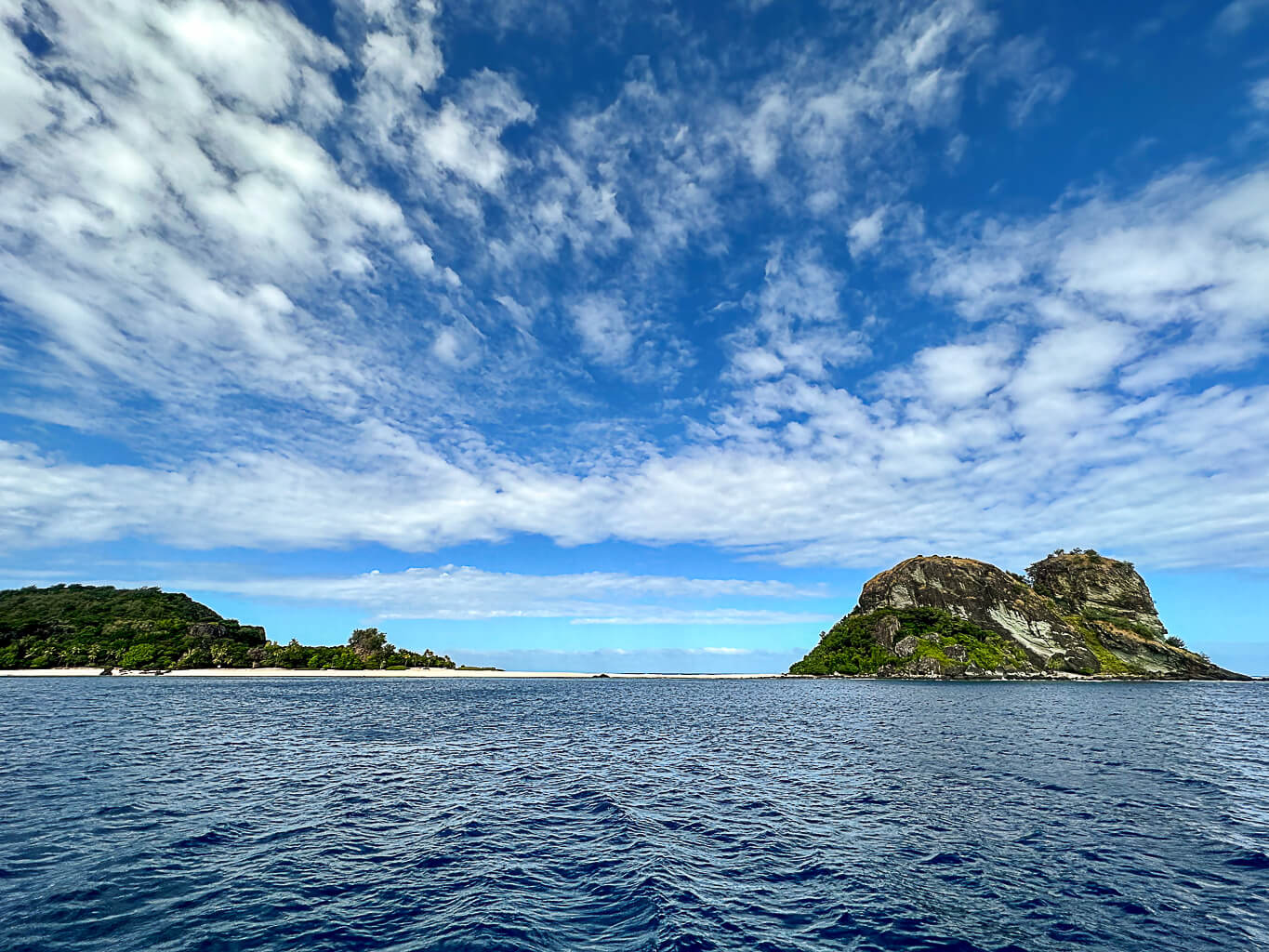

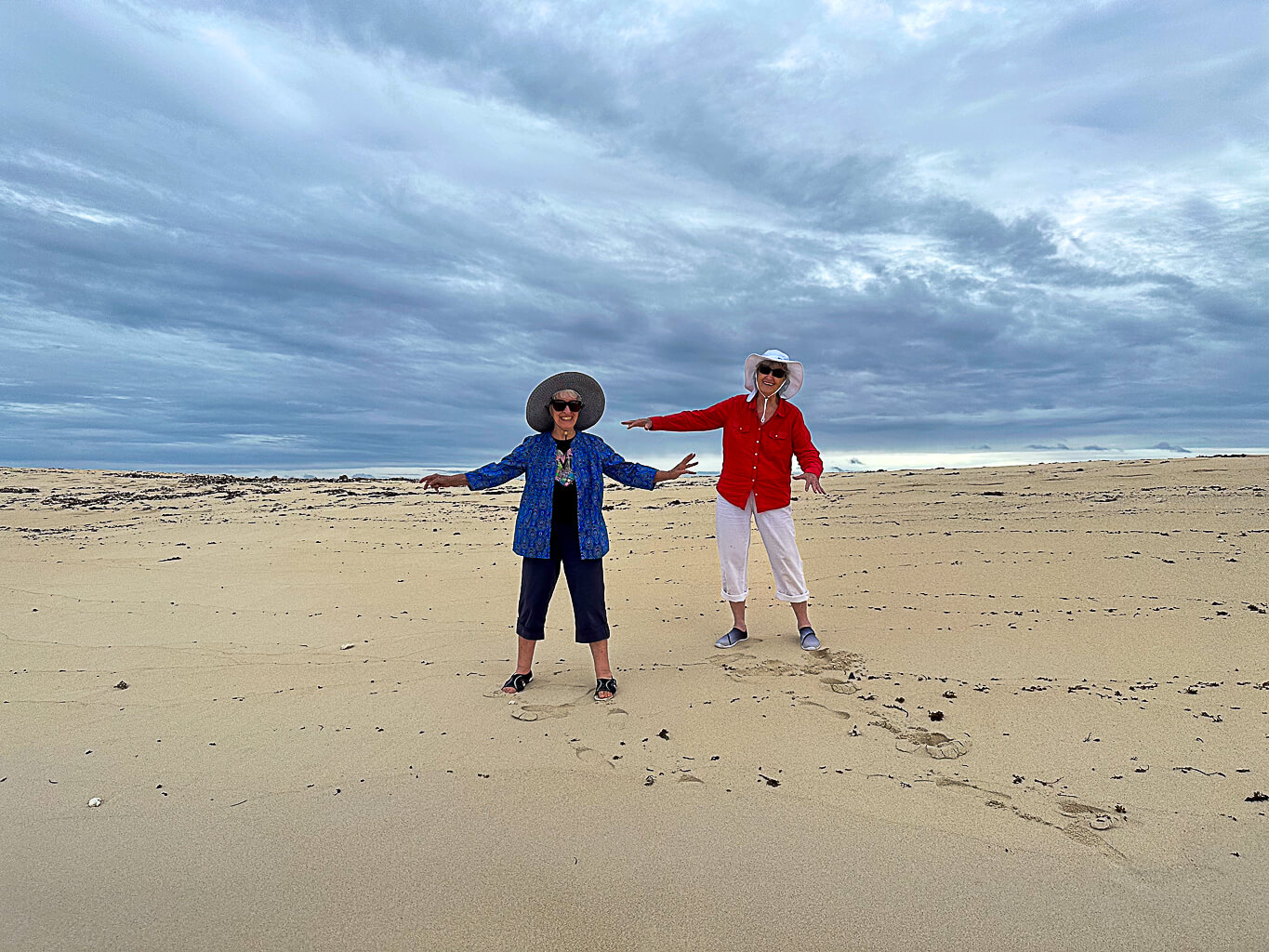
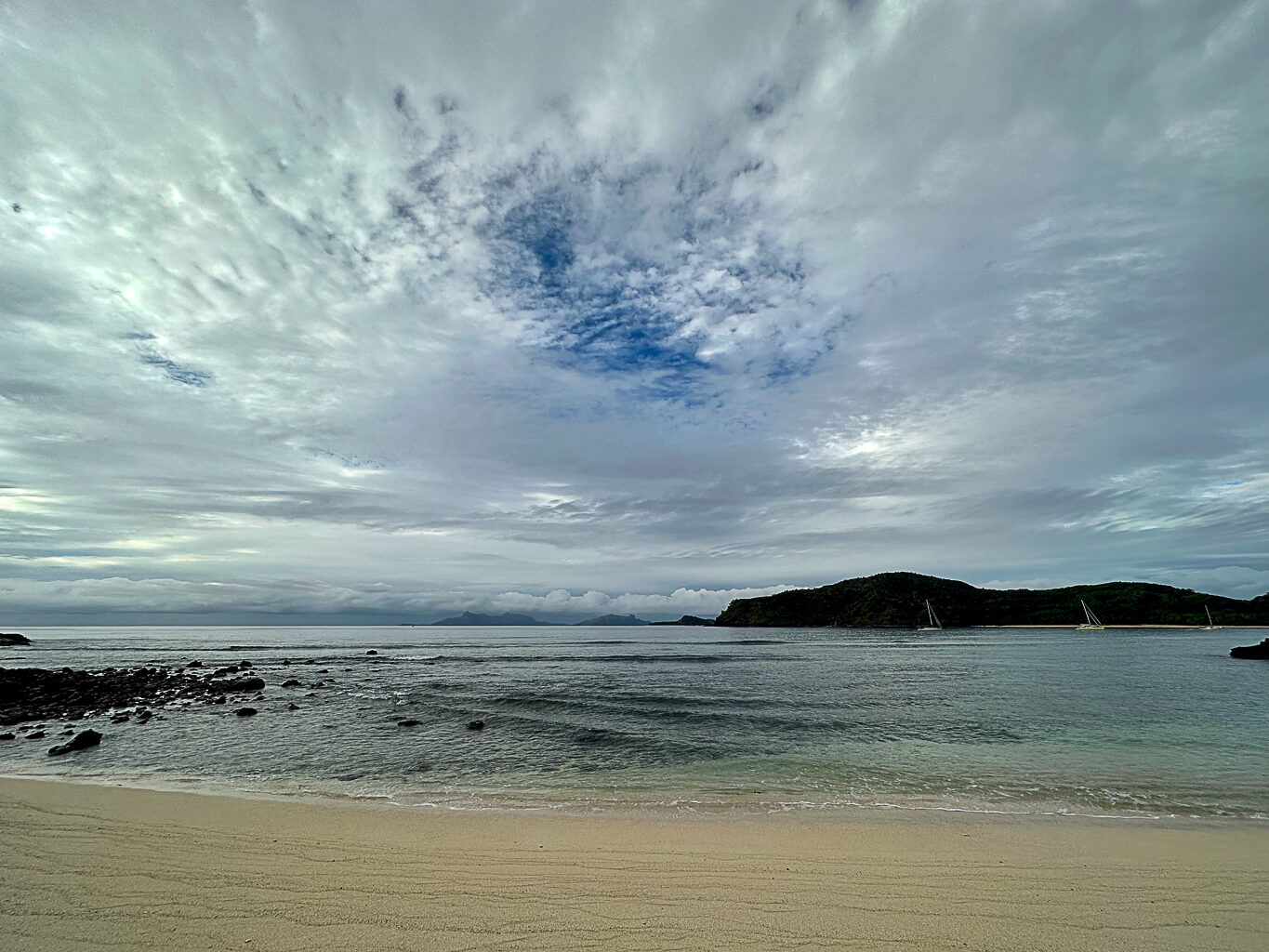
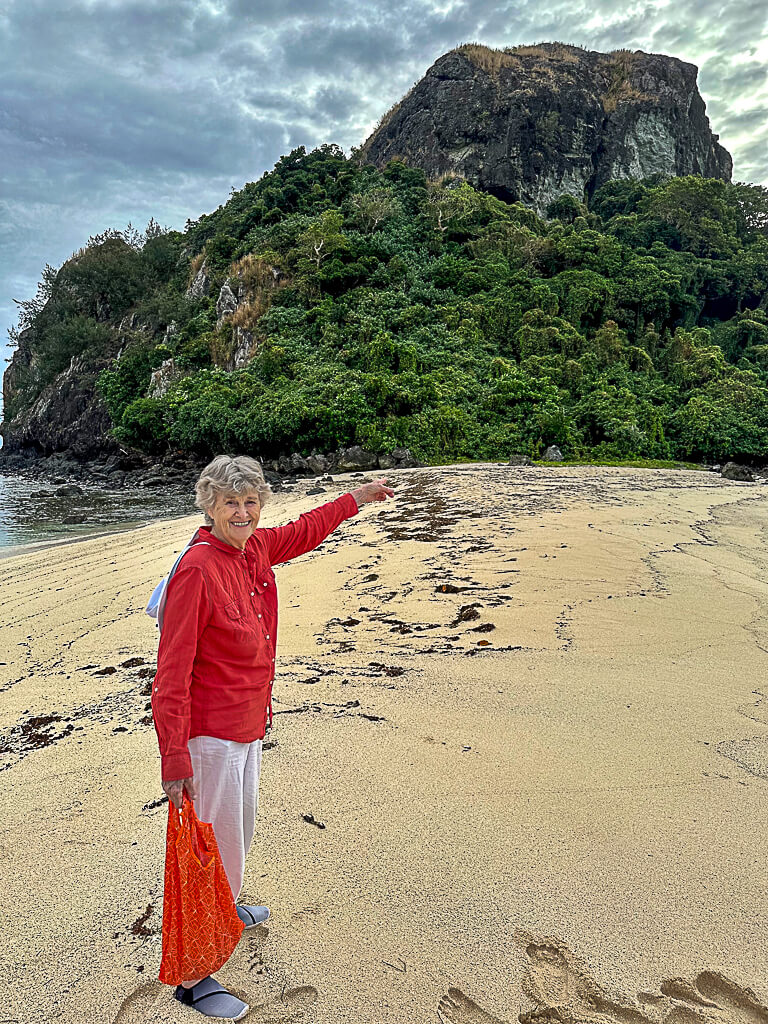
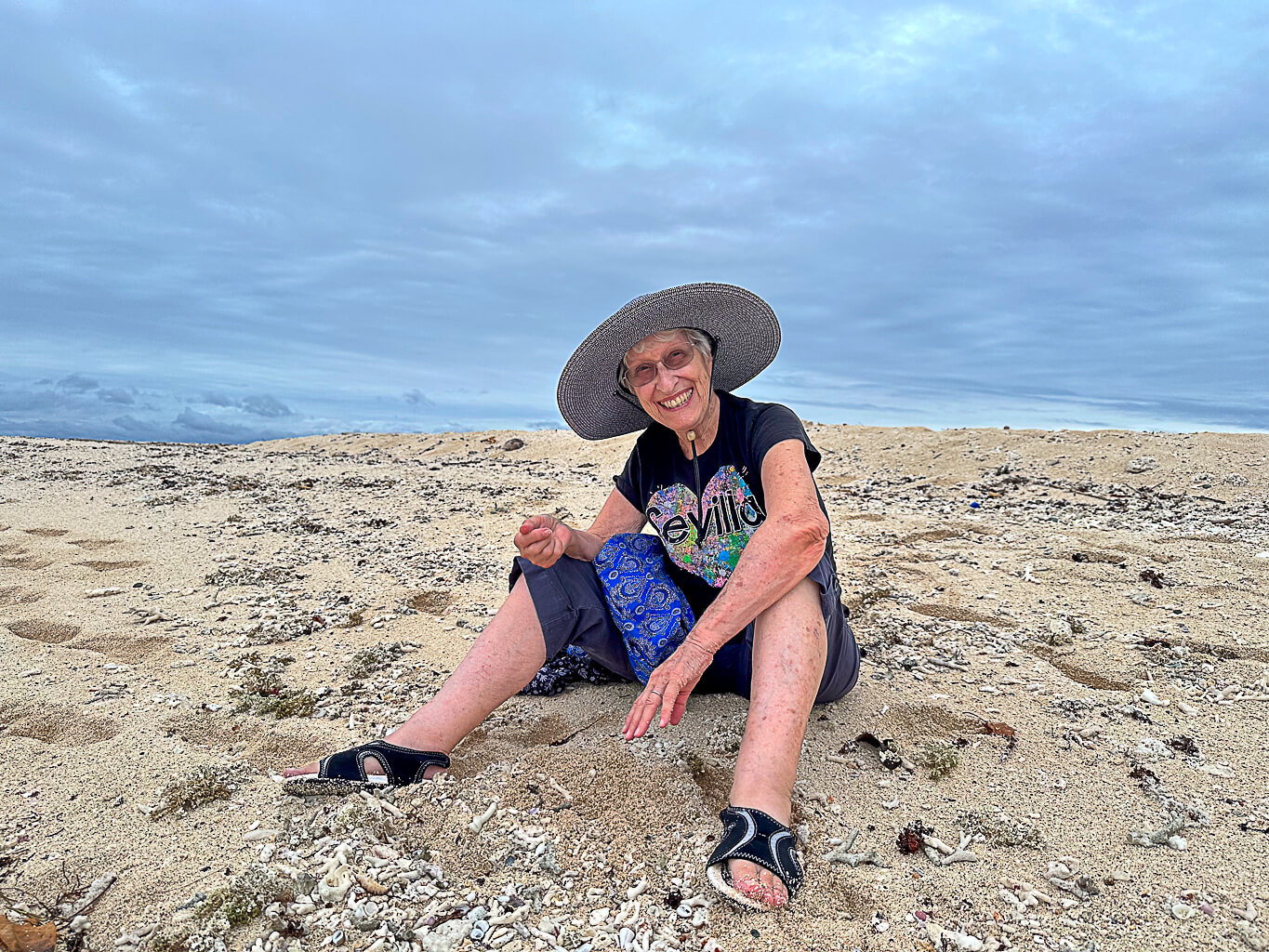
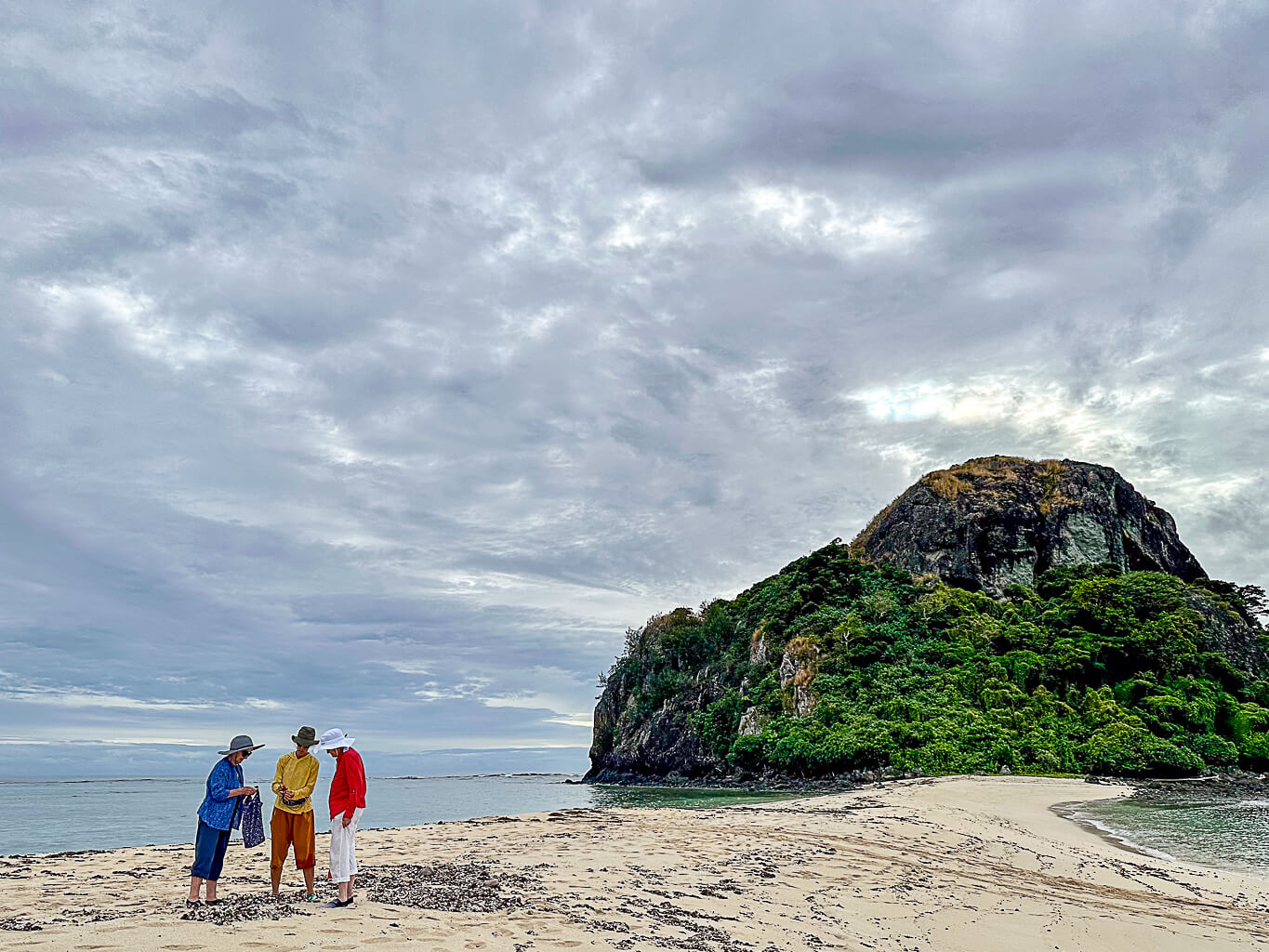

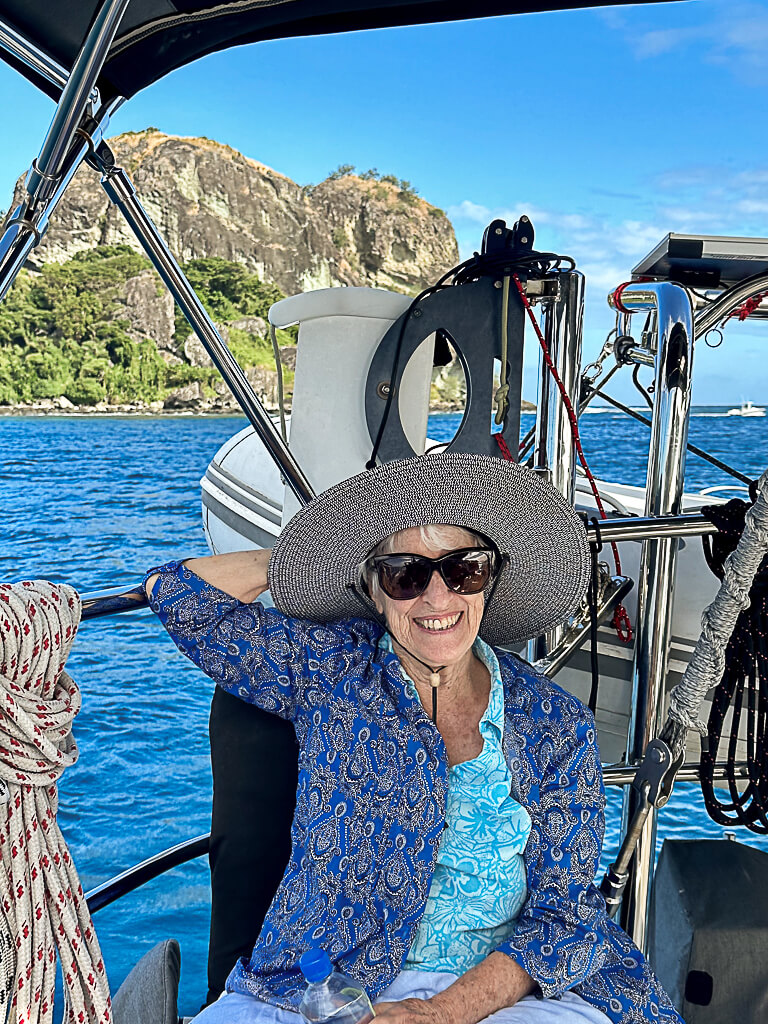
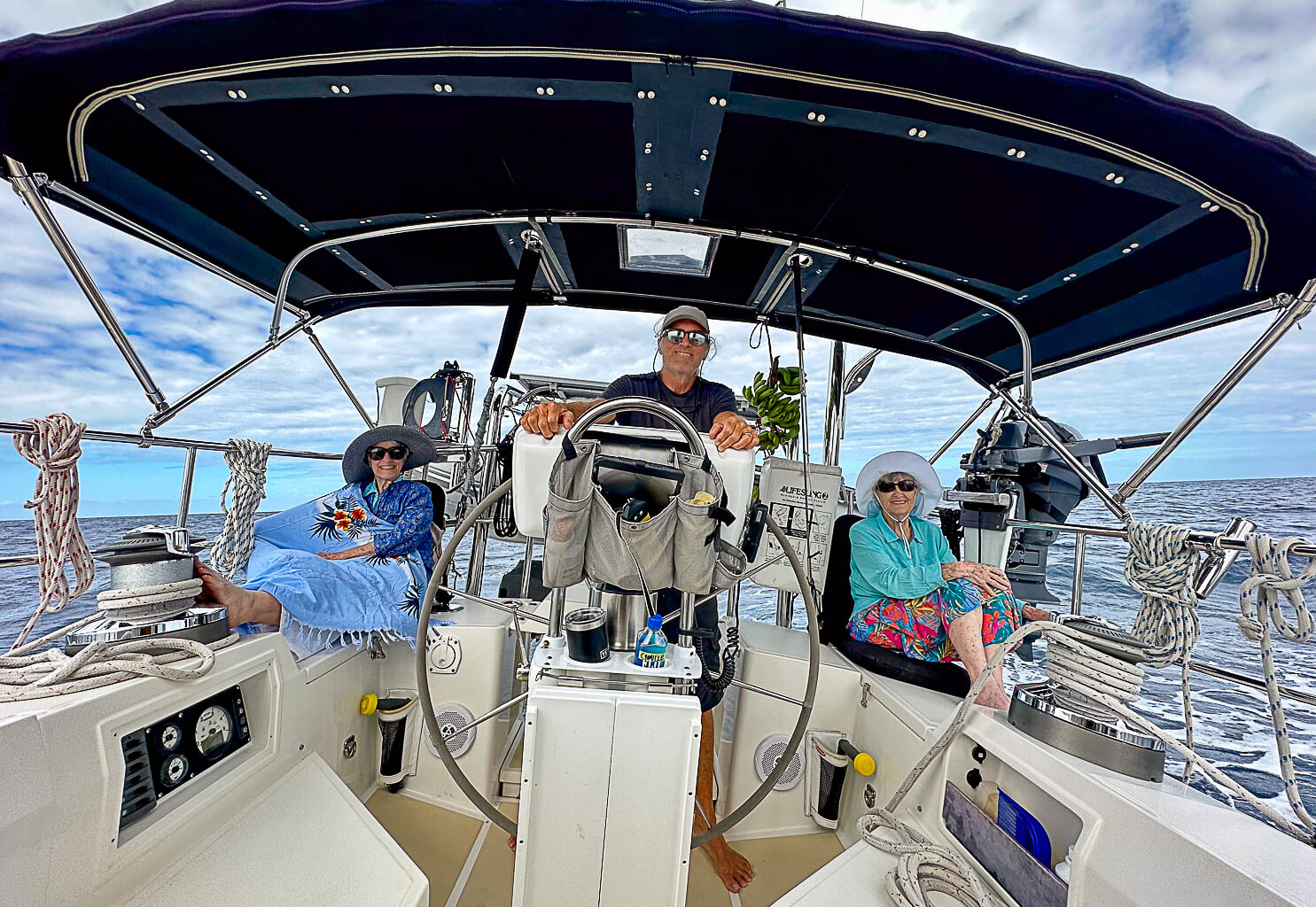

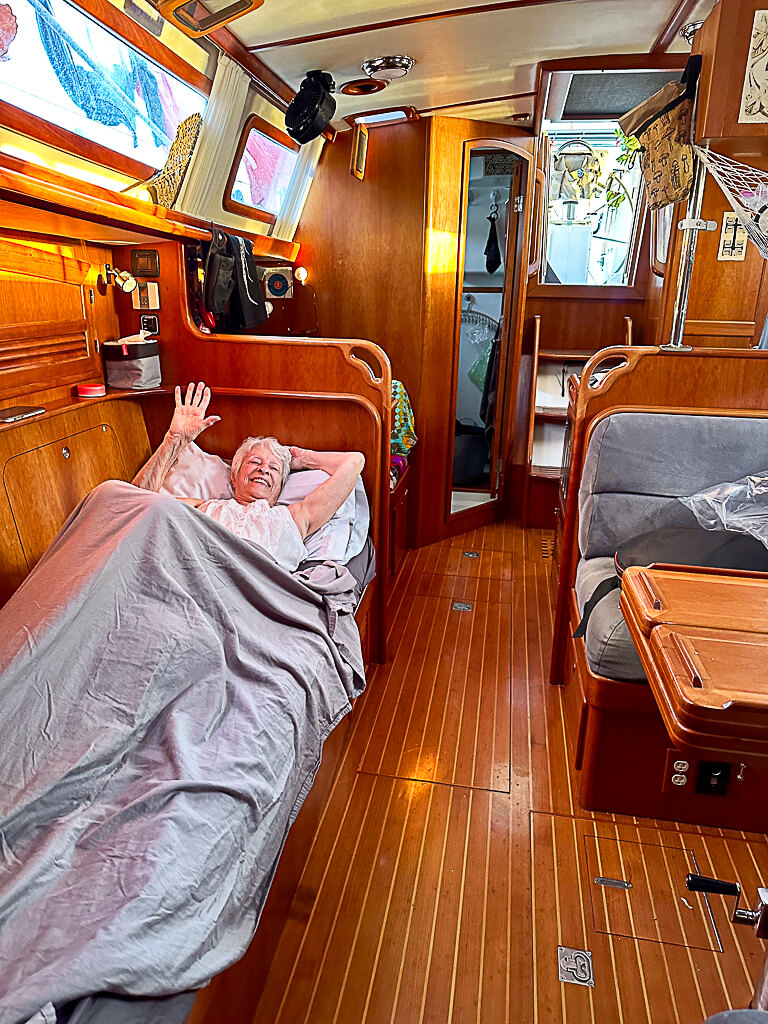
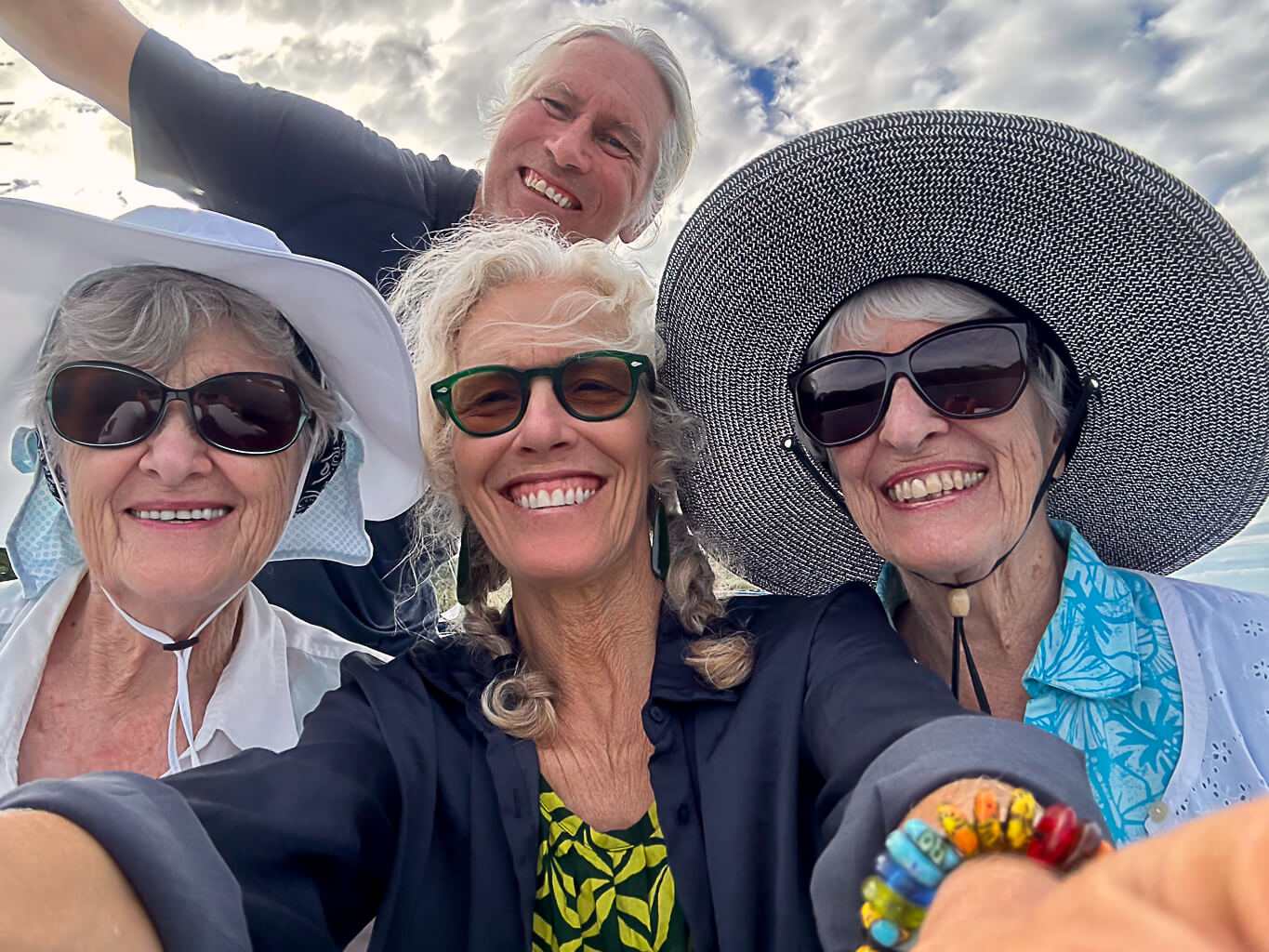
Though the Yasawa’s and Mamanucas (pronounced mamanutha) are more accessible than some areas of Fiji, the culture here seems pretty resilient in coping with the pressures of tourism. All over Fiji people seem to smile a lot — relaxed, unhurried and generally optimistic. I think the Moms particularly enjoyed our cultural interactions. Our first sevusevu ceremony was at Nalauwaki Village in the northern bay of Waya island. The idea of sevusevu is that you must go to the chief of the village to make an offering of kava before you do anything else (swim, hike, fish etc…). Typically you find someone as you land the dinghy on the beach who can take you to the right place (take me to your leader!). The ceremony is usually fascilitated by the chiefs spokesperson, the Turanga Ni Koro. You sit on the floor in the chief’s house or the community hall and pass your kava roots (usually wrapped up in newspaper which is also valued for rolling very long thin cigarettes called Suki) to the spokesperson who passes it onto the chief. He recites a speech (in Fijian) welcoming you, often by name, giving permission to walk about the village, snorkel, dive etc. The spokesperson translates that you are now guests and the chief and the village also take responsibility for your welfare. The ceremony is usually followed by a tour of the village and the school. Apparently Nalauwaki has been without a chief for a while, so this first sevusevu was a very low key version with an elder, but still had the intended effect of making us feel connected to the village rather than outsiders. All over Fiji the custom of not wearing hats, sunglasses, or carrying backpacks on your shoulders is a way that tourists can show their respect for the village. In the Lau group of eastern islands, I also started wearing a sulu (a wrap around skirt for men and women) for the ceremony as another sign of respect. It feels surprisingly good to be welcomed in this formal way and the ceremony really does create a feeling of attachment and mutual responsibility. ~MS
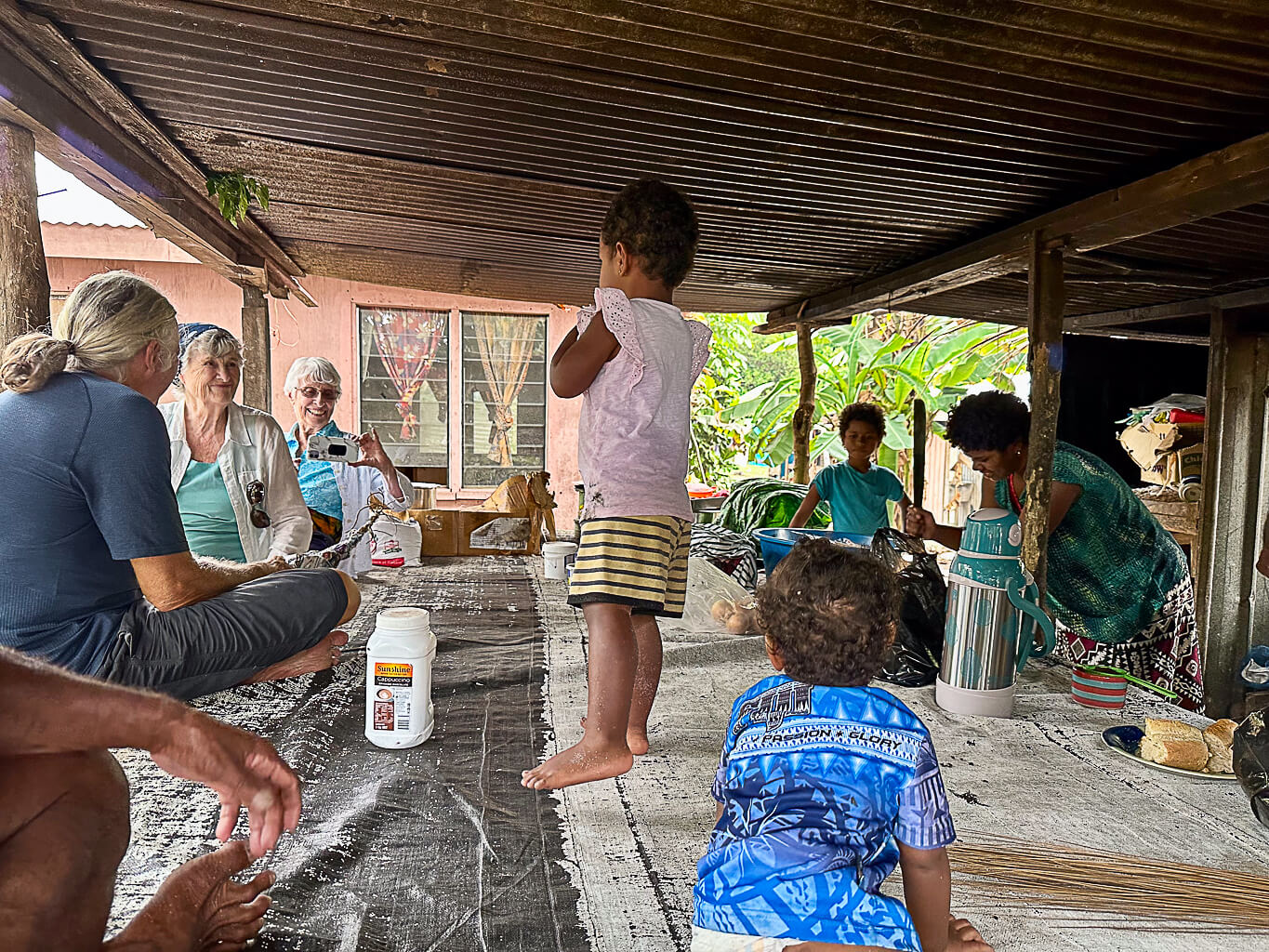
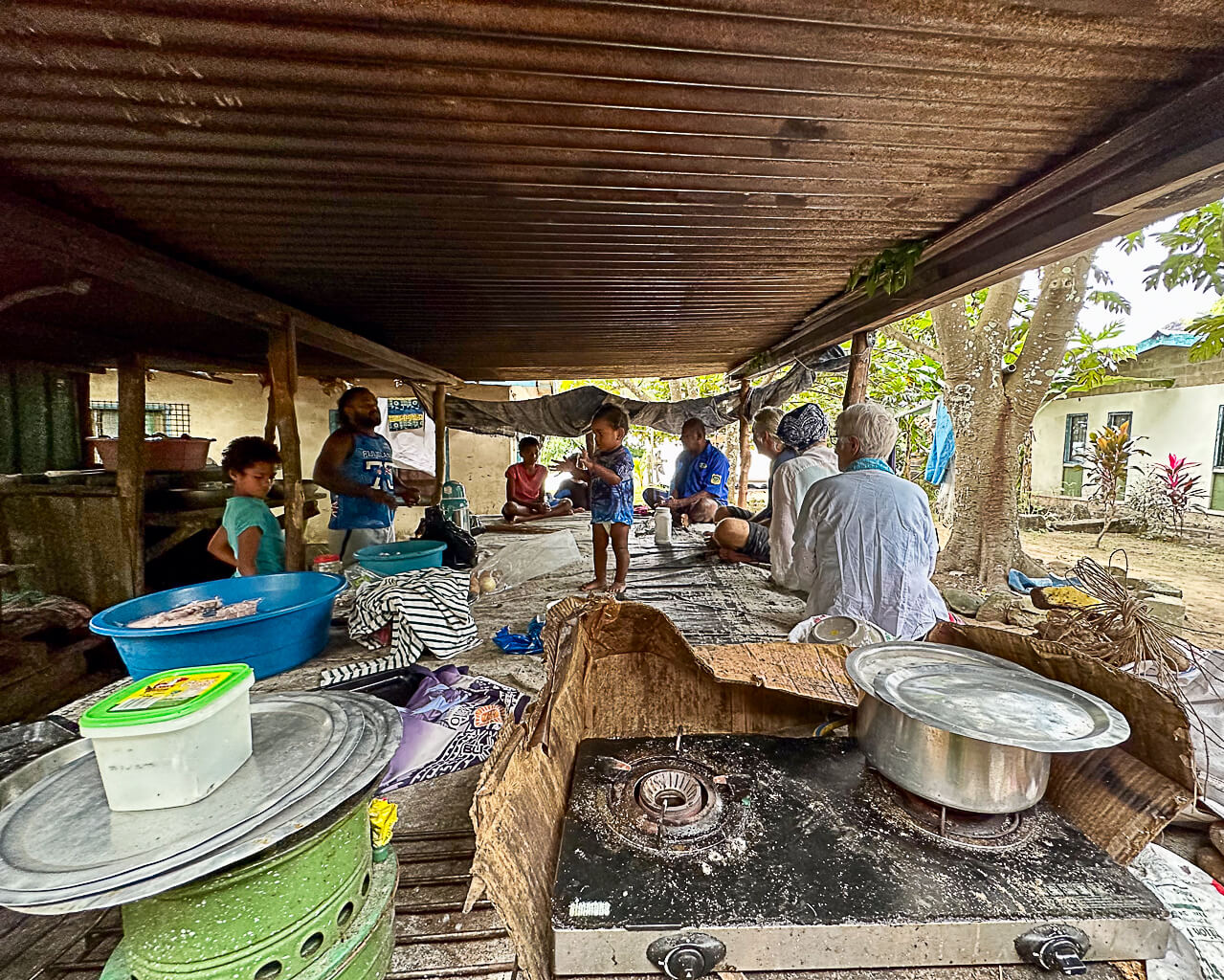
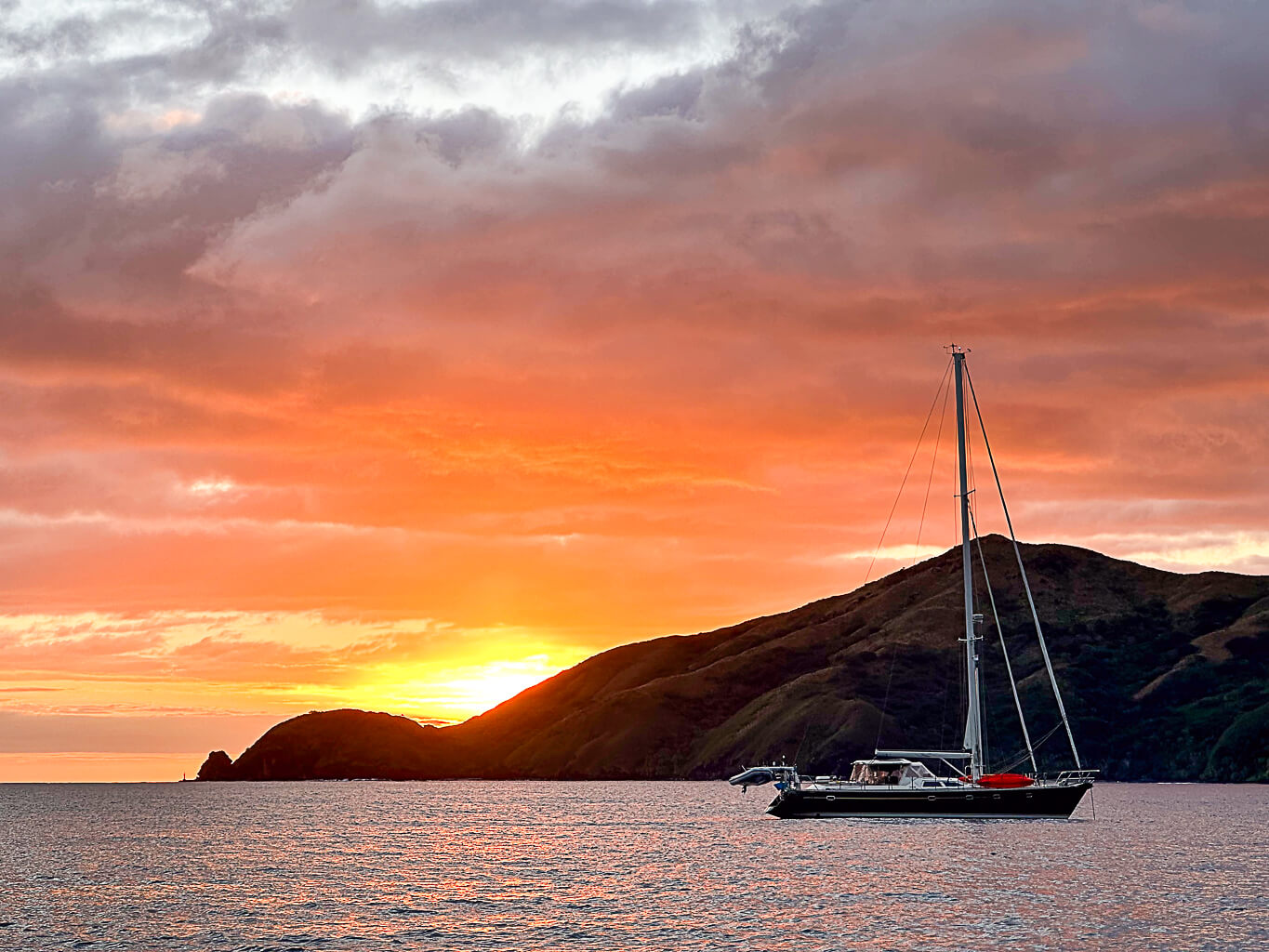
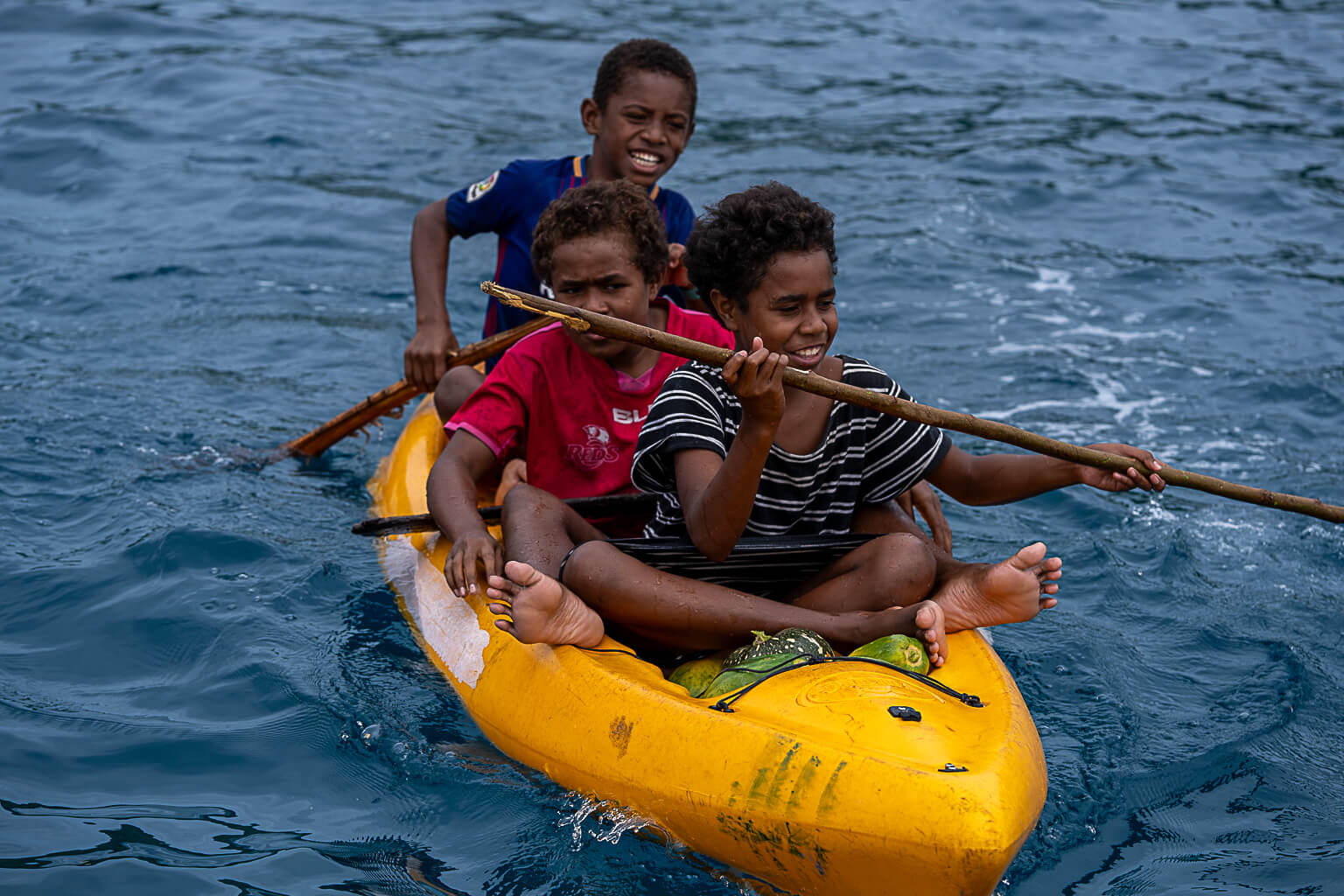

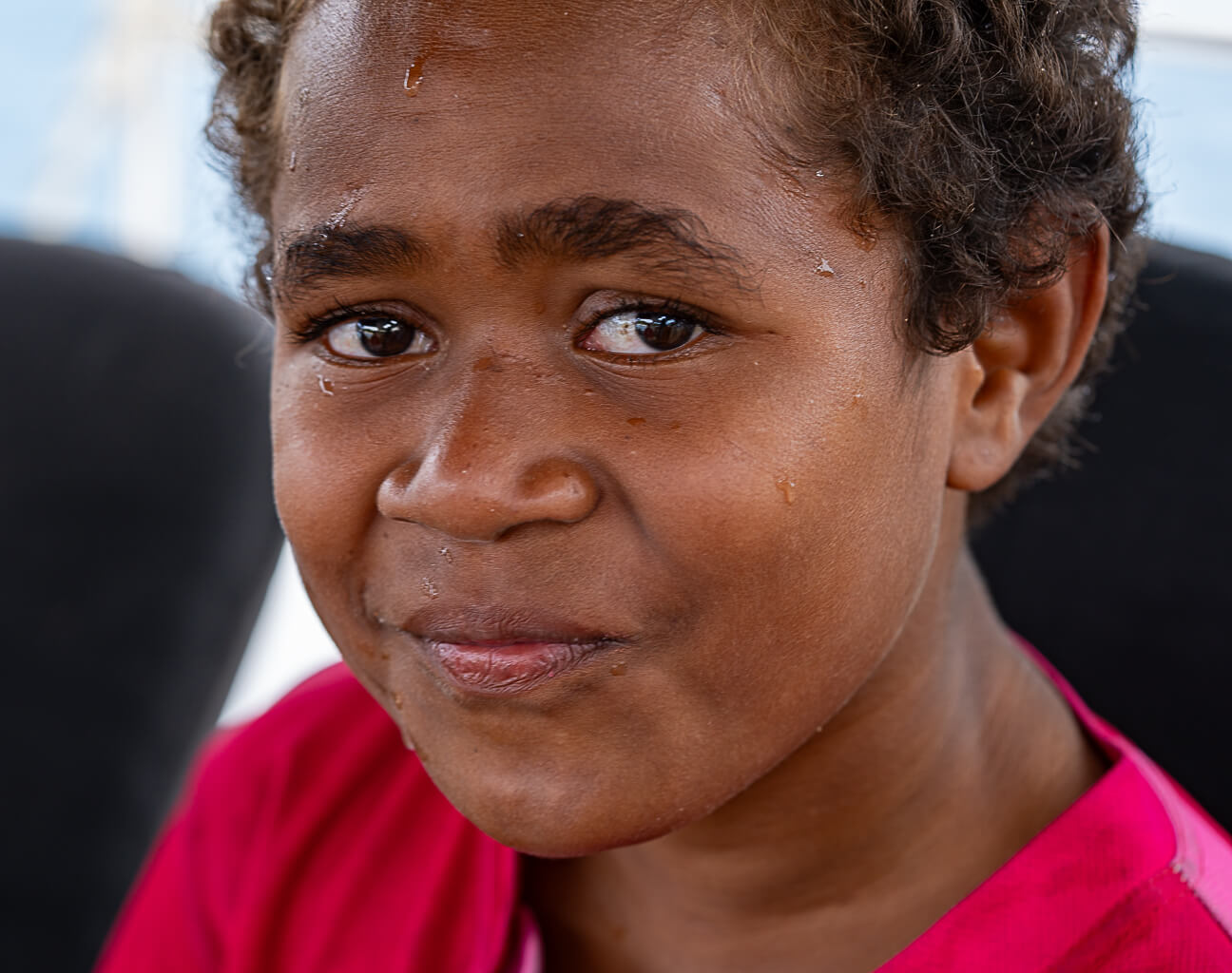

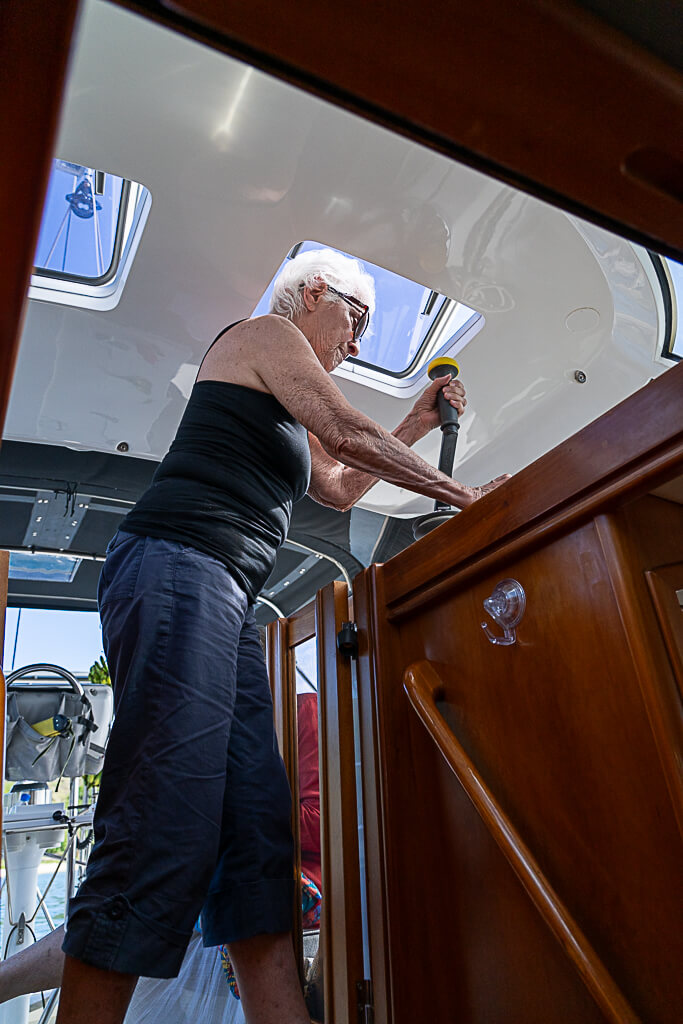
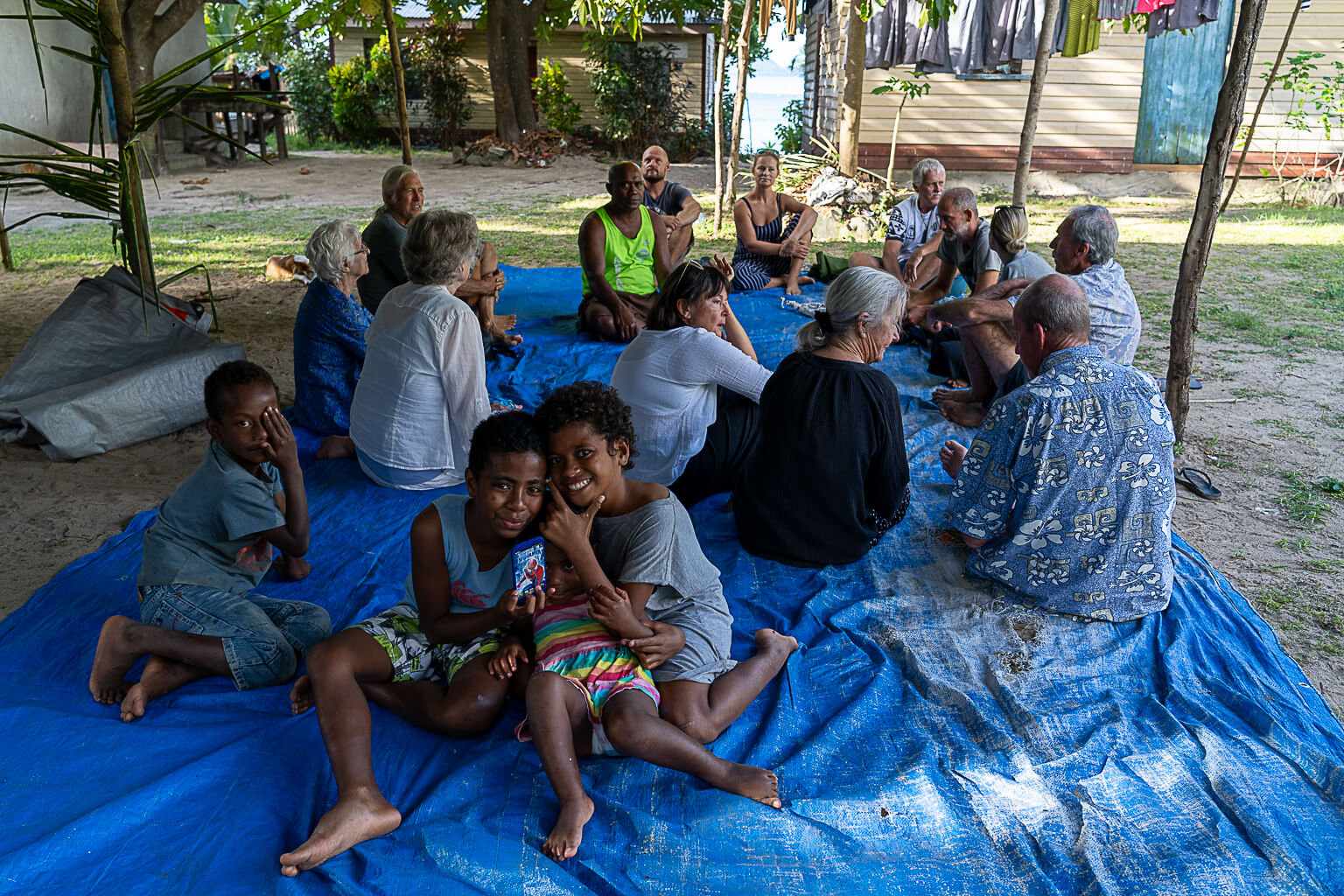
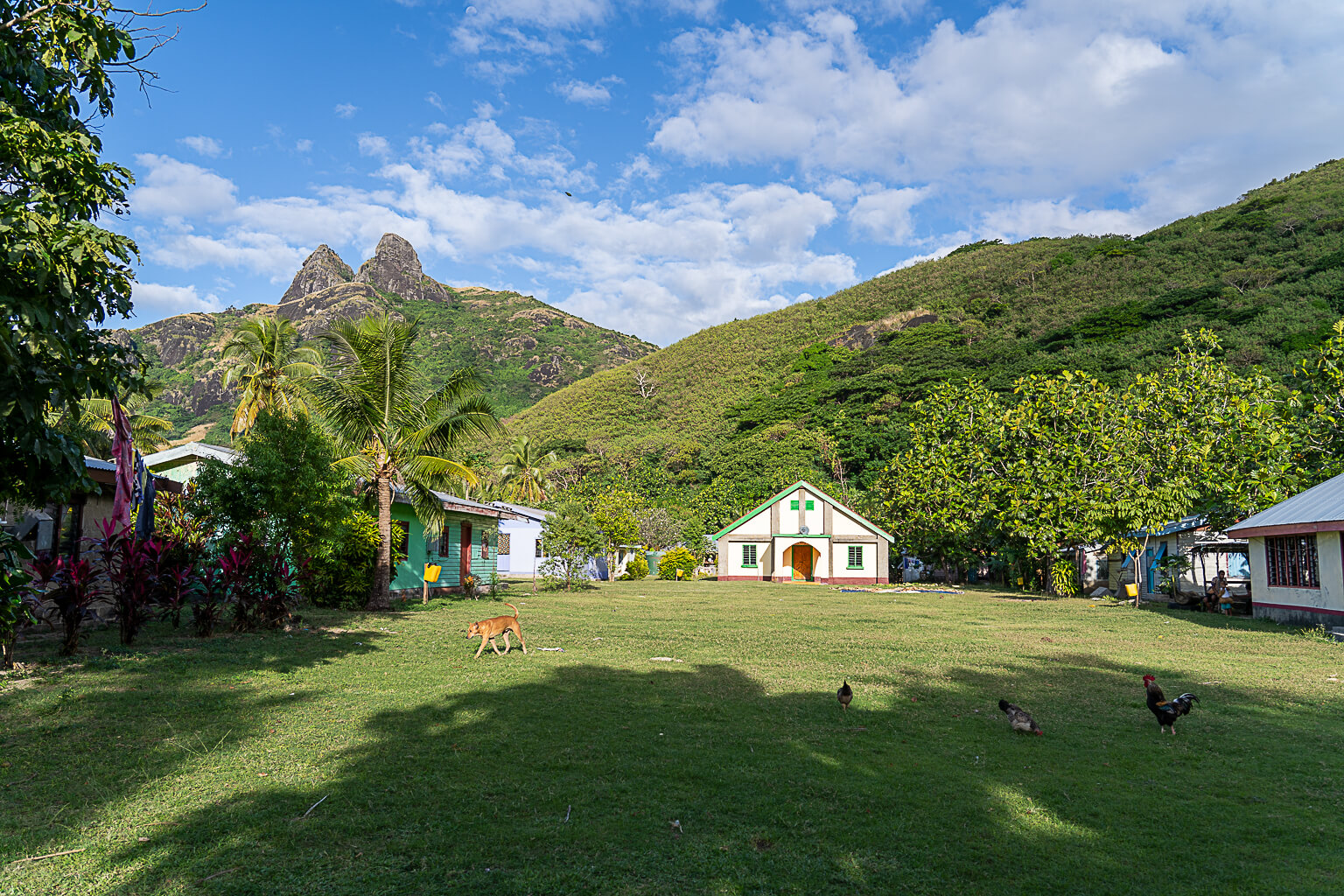
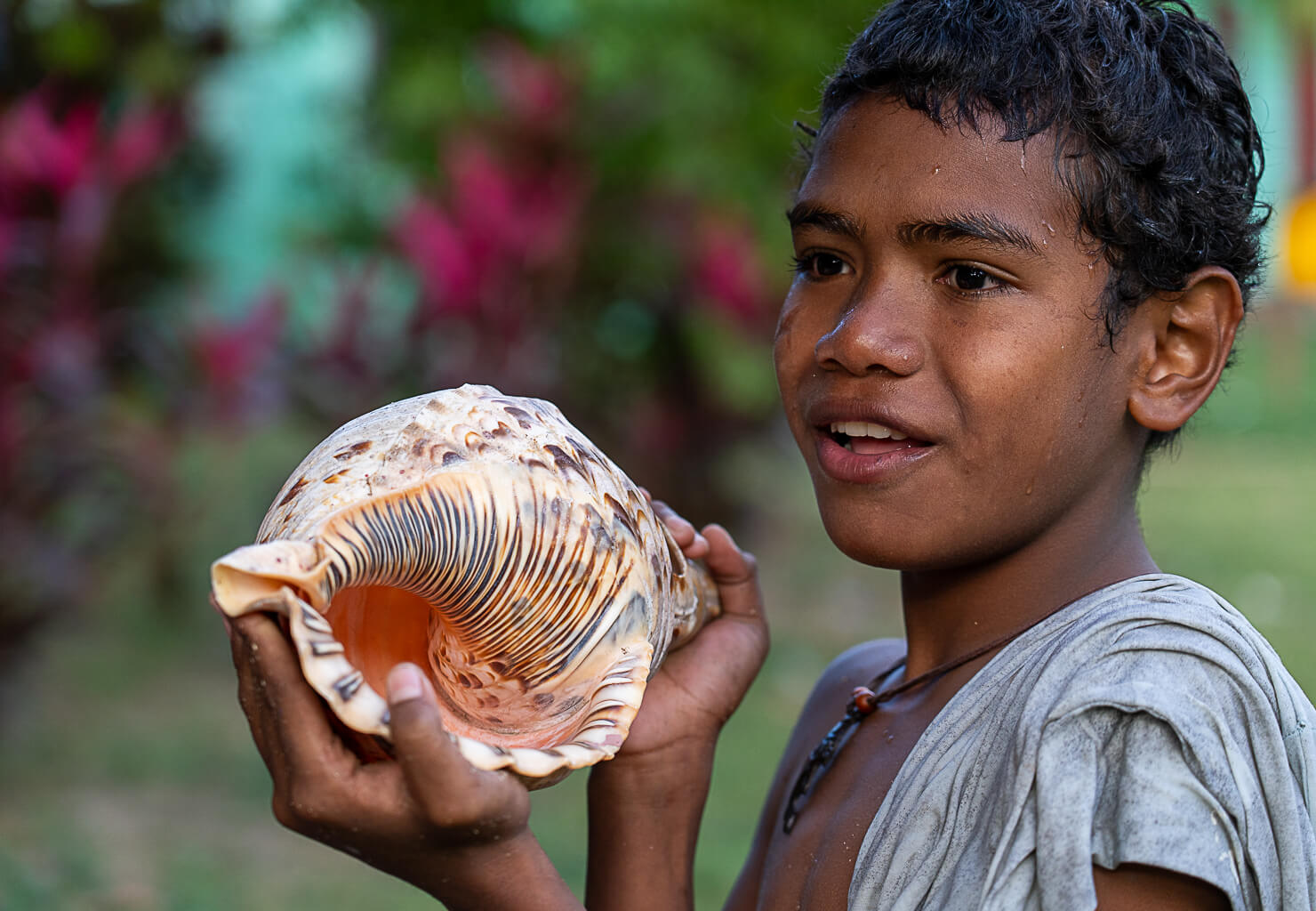

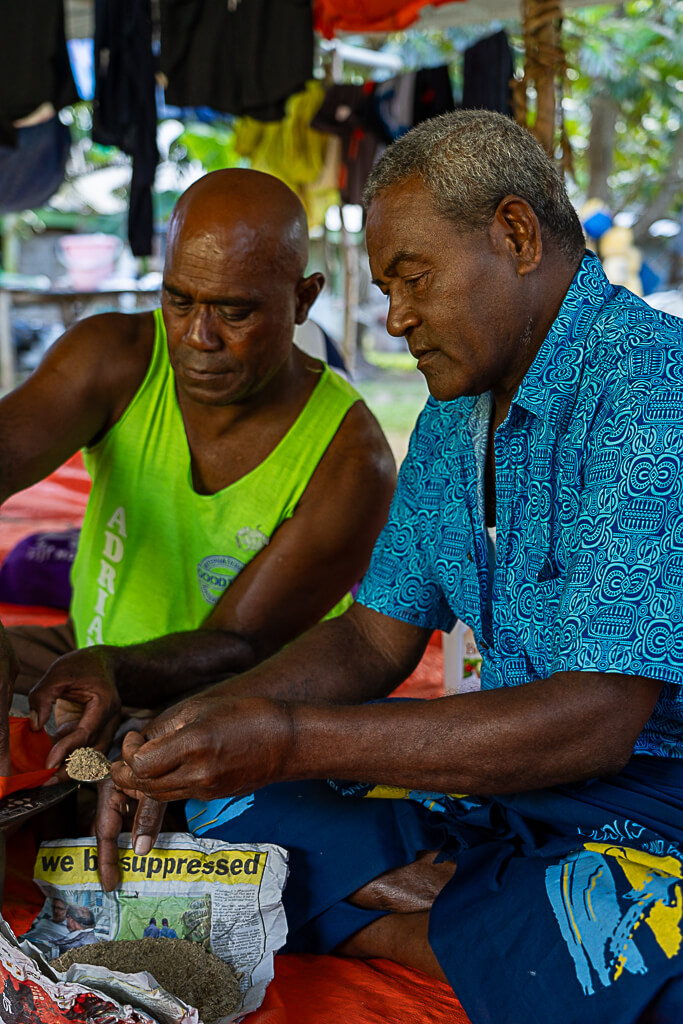
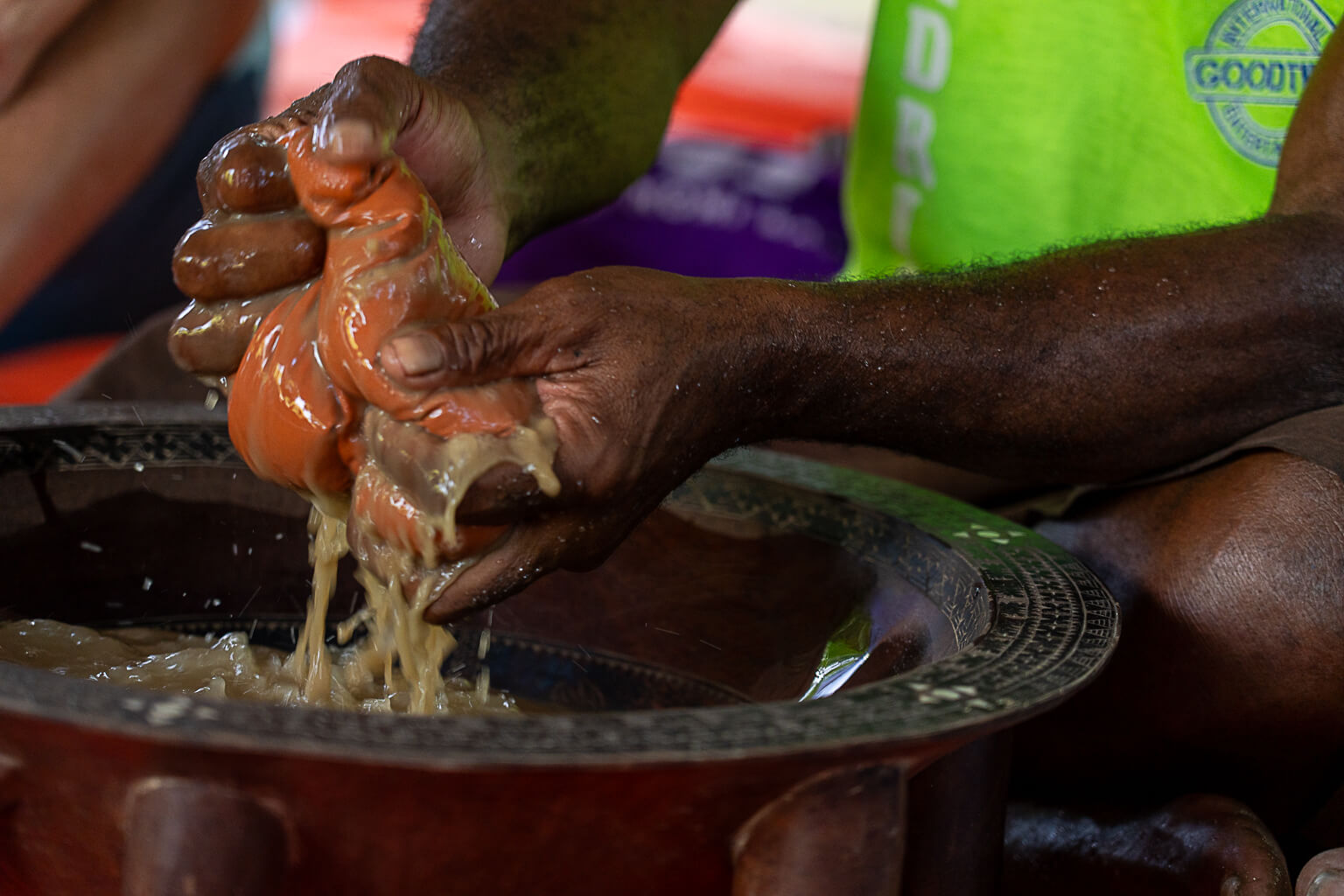


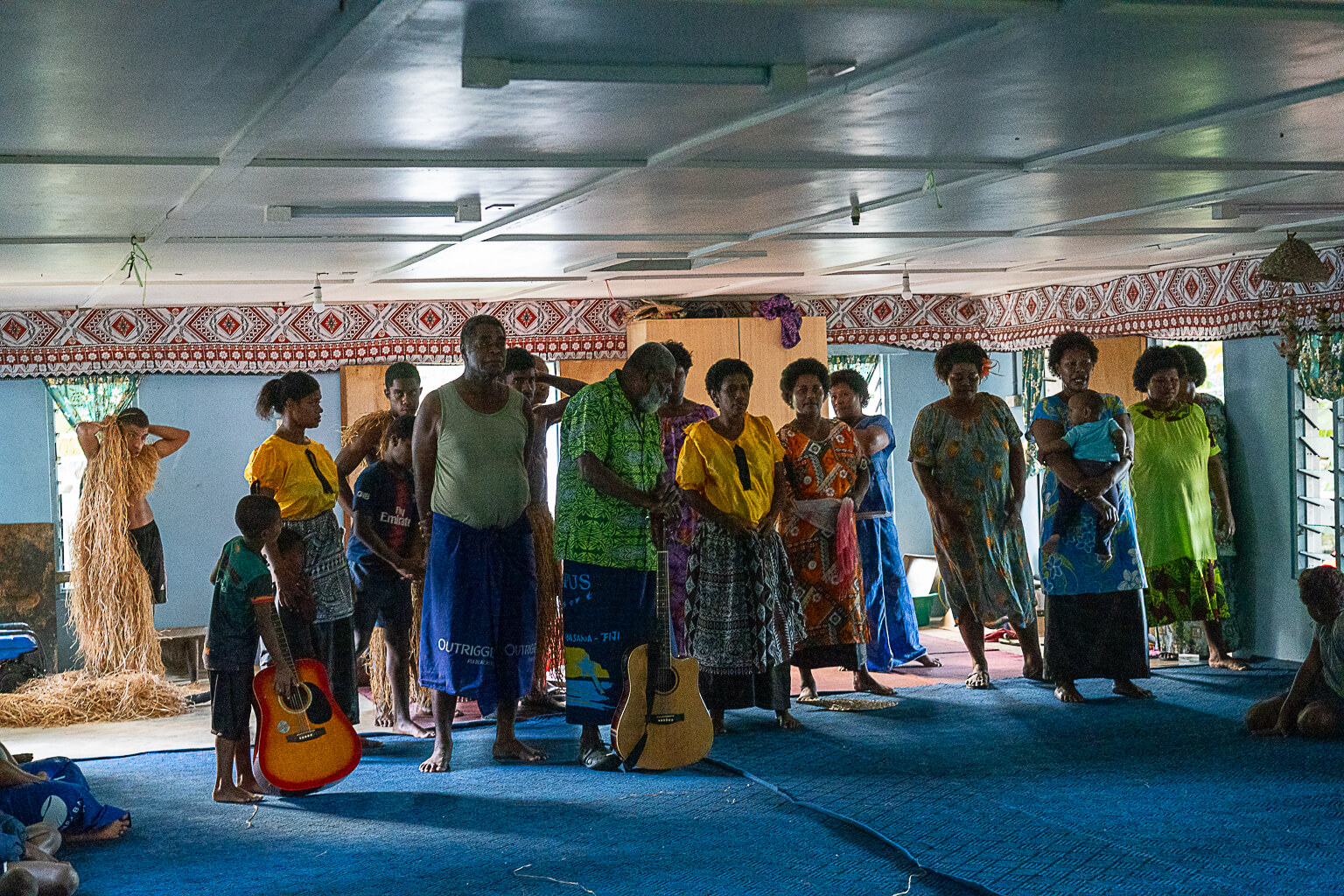

 Since we arrived and offered our sevusevu on a Saturday we knew we would be invited to come to church on Sunday. Since it involves singing, Elizabeth and Camille were all in. We’ve been to church a few times in French Polynesia, the Cook islands and in Fiji. Mostly they’ve been very traditional, patriarchal affairs. Here they are conducted in Fijian, with a brief nod in English to visitors. The singing is the standout part of these Sunday gatherings with stunning acapela harmonies that were very moving. The tone of the sermon at the beginning also seemed softer than we have encountered elsewhere. What really stood out for me, which I’m sure I will never forget was when the pastor asked all the parishioners to offer their own private prayers aloud at the same time. The murmur of all those voices blending together was pure magic. The congregation then endured a very long scolding which seems de rigeuer for these weekly sermons (thrice each Sunday minimum, at 5AM, 10AM and 3PM). The children deserve special mention for managing superhuman patience without the usual oversight of one of the villager elders wielding a long stick which we’ve seen most other places. ~MS
Since we arrived and offered our sevusevu on a Saturday we knew we would be invited to come to church on Sunday. Since it involves singing, Elizabeth and Camille were all in. We’ve been to church a few times in French Polynesia, the Cook islands and in Fiji. Mostly they’ve been very traditional, patriarchal affairs. Here they are conducted in Fijian, with a brief nod in English to visitors. The singing is the standout part of these Sunday gatherings with stunning acapela harmonies that were very moving. The tone of the sermon at the beginning also seemed softer than we have encountered elsewhere. What really stood out for me, which I’m sure I will never forget was when the pastor asked all the parishioners to offer their own private prayers aloud at the same time. The murmur of all those voices blending together was pure magic. The congregation then endured a very long scolding which seems de rigeuer for these weekly sermons (thrice each Sunday minimum, at 5AM, 10AM and 3PM). The children deserve special mention for managing superhuman patience without the usual oversight of one of the villager elders wielding a long stick which we’ve seen most other places. ~MS
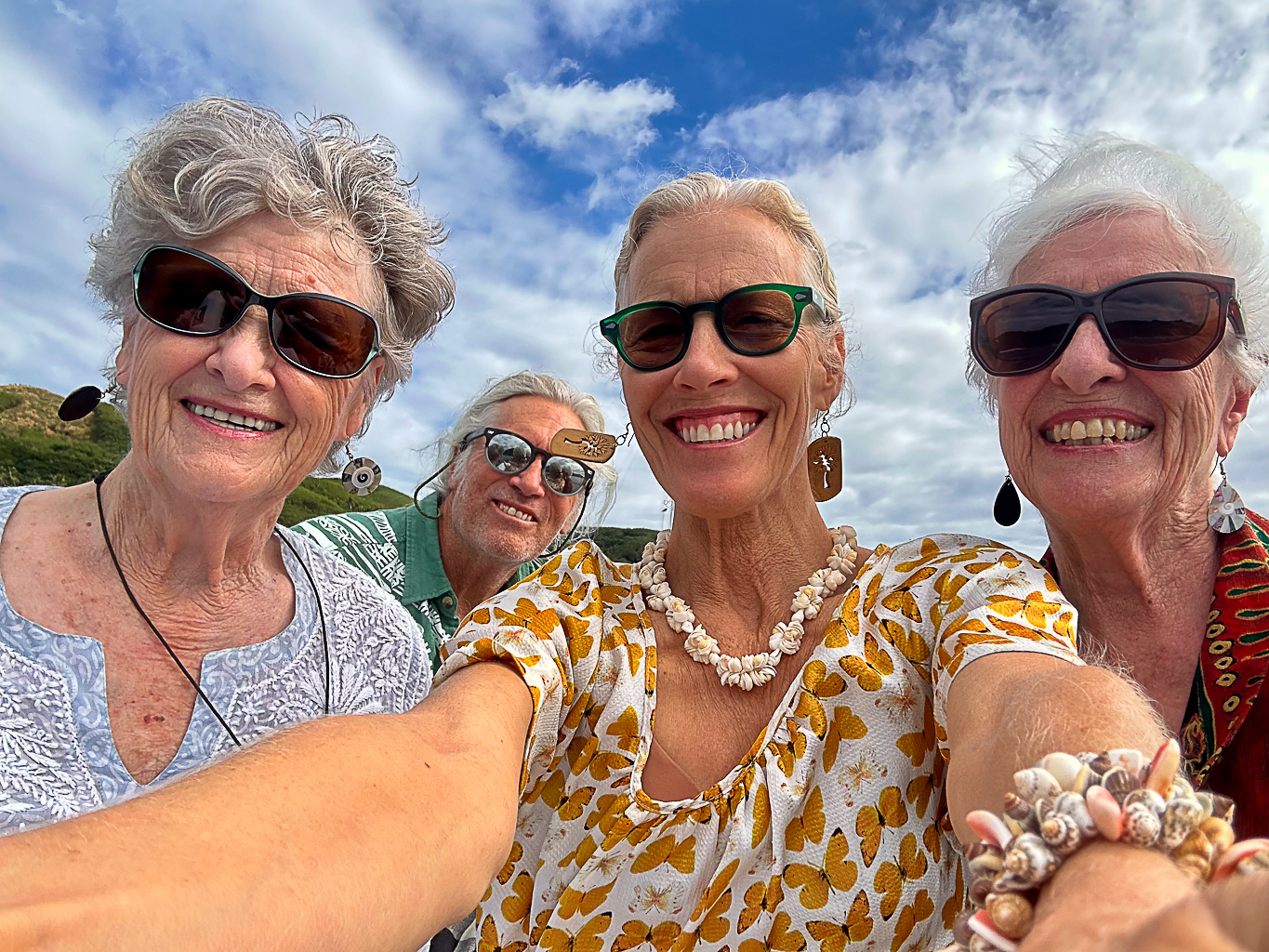

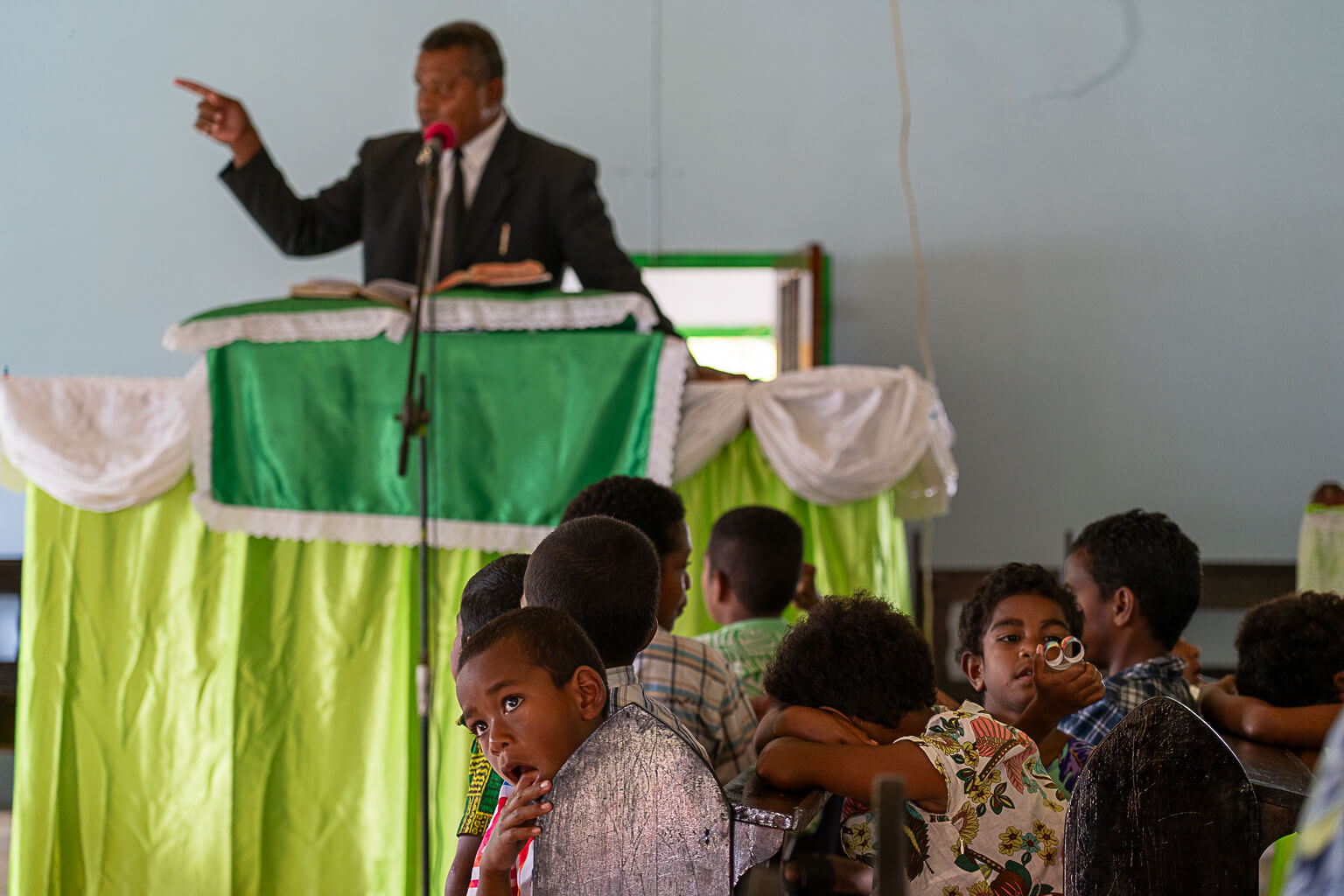
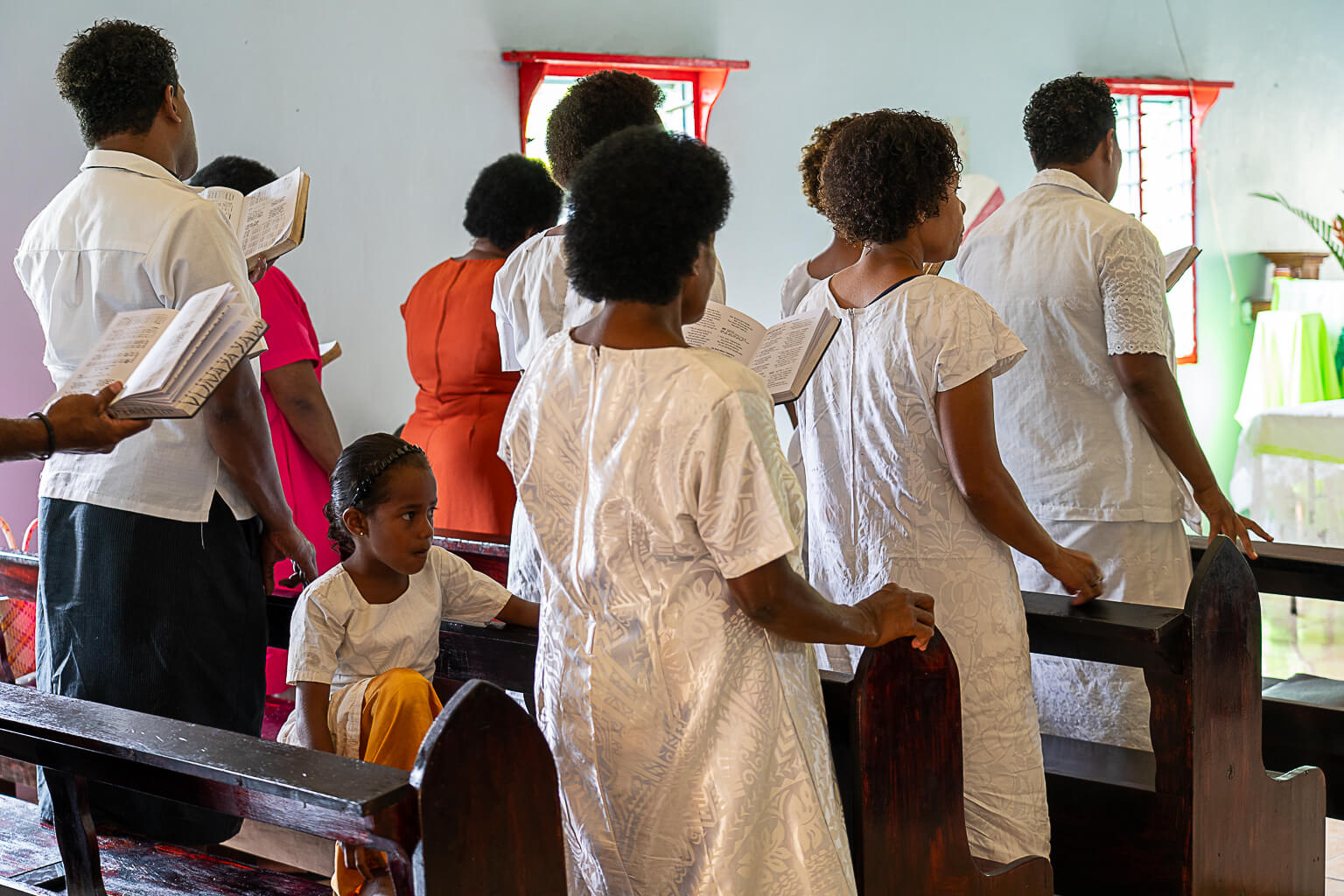
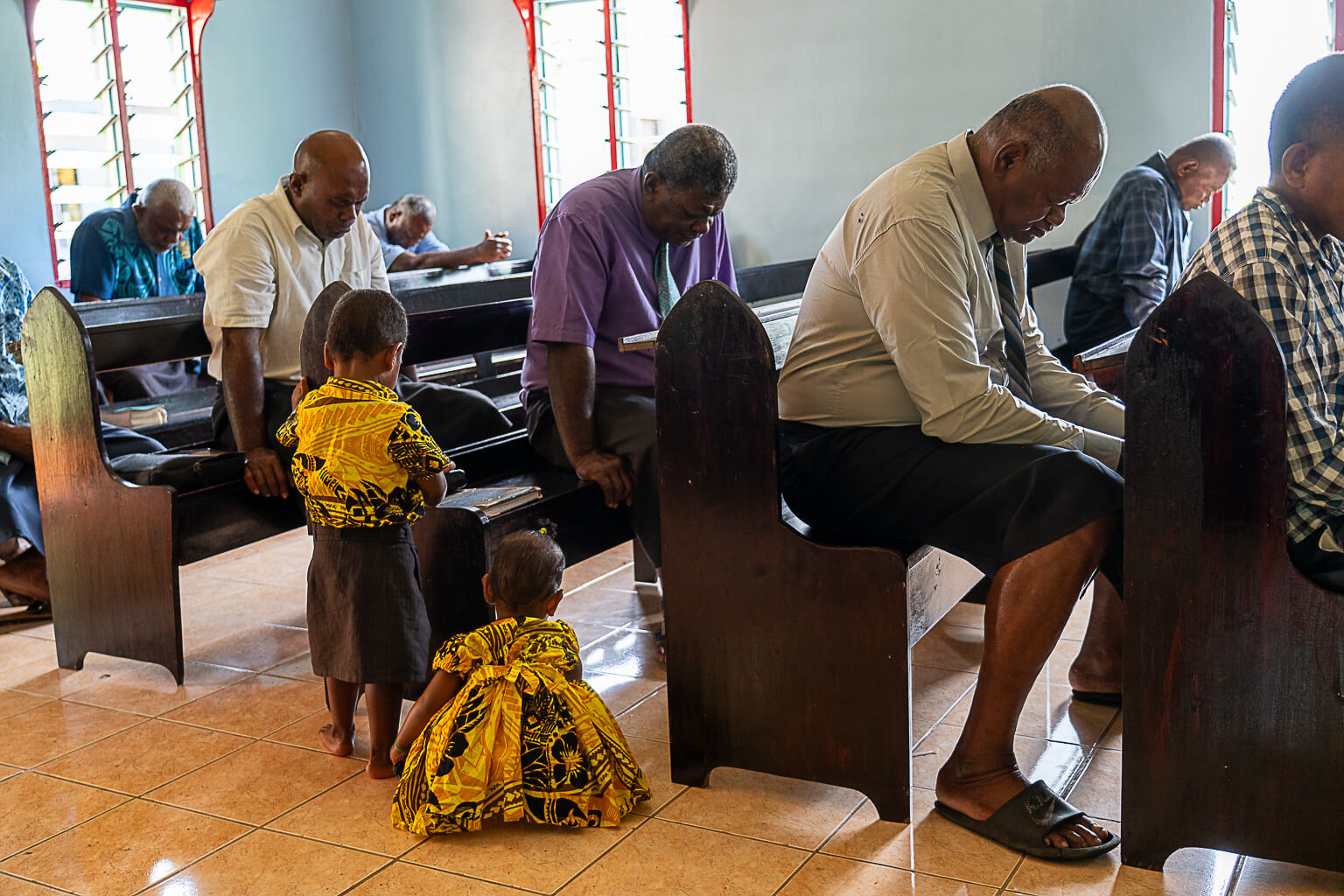

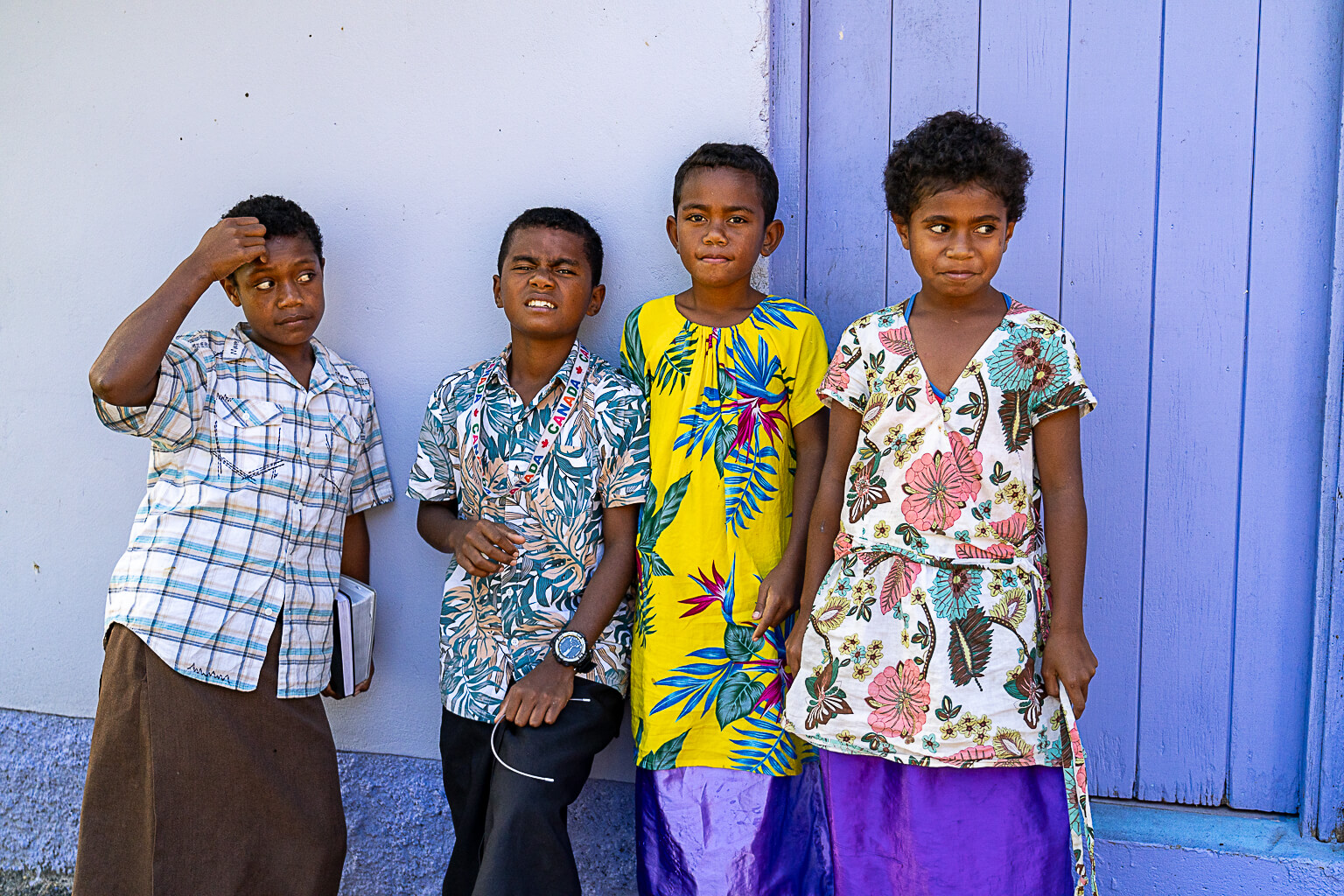
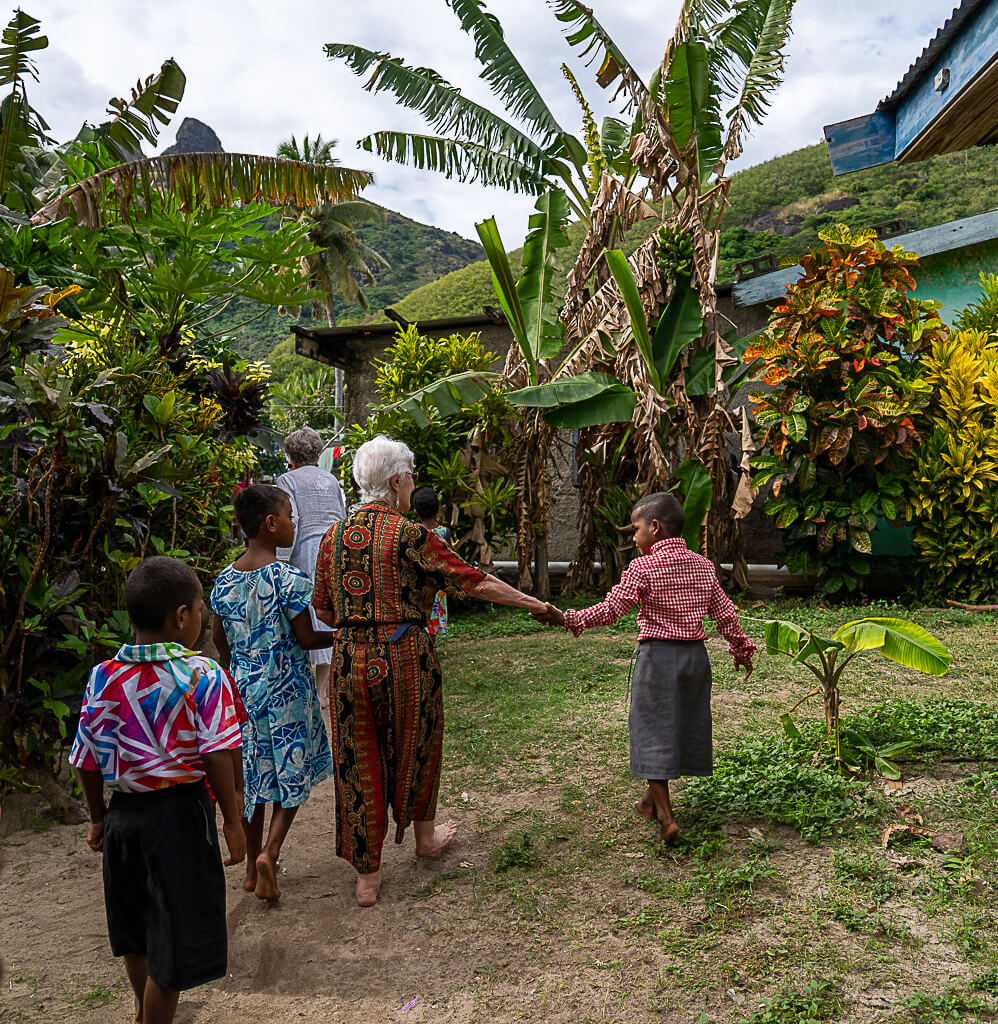
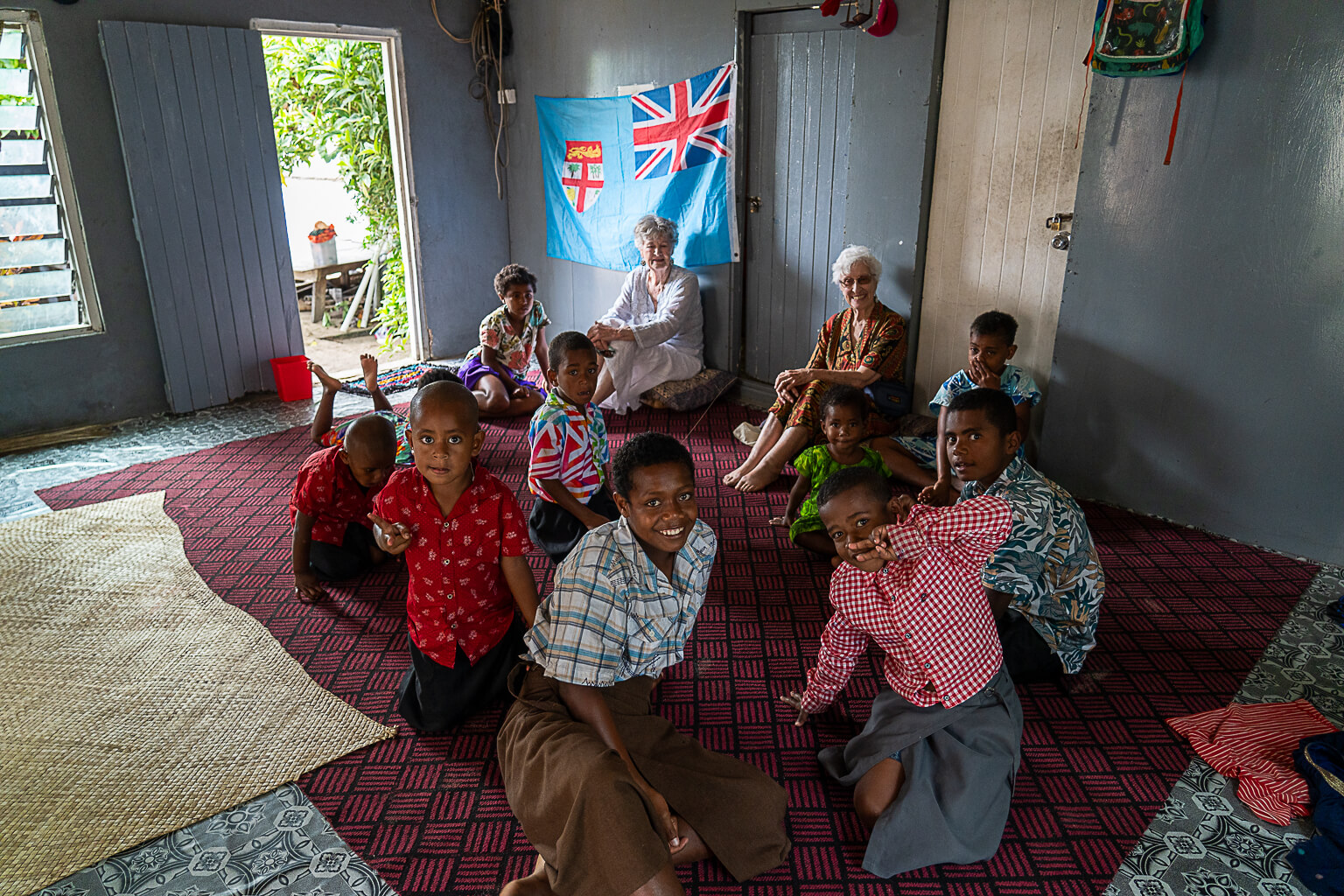
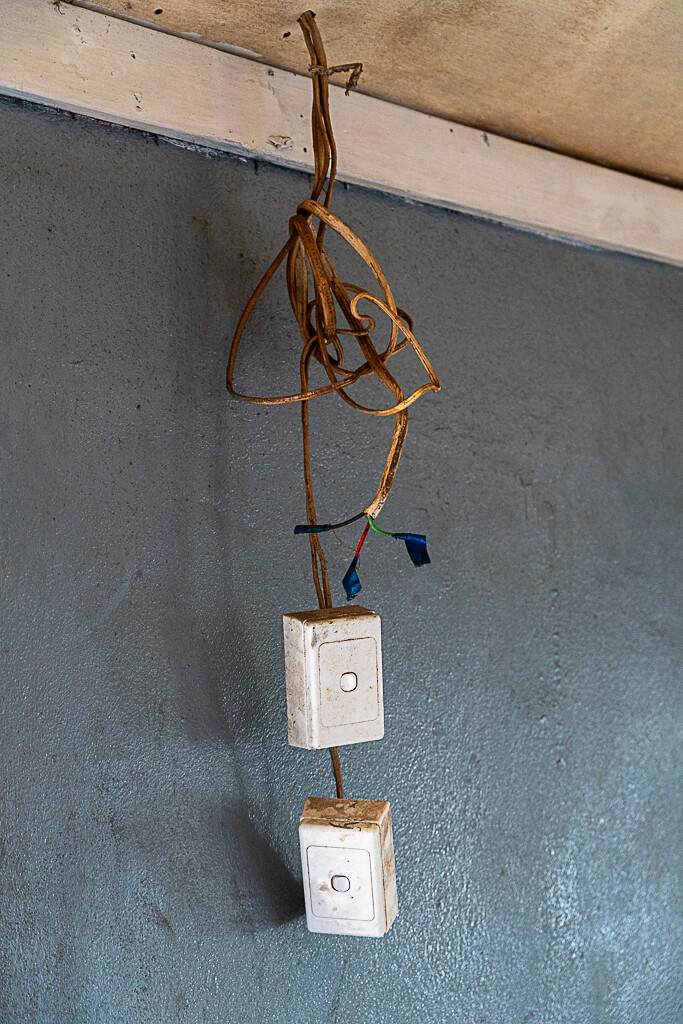
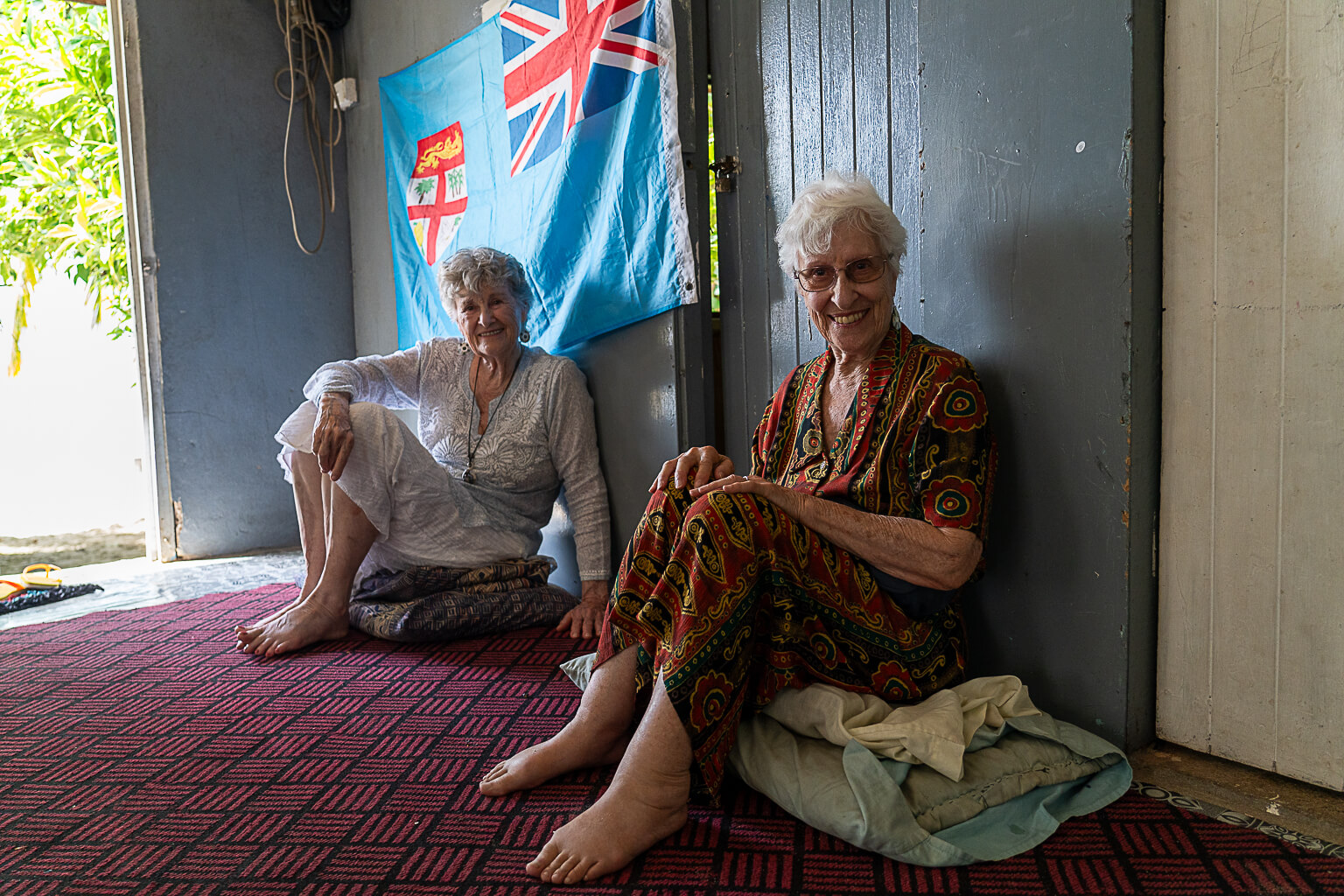

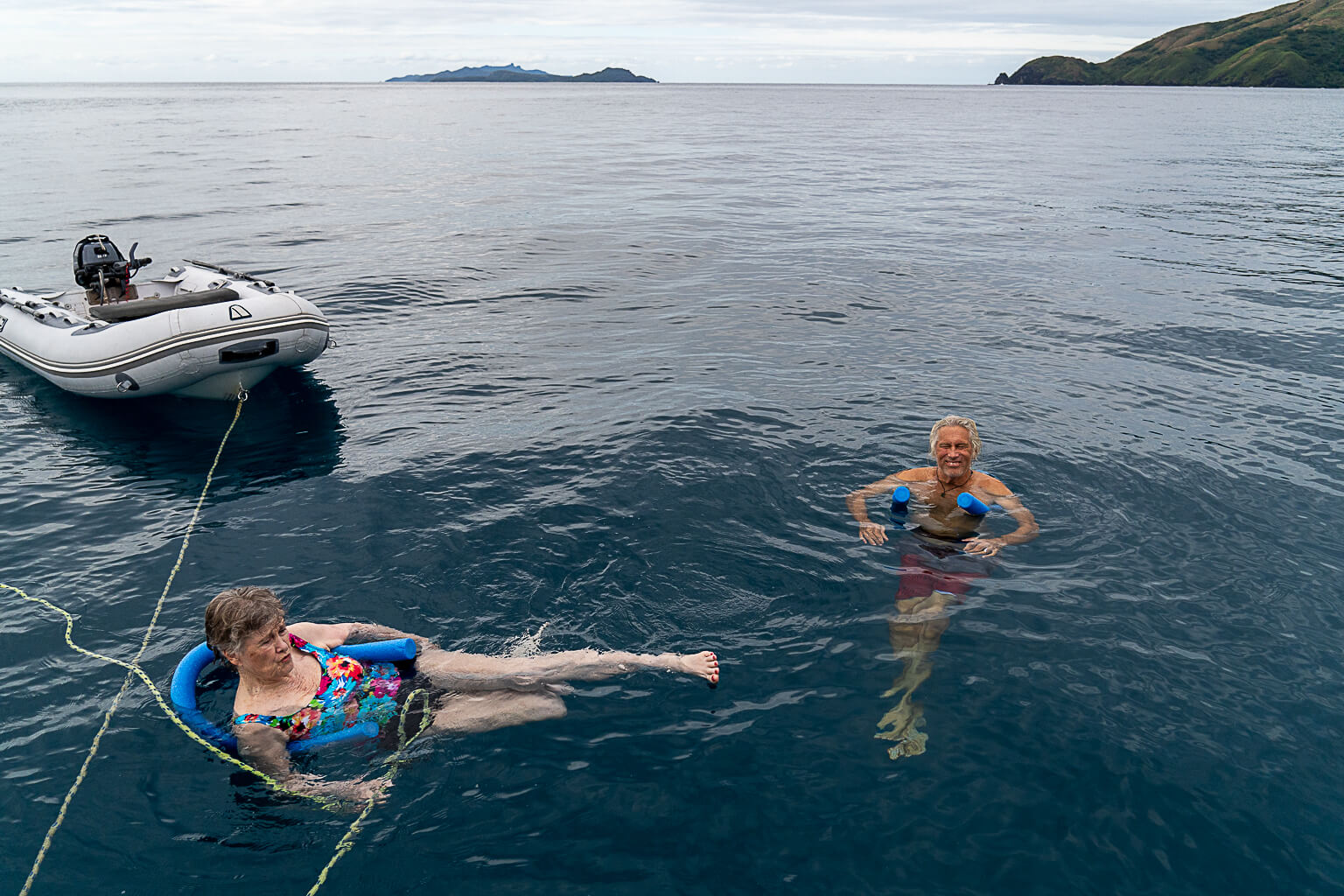
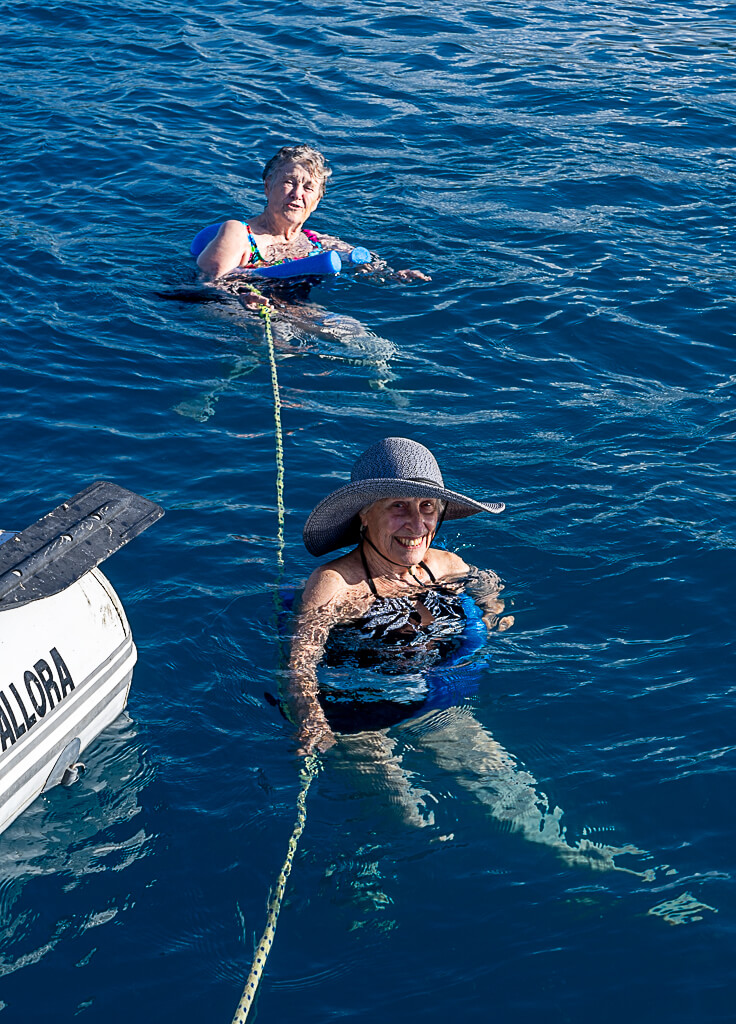

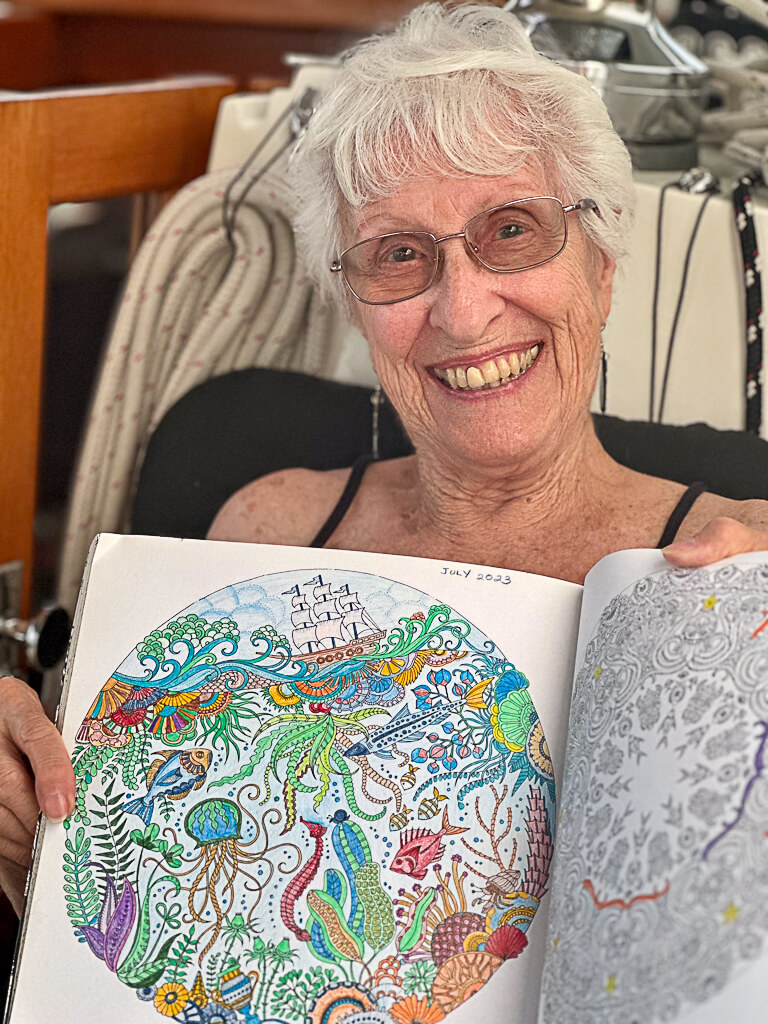
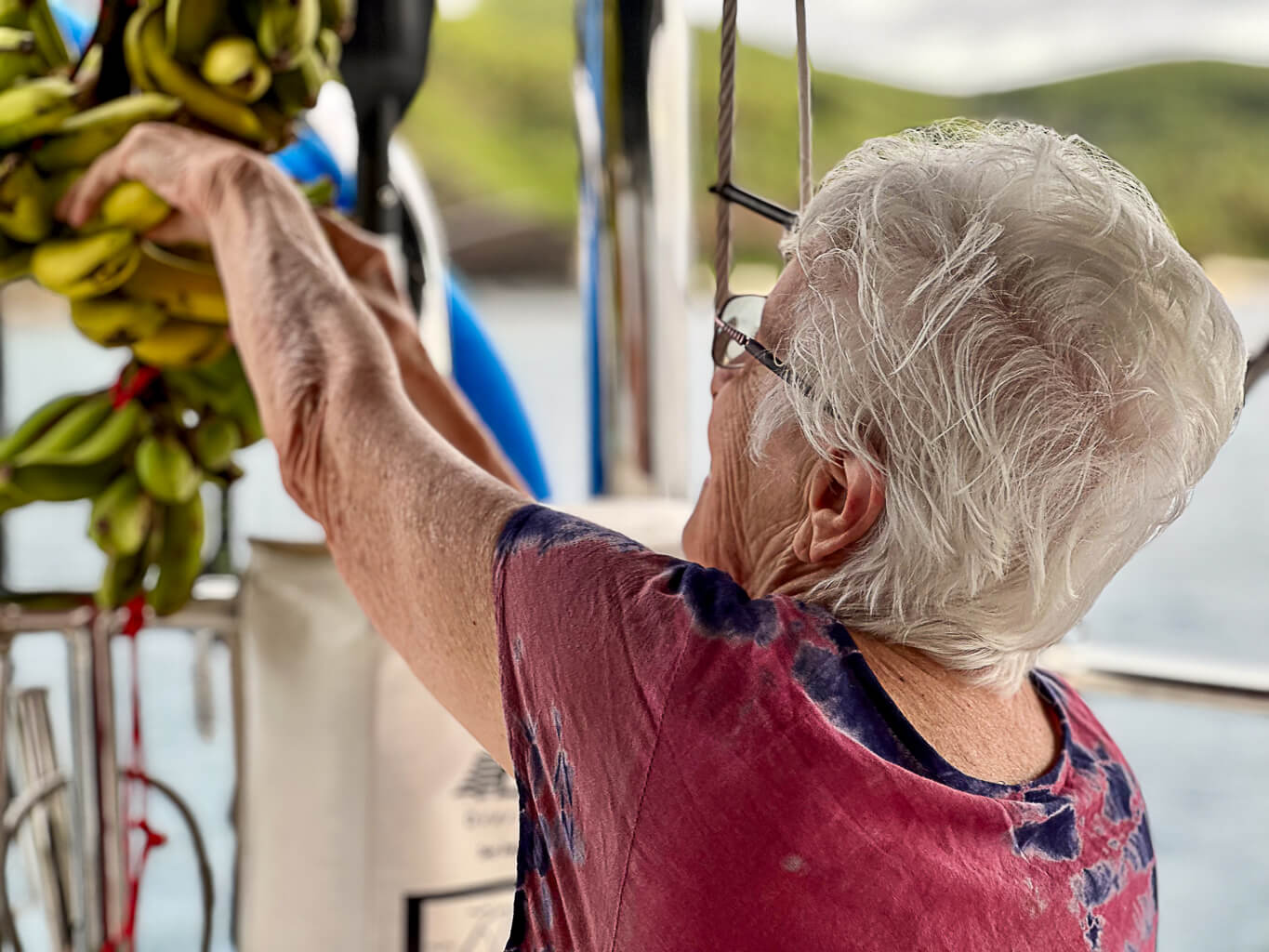
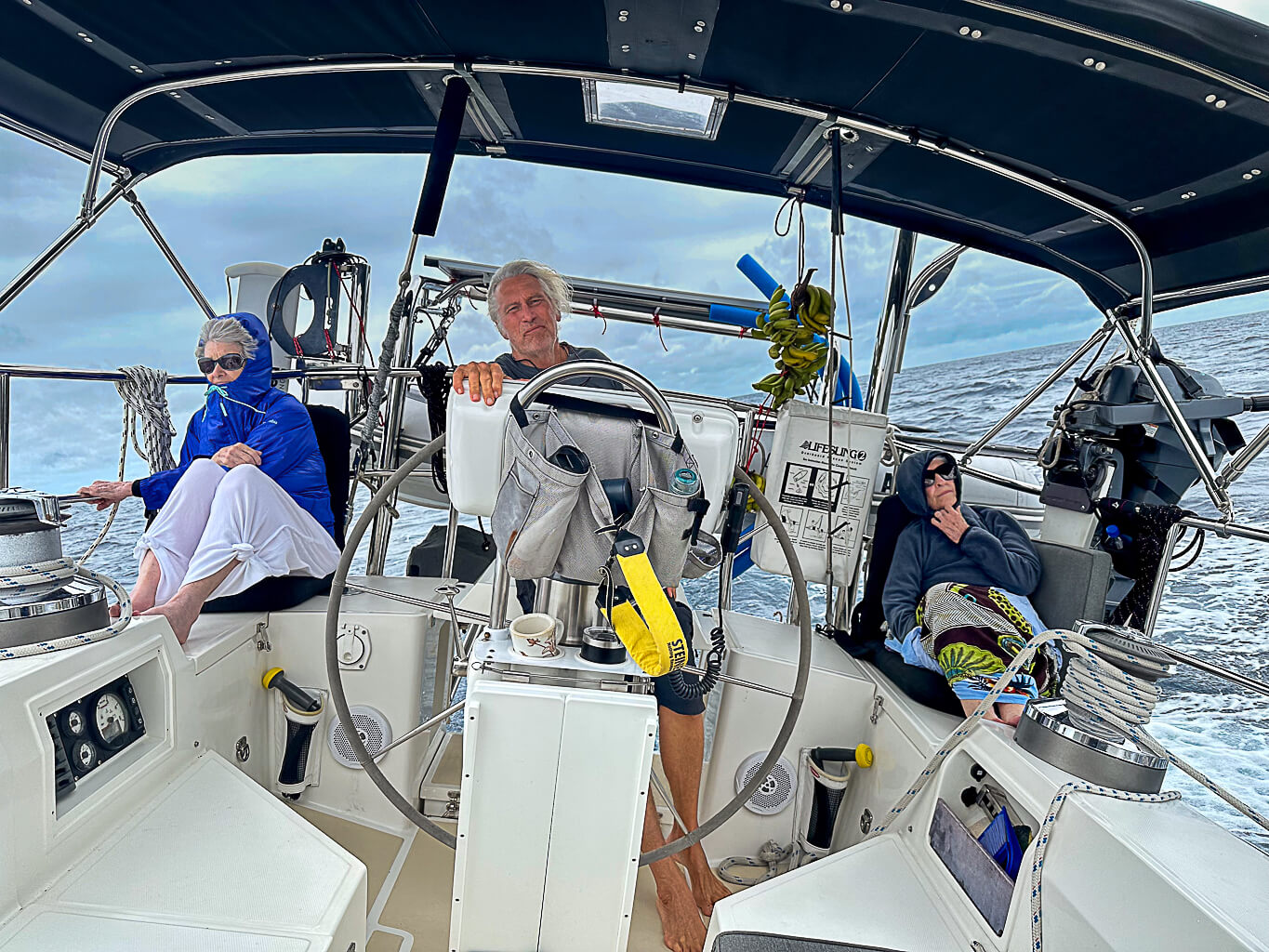


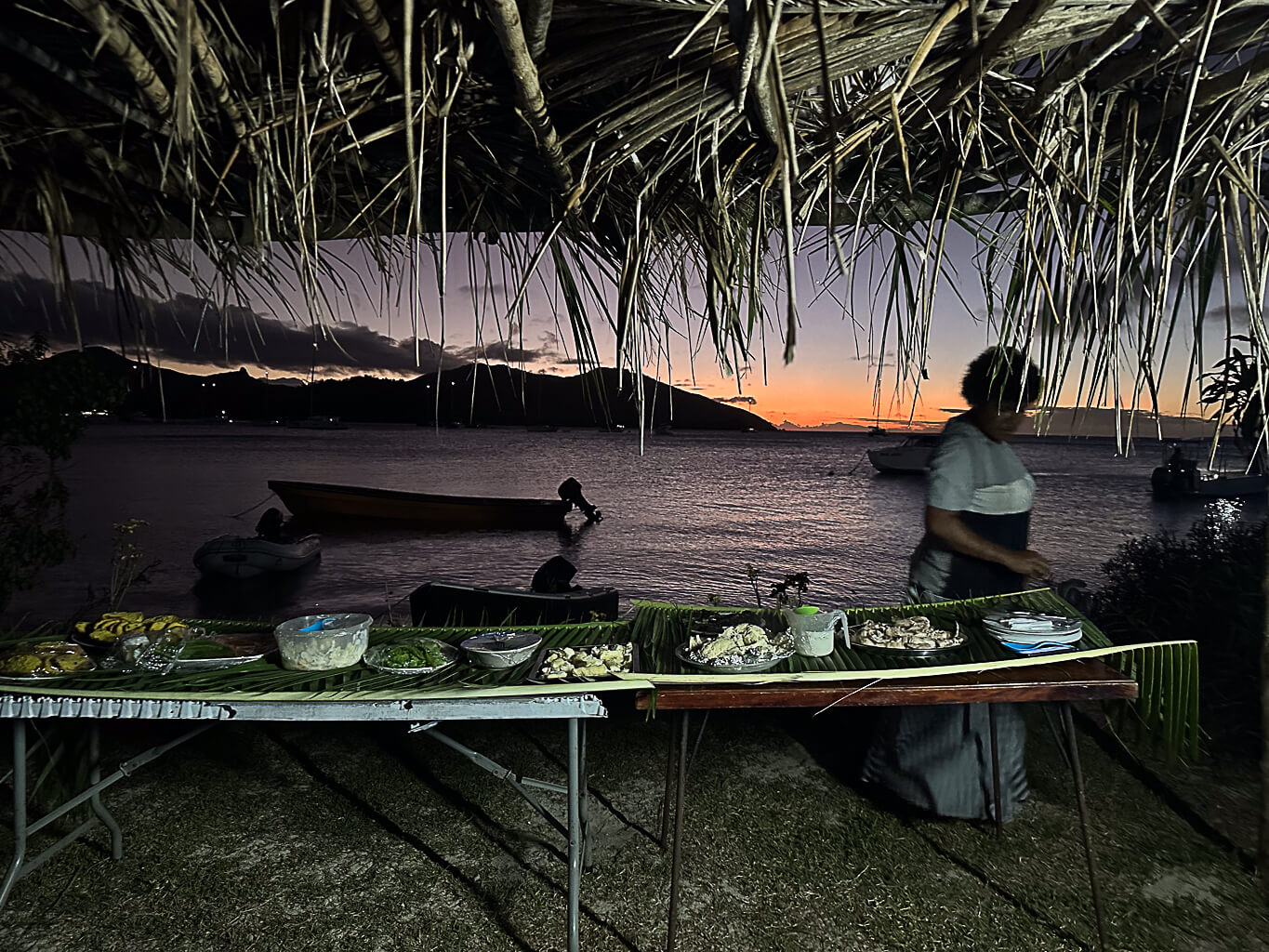
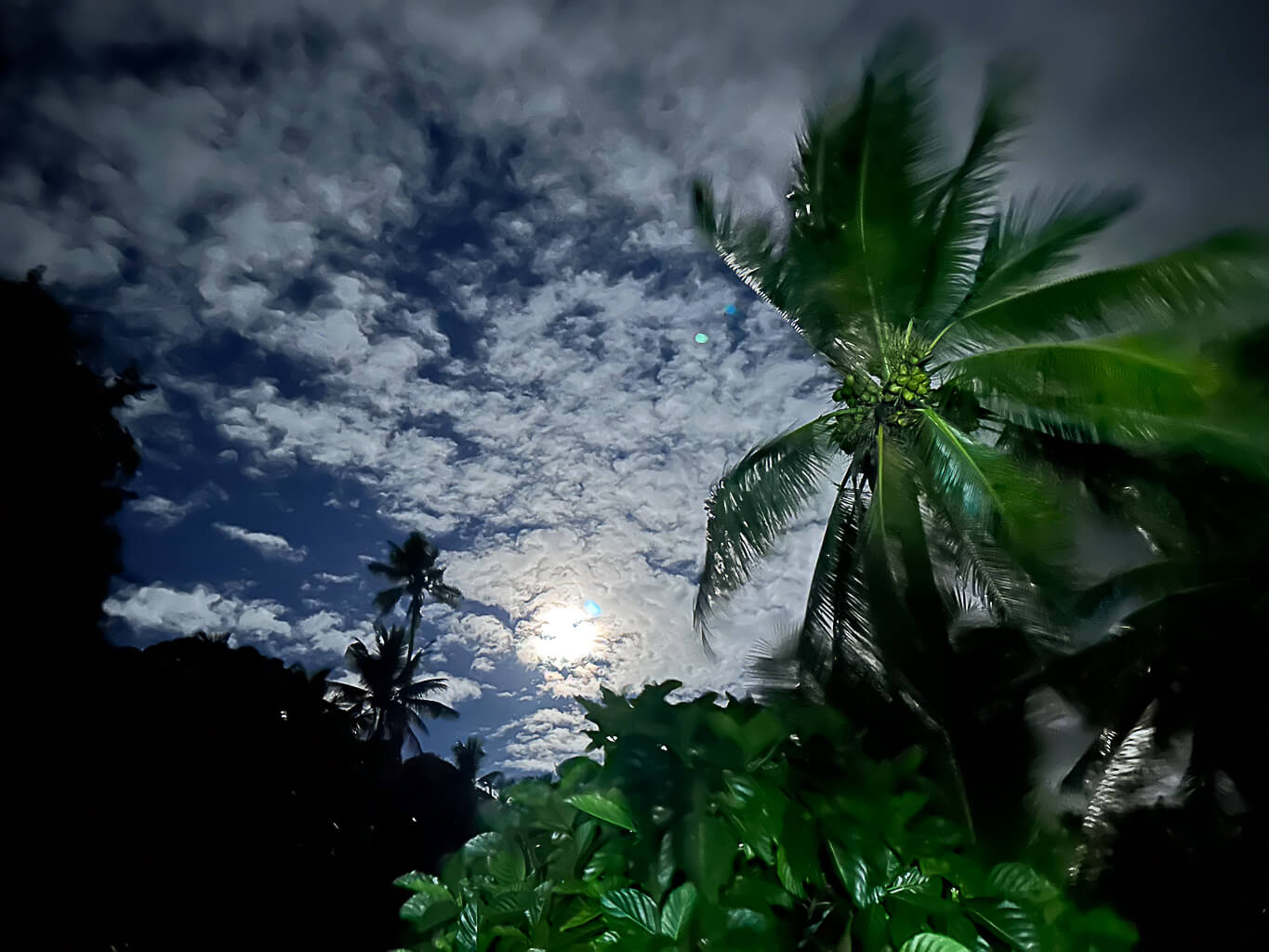
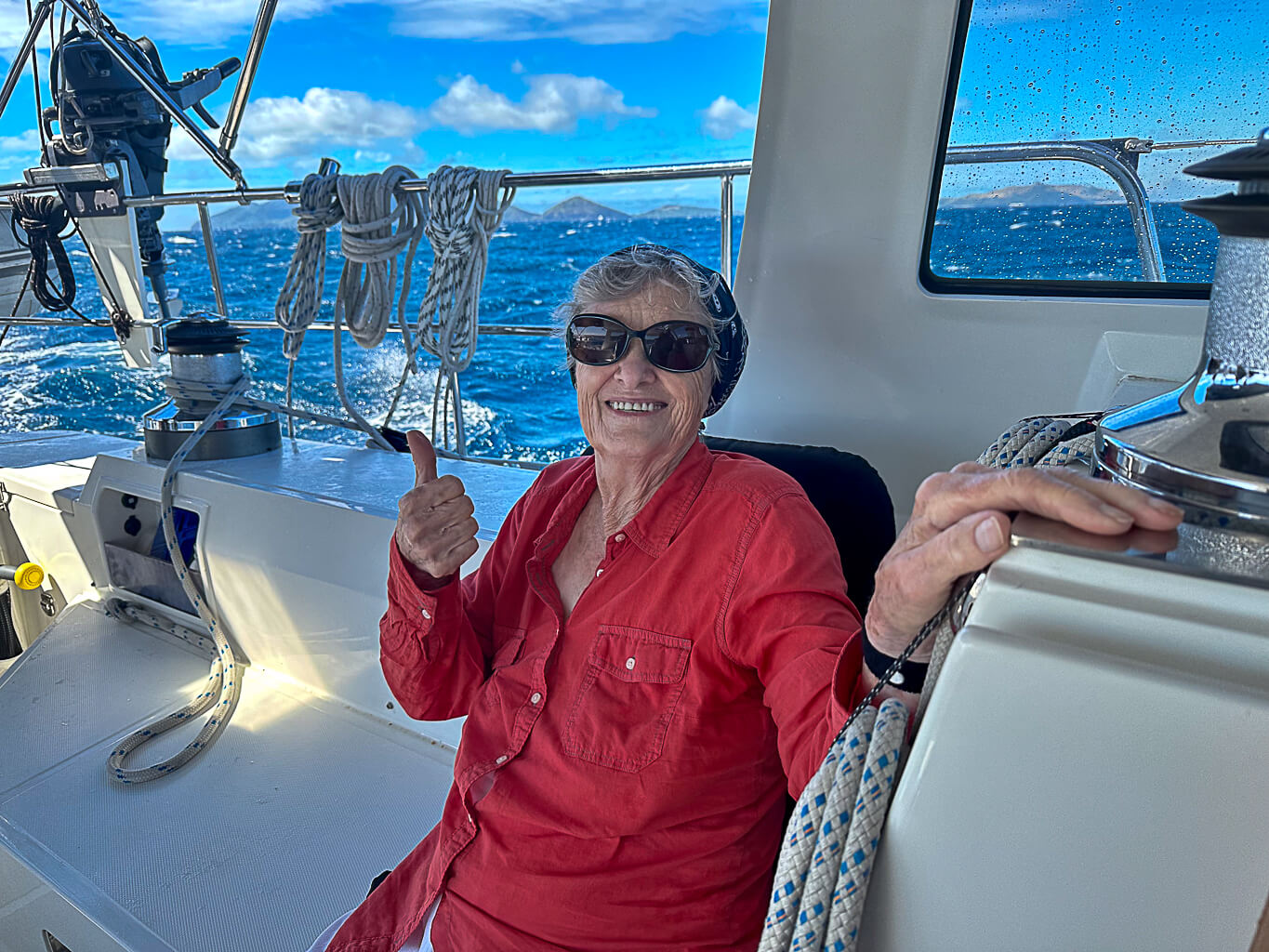
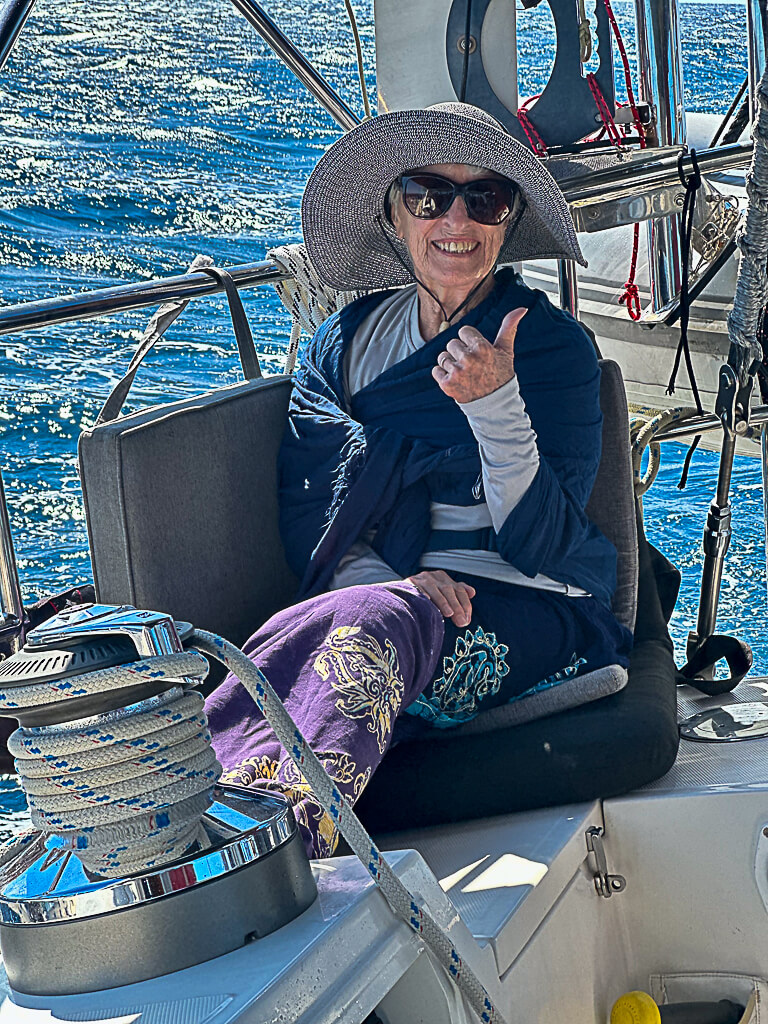

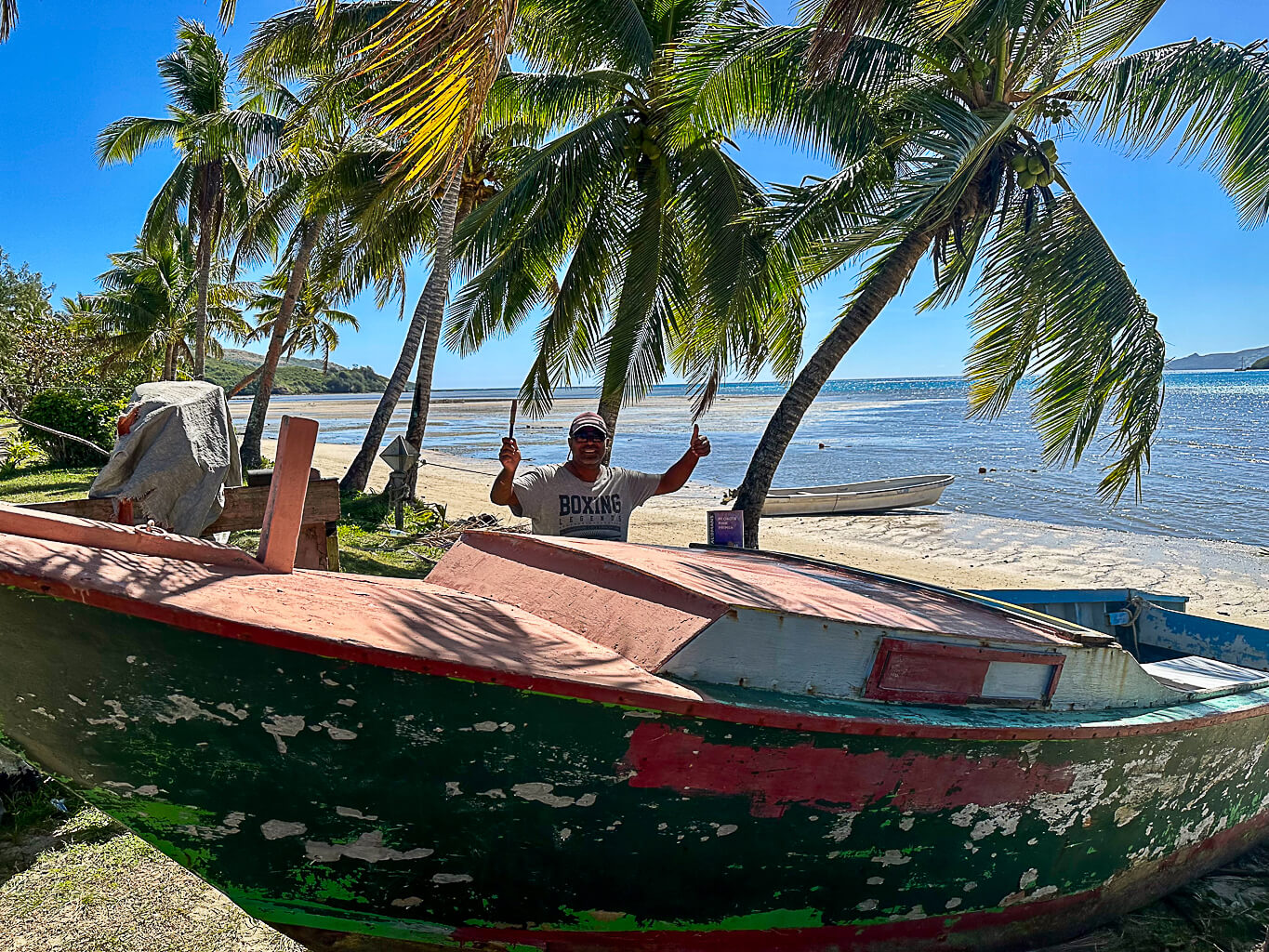
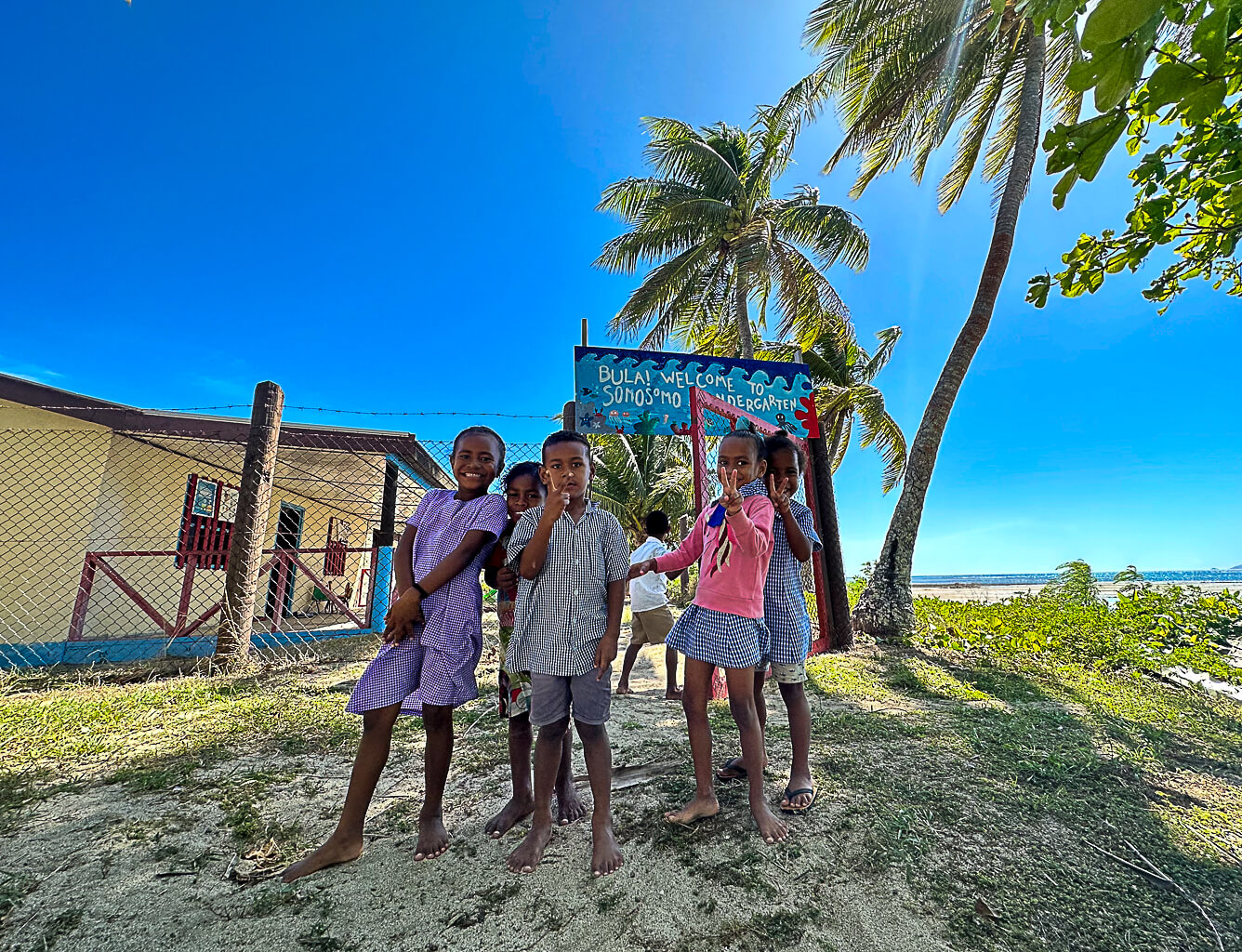
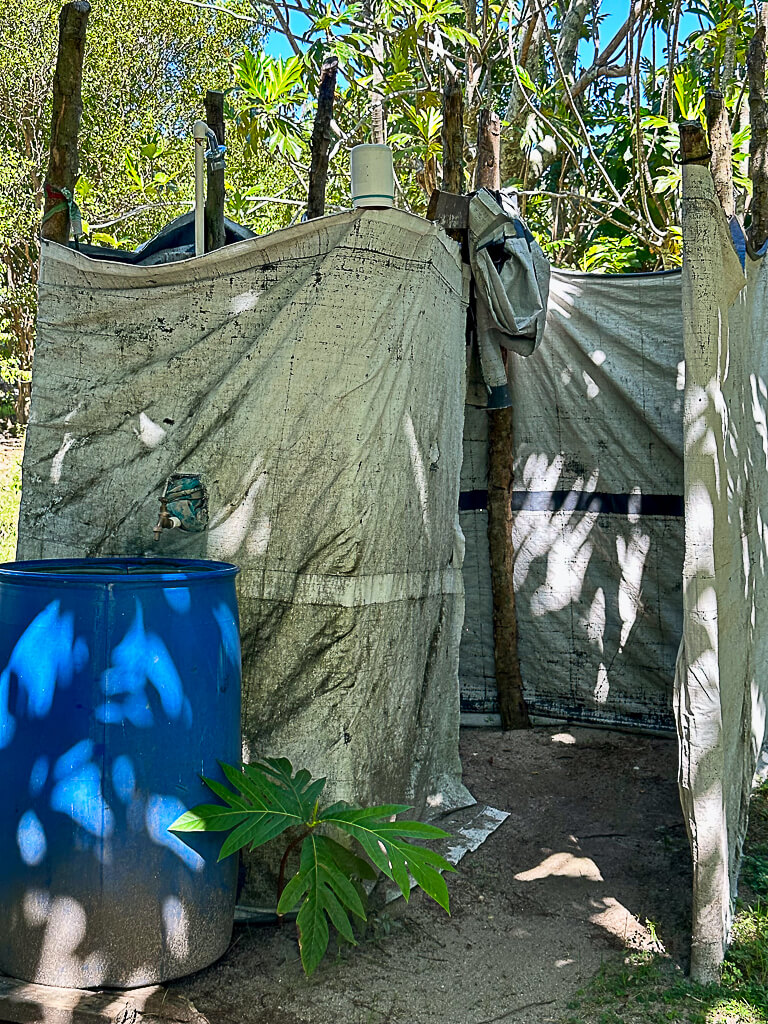
There’s not a whole lot of material wealth in most of the Fijian villages we visited, and an obvious shortage of healthcare. People here are pretty self sufficient and work hard to supply their own needs. They mainly sleep on the floor in very simple, but colorful houses. Still, the land and sea also seem generously willing to provide the basics. Papaya (and a lot of other things) do grow on trees. While we anchored off a small uninhabited island wondering if the rain and cold weather might ease, if the northern swell might finally cede the battle to a southeastern blow and give Allora some peace, I noticed a local fishing boat anchored further out where there was no protection. Their single light bounced and rolled all night as they fished, despite the seriously uncomfortable weather for two days. Fishermen in the islands spearfish at night just like the sharks because the fish are hiding out in the rocks and make easier pickings. No bunks or cushions on that boat, no seasickness medicine or Diana cooked meals either. ~MS

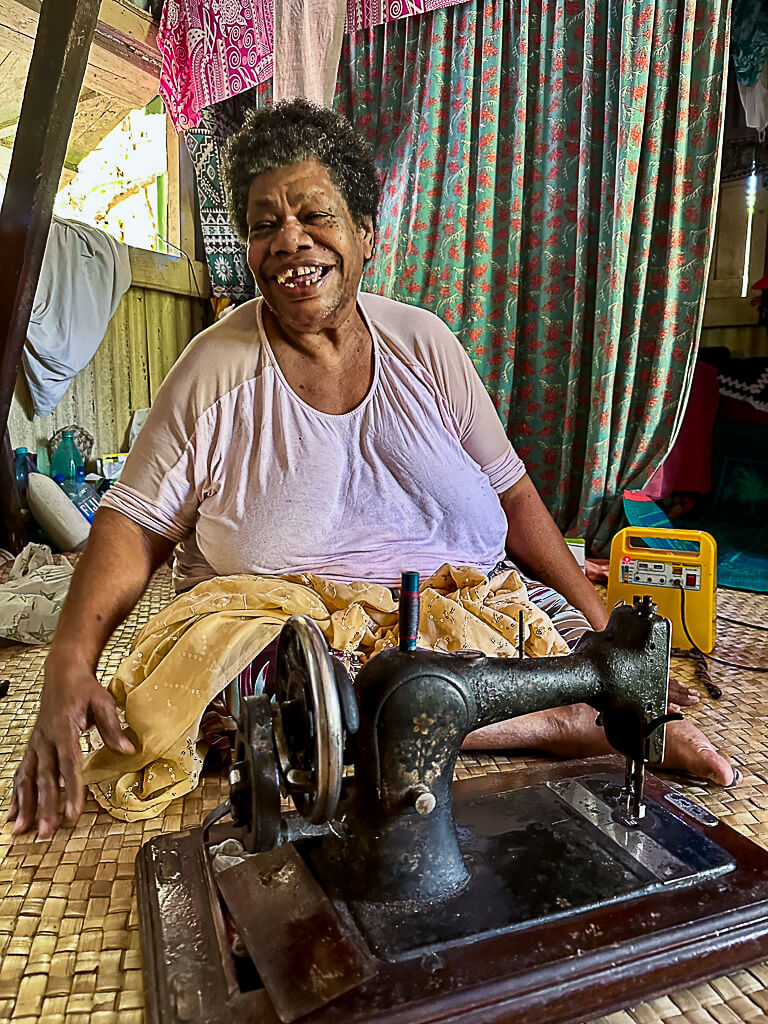

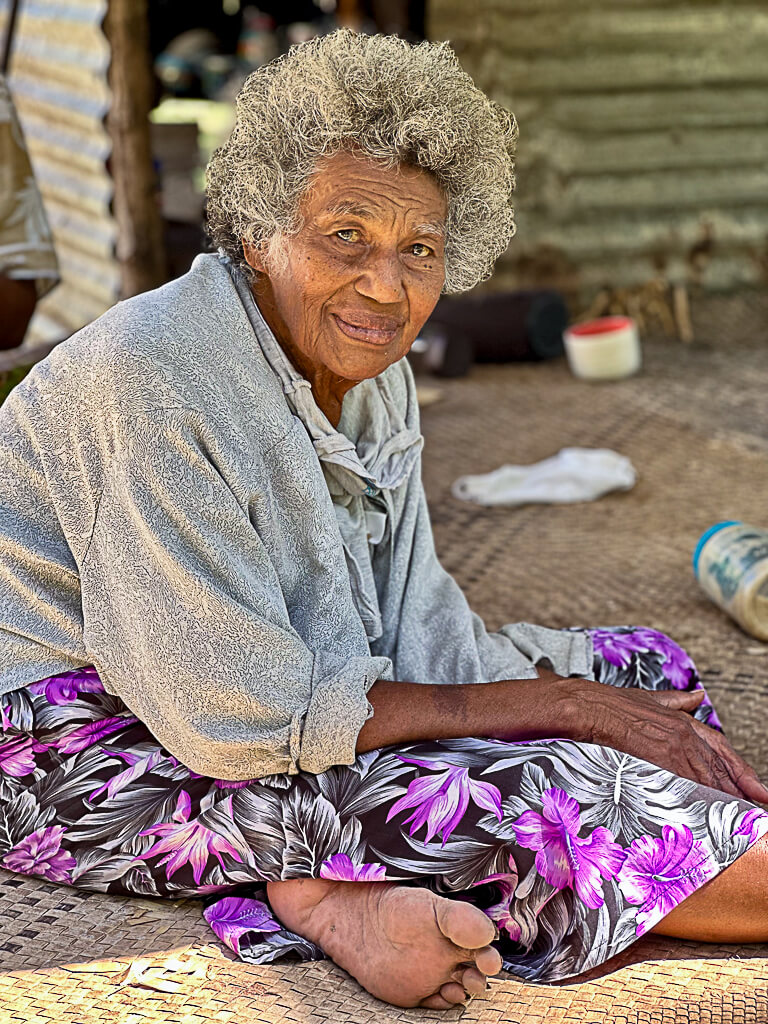
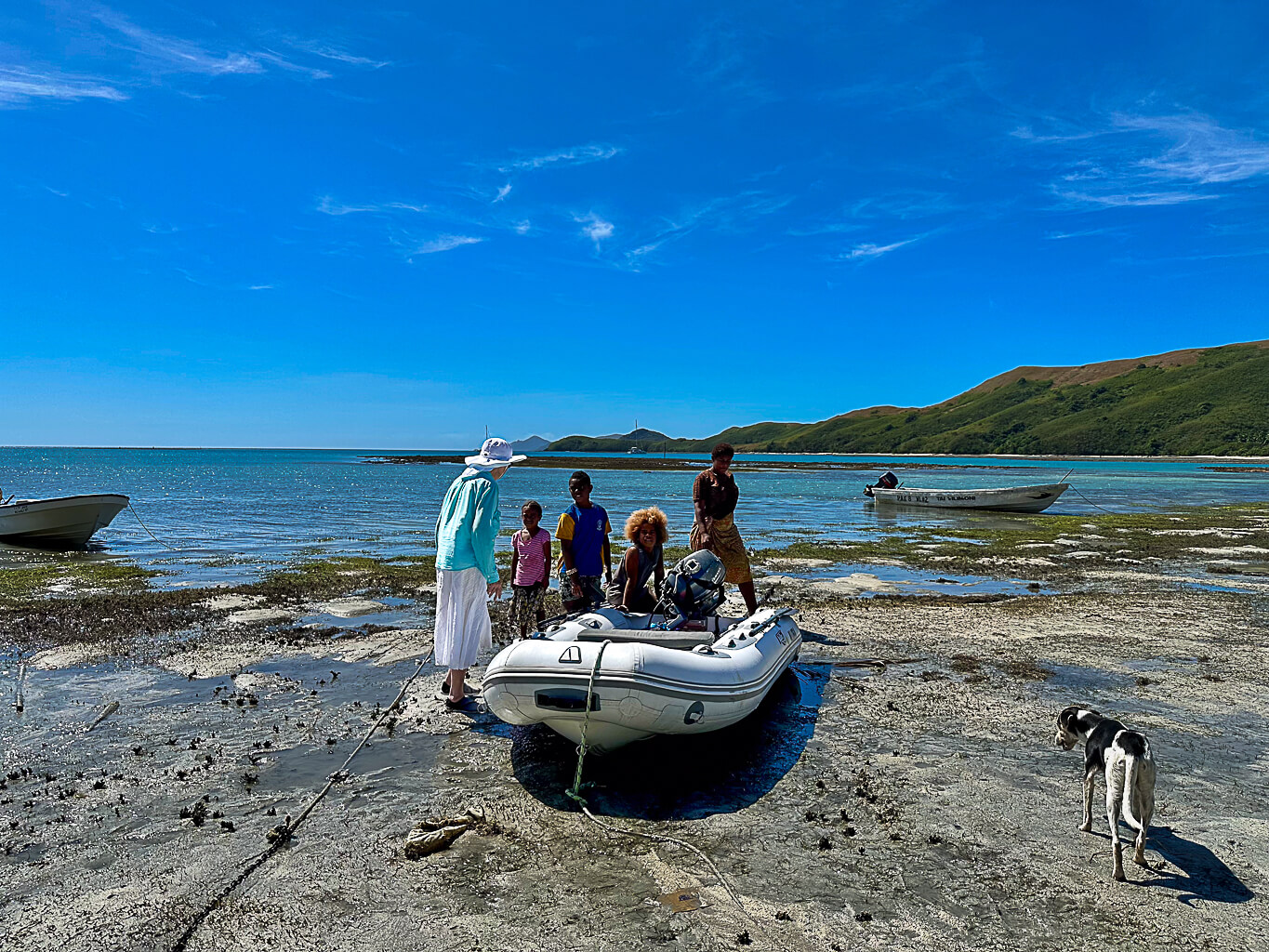
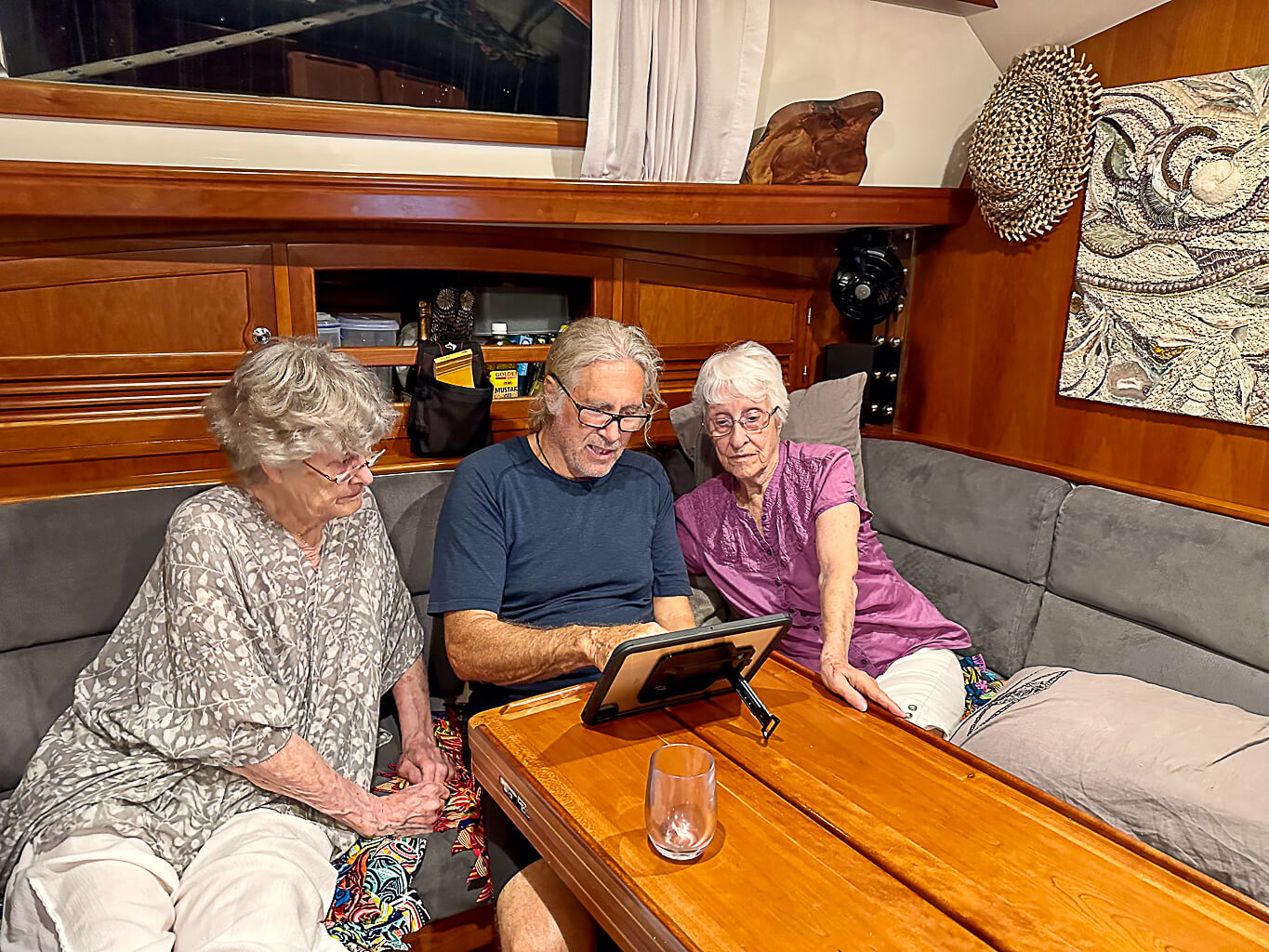

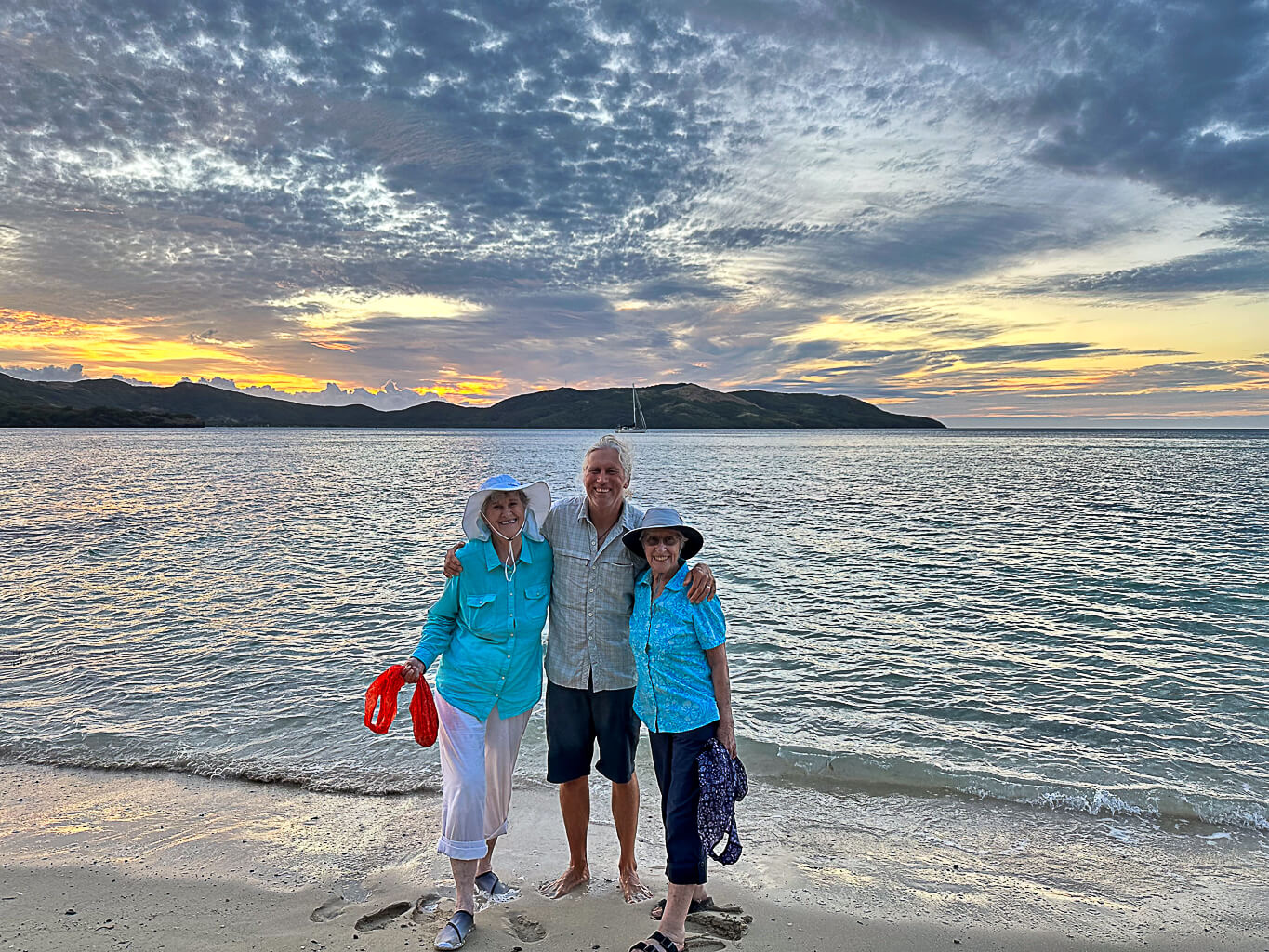

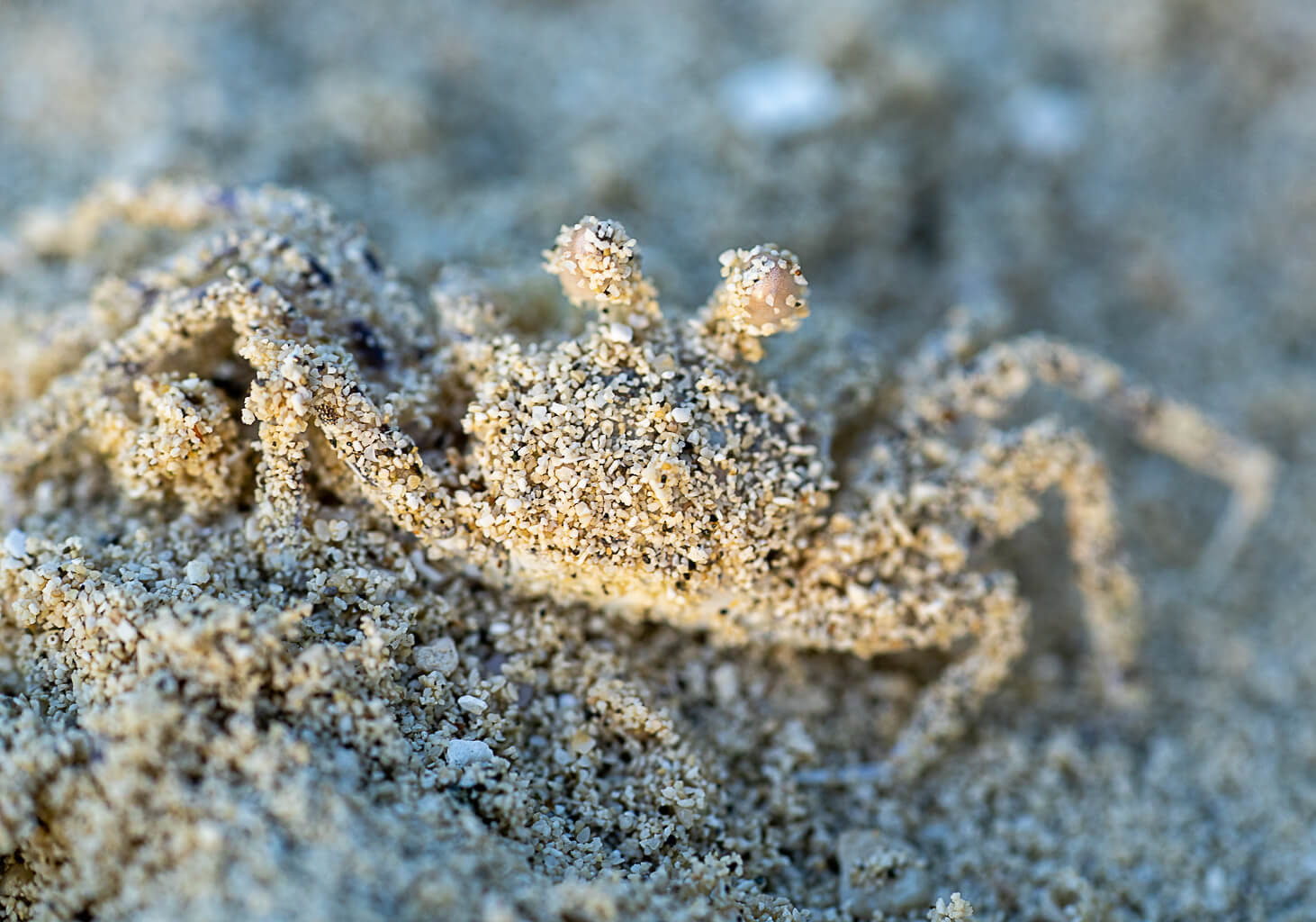
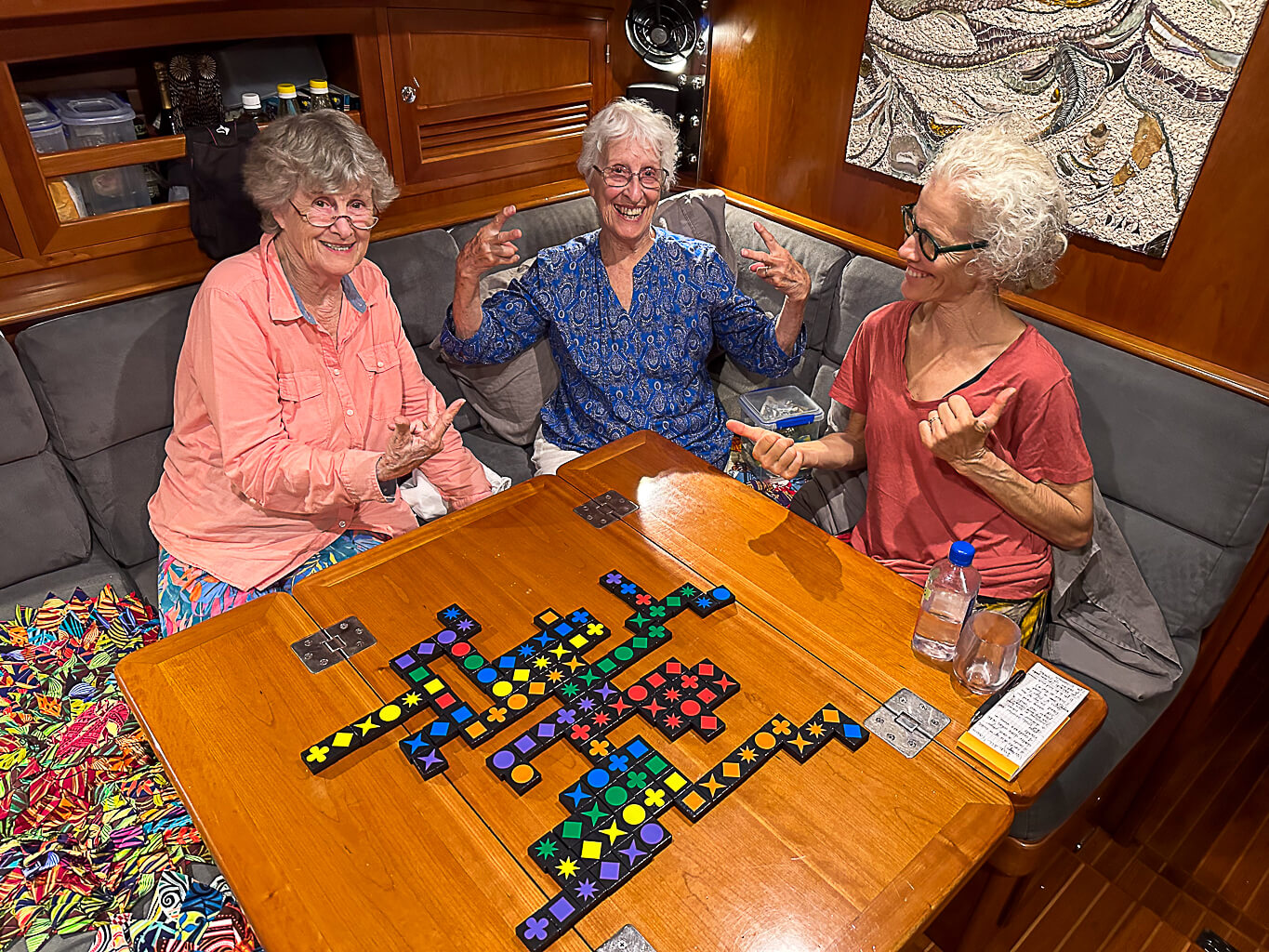
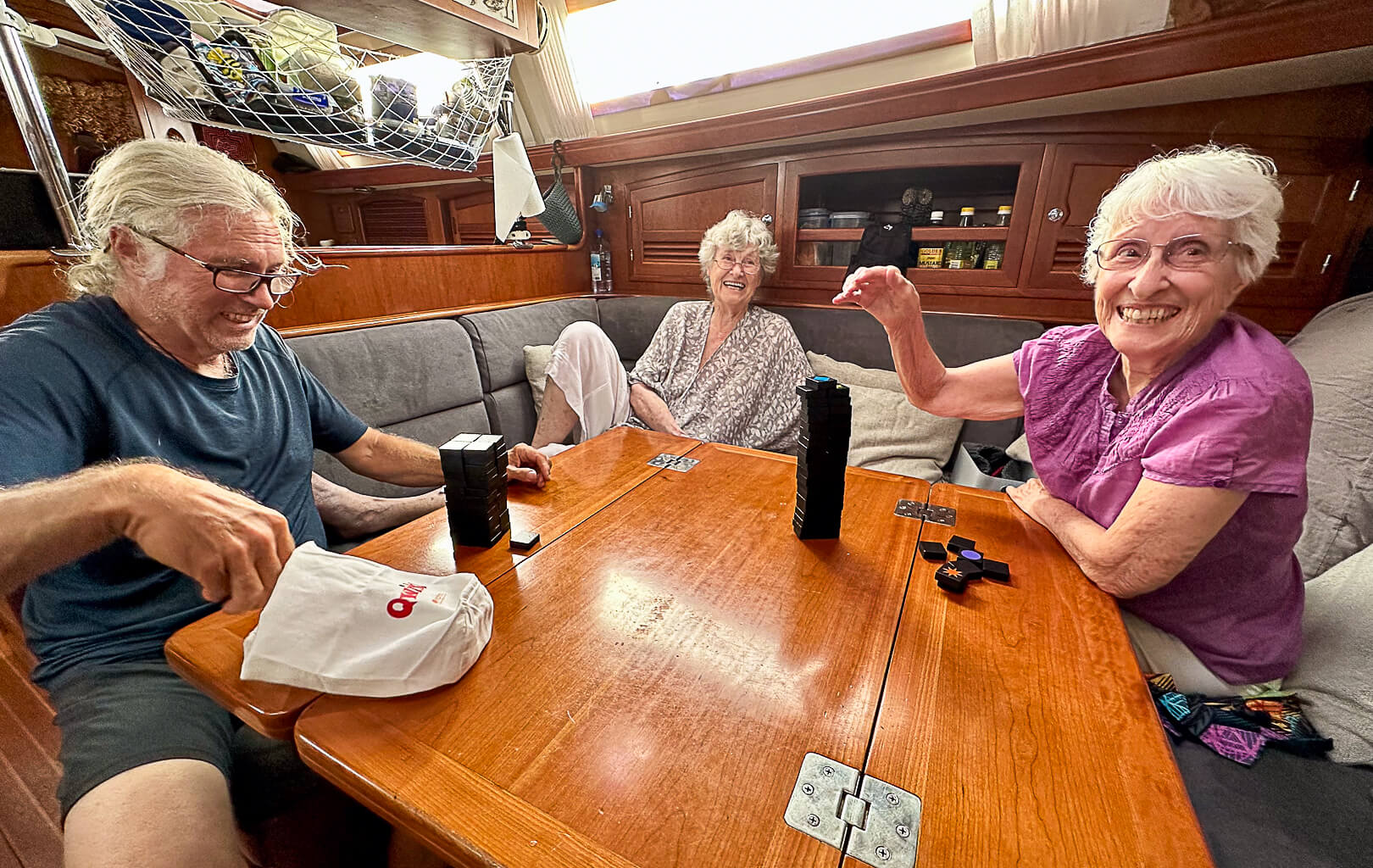
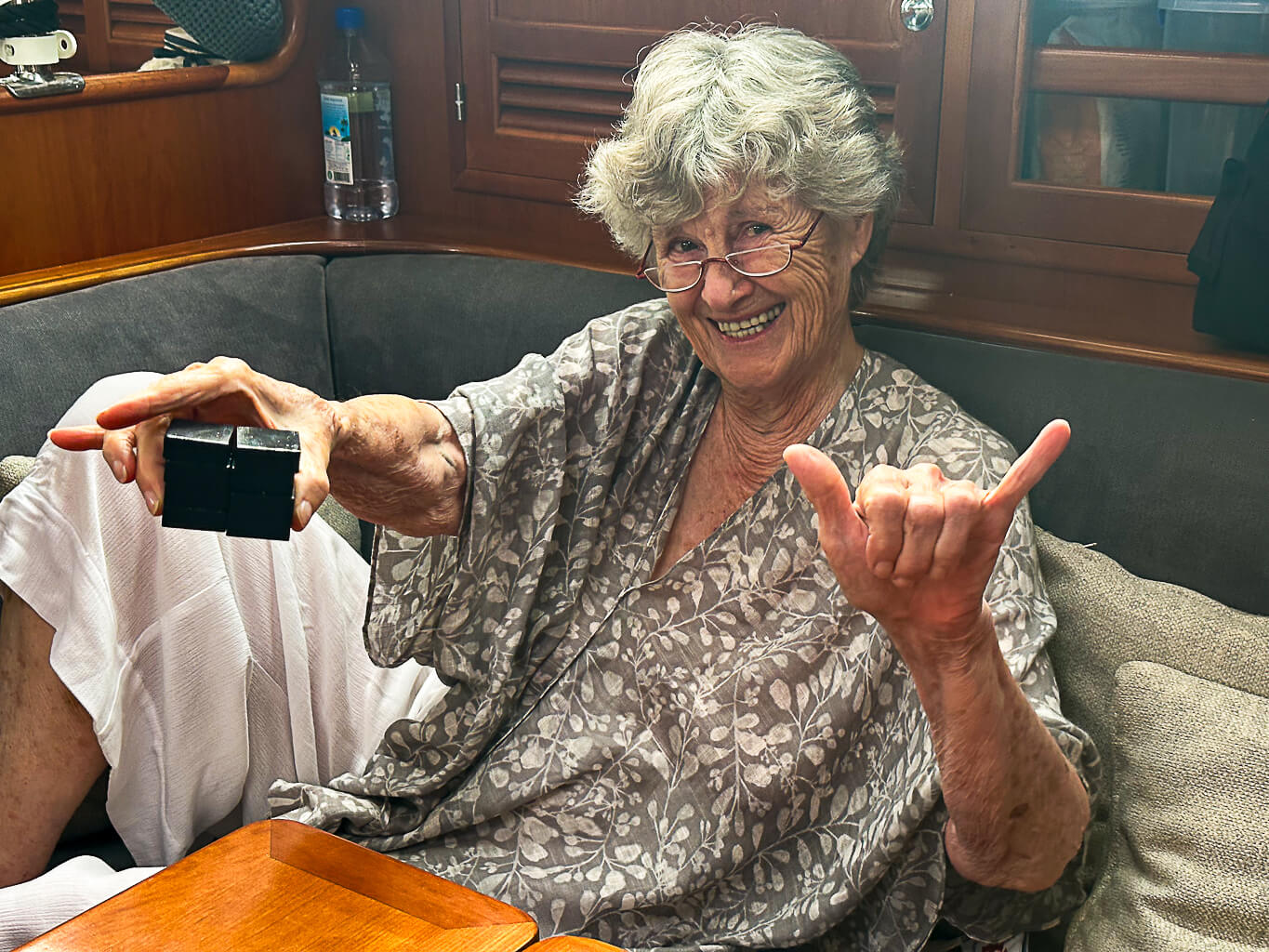
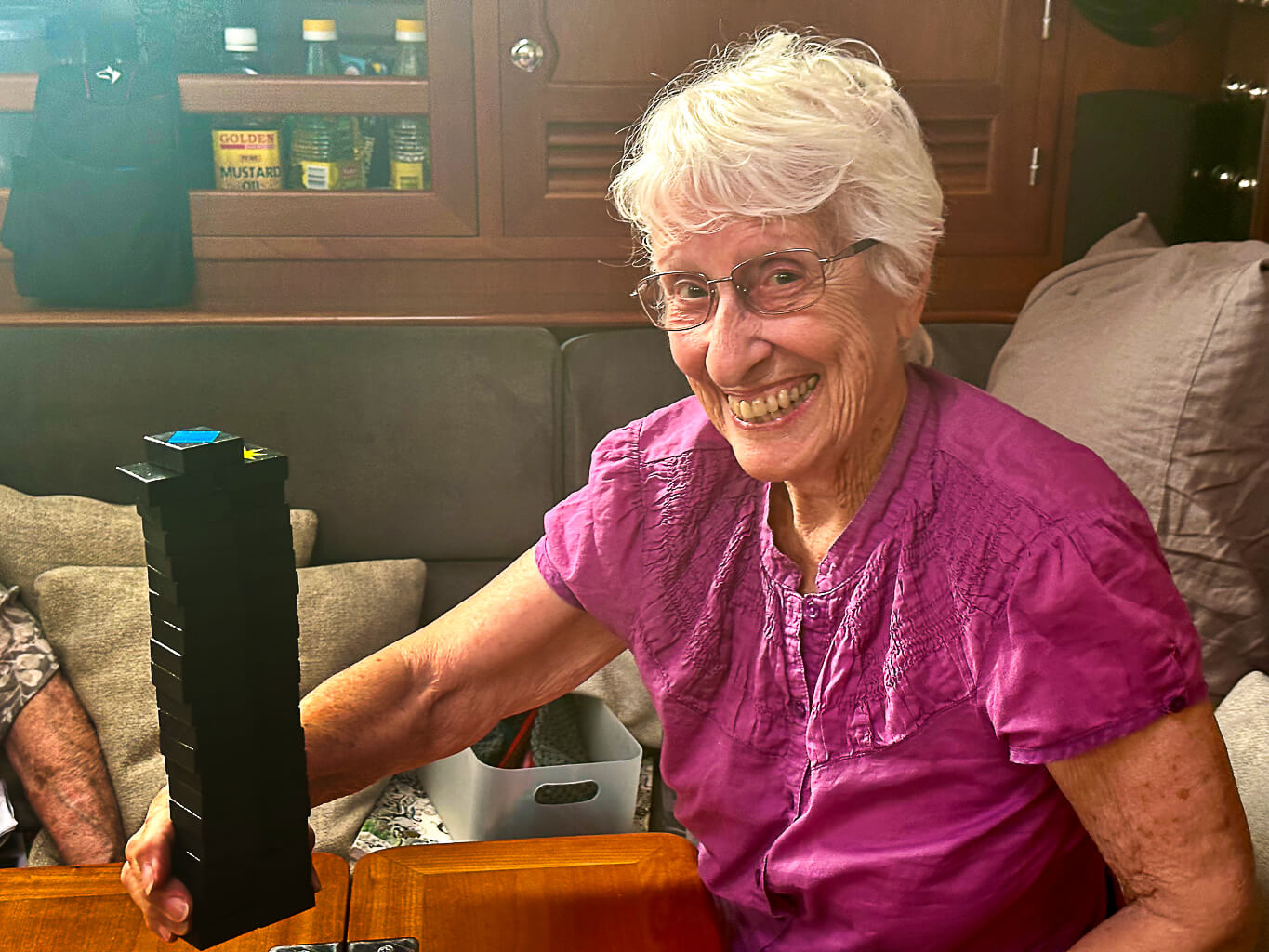

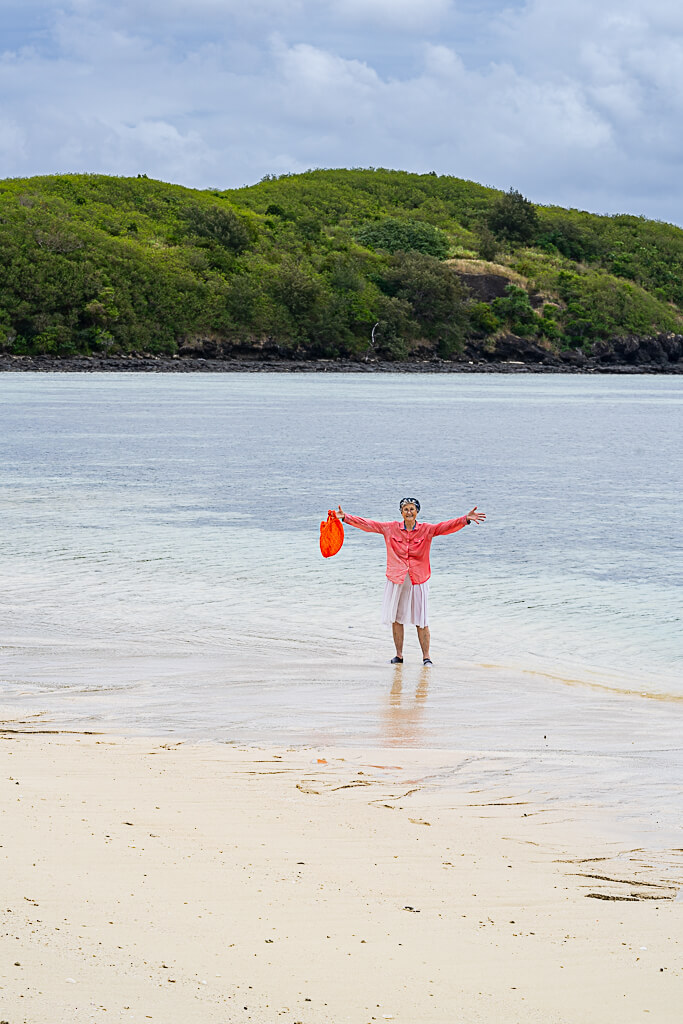
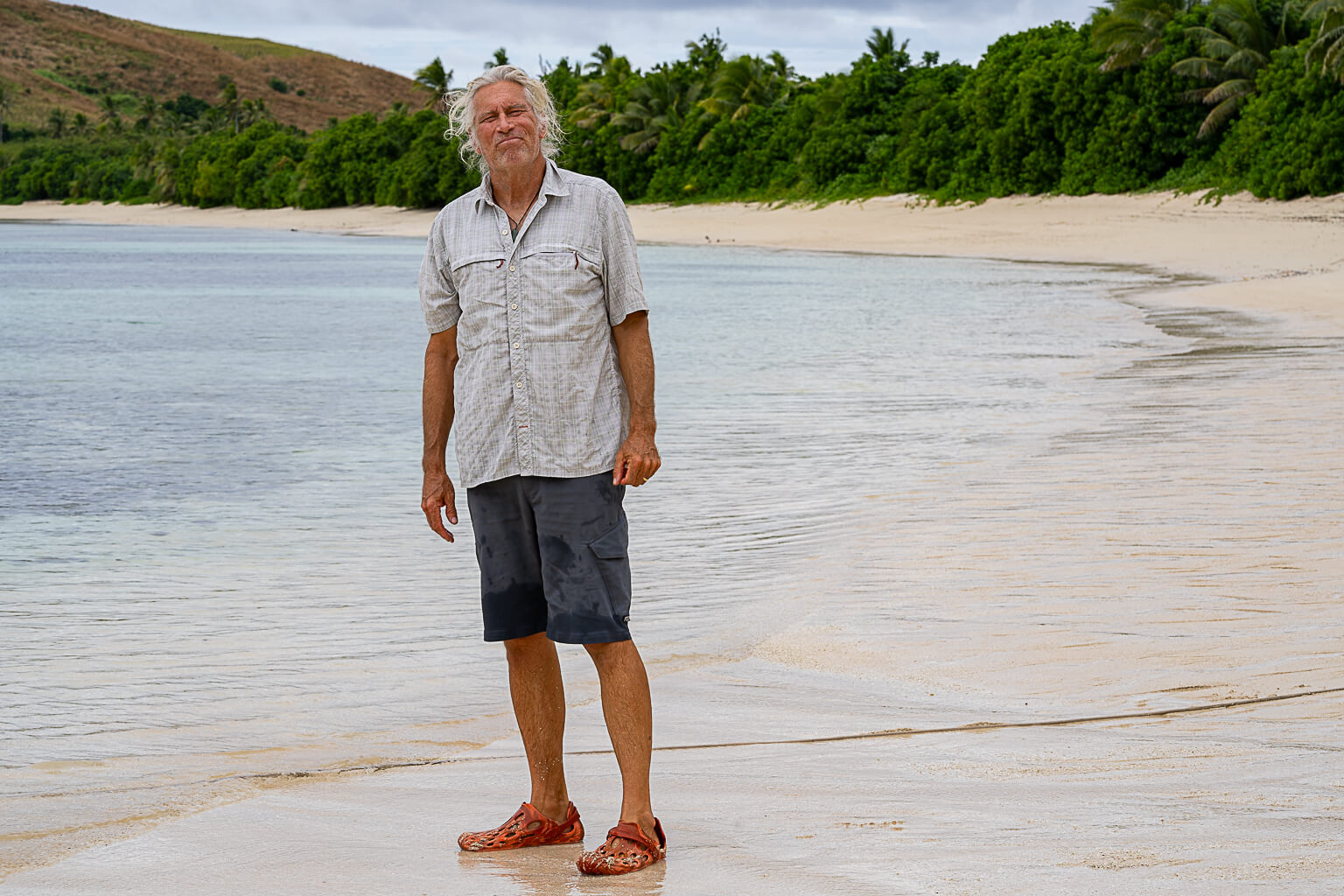
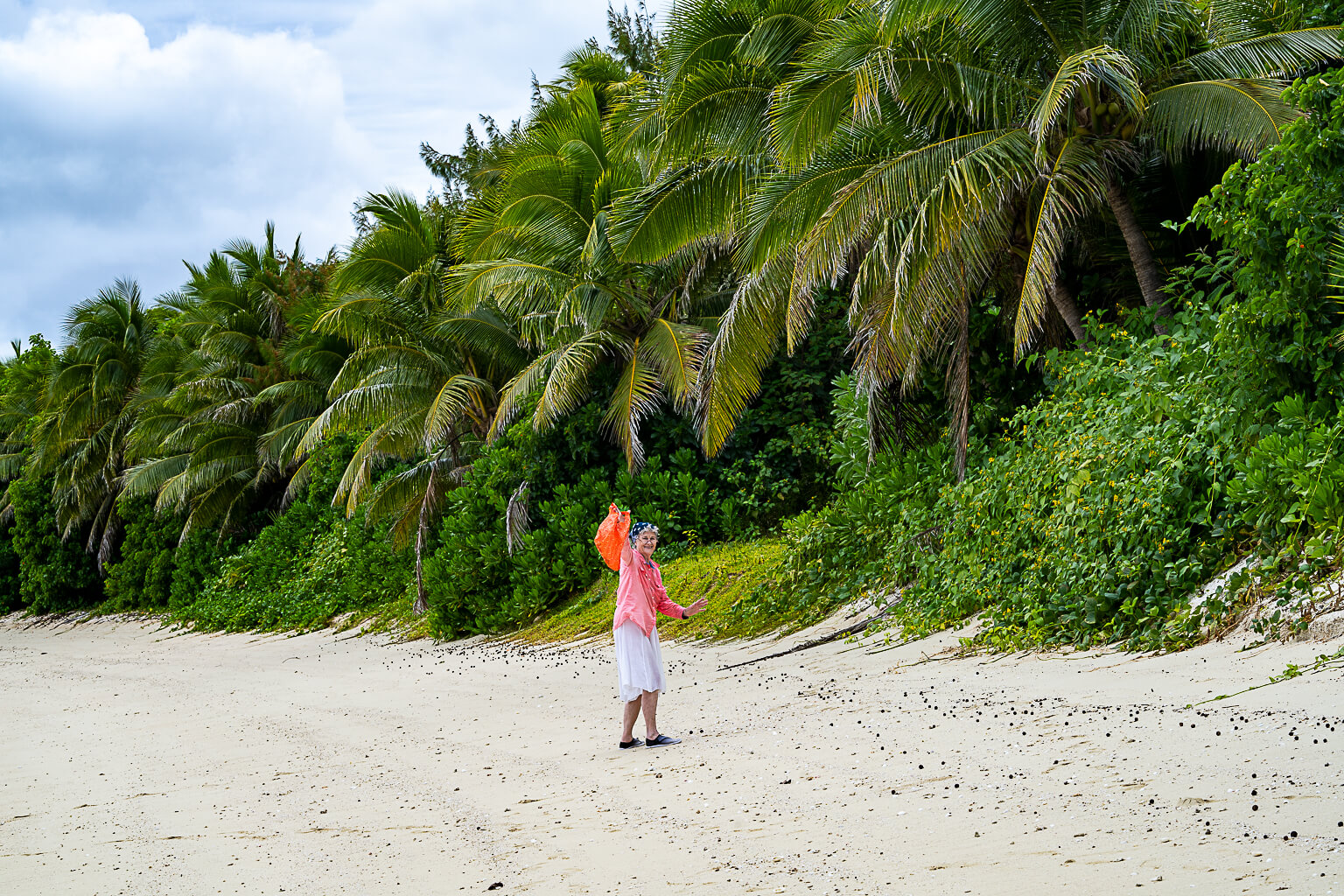

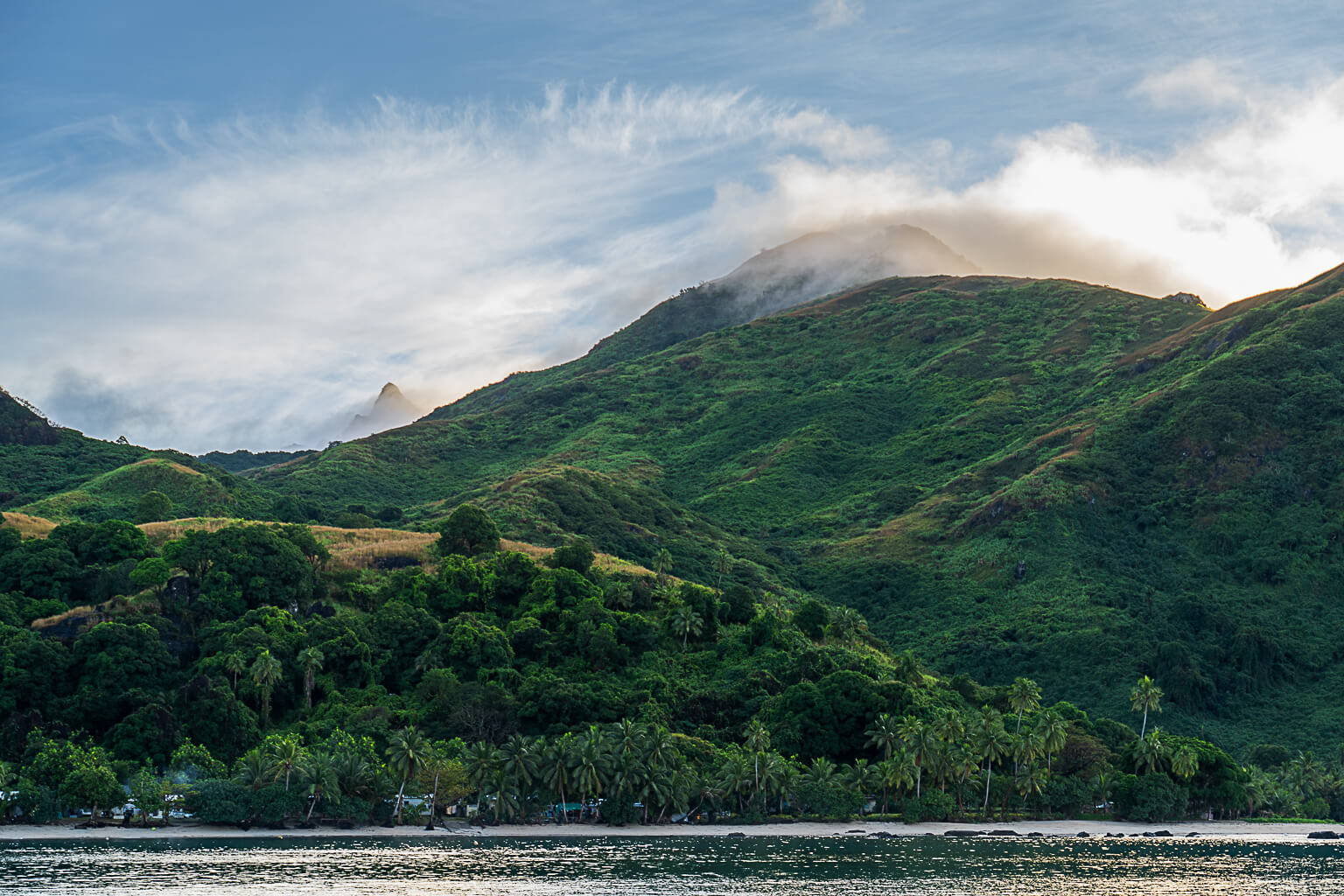
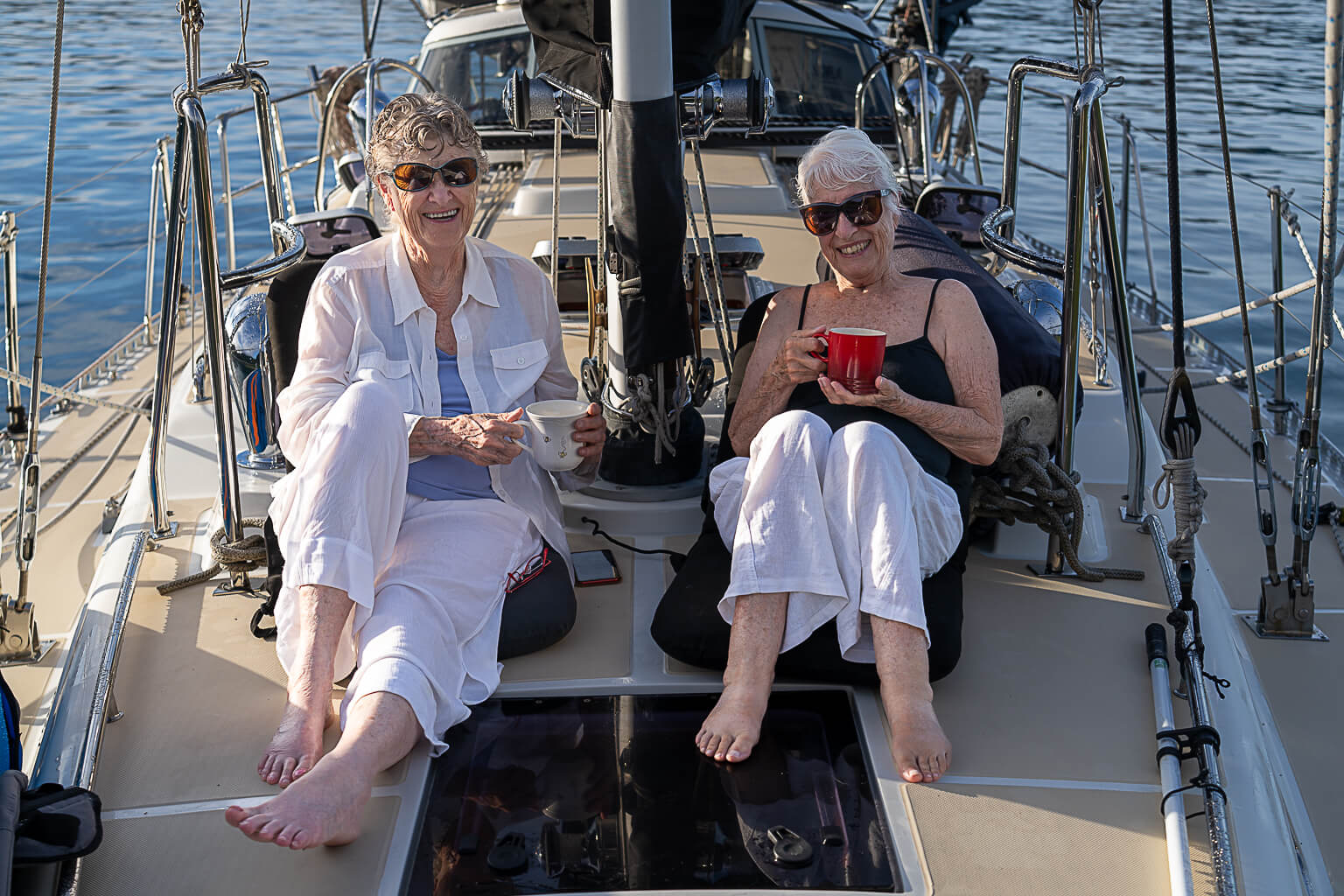
The highlight of the Moms’ visit (besides the music), was the slow mornings and conversation. It seems like most days we sat in the cockpit losing track of time until almost noon, typically with a wonderful brunch whipped up by Diana (with assistance from her favorite sous chef). Just being in the same space together with Allora gently (or sometimes not so gently) rocking, turning in the breeze (or gale) was all we needed. We covered most topics ranging from the essential meaning of the universe to childhood memories of mixing the yellow coloring into margarine. Maybe the same thing, actually, as I think about it. ~MS
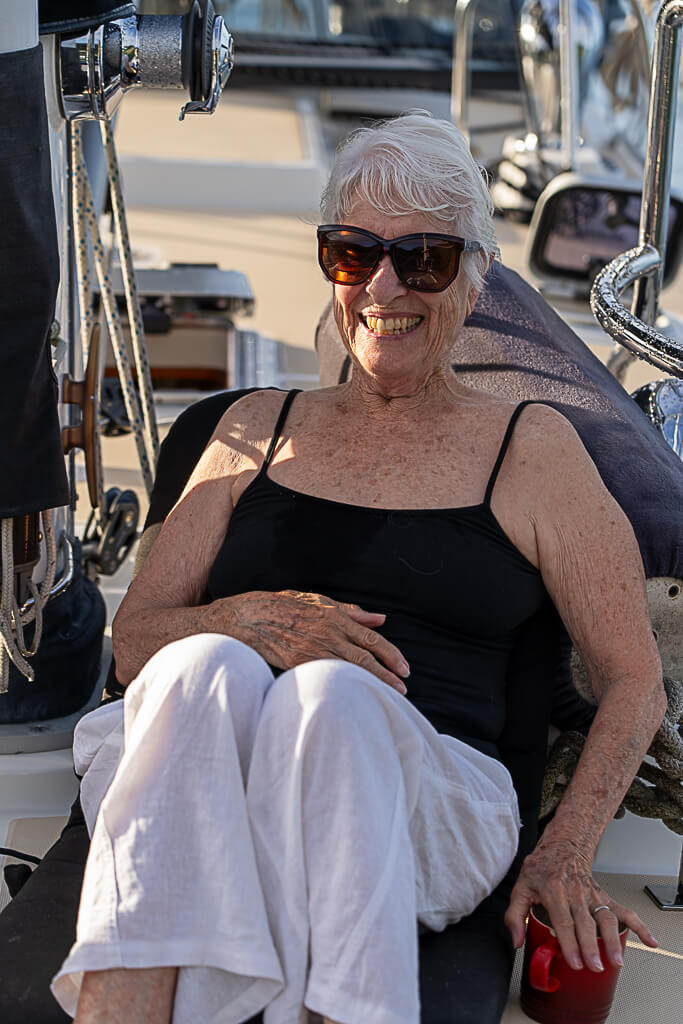


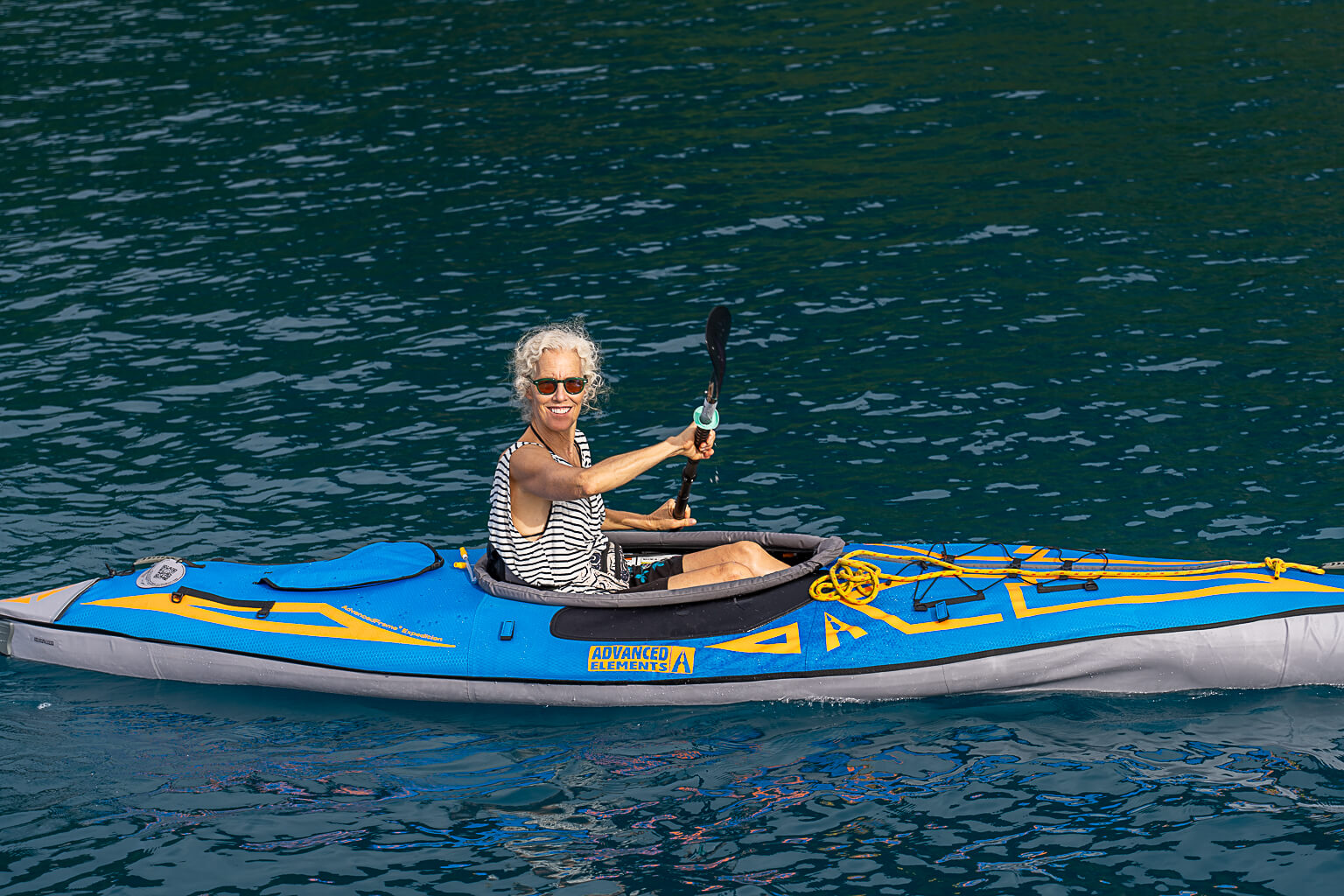
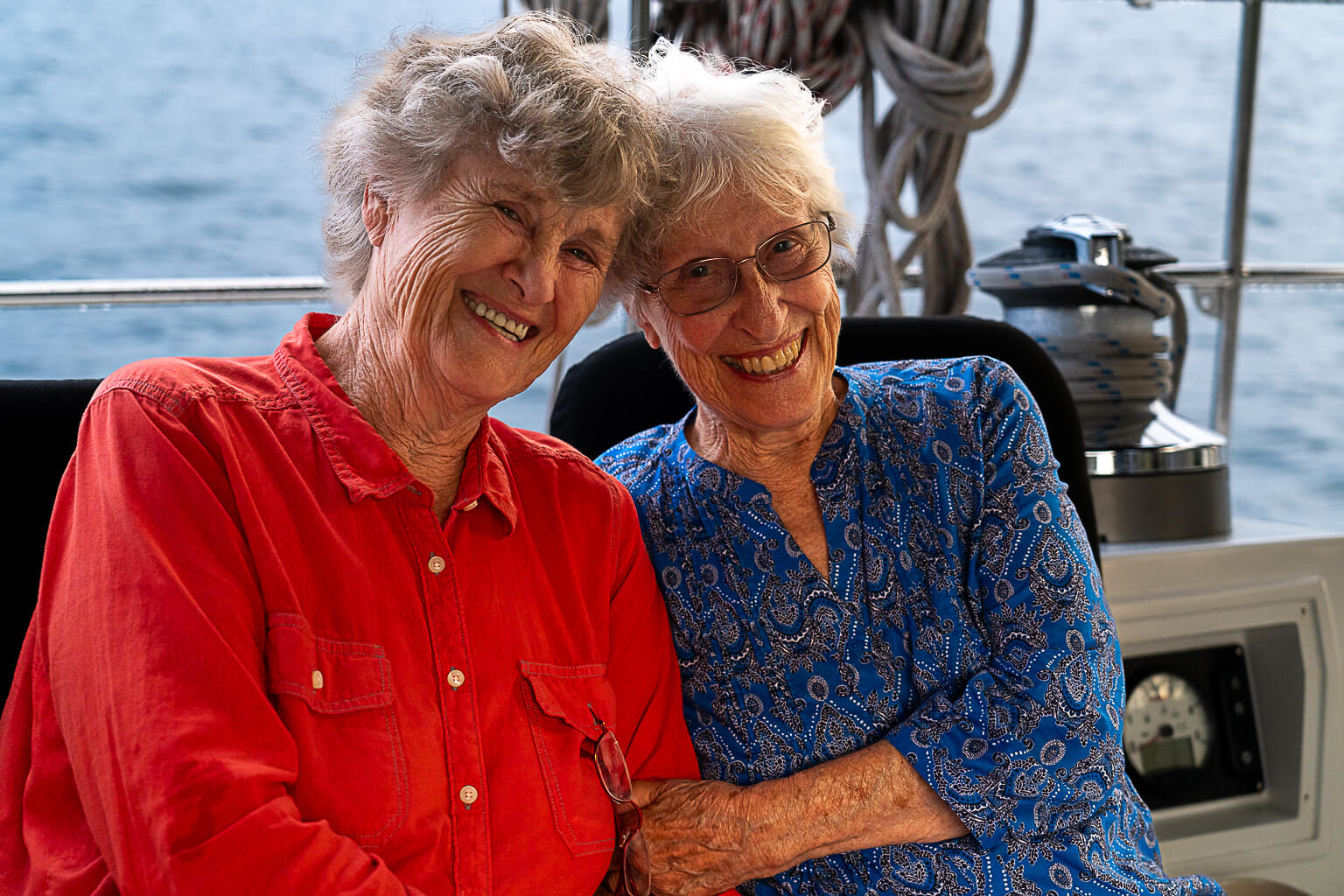
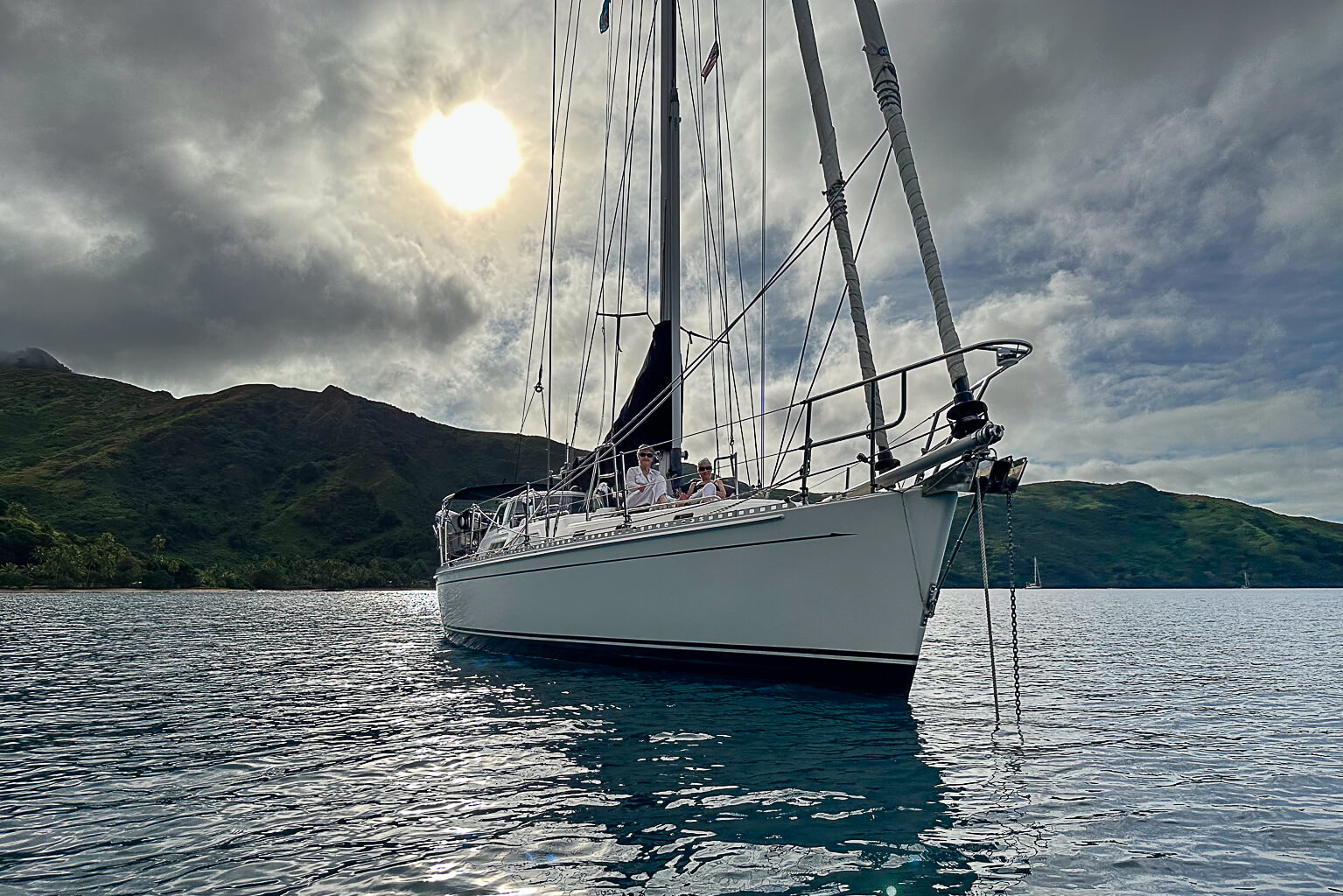

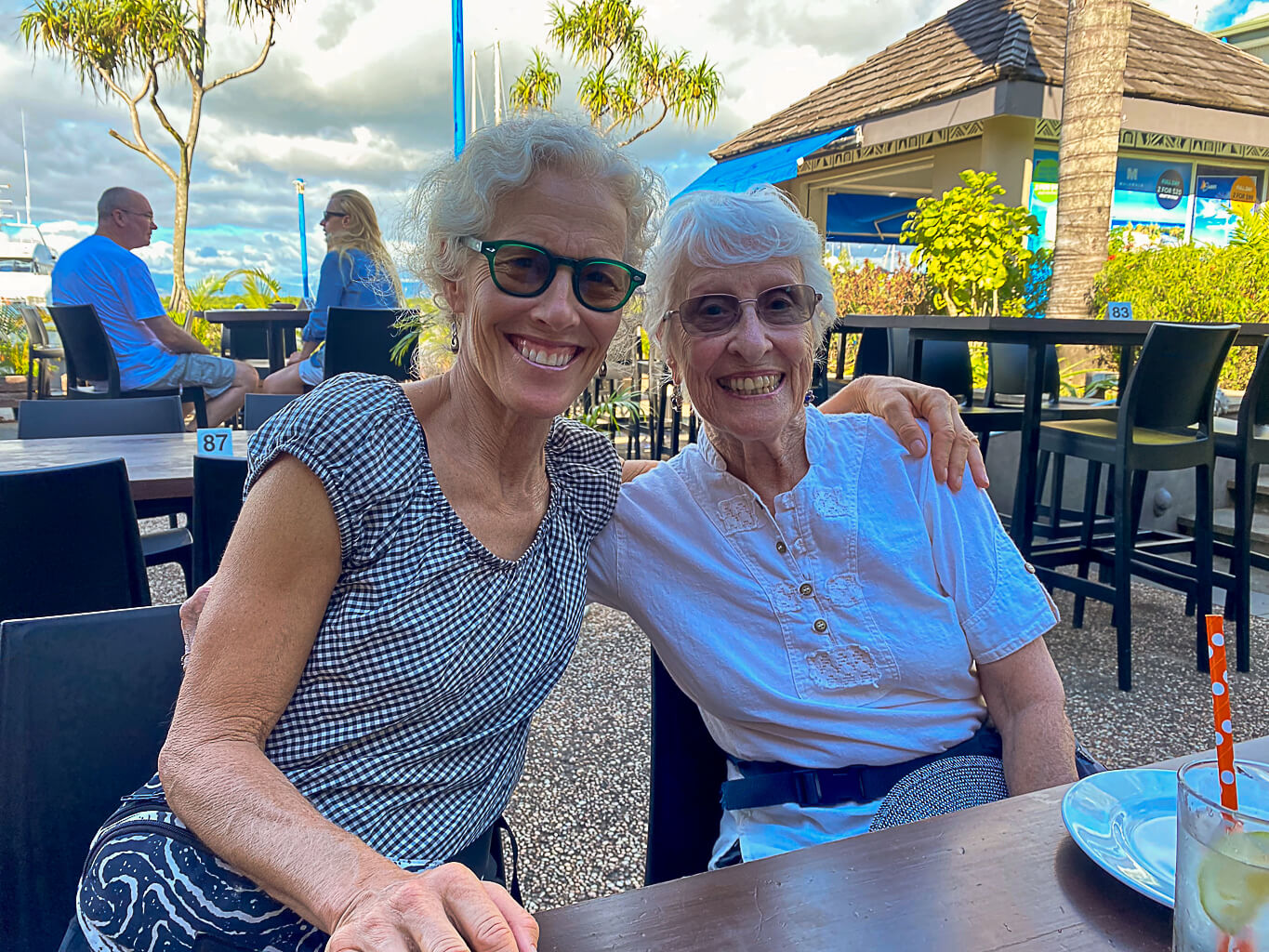
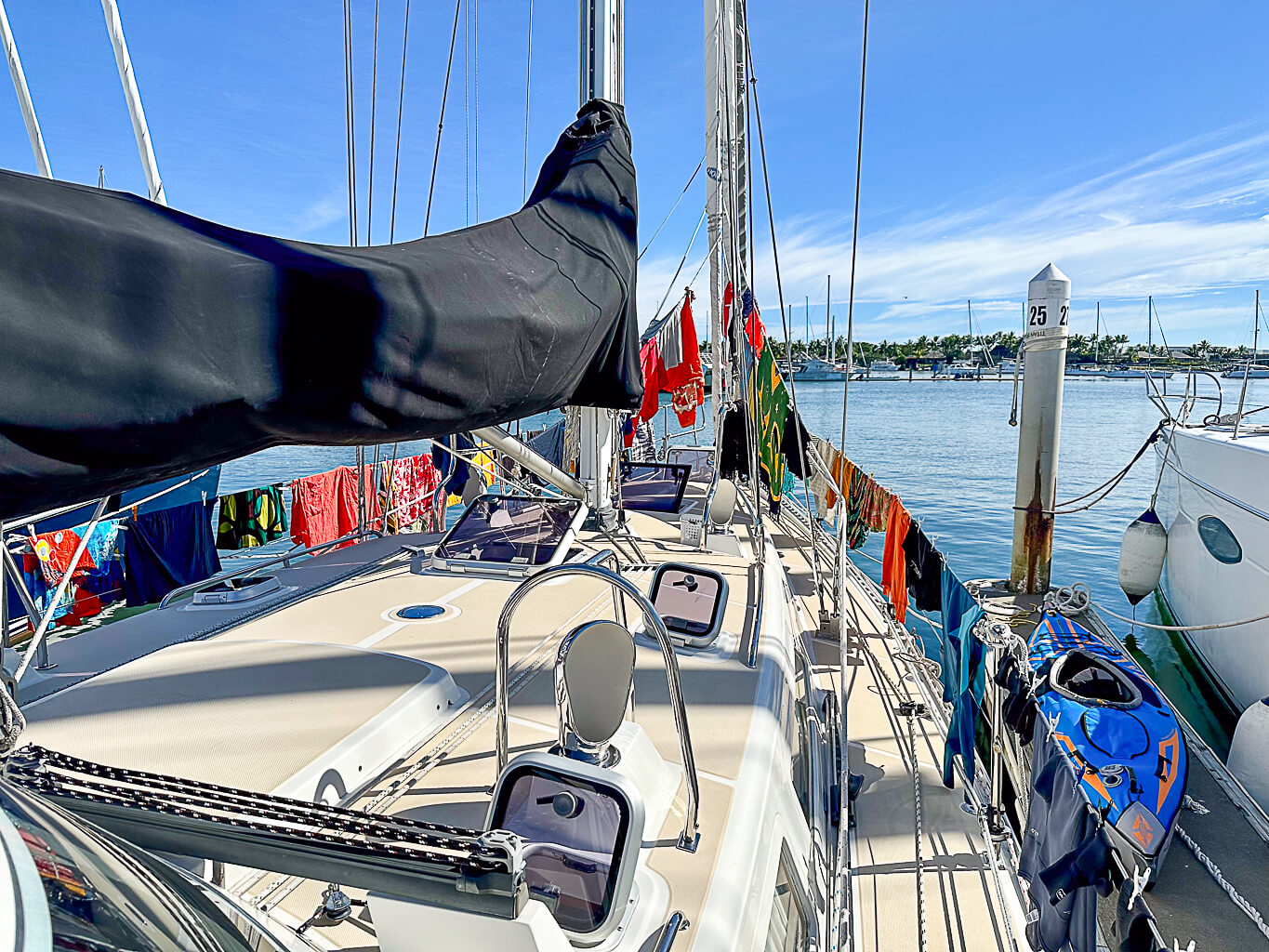
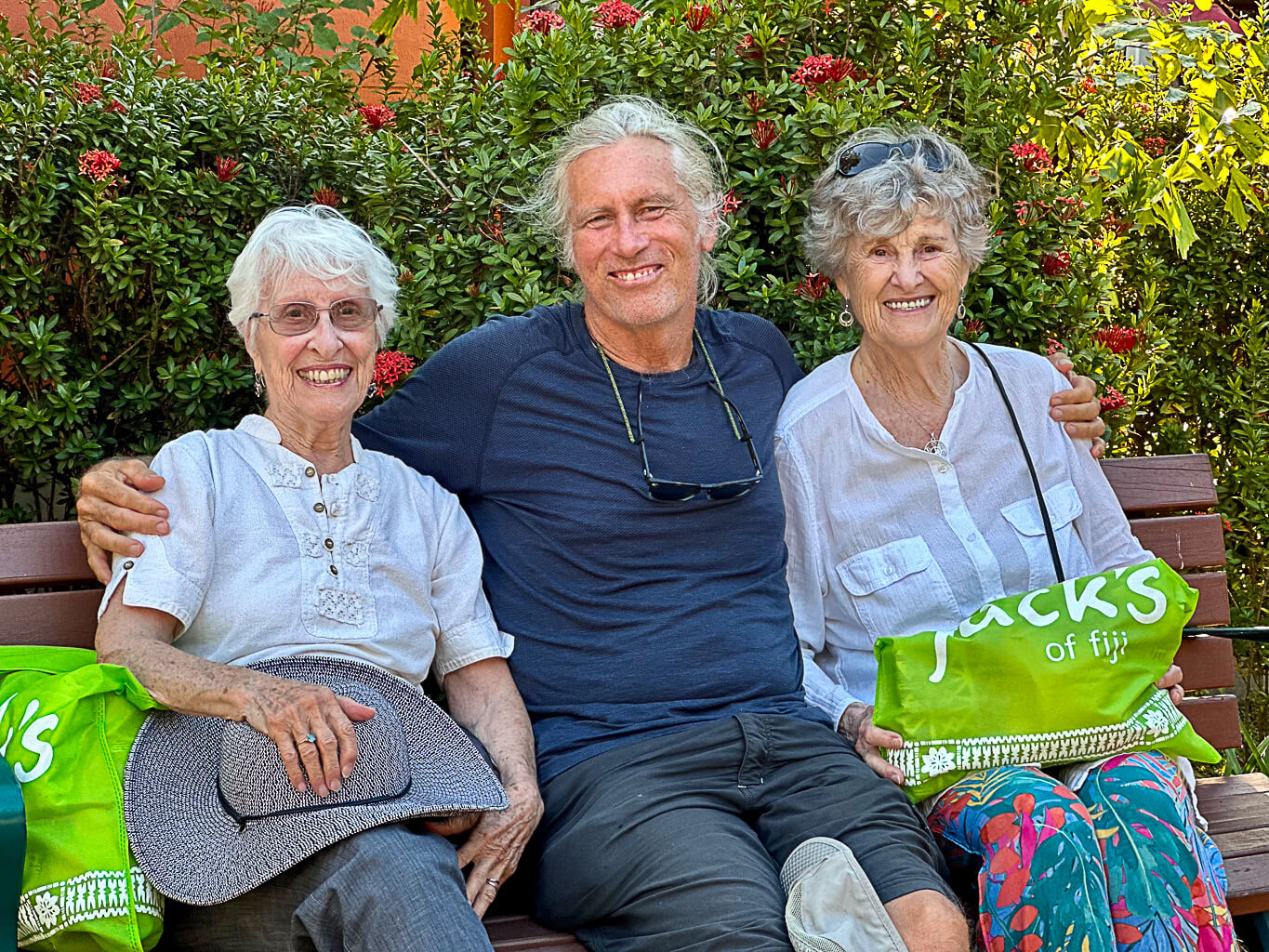

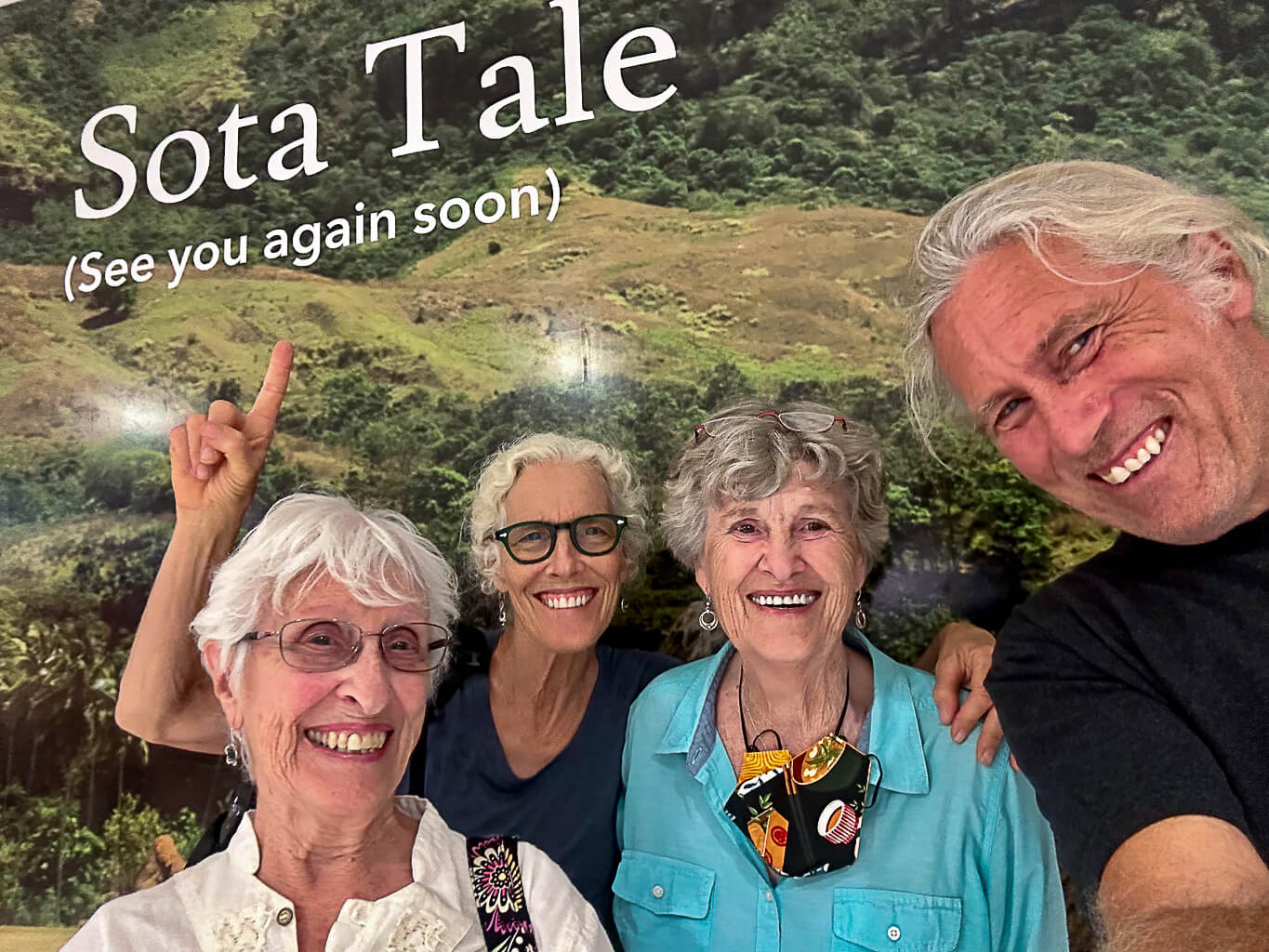
These Mama visits always leave me filled to the brim with what feels like elemental GOLD, but as we say our goodbyes, the fullness gives way quickly to a longing for more. Though the days are relatively few, they are packed with meaning: laughter, stories, music, belonging, acceptance … how would I resist this grasping? In the days following their departure, I am reminded that all the gifts of being in the graceful company of these two women are still right here with us. Vinaka vakalevu. What treasures our Mamas are! Till the next time, you two … Sota Tale! ~DS

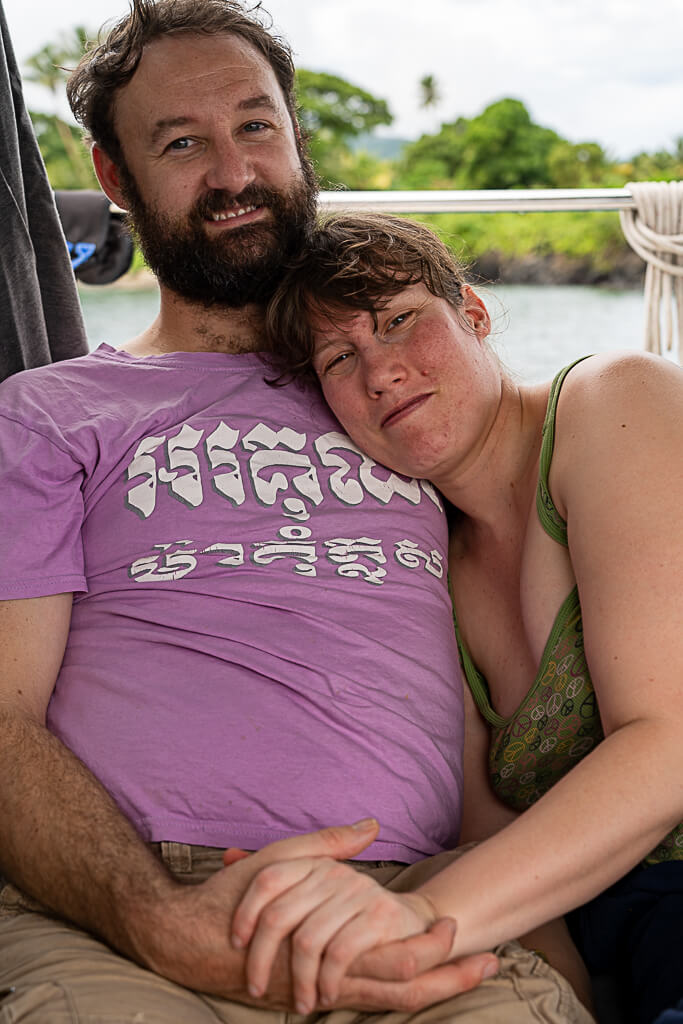

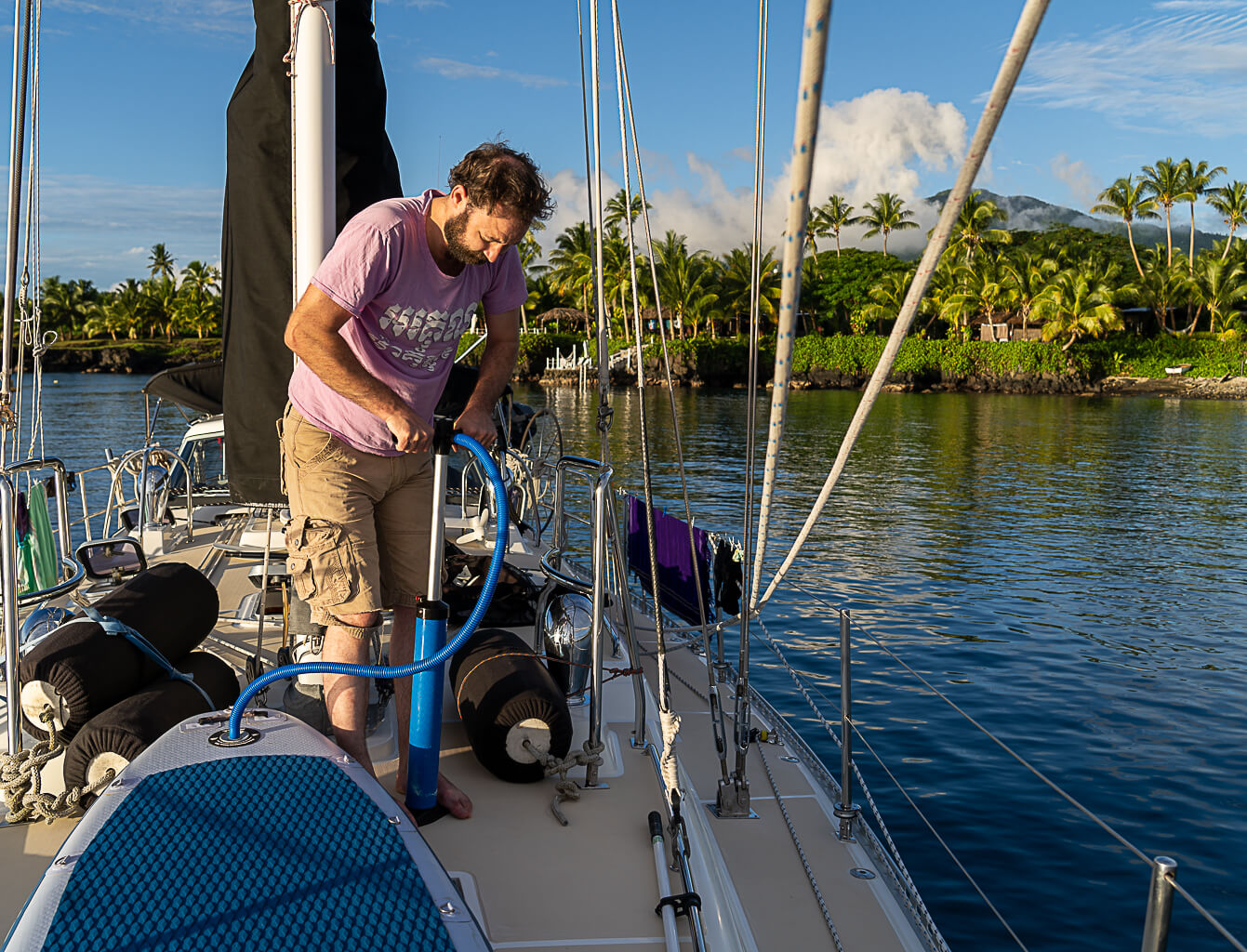

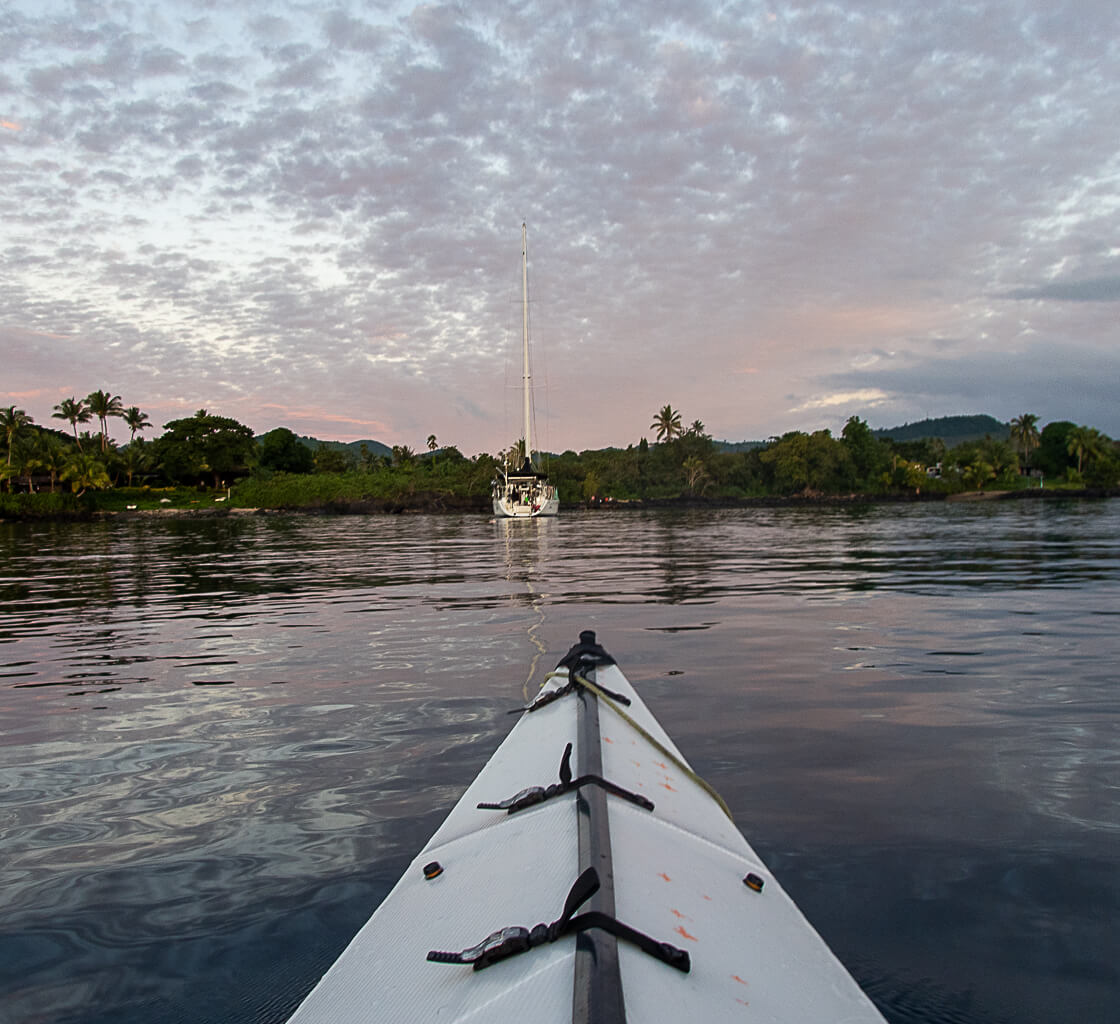


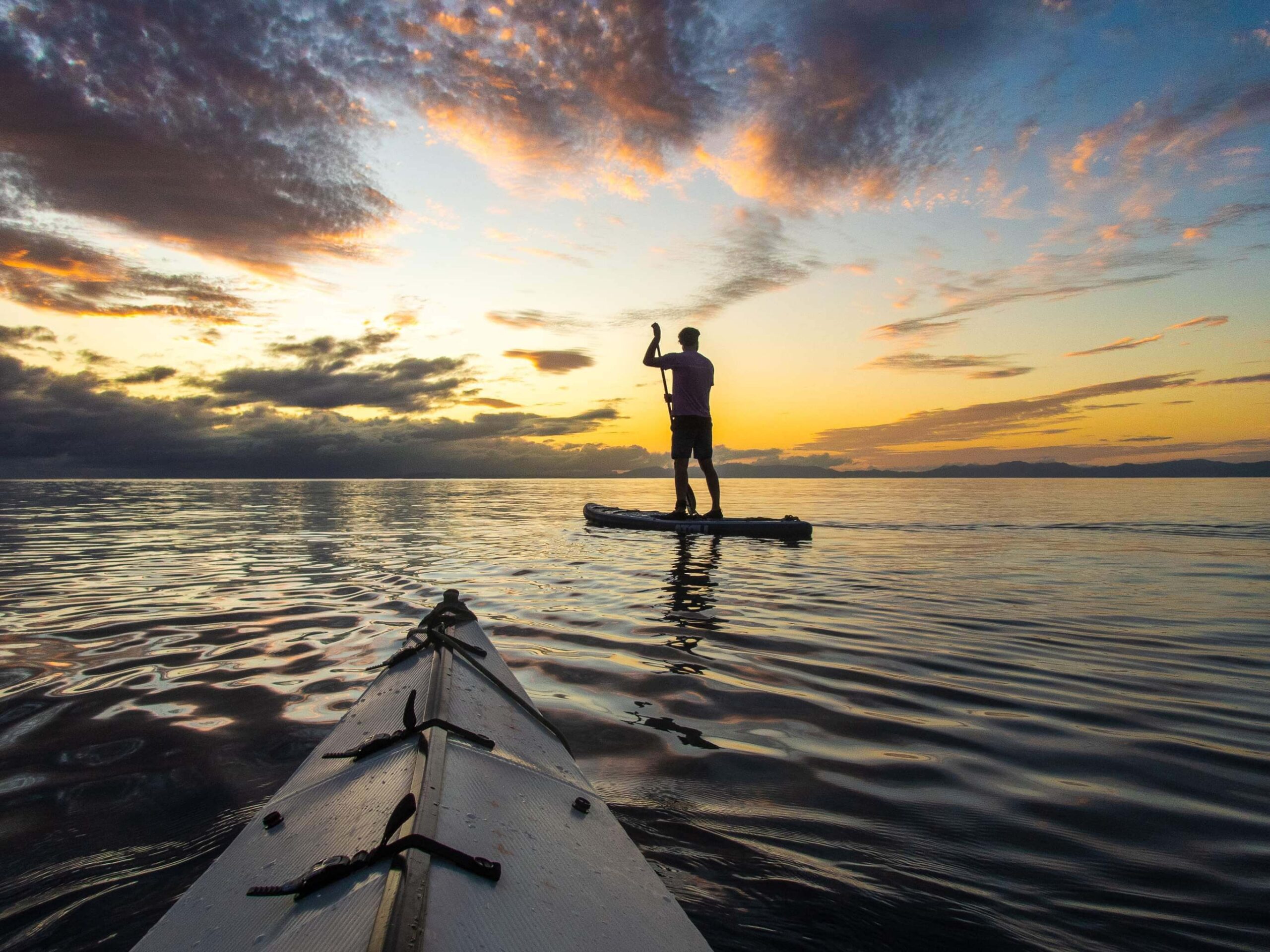

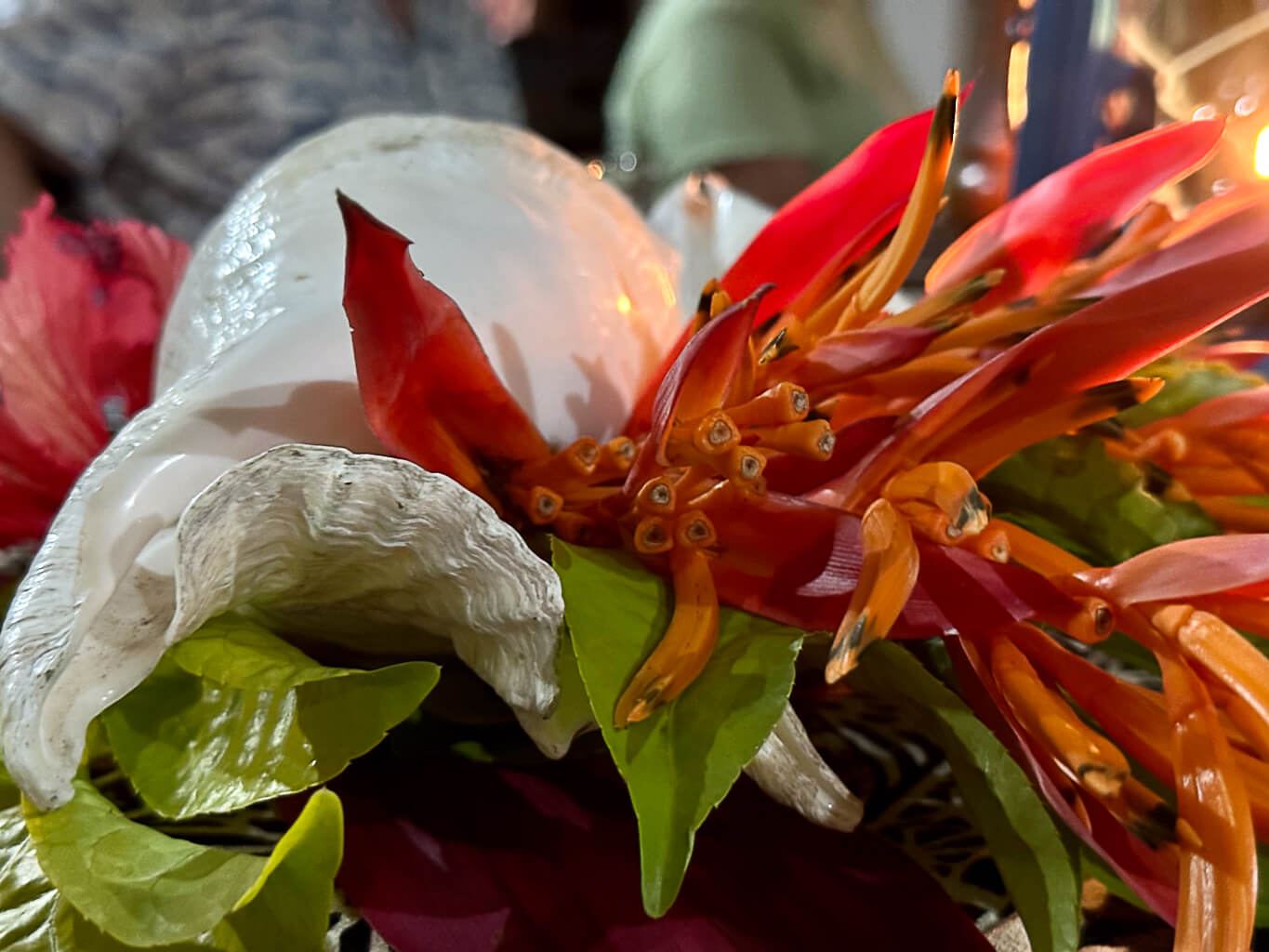
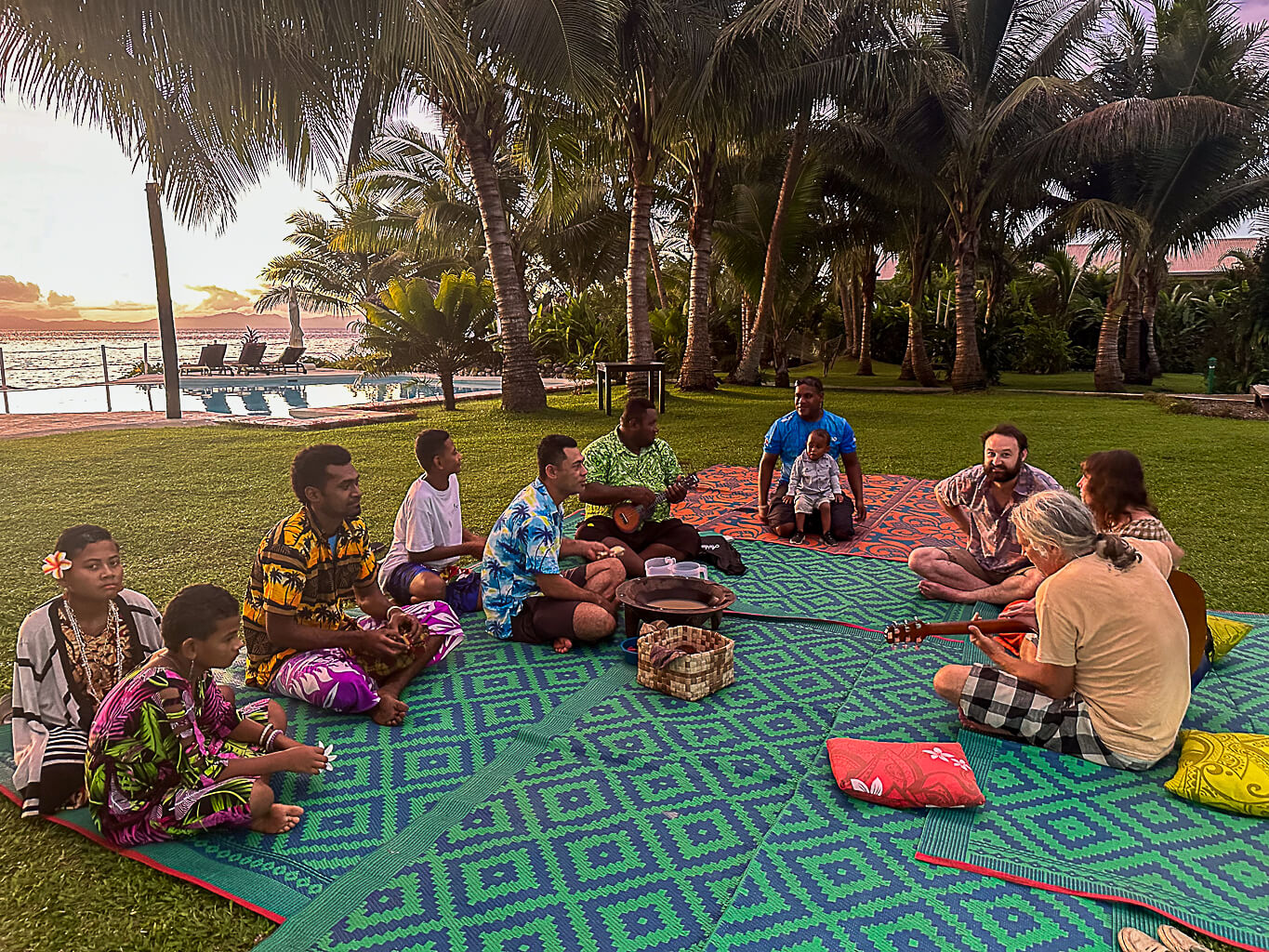


In the bar at Paradise resort, there’s an historically dubious caption pasted on a black and white picture of a dreadlocked Fijian, claiming to be of Udre Udre, famous for eating 872 or 999 people, which raises the question of who’s keeping those records? Seems a bit incredible until google informs you that the average American will consume 7,000 animals in a lifetime (vegetarianism anyone?). ~MS
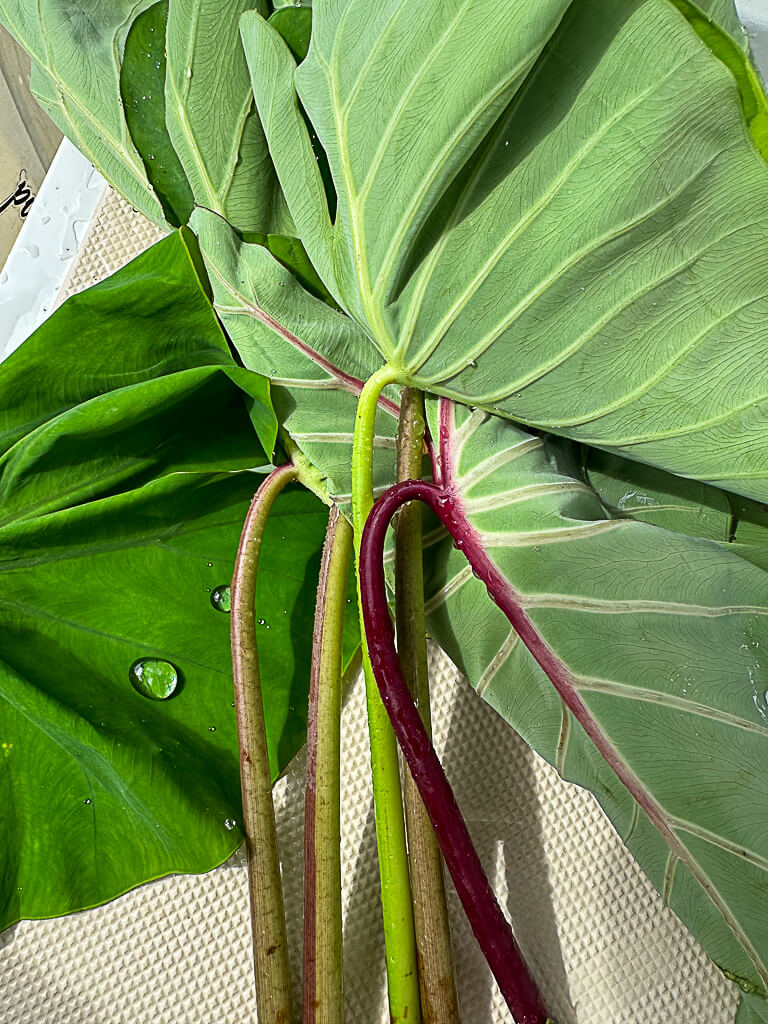

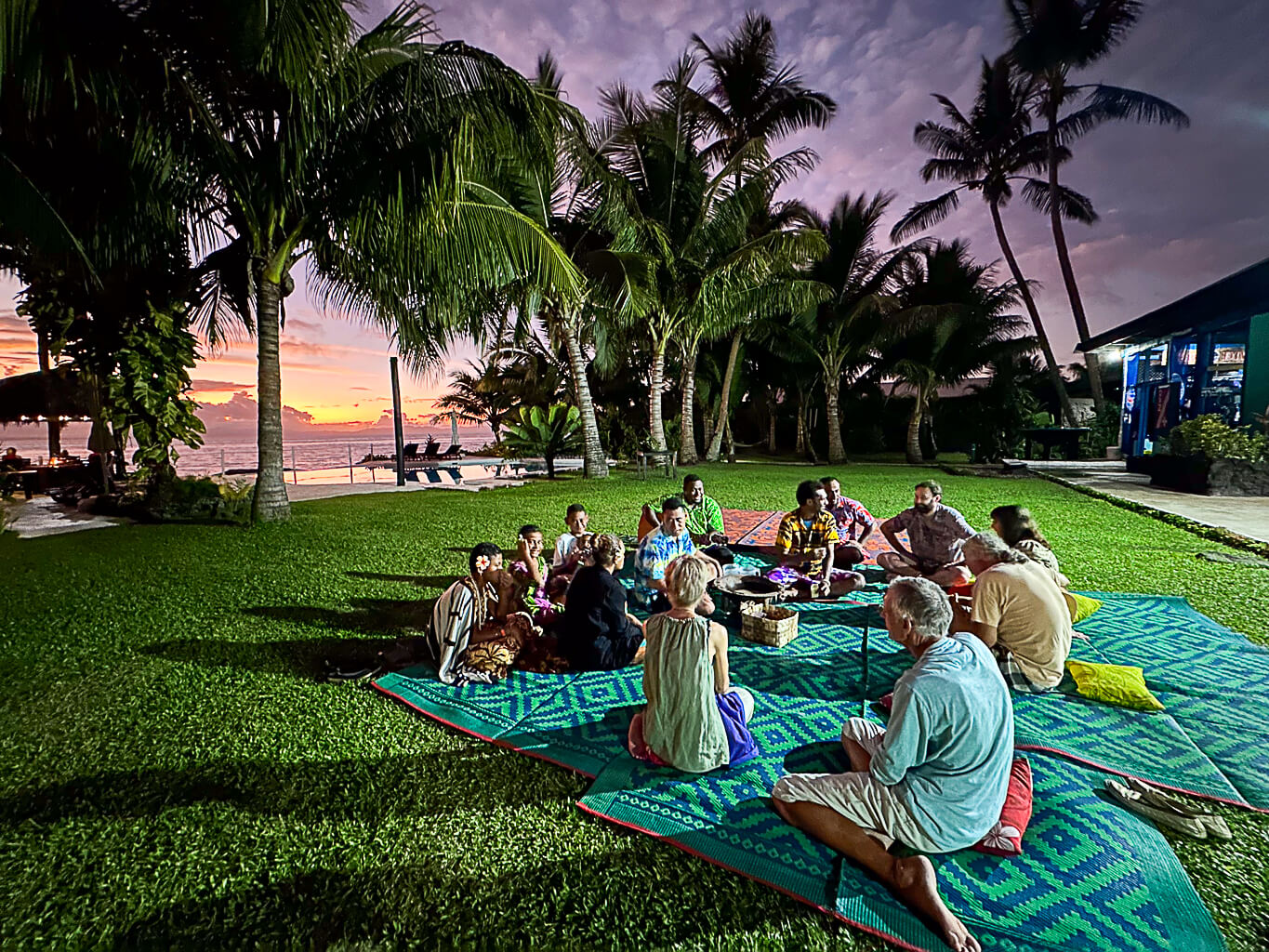

“Fiji night” kava and a guitar missing the D string. Traditional dances offered by the employees (which they must learn as kids) casual enough to feel authentic. We share the end of the table with doctors and nurses from San Diego who come to the island each year to volunteer their services for local women, long days providing surgeries that otherwise require a long trip to the mainland. Paradise is their reward at the end of a non-stop week. ~MS
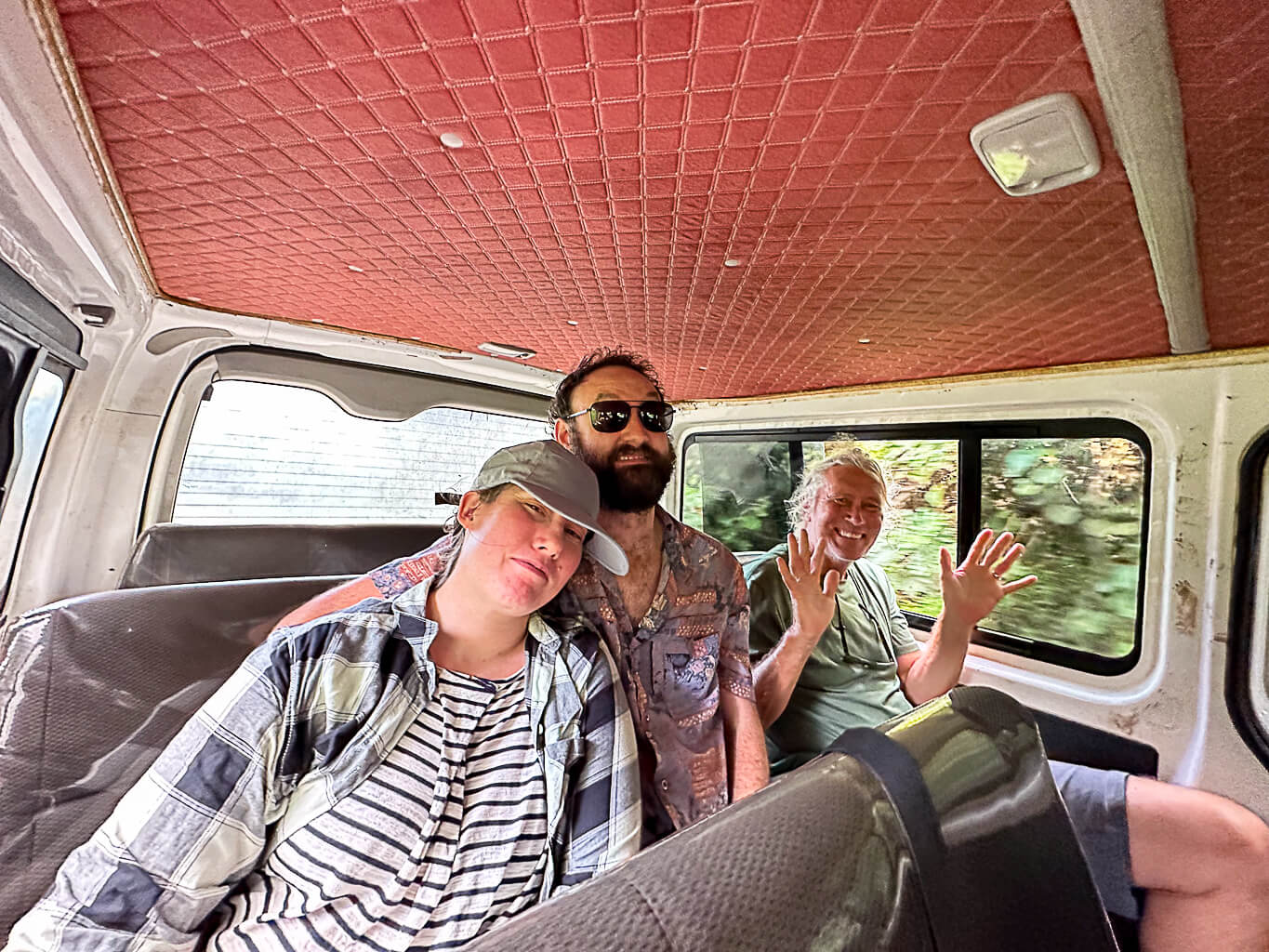
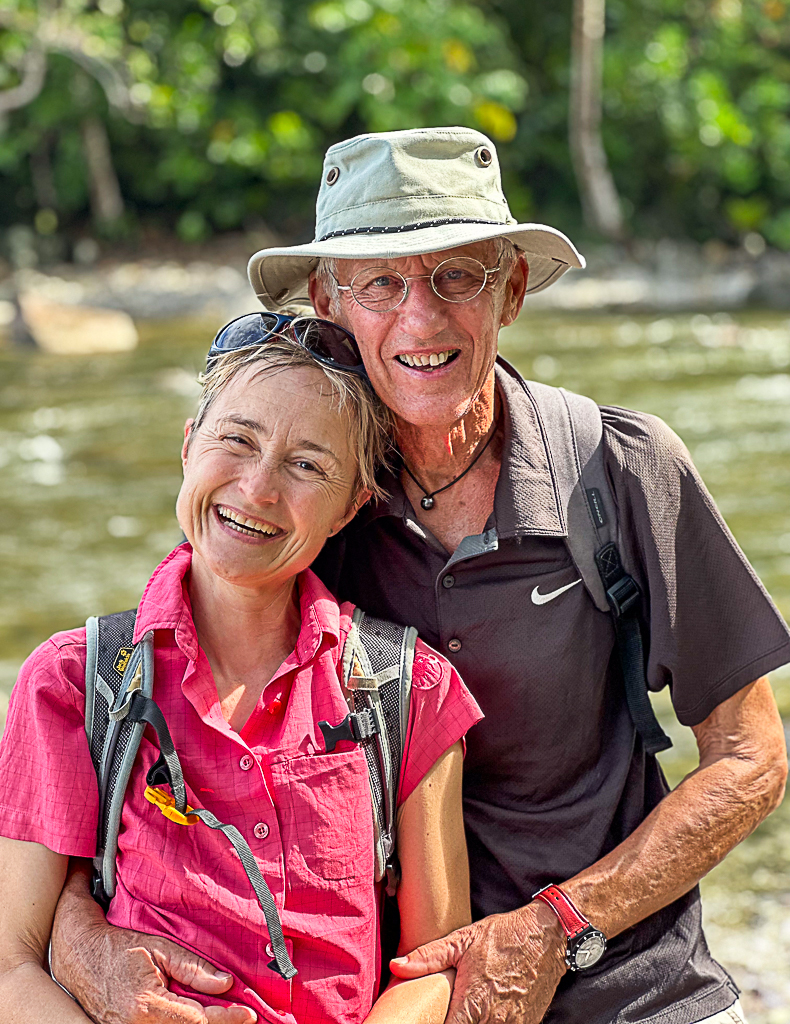
Liam remarked on the mighty trees that line the long ride down the island of Taveuni, arched over the battered road, lush and green. Glimpses of the blue tropical water in the Somosomo Strait between Vanua Levu and Fiji’s rainiest island. Here’s where the 180th meridian plays funny games with our navigation programs, and astronomically speaking the date should properly change. The dive resort at the end of Taveuni, calls itself Paradise. “Welcome to Paradise” probably gets old for the staff. Or maybe not. Green vines with blue flowers tumble down black volcanic rocks and red dirt off shore. After school, kids leap into the gentle blue surge in the glowing warm sunset. Tucked under the dock a frog fish holds perfectly still, out by the yellow can bouy, blue ribbon eels poke their heads out of the sand, waving back an forth with as must bluster as they can muster. ~MS

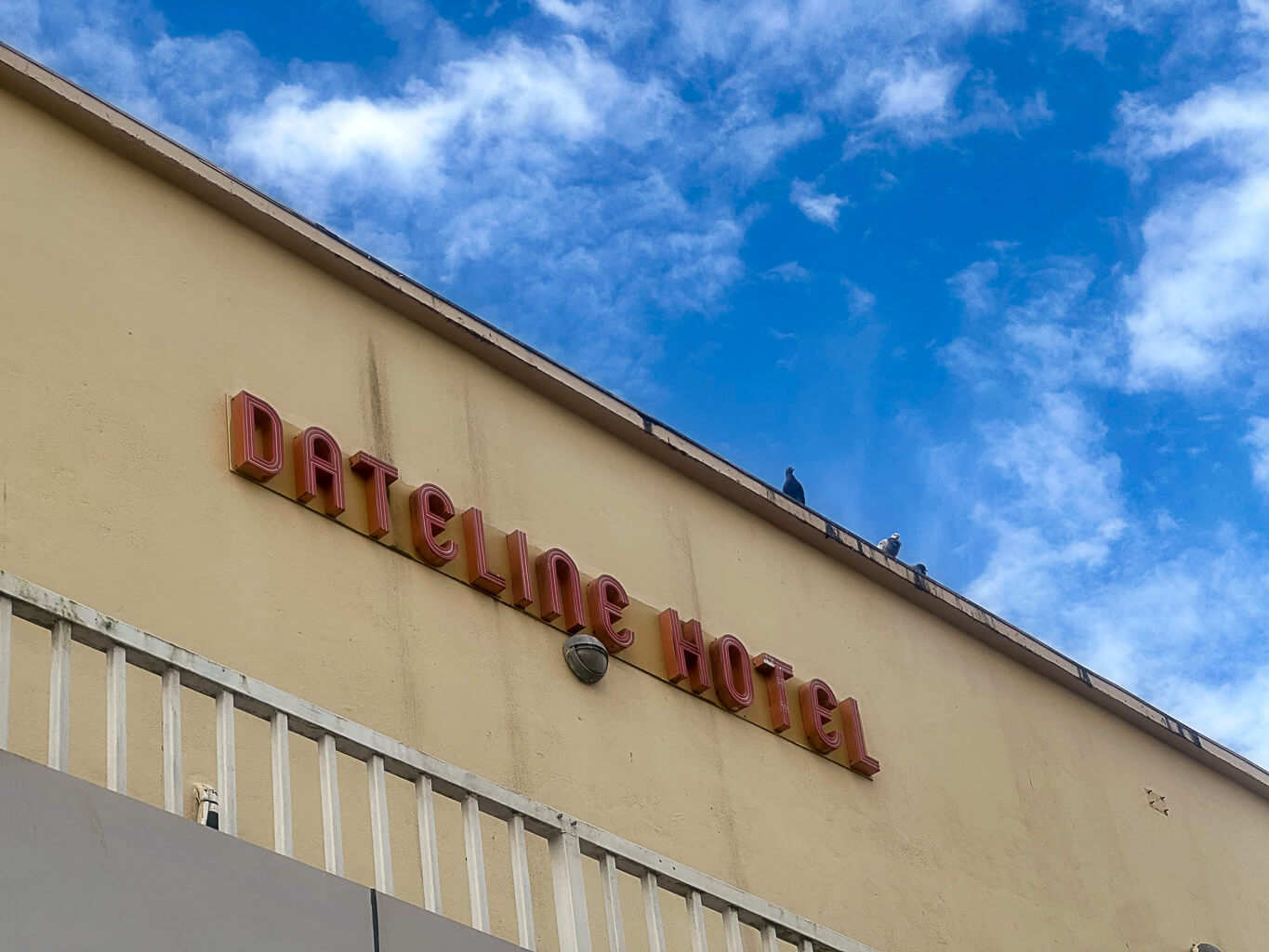

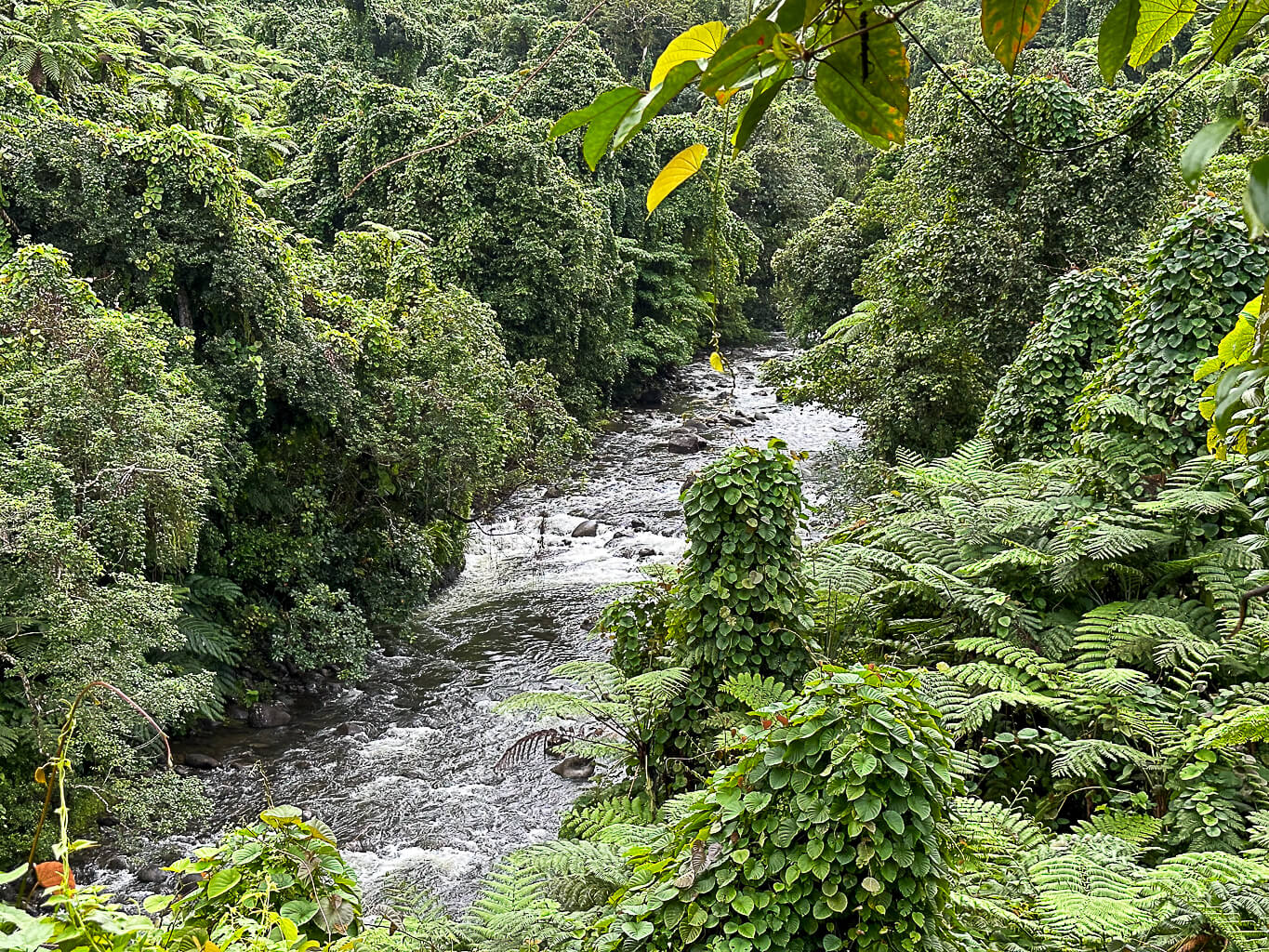

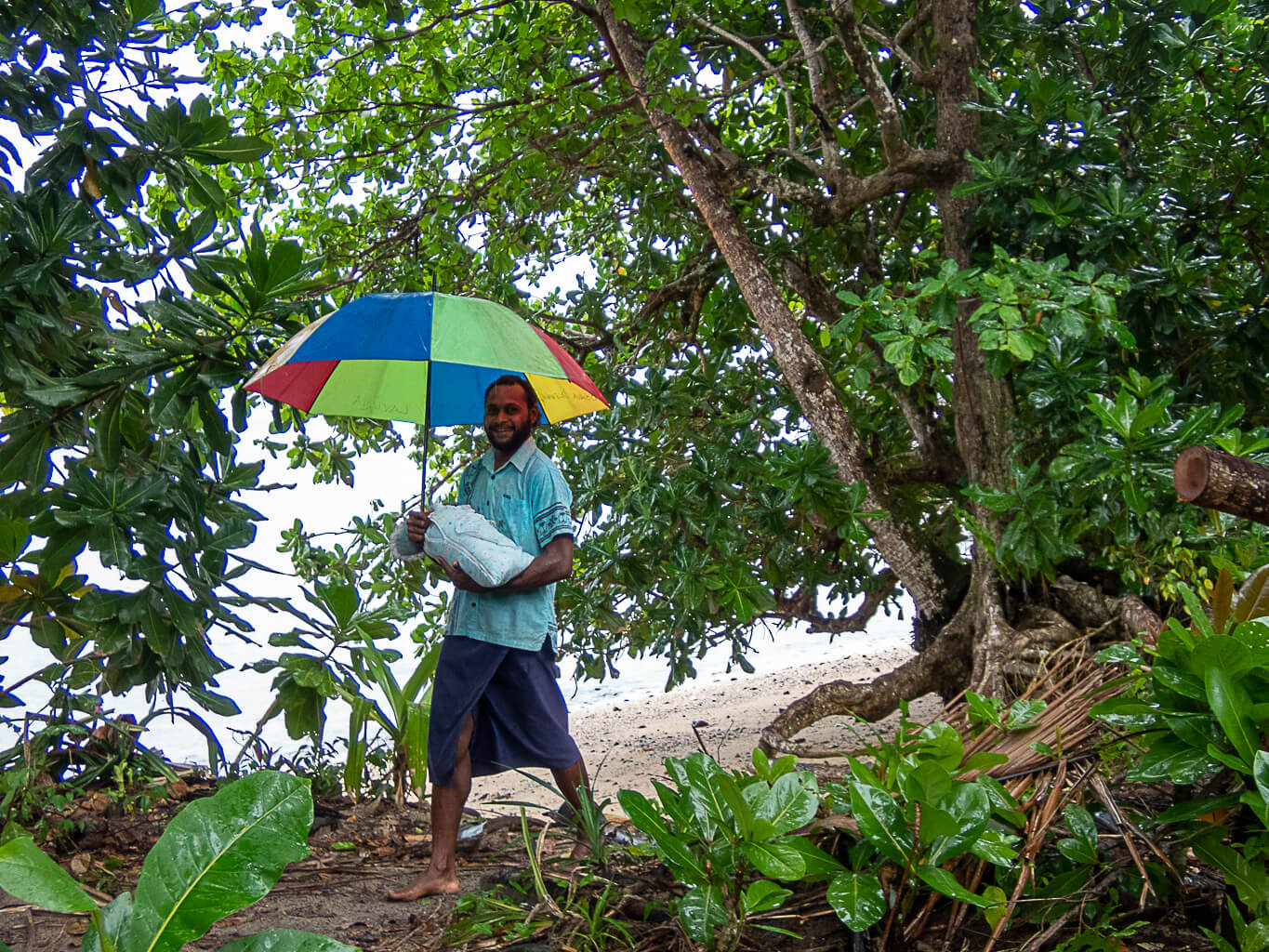
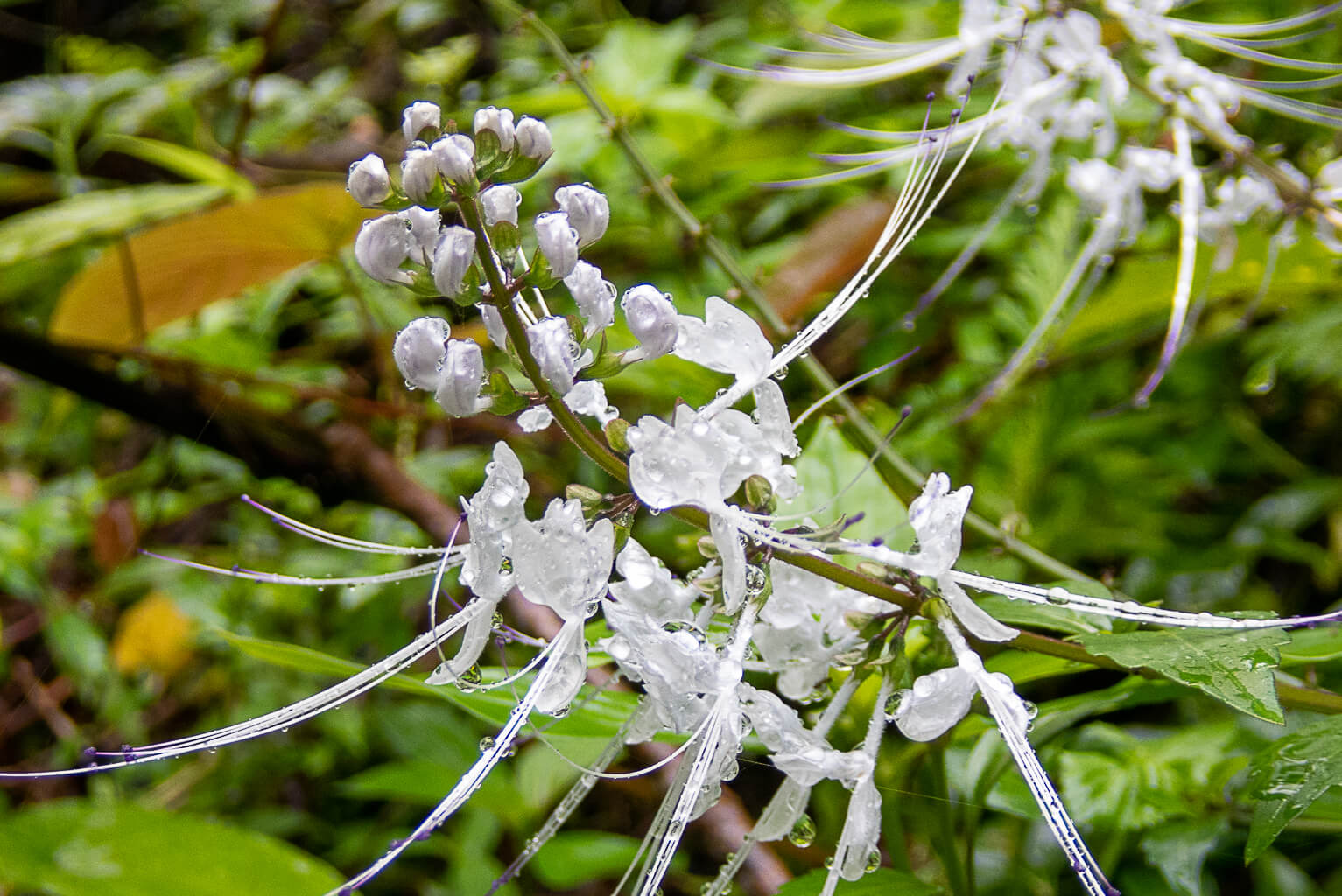
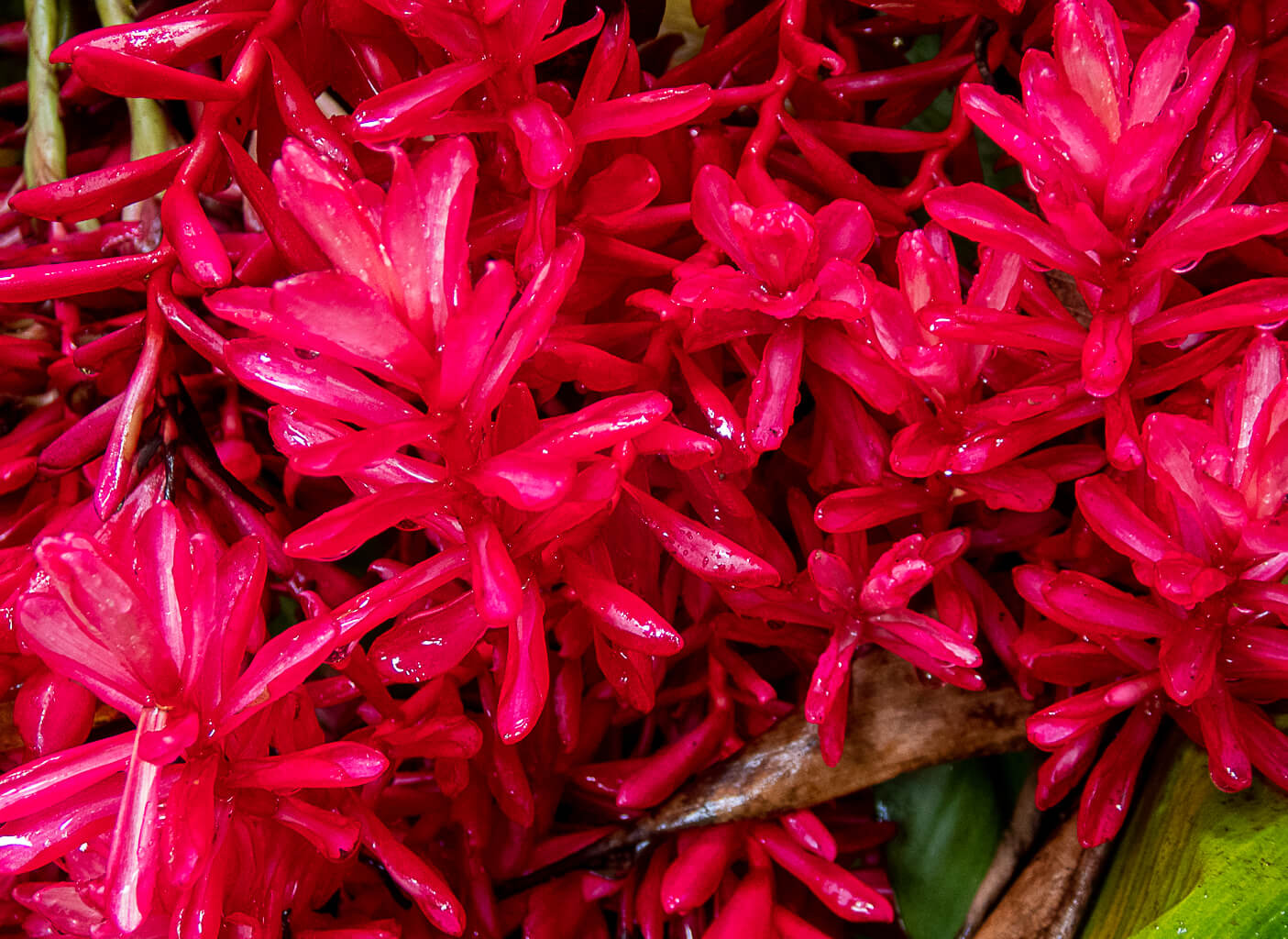
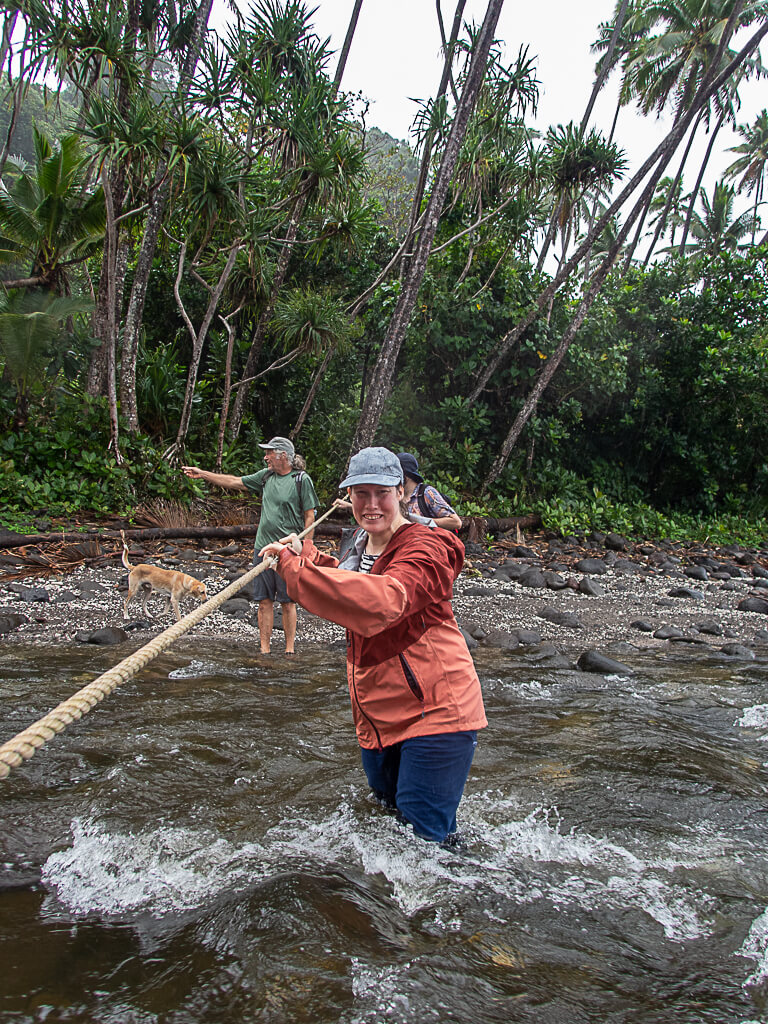
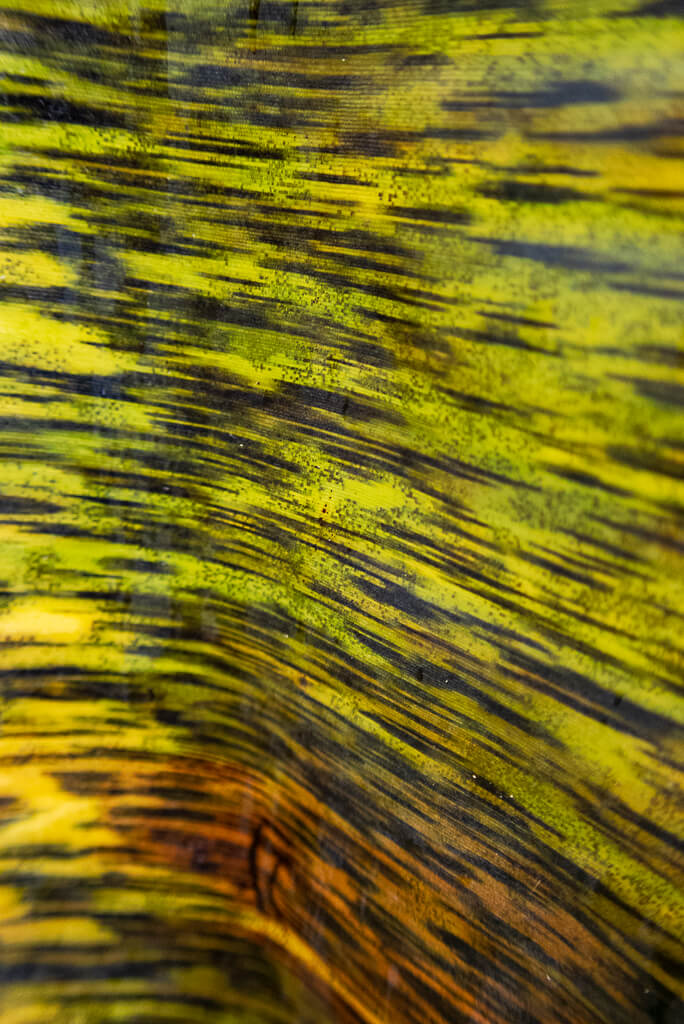

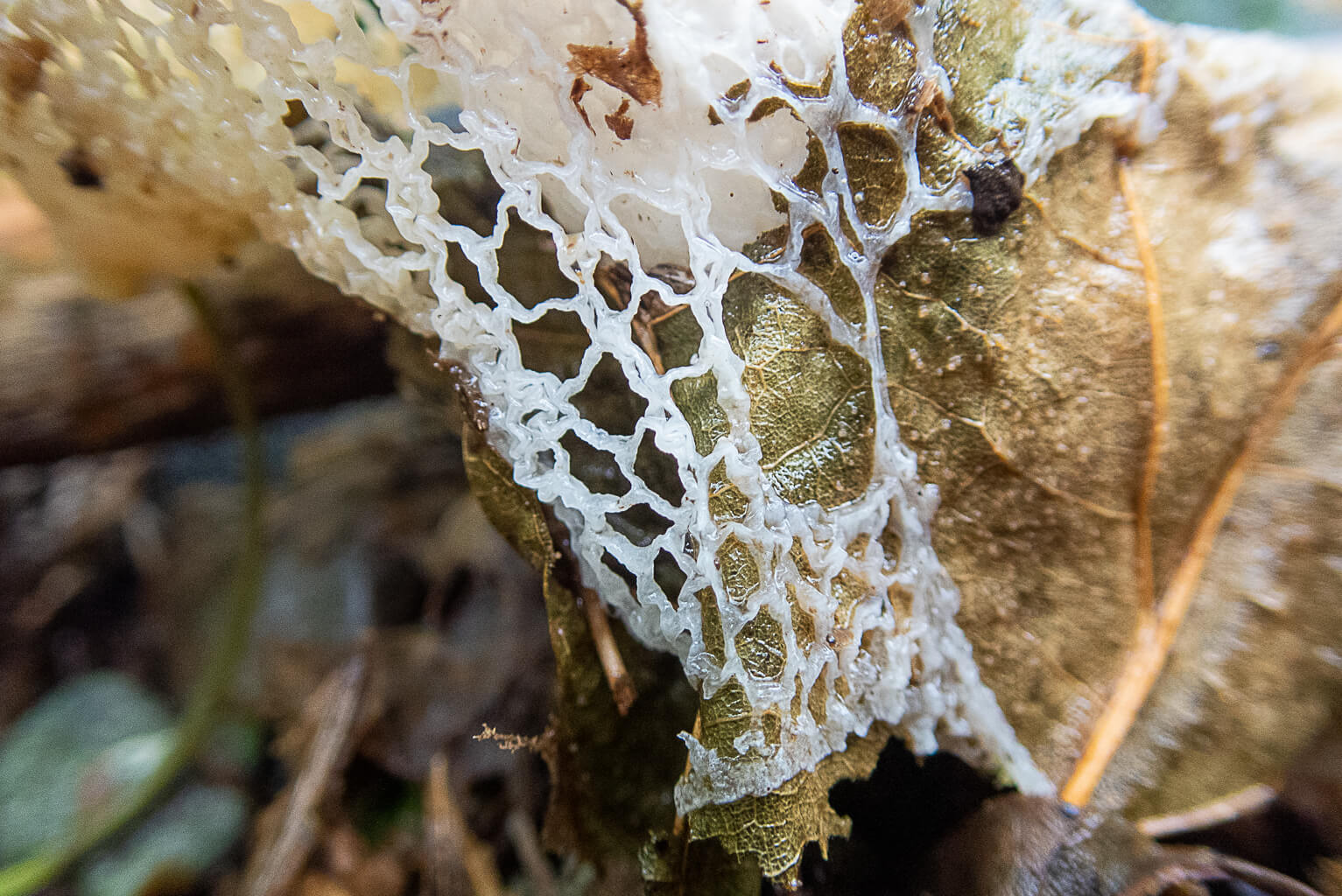
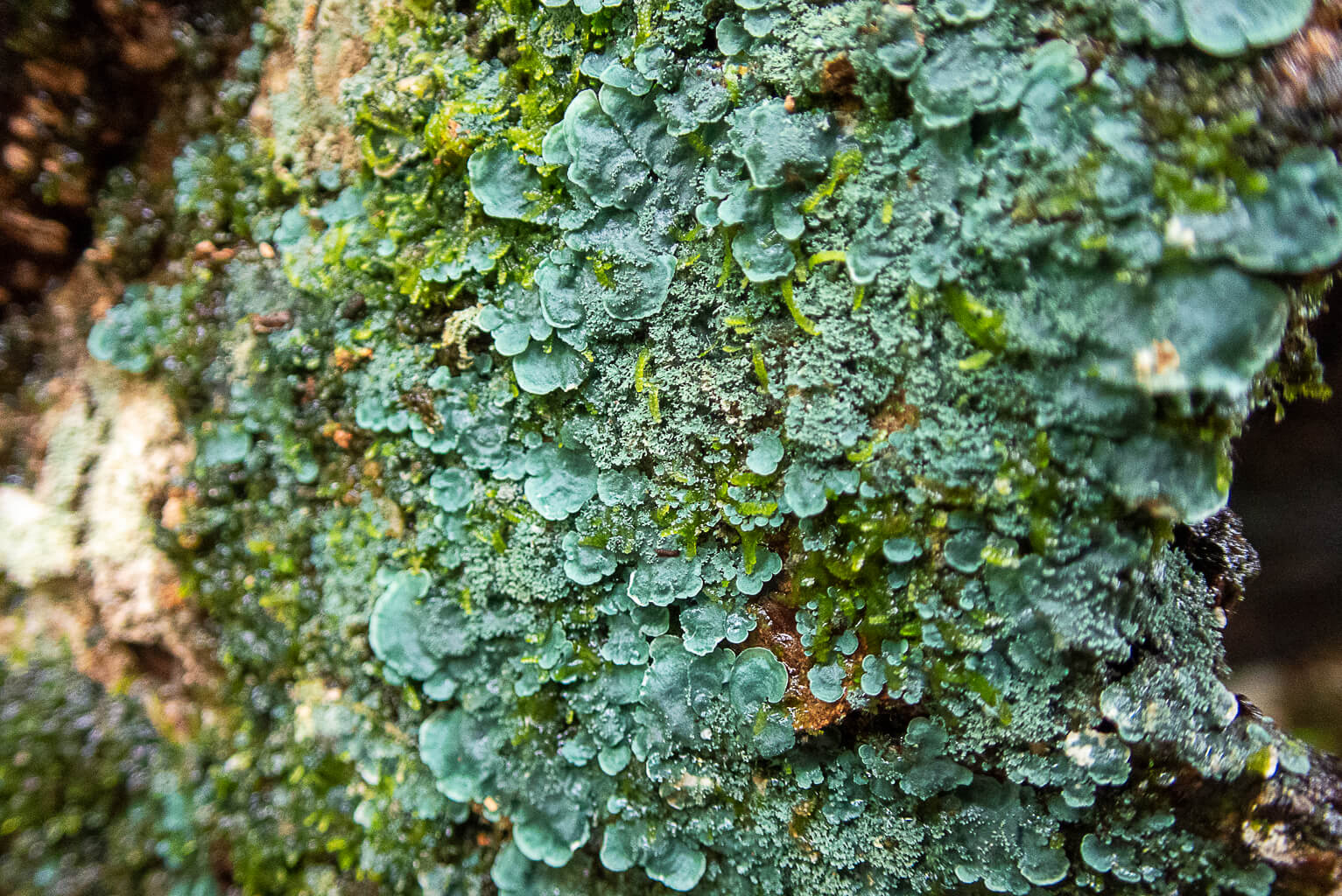

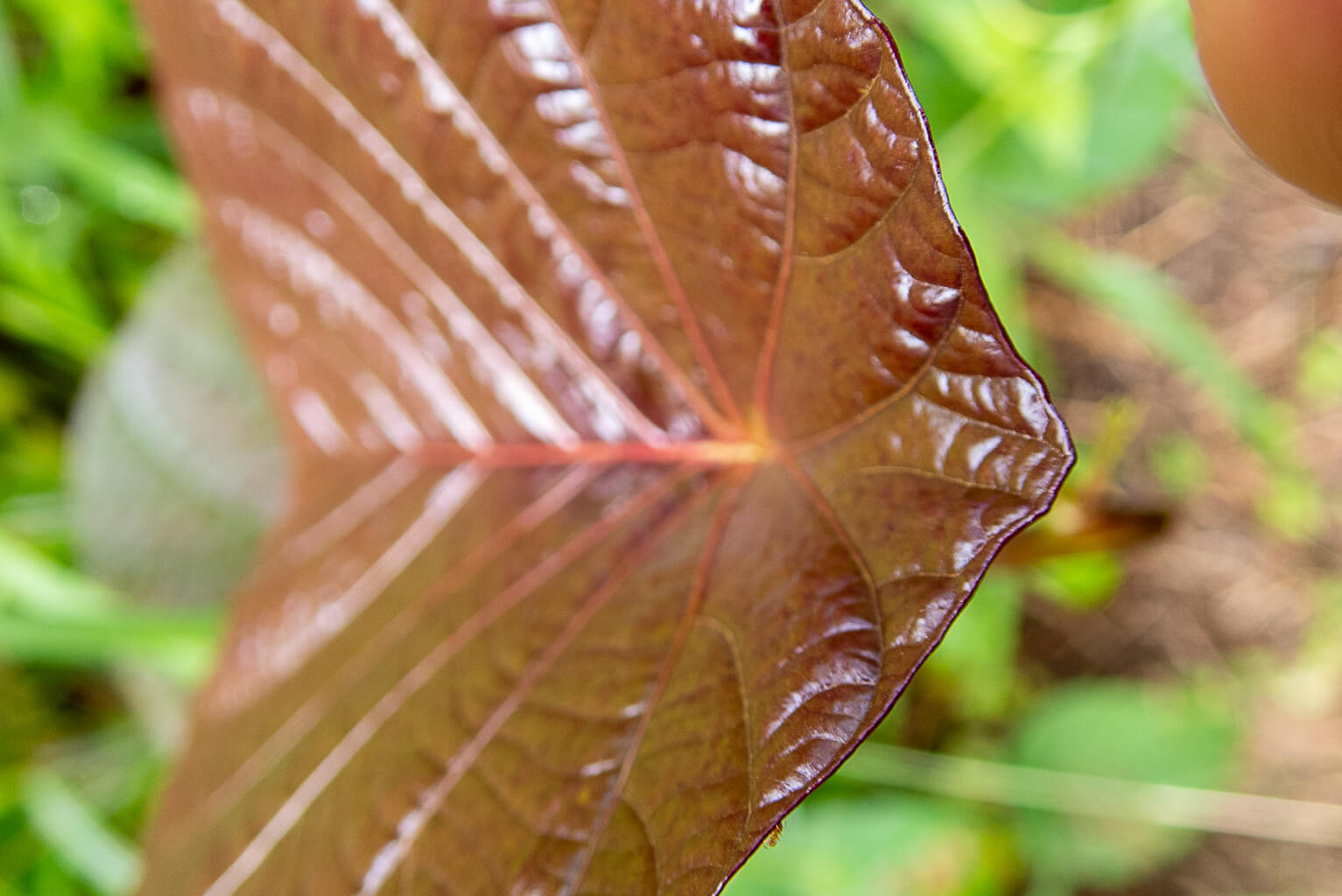
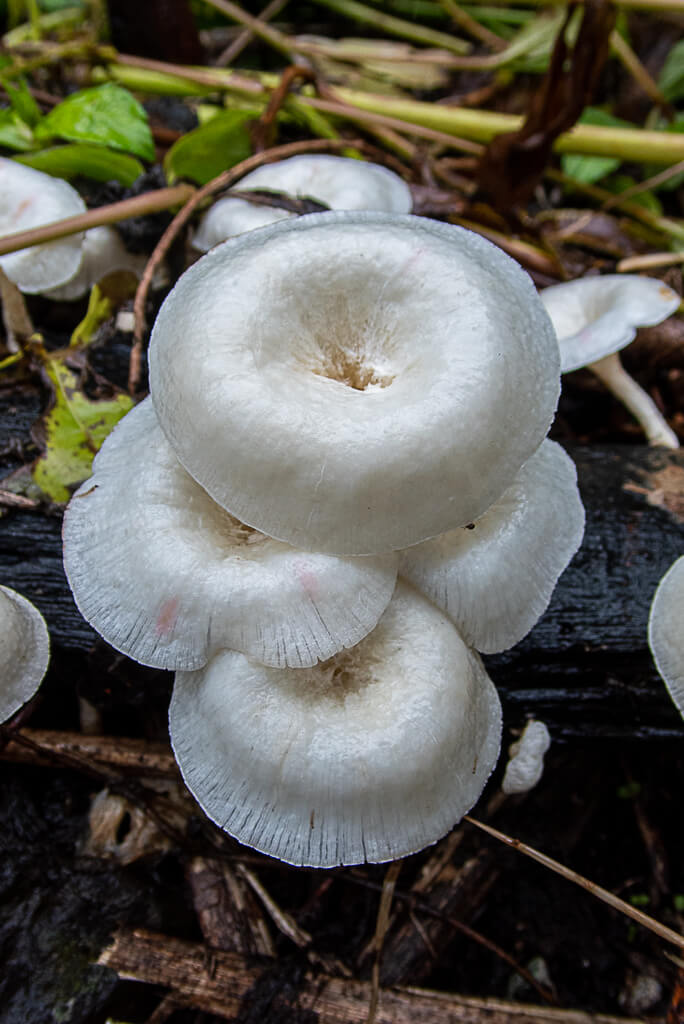
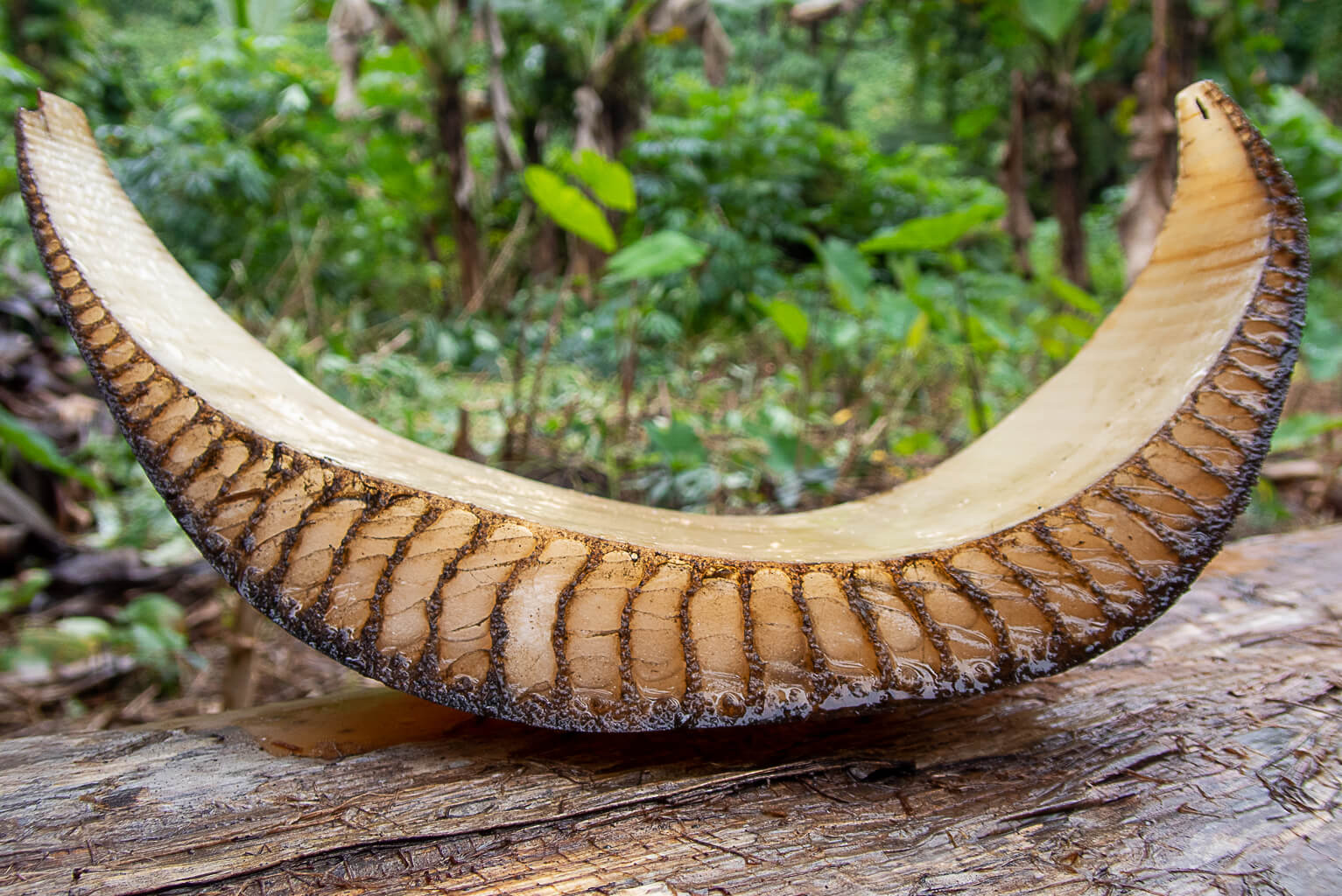

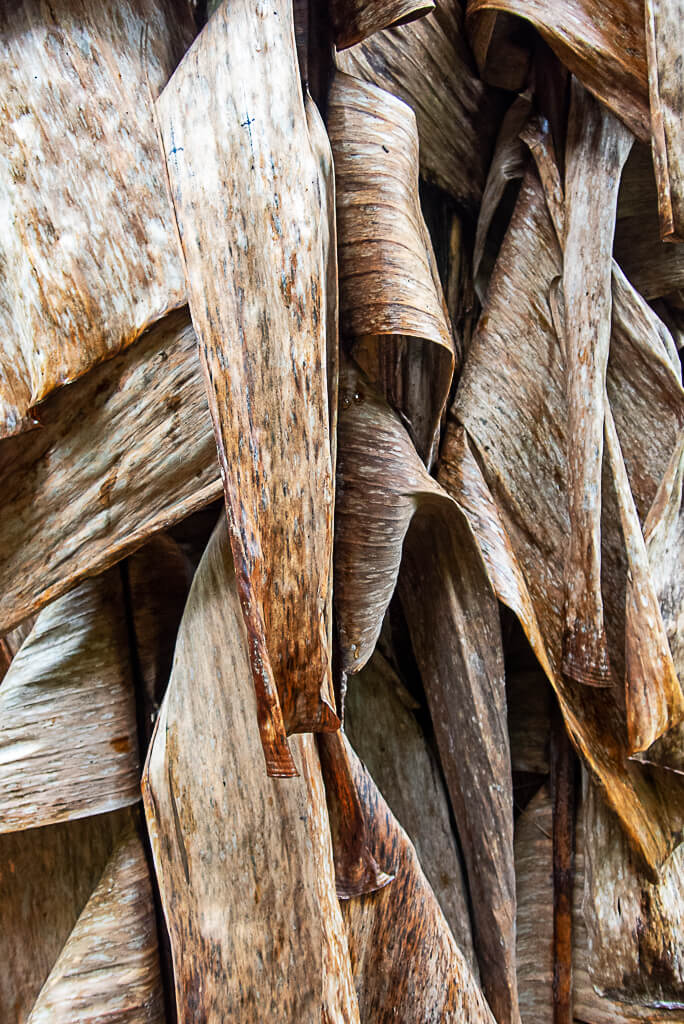
A windy Lavena coastal walk, winding up the luxuriant Wainibau valley to the thundering falls. The usual swim against the current in warm fresh water, clinging to the cliff walls between dashes across the torrent. Liam and Diana make it the whole way. A 70 year old Fijian guide urges his charges on, climbs the cliff for a daring dive he must have made since a child. ~MS
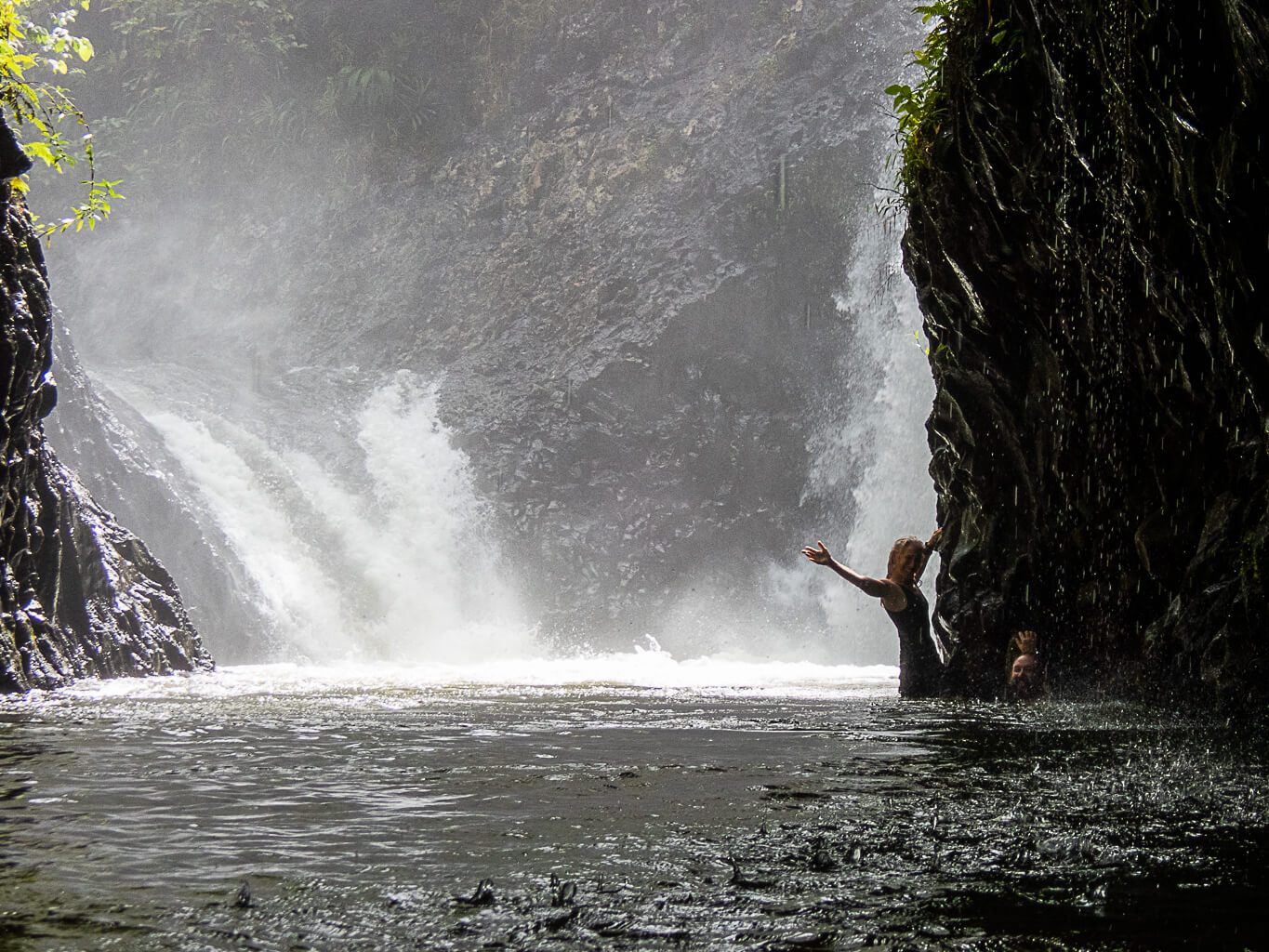
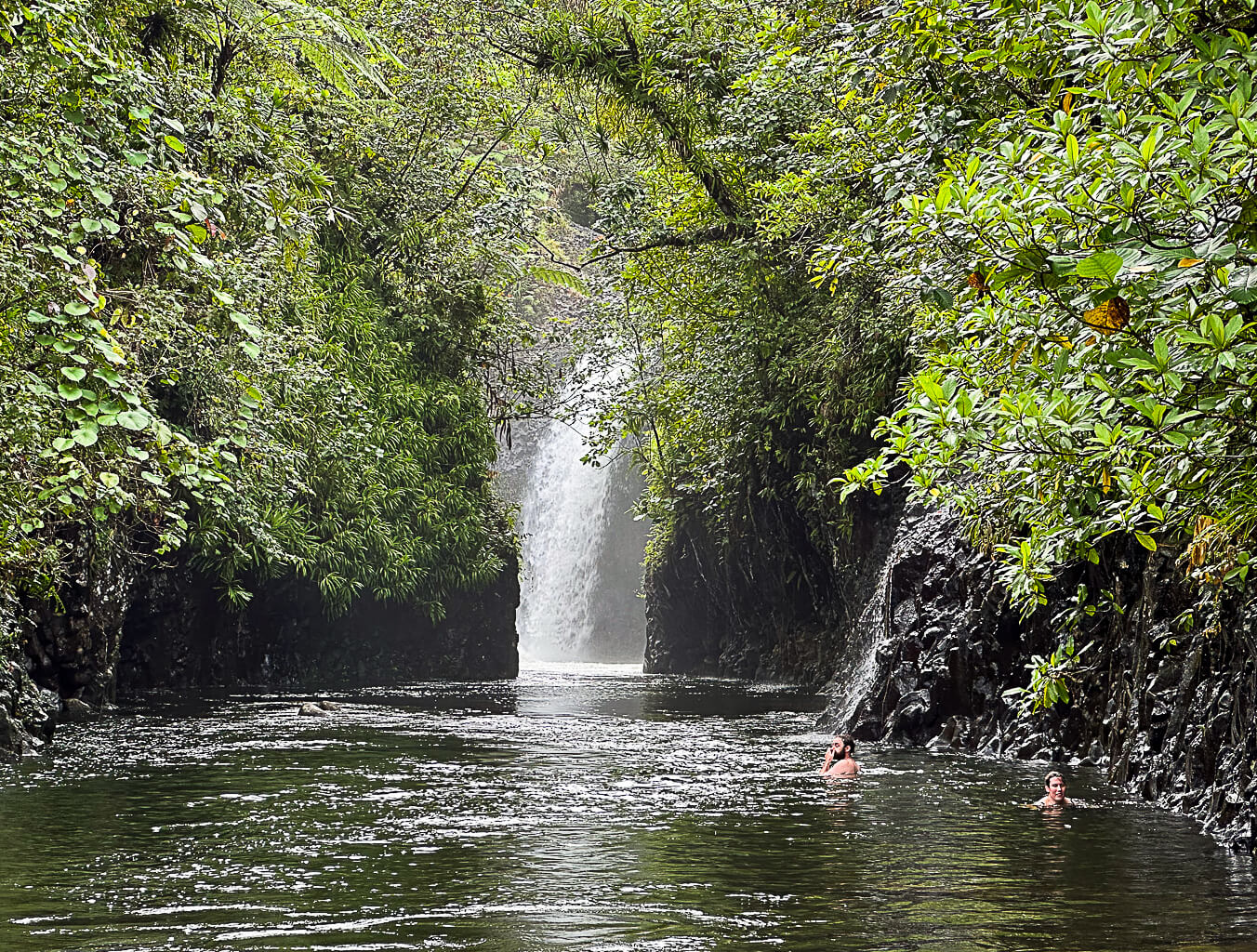
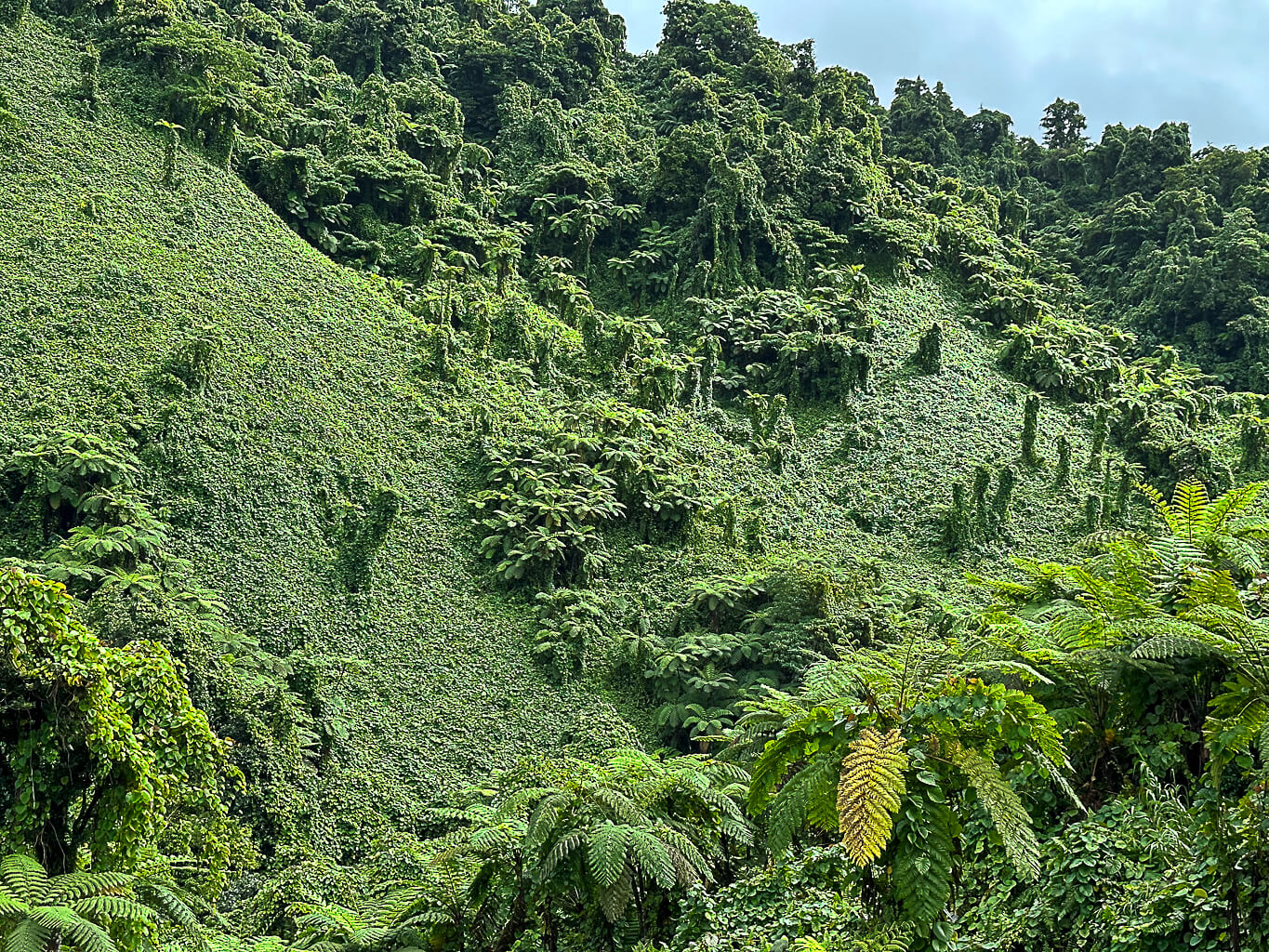



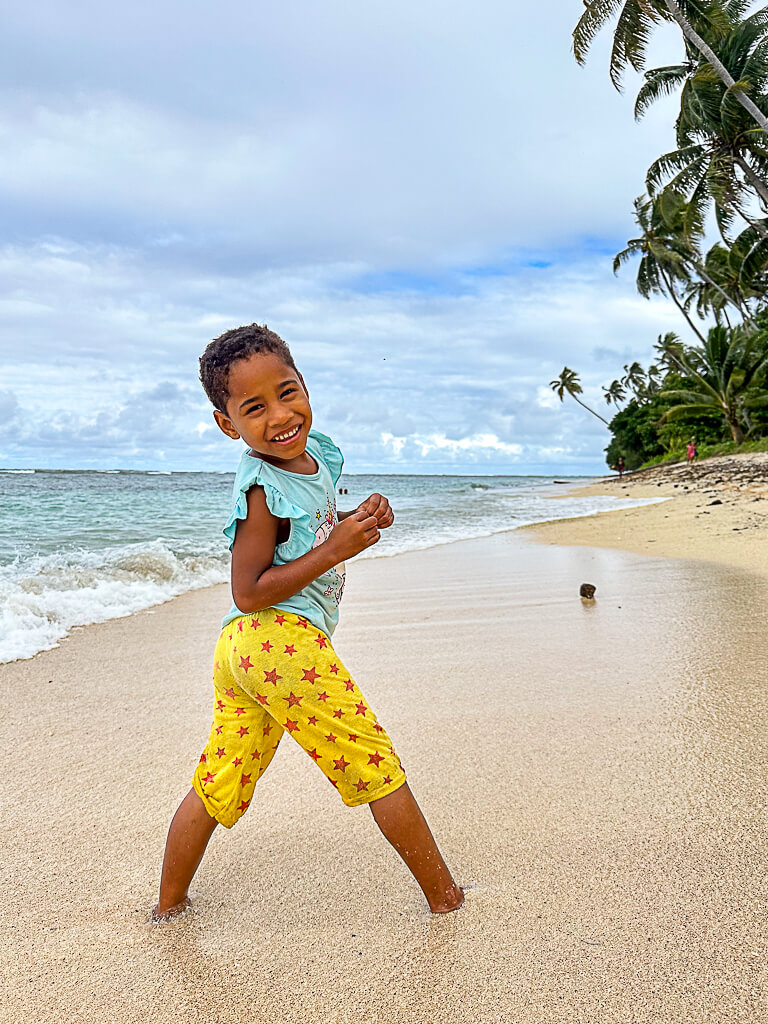
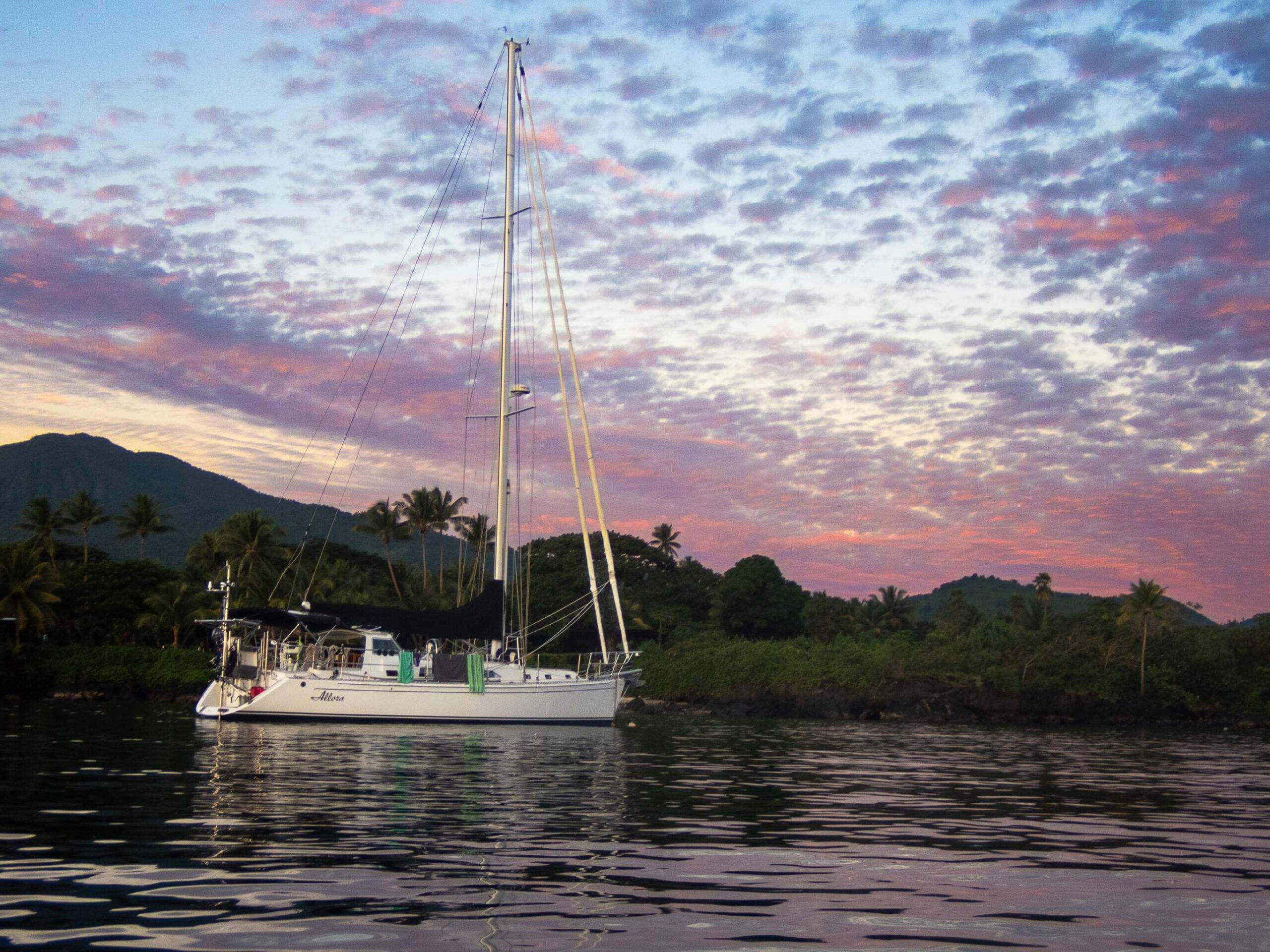
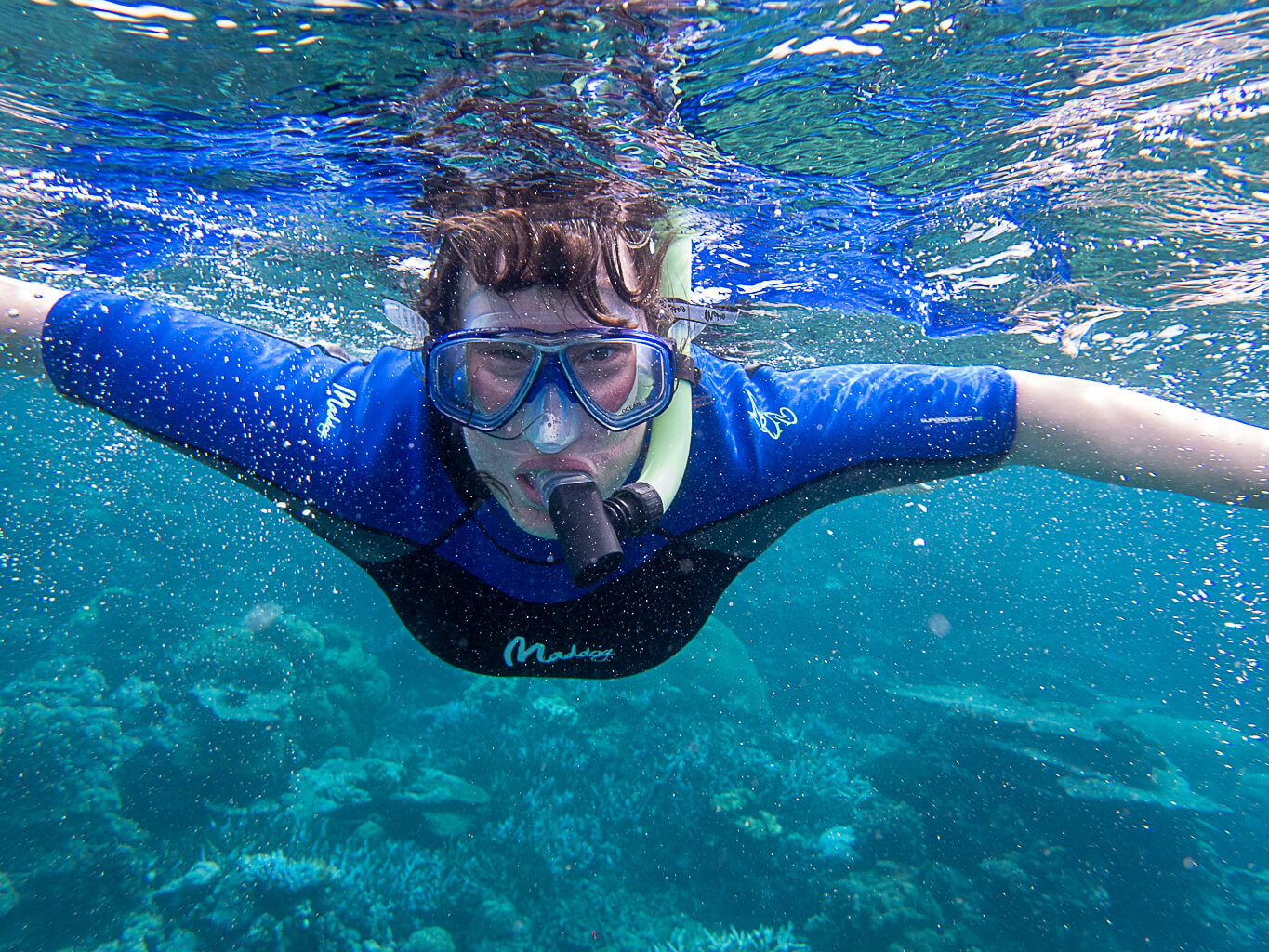

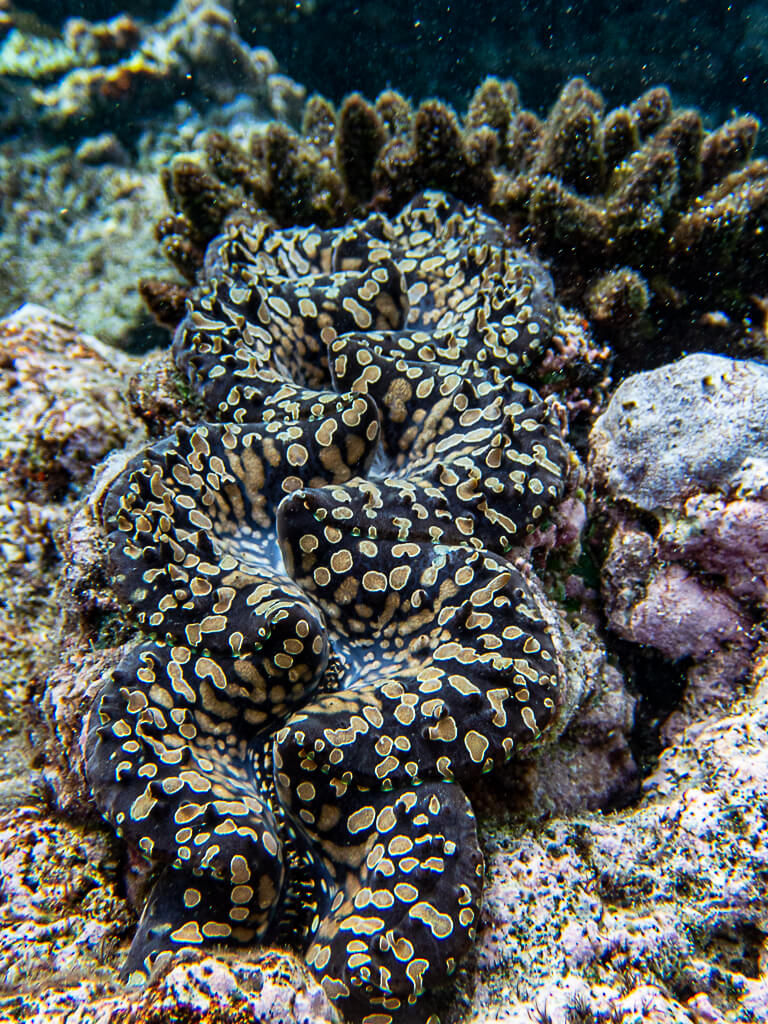
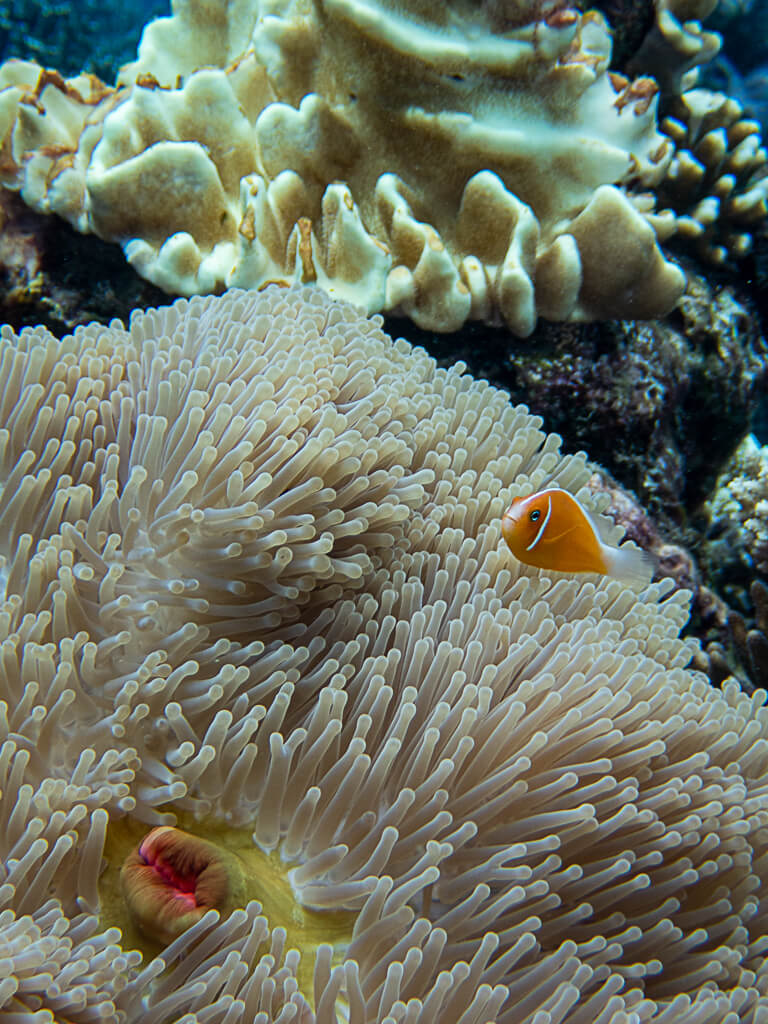
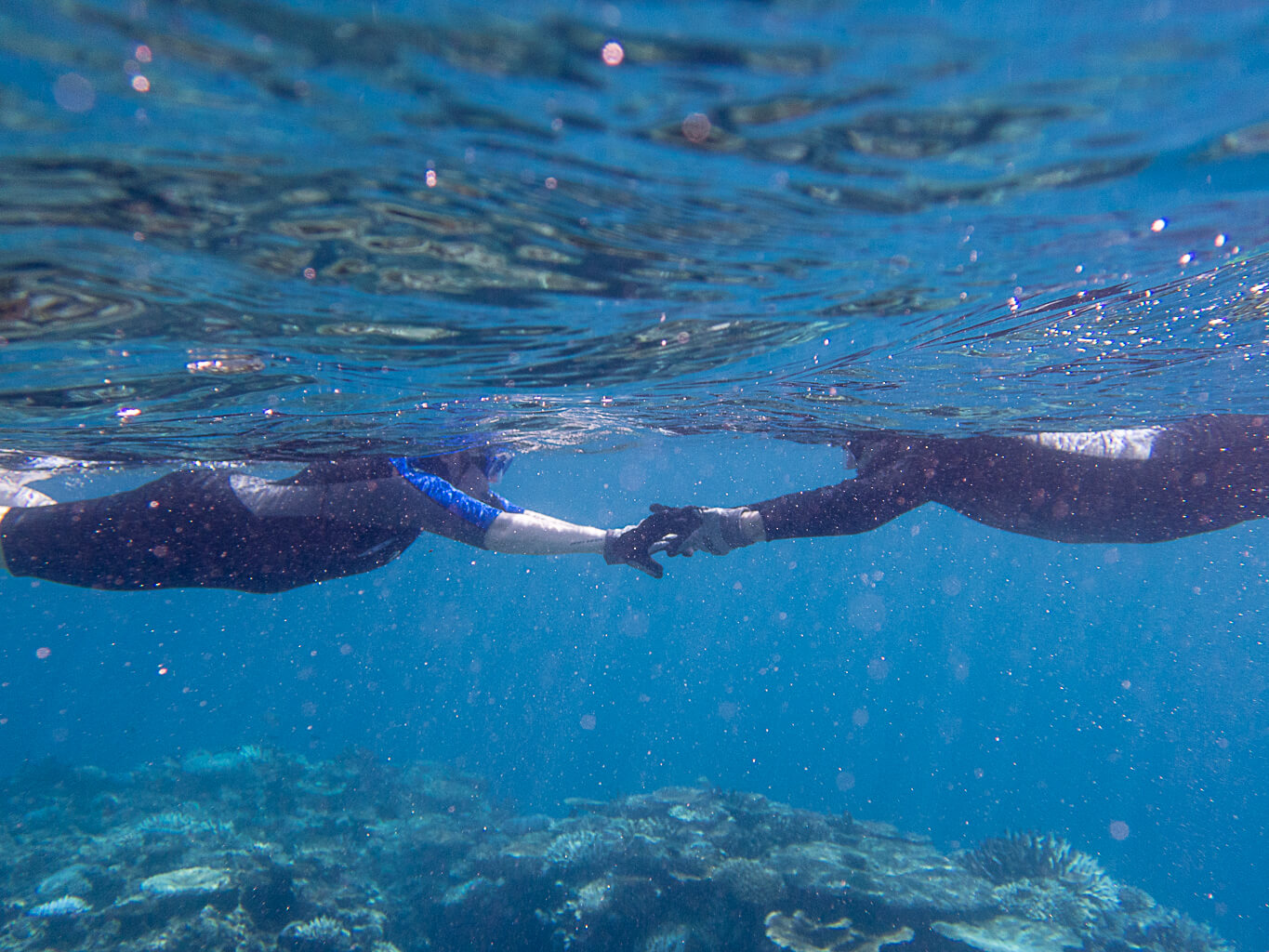

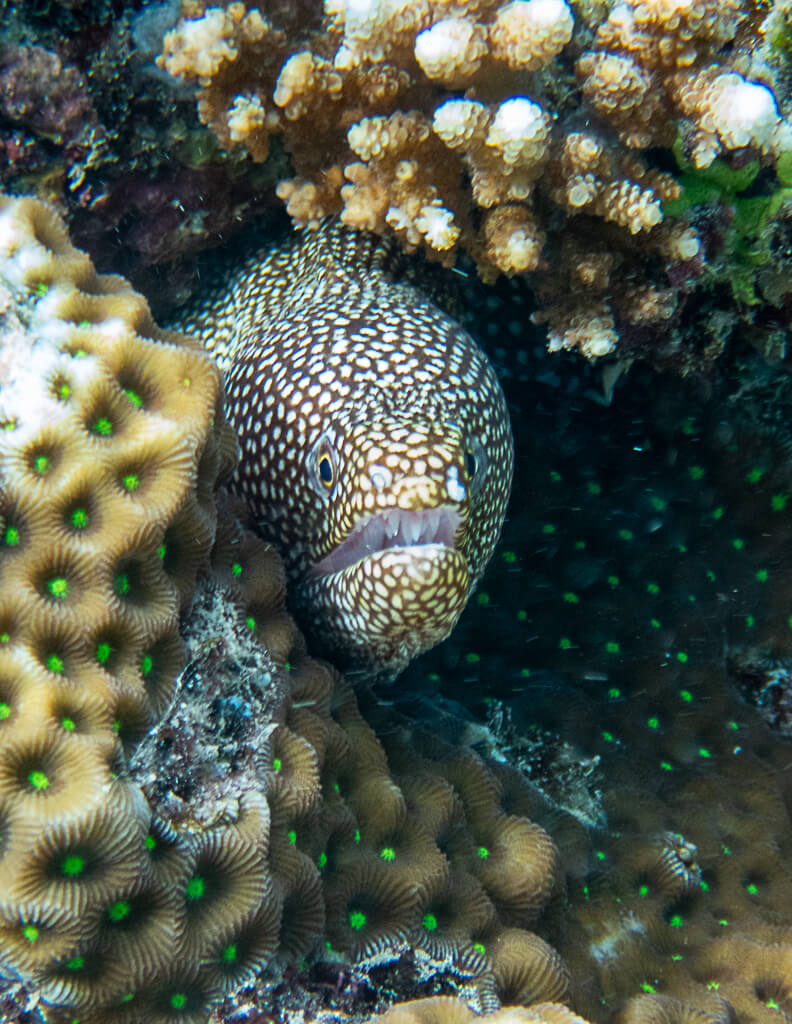
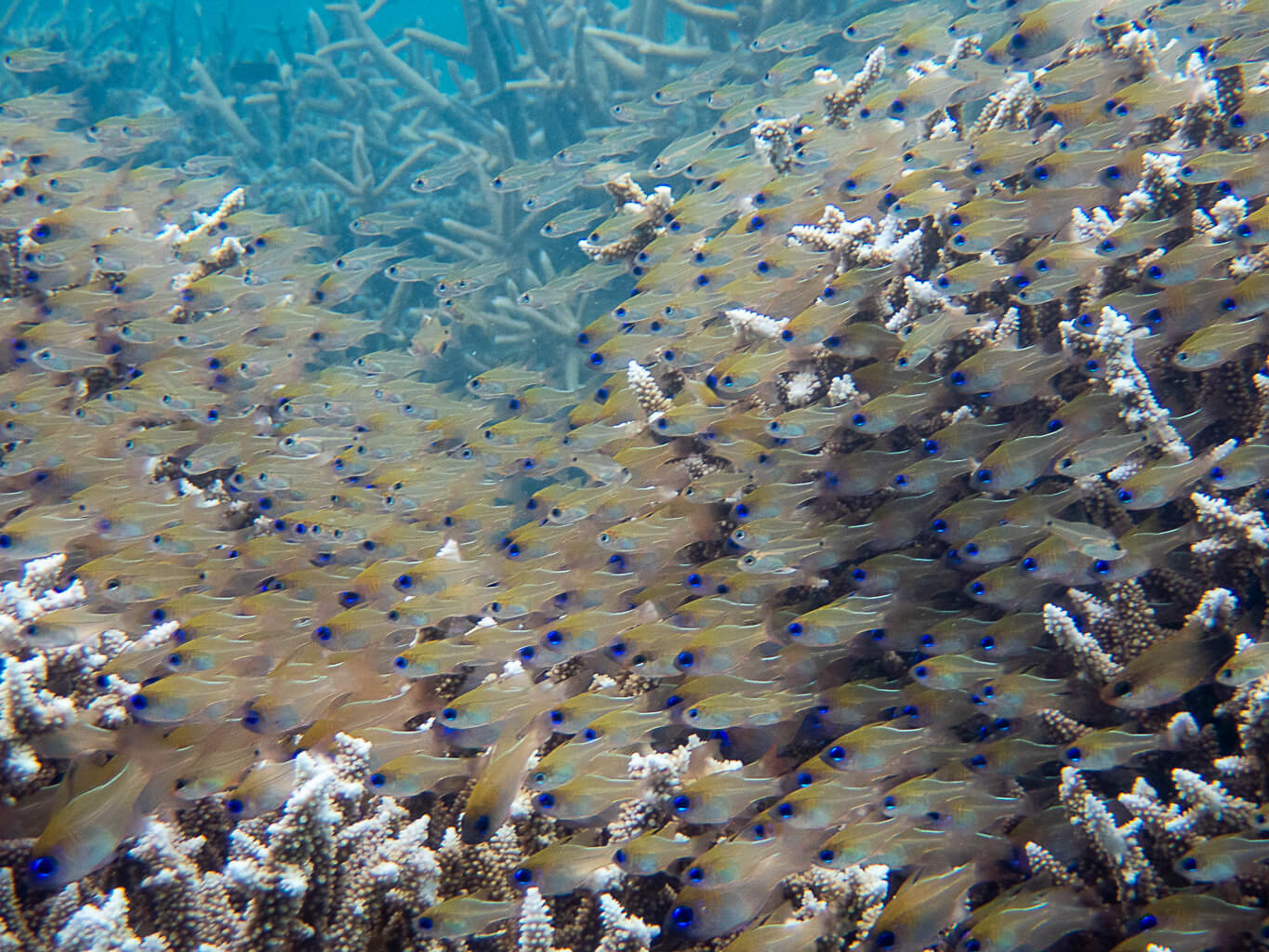
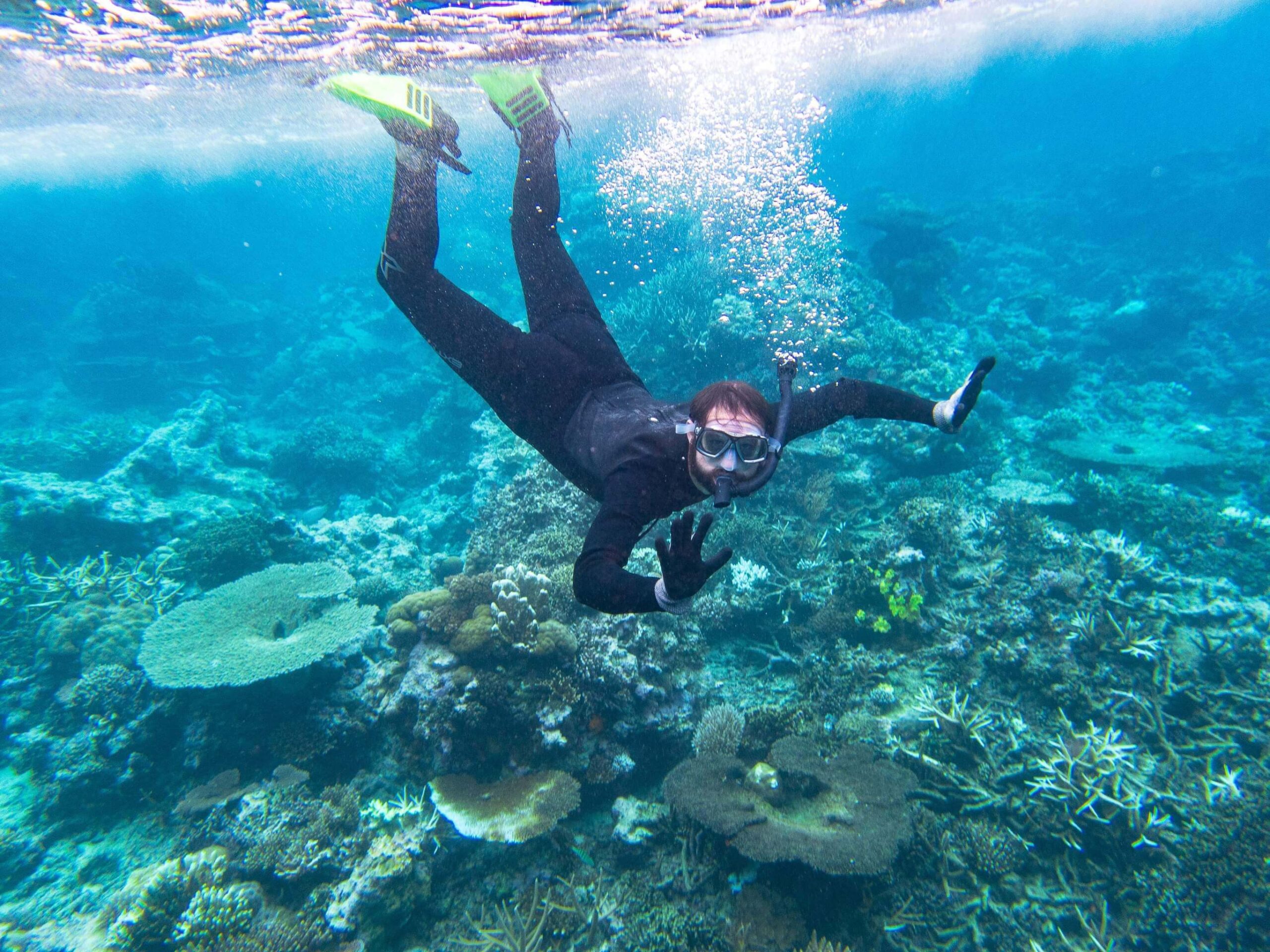
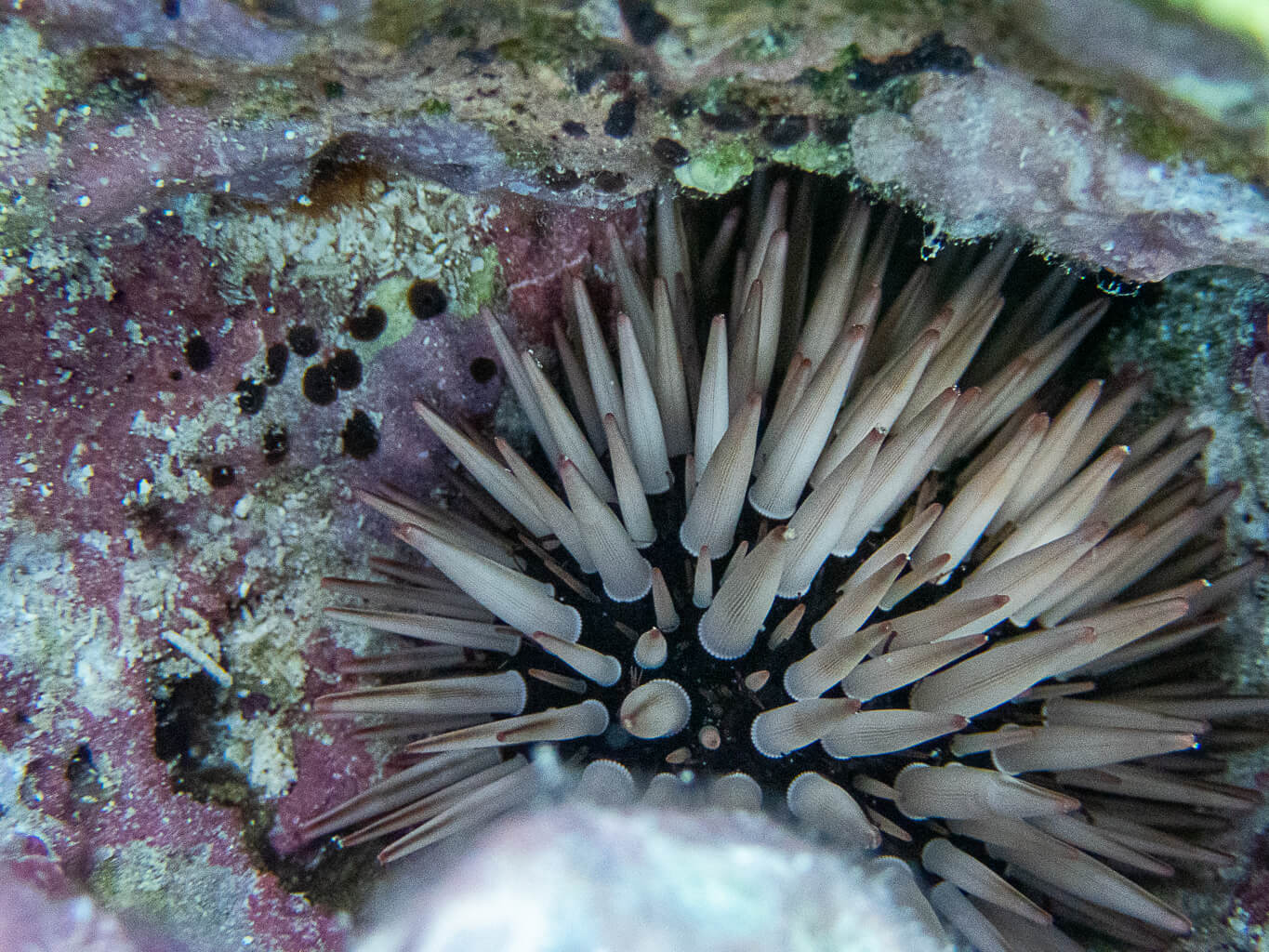
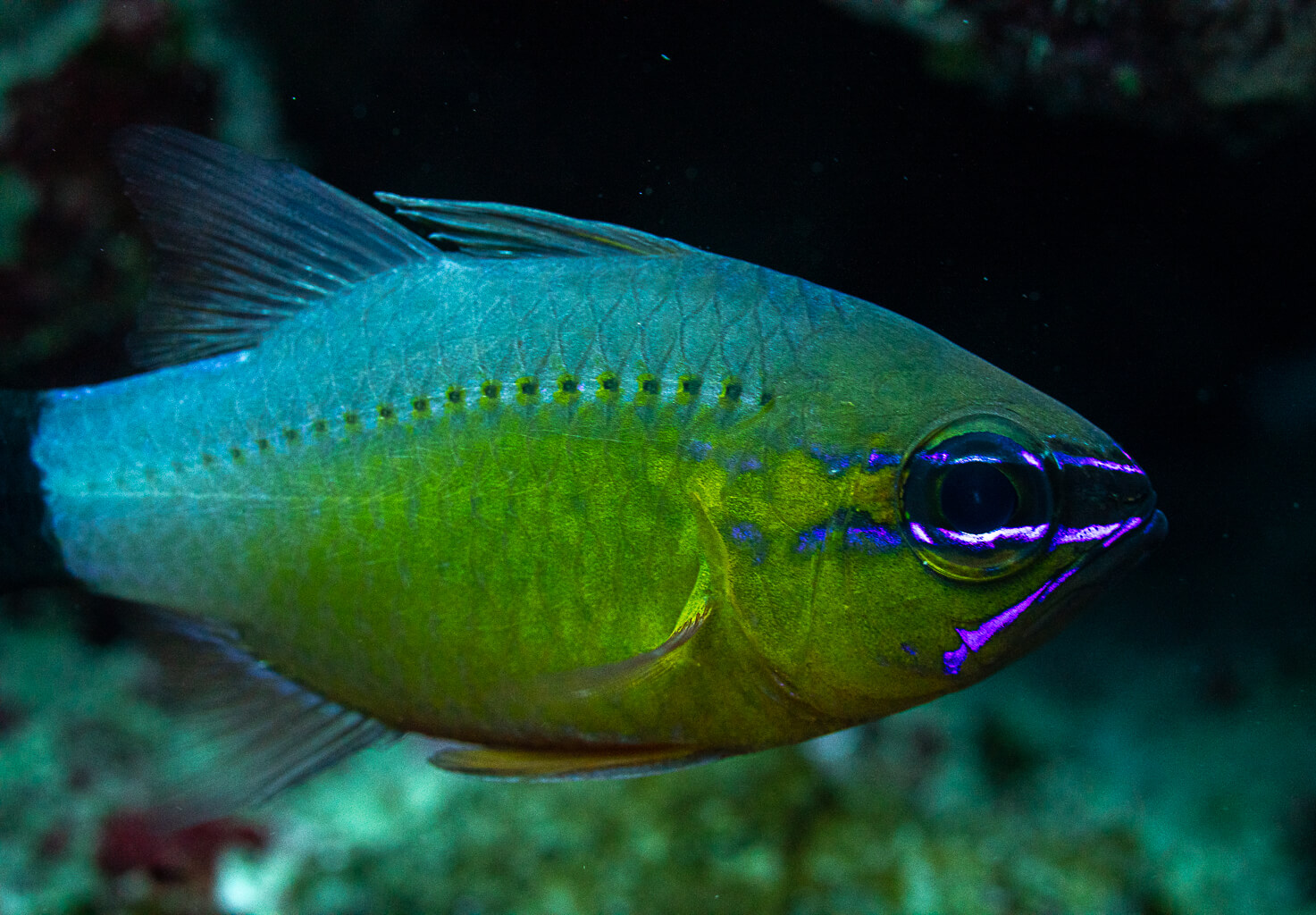
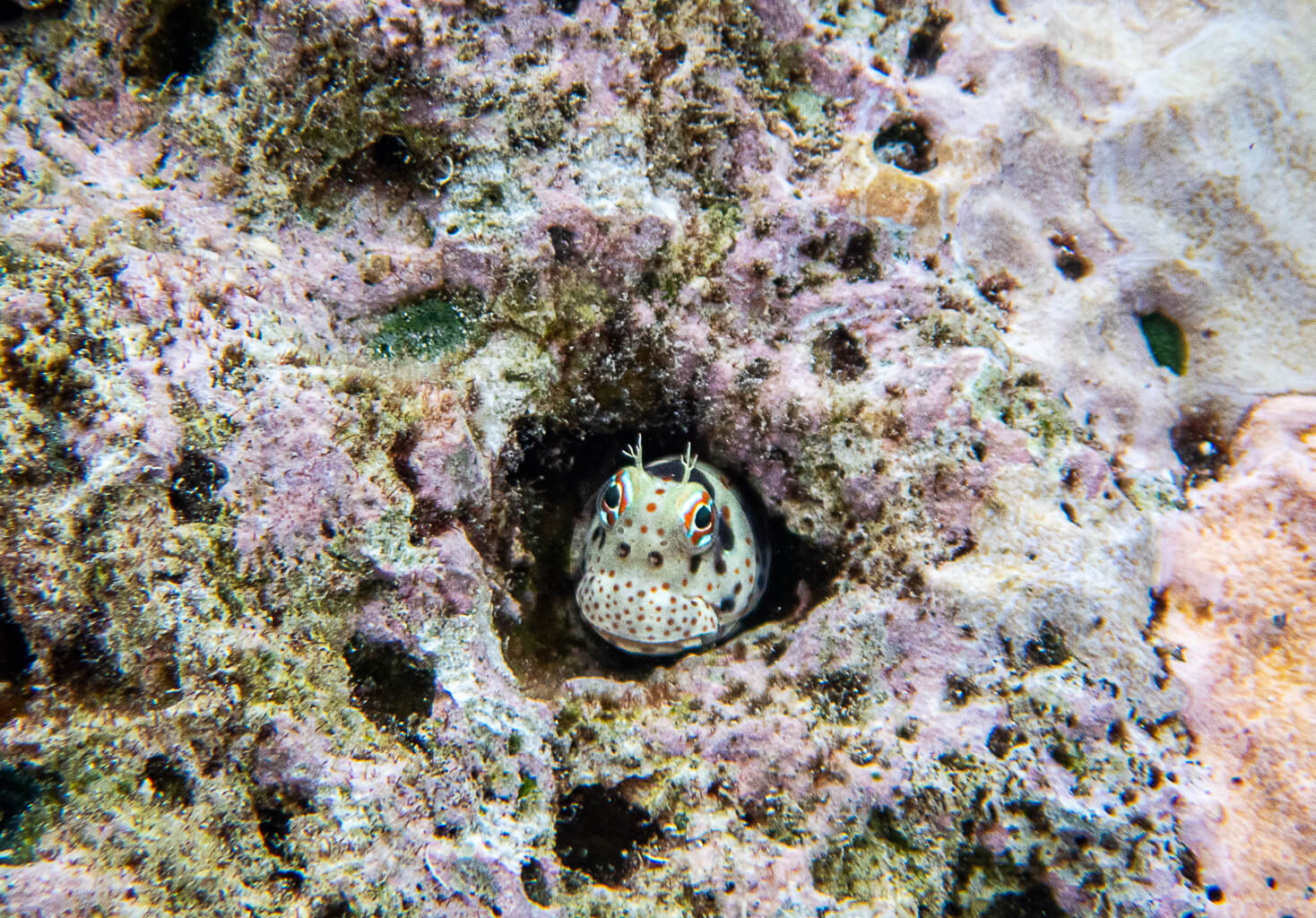

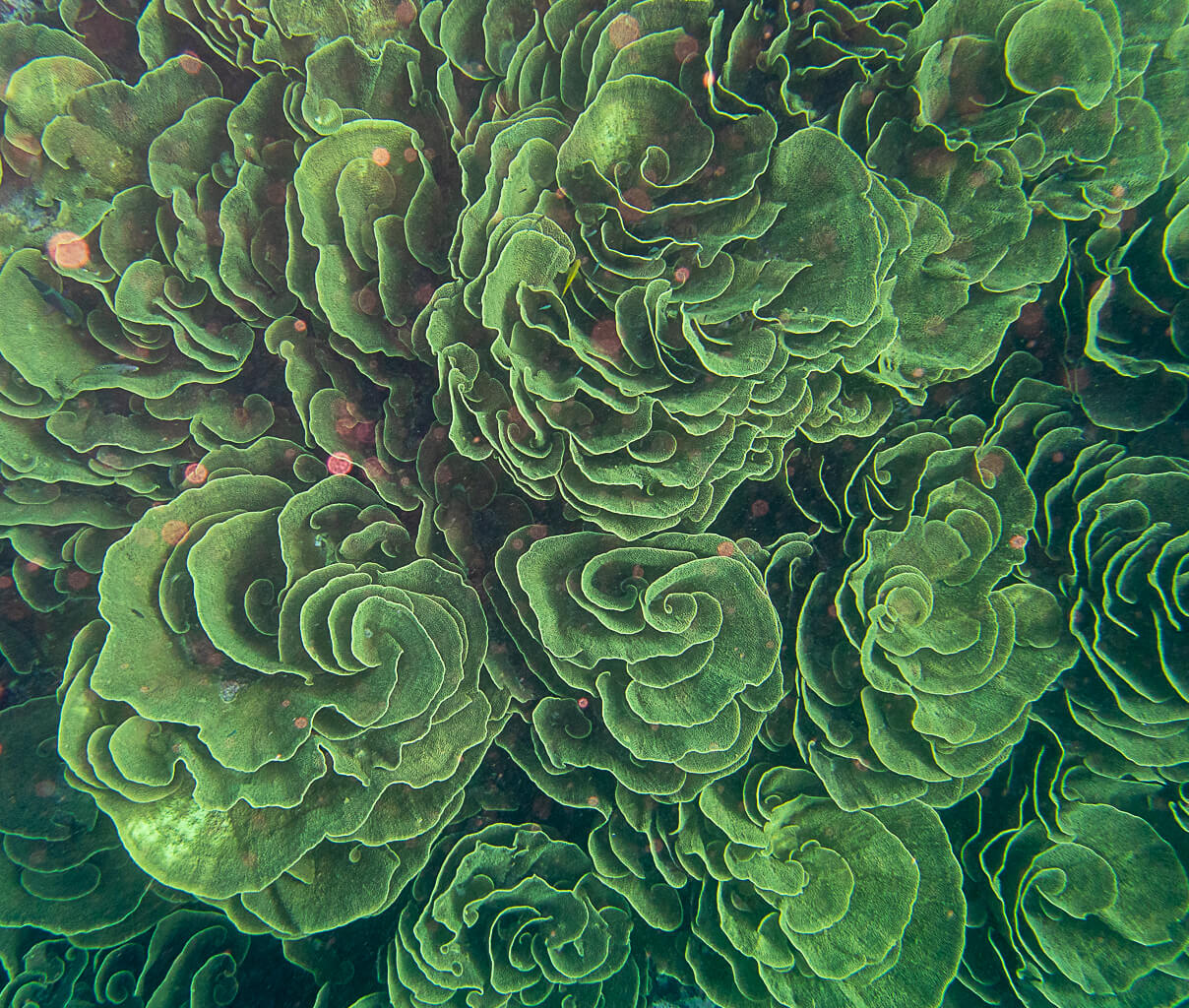
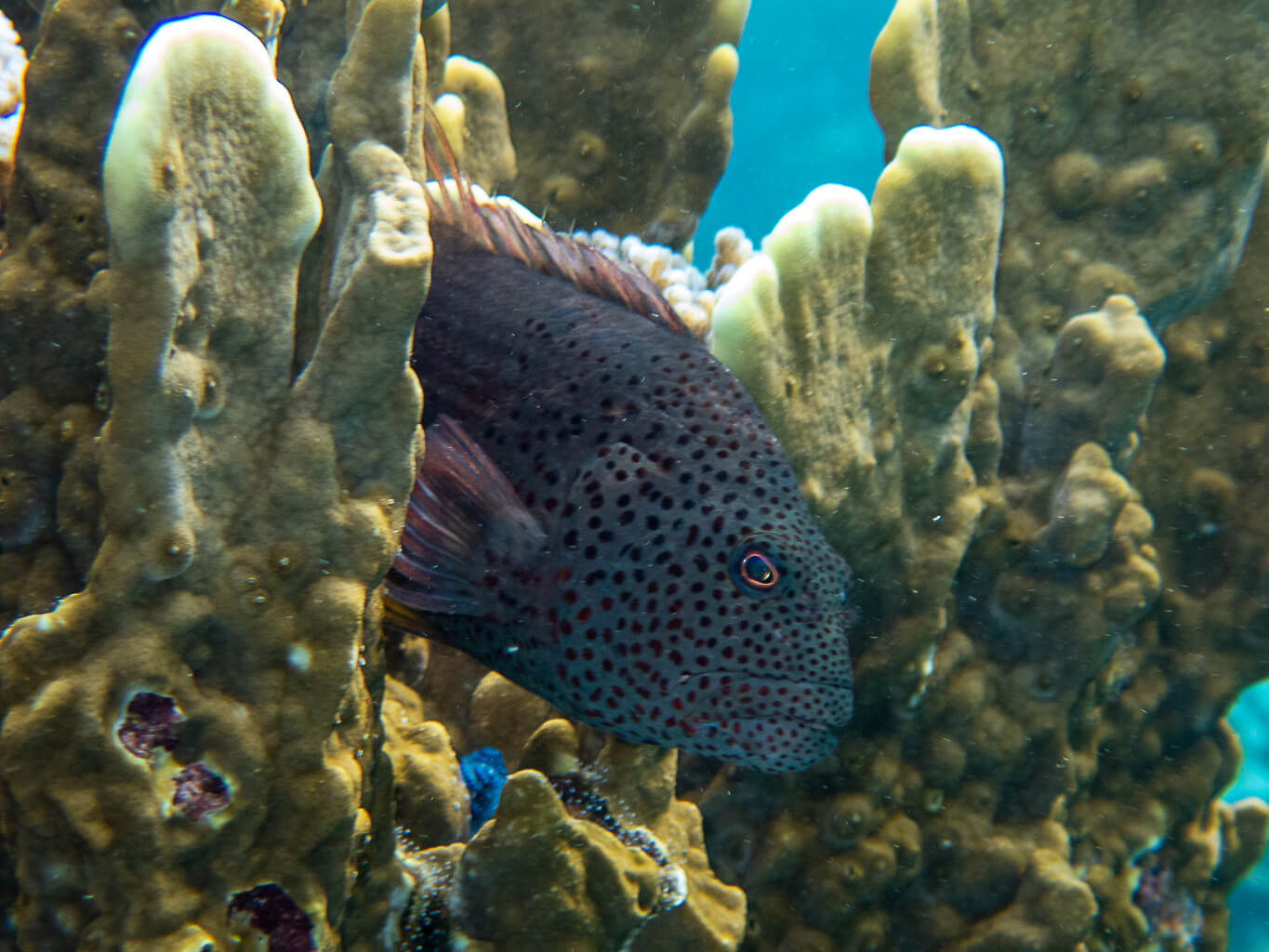
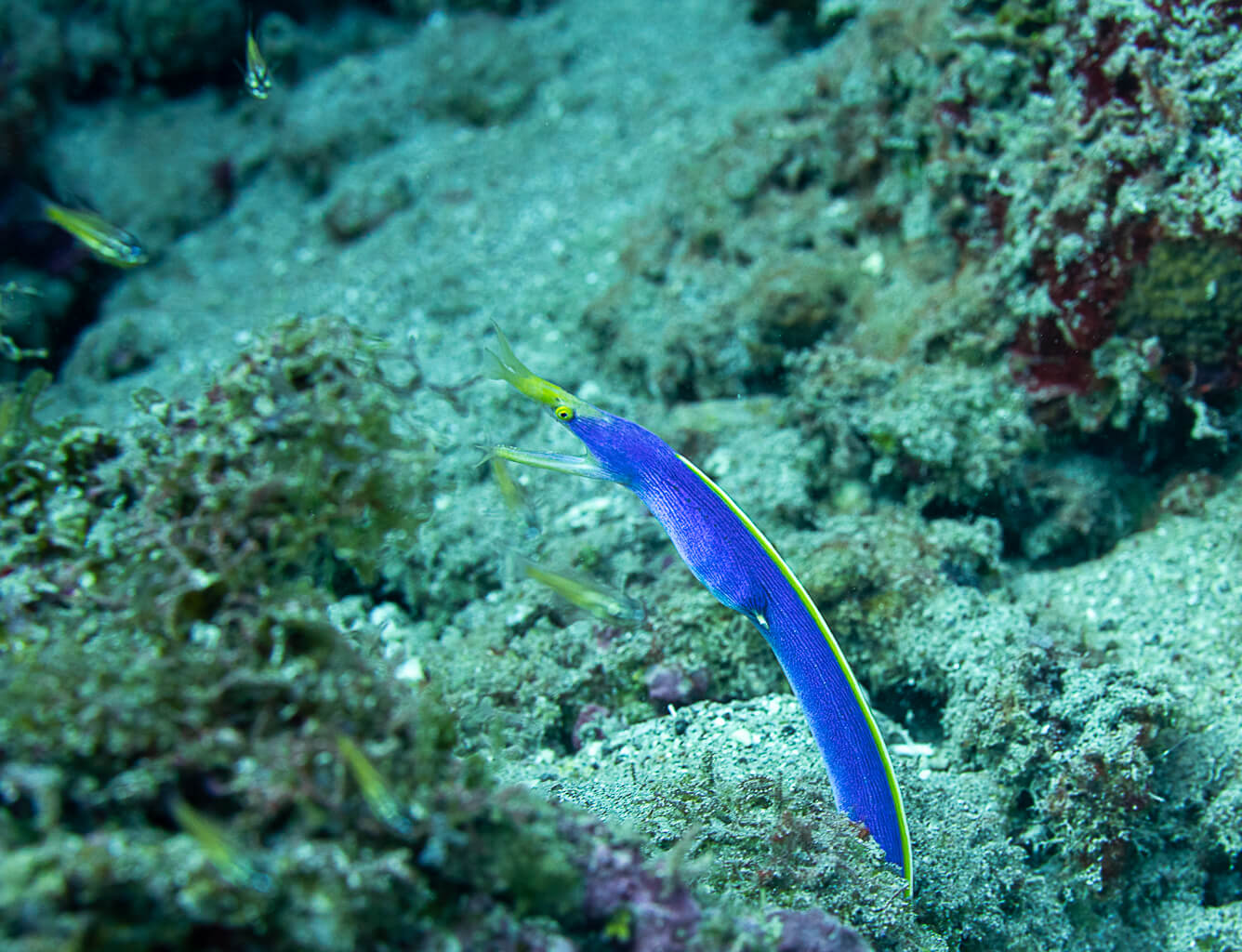
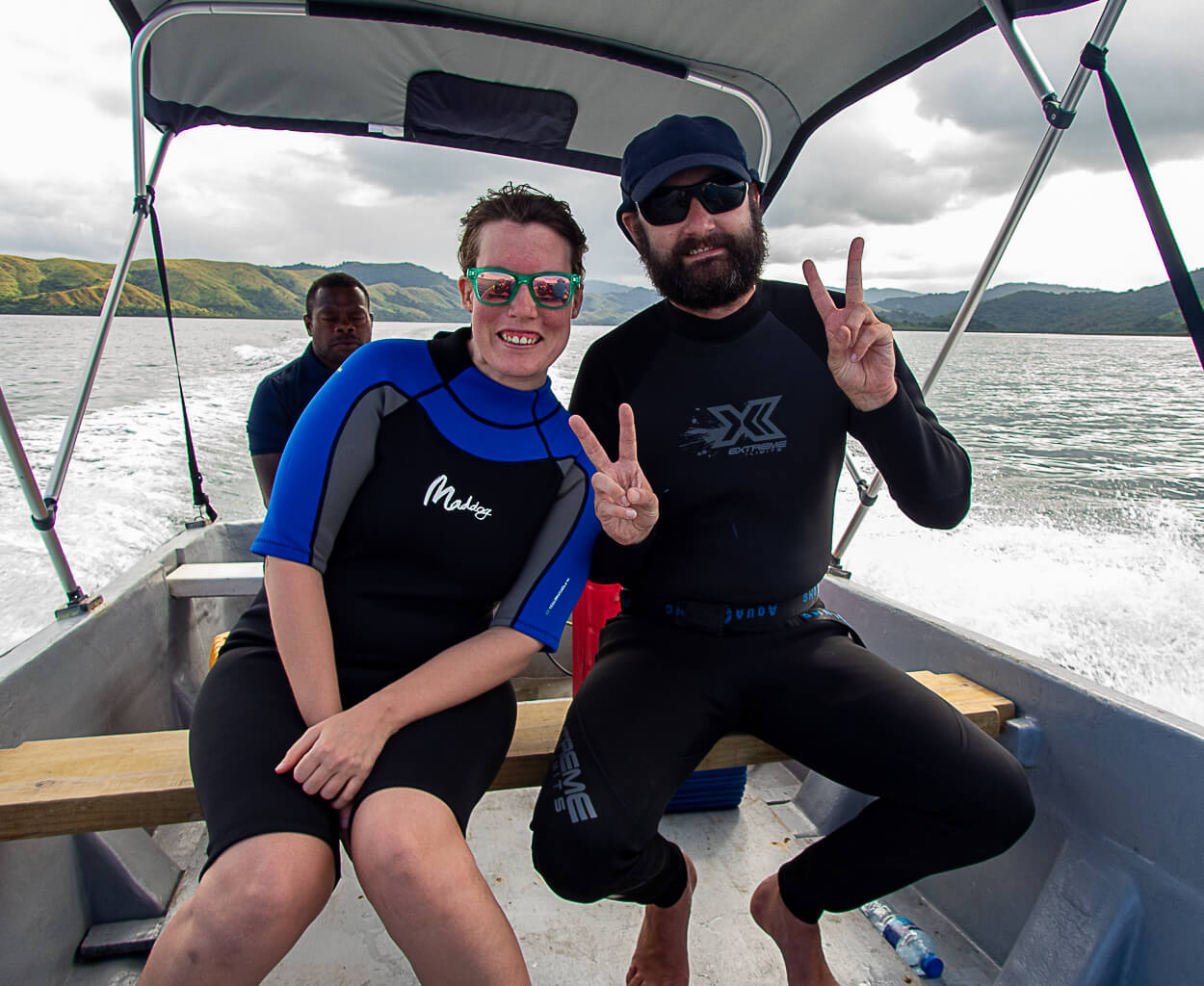


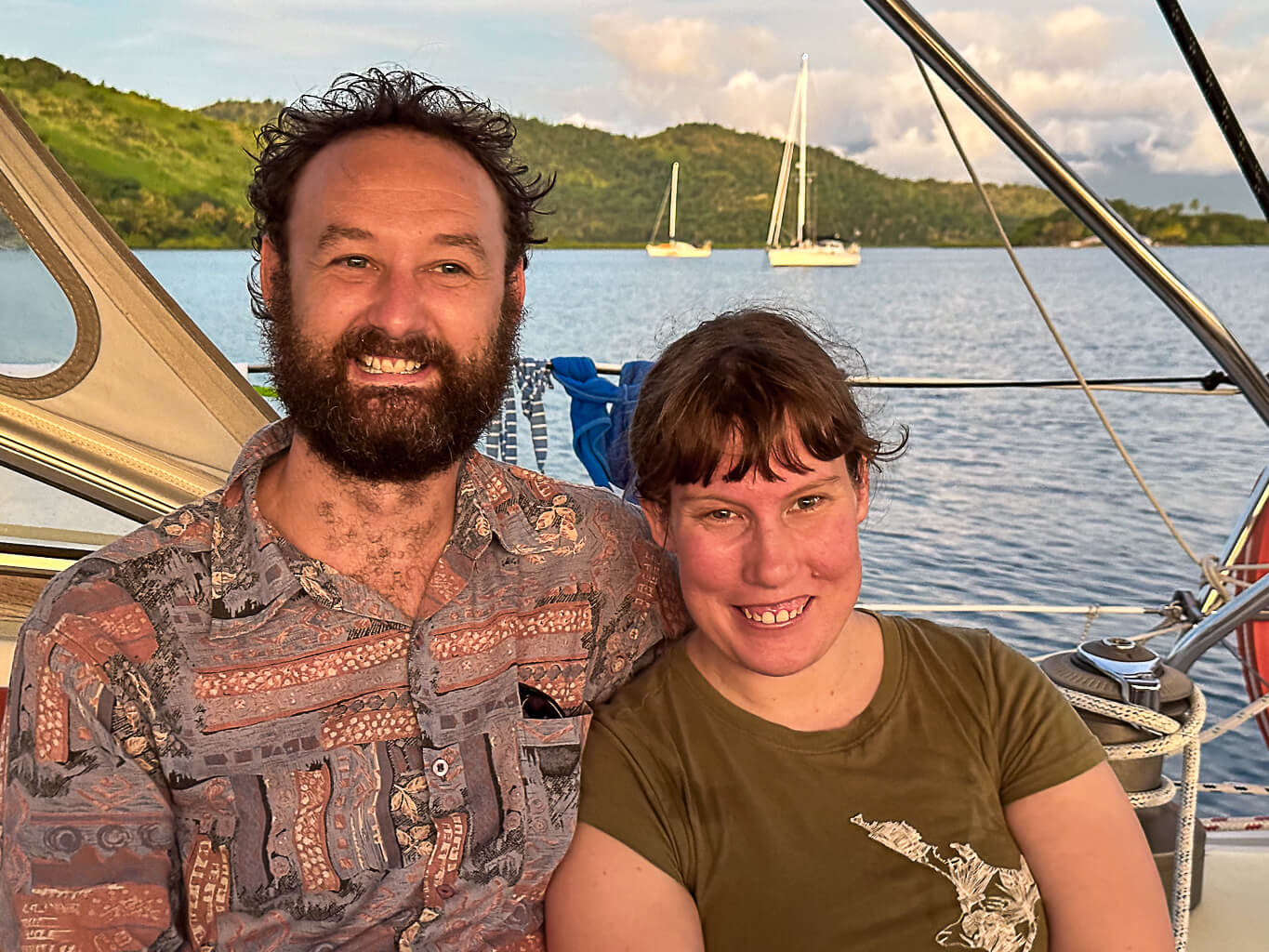
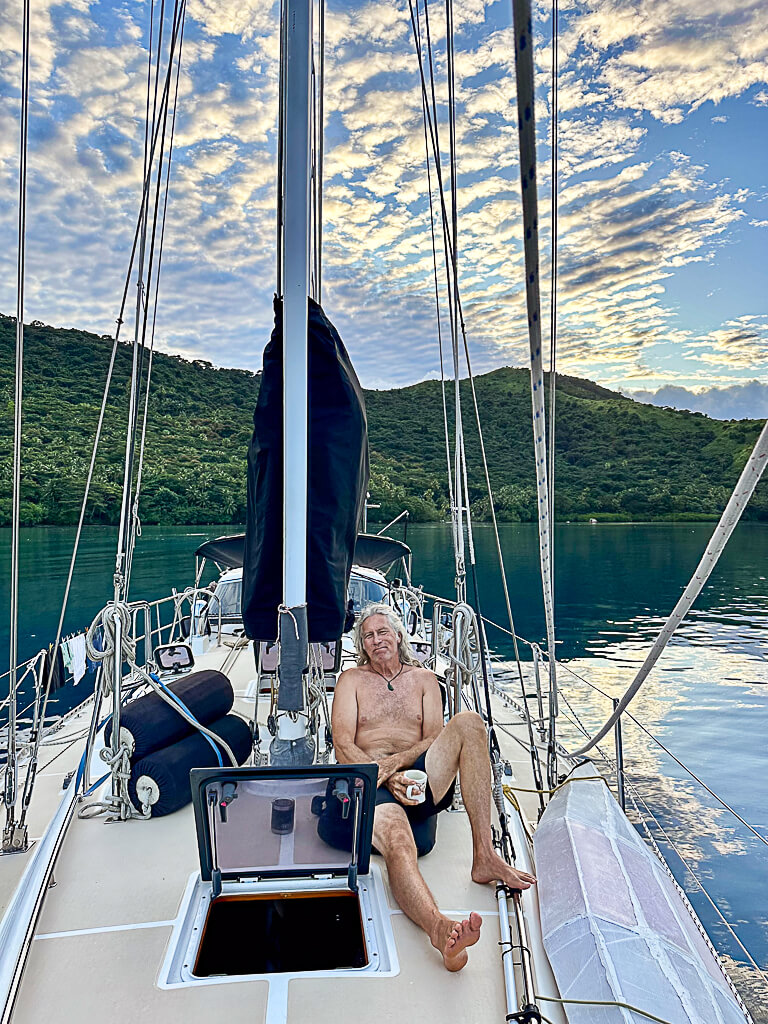
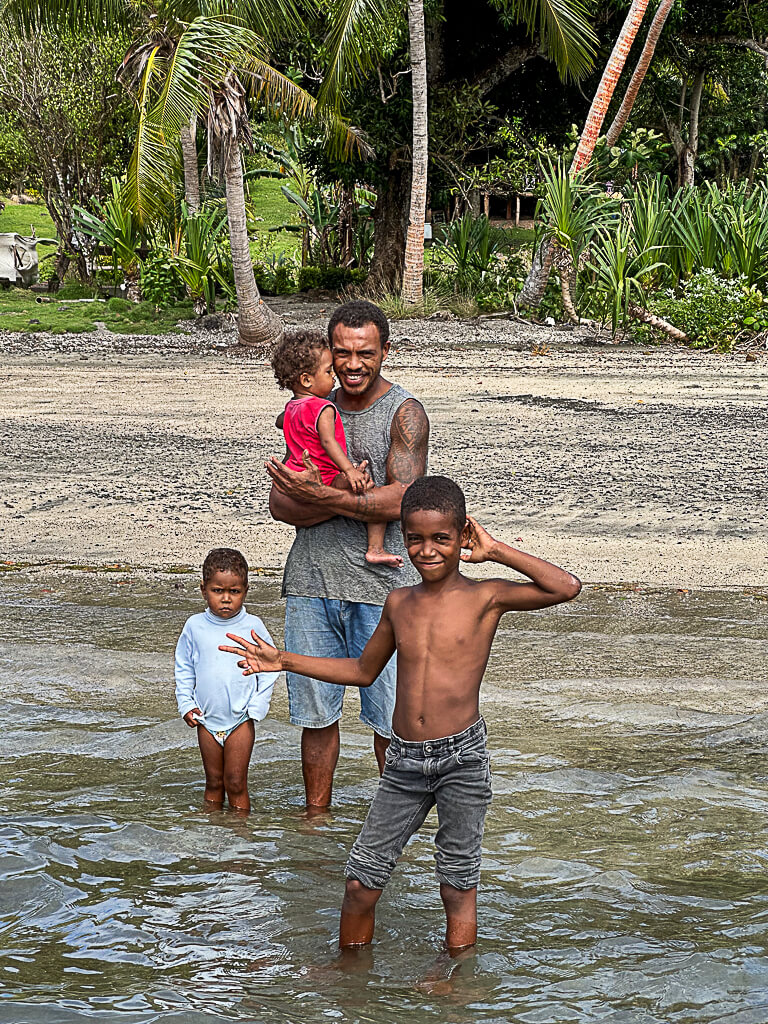


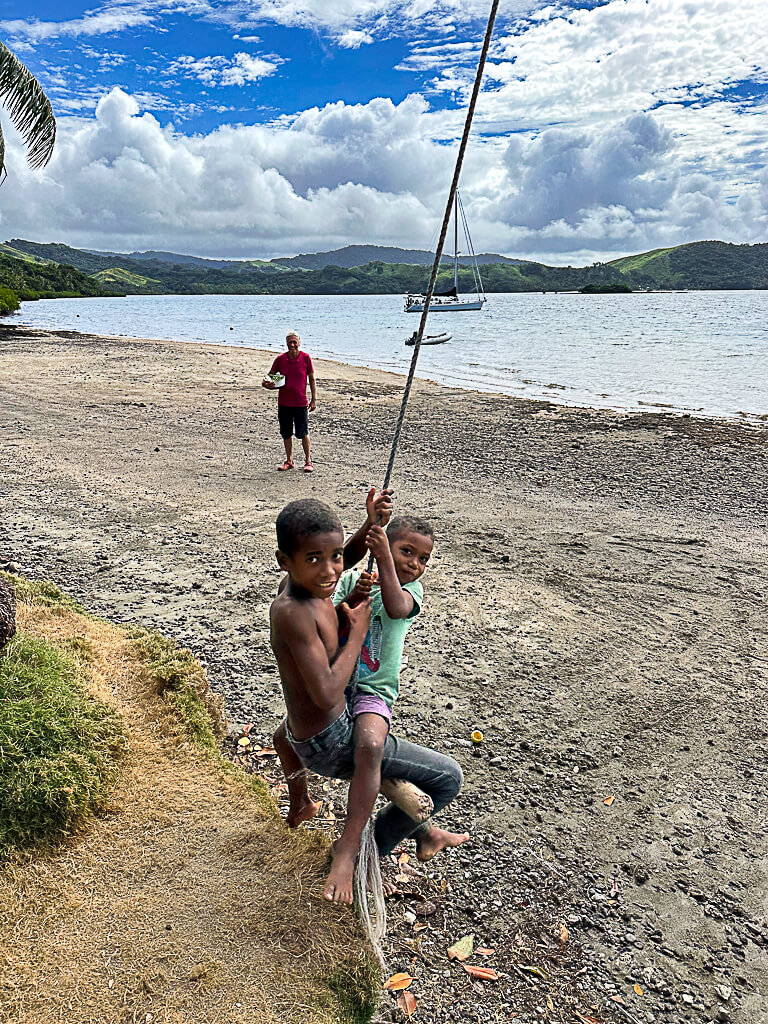
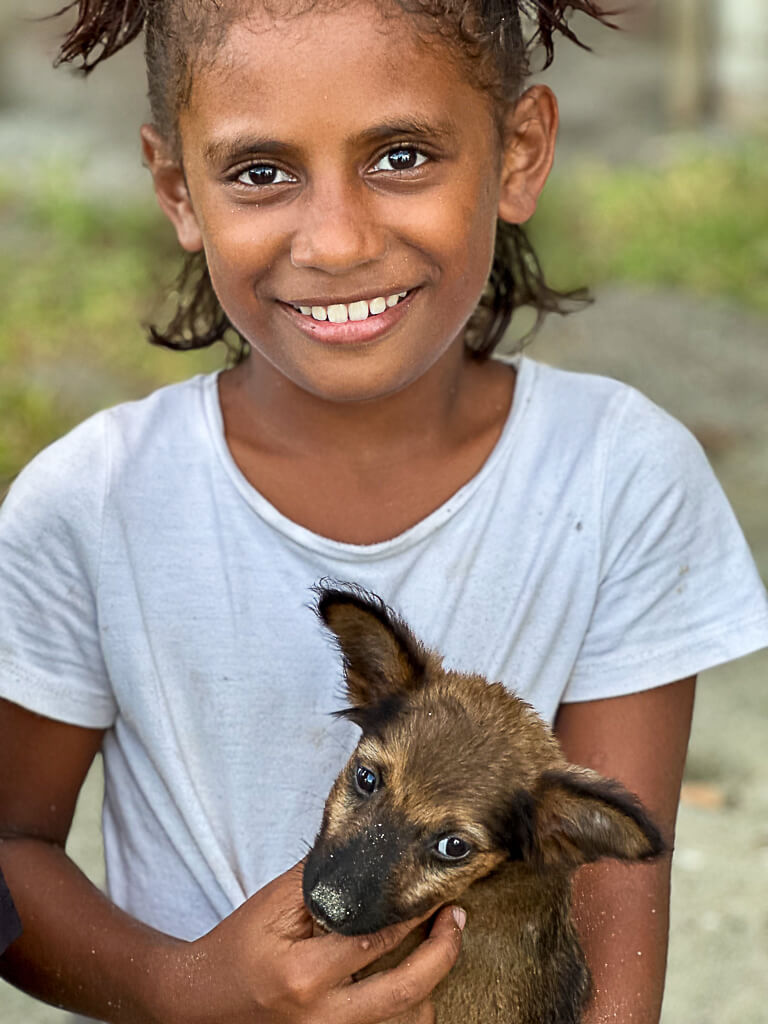
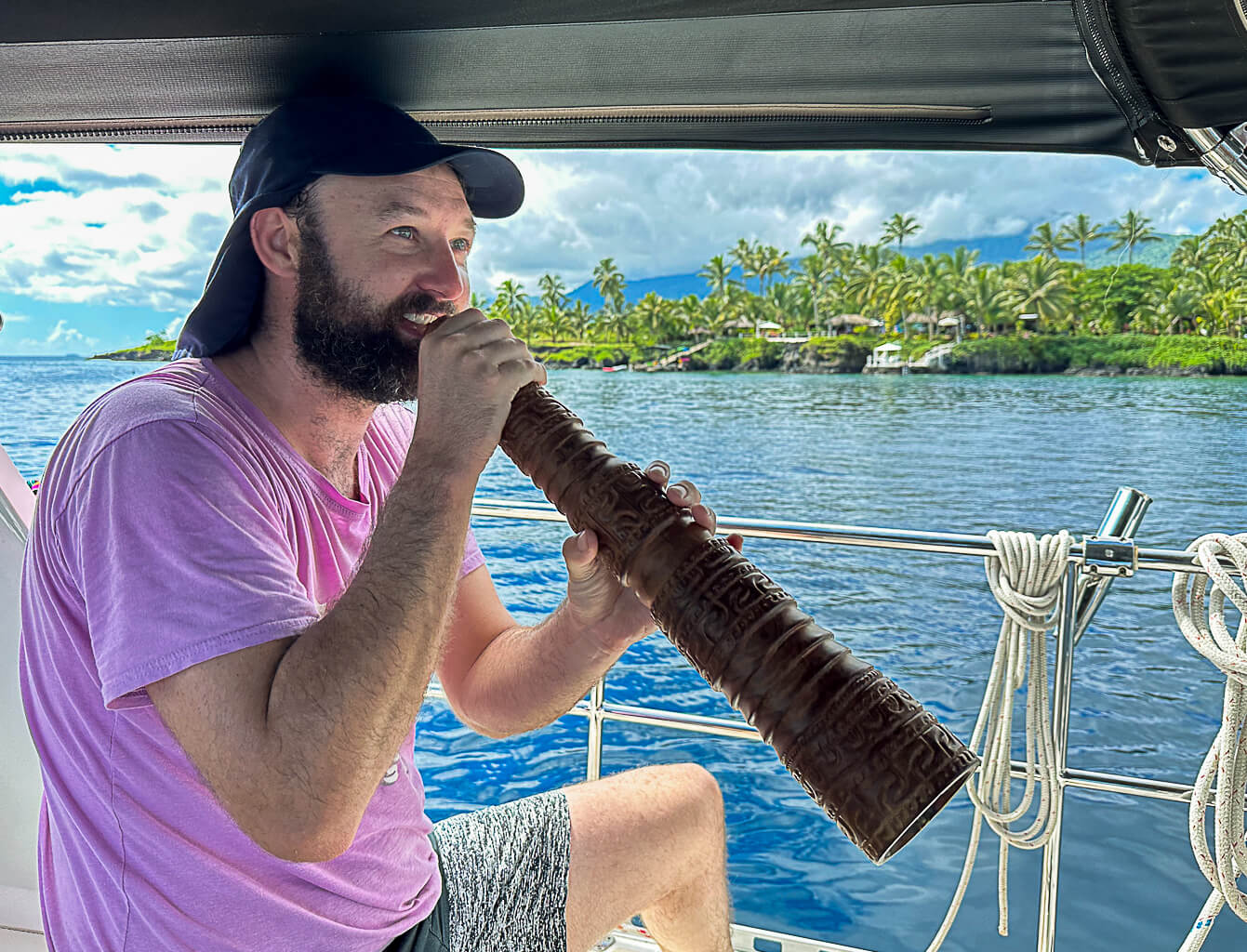
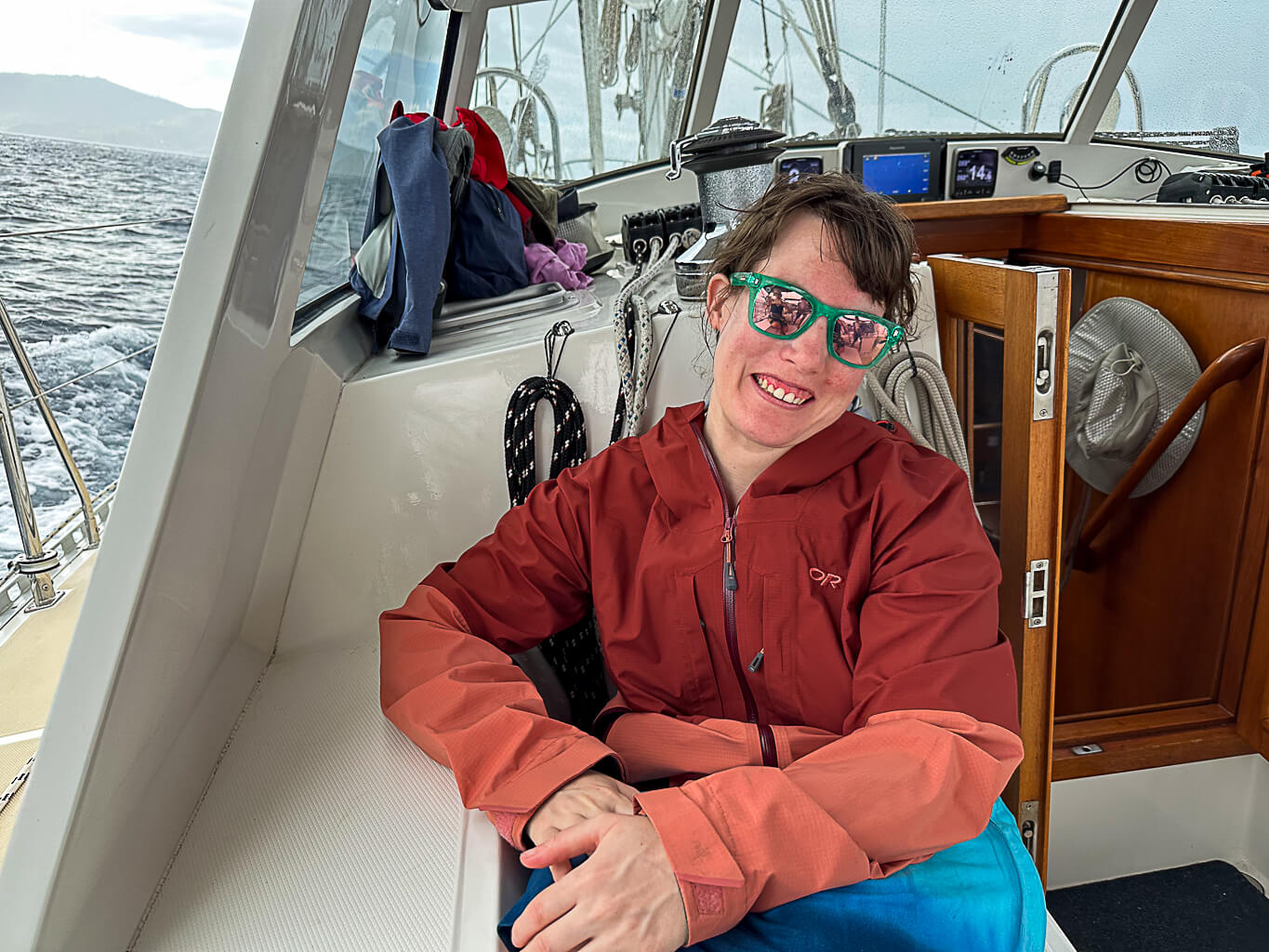
Haley and Liam tuck comfortably into life aboard Allora (Liam, knees slightly bent). Plans yield slowly to late mornings and less ambitious days. Scuba to snorkeling. Rainbow Reef in Viani Bay slips in and out of sun, turtles, schools of shimmering reef fish, clown fish in the anemone, moray eels, turtles, the odd Whitetip reef shark, luminous damsel fish and blue stars. Kids swim out from the beach for a visit, photo ops diving from the swim step. ~MS



At the turnoff to the natural waterslide where the taxi drops us is Taveuni’s prison set on a the green hillside, palm trees and a view, orange clad inmates wave Bula, Bula! The guidebook suggests that if locals are not using the slide, the water may be too high from rain to be safe. It doesn’t say anything about what it indicates that the locals are riding the slide on foot and doing flips into the pools. We were happy for Liam to go first, and appreciated the tips about hidden rocks along the fast and sometimes painful ride. ~MS
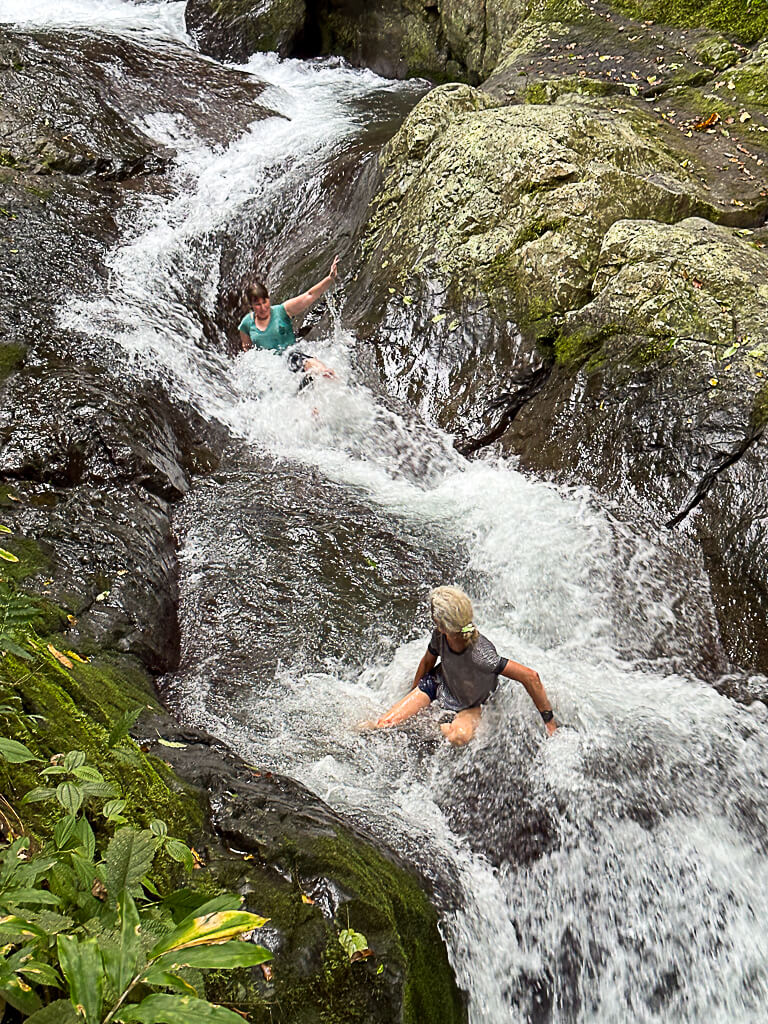
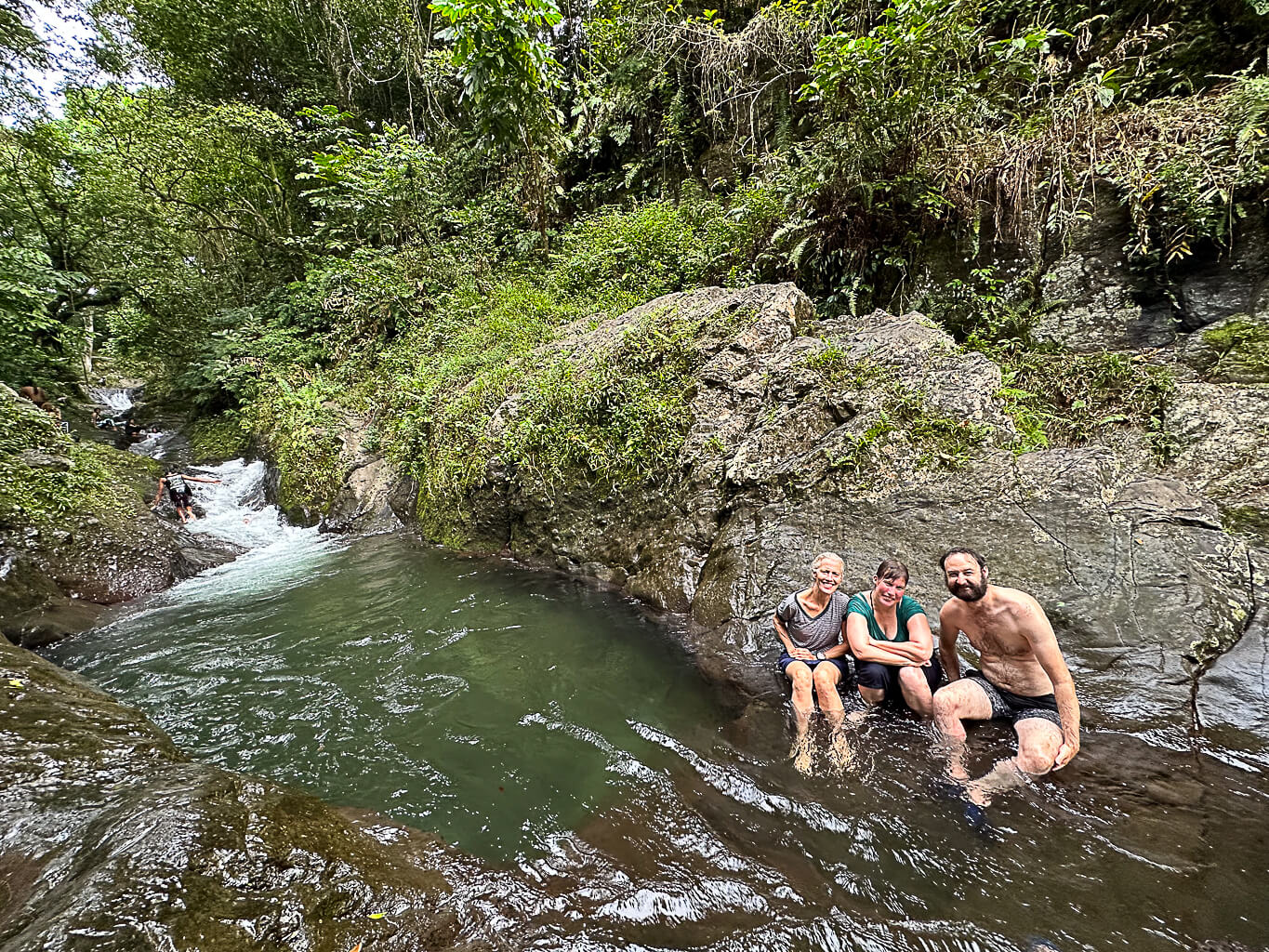
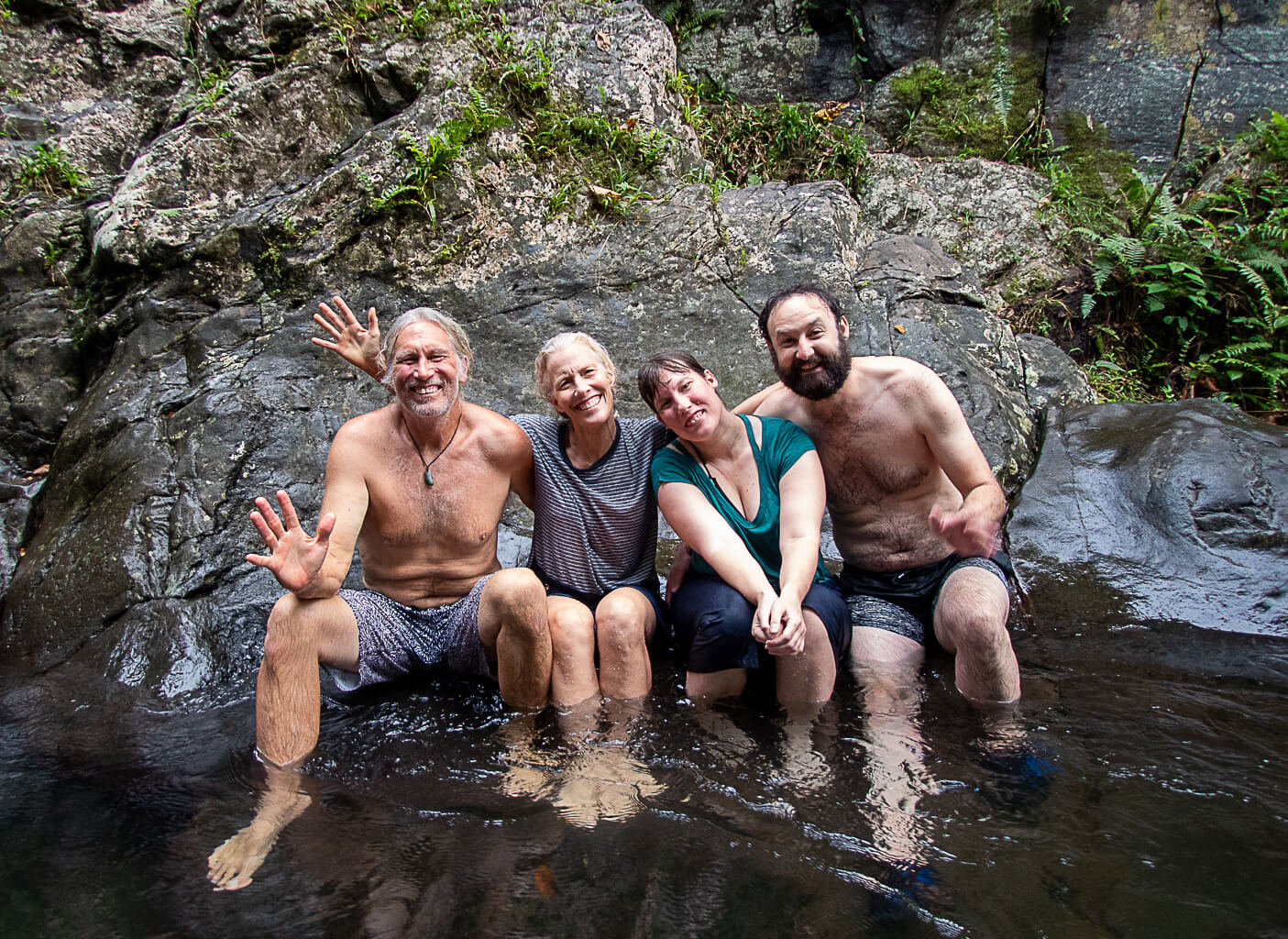
Farkle games at night reminded us of days in New Zealand when we lived in the same town. Casual dinners, walks without destinations. Just being in the same place without plans is the best part, rain or shine. ~MS

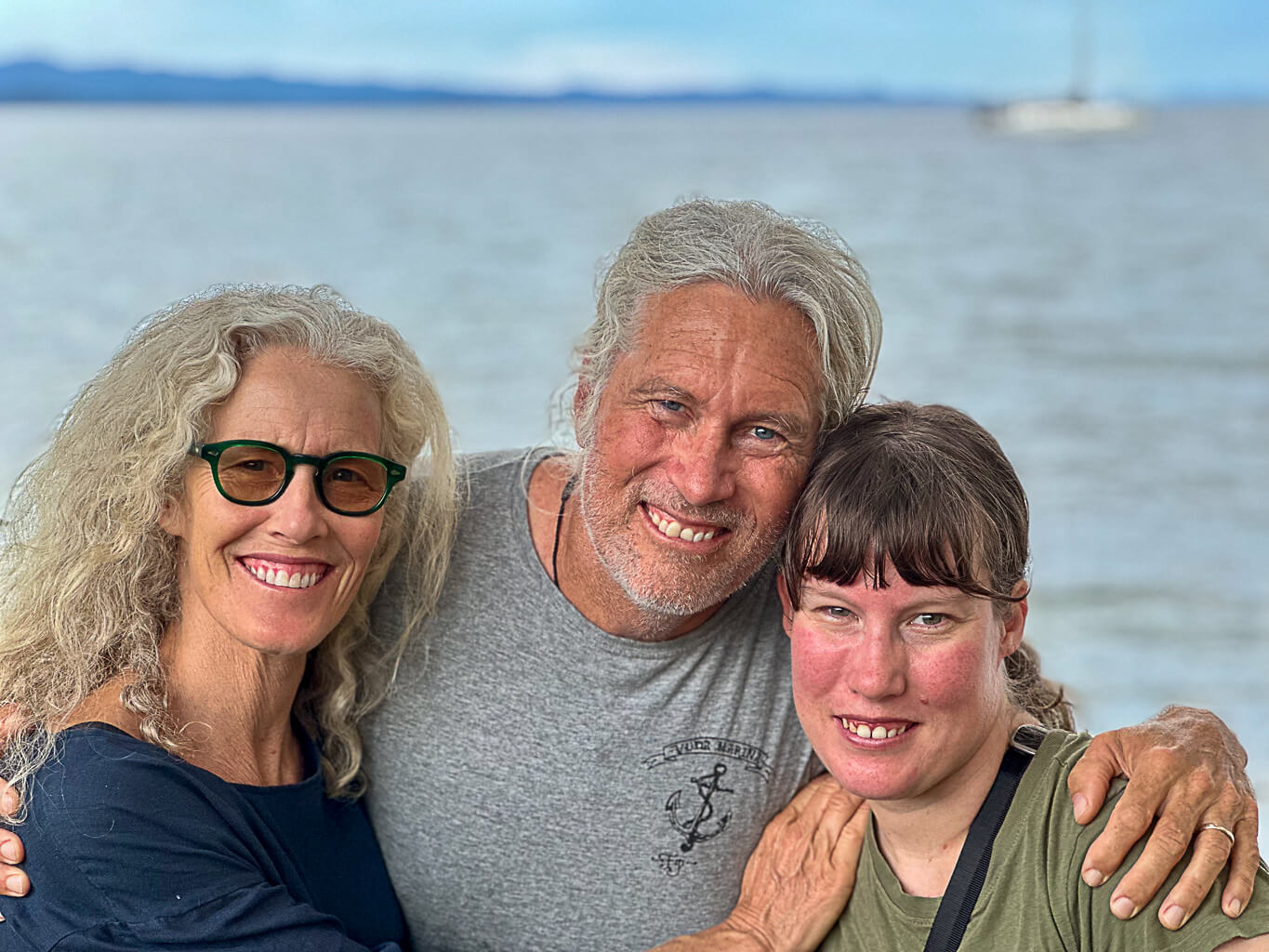
Each visit from friends and family has a certain ‘flavor’ and when Haley and Liam are aboard, it’s about EASE. They are gracious and lighthearted, generous and fun. We have a sense that we can just BE without fuss – and these days, I especially appreciate that important lesson. ‘Vinaka vakalevu’ for the inspiration, you two! And for creating the space in your lives to make the trip! ~DS
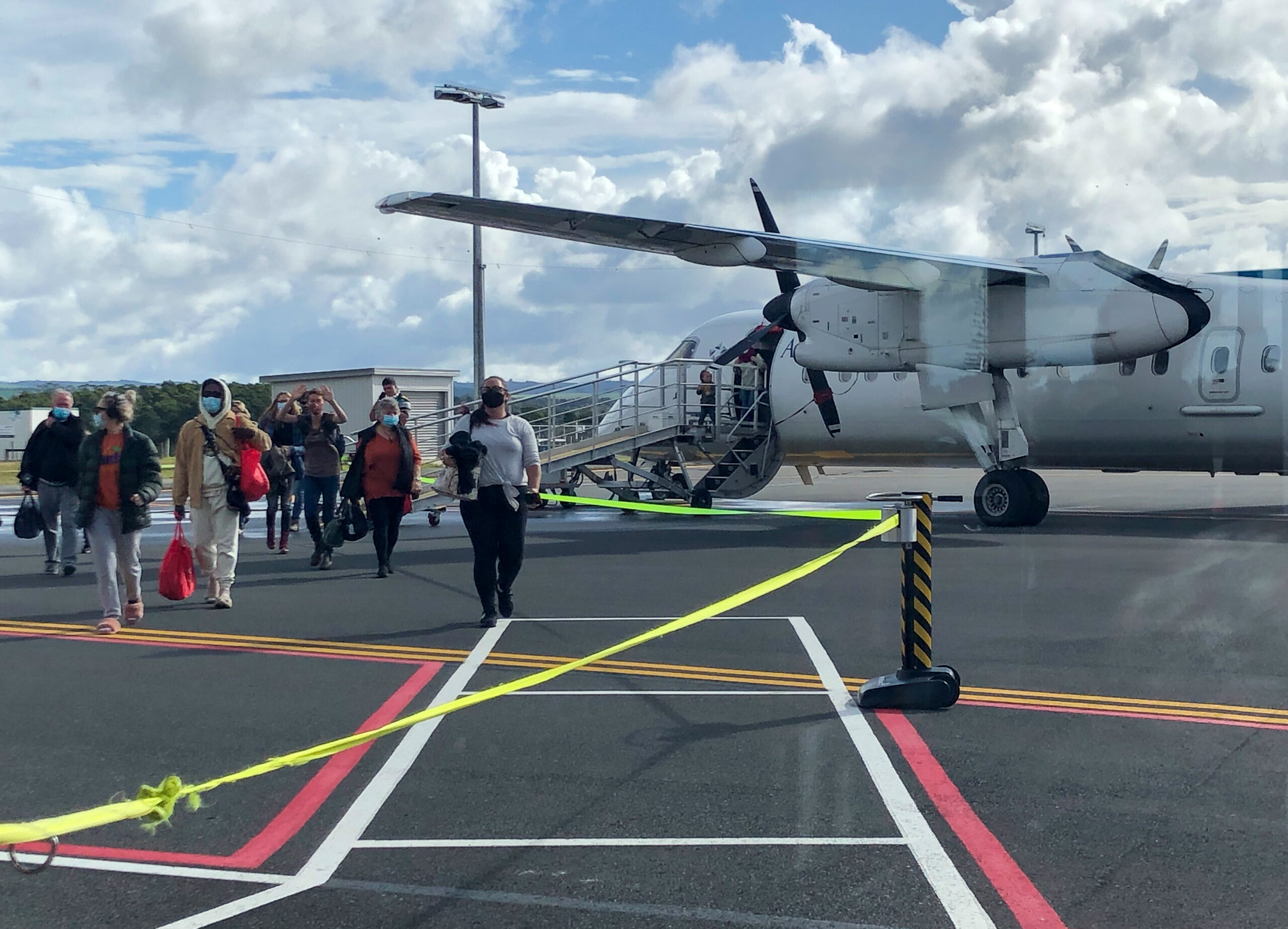

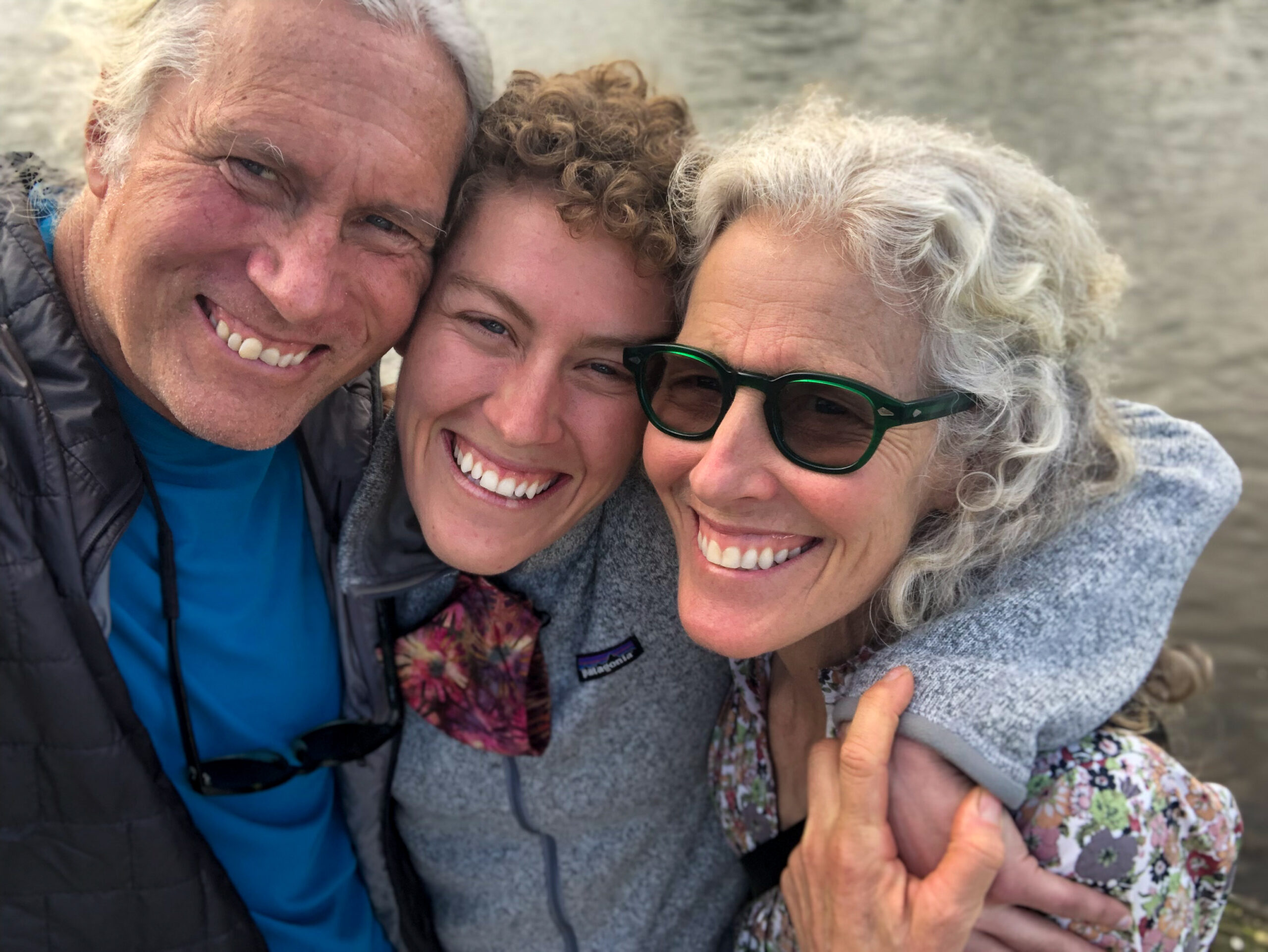

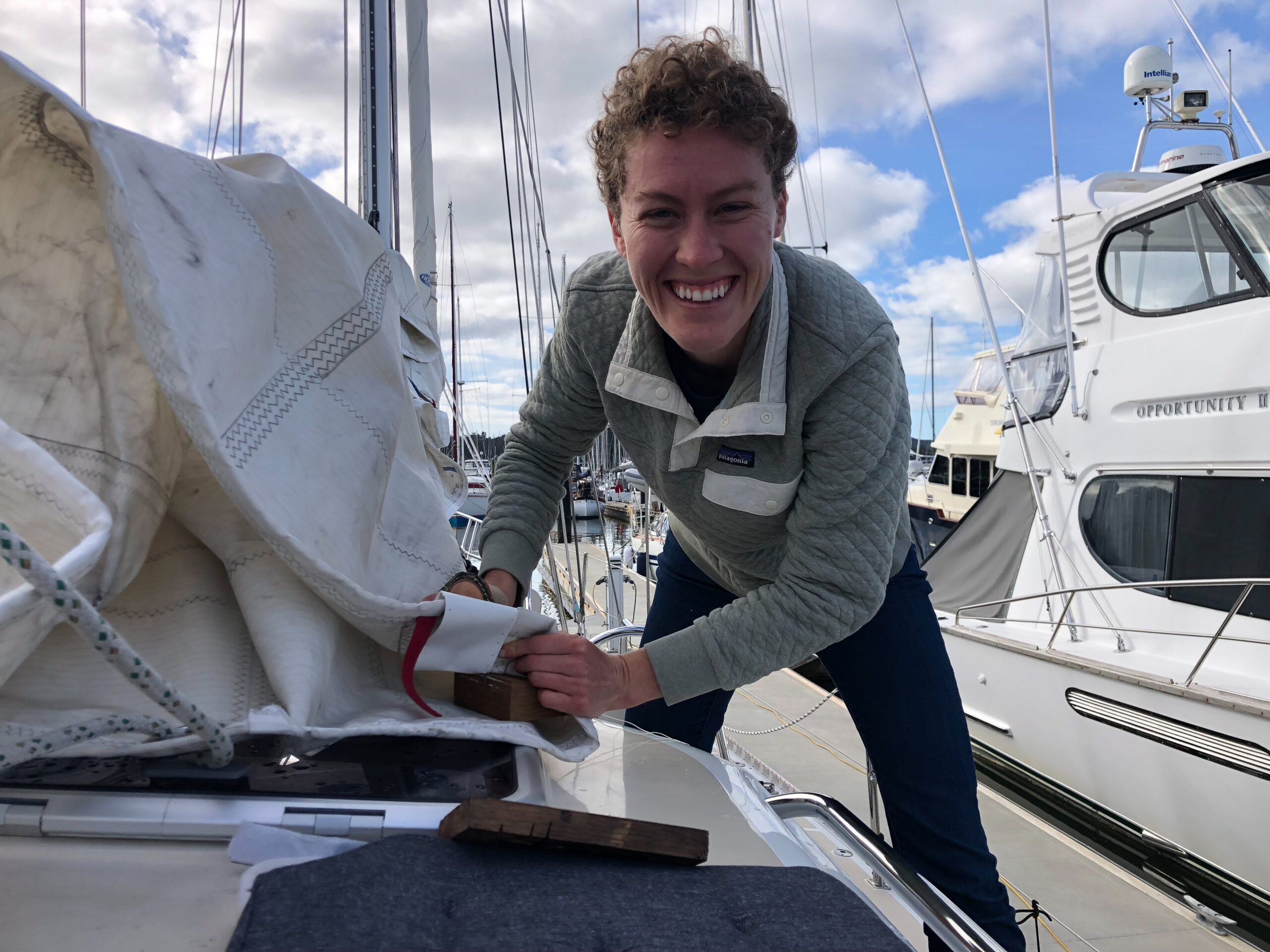

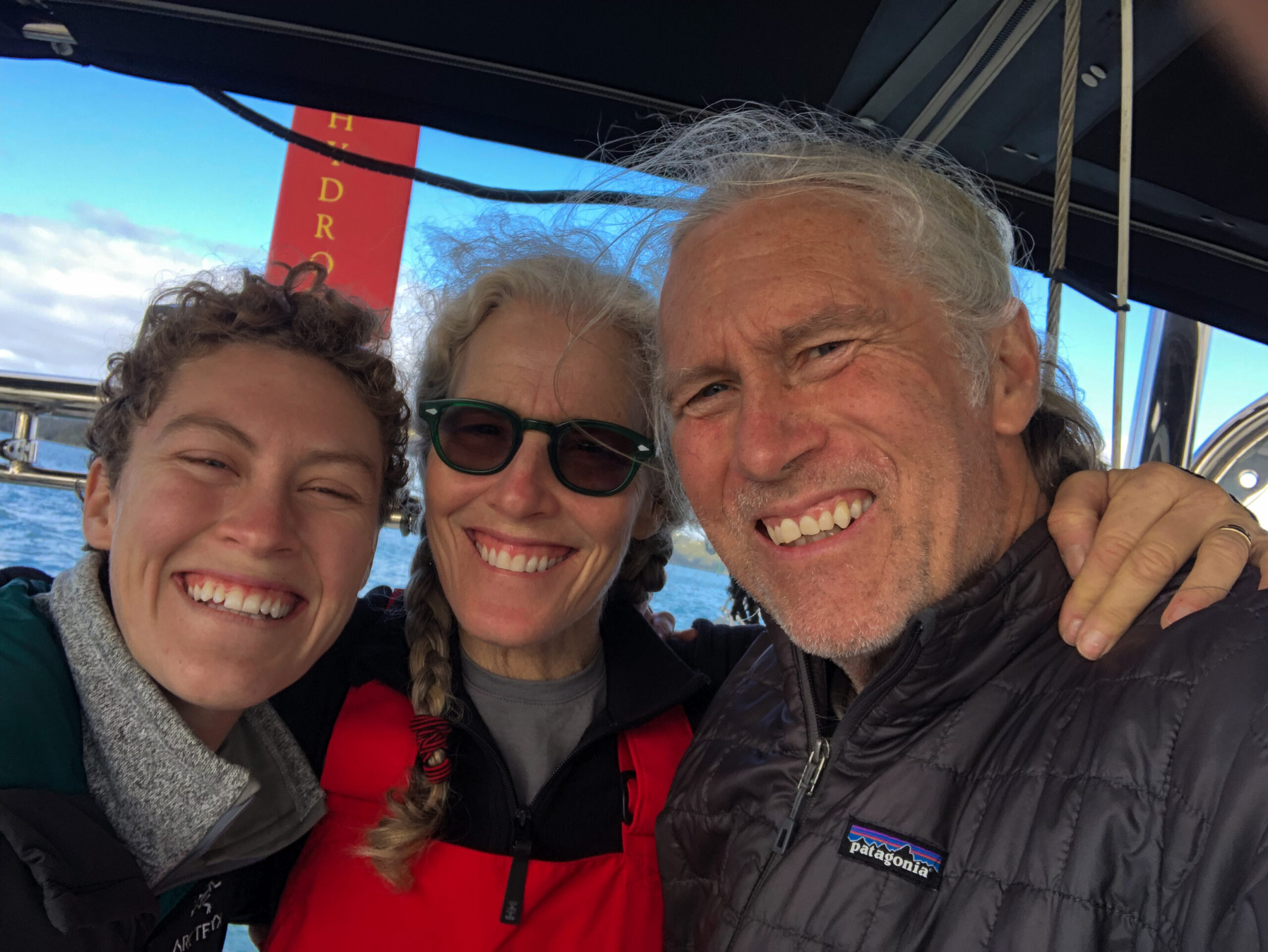
Passage to Fiji
Words we used to describe this passage upon arrival in Fiji when asked by the manager of Vuda Marina (pronounced Vunda): boisterous, lively, bumpy, rambunctious. Our passage was probably pretty typical, as good as you could reasonably expect from Opua to Vuda Point, Fiji. We left on the very day our fourth consecutive visitor’s visa finally expired! New Zealand took such good care of us throughout Covid, but the time comes when even the most charming guests need to be encouraged to abandon the couch and find some new friends. We departed on the end of a passing front, which meant strong (up to 42kts) SW winds kicking us on the tail. Diana posted these notes via Iridium to our tracker.
“You would have thought we were eager to leave NZ – the way Allora shot out of the gate and rode the tail end of a ‘low’ with 3+ meter waves and up to 42kts of wind! We’re now 24 hours and 175 nautical miles in, and the seas are showing a trend toward easing with the wind. Currently on a port tack paralleling our rhumb line. The guitars have just come out and “I Can See Clearly Now!” Highlights: bioluminescence, Albatross, slightly warmer temps and Maddi as crew (just one night watch each, woohoo!”)


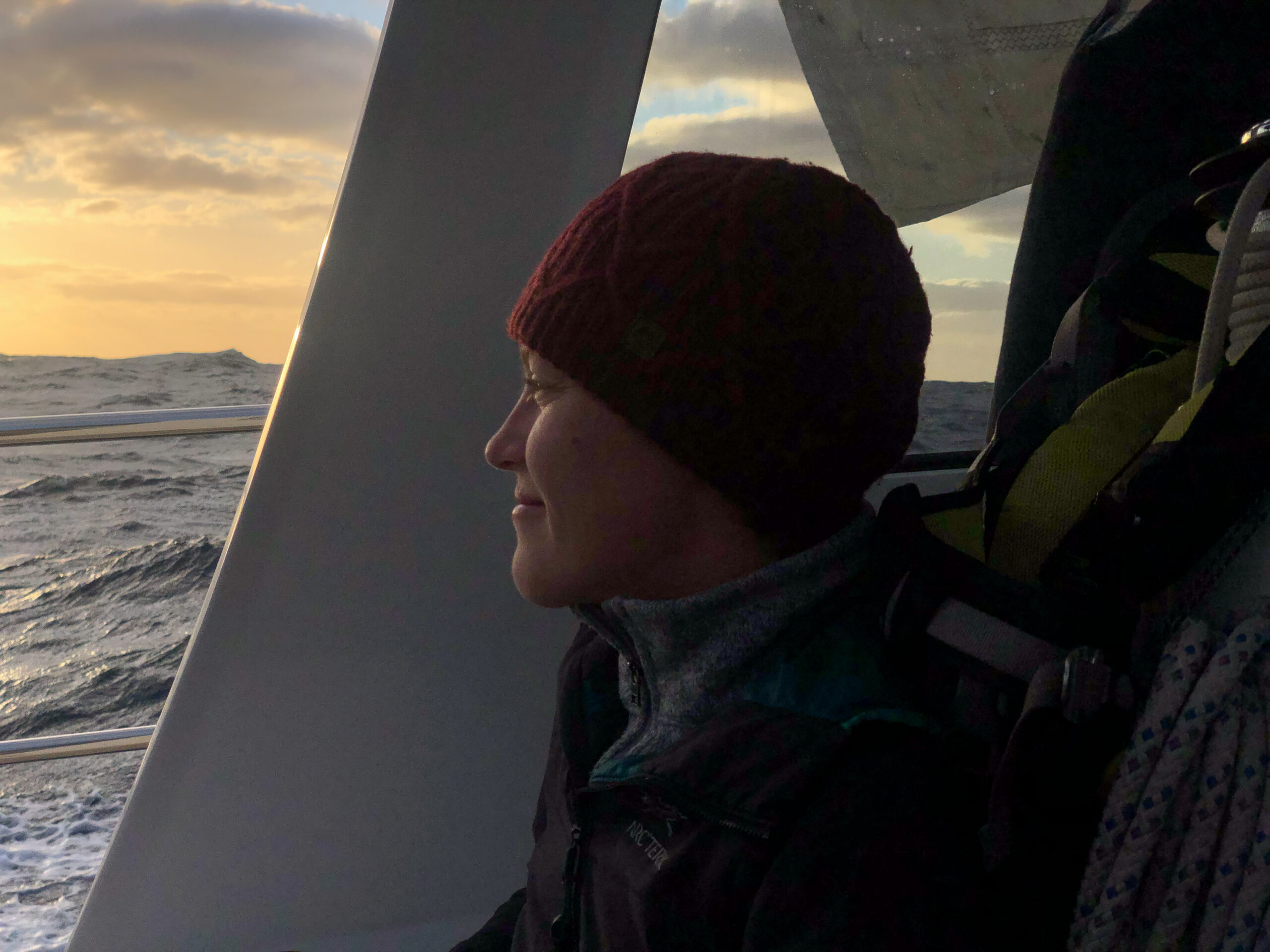
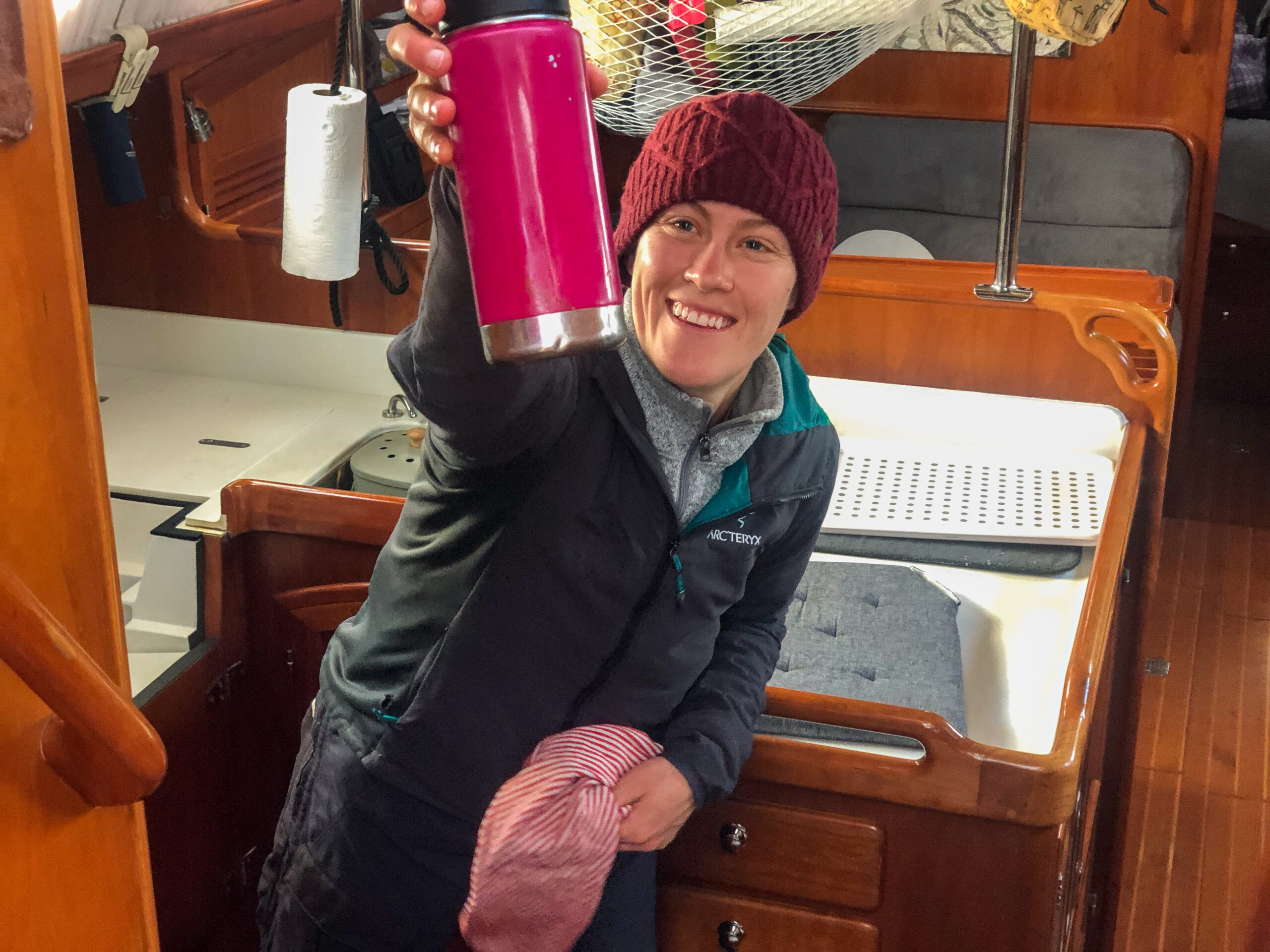
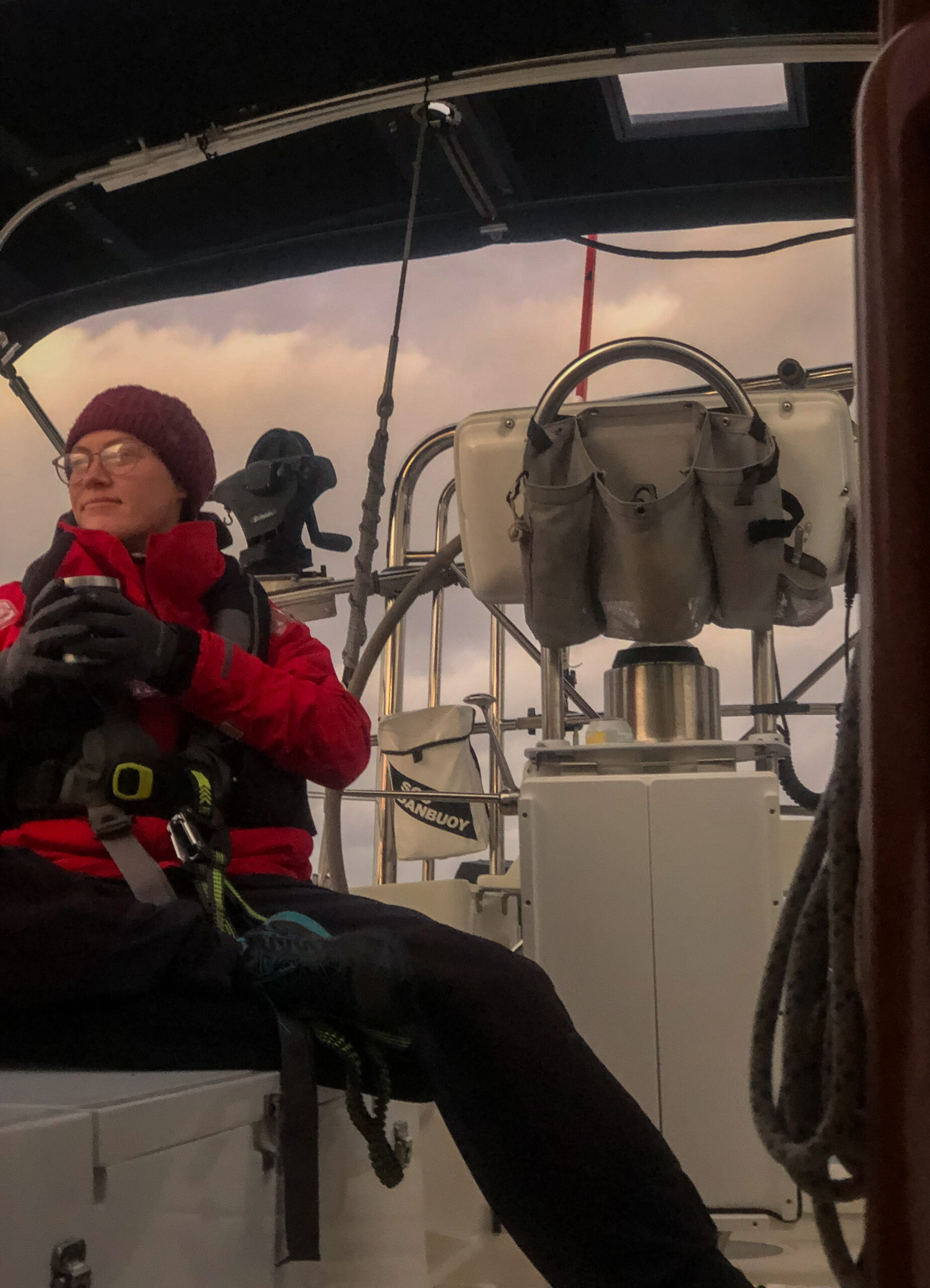
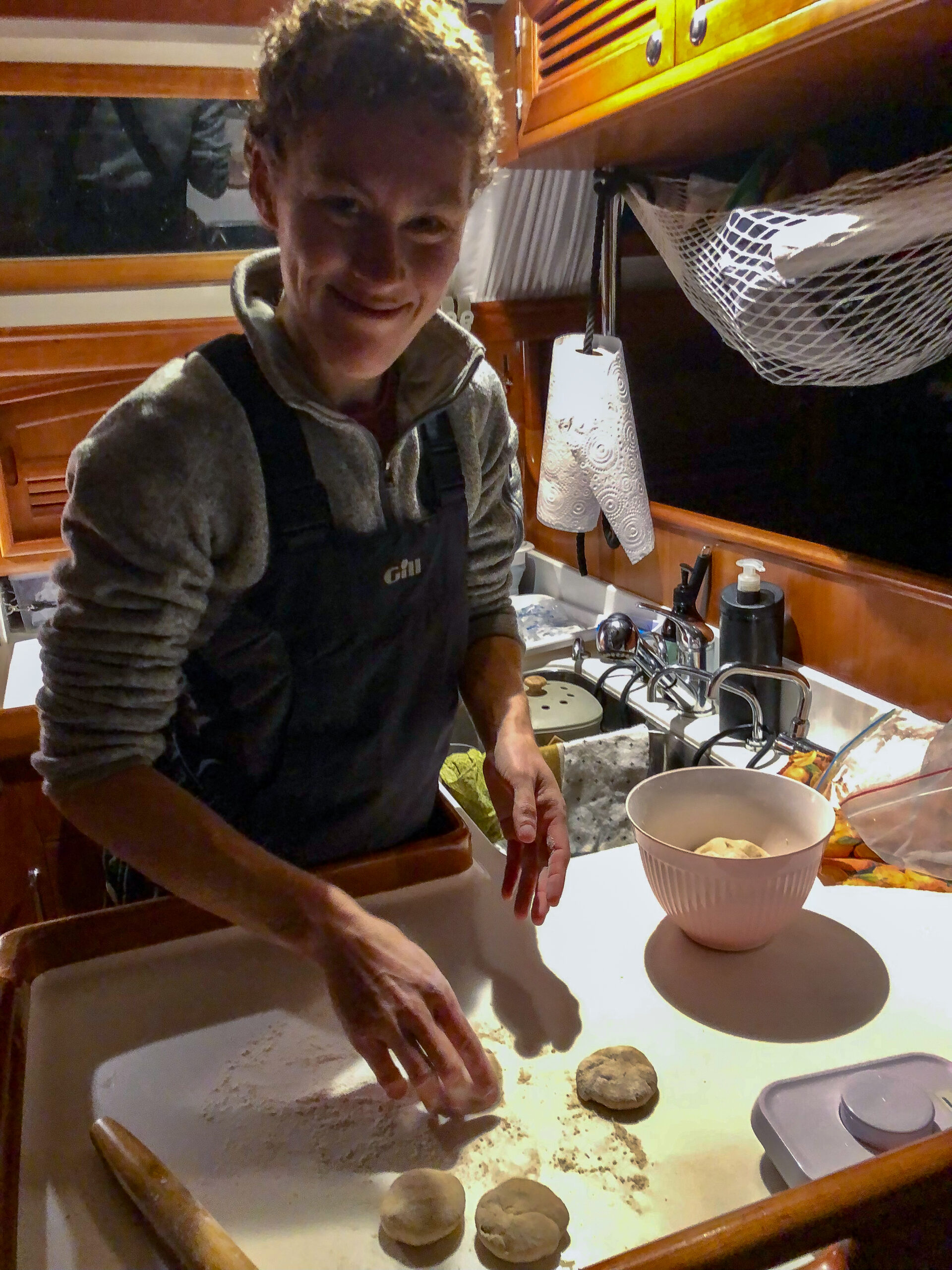
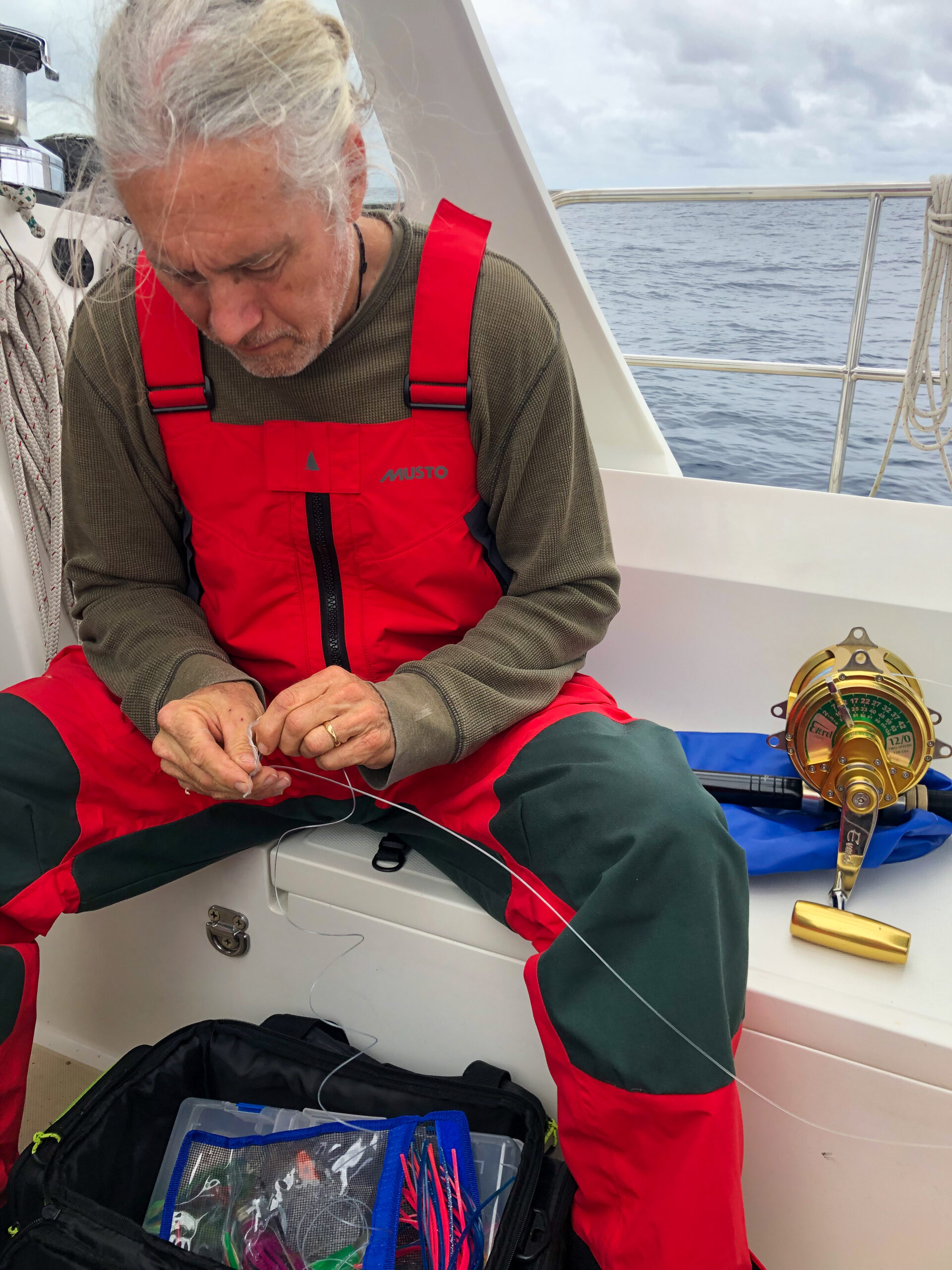
We hoped for maybe a day of wind to push us along, but we were lucky as the winds held out for almost two. You hear about the occasional passage with wind the whole way, but the horse latitudes aren’t called the horse latitudes for nothing… well actually there seem to be a quite a few theories about why they’re called the horse latitudes, only a couple of them to do with the paucity of wind. The basic idea is that this is where the easterly trade winds peter out, but is also the normal limit of frontal systems and westerlies in the mid-latitudes. Makes sense if the wind is going to switch from West to East that there should be some dead space between. We motored for just under twenty-four hours (we thought it might be as much as two days) using our 80 horses to get us through. We’re not big on running the engine (the noise gets tiresome and makes guitar playing tough), but we did enjoy the calmer seas, and the increasingly warmer night watches.
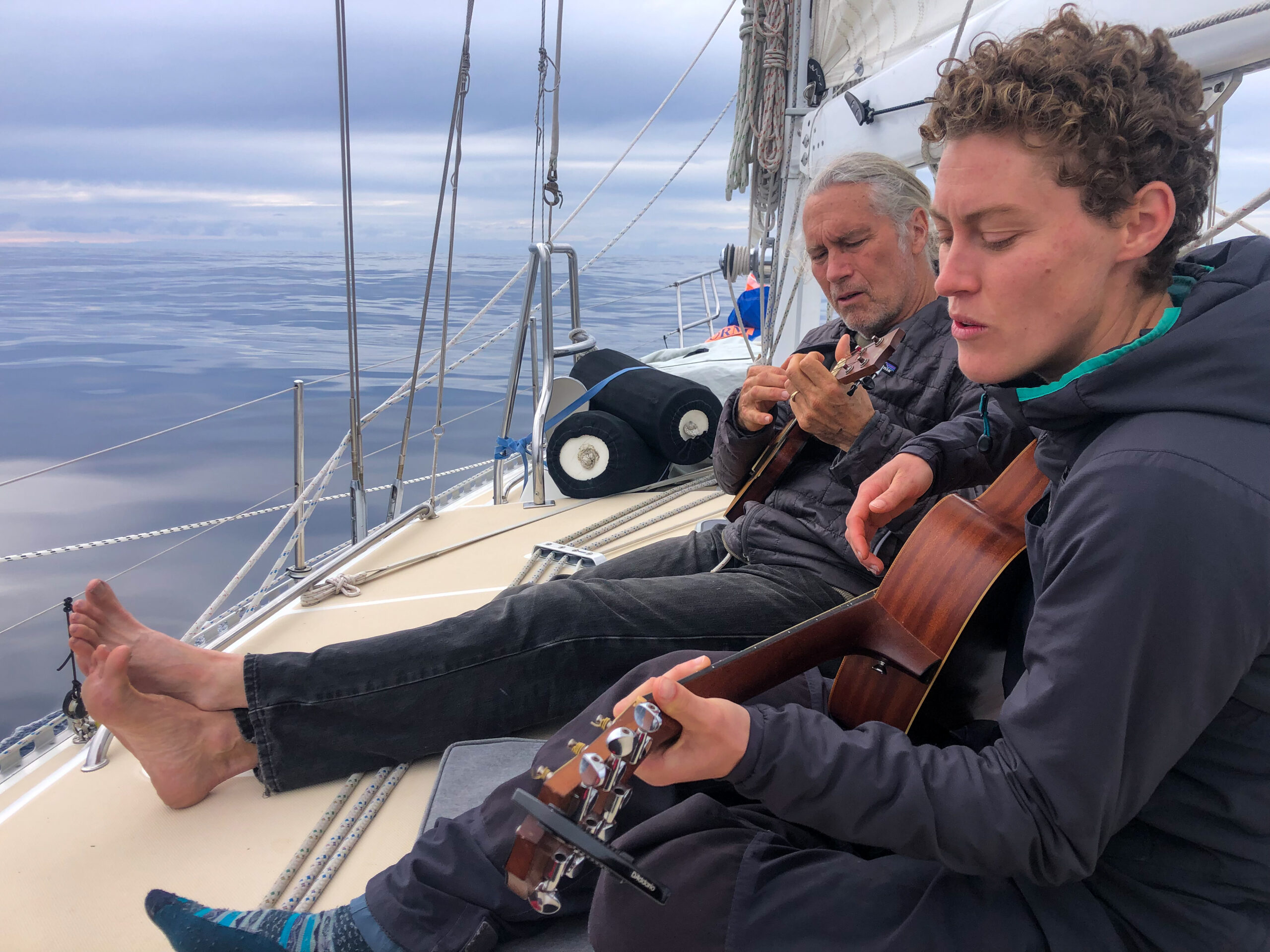
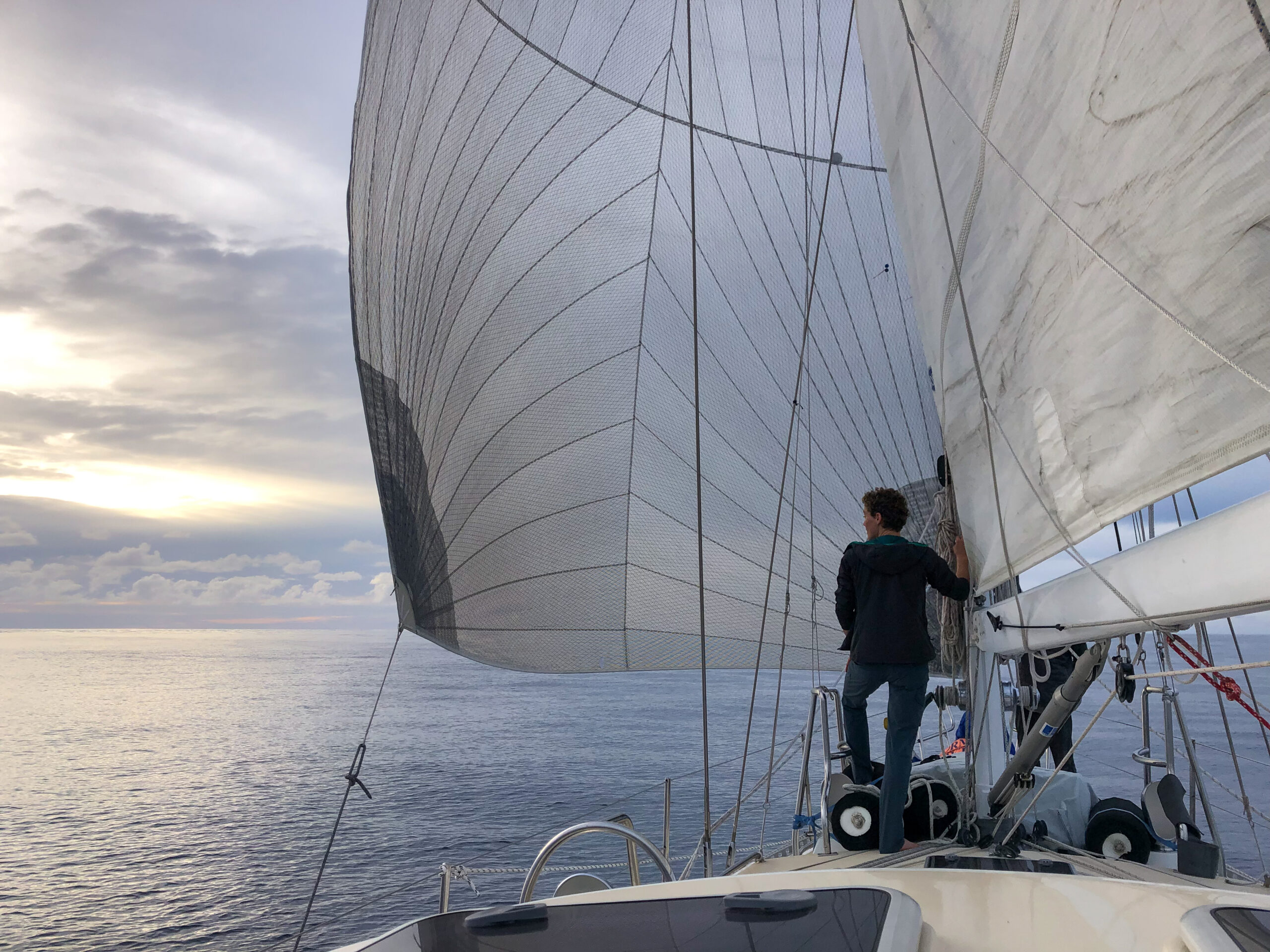
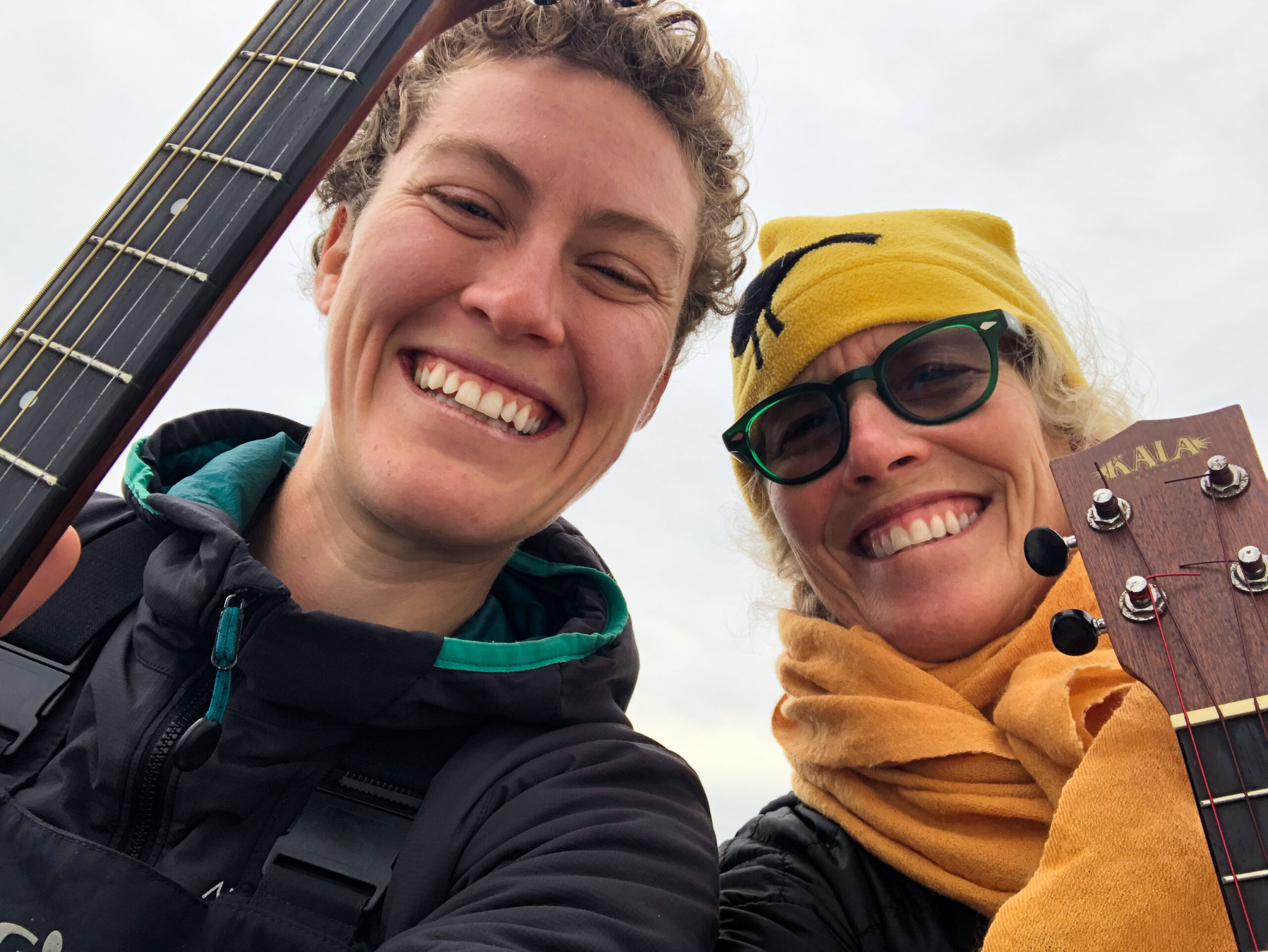
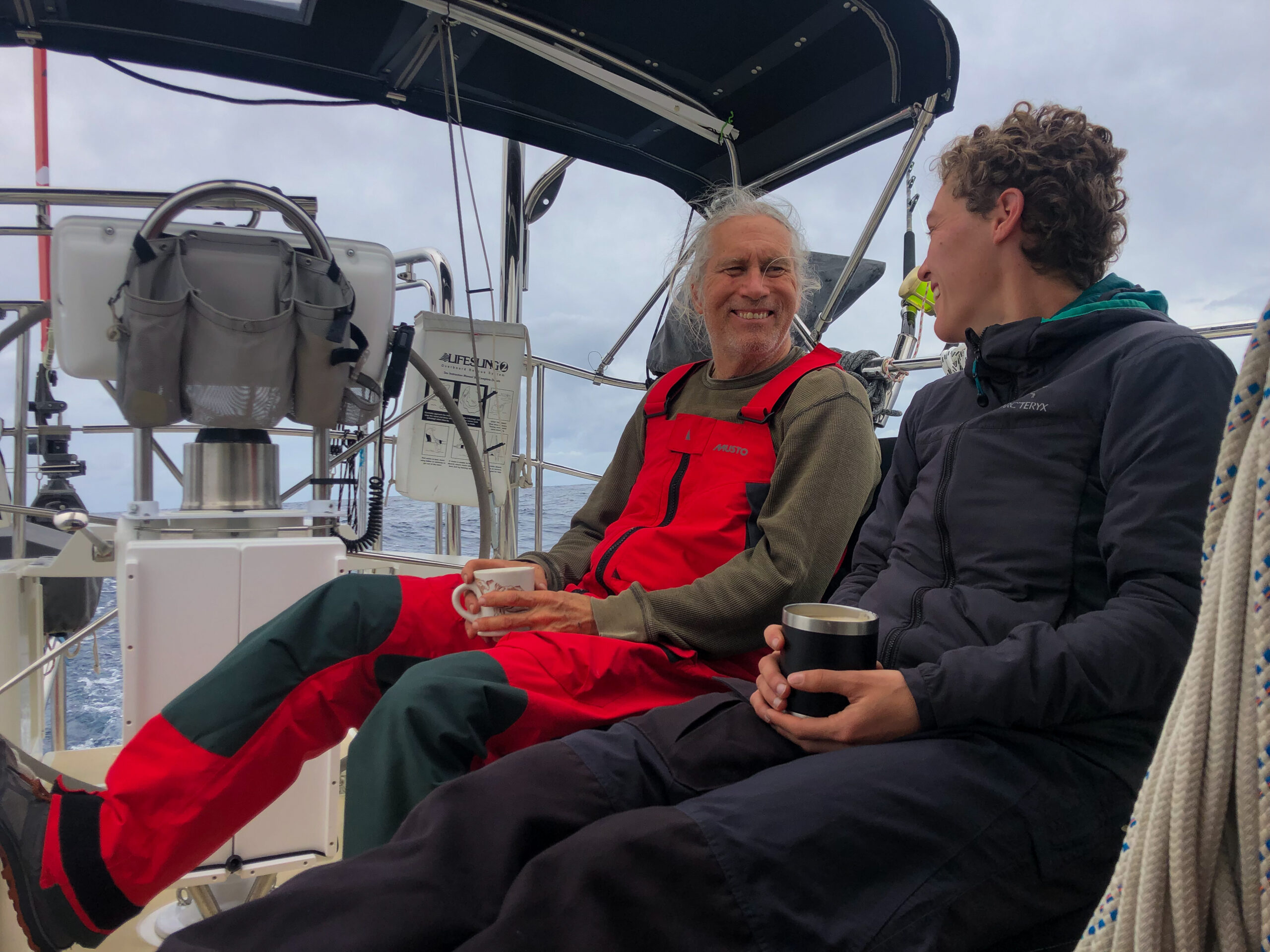

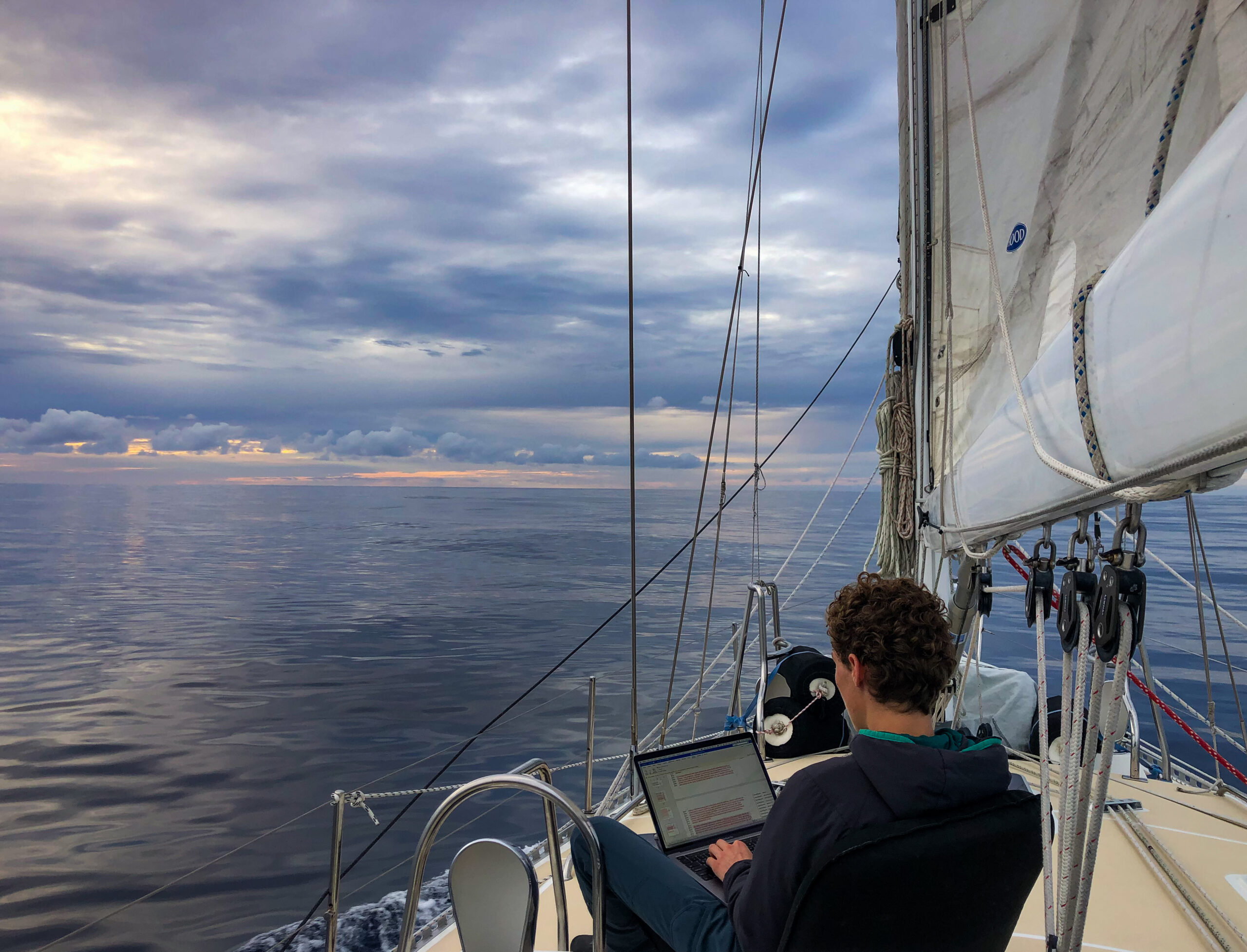
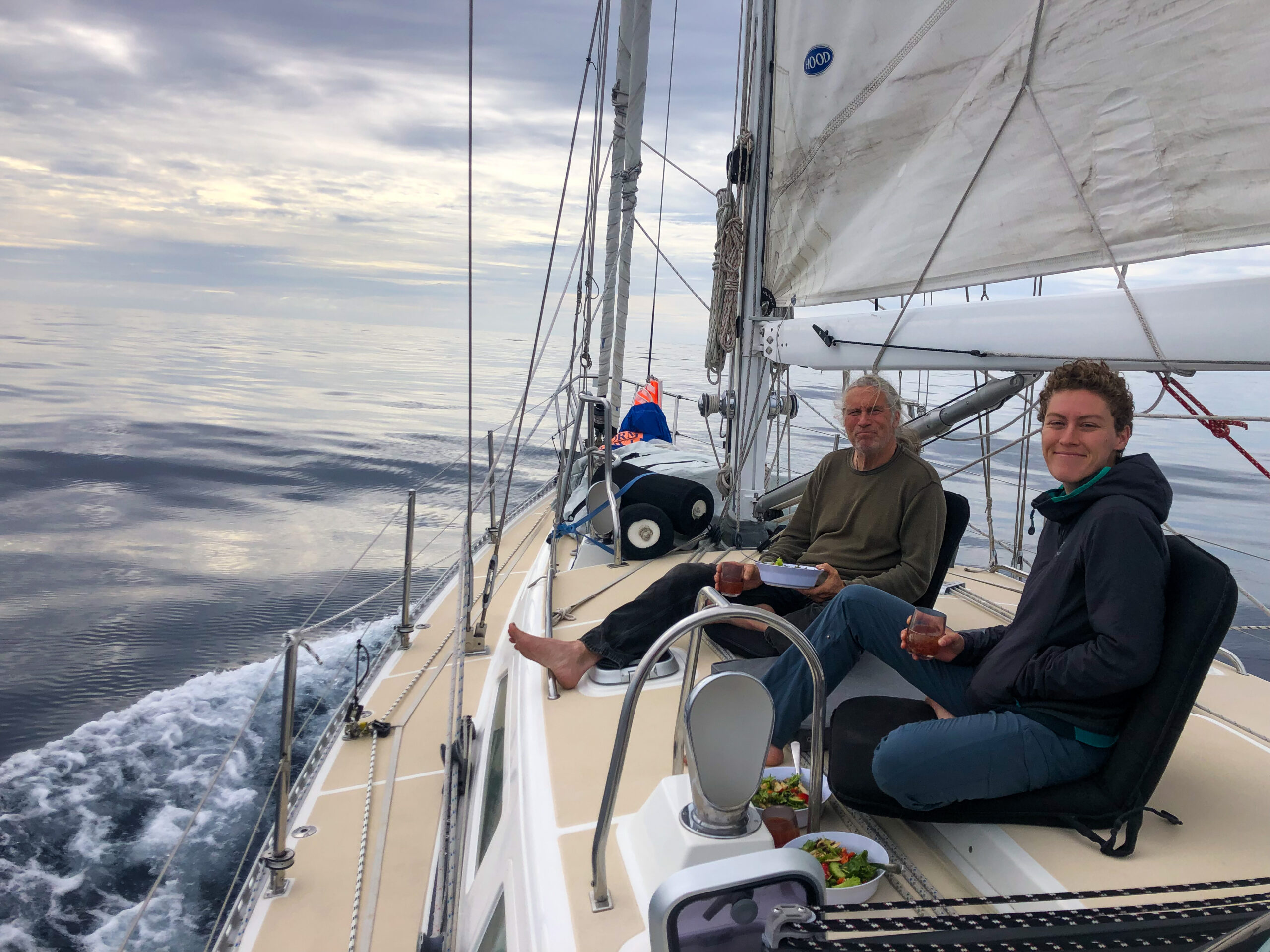
On my watch, just after dawn, just as I was about to shut the engine off and rally the troops to hoist the code zero, the engine made a loud screech and shut down without any warning beeps or anything. What followed was a gorgeous day of sailing in light beam winds with the big sail out that was a bit sullied by time spent trying to figure out what was going on with the engine. We suspected a transmission problem as there have been signs of impending doom for a little while, but we didn’t want make things worse and break something further, by trying to start it up until we could eliminate the possibility of water in the cylinders. I exchanged a few texts with the Yanmar guy in Lyttelton, Brian, who by good fortune happened to be at his shop on a Sunday, and he talked me through what to look for. Our mechanically minded sailor friends Ian in England (previously mentioned in this blog as the man with a plan) and Mark from Starlet both responded promptly to our SAT phone email with gearbox advice that was invaluable. I’m sure anyone can imagine how good it feels when you’re hundreds of miles out to sea, to have friends like this to turn to. Later, the Fijian mechanic showed us pictures of the main bearing in the gearbox which had literally blown up (which more than explained the problem.) Why is a longer story, which I’m happy to share with anyone interested in the gory details. I promise not to take the fifth. Luckily, we didn’t need the engine until well inside the reef at Fiji. By some miracle it held together long enough to get us into the marina.
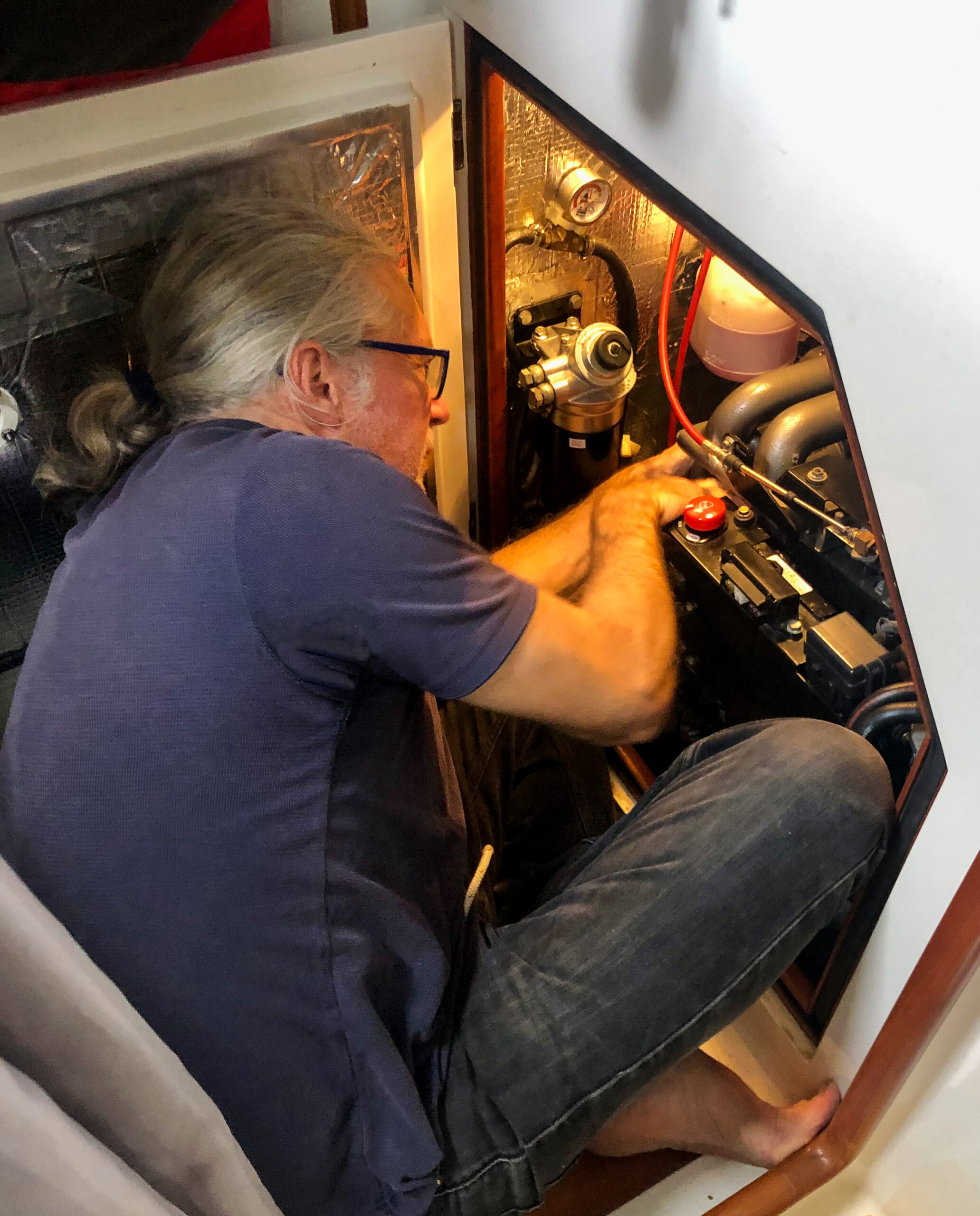
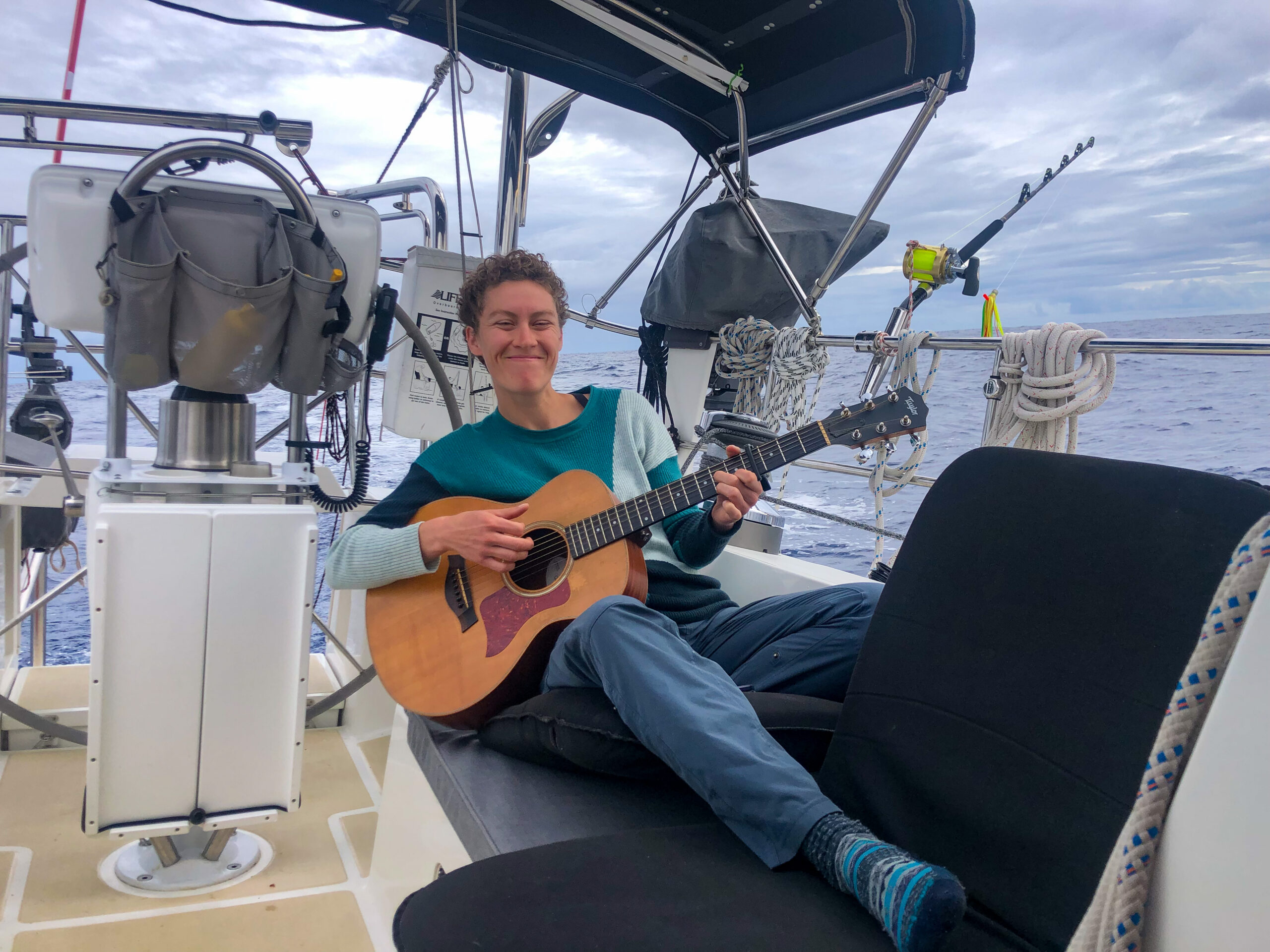
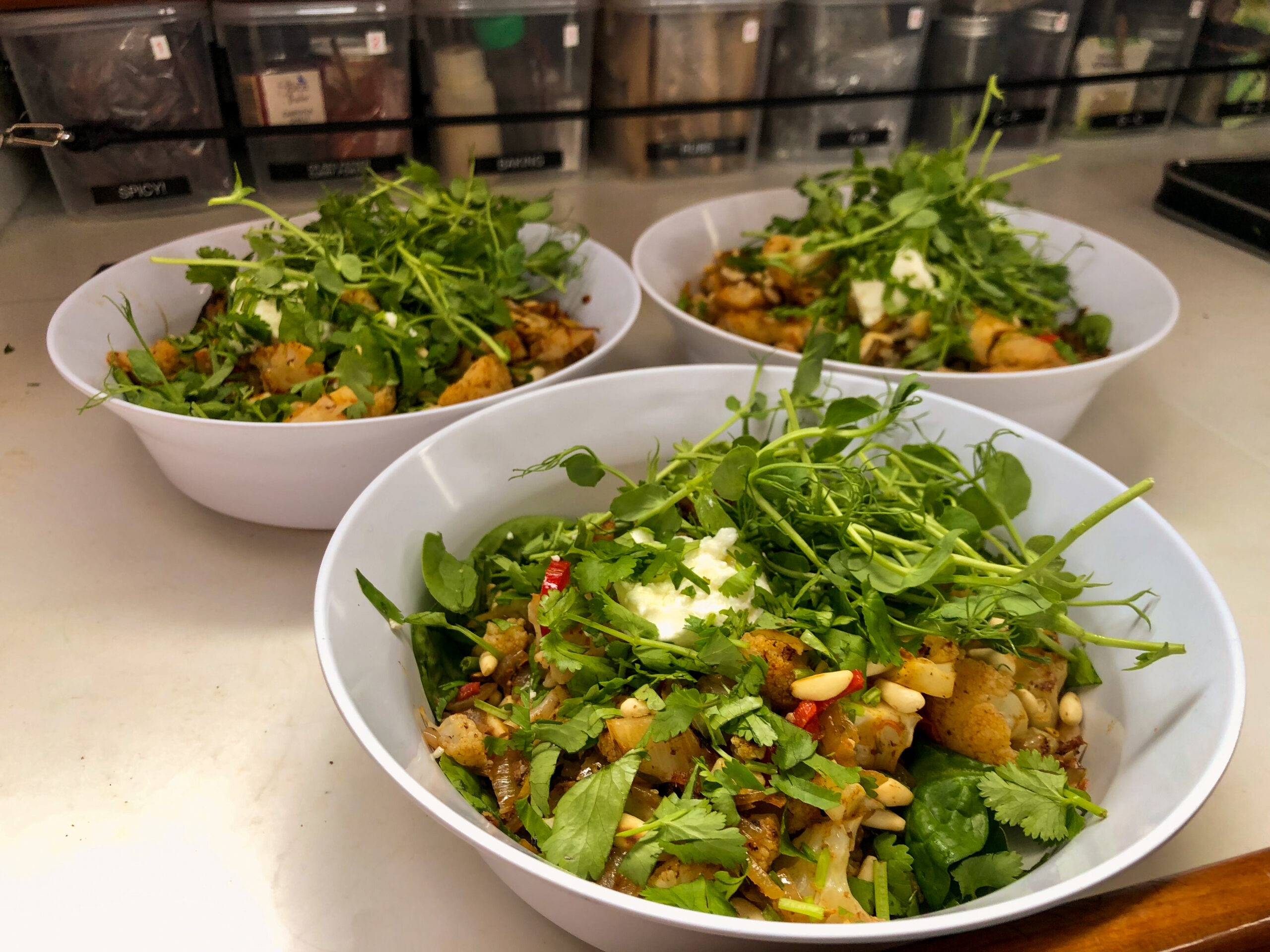
The rest of the sail, the wind was on the beam or just ahead of the beam, consitently over 20 knots with 3 to 4 meter very confused seas for the first day, which slowly moderated a little (though the wind did not) and became more regular. 
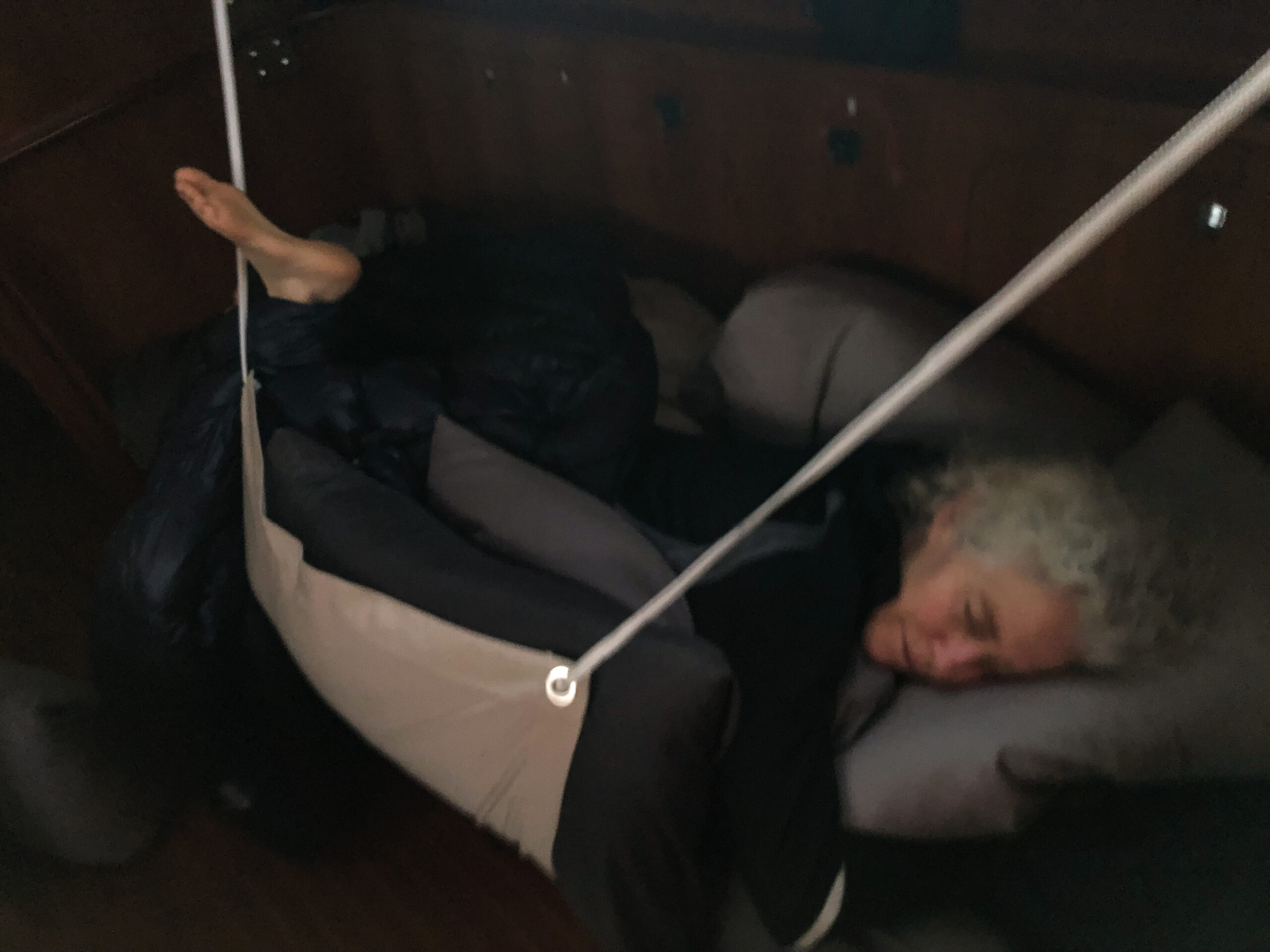
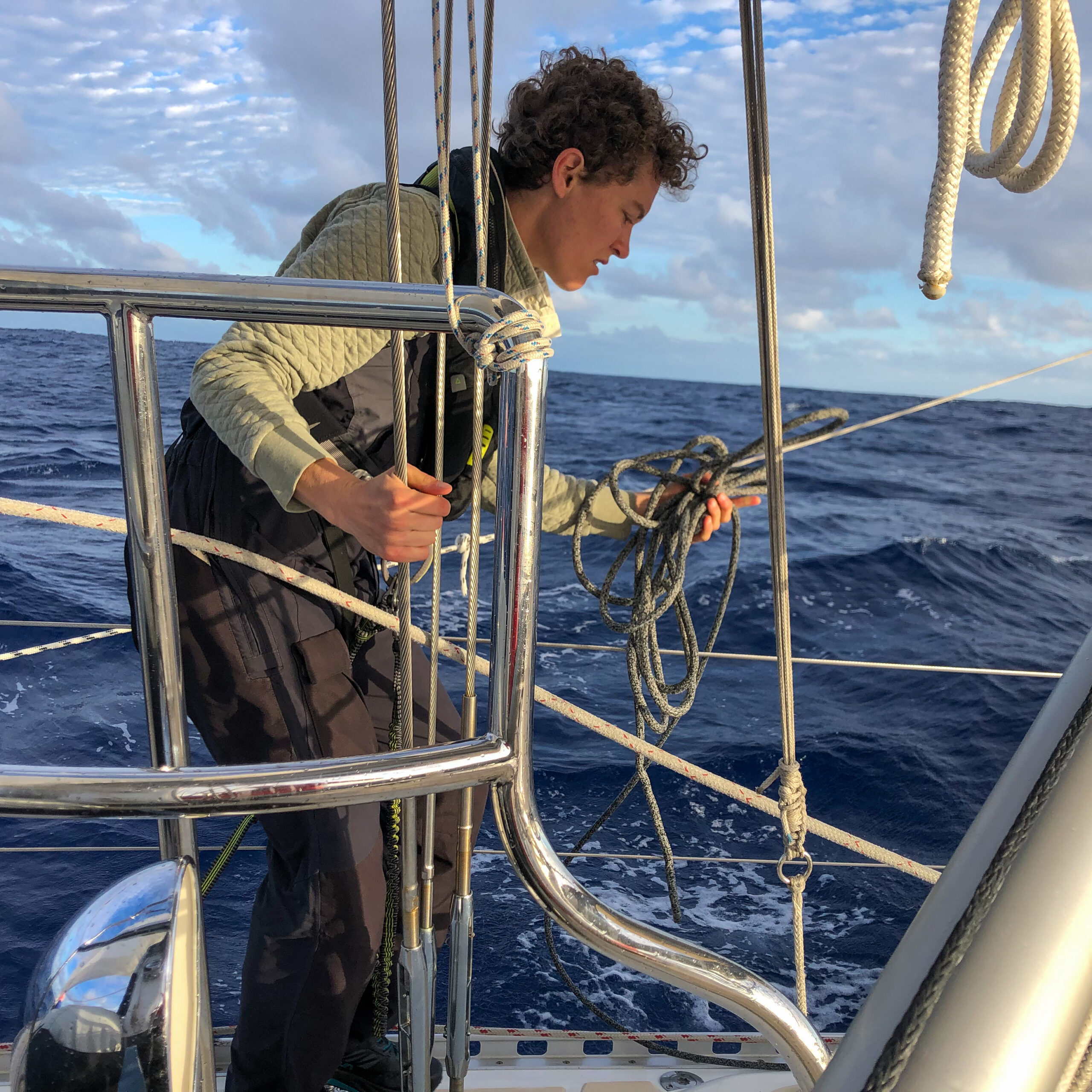
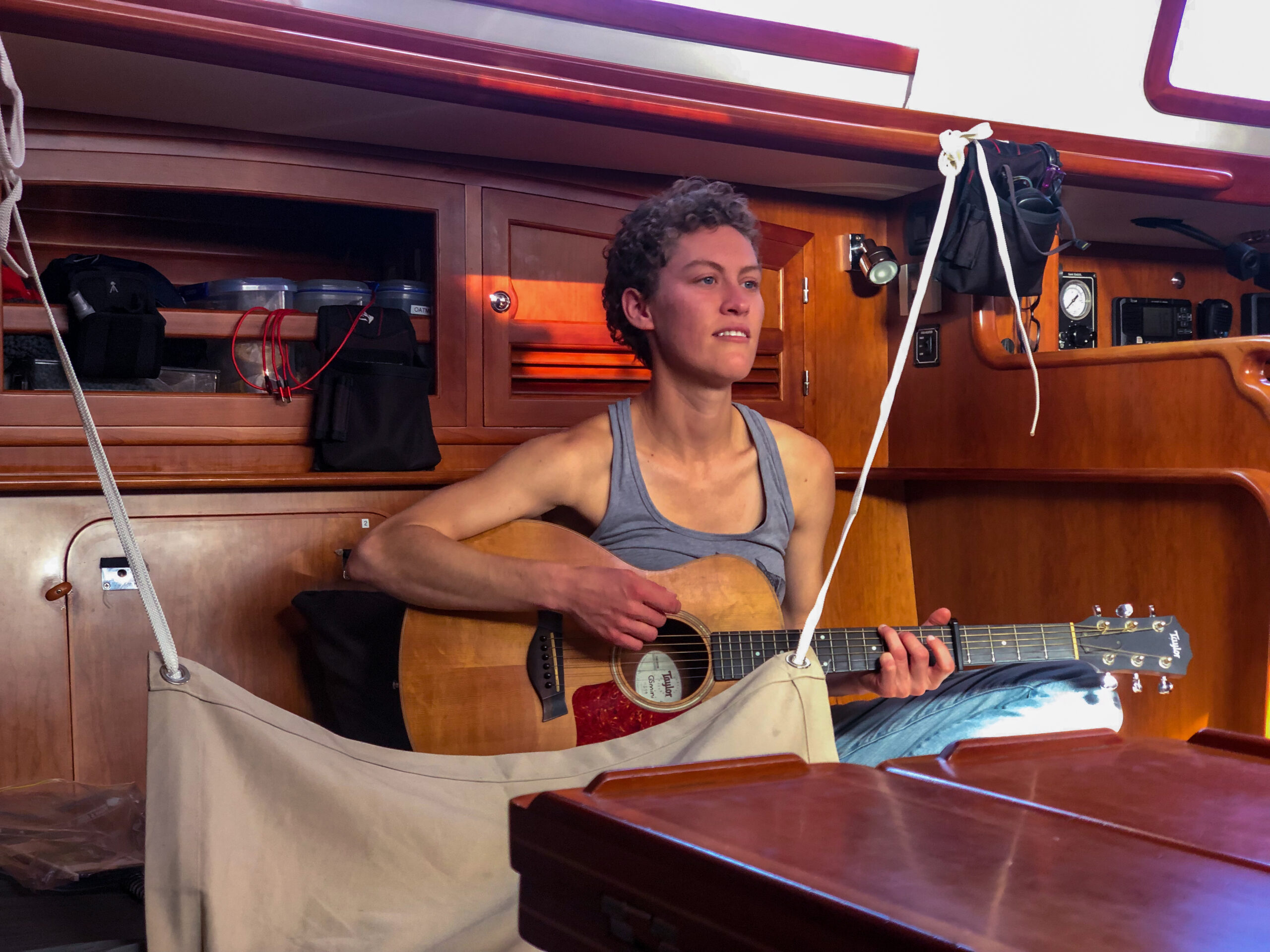
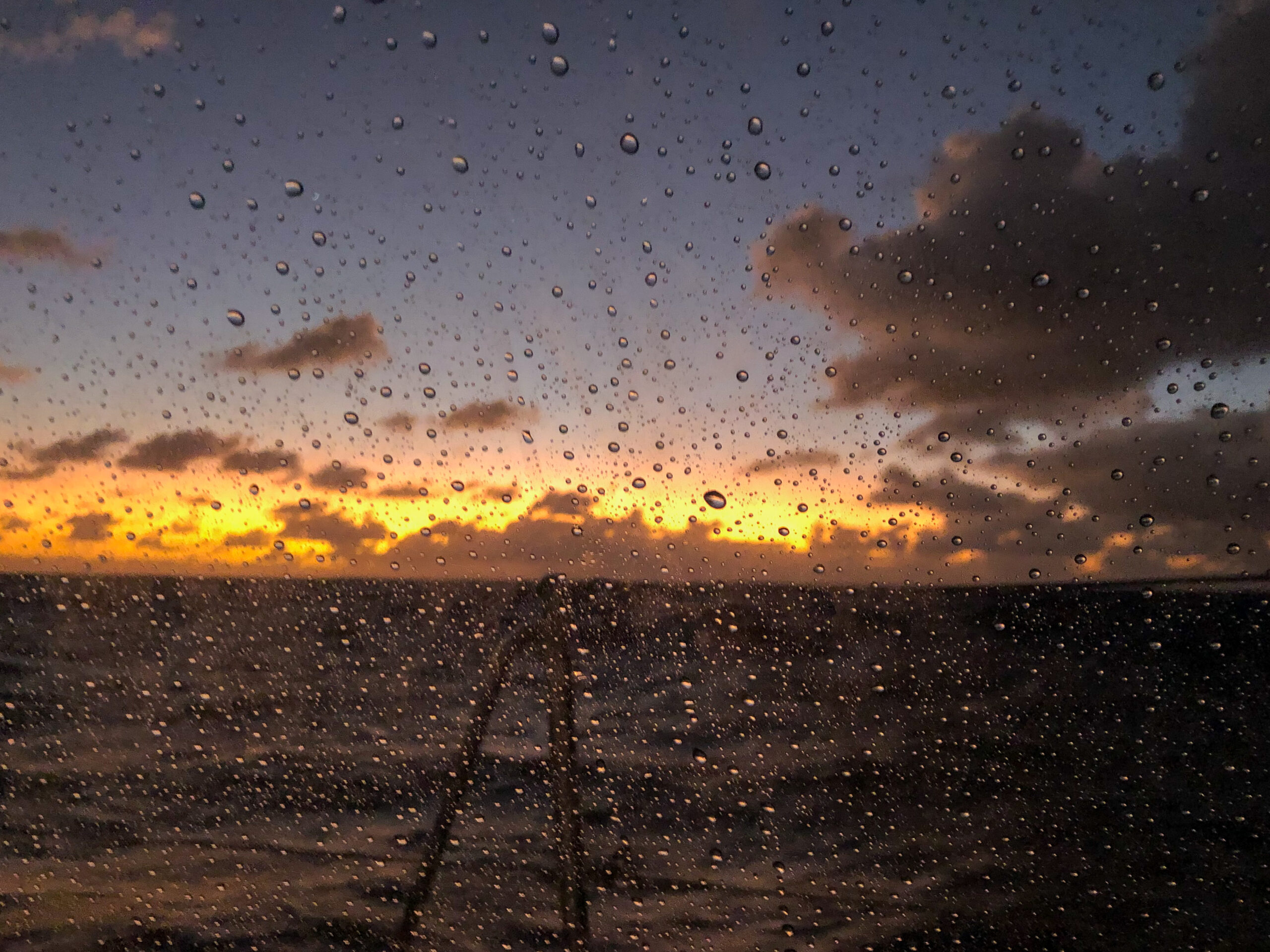
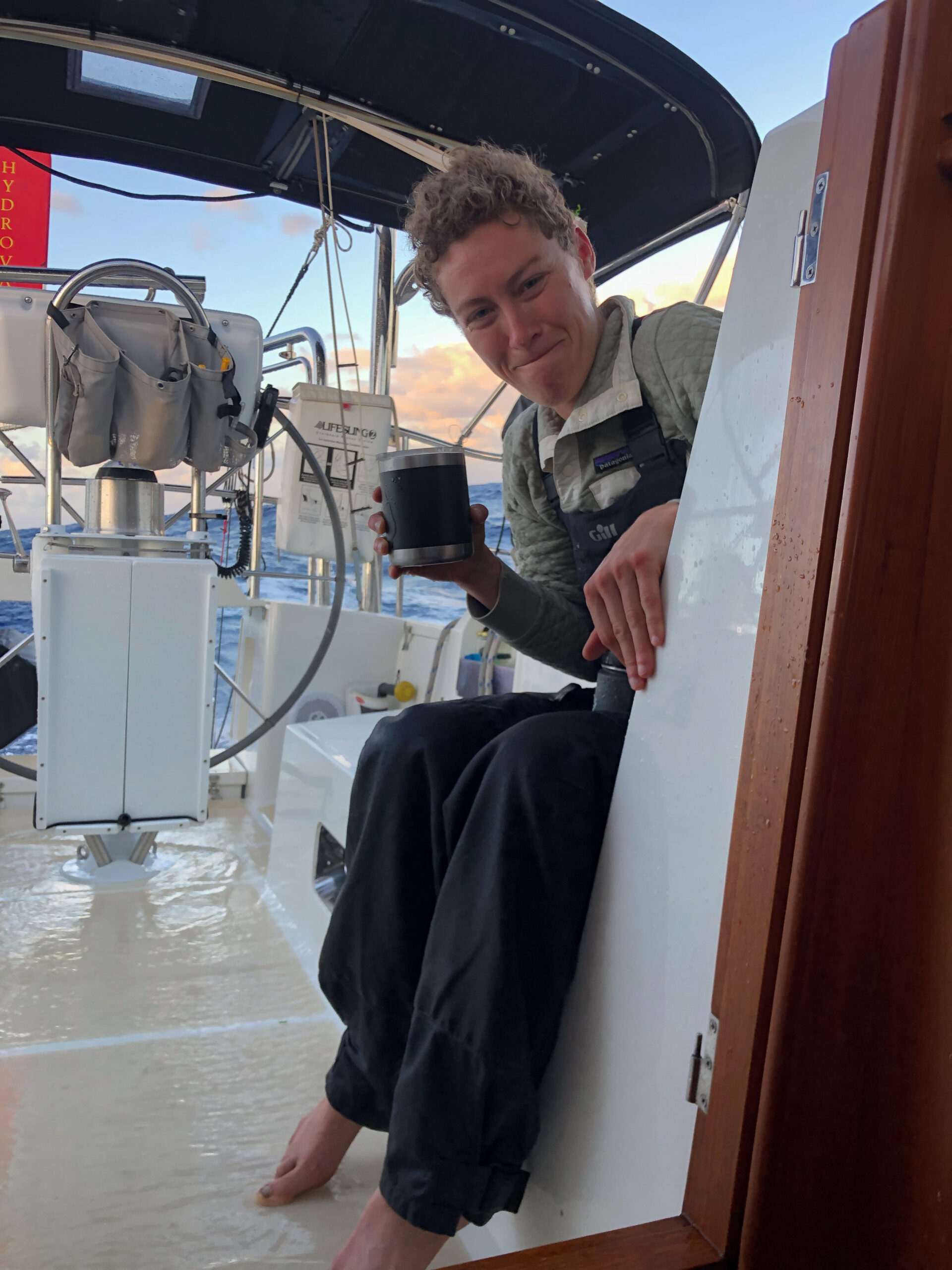
Maddi posted this note for Day 5:
“Poseidon has changed his mood, with boistrous seas catching us abeam and wind aplenty. With our course now set for Nadi, the Allora crew has spent the day either laying down or holding on tight. It’s incredible how tasks that were easy in the weekend calm have now become ludicrously challenging: making coffee, putting on pants… just want to take a pee in peace? Good luck! We keep thinking things are calming down, but perhaps it’s just our imaginations (and wishful thinking from unsettled tummies). Allora, for her part, seems to bounce joyfully over the boisterous seas, carrying us northward. The warm air, puffy trade wind clouds, and occasional flying fish among the leaping waves remind us that we’re back the tropics. We managed to brave the splashy cockpit for some music today, and only one of us took a full dousing! Heading into the night a salty crew, with gratitude for the wind and hopes for mellower seas tomorrow.”
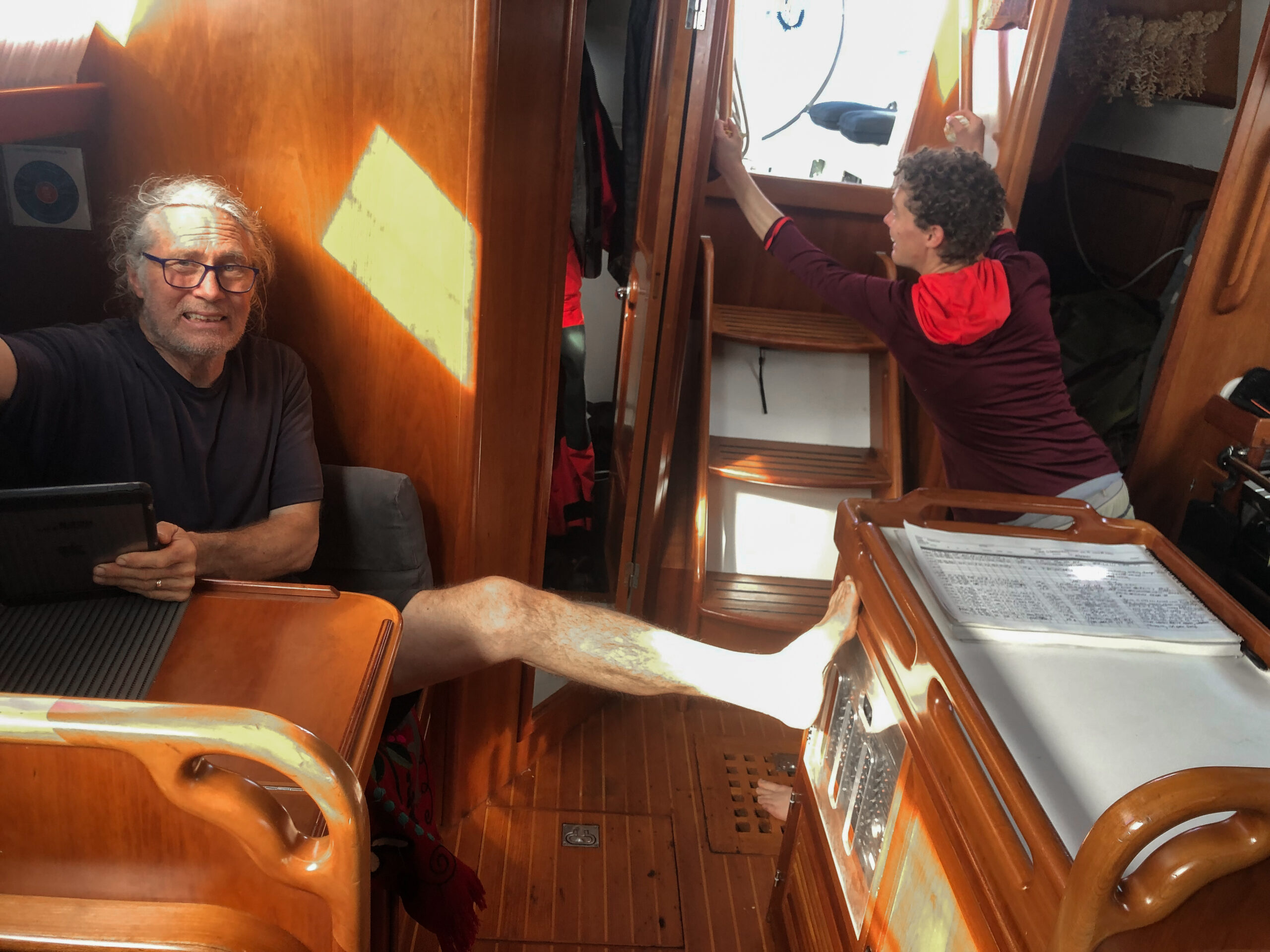


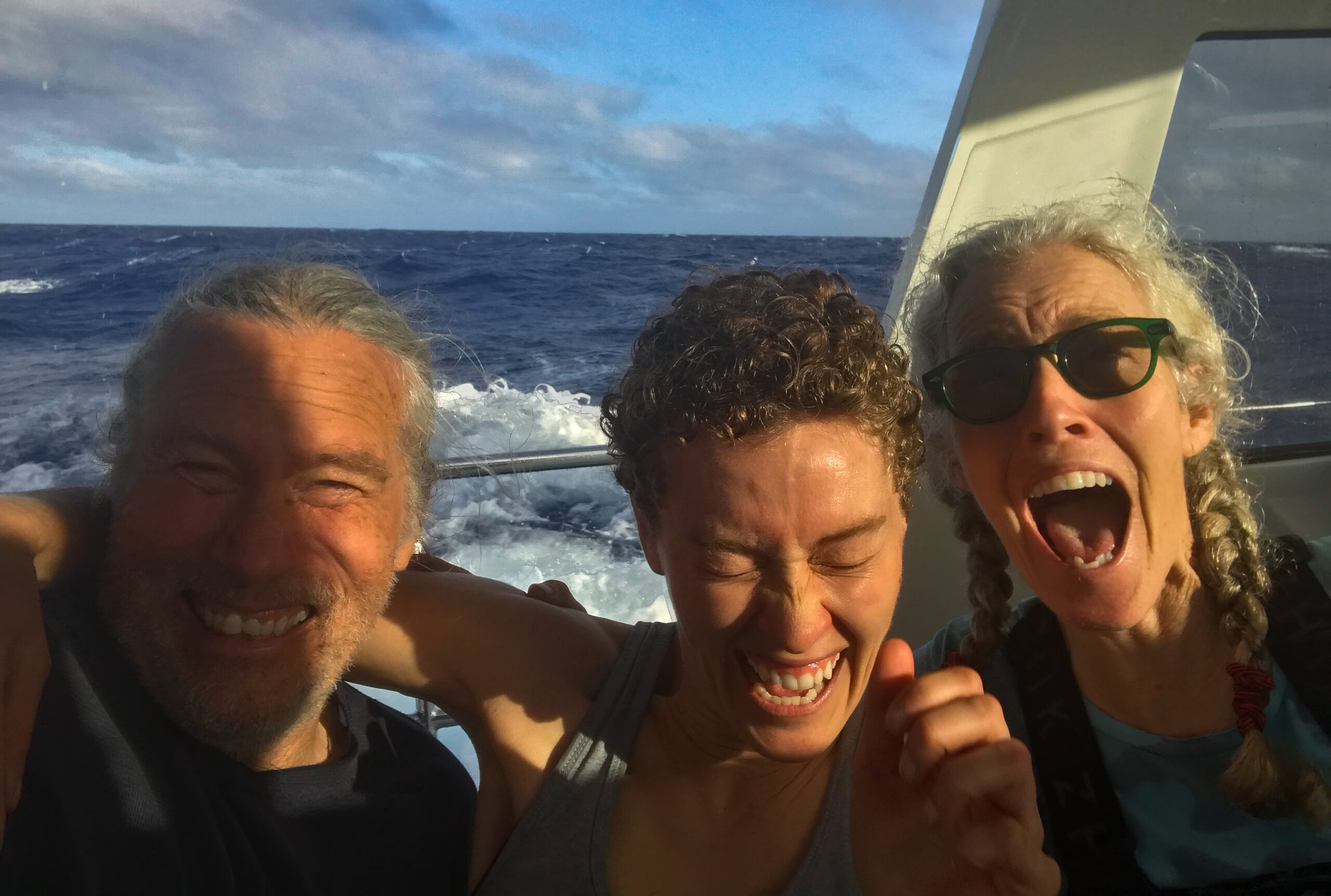
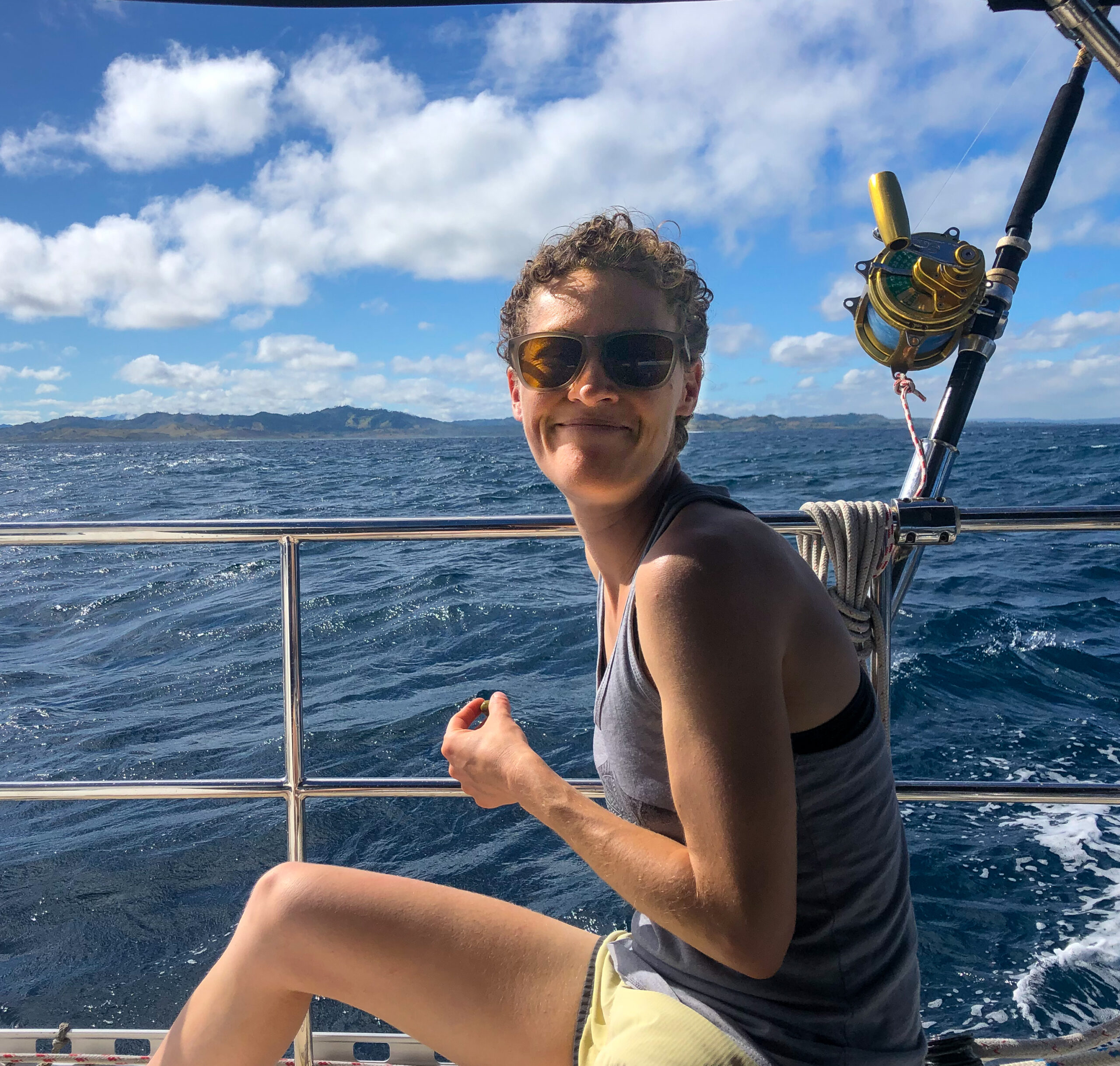
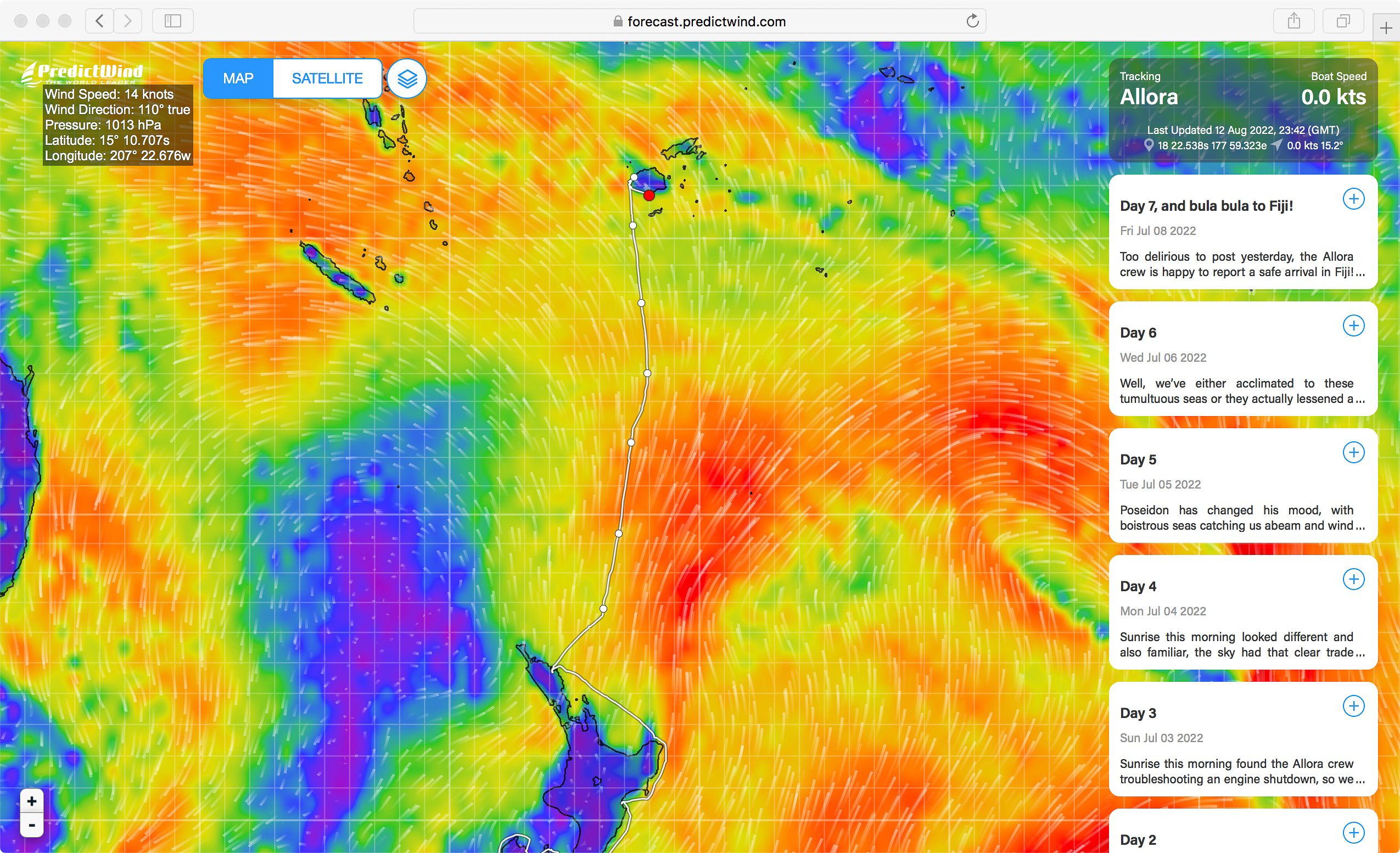
Though our speed through water was usually pretty stunning, it was all such a sloppy mess that our actual distance made good suffered. Still we logged a couple days over 170 miles, coming in at 7 days for the whole passage. After a rowdy, tumultuous, brisk and challenging ride, the calm water inside the lagoon felt surreal, the welcome song at the quarantine dock seriously touched our hearts and the Covid tests brought actual tears to our eyes!
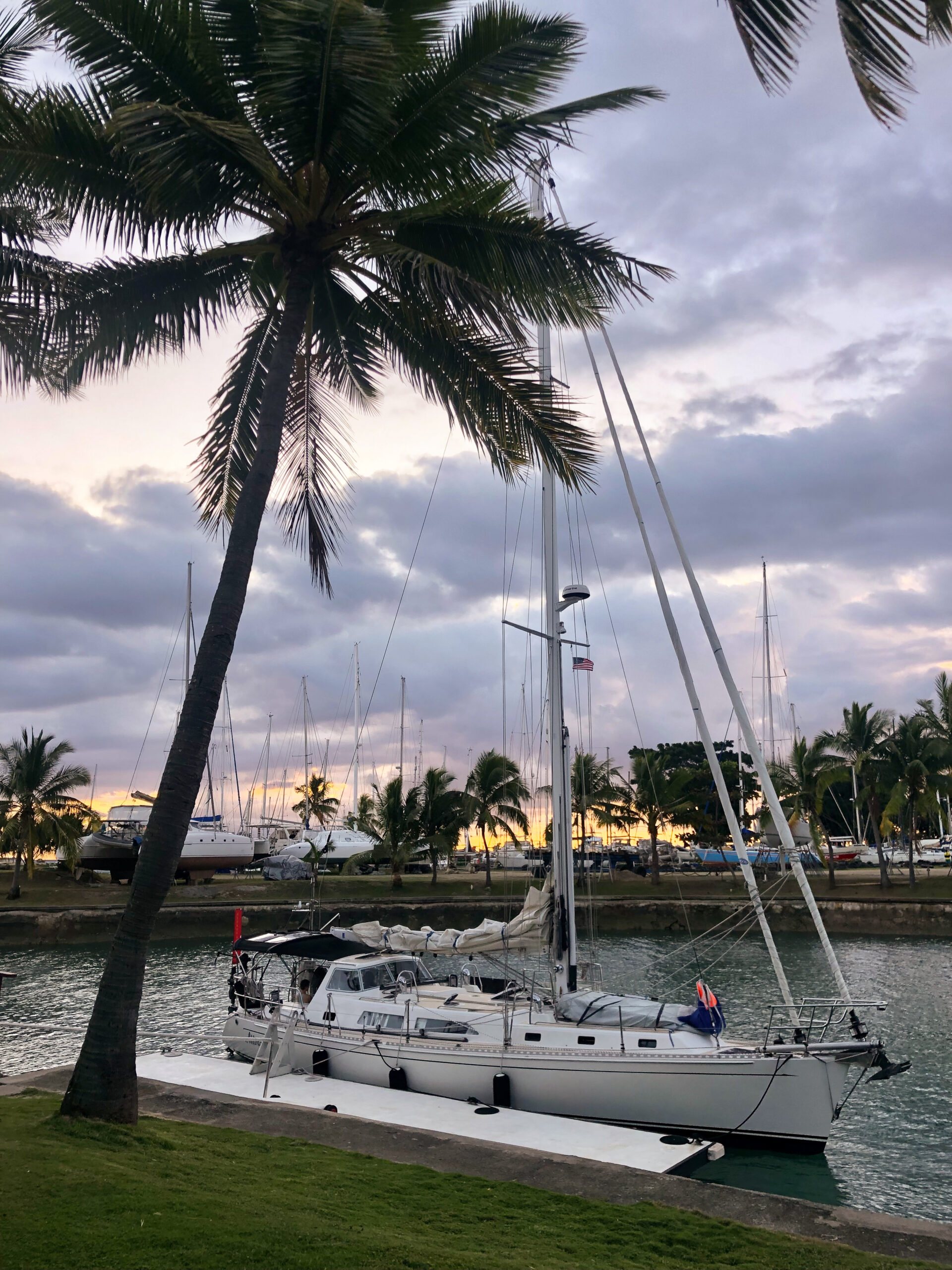

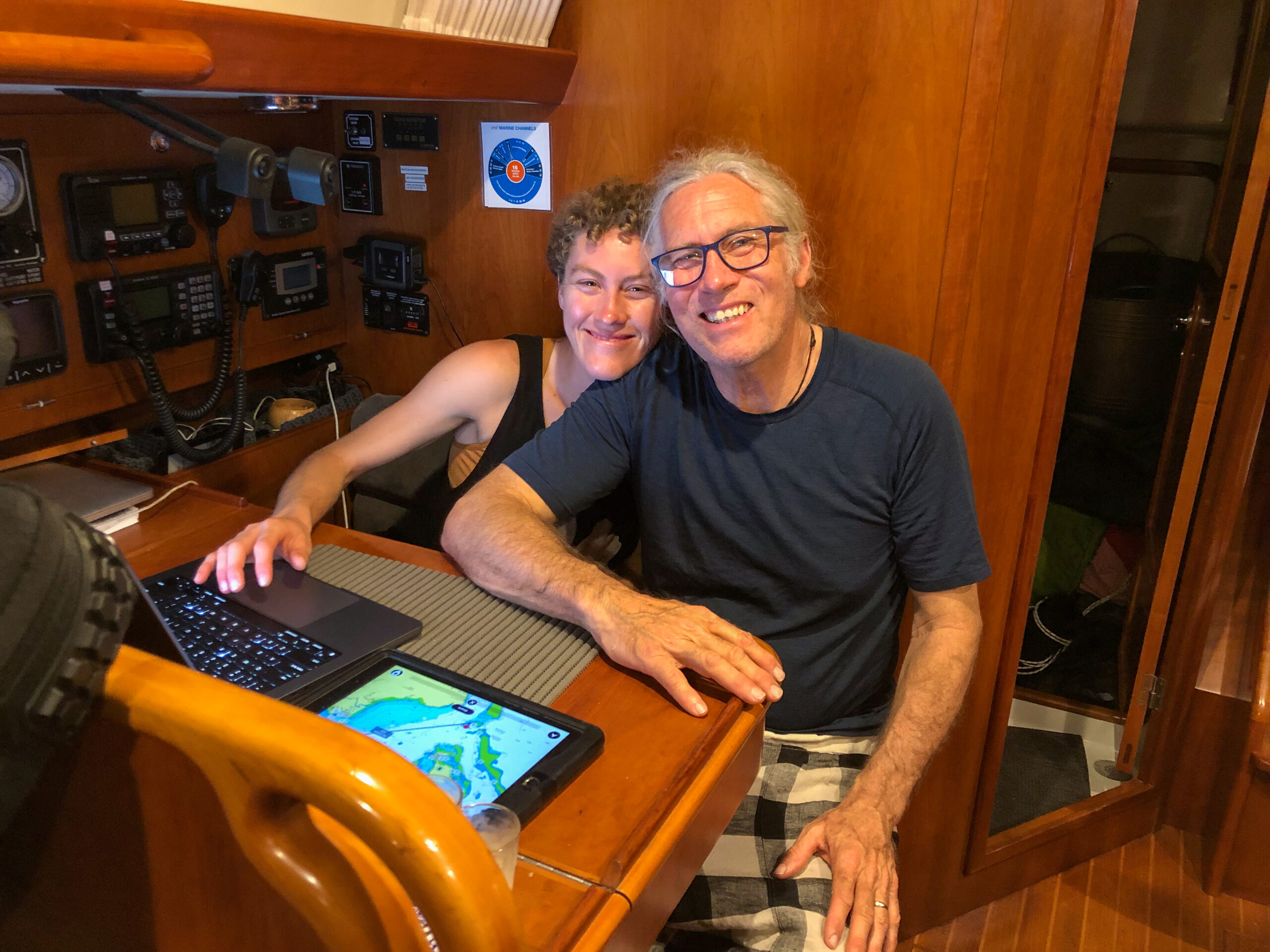
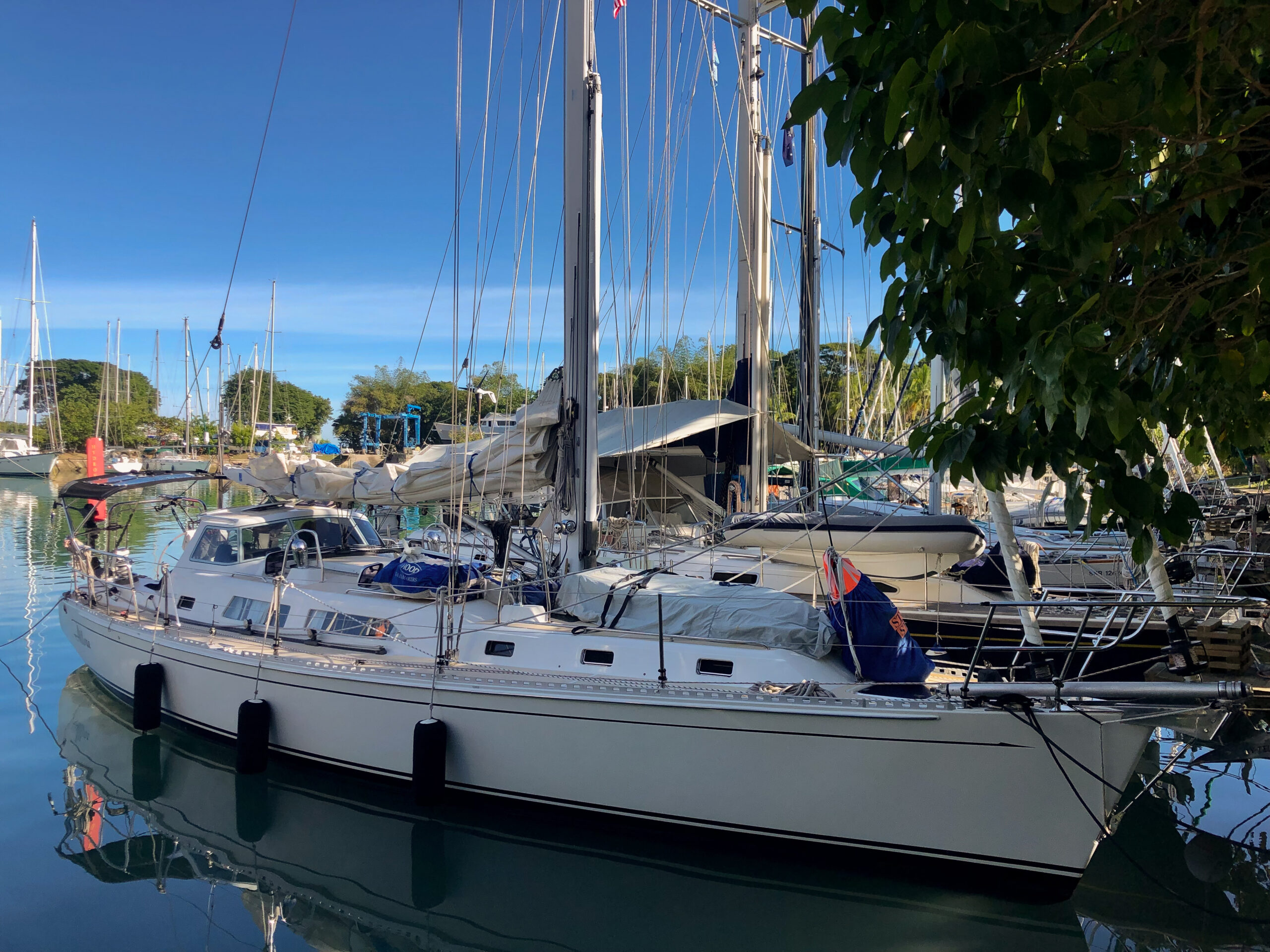
Maddi’s time in Fiji was already going to be pretty short, after waiting in Opua for weather, so we just couldn’t stand the idea of hanging out in the Marina, working engine or not, even though that would obviously be the prudent choice. We hadn’t seen the blown bearing yet, so blissfully ignorant, we decided that we would sail out to the reef for a couple of nights. We picked a spot that looked like we could sail onto anchor, and off, if we had to. Namo (our dinghy) was also standing by to push us along if all else failed. The wind cooperated (which is lucky because the engine quit again just after we got out of the marina and got our sail up), and though we didn’t have to sail onto anchor, we did have to manually drop it since the rough seas of passage had managed to drown a supposedly waterproof fuse box on the windlass.



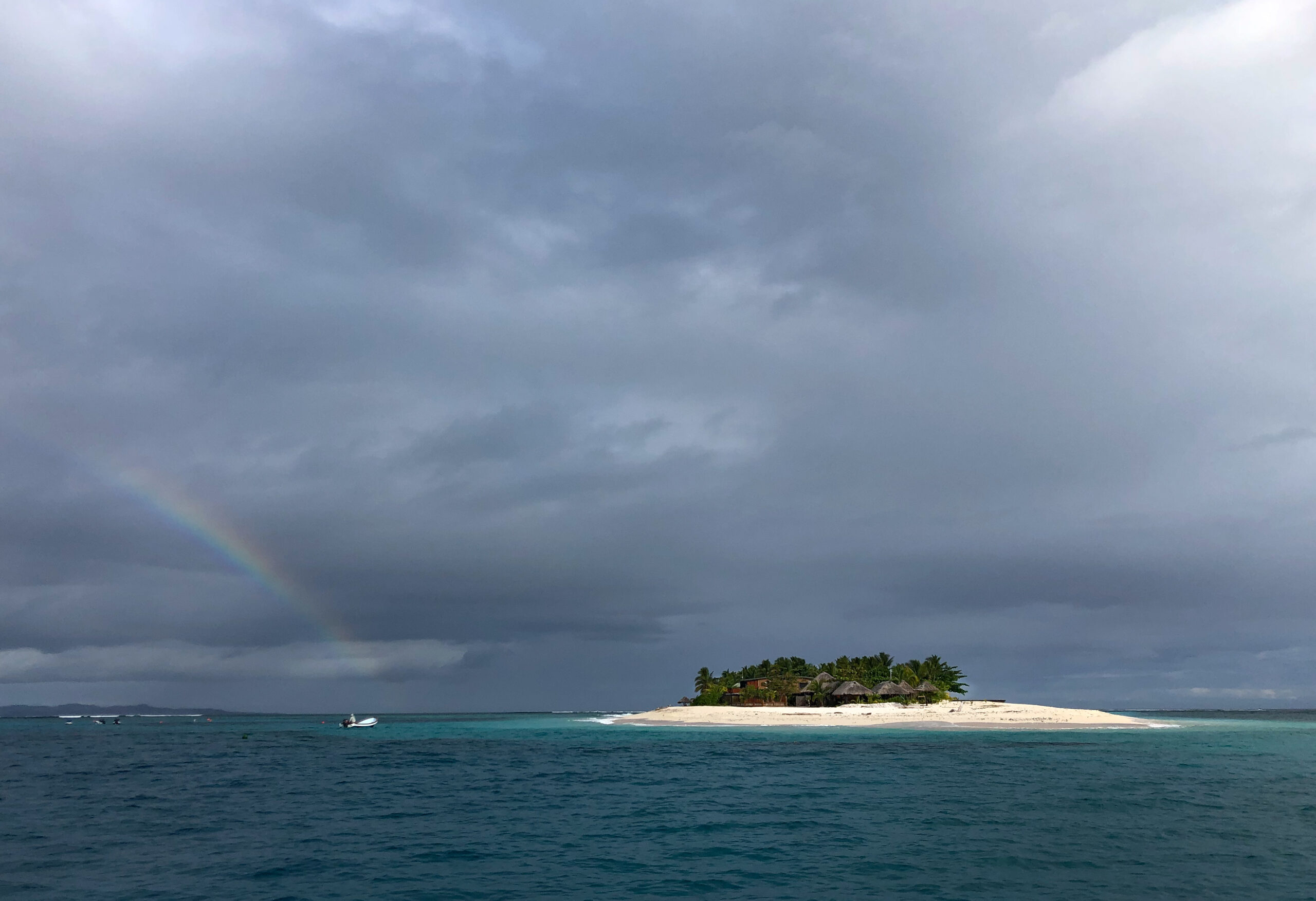
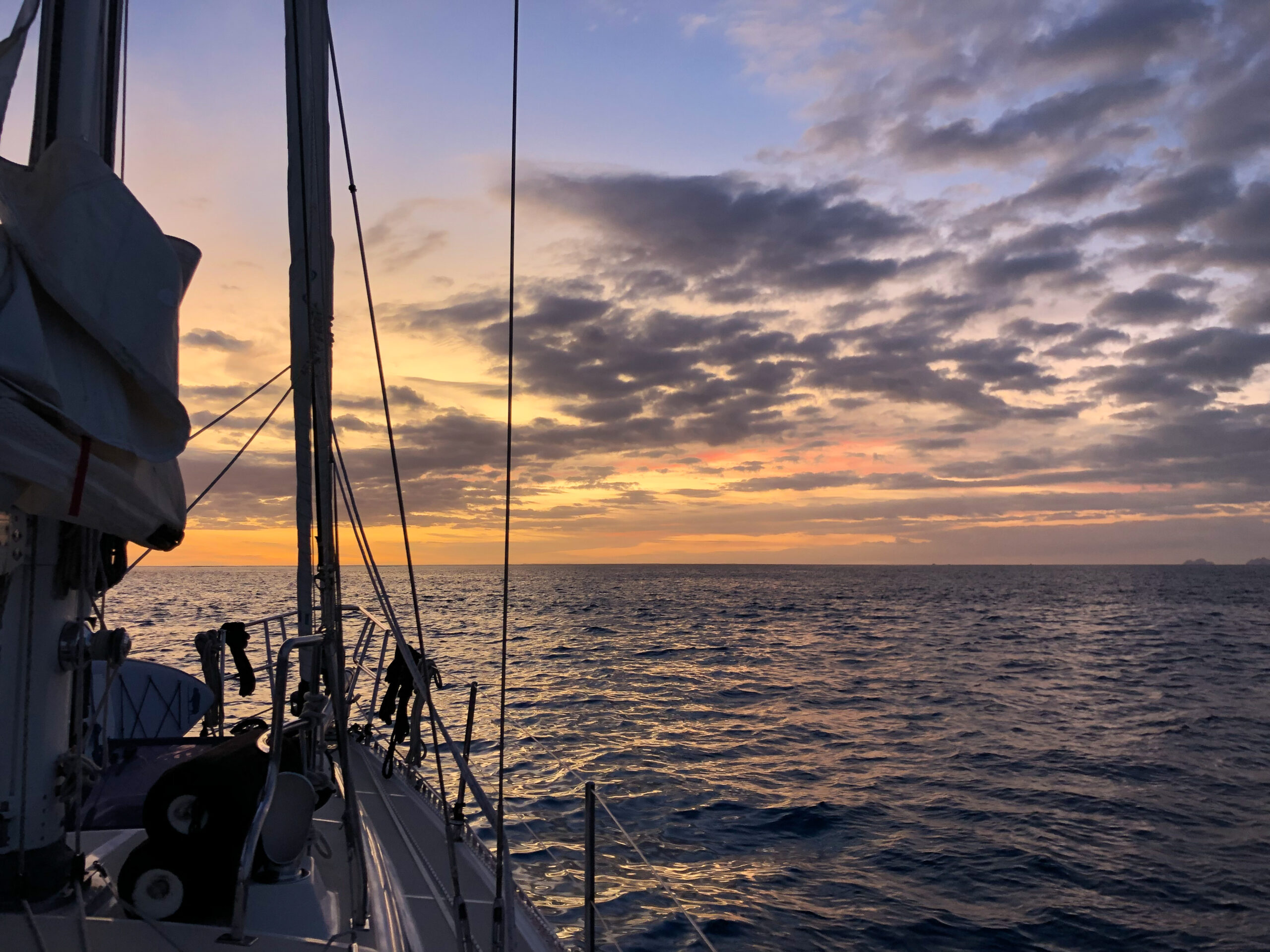
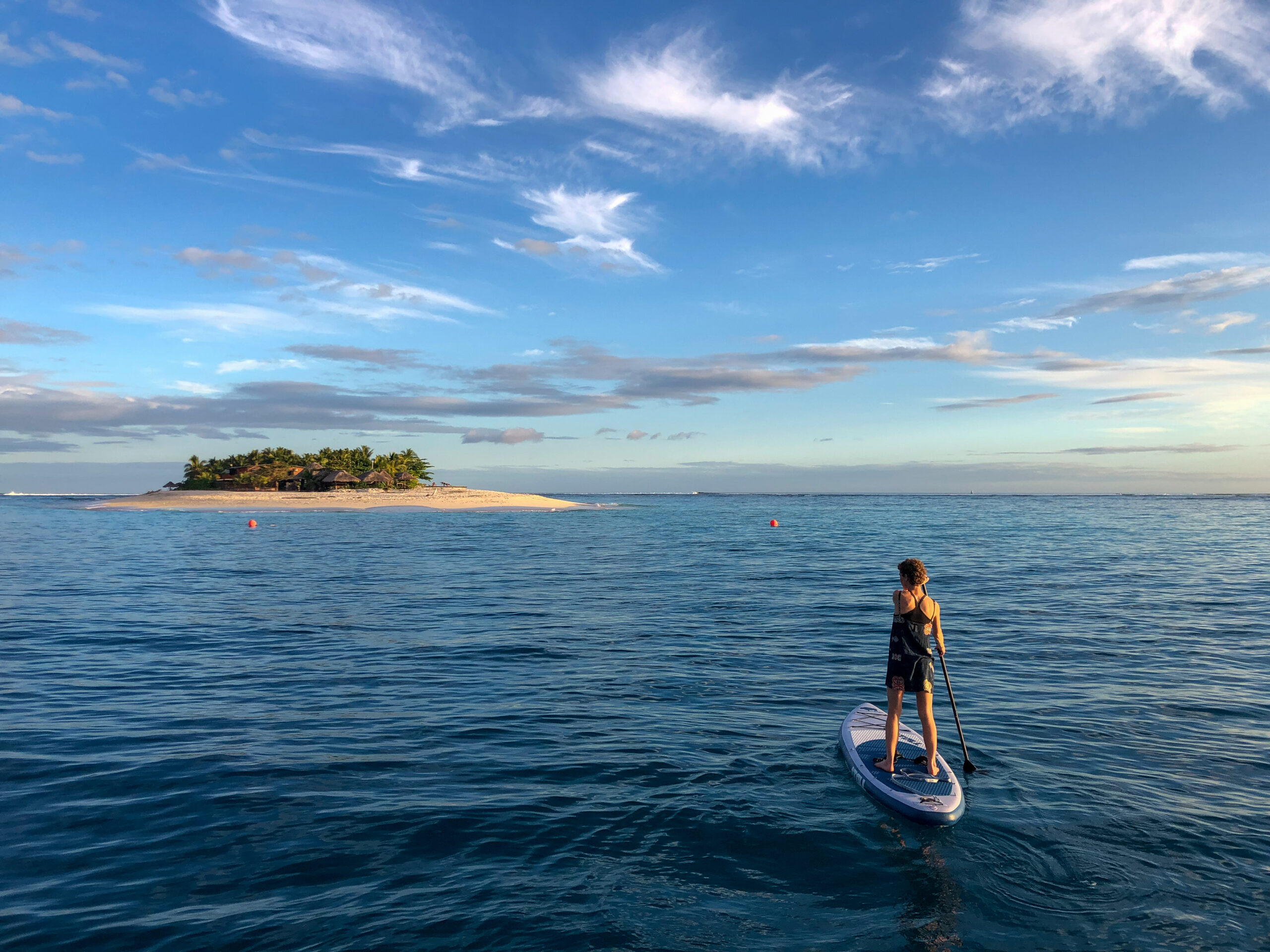



The night before we had to take Maddi back for her flight, I woke up feeling pretty sick. Diana was feeling a bit off, too. She thought it was the rolly anchorage, I thought it might be bad food. By morning I was slammed. So Diana and Maddi brought Allora back without my help.
Unfortunately, there wasn’t a scrap of wind, so they motored the whole way, with Diana in deep psychic communication with the Yanmar 4JH80, to keep it together until she could get all the way in the narrow marina entrance and tied up to the circular quay at Vuda. I watched from below – first the palms of the channel drifting by and then our neighbors’ masts as she wedged Allora into her spot, bumper to bumper with boats on either side. Flawlessly executed. We realize we really need to trade jobs now and then, just to practice for occasions like this. ~MS
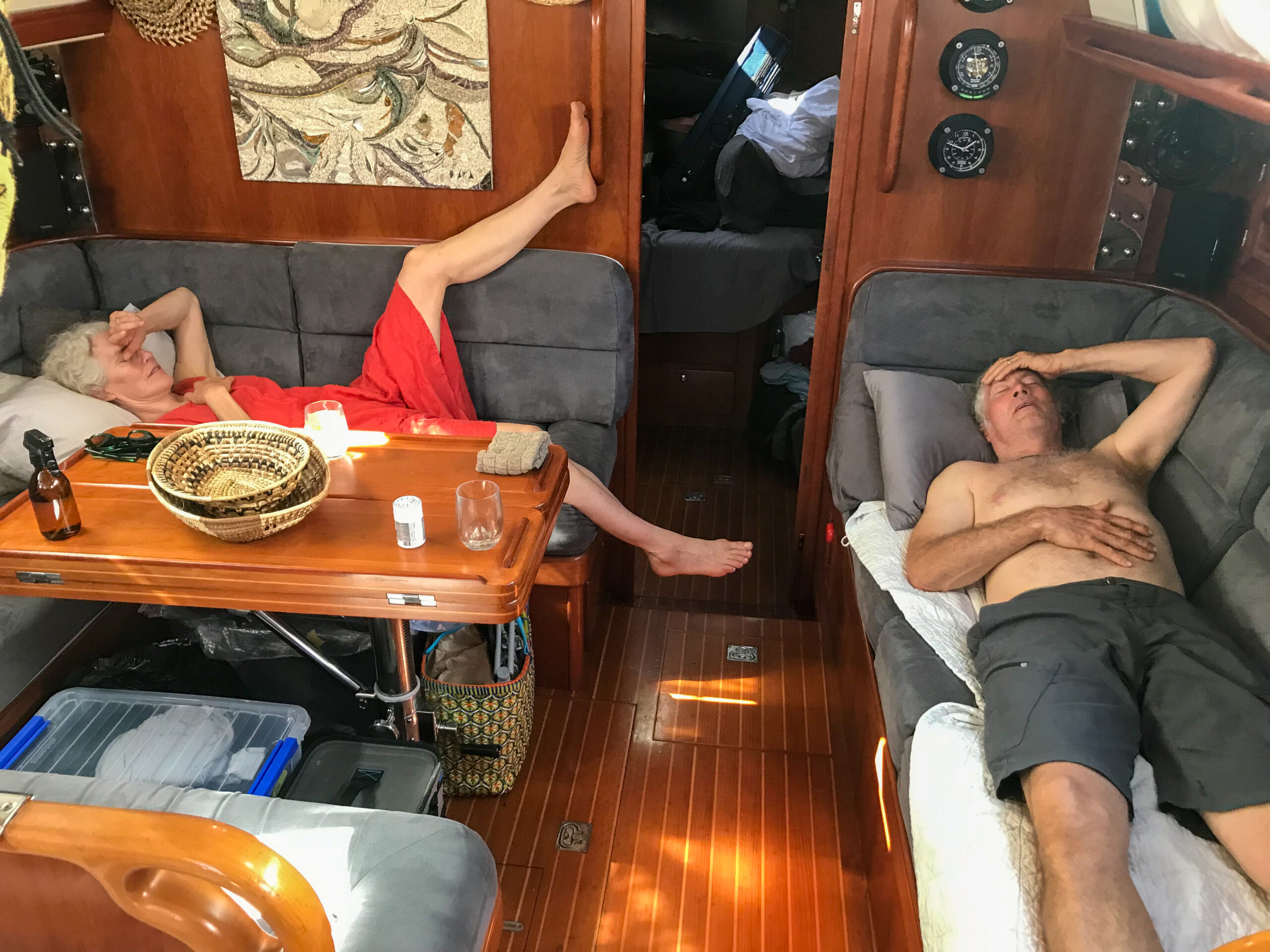

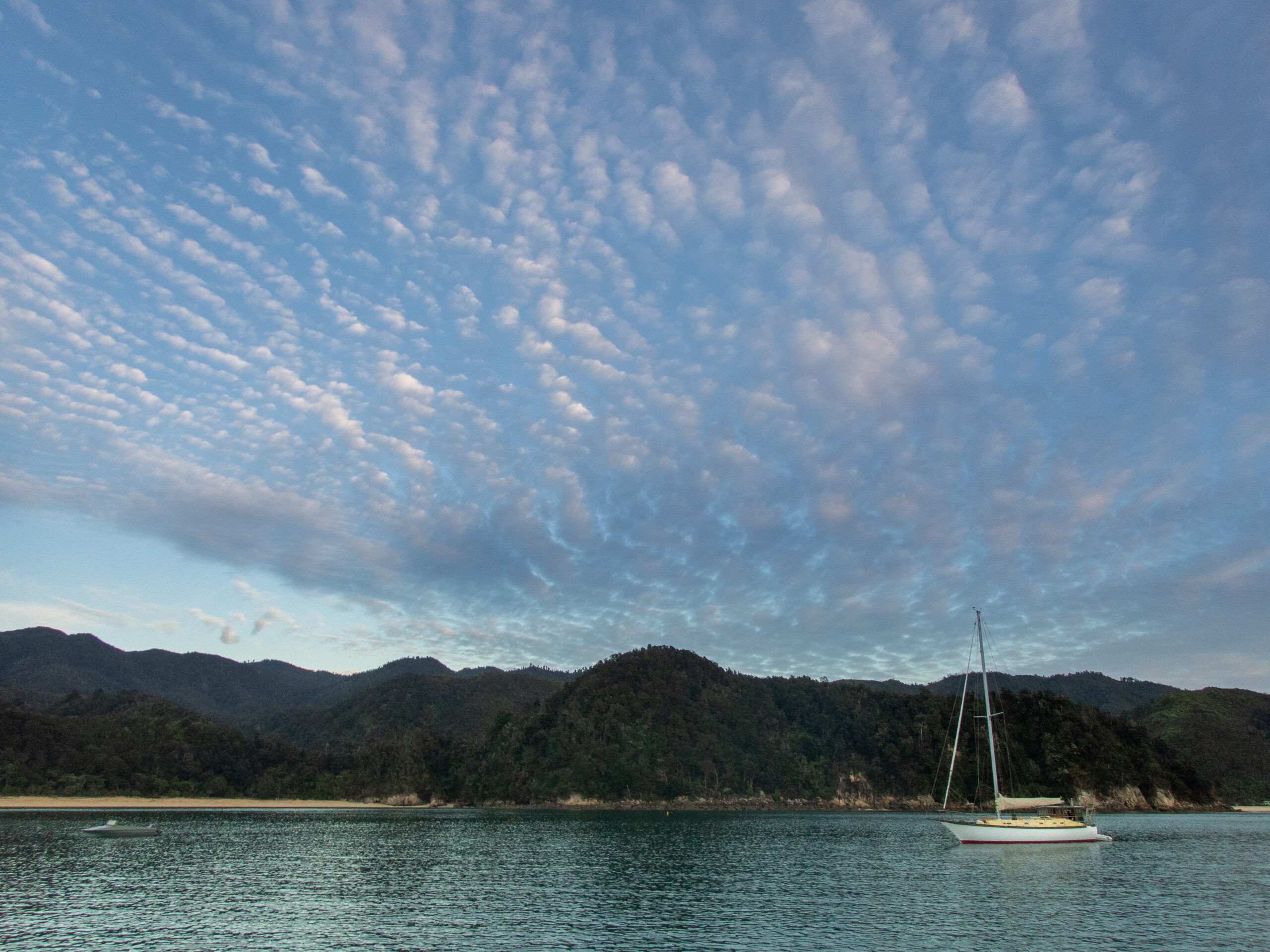

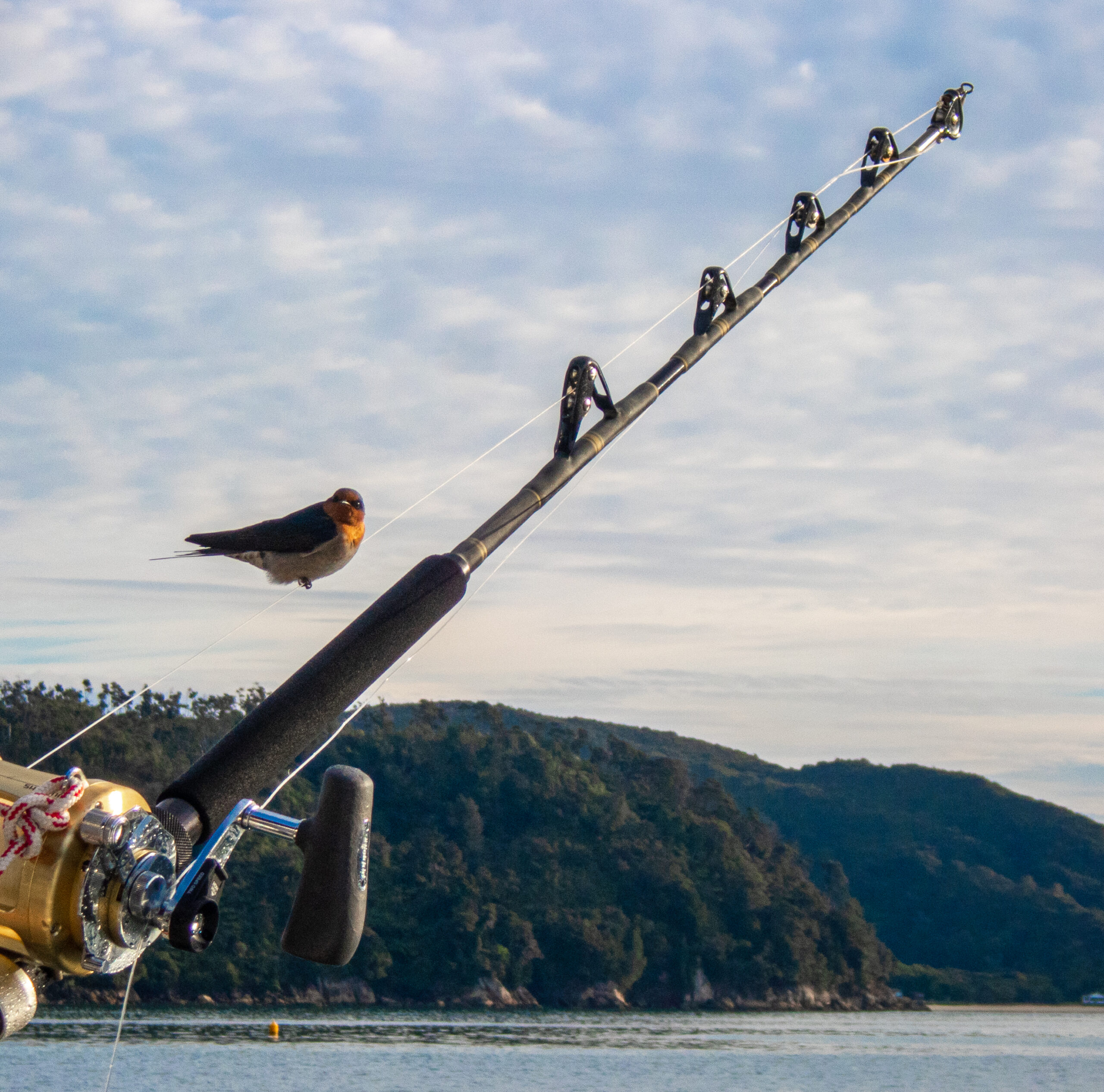

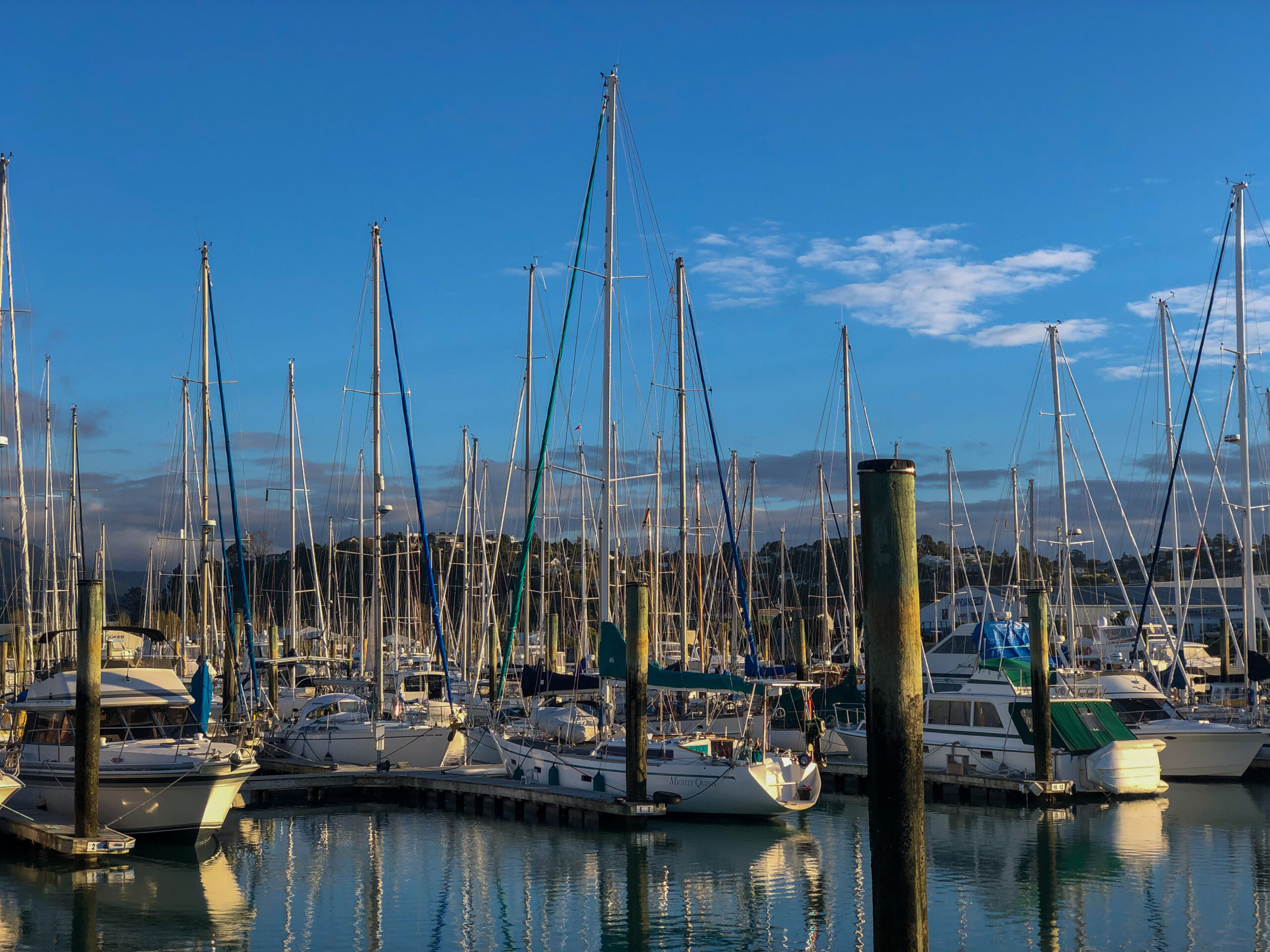


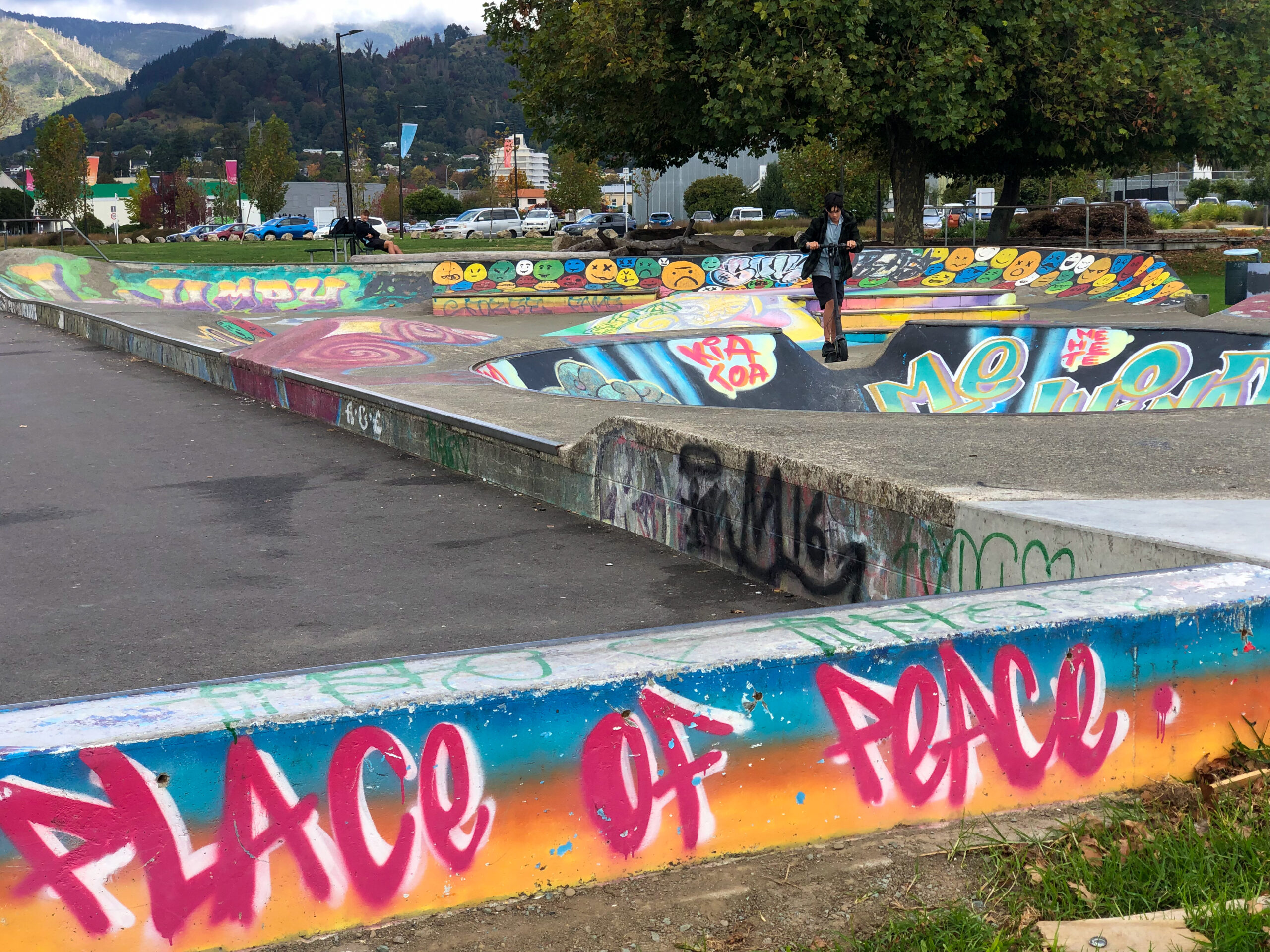
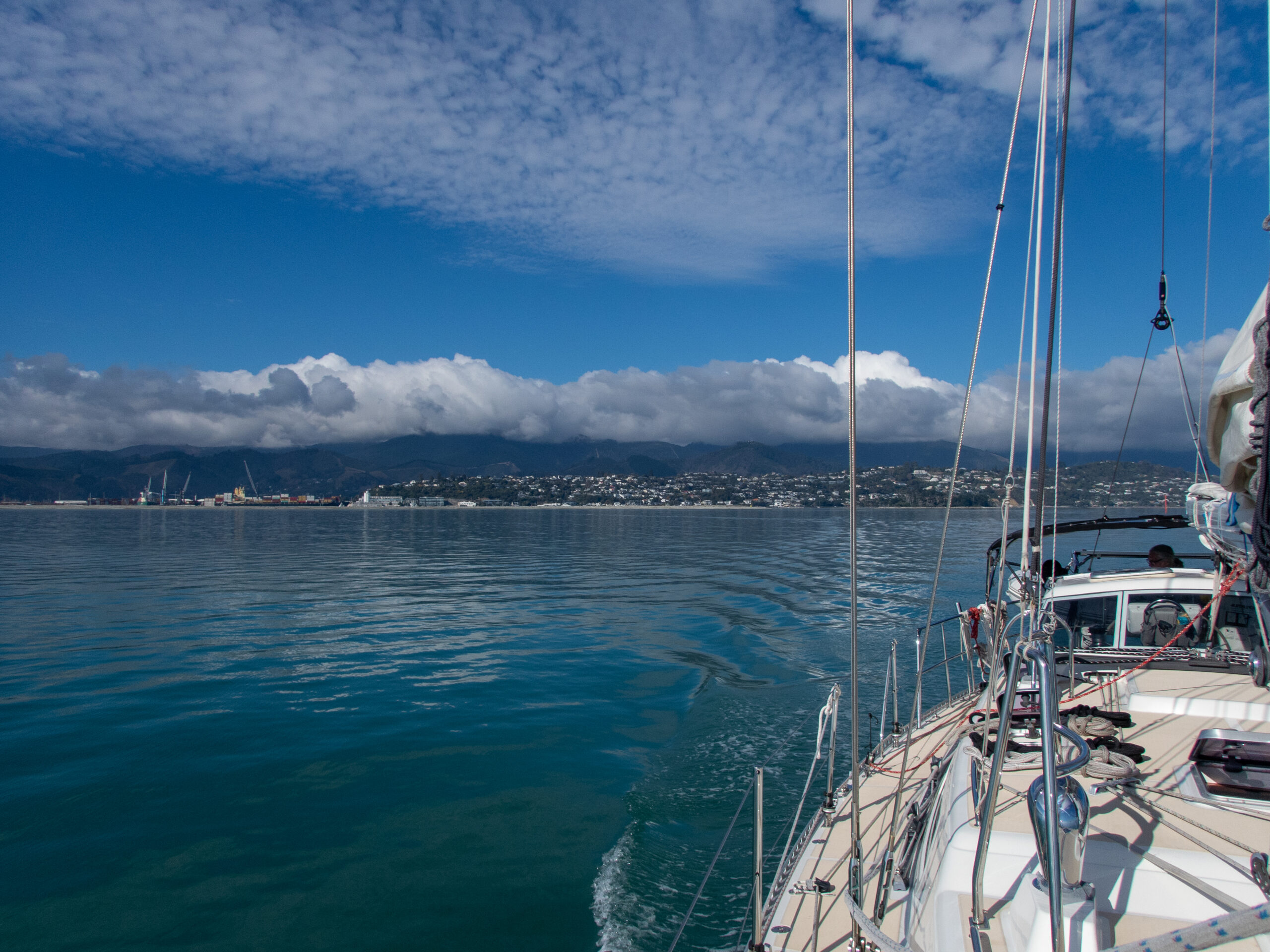
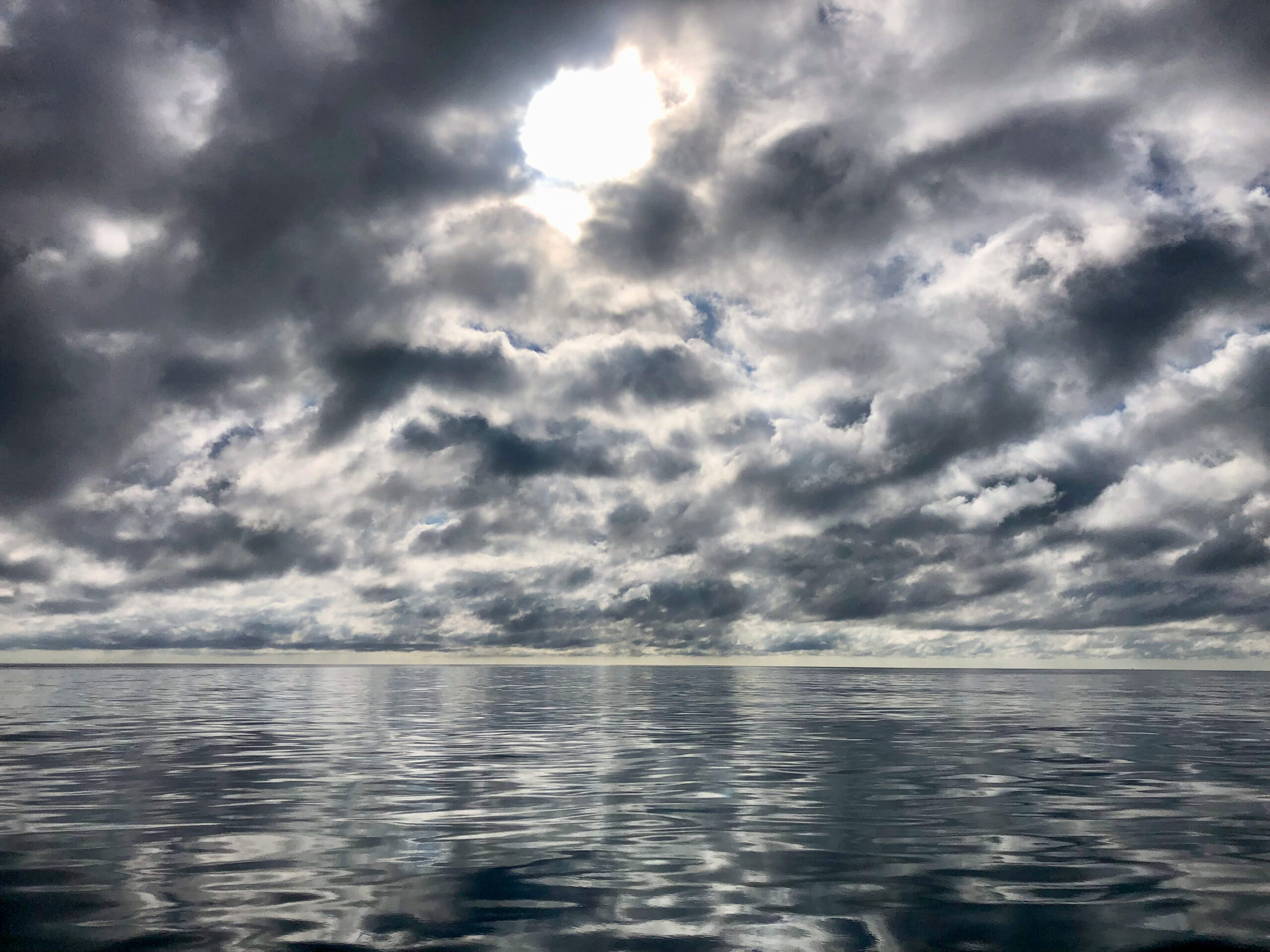

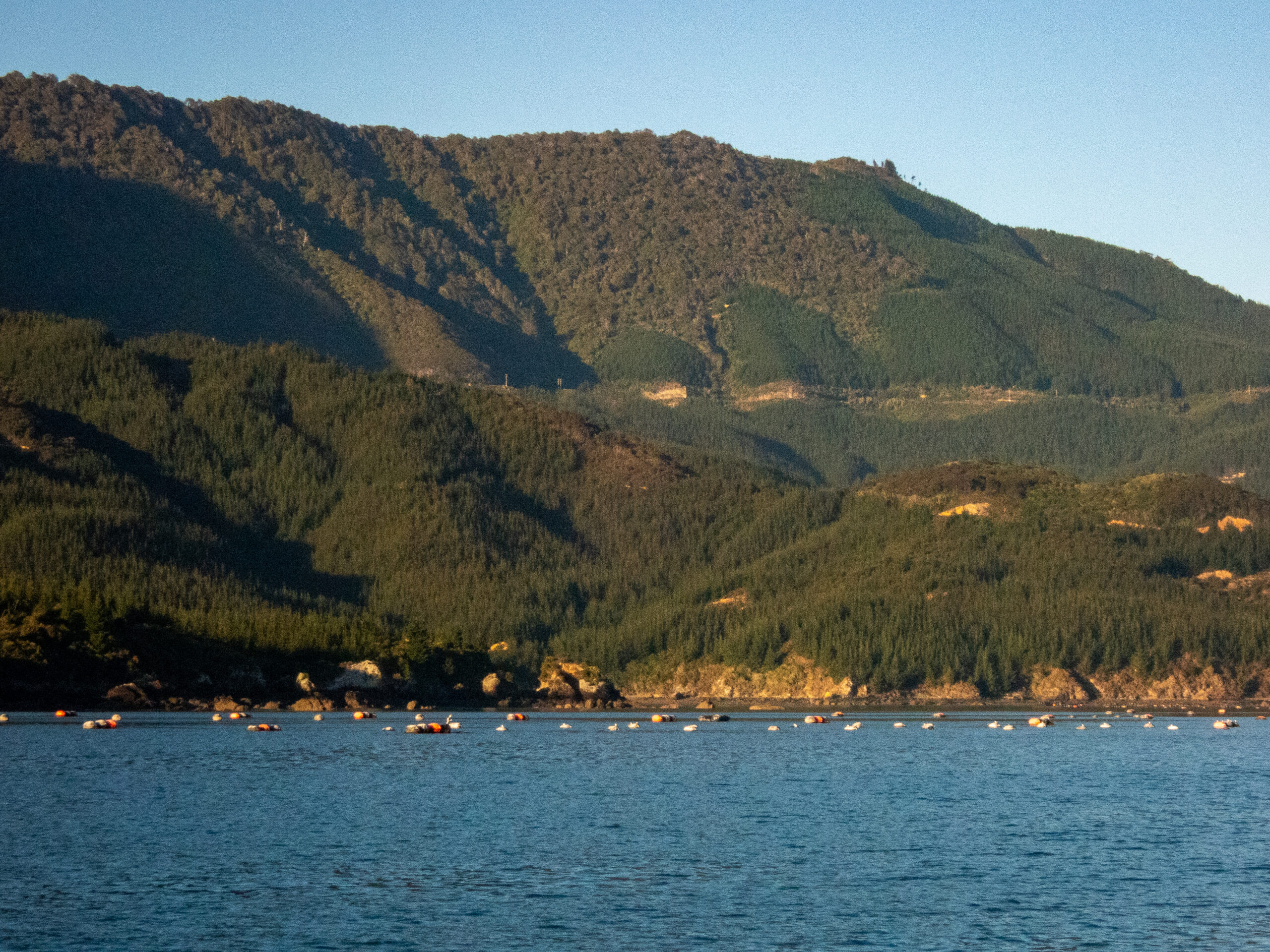



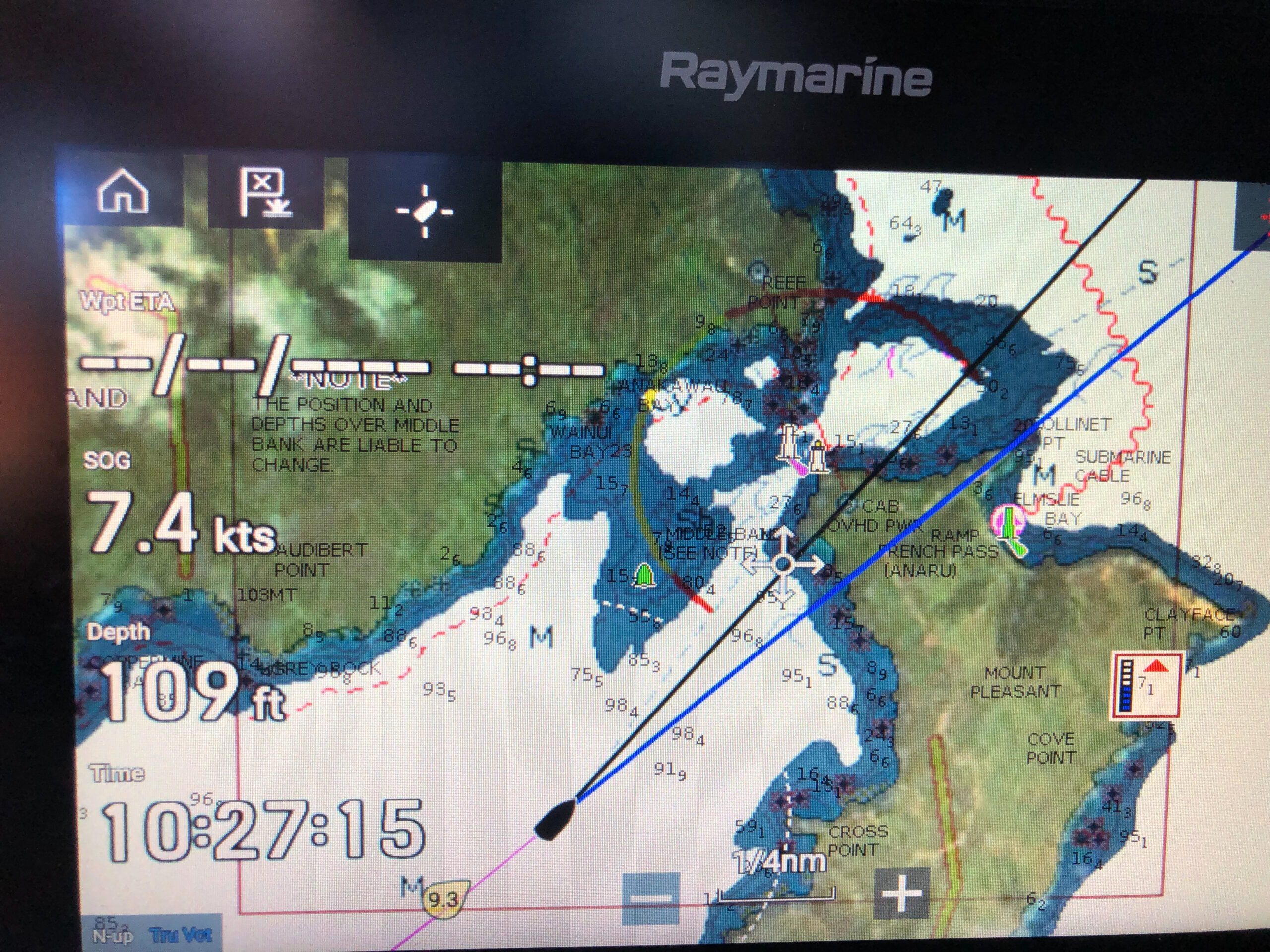

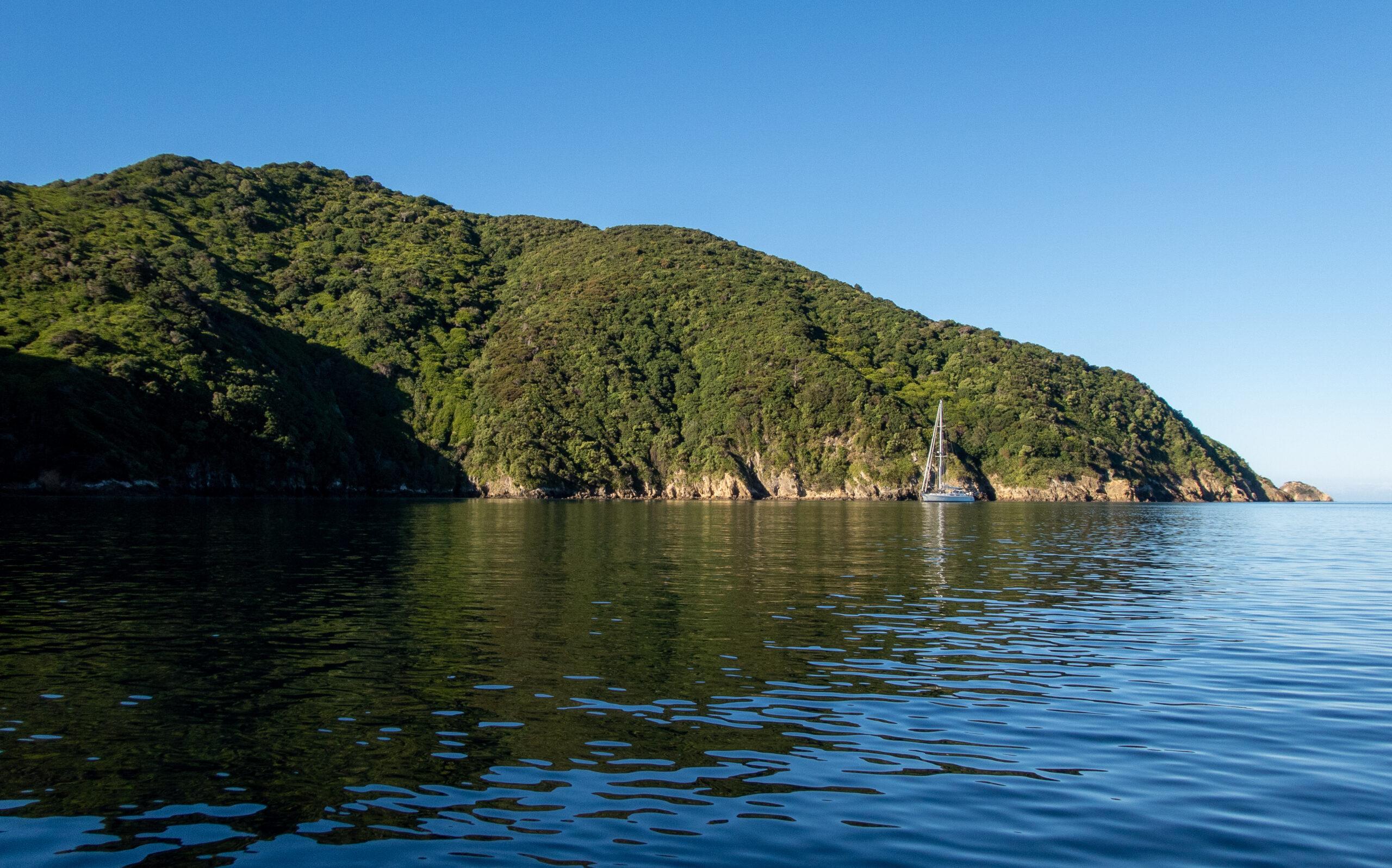

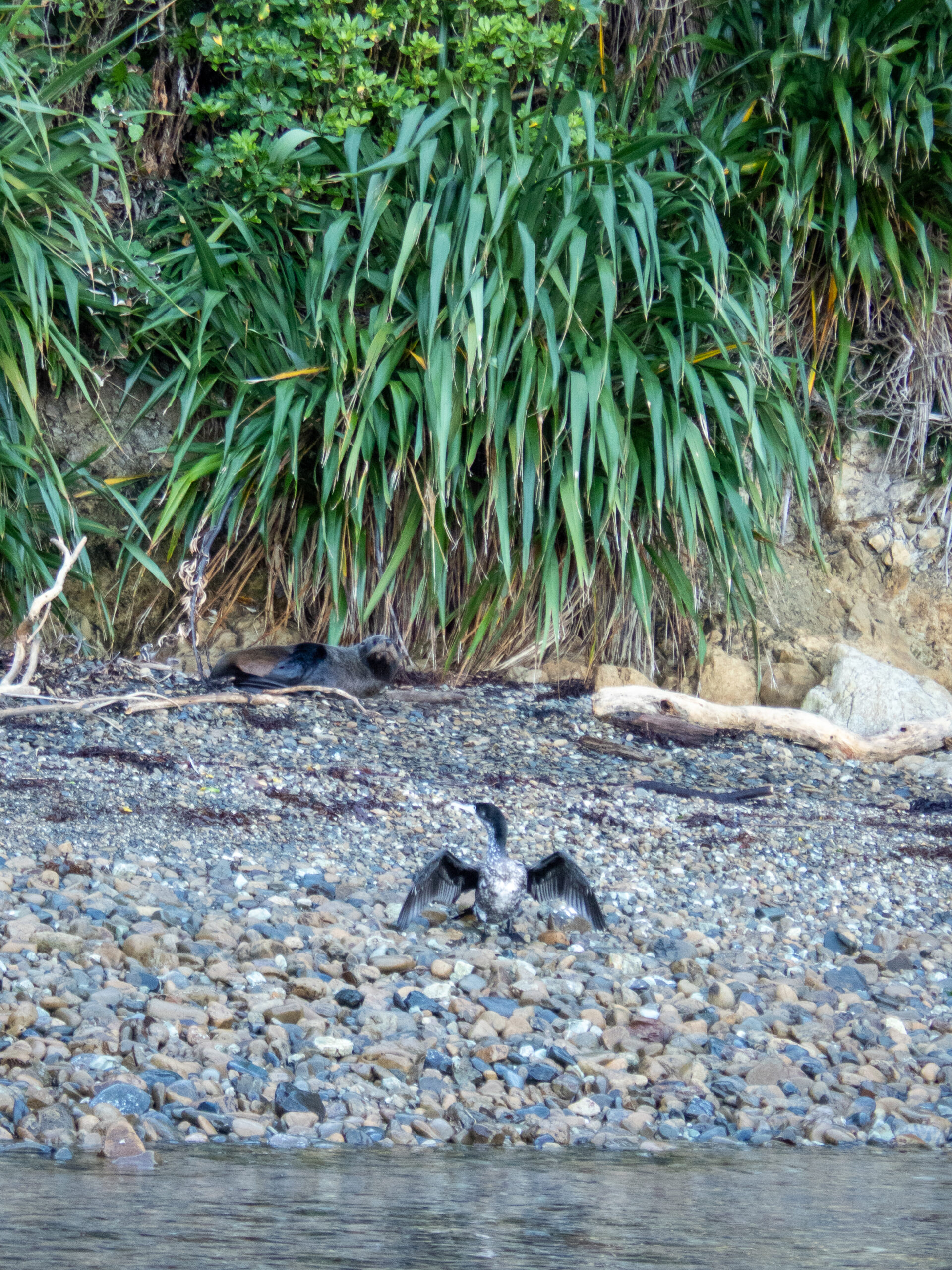



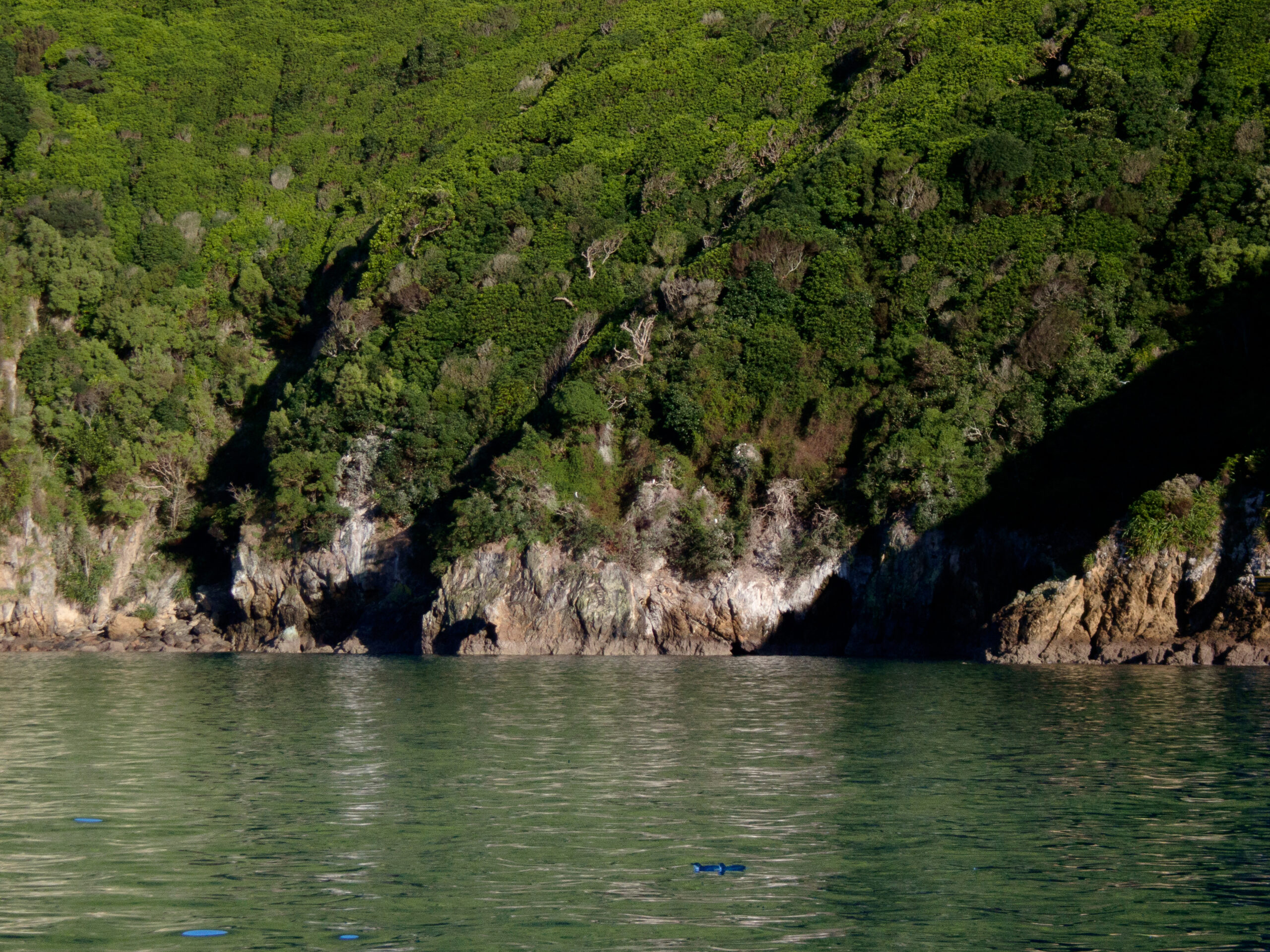
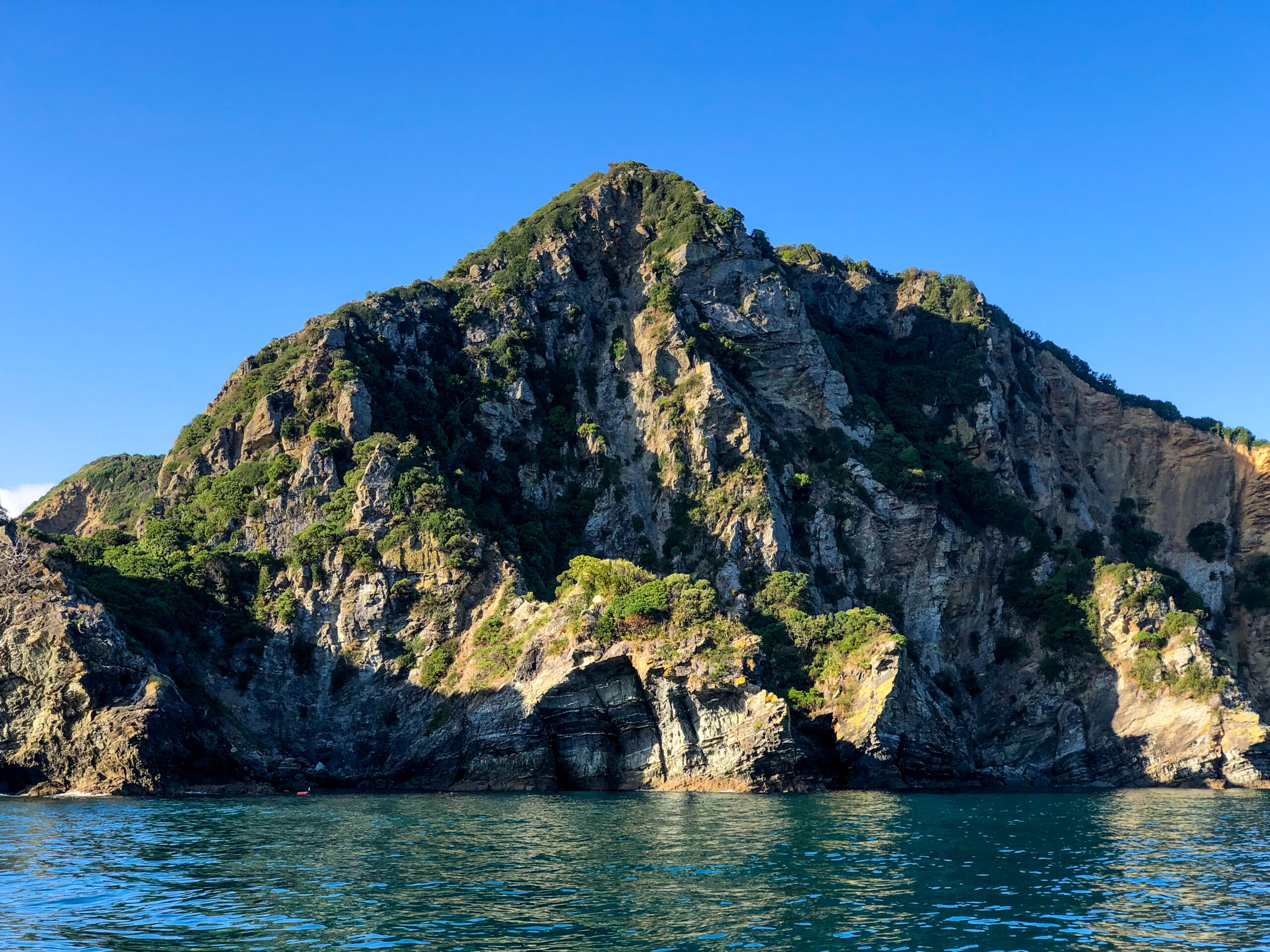
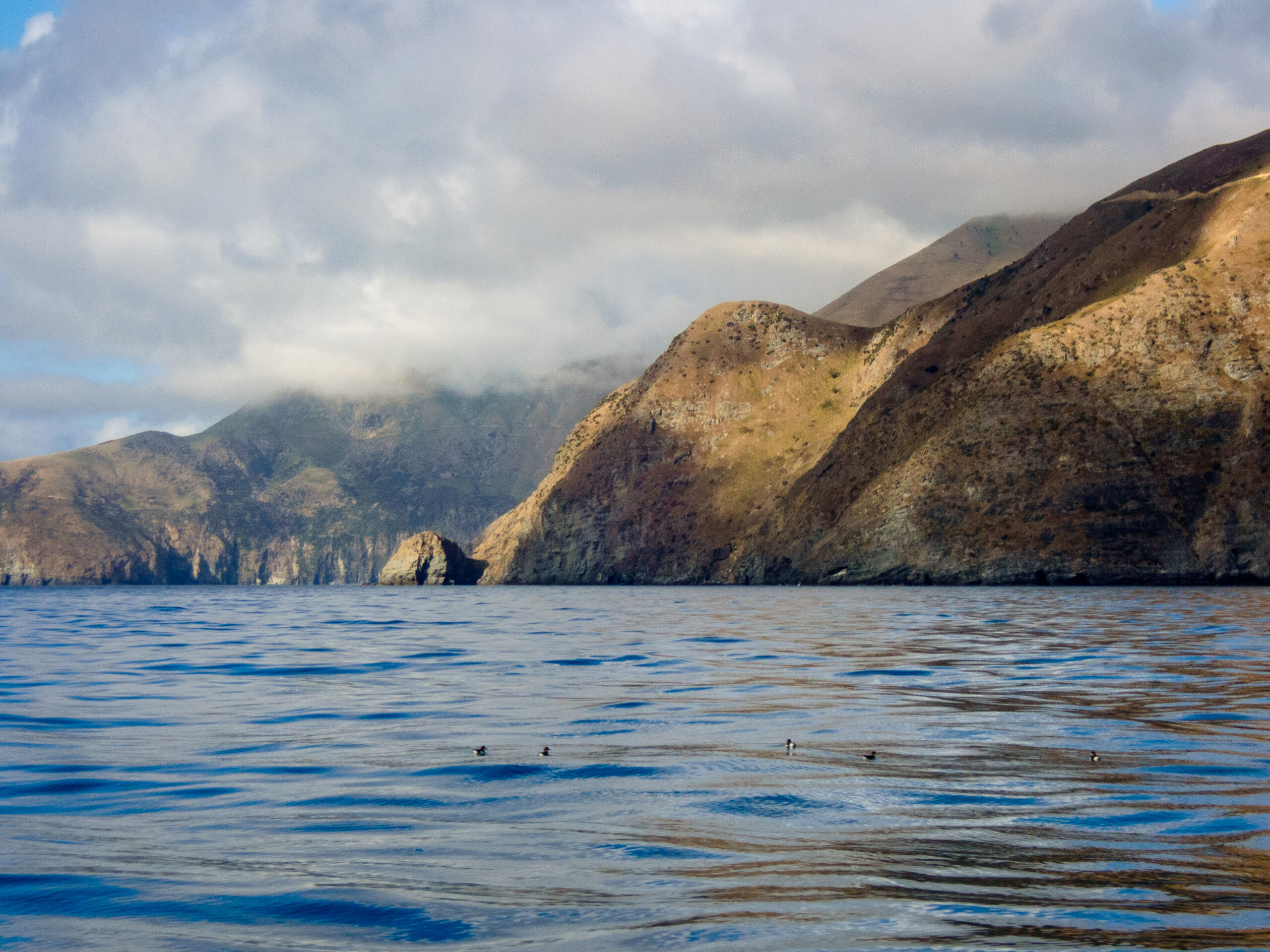
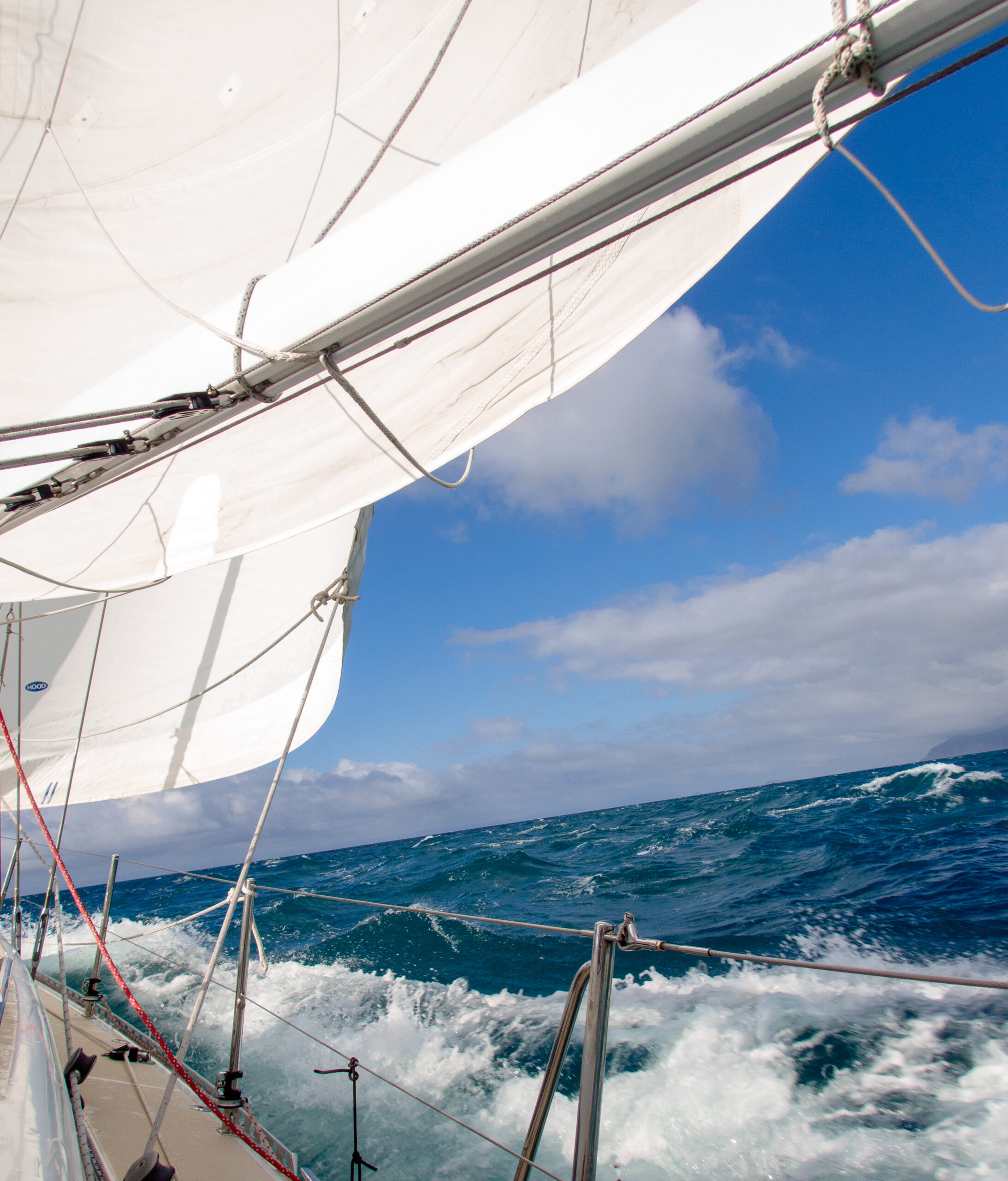

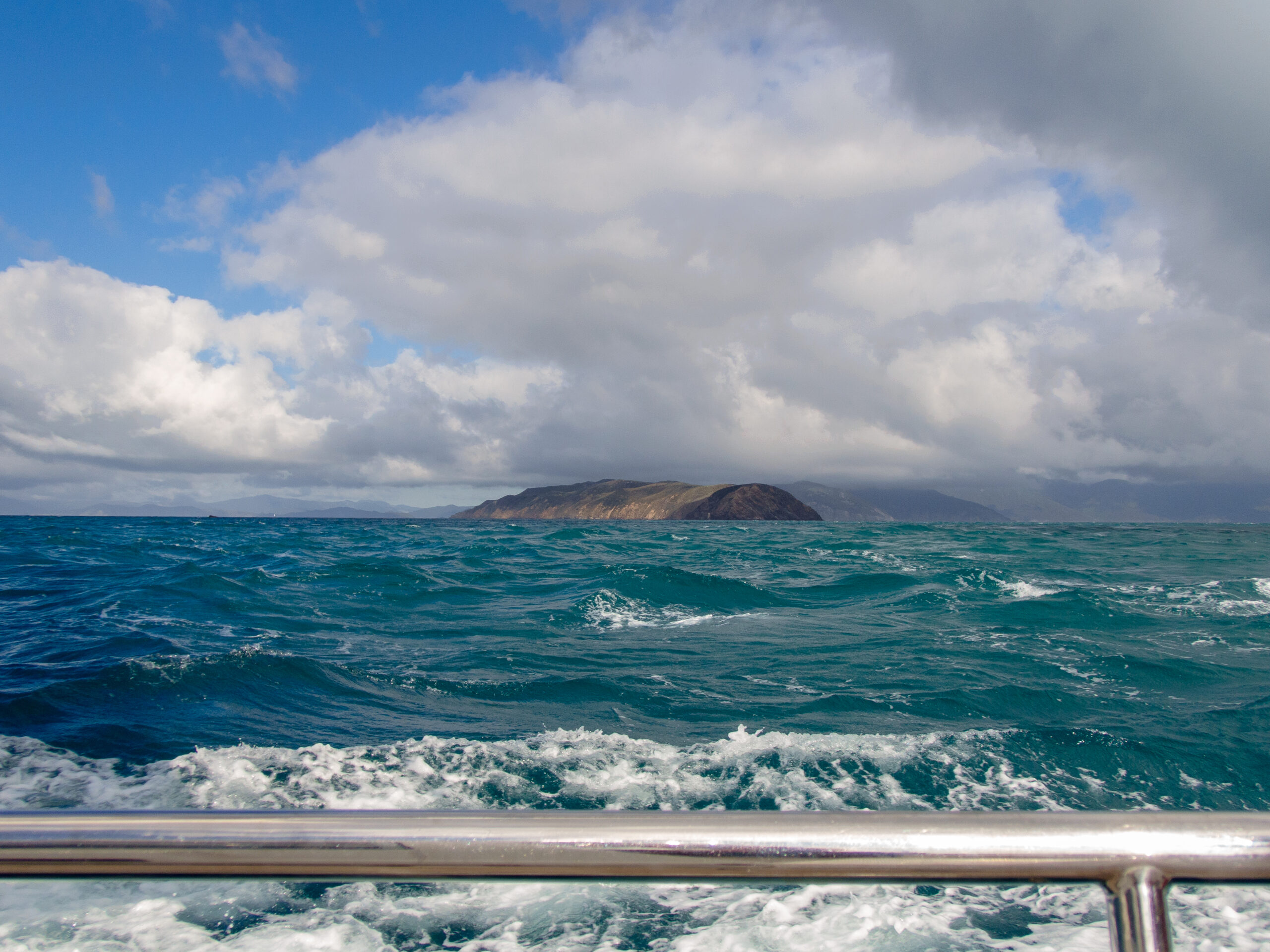
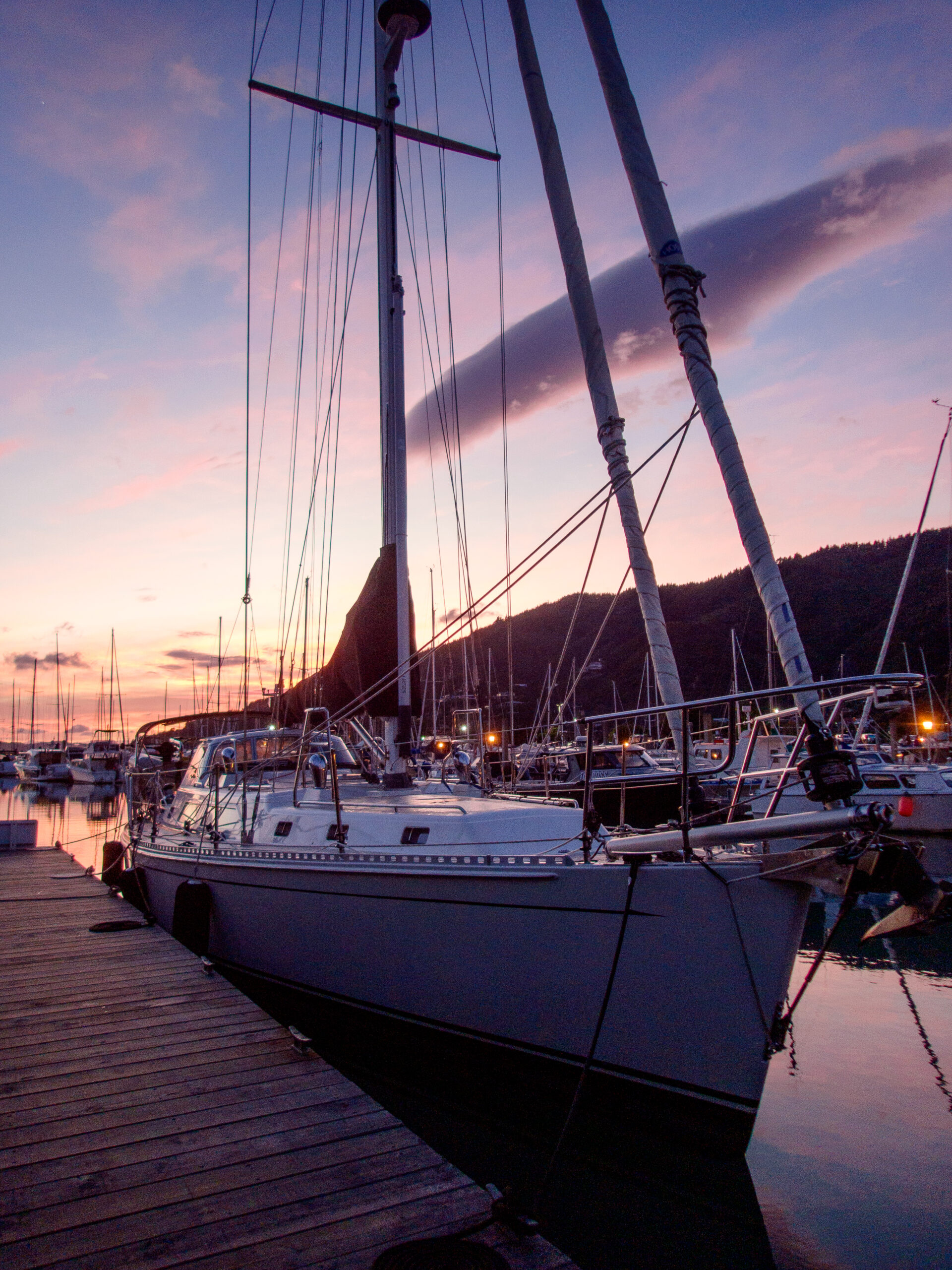
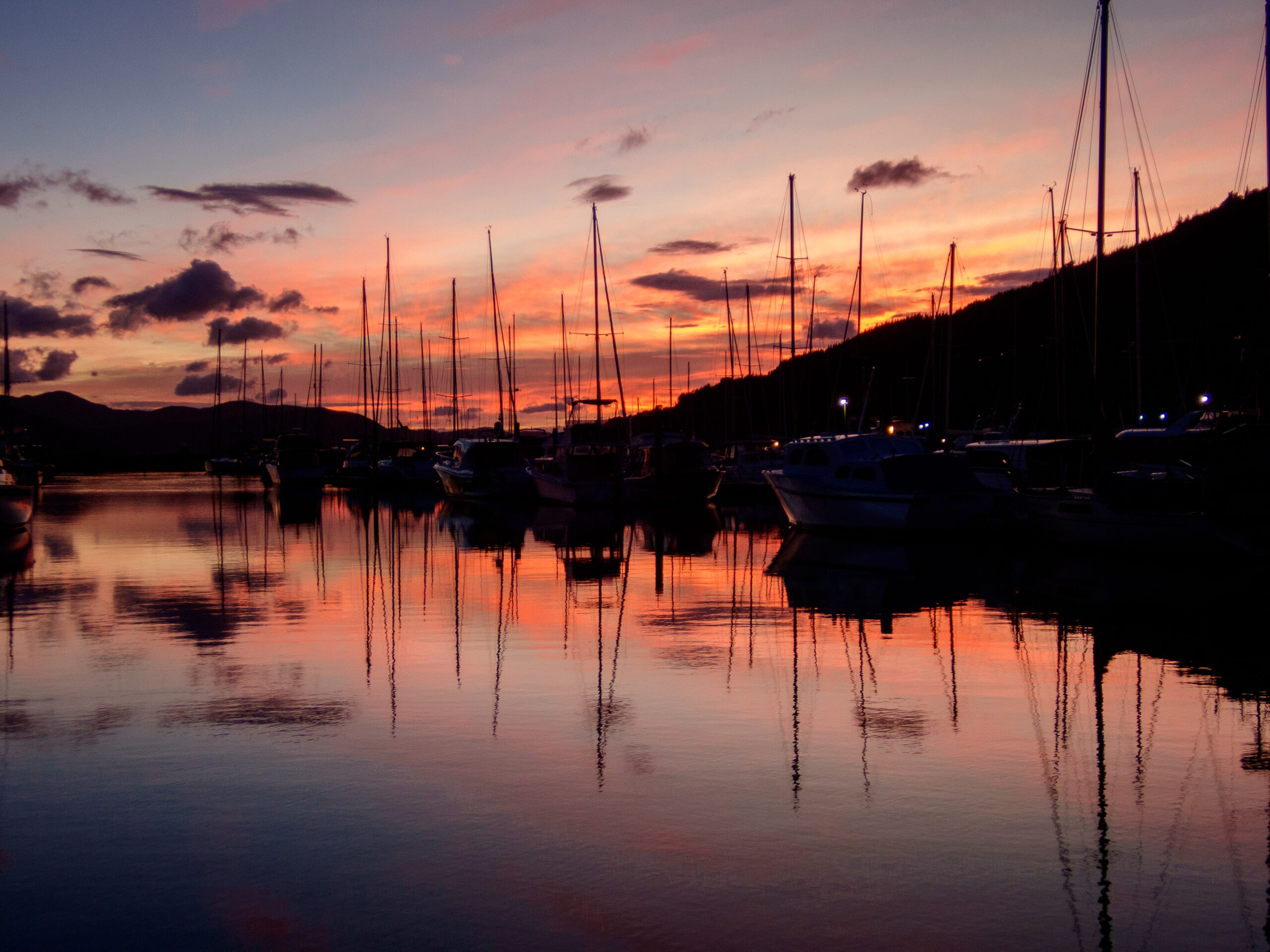
It was a bit spooky sailing out of Milford at midnight without a moon. We had our inbound tracks on the chartplotter to follow, but it’s pretty amazing how disorienting darkness can be, even for feeling whether to turn to port or starboard to follow a line. Also with the steep granite walls, we didn’t feel 100% confident in our GPS. Diana went to the bow, and I stepped away from the helm to try to orient myself every few minutes, as we moved cautiously down the fiord. Though the GPS did seem to have a decent idea about where we were, it was also reassuring to have radar confirming the distance to the rock walls on either side. But what helped me relax most at the helm, was when Diana shouted that the dolphins had come to escort us out. I leaned over the rail and could just see and hear them splashing off our port headed for the bow. It was hard not to feel like they’d showed up intentionally to reassure us.

One of the many challenges of the passage from Milford up around Cape Farewell into the Cook Strait, is that there is only one place you might possibly stop, but that requires negotiating a river bar entrance at Westport (just north of Cape Foulwind!), which is safe only in decent weather. Otherwise, it’s a solid three day run (if you keep your speed up), which just barely fits into the cycle of weather shifting from South to North. The weather window that presented itself to us seemed pretty typical, catching the end of a southerly, motoring and motor-sailing through variable winds in a race to meet the Cape with relatively light winds rather than the usual NW or SE gale.Leaving sooner, we’d have had more wind to sail with, but we’d risk arriving too early for the switch of winds at Cape Farewell.
Diana took the first watch just after 2 AM after we cleared the hazards on the north side of the entrance to Milford and could head more directly north. “Really cold, icy hands,” she wrote in the margins of the logbook. “Overcast skies heading further out to clear Arawua Point/Big Bay Bluff.” Just after sunrise on my watch, I got a glimpse of the mountains south of Mt Aspiring, which reminded me of Wyatt’s 100 mile run the length Aspiring National Park. I wondered if he could have seen the Tasman Sea from any of those lofty ridge lines he traversed?



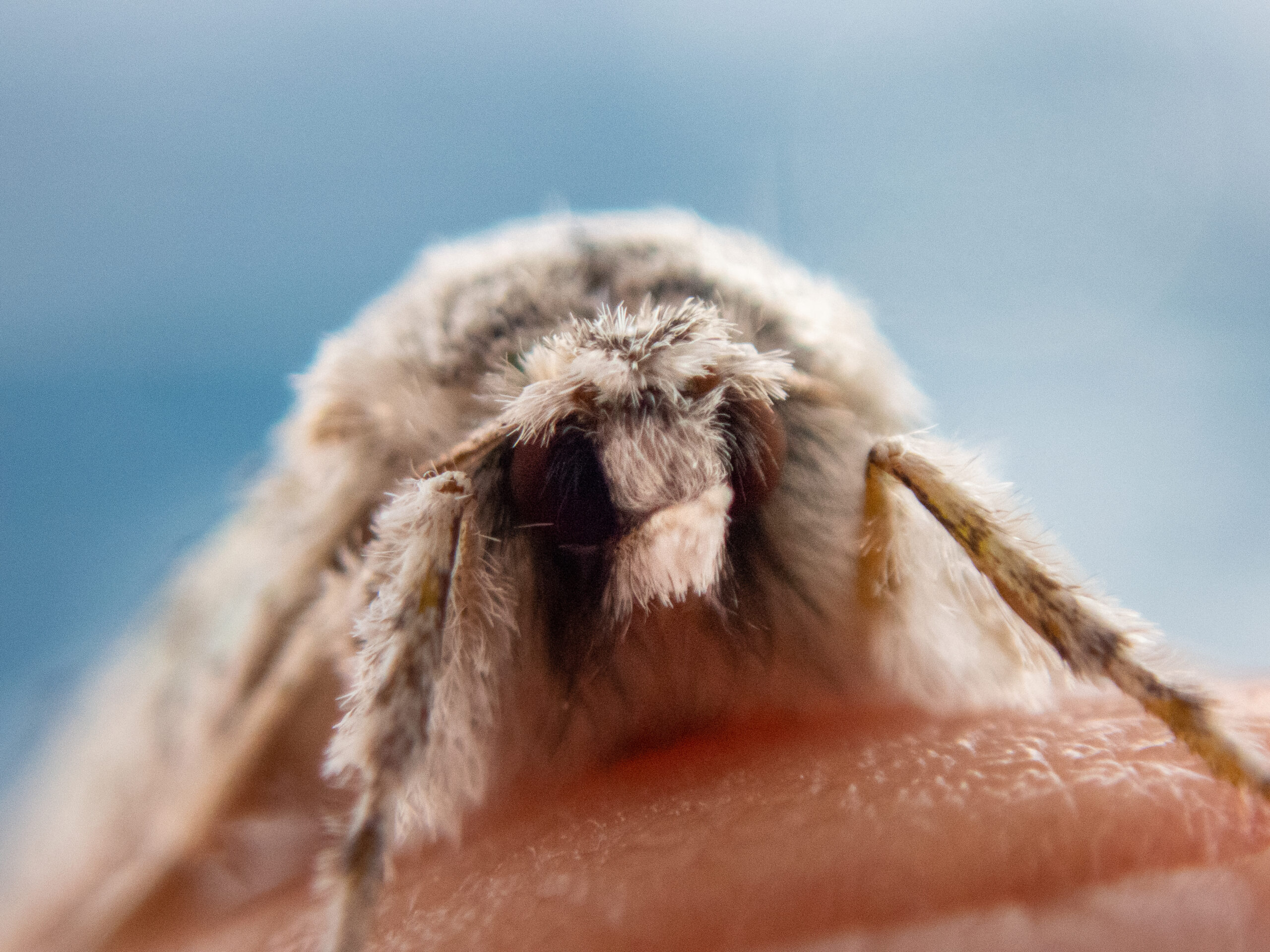
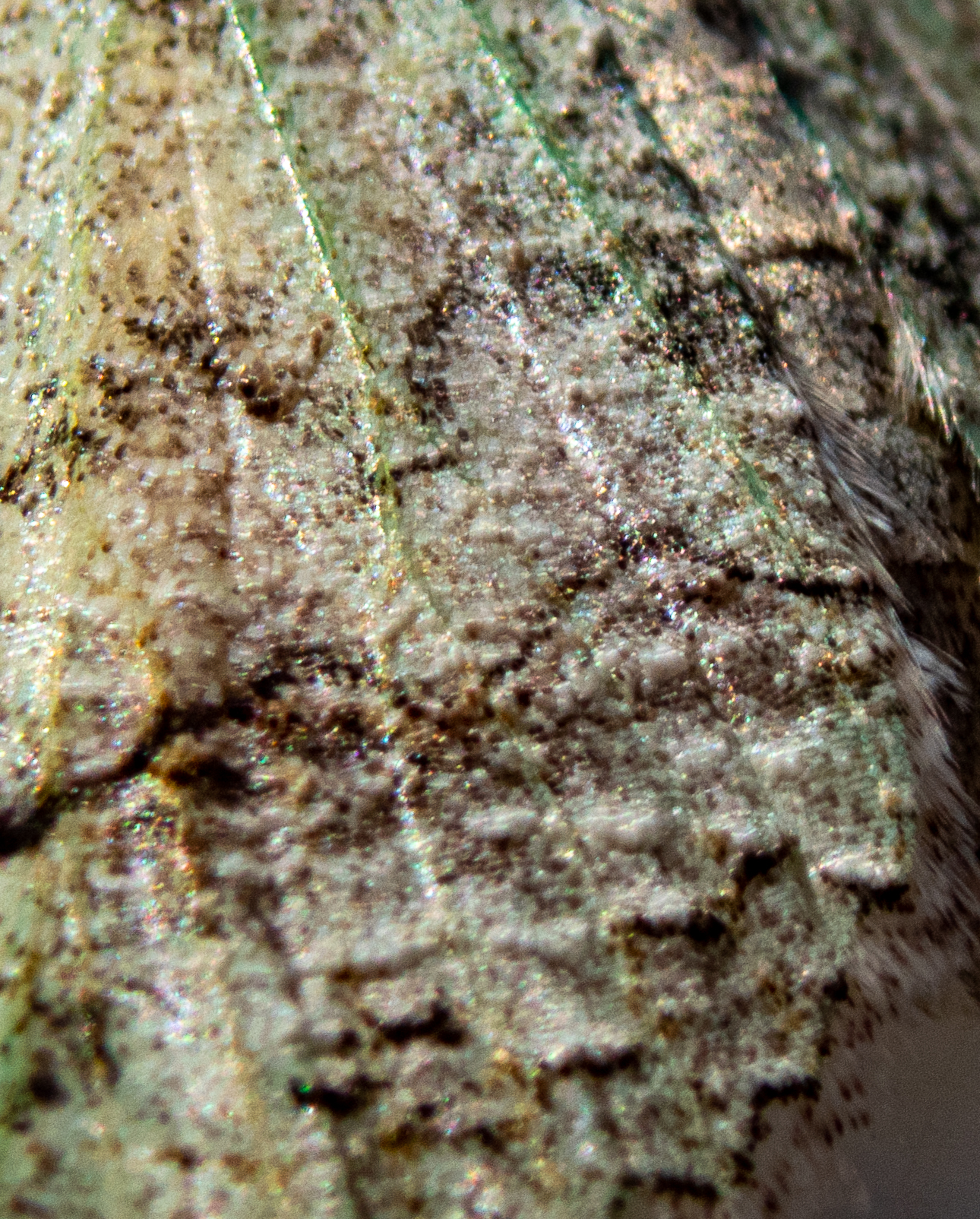


Also in the logbook, I see a lot of scribbles in these notes about fuel rates, and estimates of actual fuel burned for miles ‘made good.’ Allora carries 190 gallons full which is more than enough for the distance as long as the weather is reasonably cooperative, but it makes a difference if you’re burning 1.5 gallons/hour or pushing the engine and burning 2.5 gallons/hour. The extra gallon doesn’t double your speed. People better at the maths would probably be able to calculate exactly what fuel rate is most efficient. I settled upon 1.6 or 1.7 as an nice compromise of efficiency, speed (to make our date at Cape Farewell) and comfort. 
We had rain. We had current steadily set against us. We had dolphins streak by in the night leaving comet trails in the bioluminescence. We fussed about the wind, almost-but-not-quite-enough to sail, ever creeping up on the nose. We almost lost a batten in the mainsail. Then later, Otto, our autopilot made a sudden decision to turn hard to starboard out of nowhere. The switch for the high pressure pump on the watermaker heated up and set off the smoke alarm (naturally at night-while I was off watch). We saw no other boats besides the occasional fishing boat working closer to shore. We caught a glimpse of Aoraki (Mt Cook) at sunset, and at Cape Foulwind a couple of seal lions waved as we passed by.

On the last night, as seems to be a theme lately, Diana drew the toughest watch of the passage. There was just no way to completely avoid a patch of heavy winds slated to meet us as we approached the Cape, straight on the nose. We tried to time it for the least possible, but Poseidon wasn’t going to let us off feeling too clever. For her whole watch, Allora slammed into 20 knots on the bow clawing her way up the last bit of coast to Cape Farewell. Finally, after calling Farewell Maritime radio to try to find out whether it was generally considered advisable to cut the corner at Kahurangi shoals (which they weren’t really able to commit to), we decided it probably wasn’t, so we slogged on. Diana went off watch and very soon after, we were able to fall off the wind. Just five degrees made a big difference. Pretty soon we were motor-sailing and by Diana’s last sunrise watch she was able to shut the engine off and sail along Farewell Spit, an amazing 25km sandbank off the northwestern corner of the South Island at the opening of Cook Strait. The winds were light but sweet. Finally! ~MS
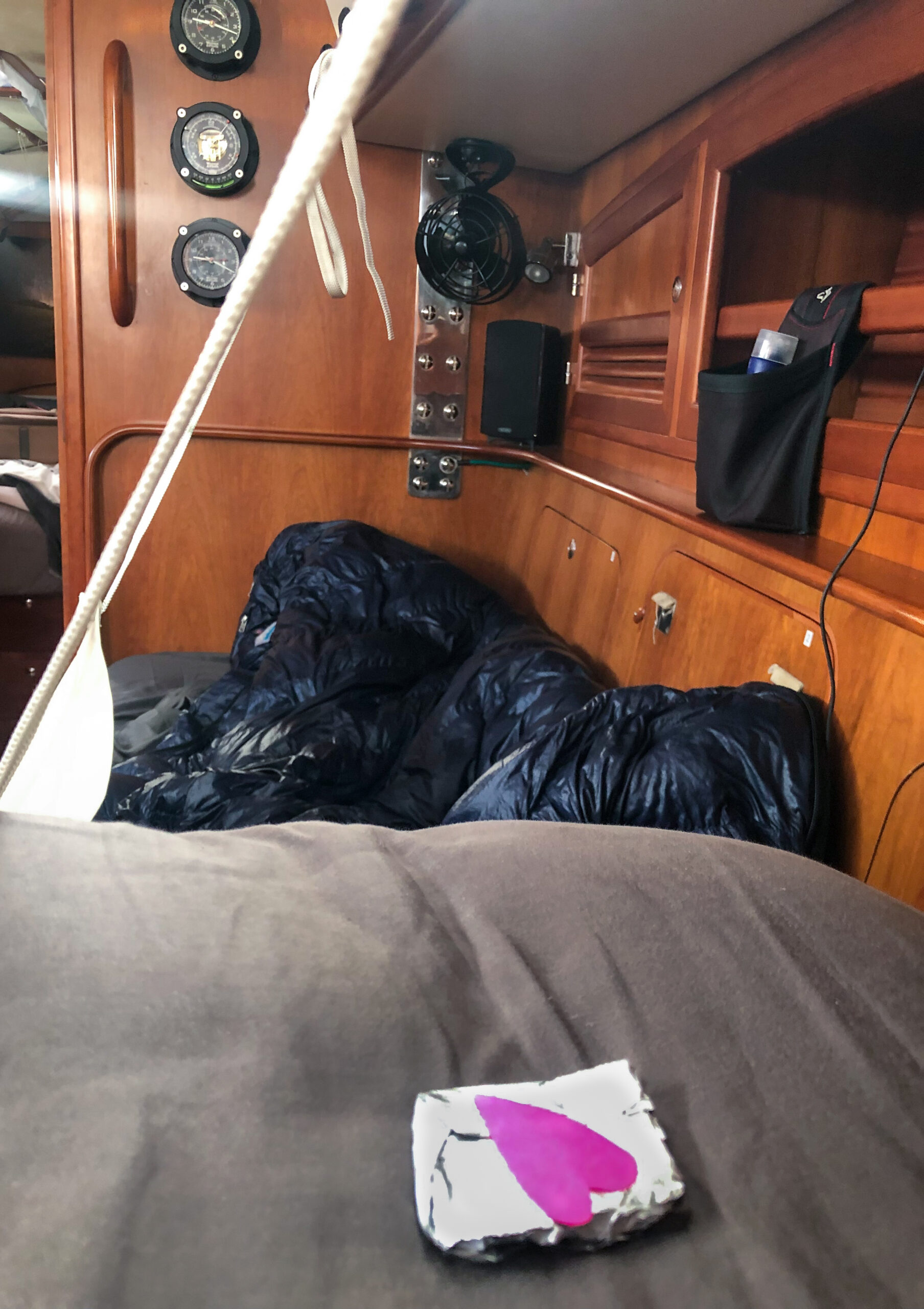


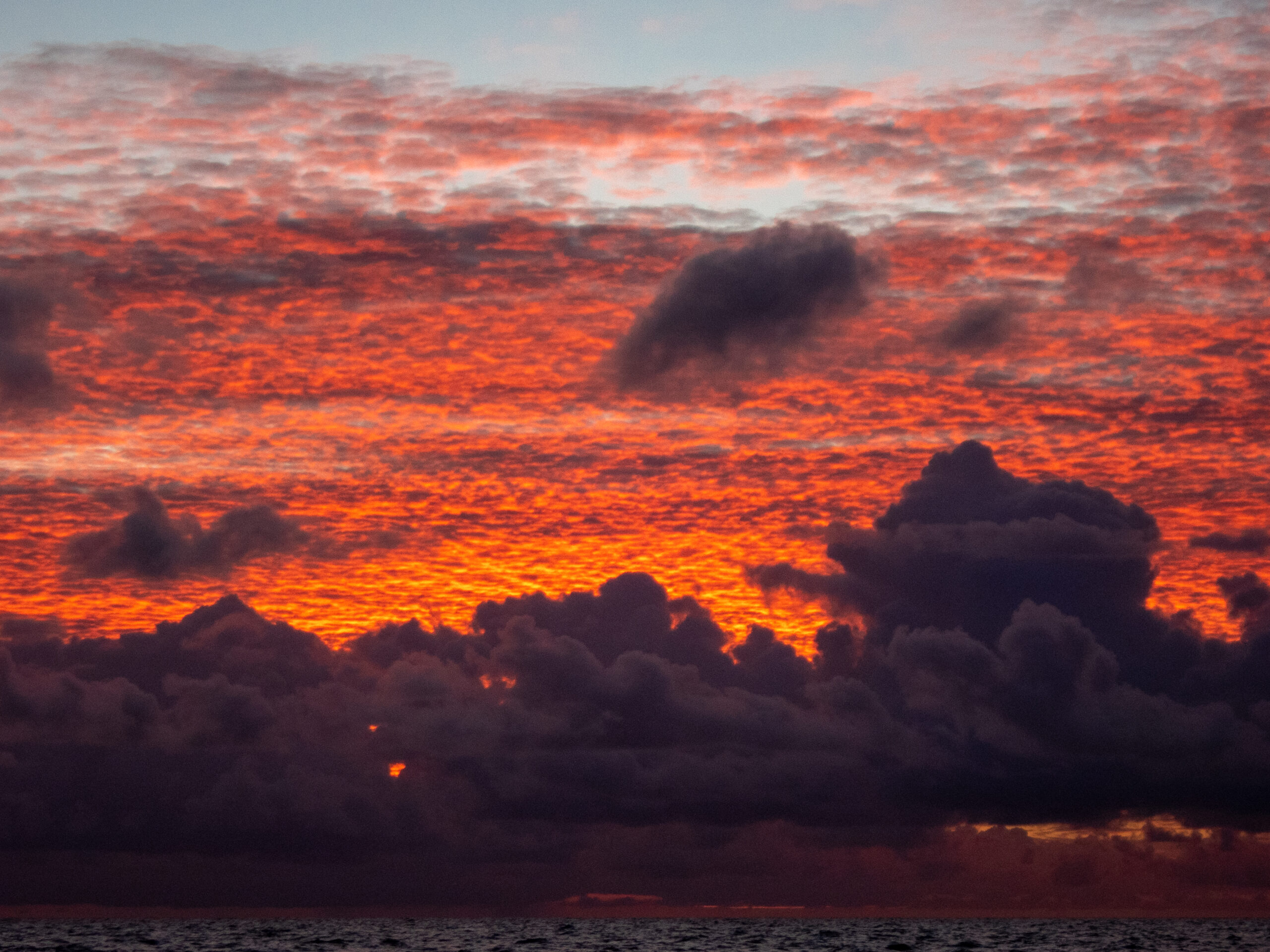
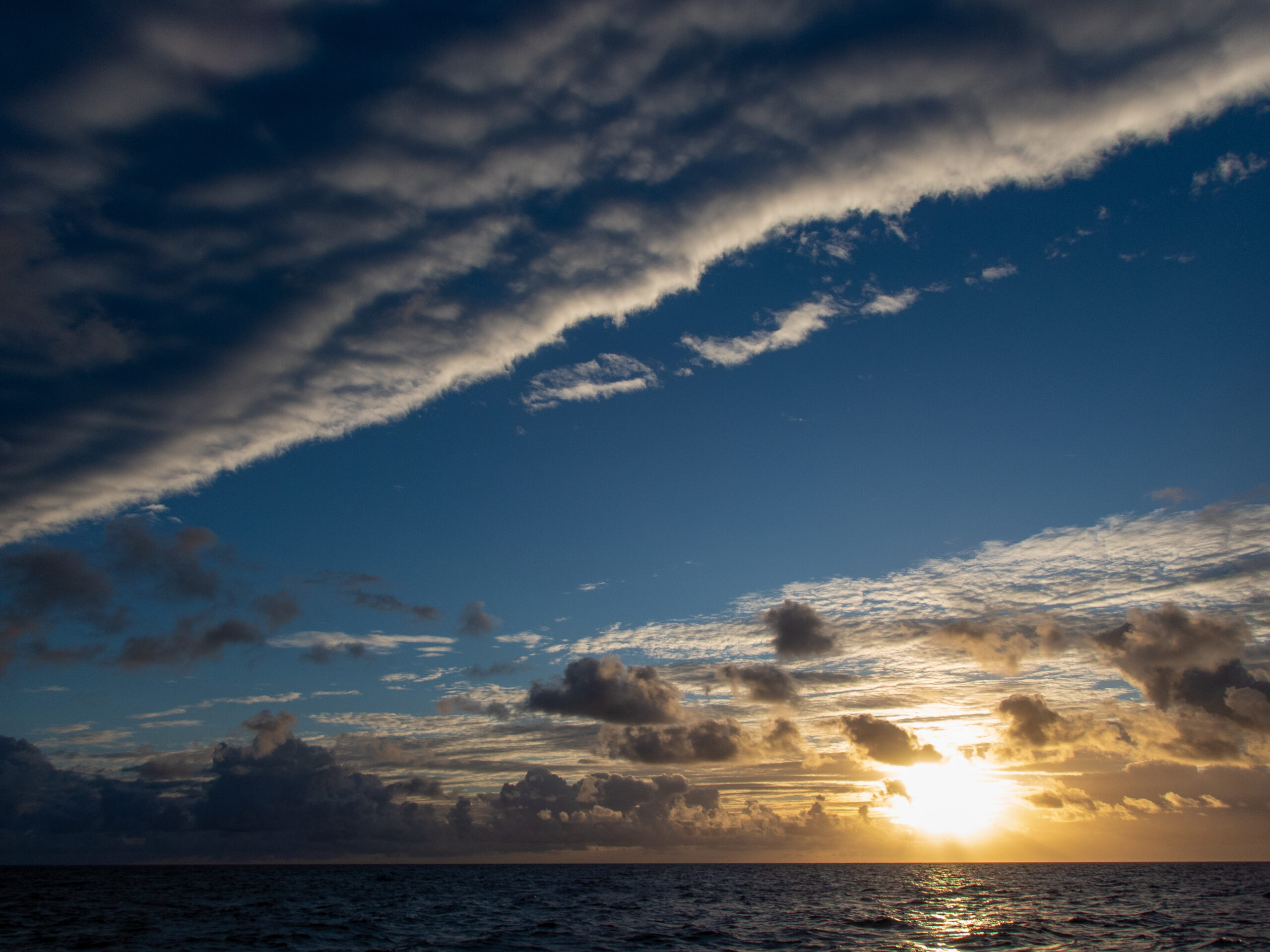

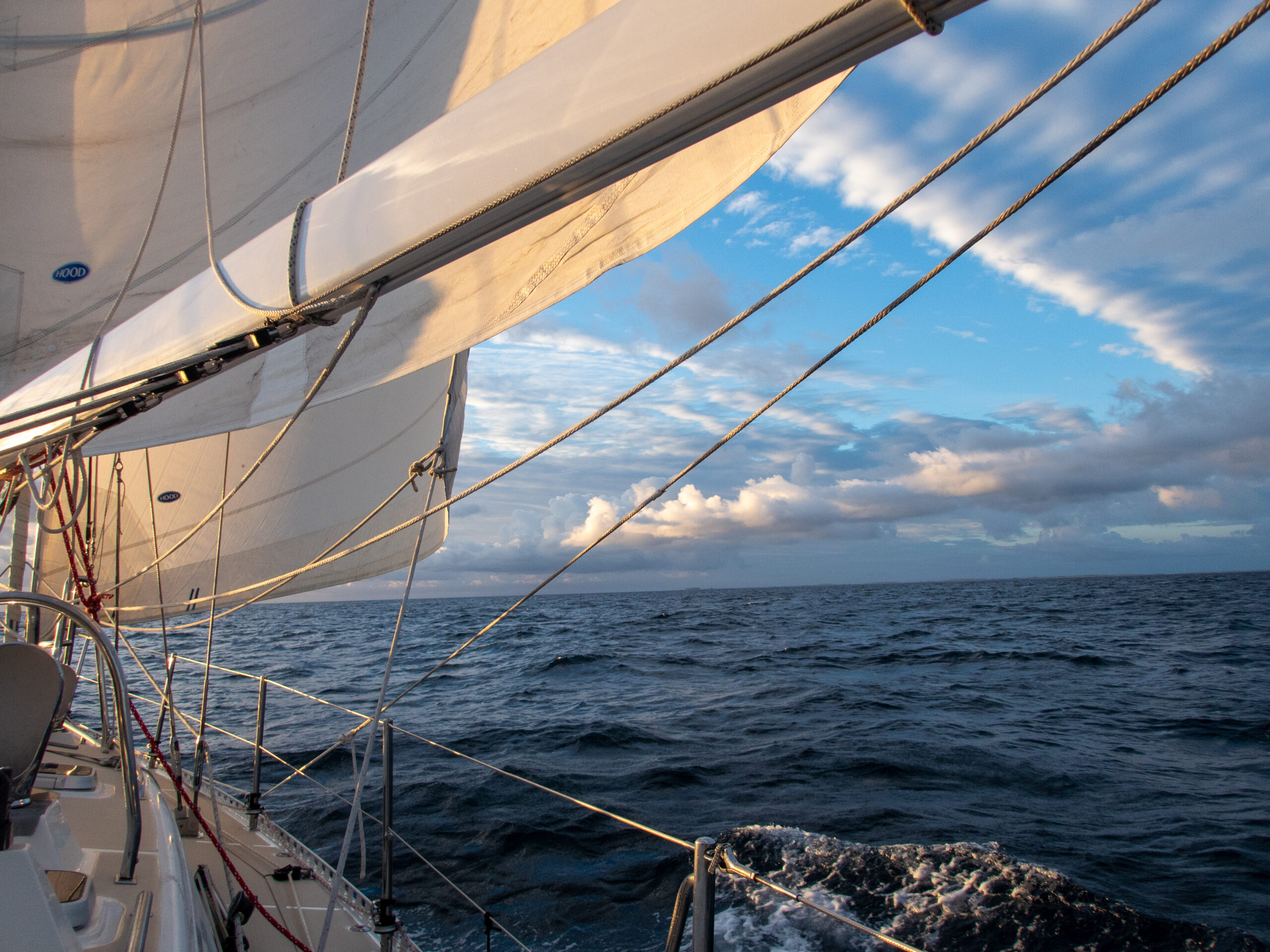
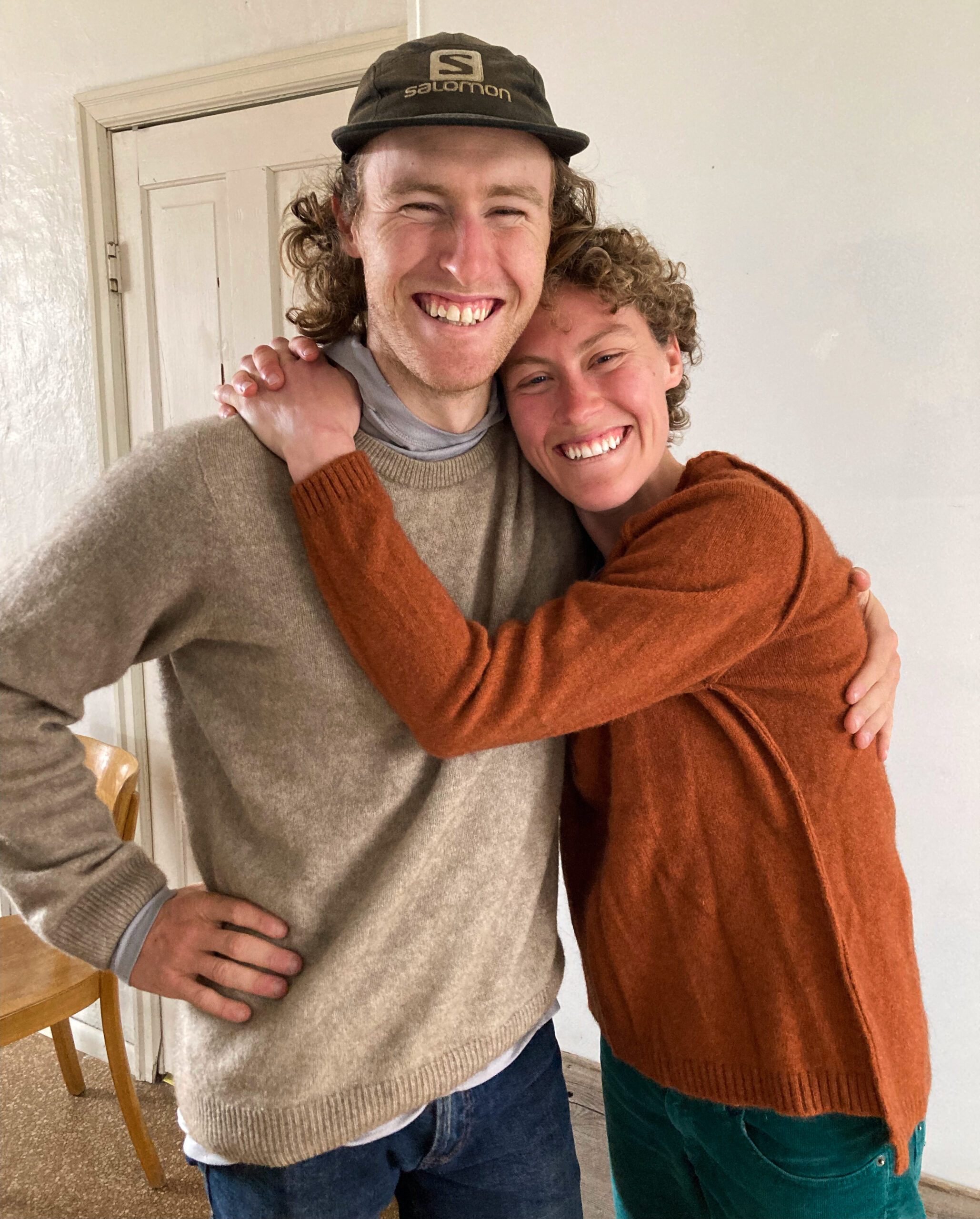
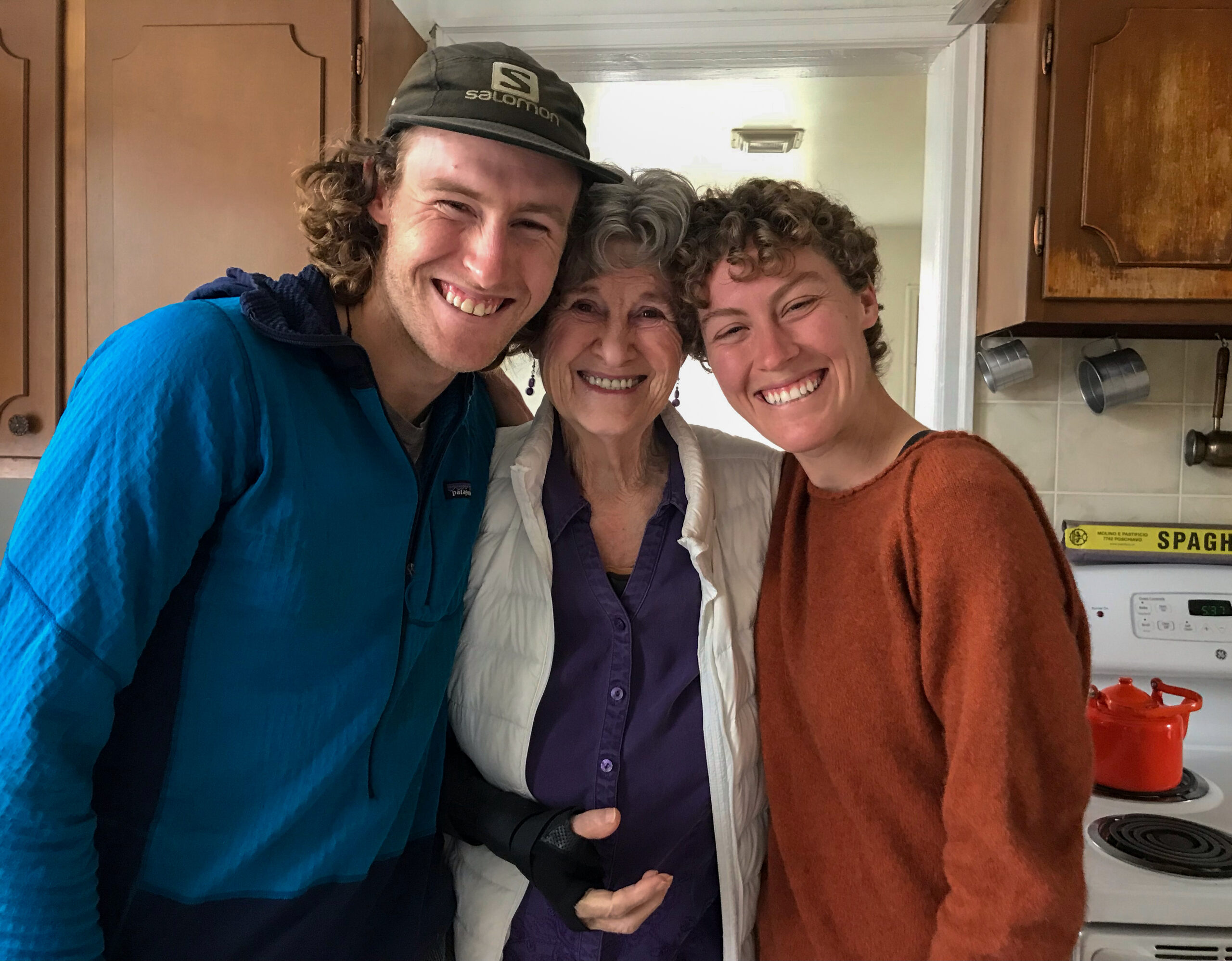

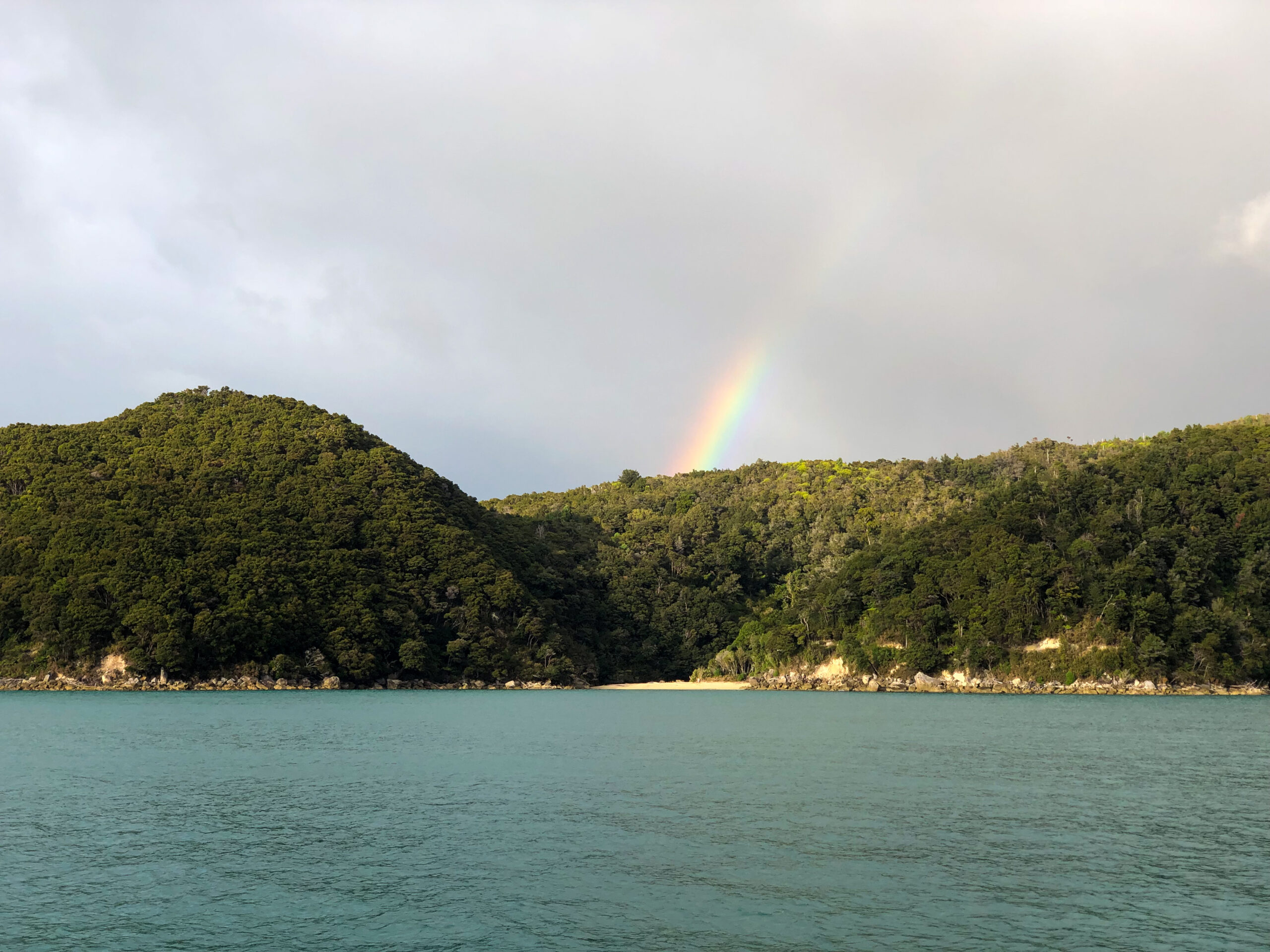
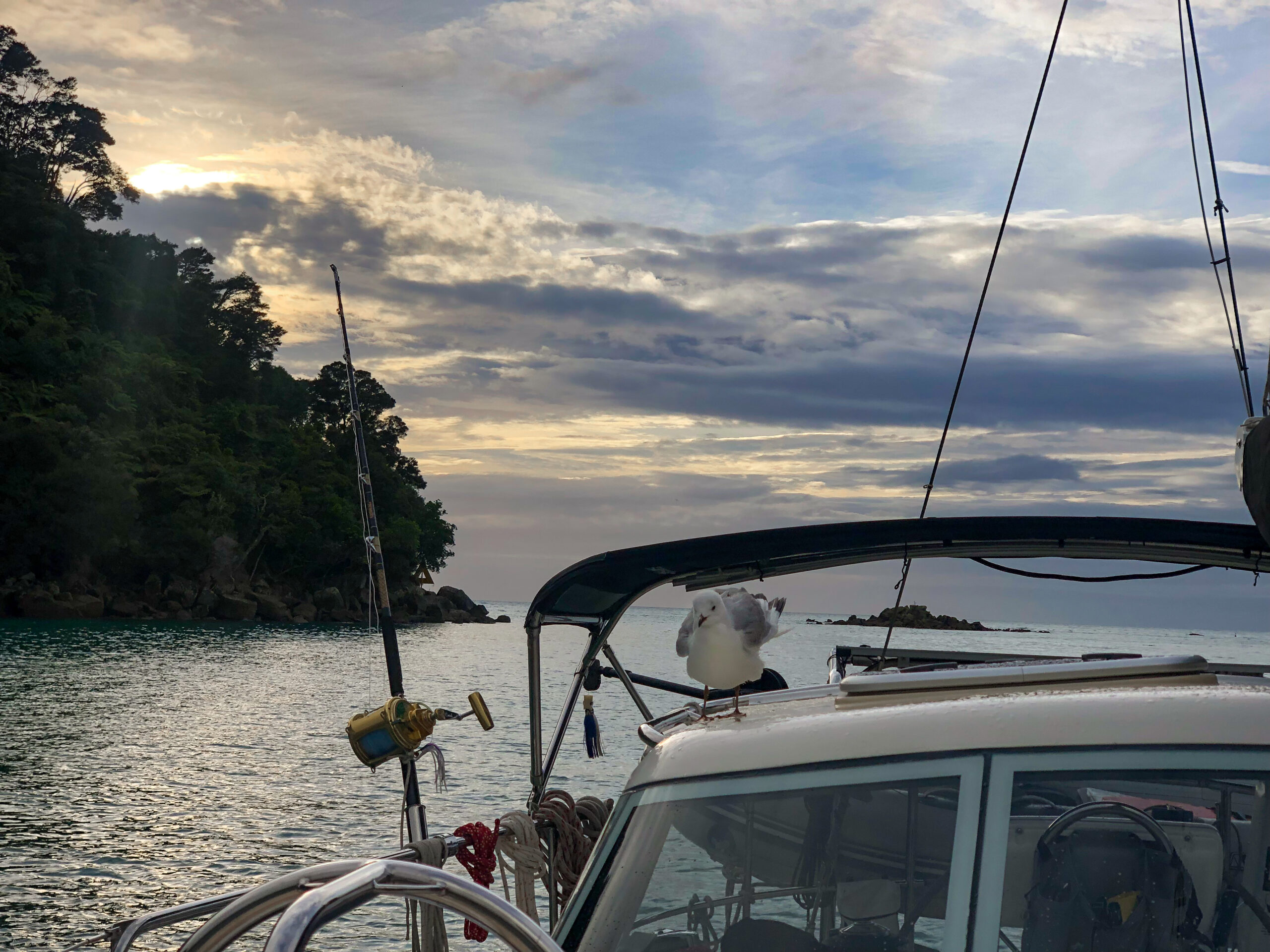

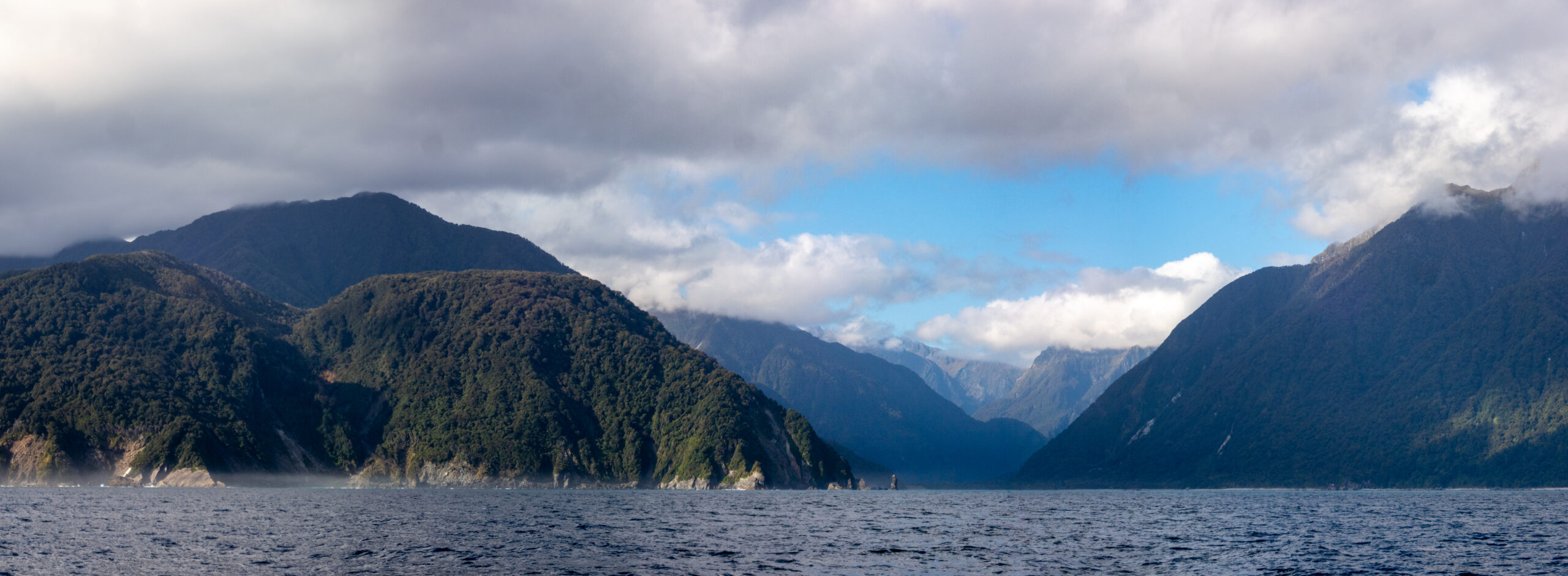

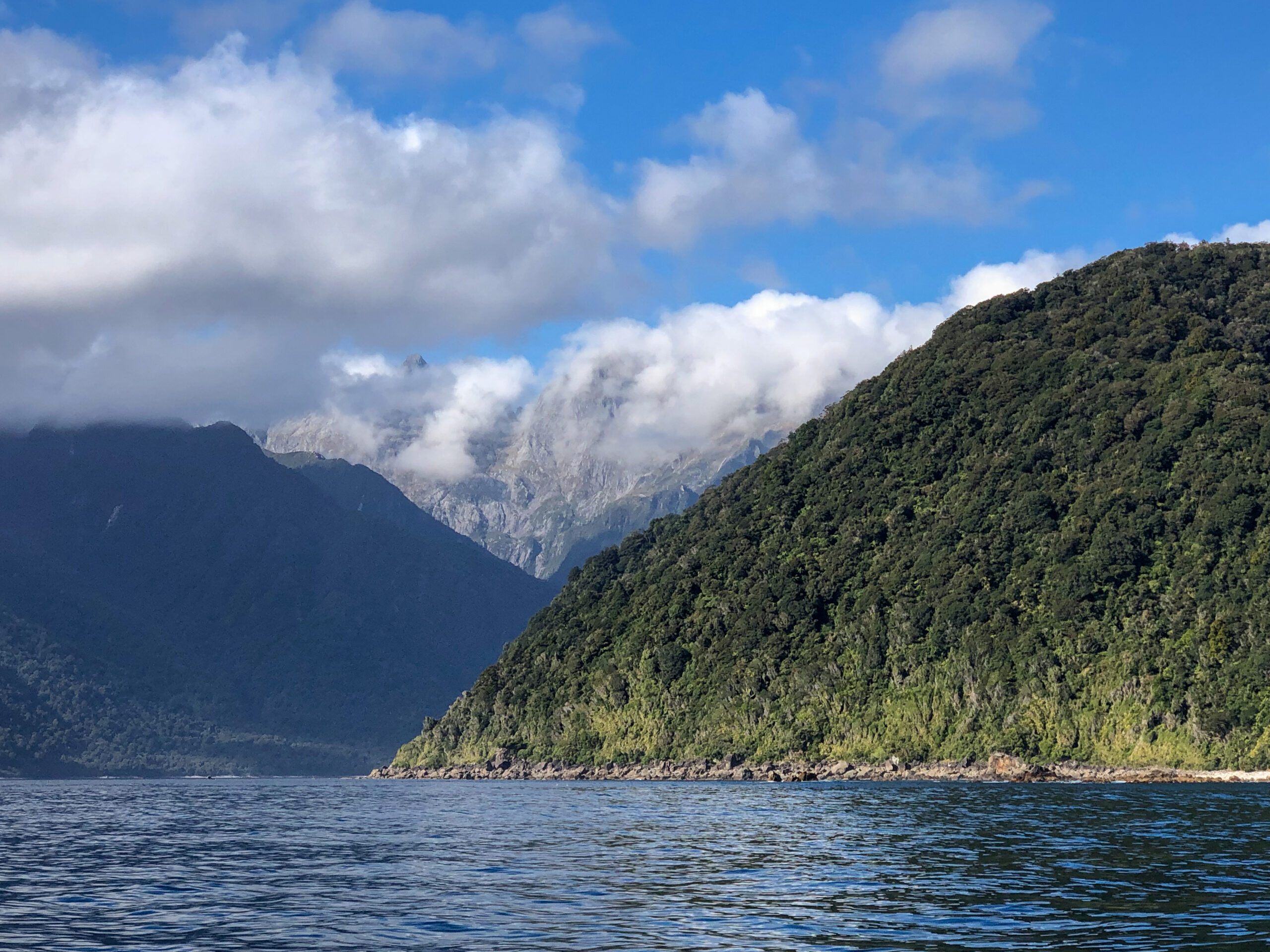
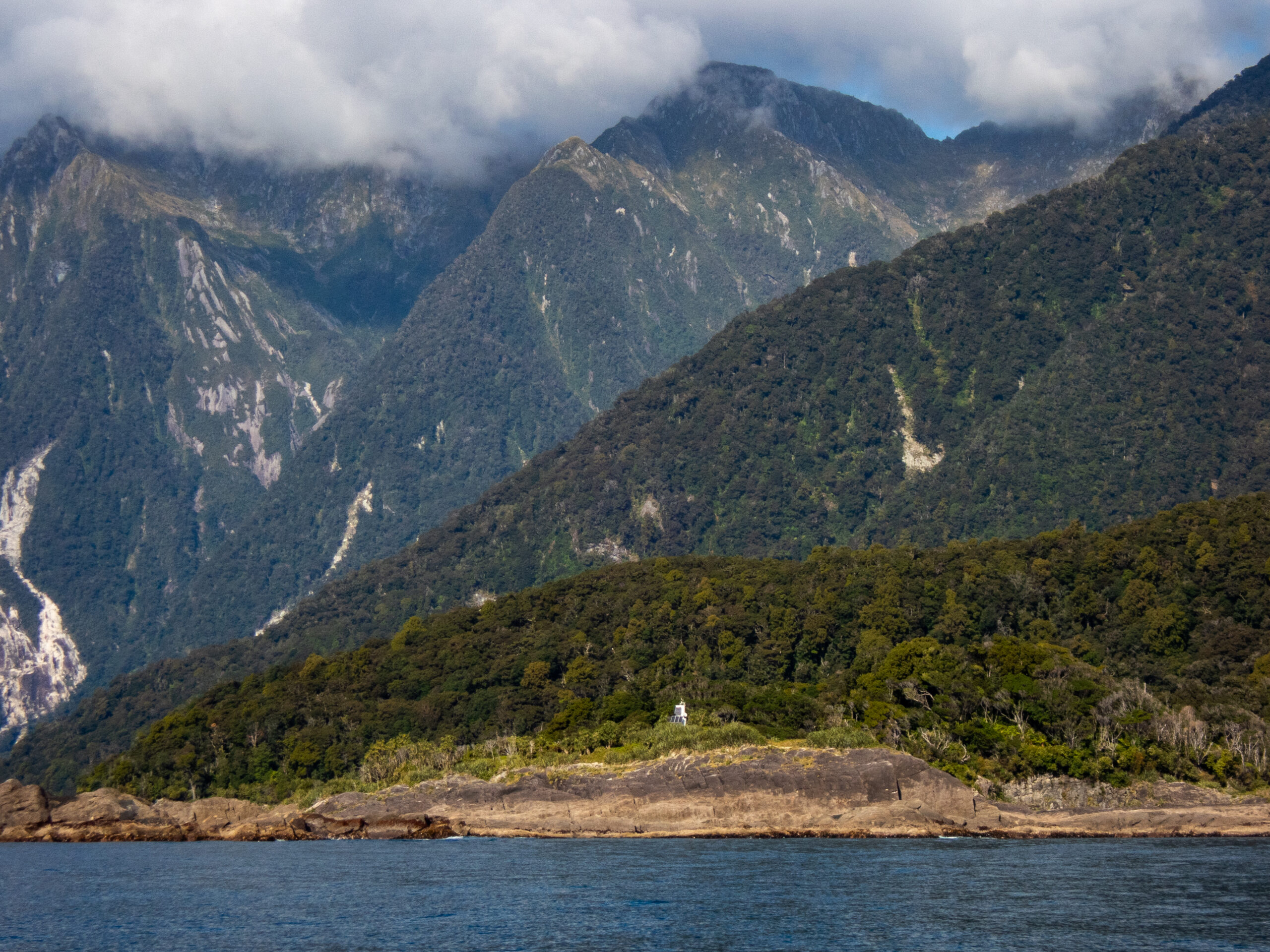
Piopiotahi (Milford Sound) resonates with awe and leaves us speechless, like the Grand Canyon or Machu Picchu, or the Magellanic Clouds on a vividly starry night at sea. The sheer mass and scale, the soaring beauty, each breathtaking turn. Words just pour out, but fail to capture what it feels like to sail into this magnificent fiord. The day we spent in this unique-in-the world place, was blue and lit with sun, the water impenetrably deep, granite walls towered over us, beyond imagination and comprehension, the waterfalls gushed bountifully without end. Apparently Captain Cook missed Milford on his first pass, and actually that’s not entirely surprising. Approaching from the sea the fiord begins rather humbly and then builds and builds in its symphonic crescendo of magnificence. A bit much? Not really. Every time I stepped away from the helm and out from under the dodger I caught my breath as I looked up and up. ~MS

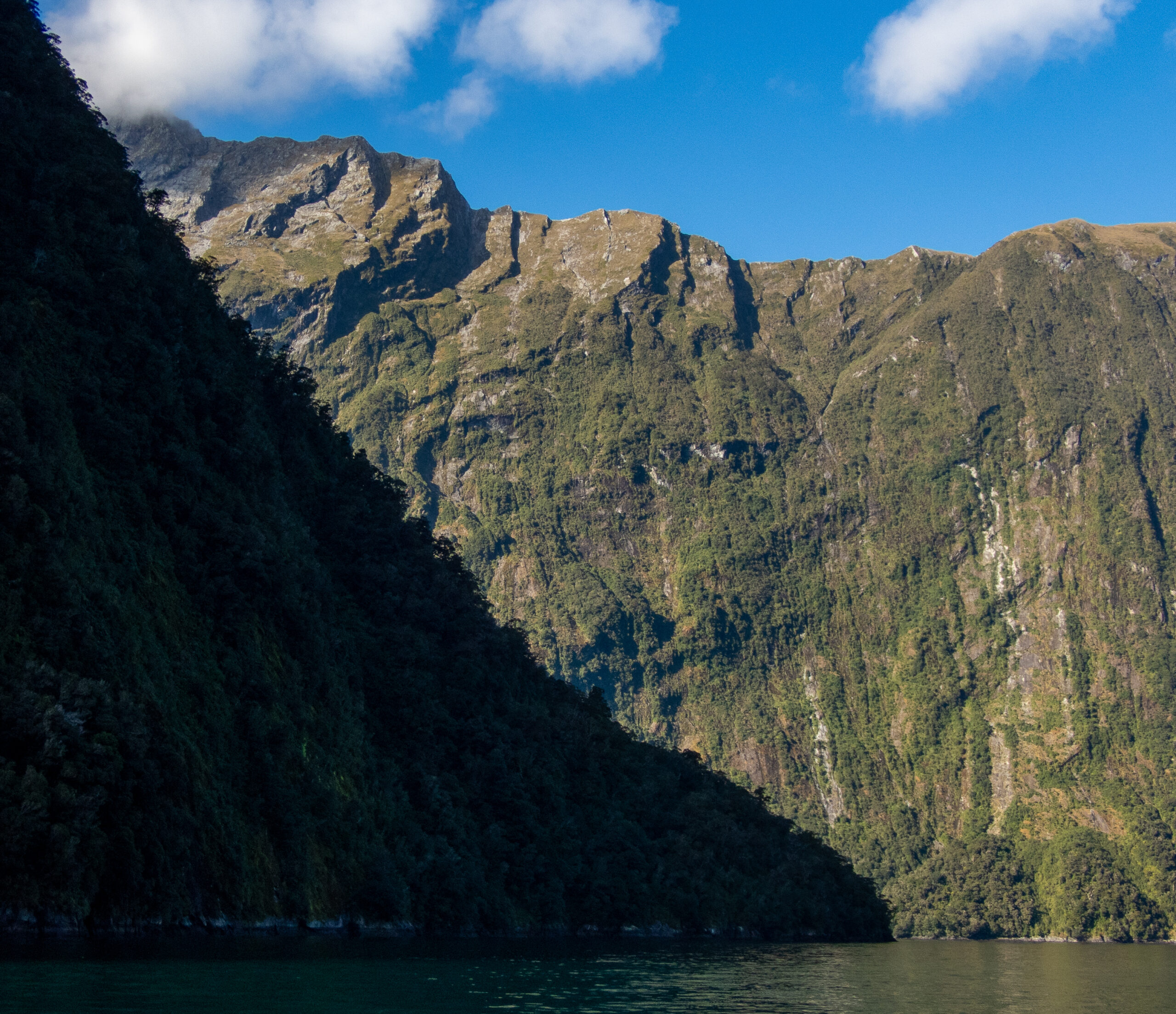
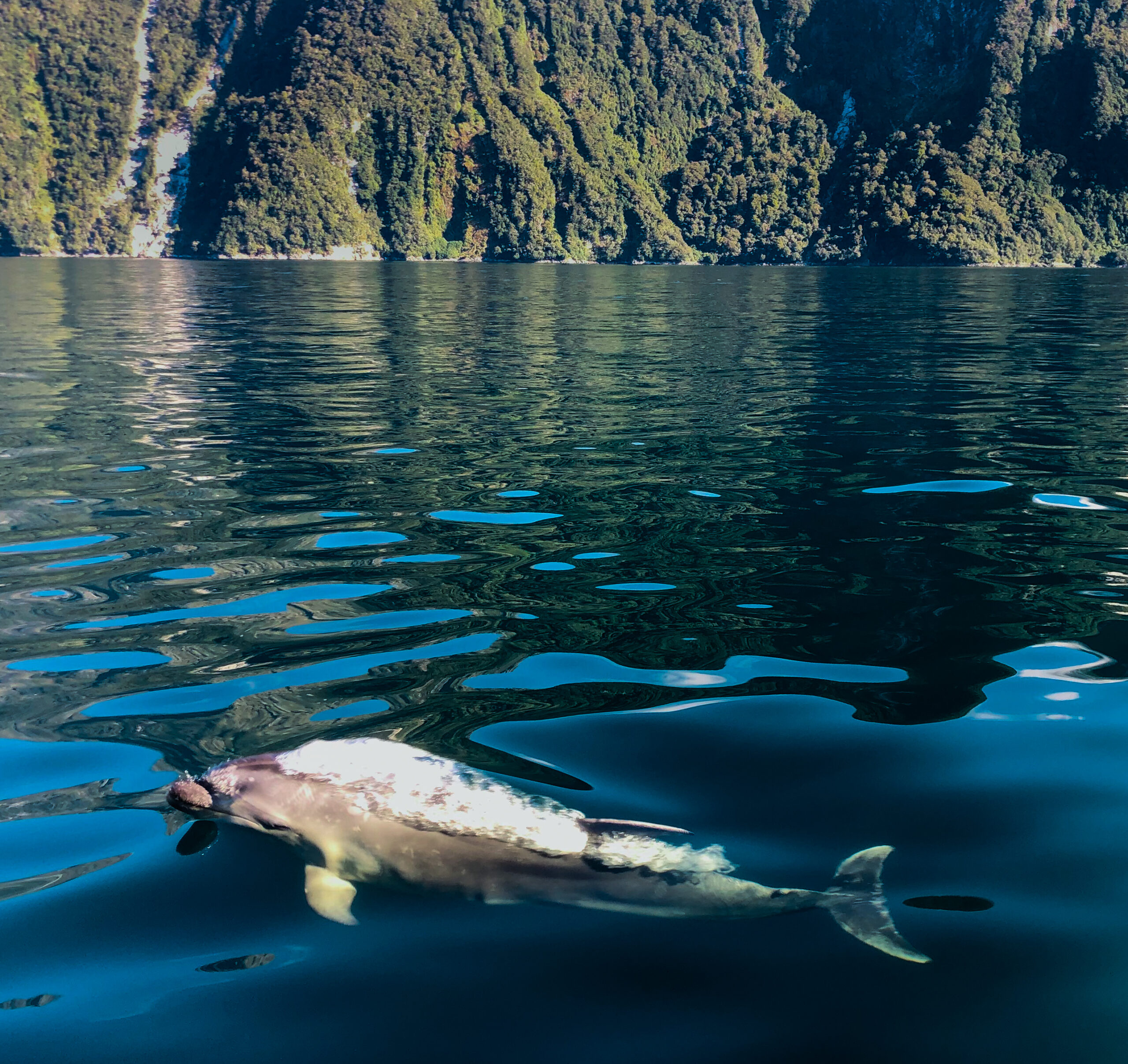



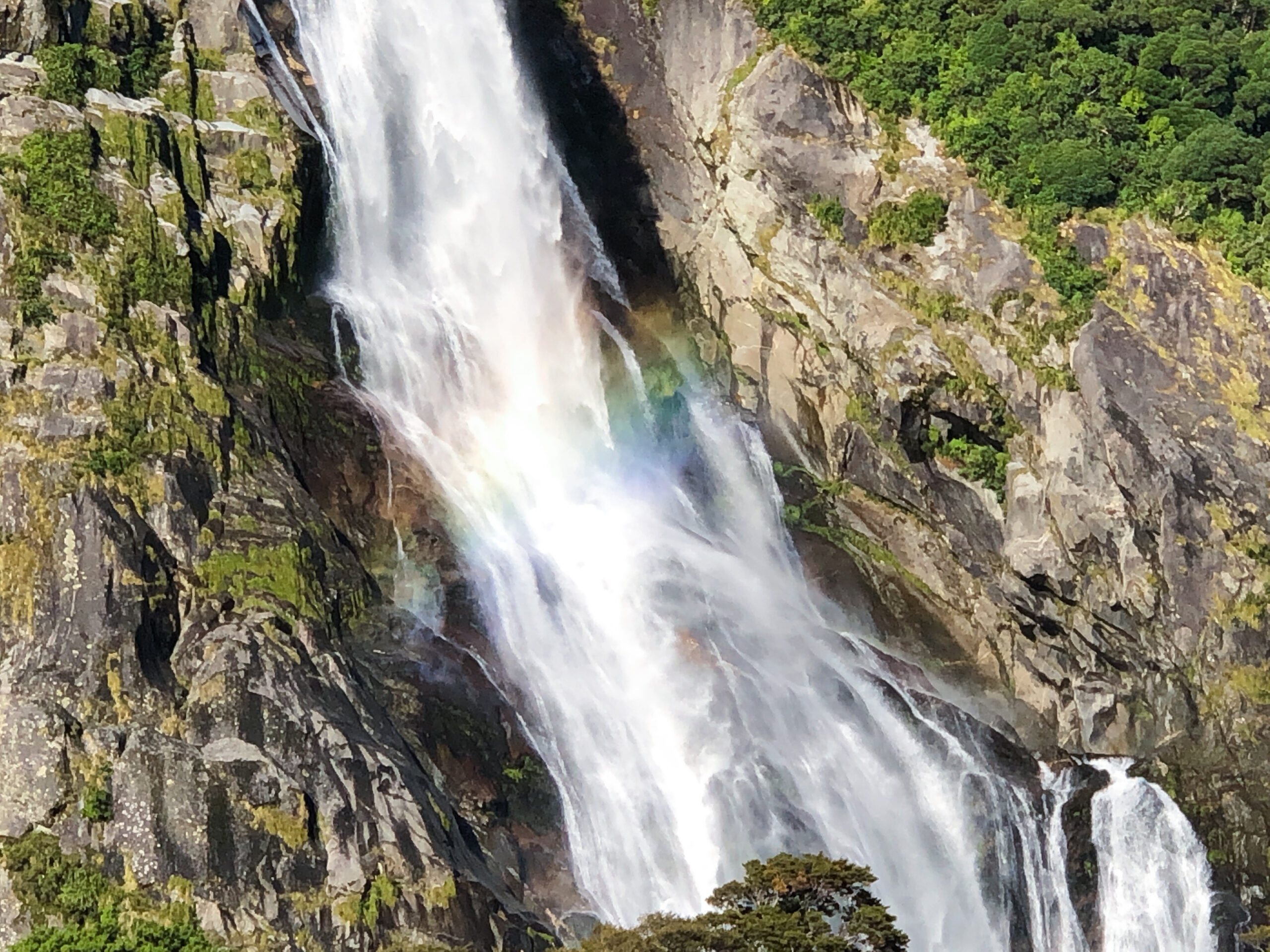
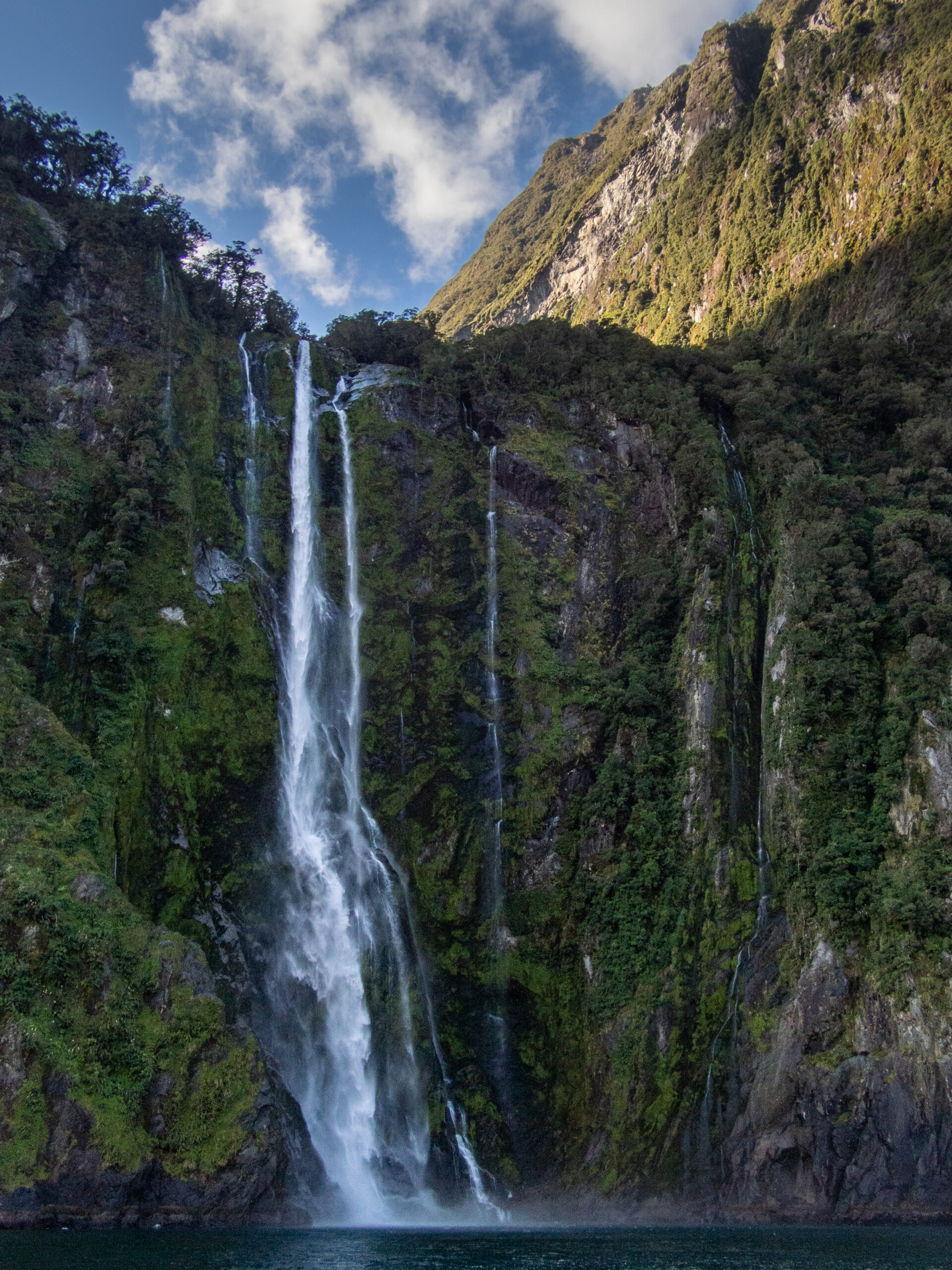
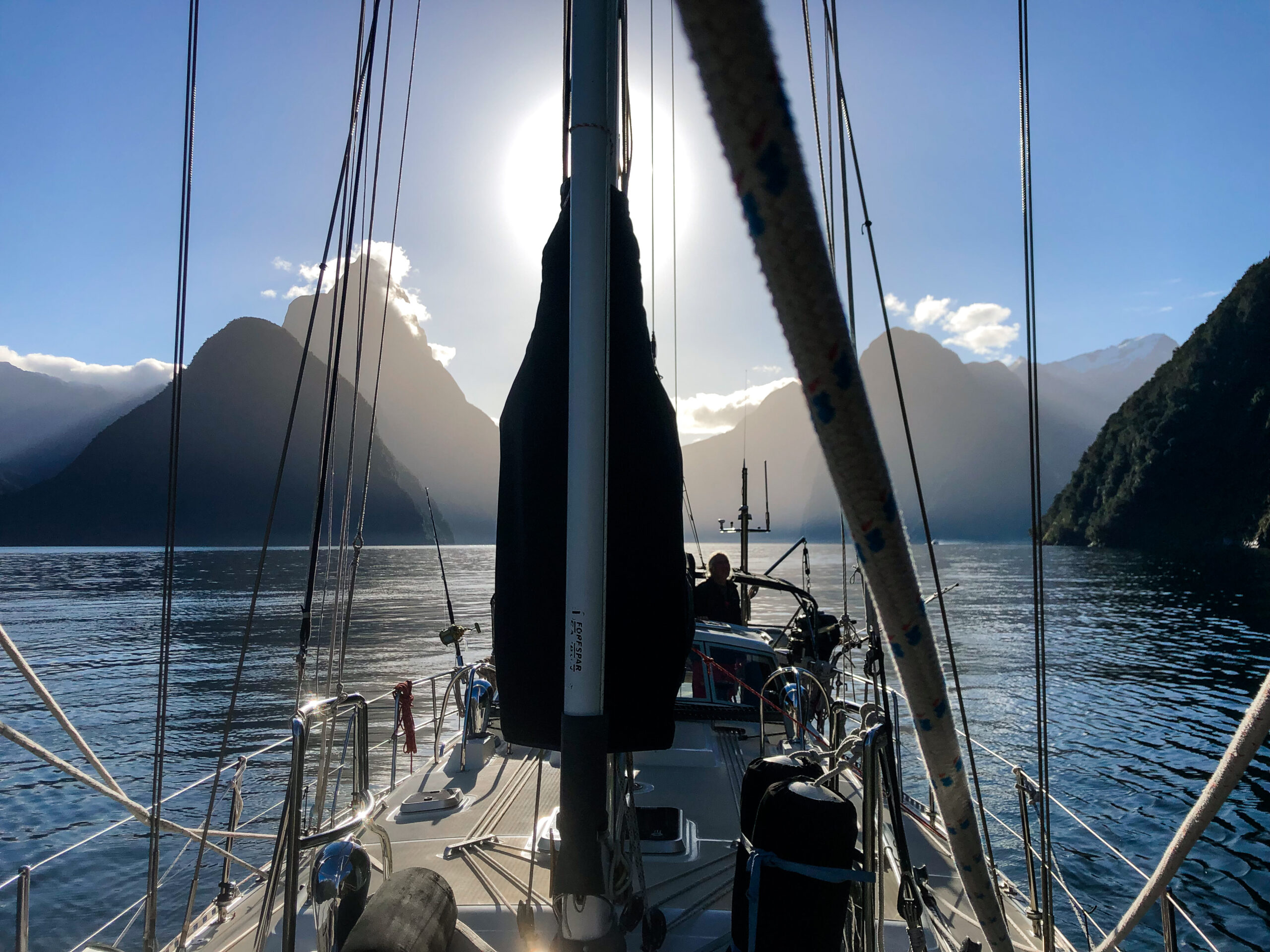

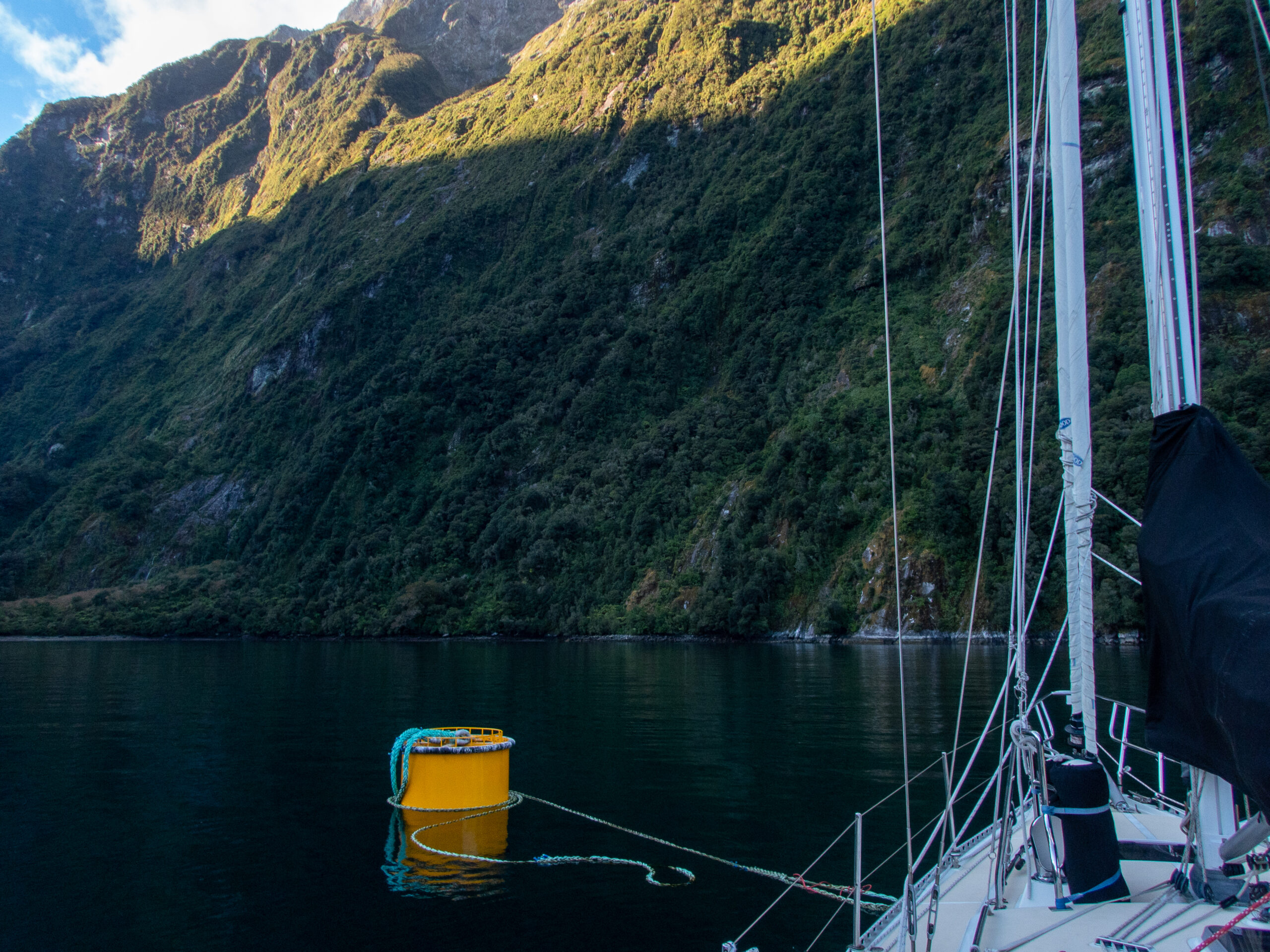
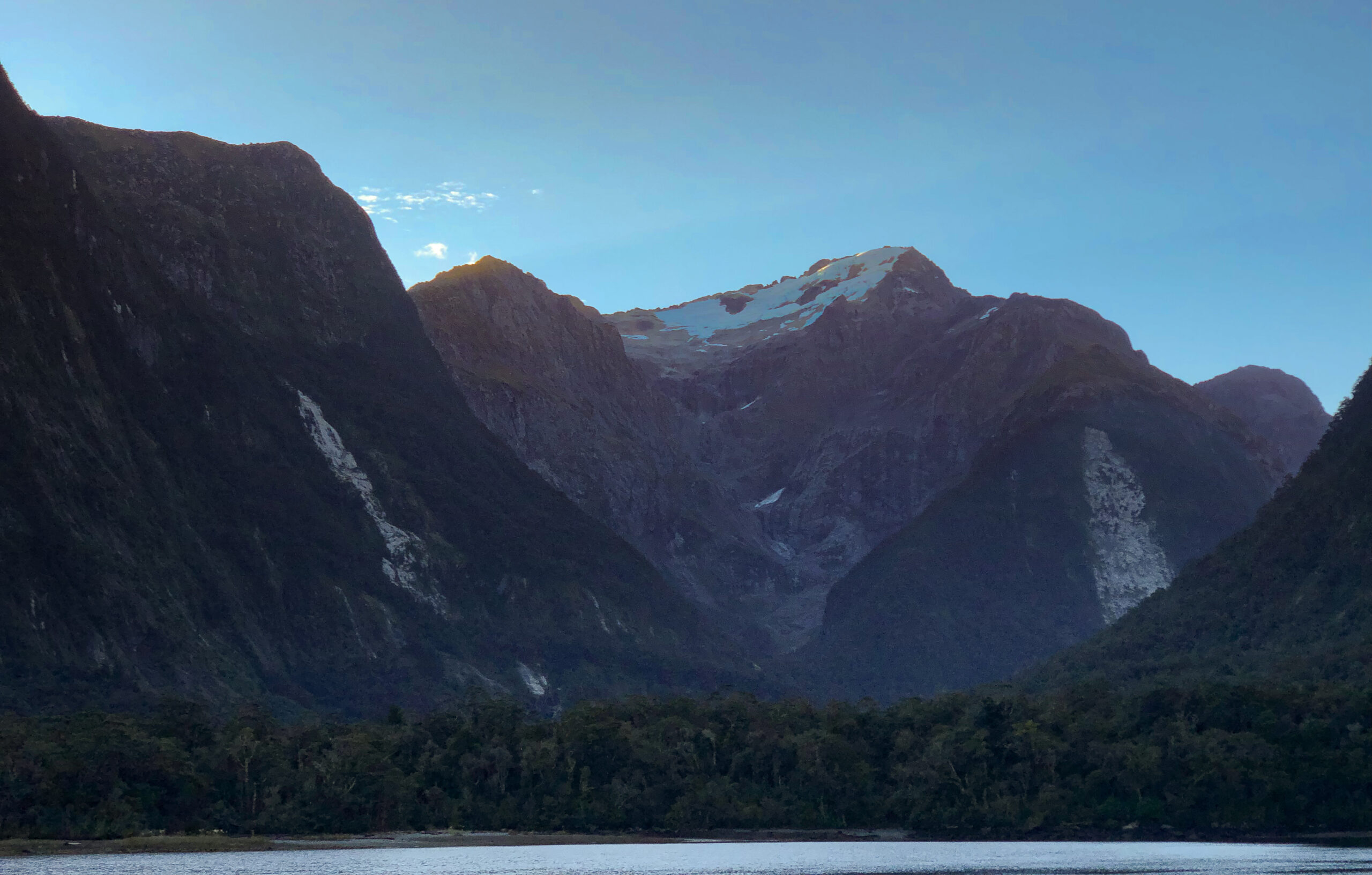


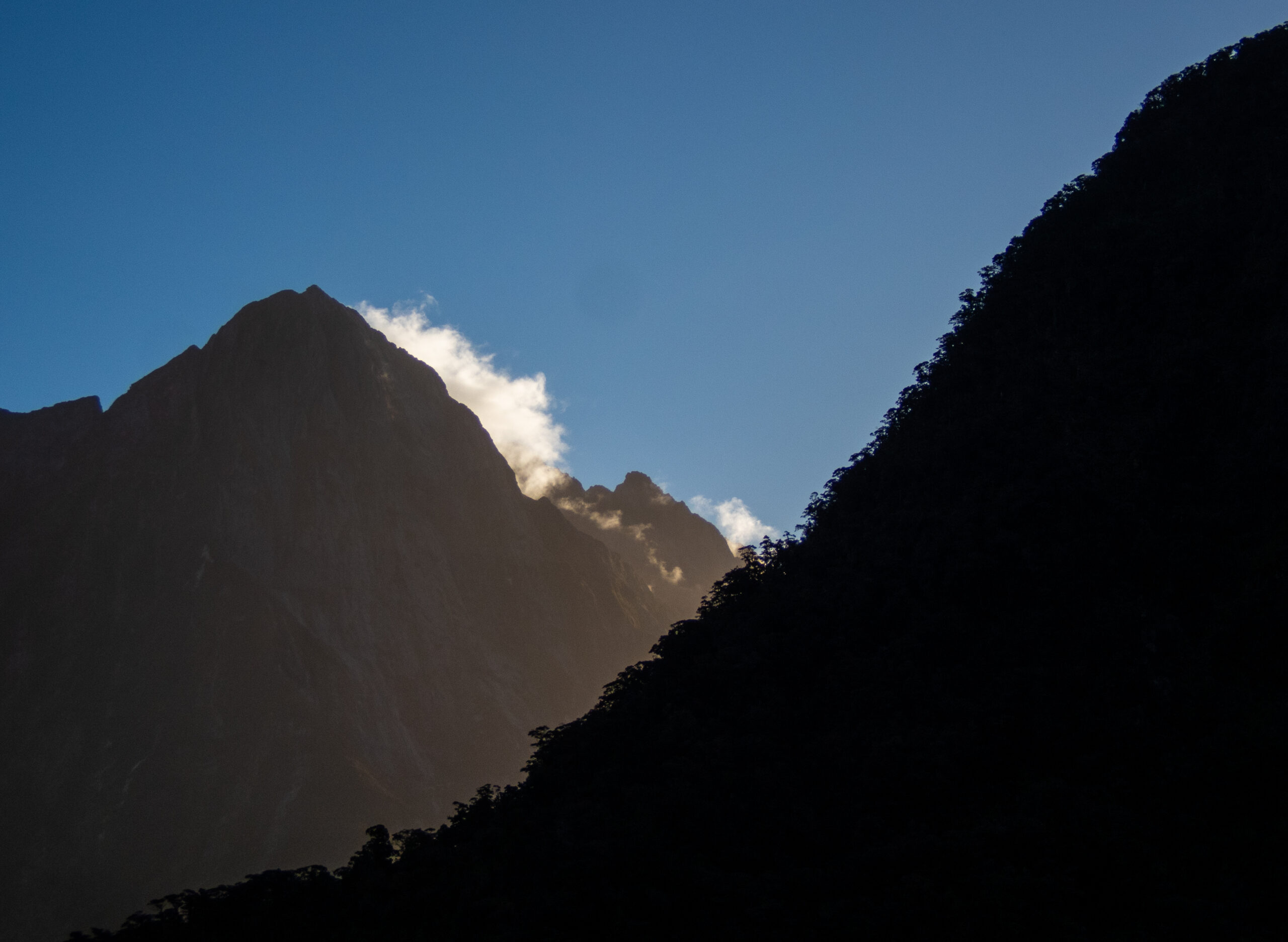

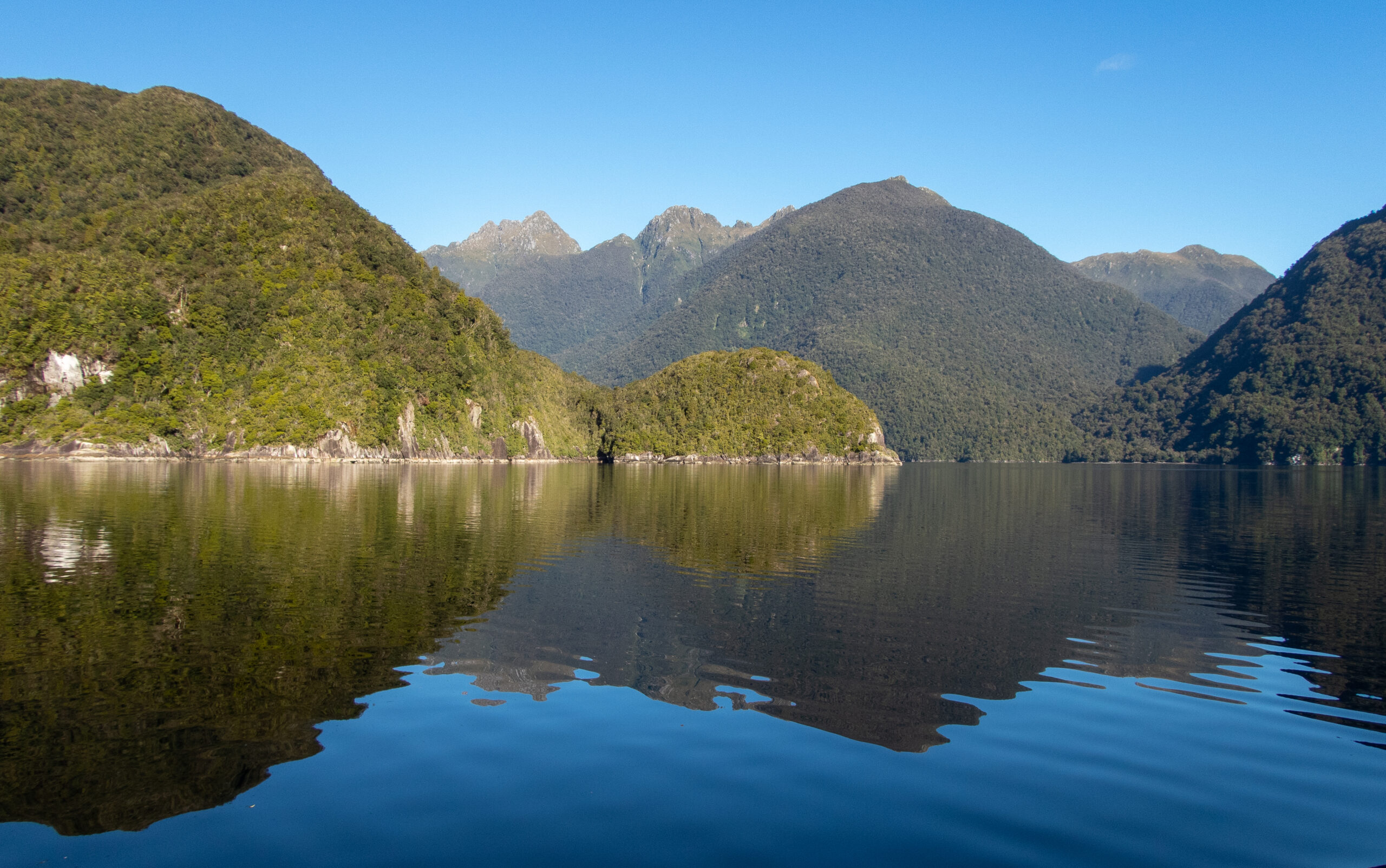
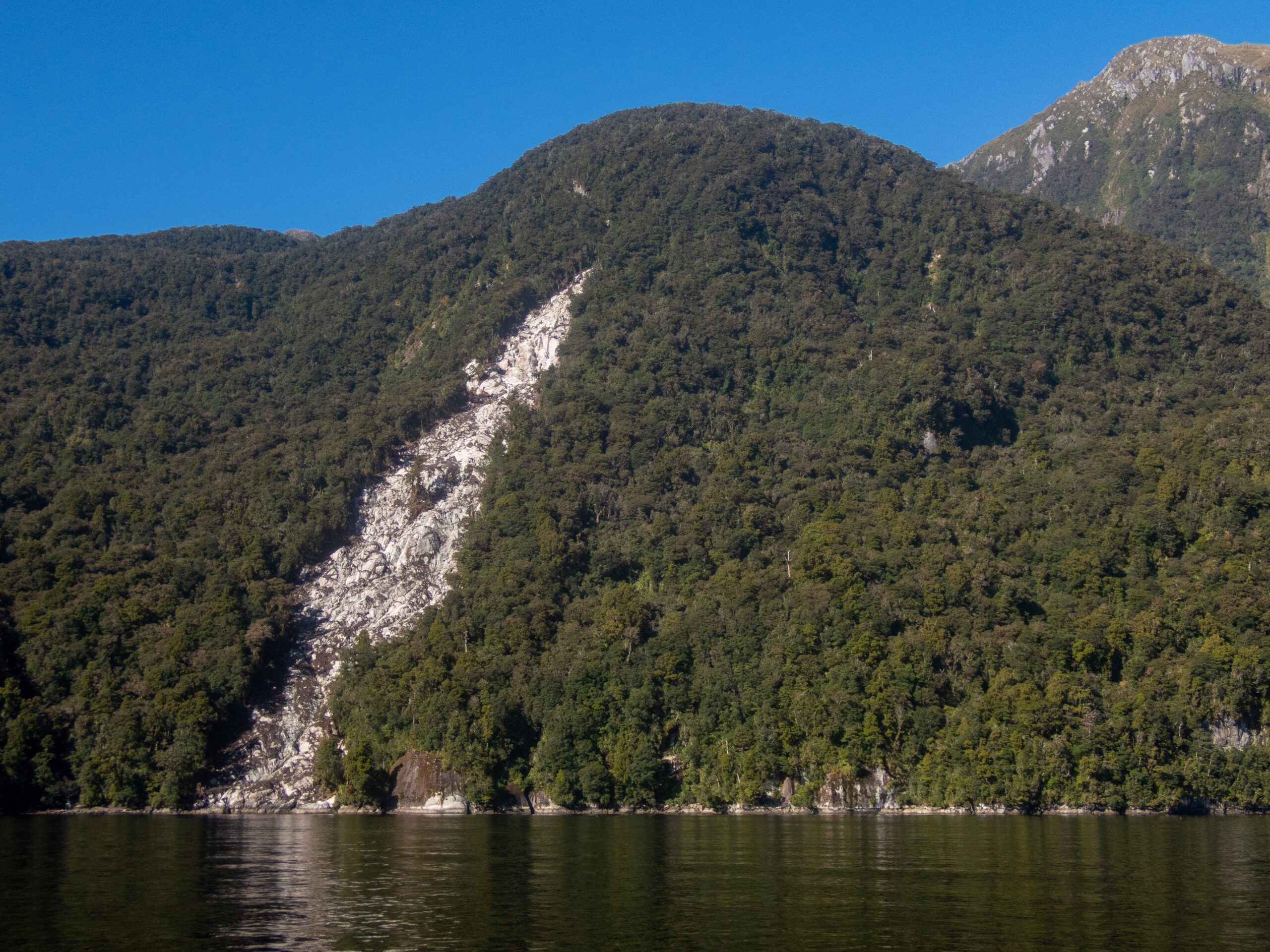

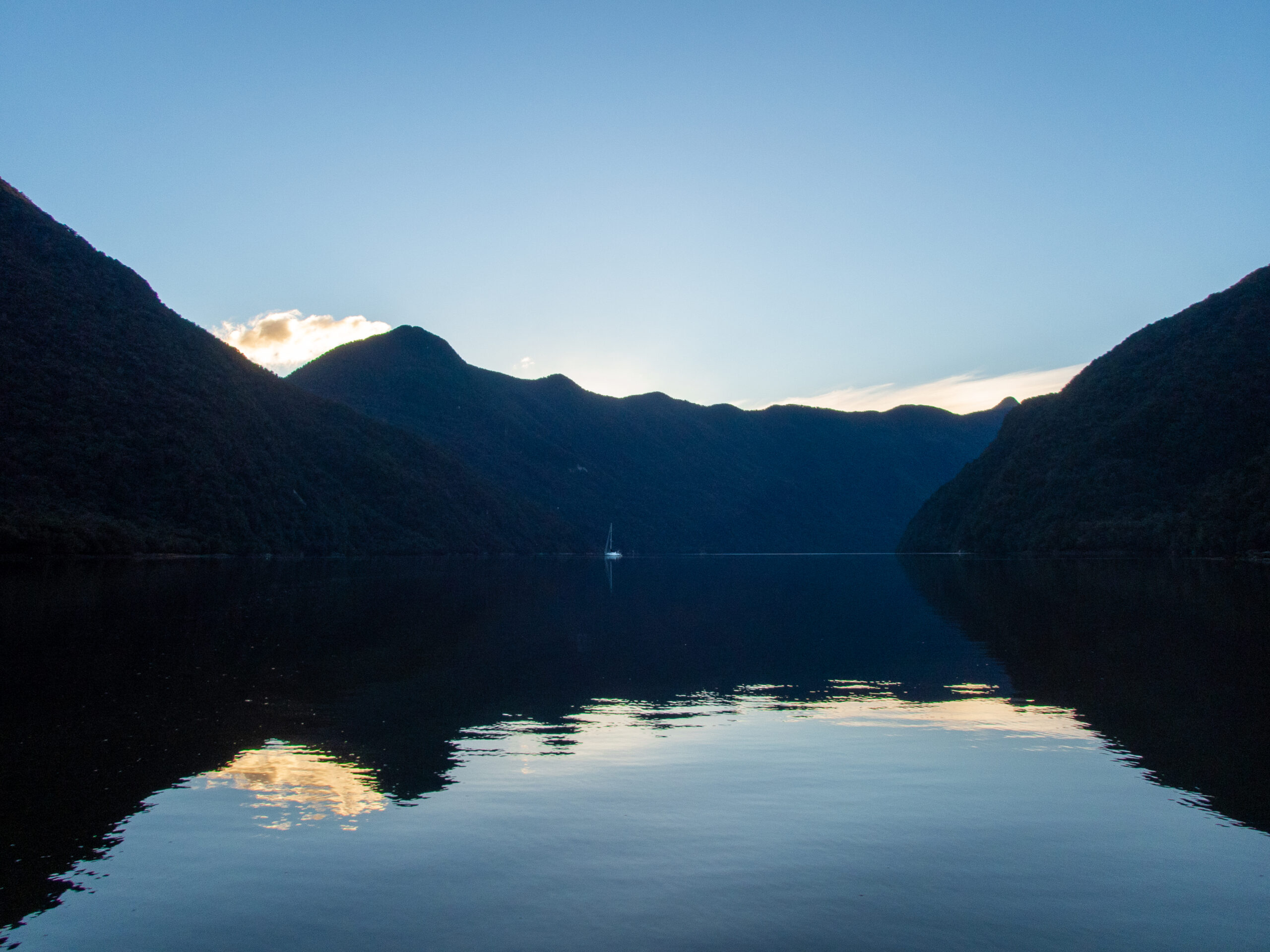
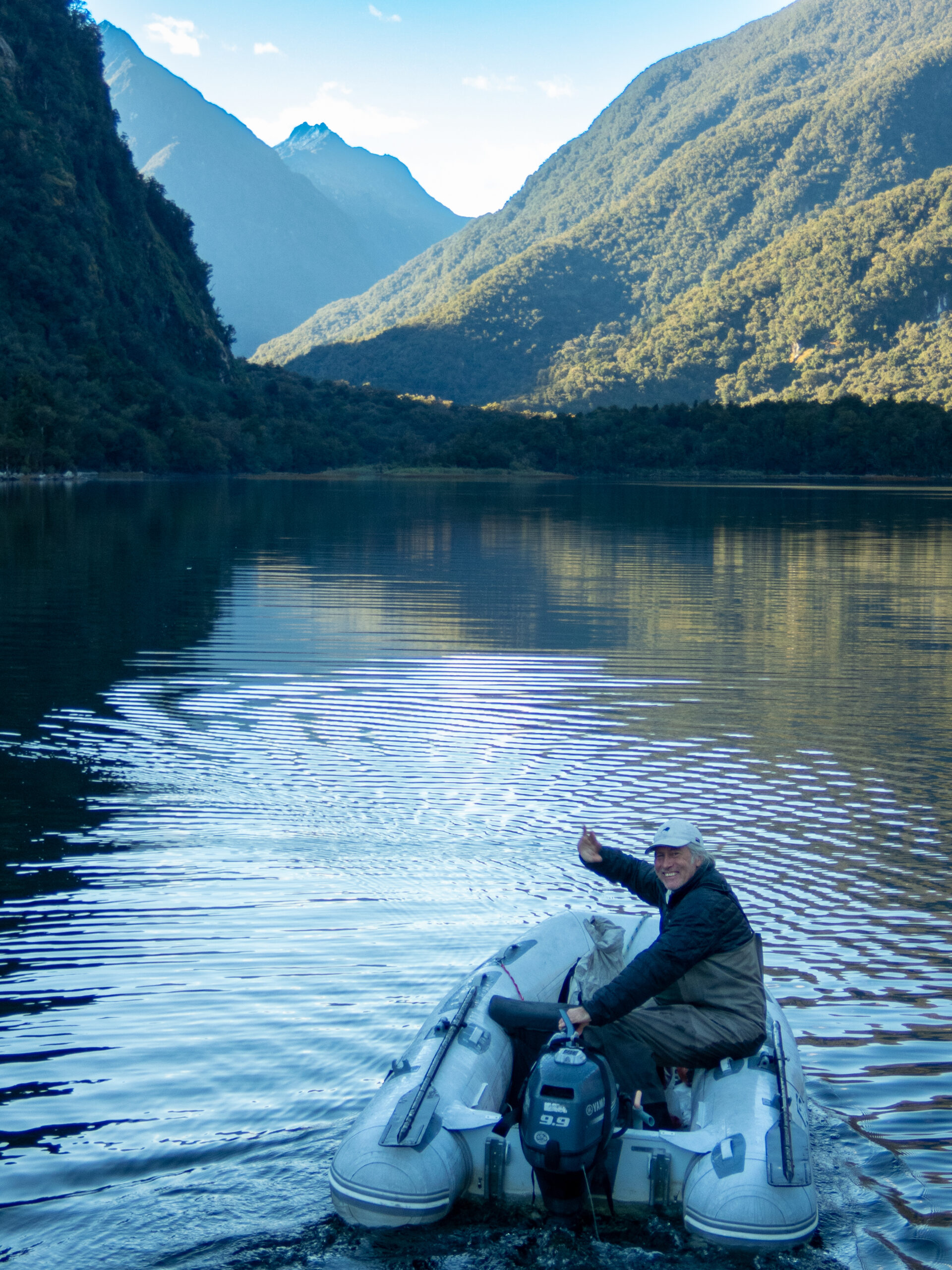
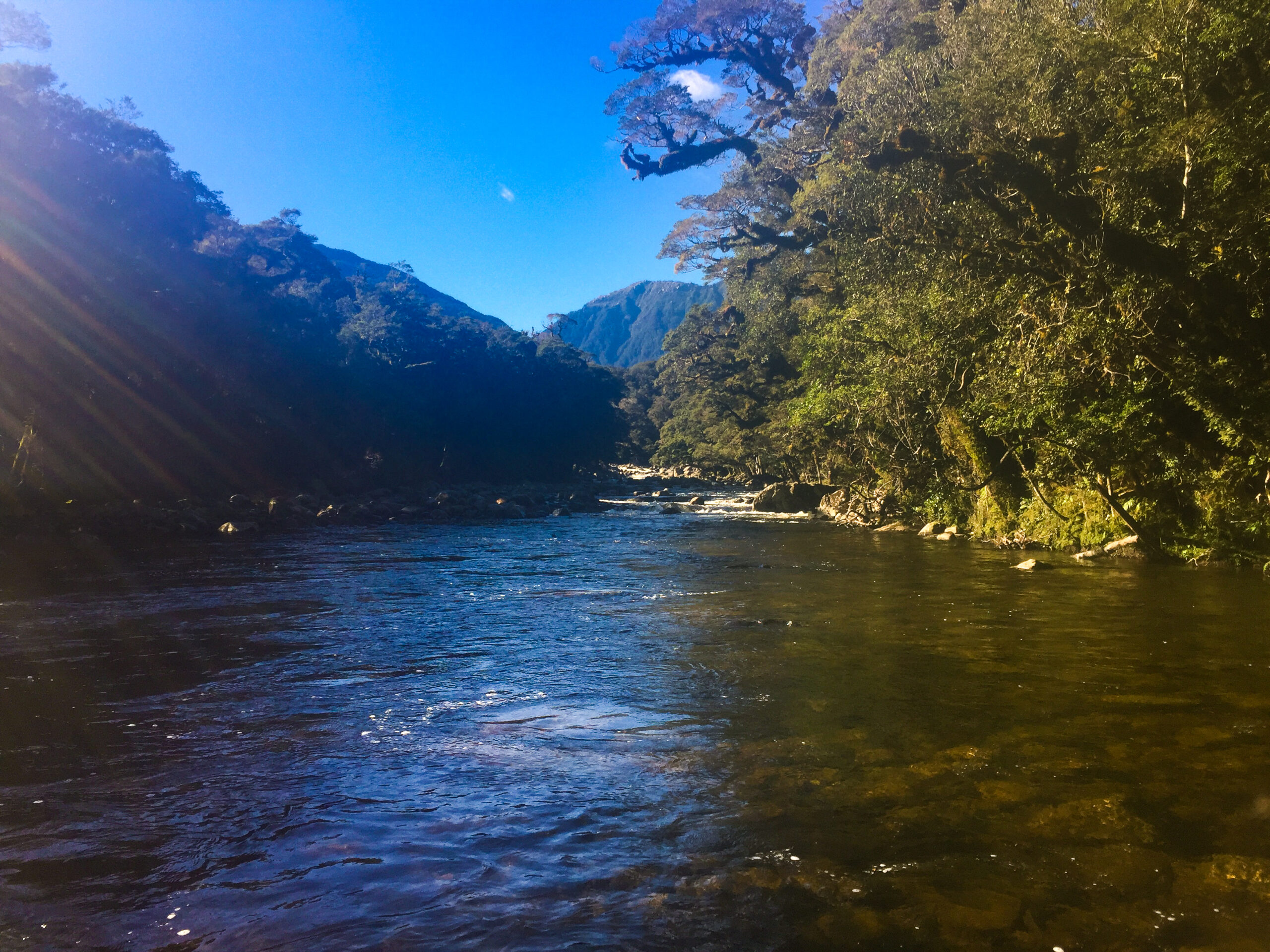
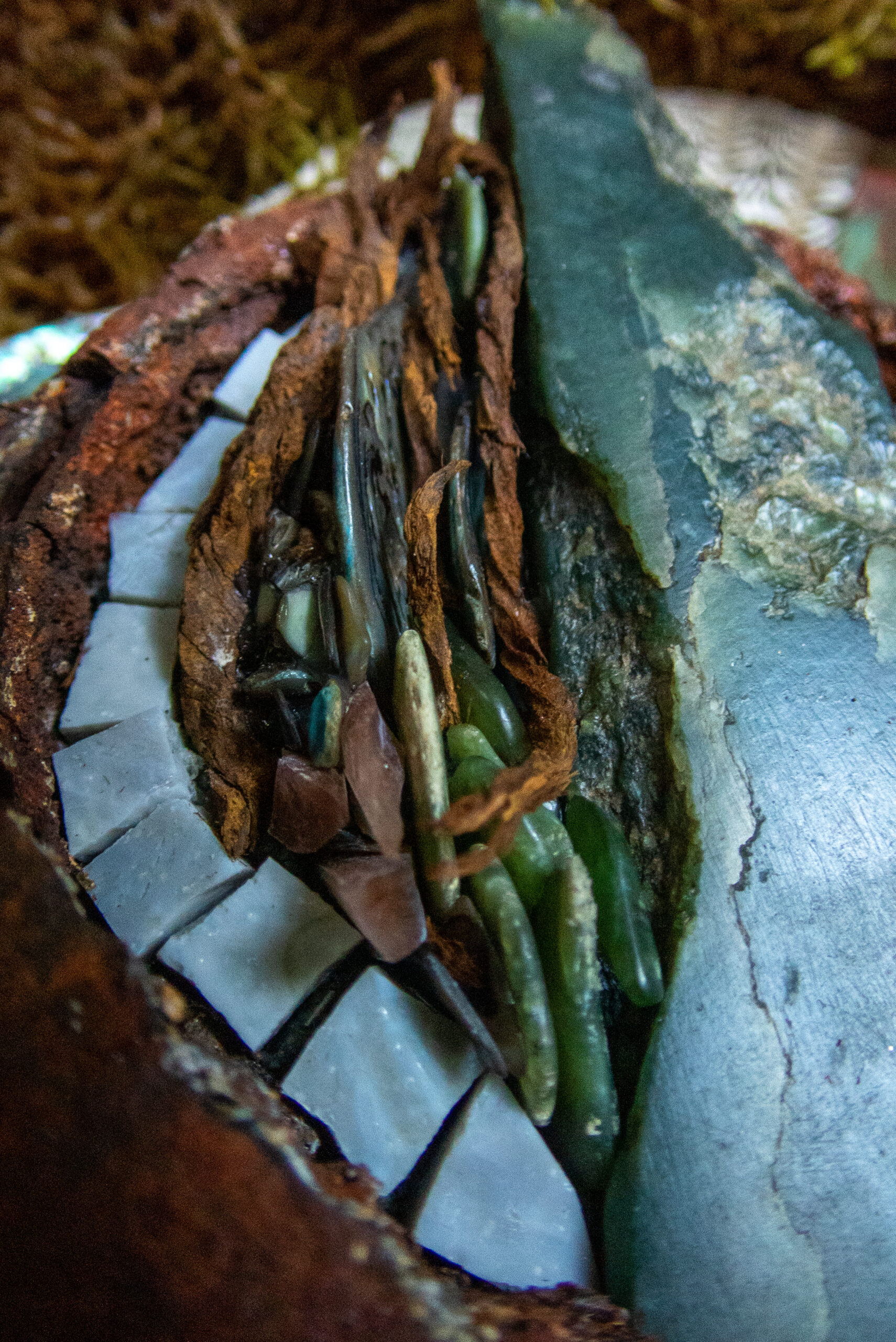

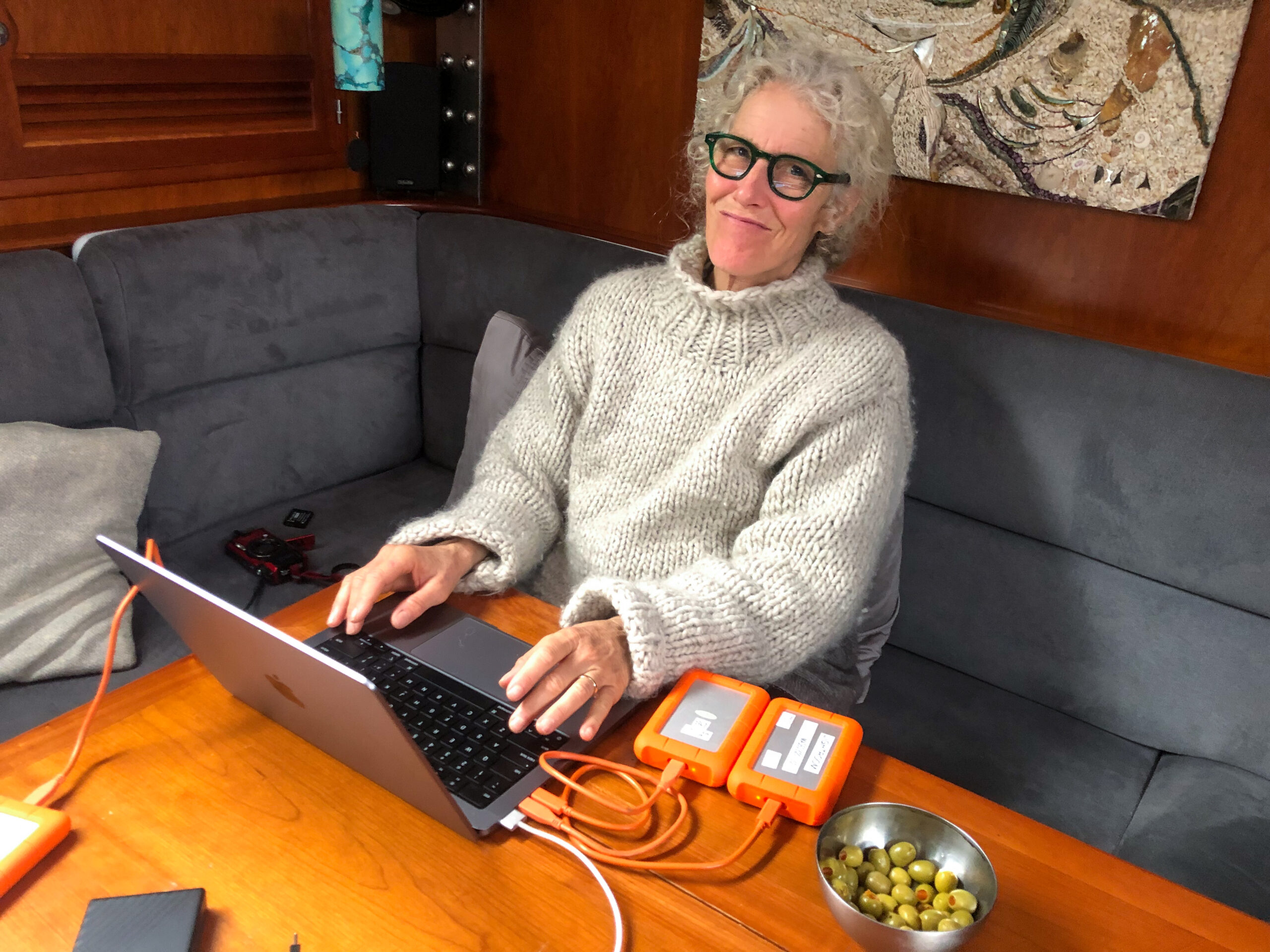



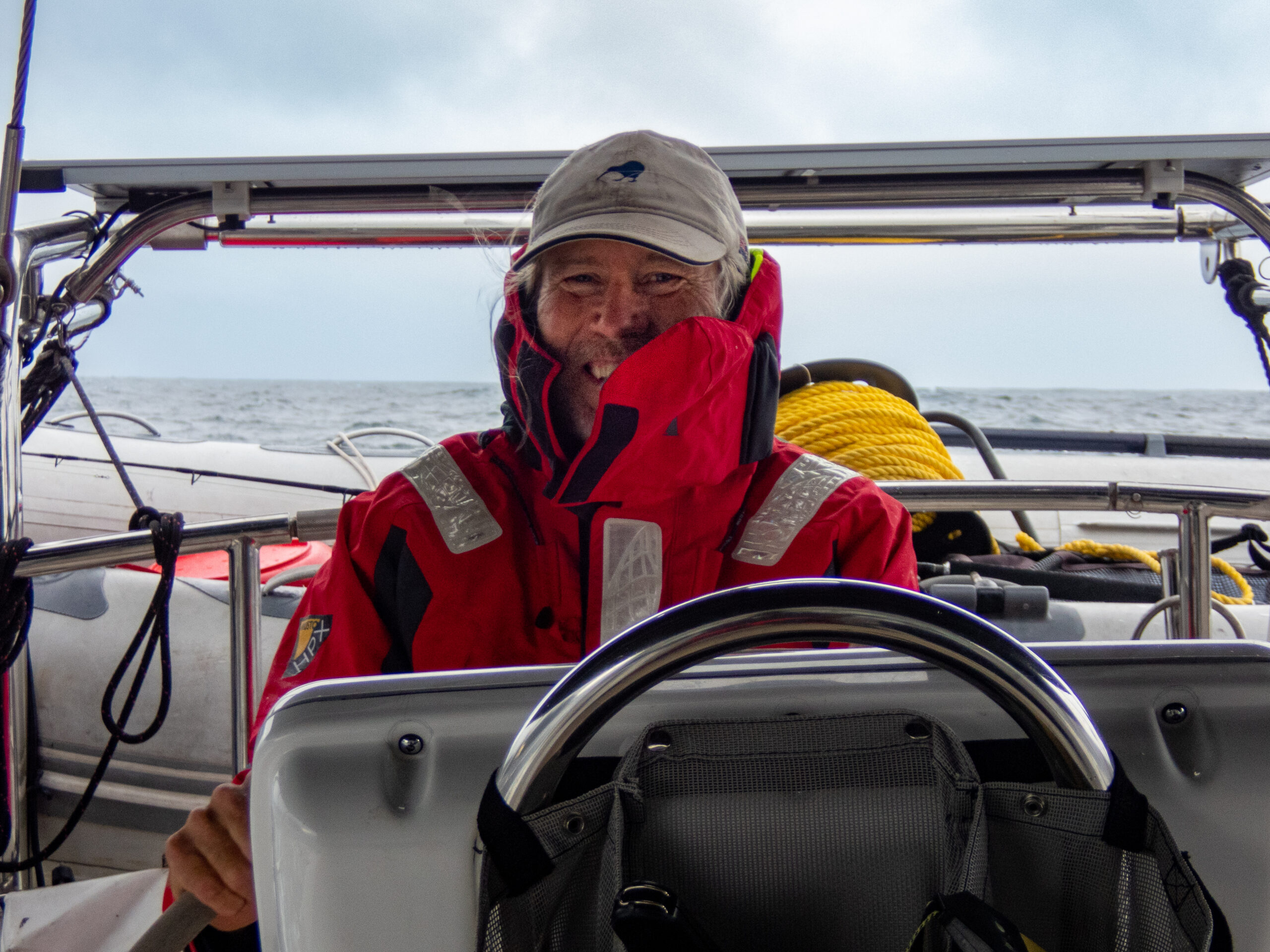
The run outside between Caswell and George Sounds is around 14 miles. We left early to try to beat some forecast rain and gusty NW winds, and almost made it. The rain started just as we made our turn in. Diana logged the max wind at 27.2 knots, then went down and crossed it out to a revised 29 knots. By the time the wind had blasted us another two miles down the sound, Diana had crossed that out to record 42 knots. Looking on the chart with the wind howling behind us, we were concerned if Anchorage Cove would be able to offer any shelter from this angle of wind, even though it’s listed as an ‘all-weather anchorage.’ We worried it might be too gusty to safely negotiate the narrow spot between the river bar and small rocky island. We decided to poke in and check it out if we could. Right away the wind dropped into the low twenties then the teens, which still felt like a lot to try getting into the tight spot where fishermen had set up a line we could theoretically side tie to. The rain hammered down as Diana watched from the bow for shallow rocks off the island and I maneuvered Allora in, ready to back out if we needed. Despite whitecaps just outside, the winds this close to the little island dropped to near zero and Allora was able to hover effortlessly while Diana (in the kayak) quickly tied lines on the bow and stern, getting absolutely soaked in the process. It was a kind of a crazy feeling, the sudden stillness and security of that spot with gusts in the forties not half a mile away. We wouldn’t have guessed even from a couple hundred yards out that it was worth chancing. ~MS


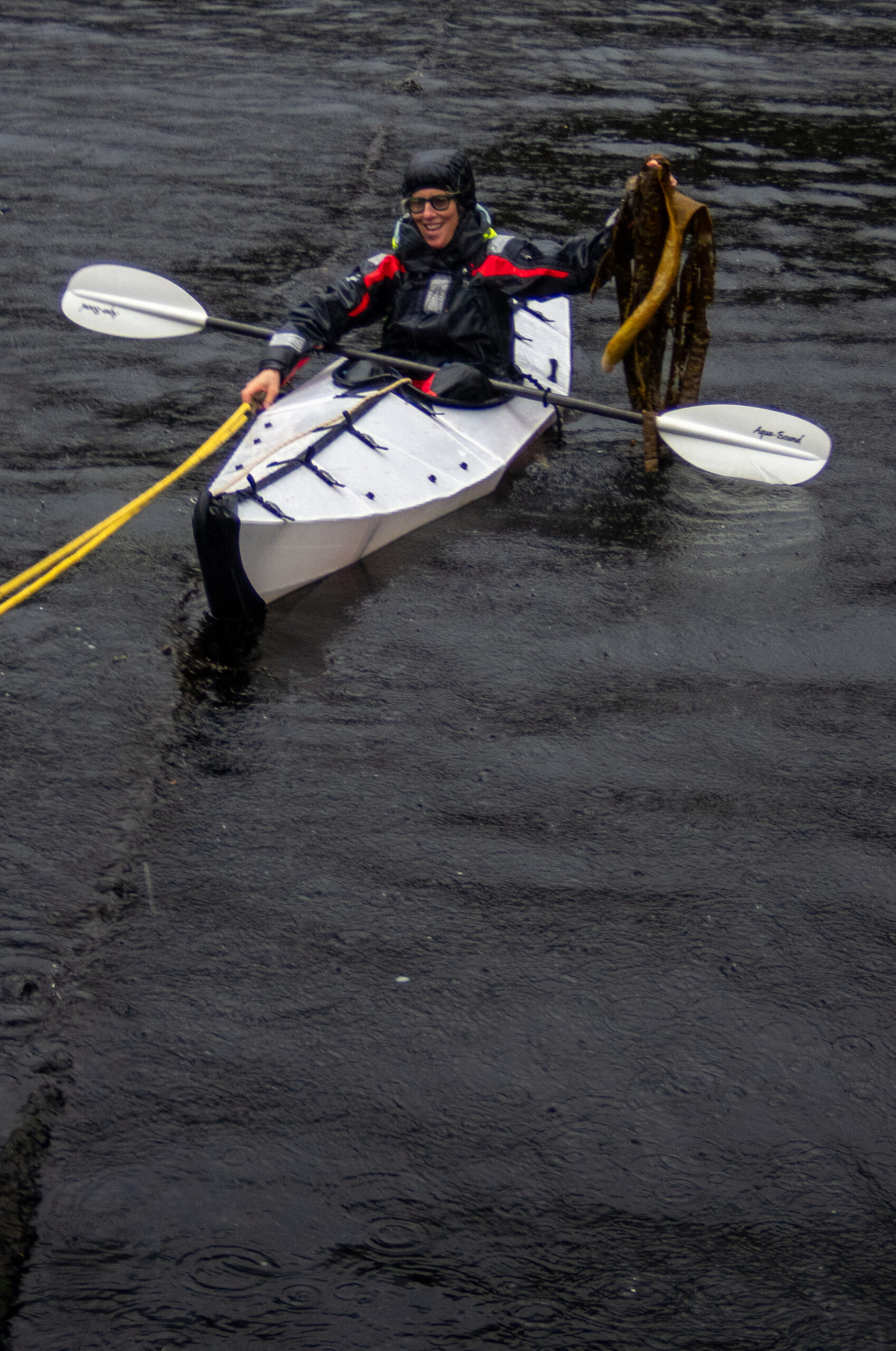

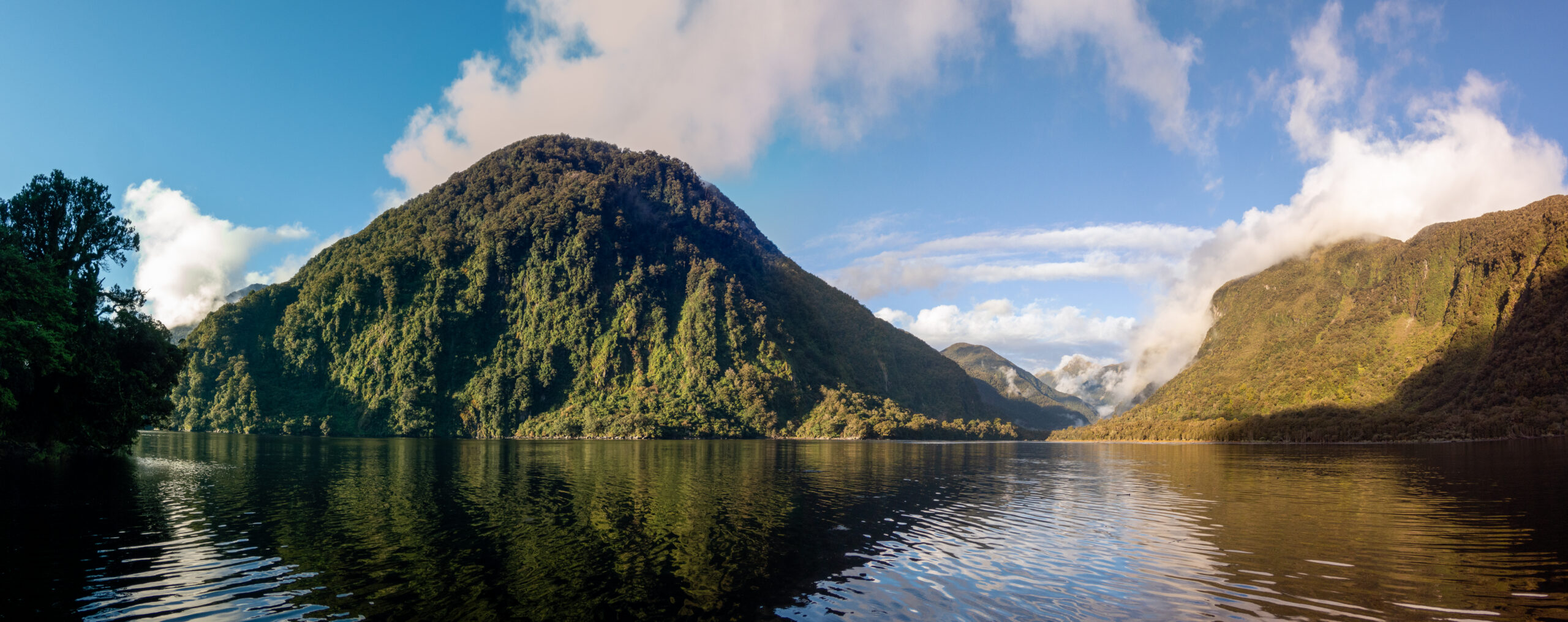
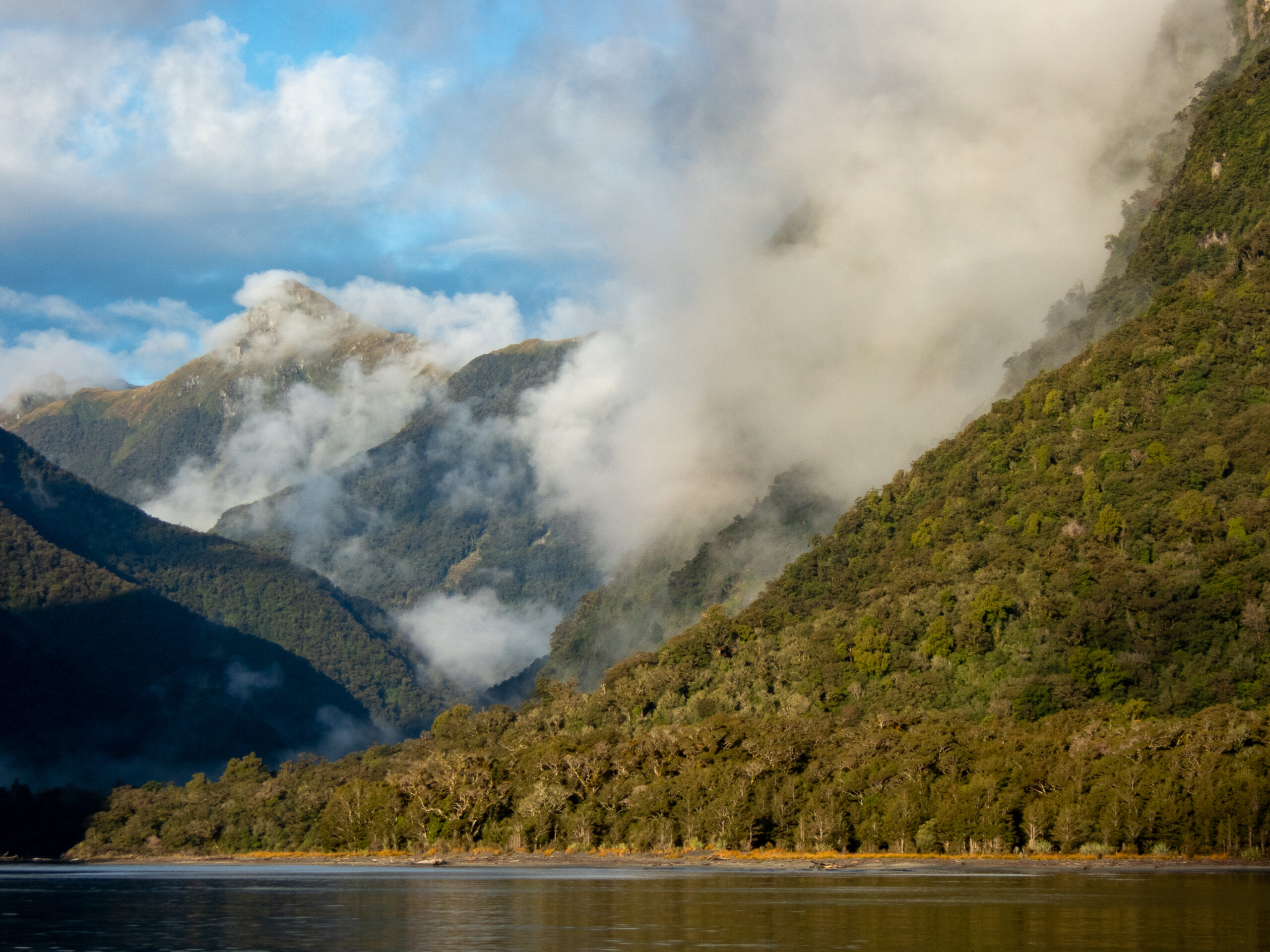
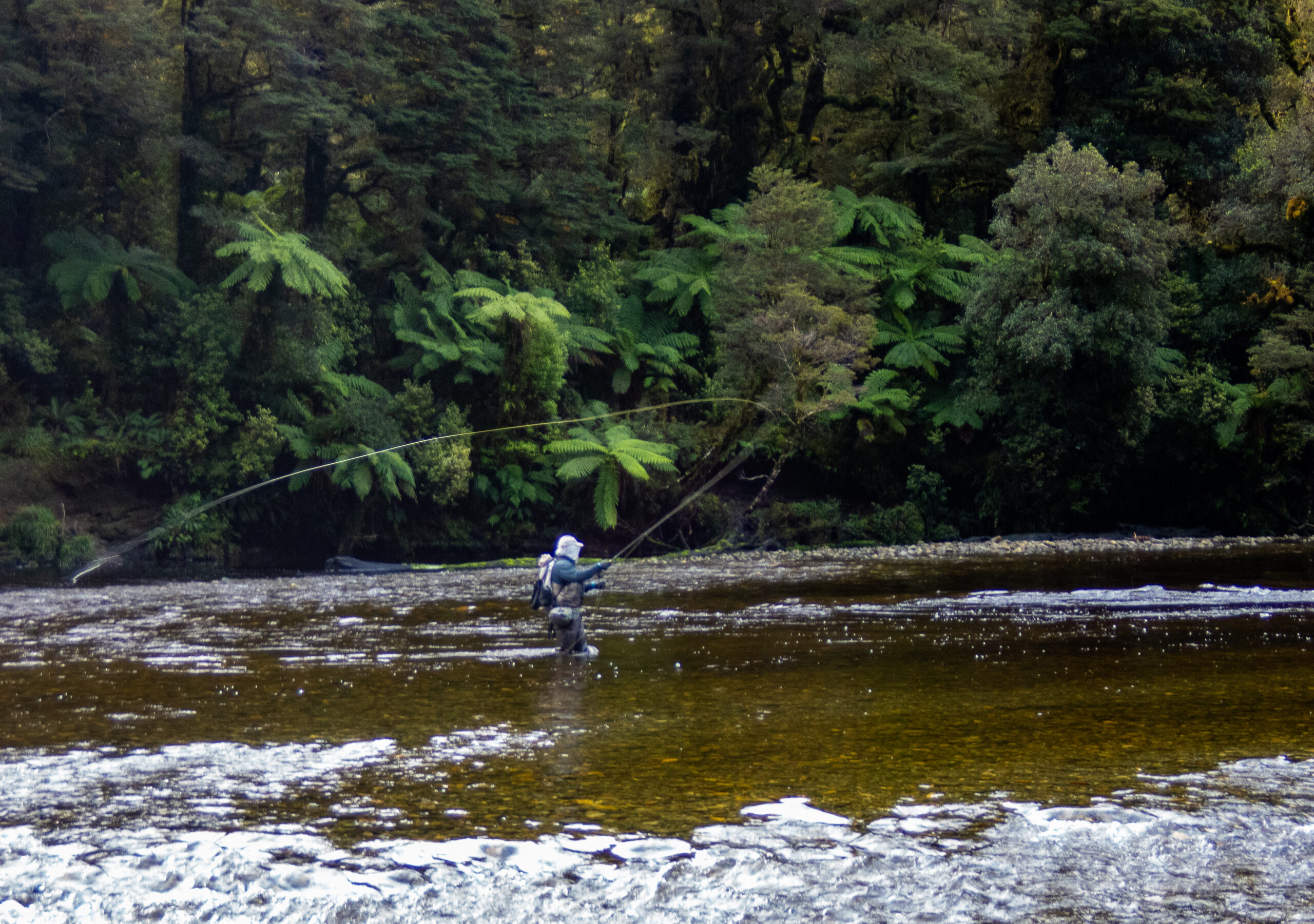
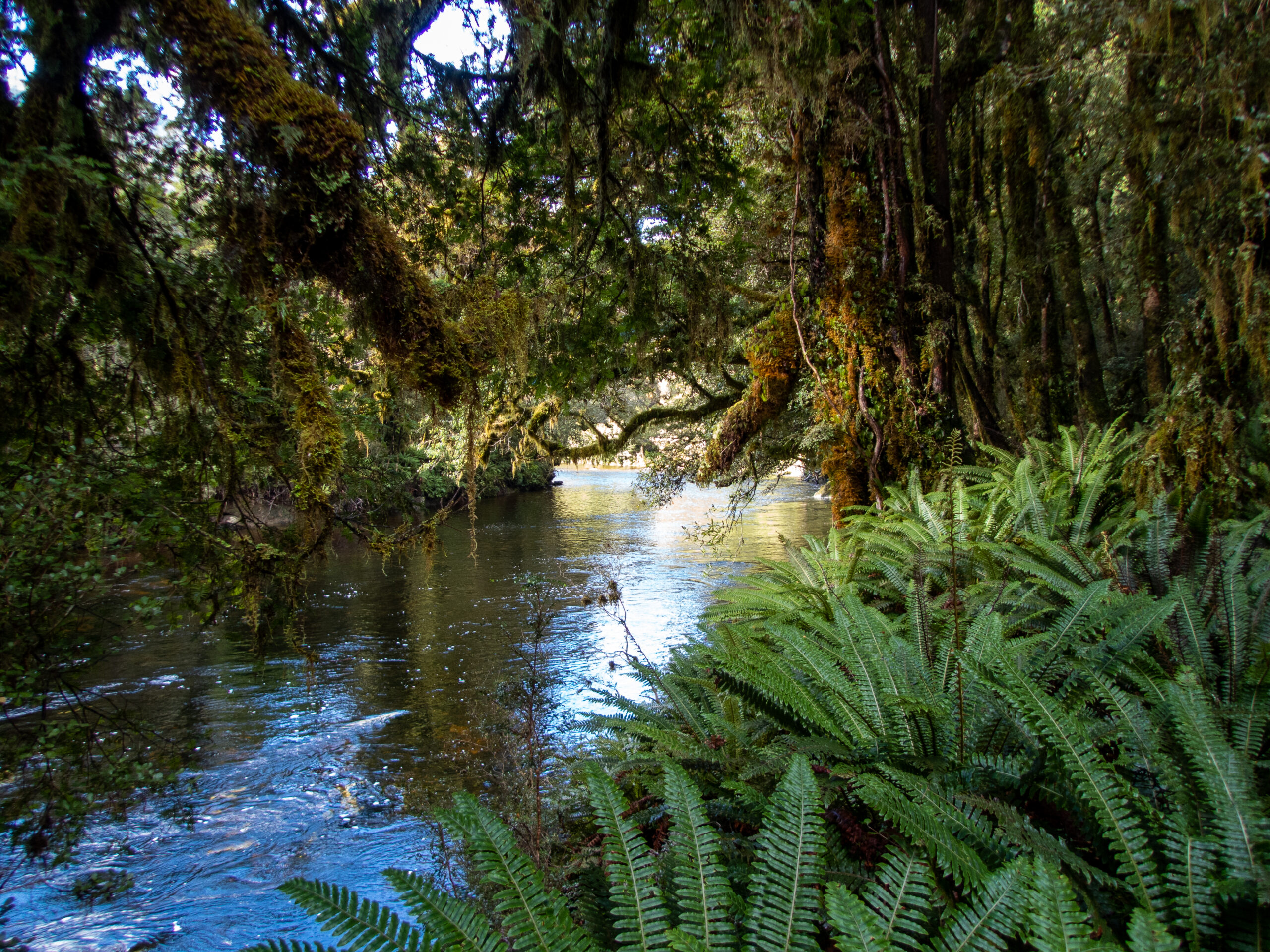
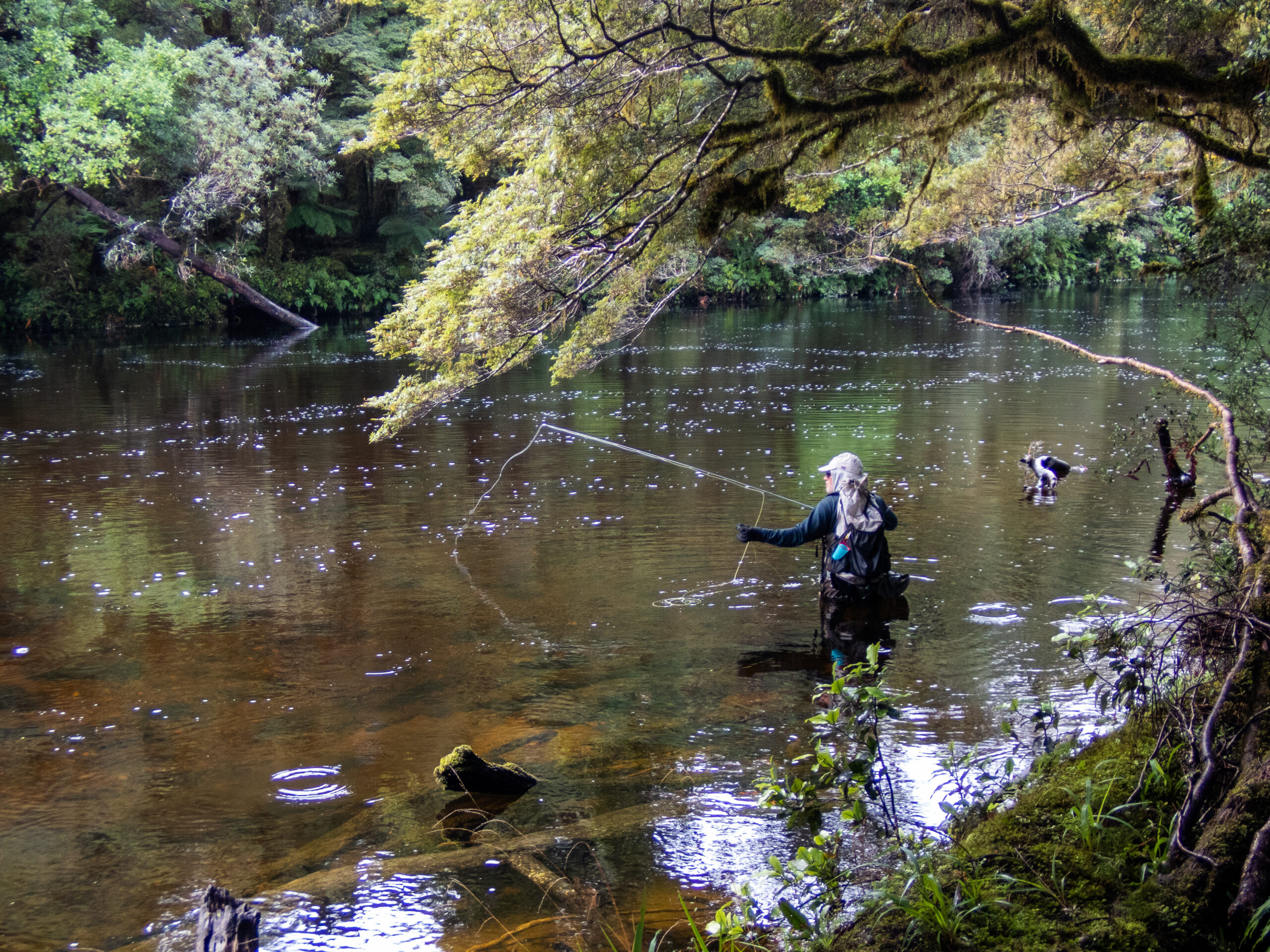
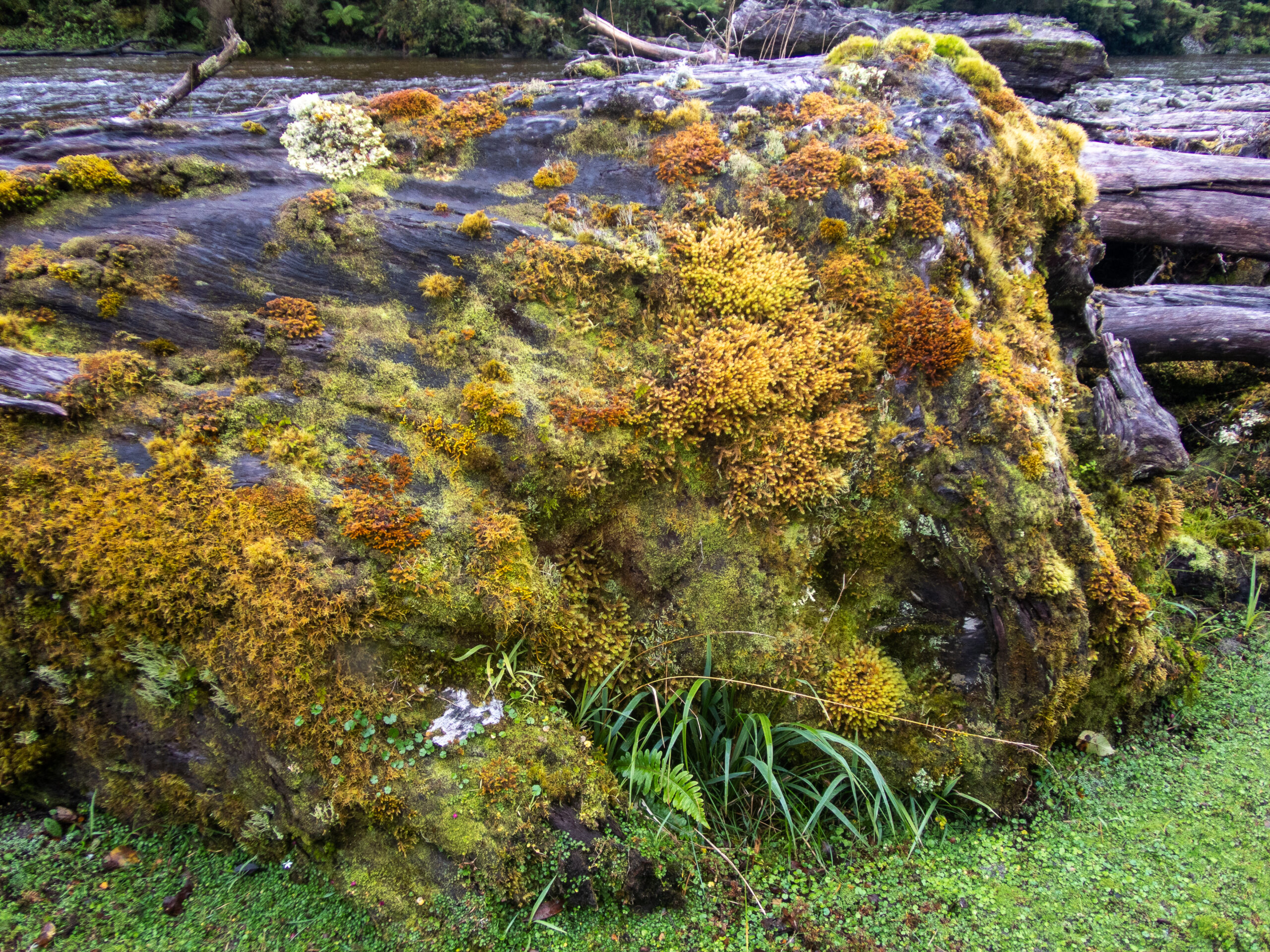

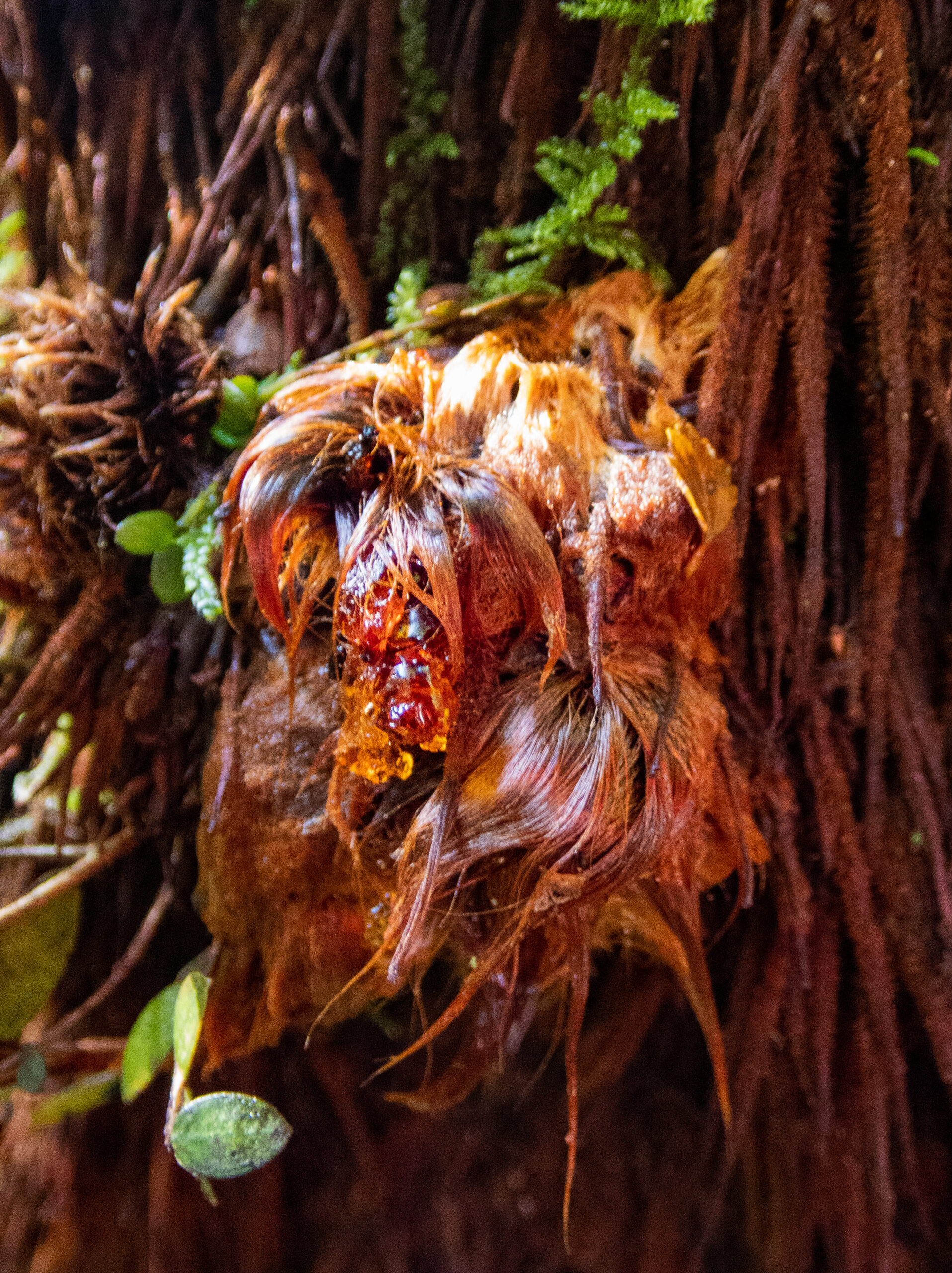
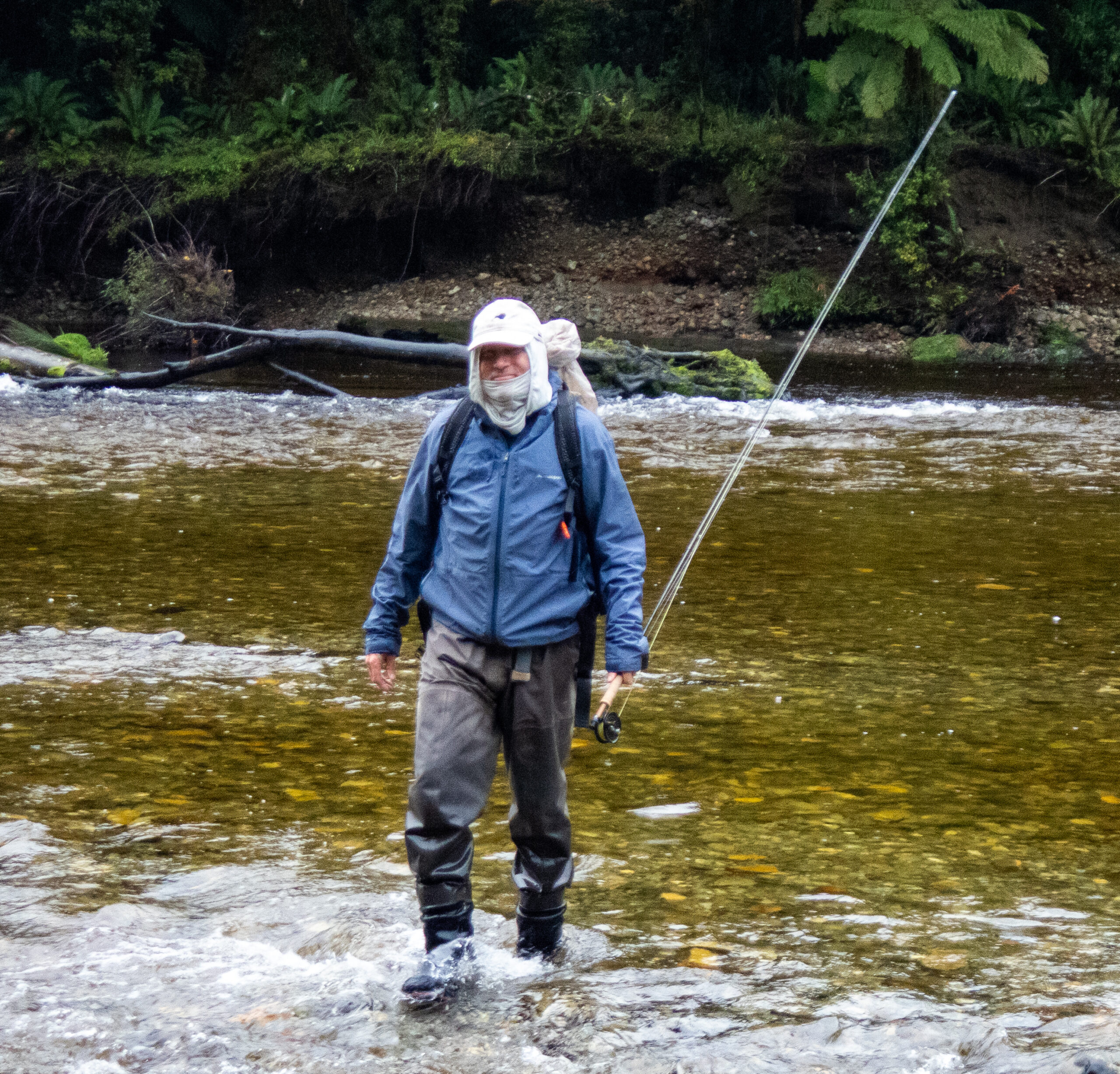
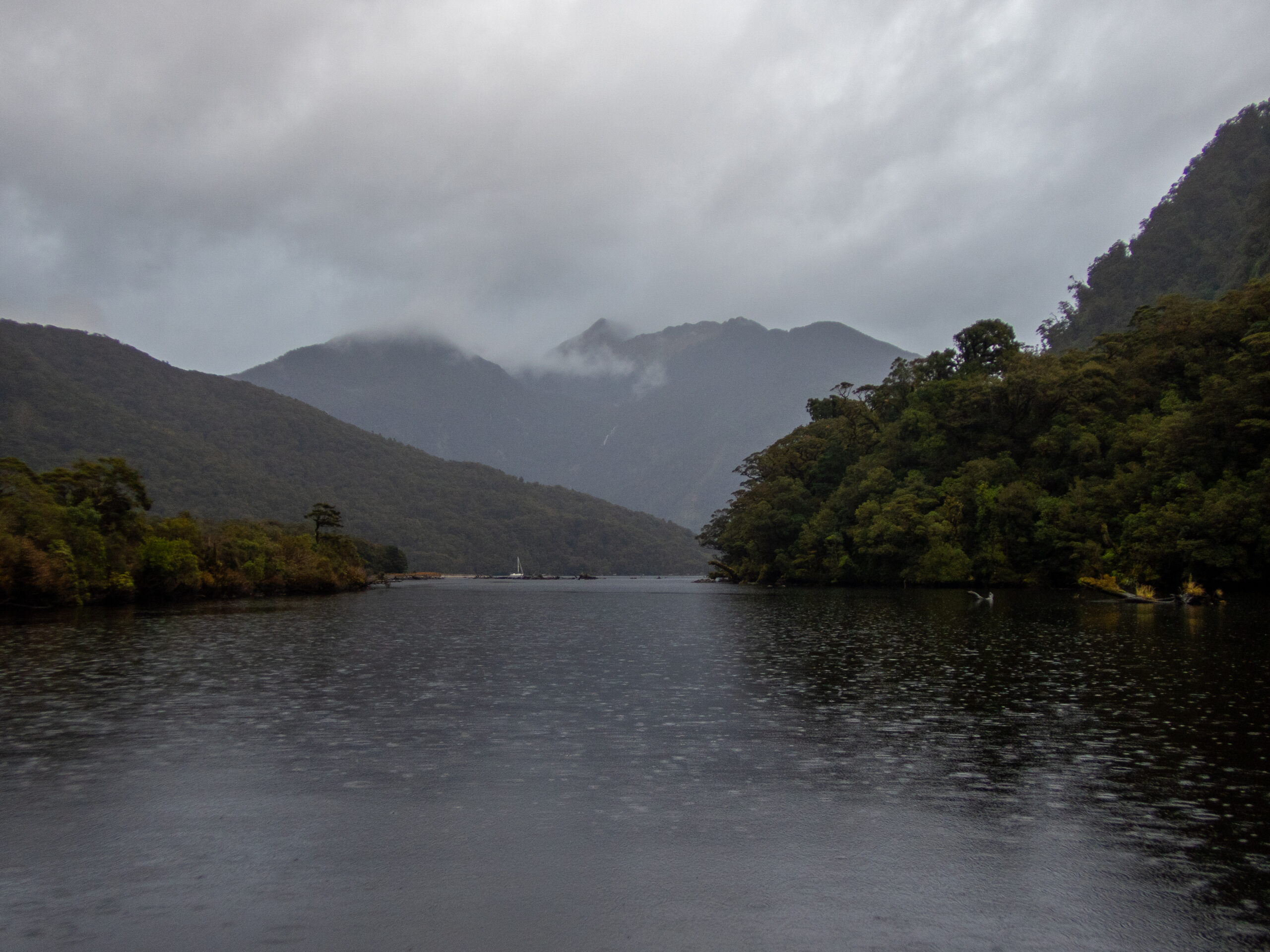

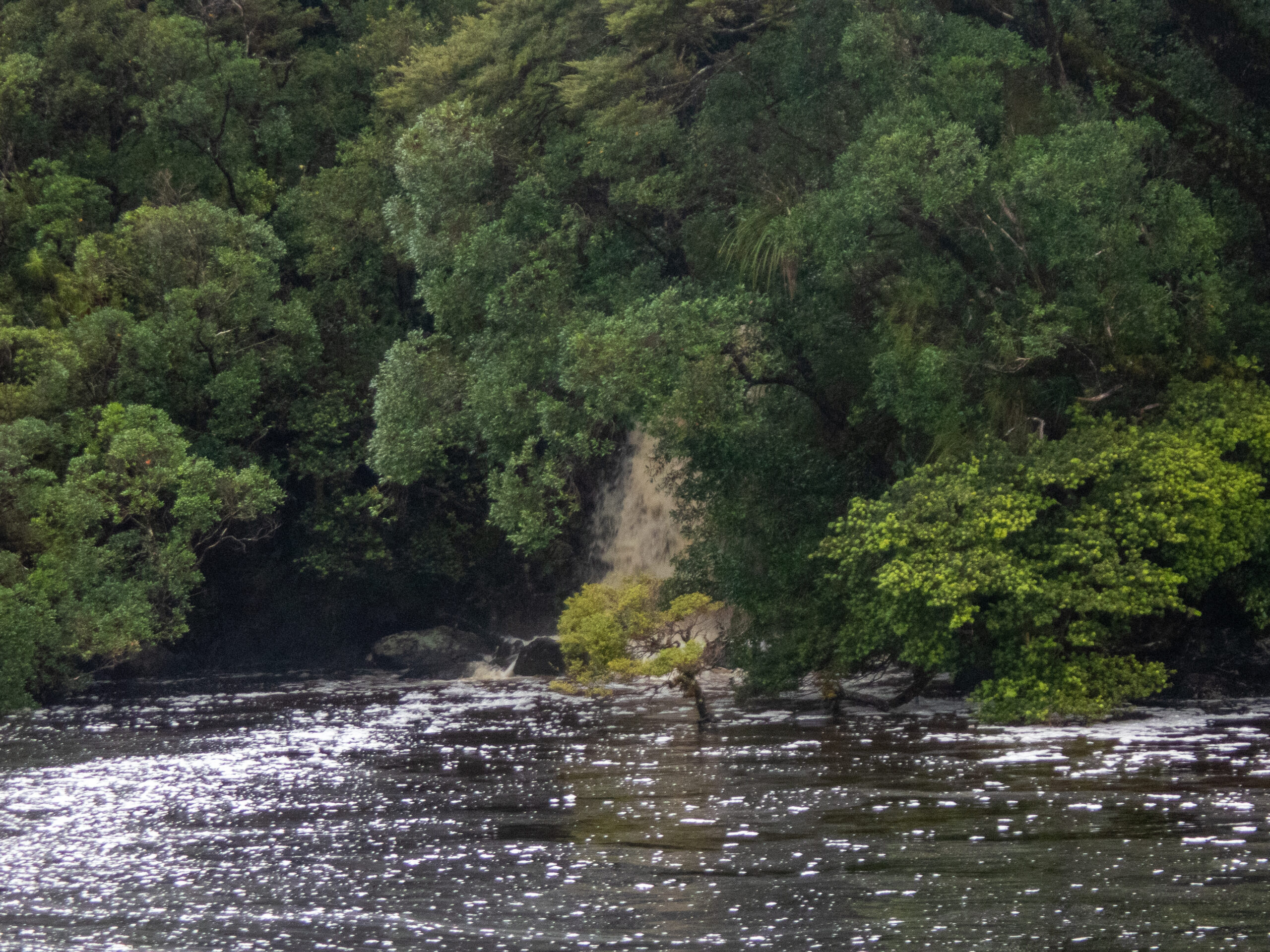
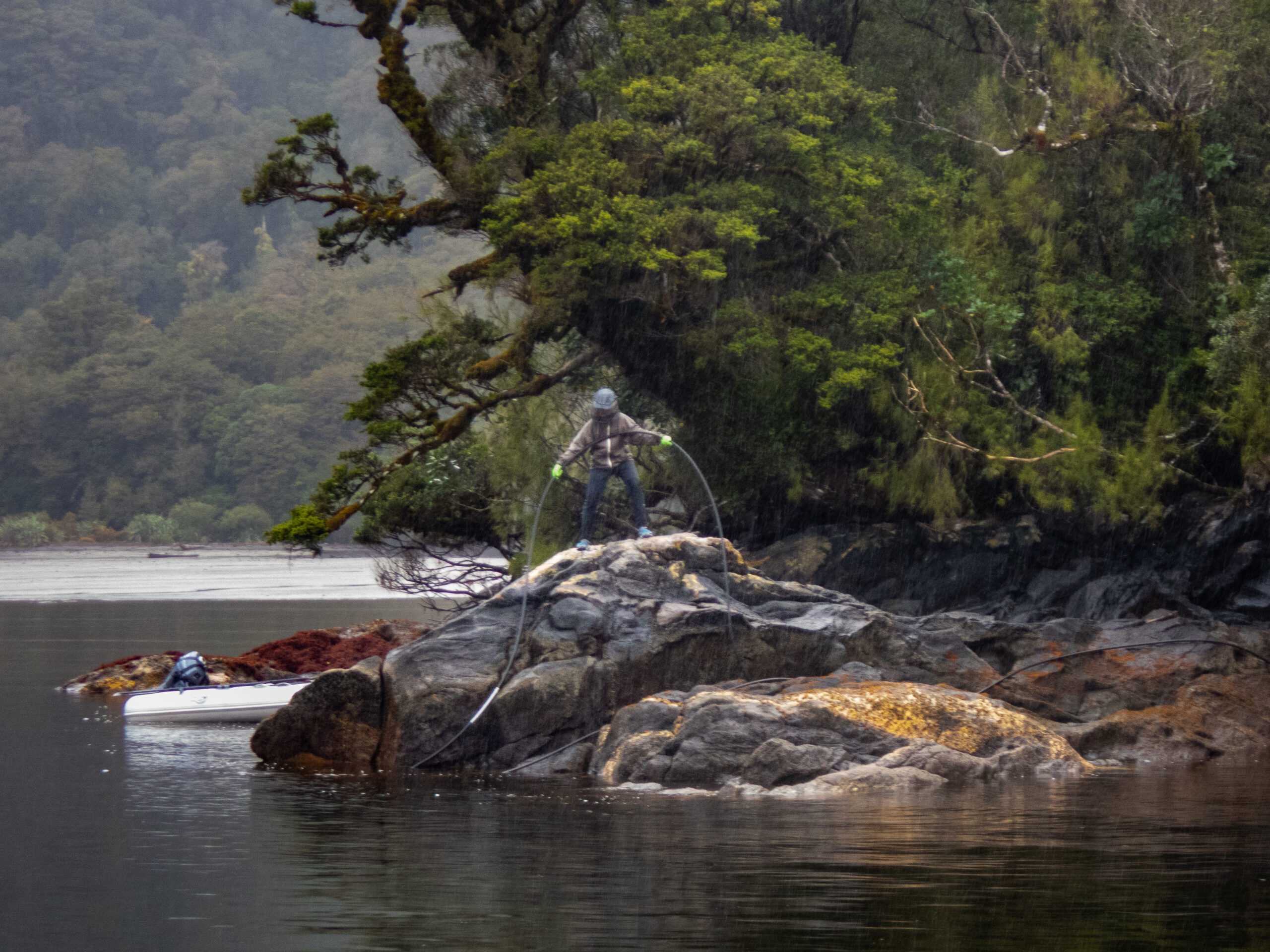
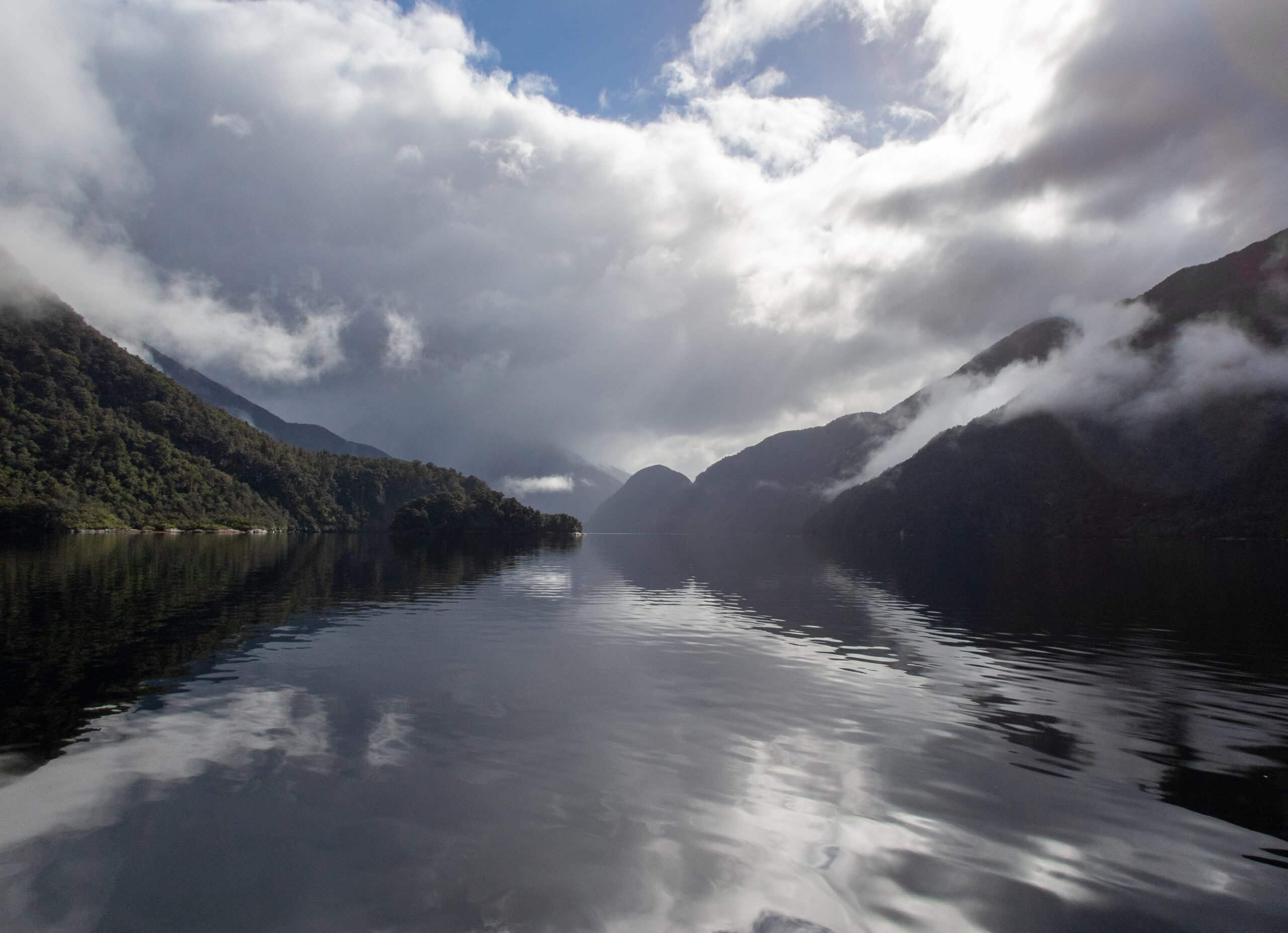
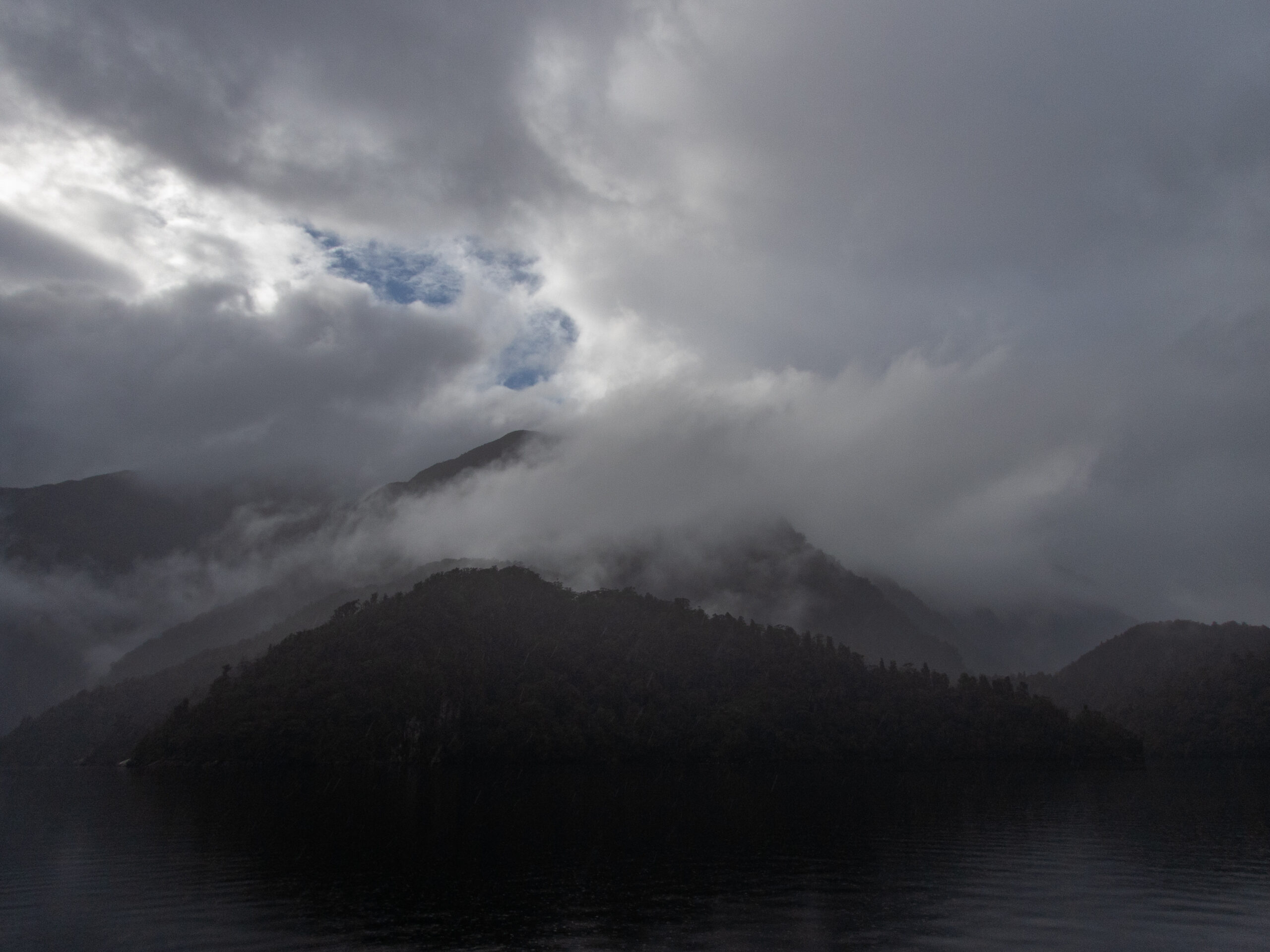
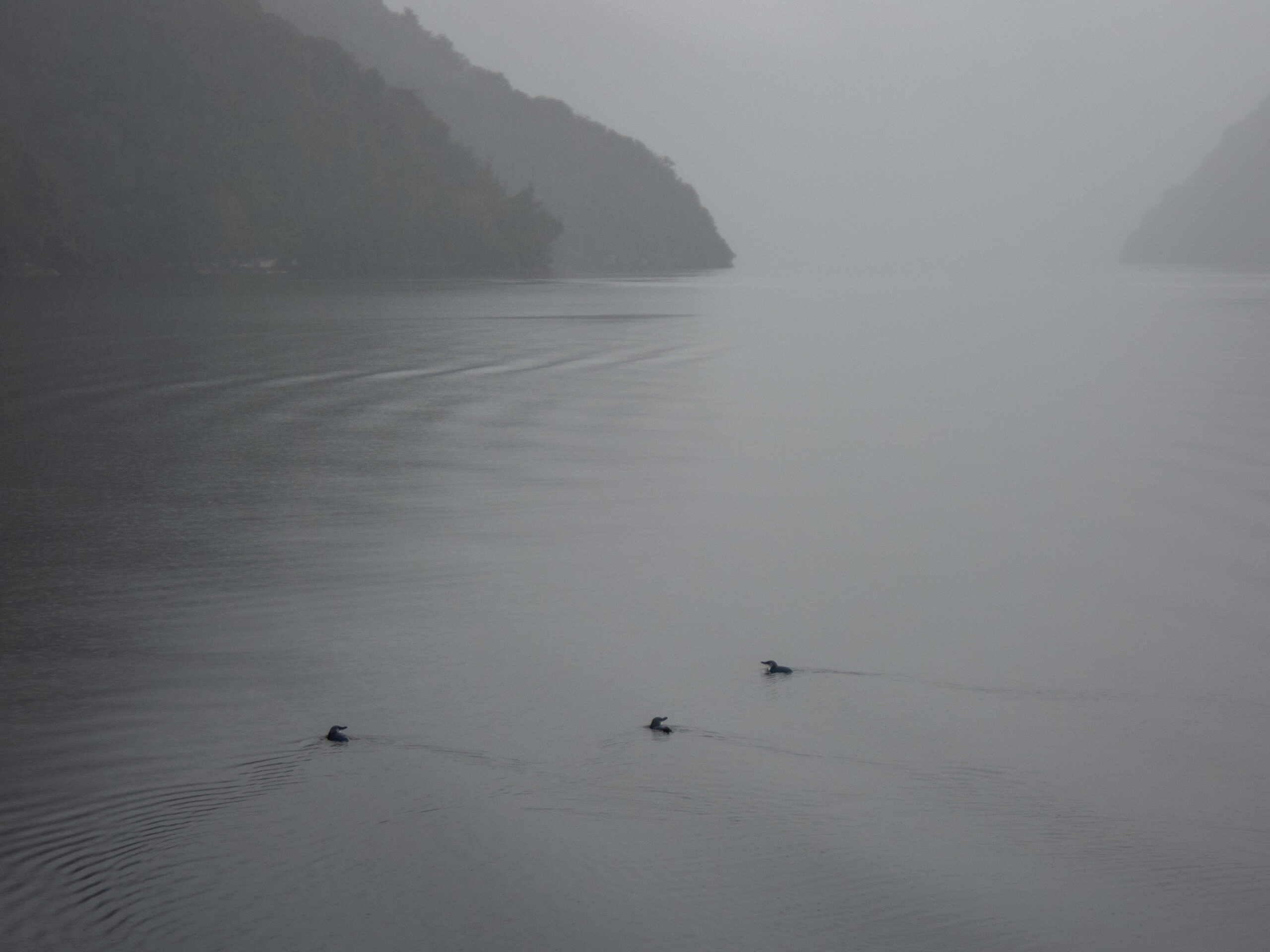
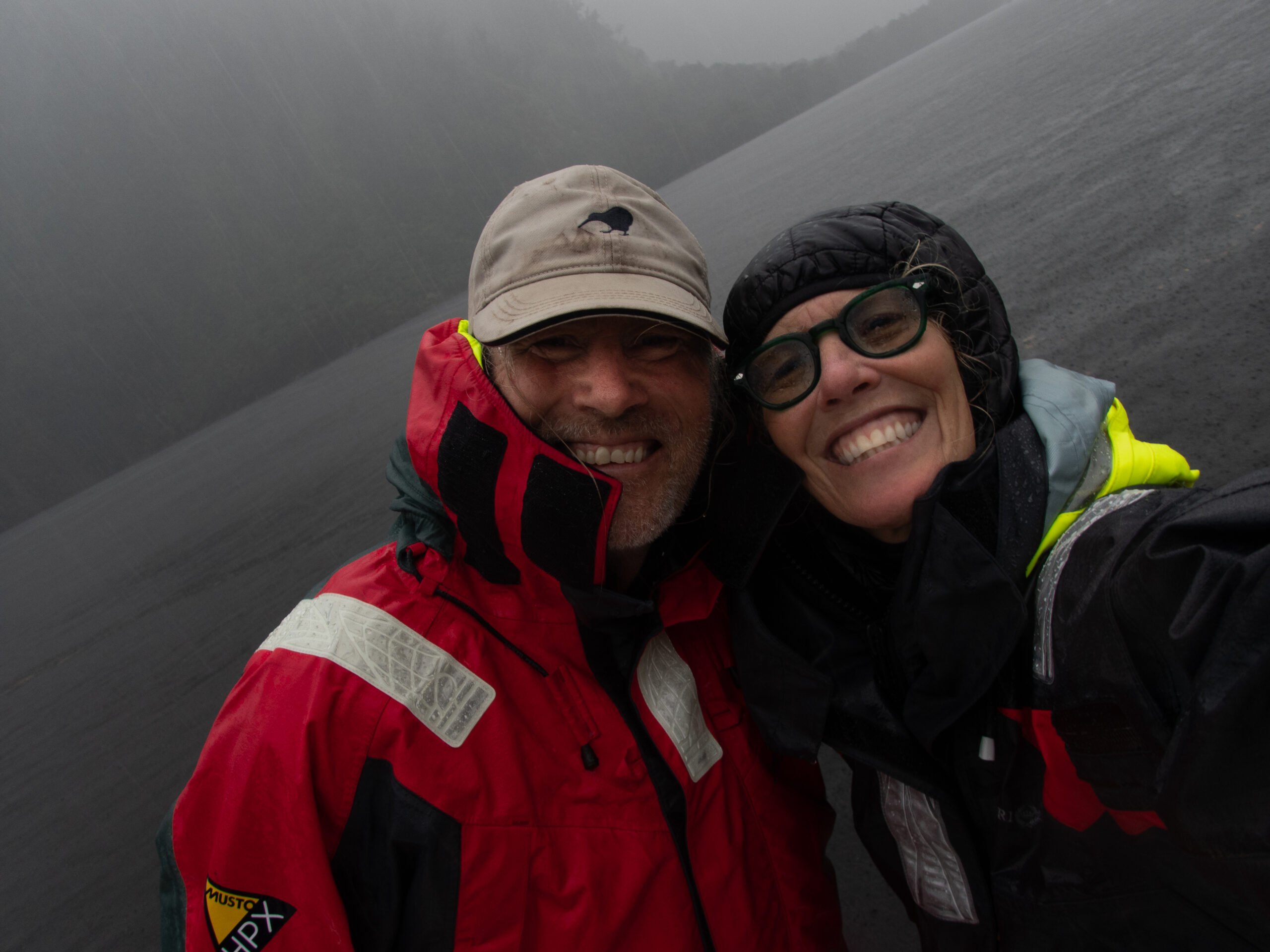




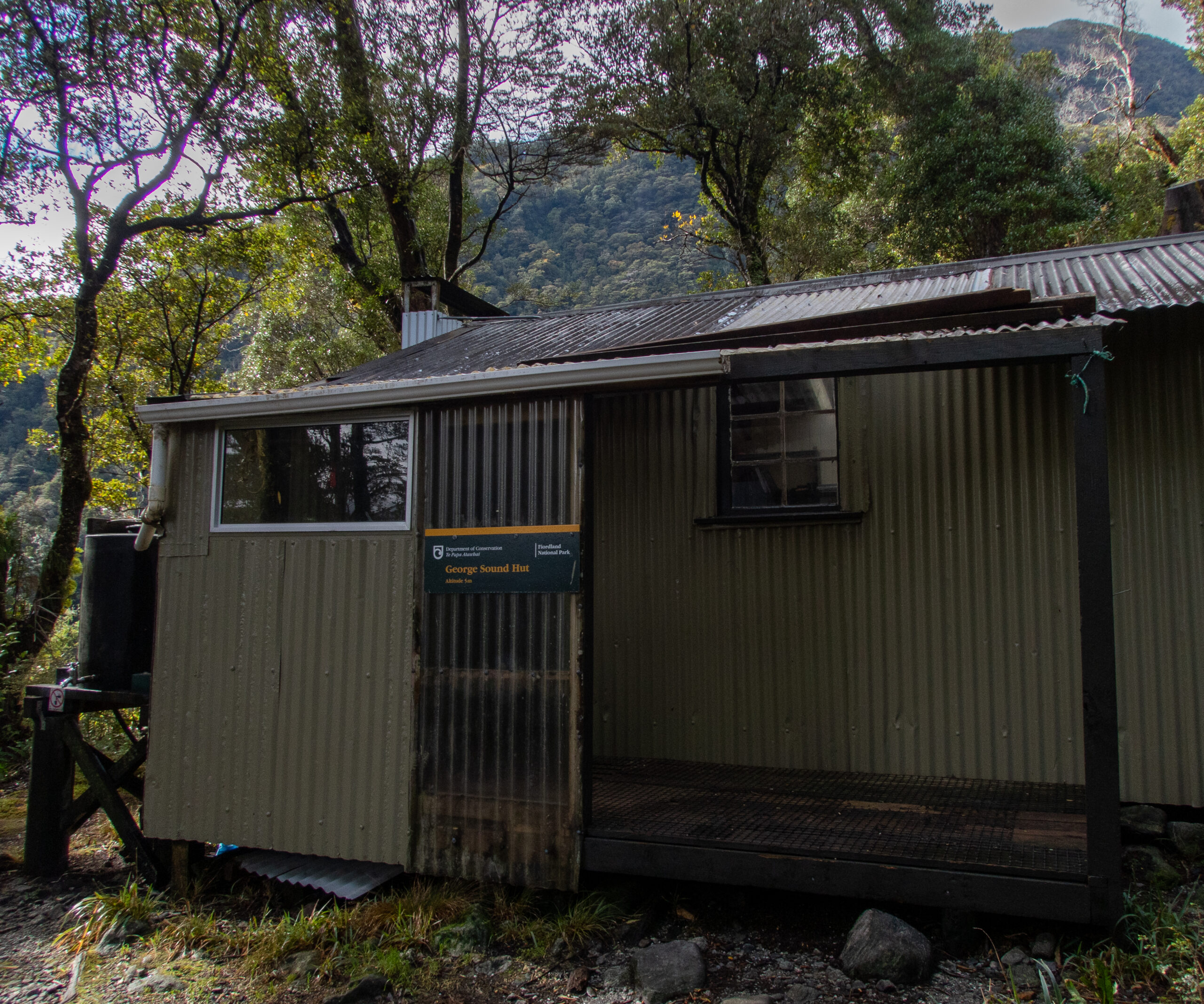

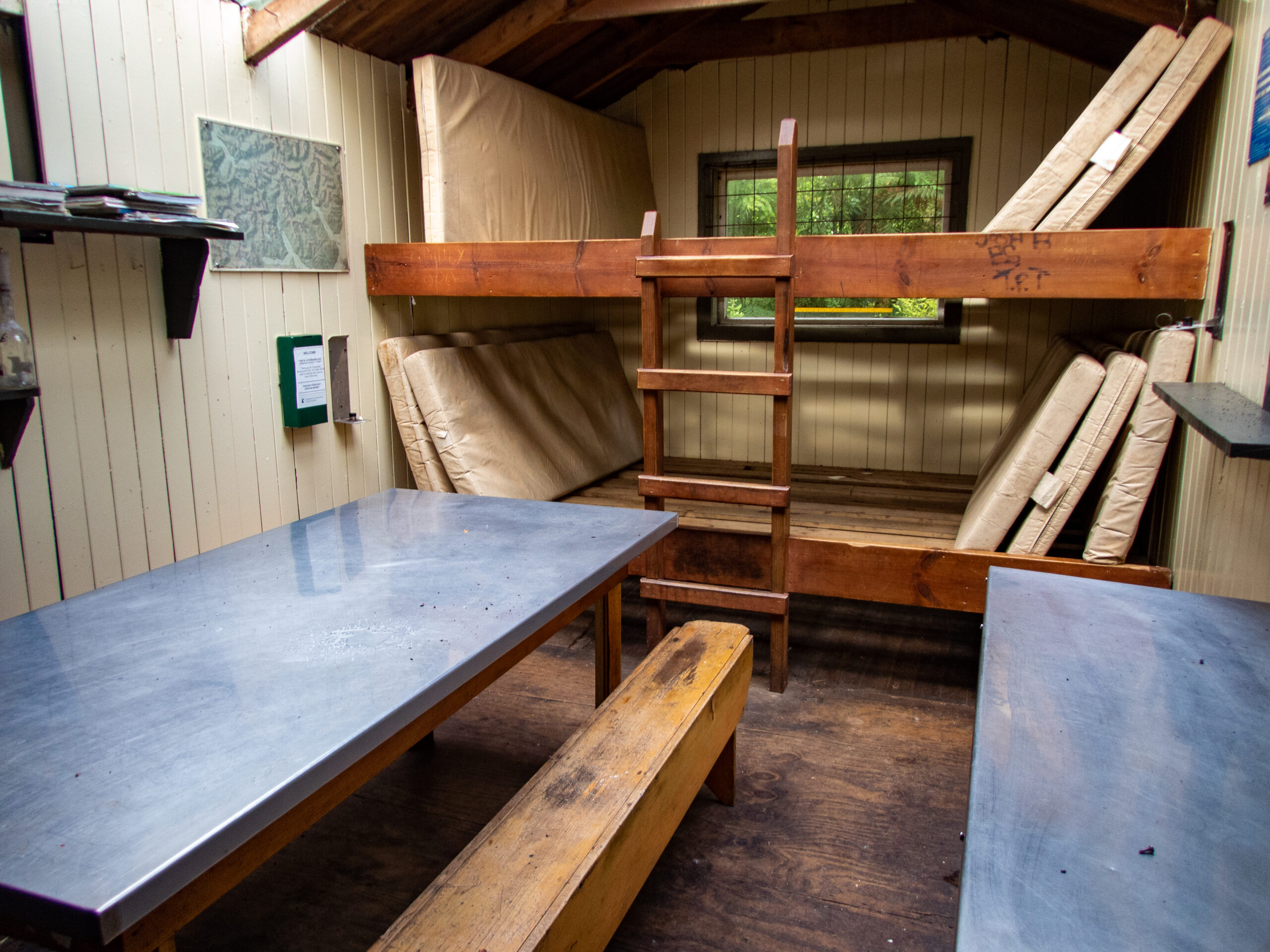

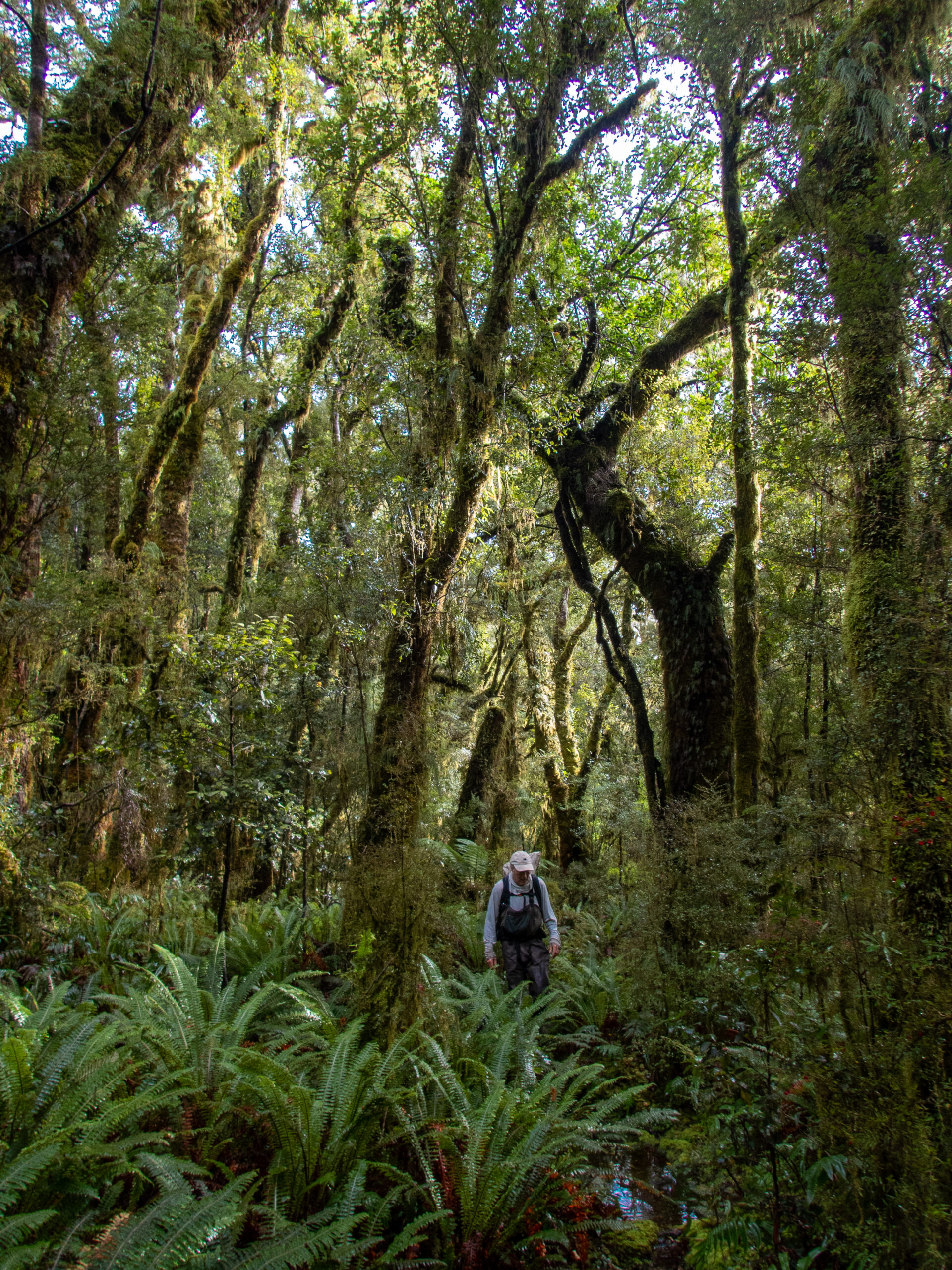

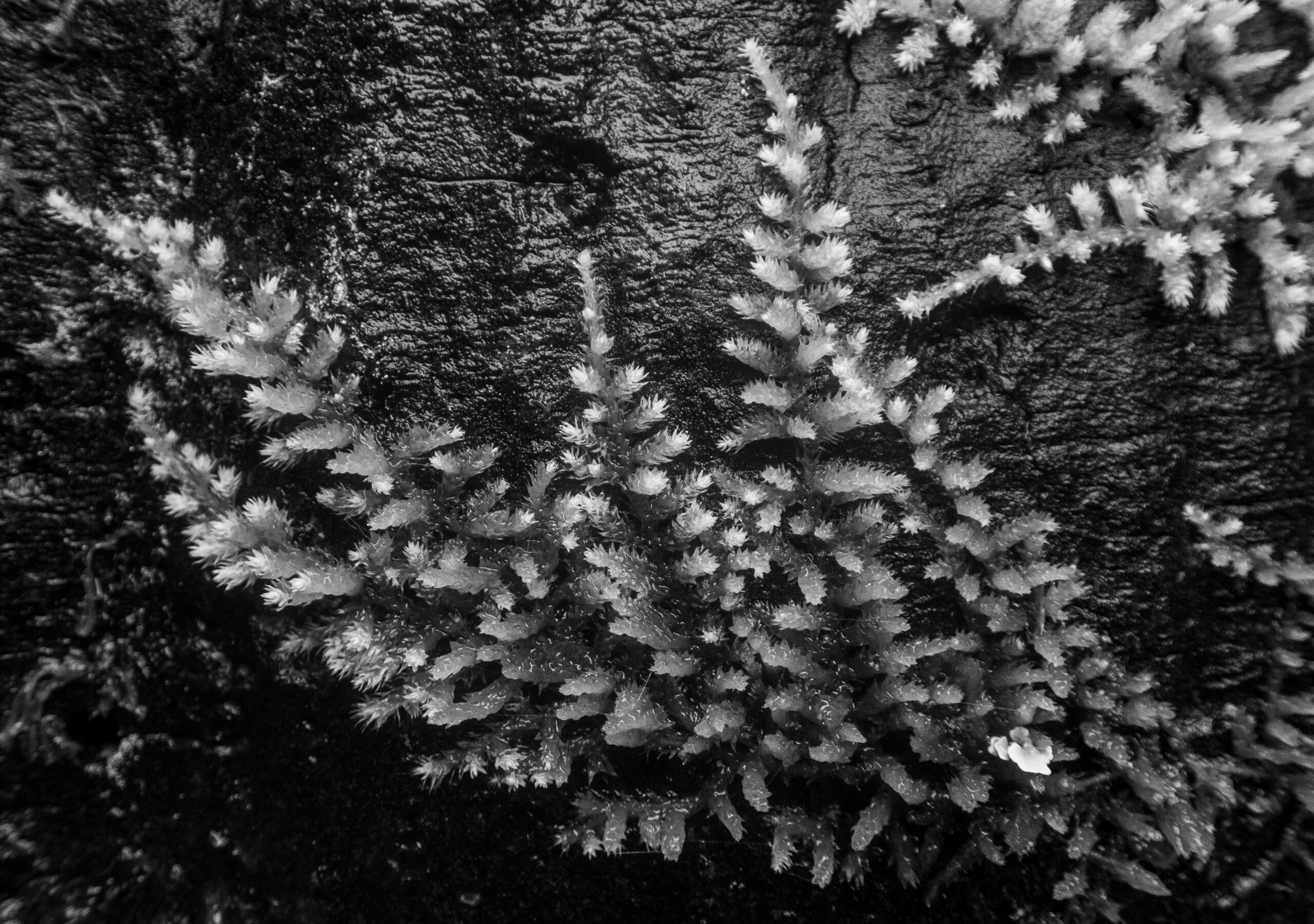

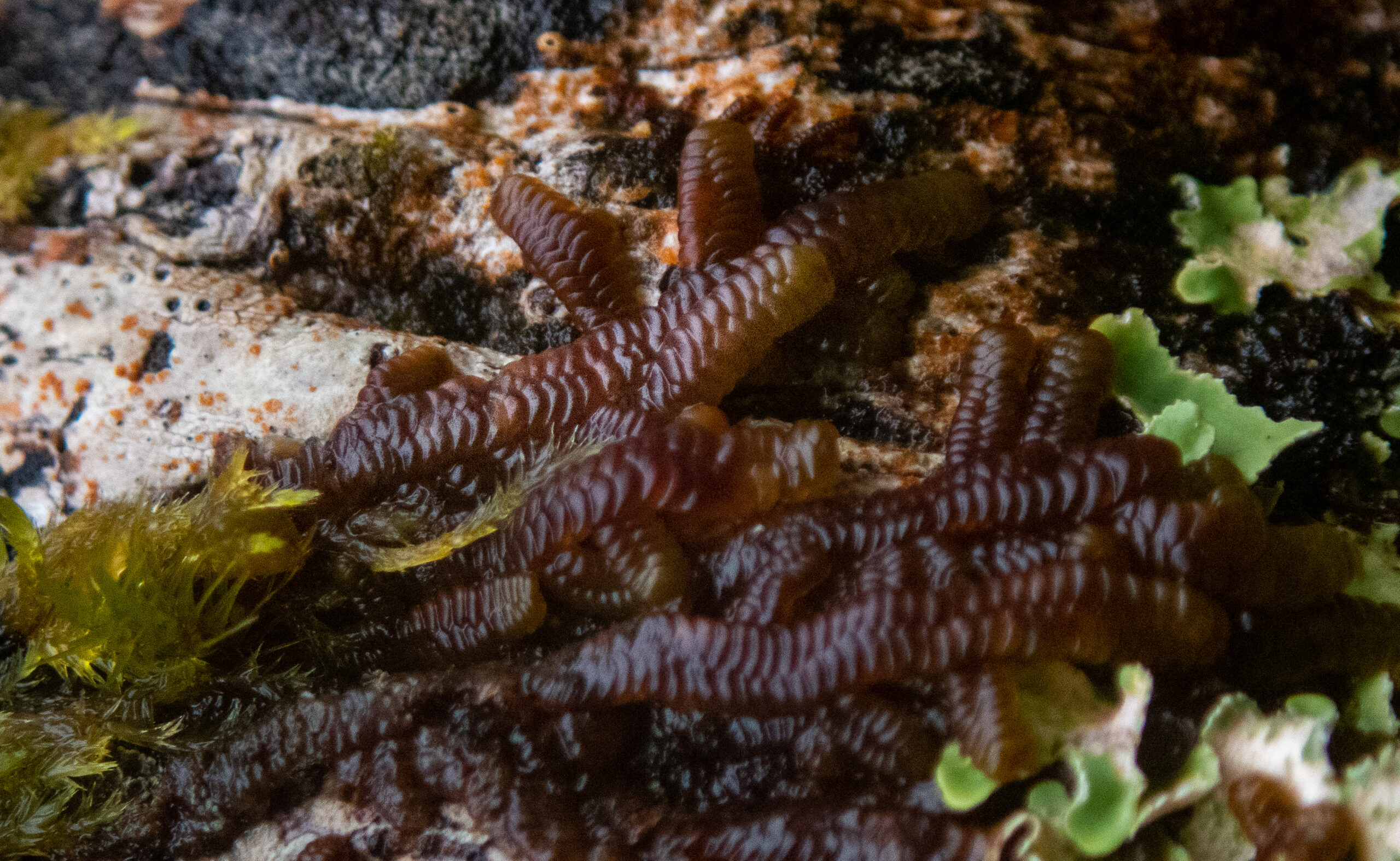
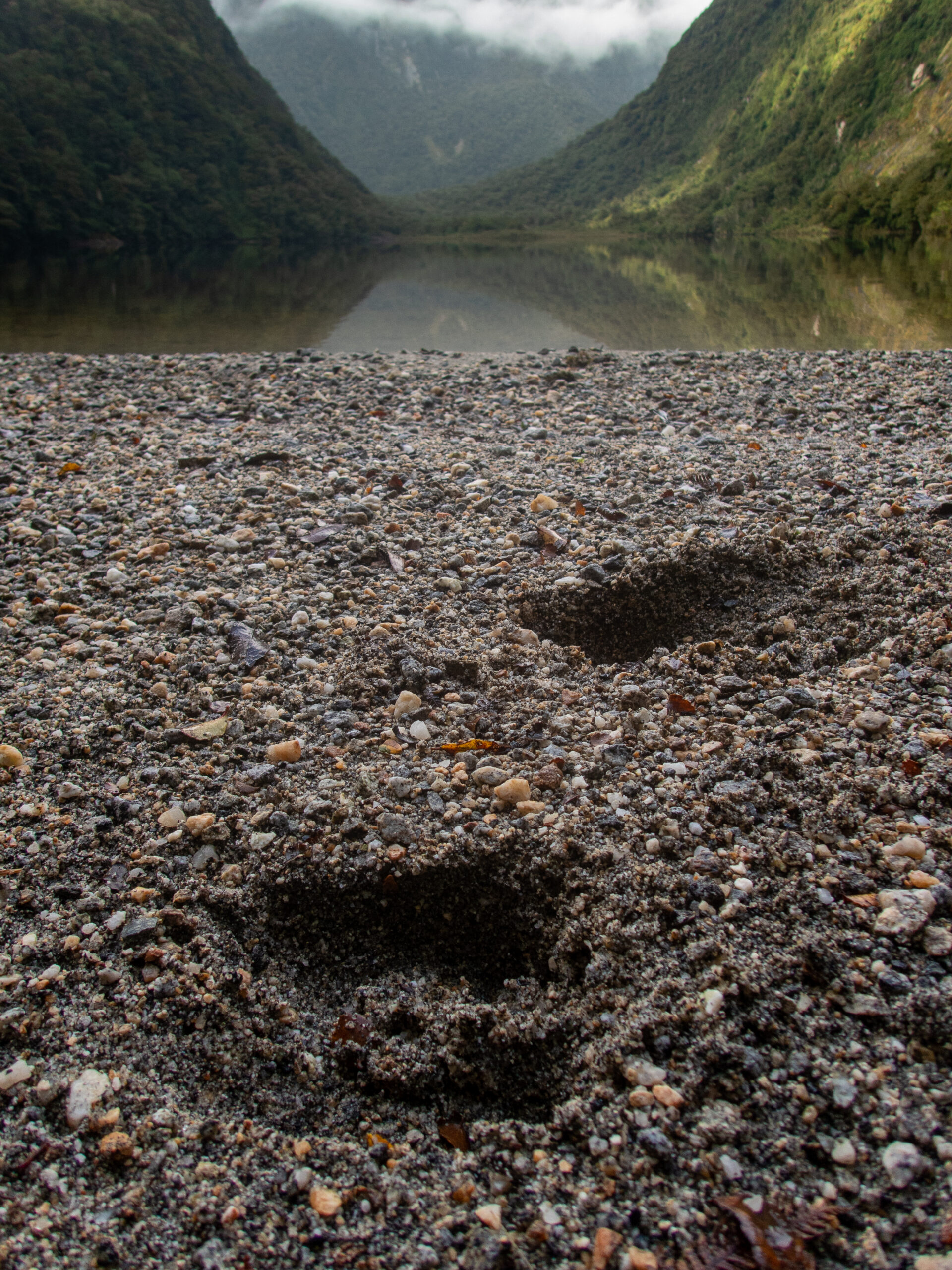
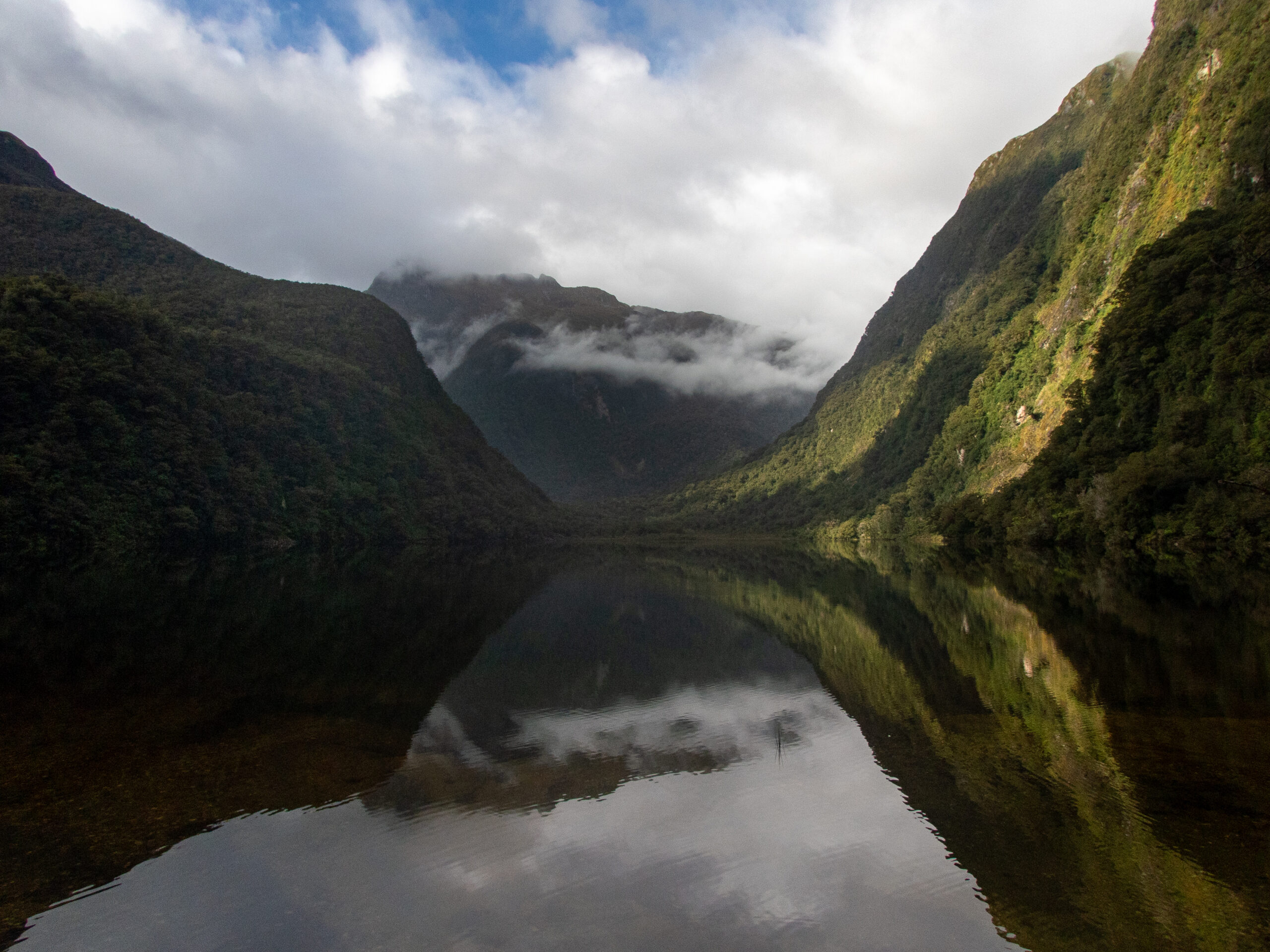


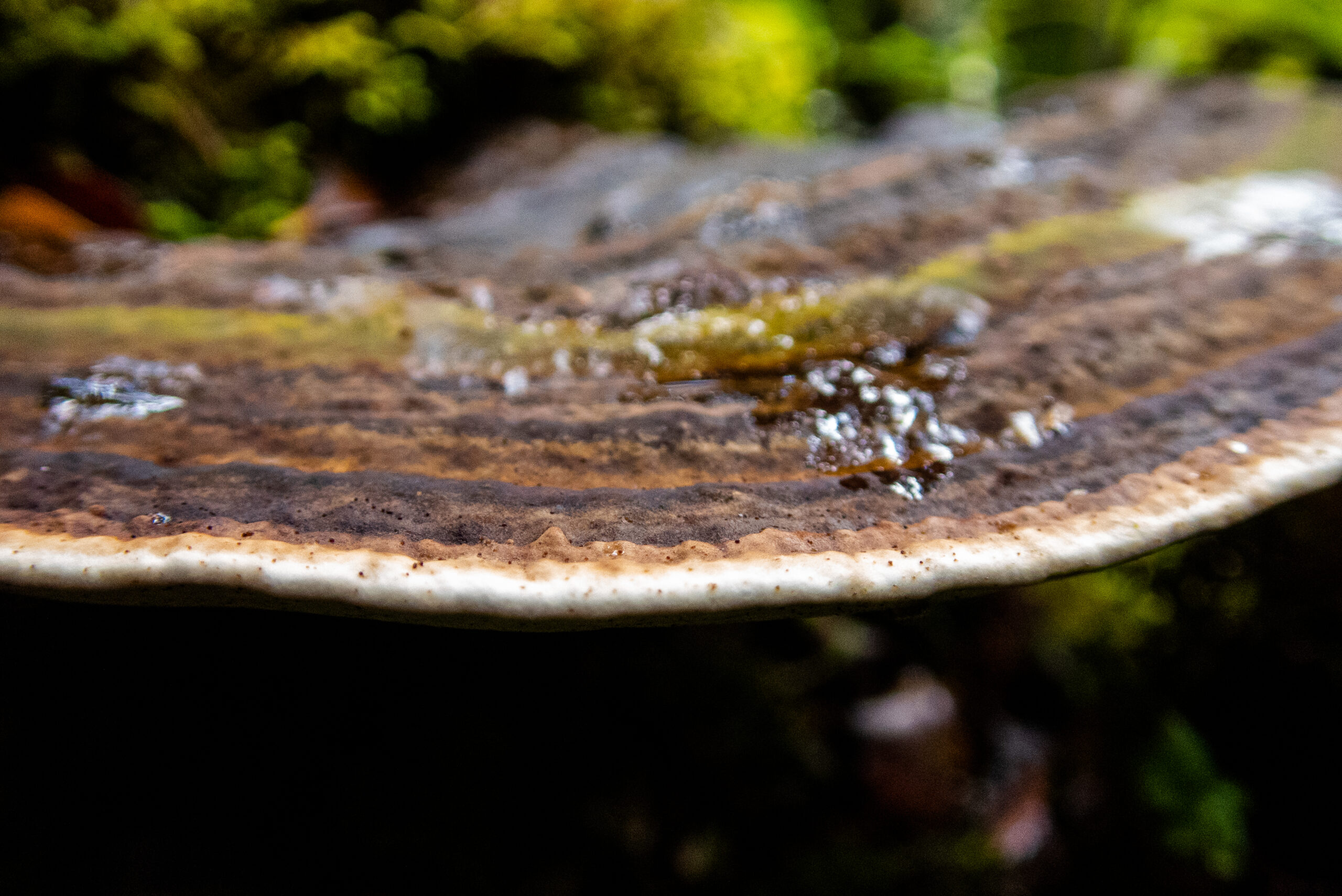
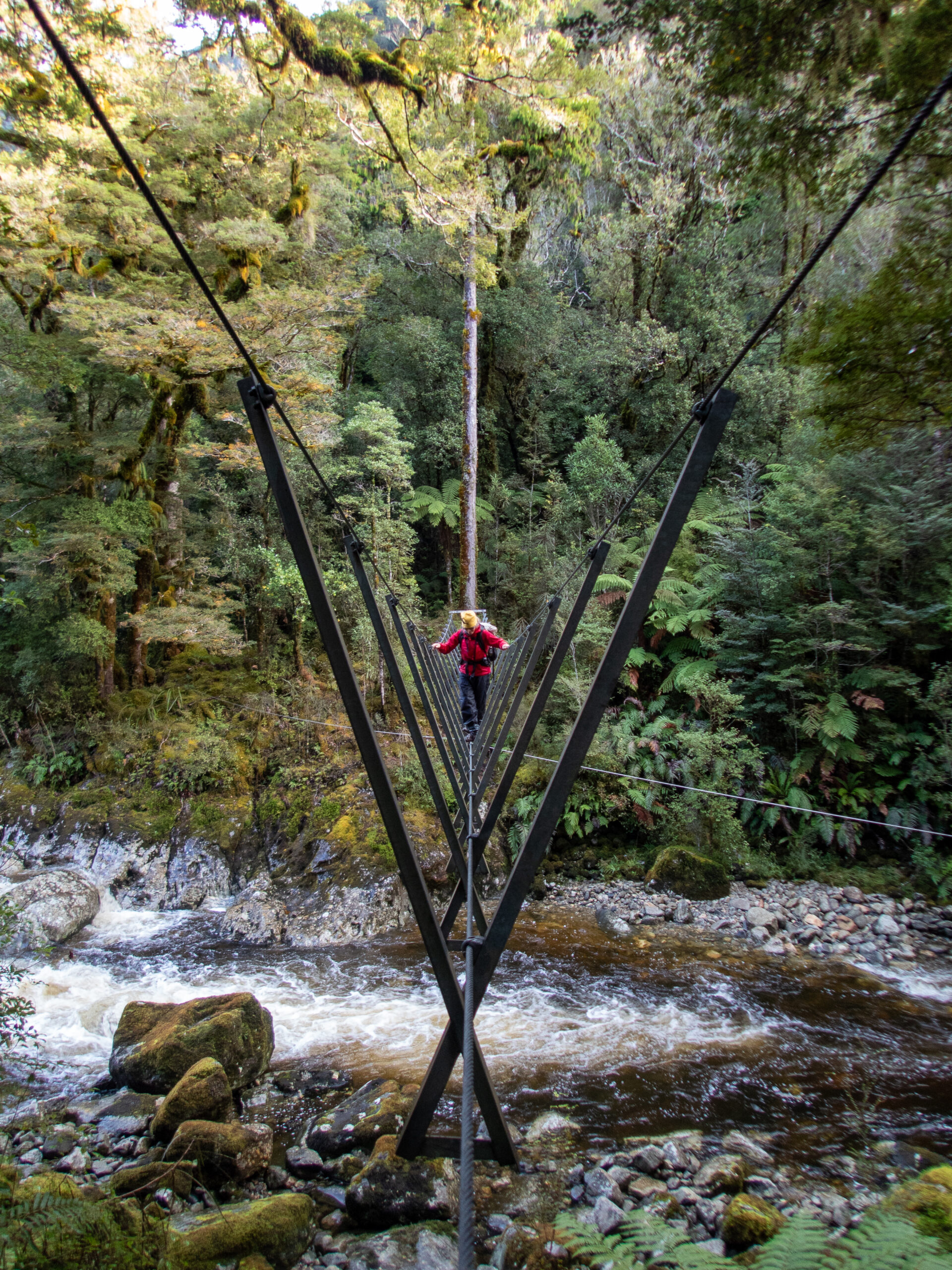
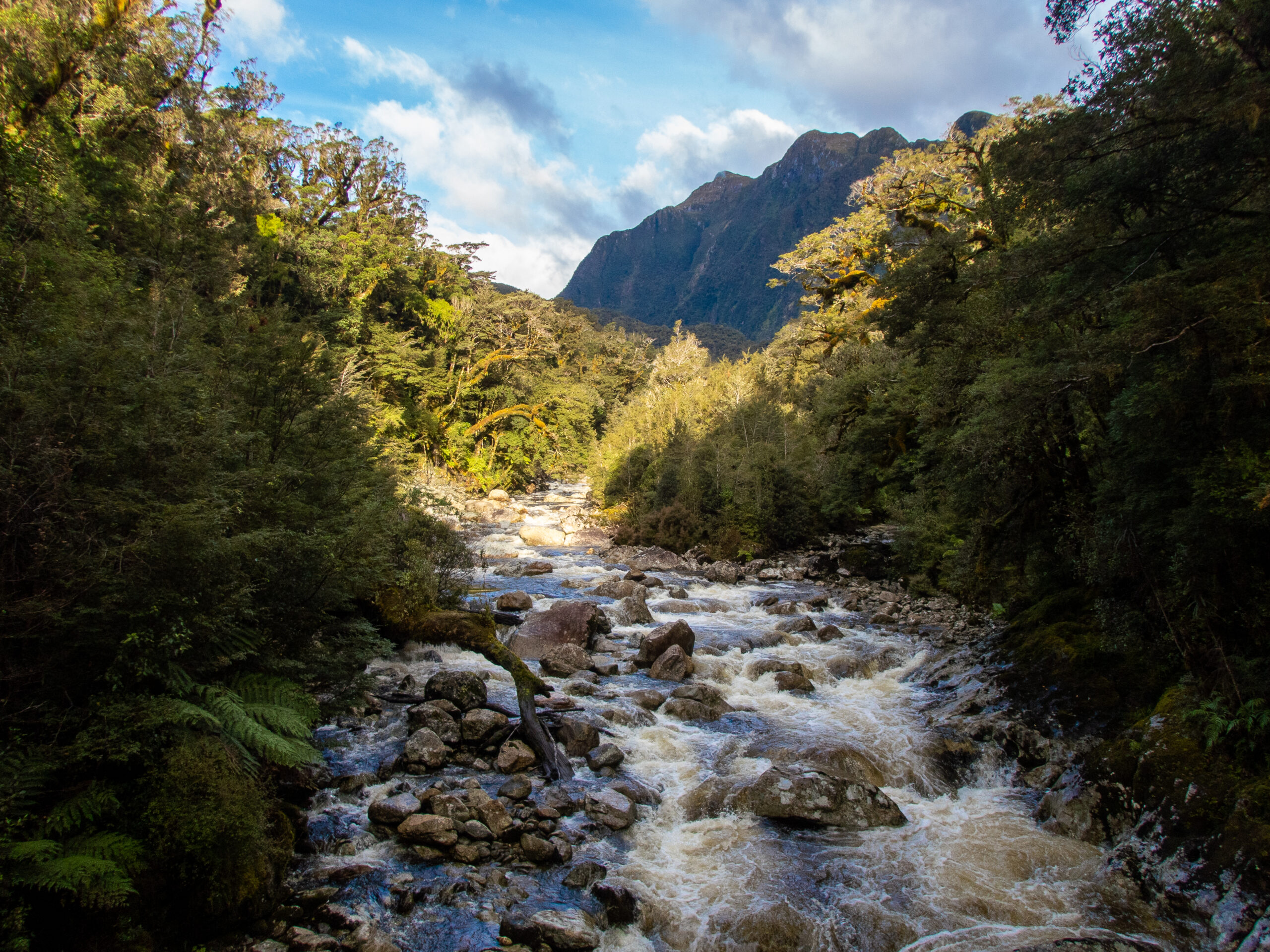
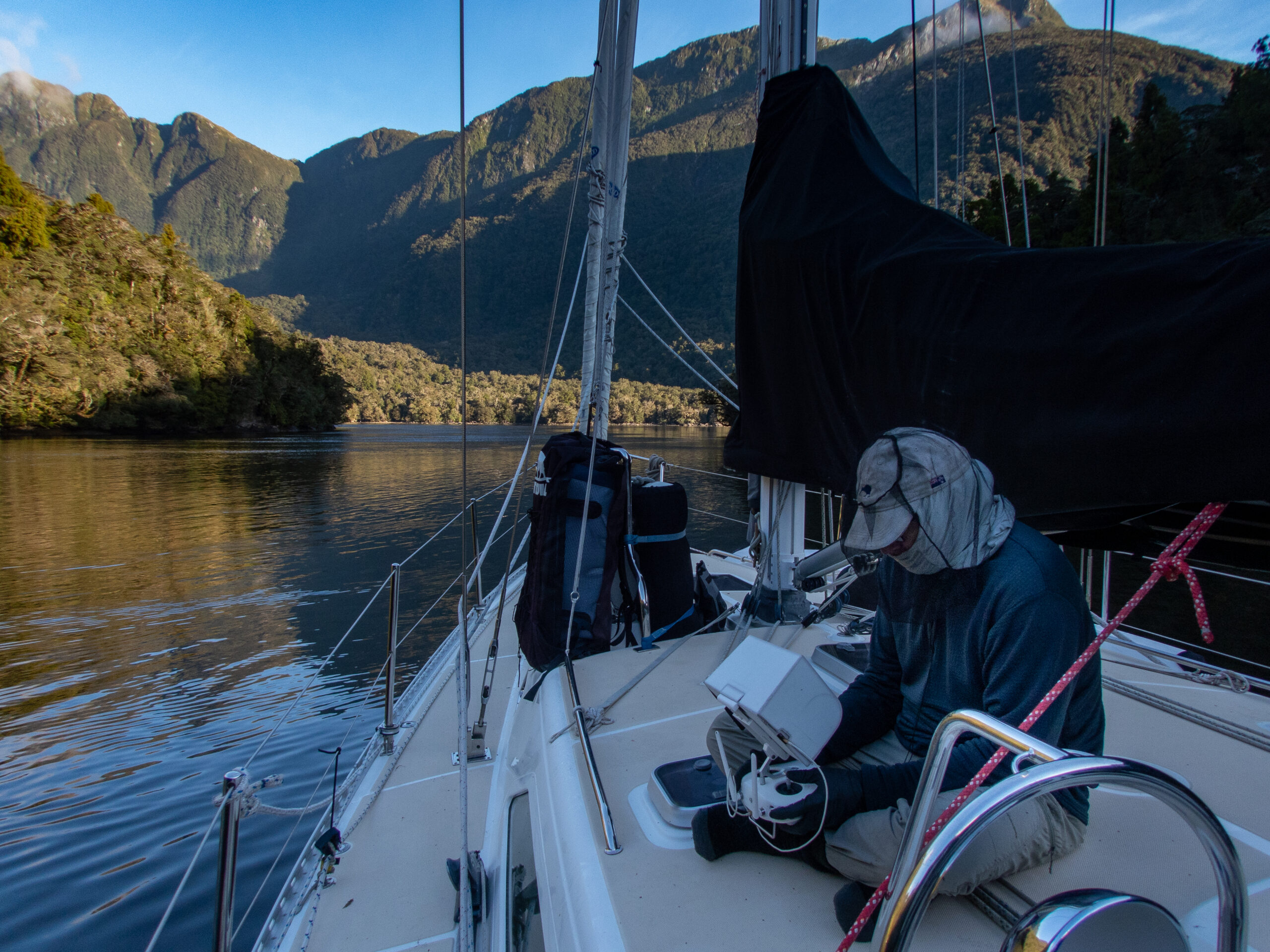

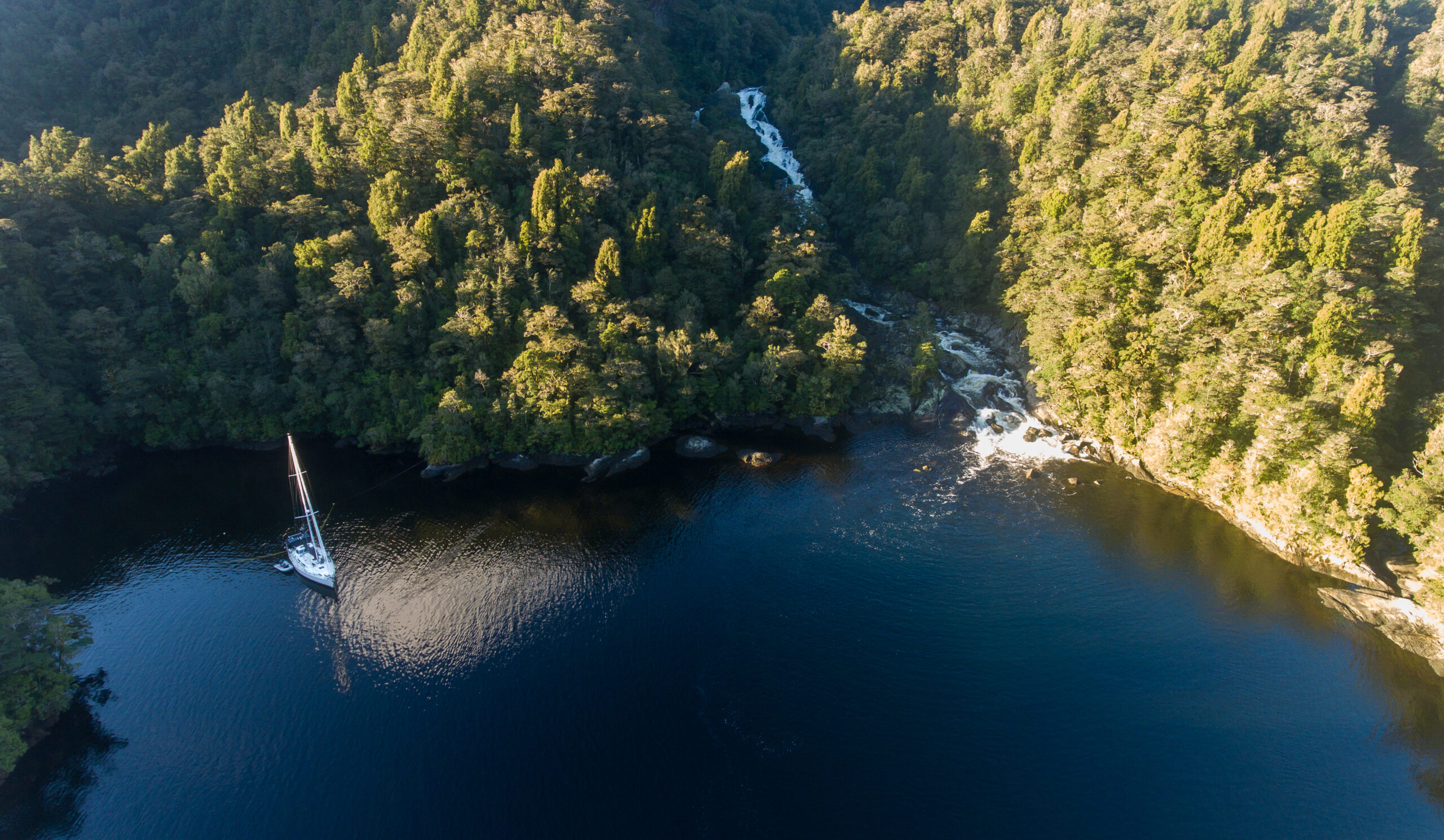
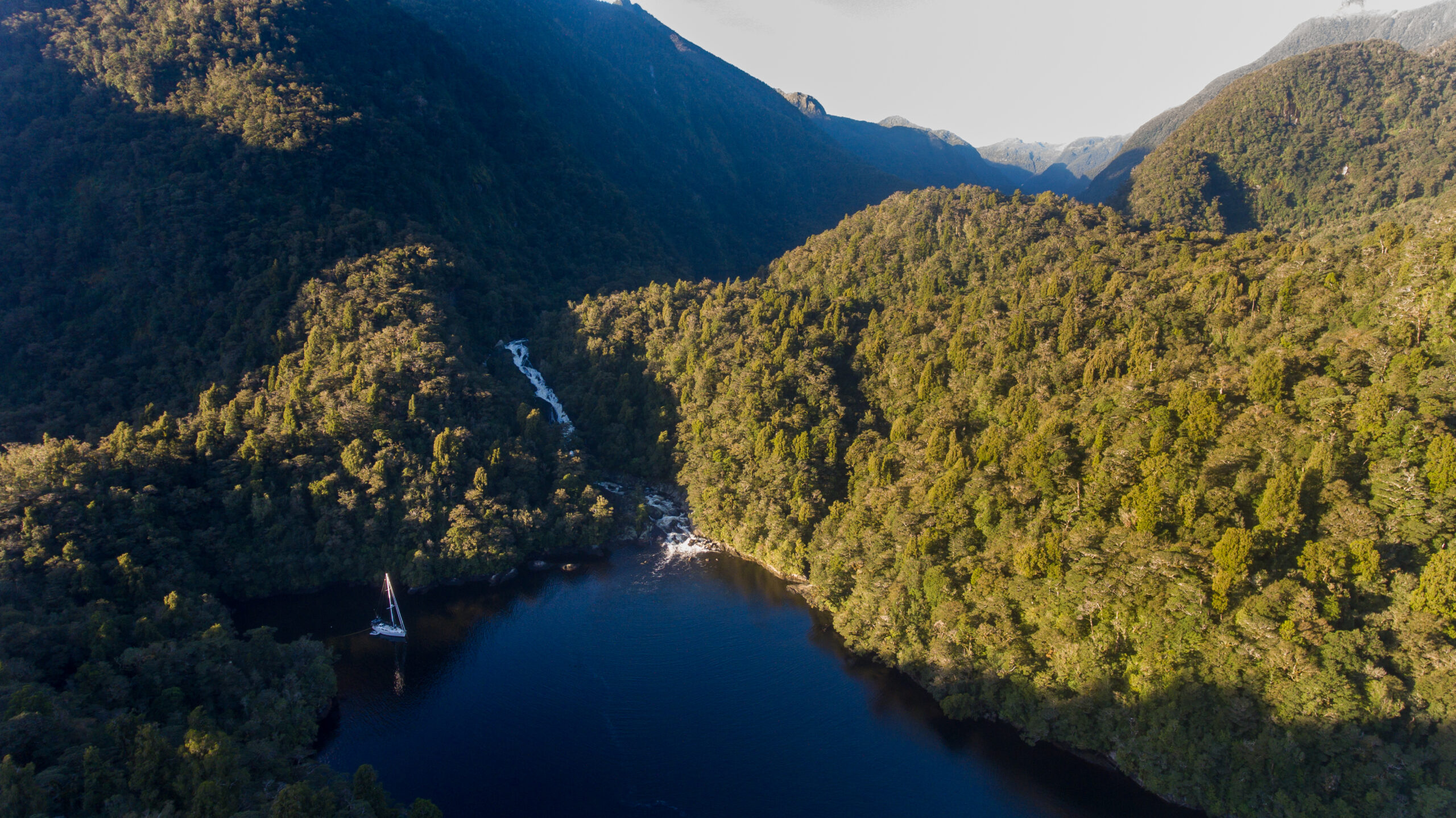
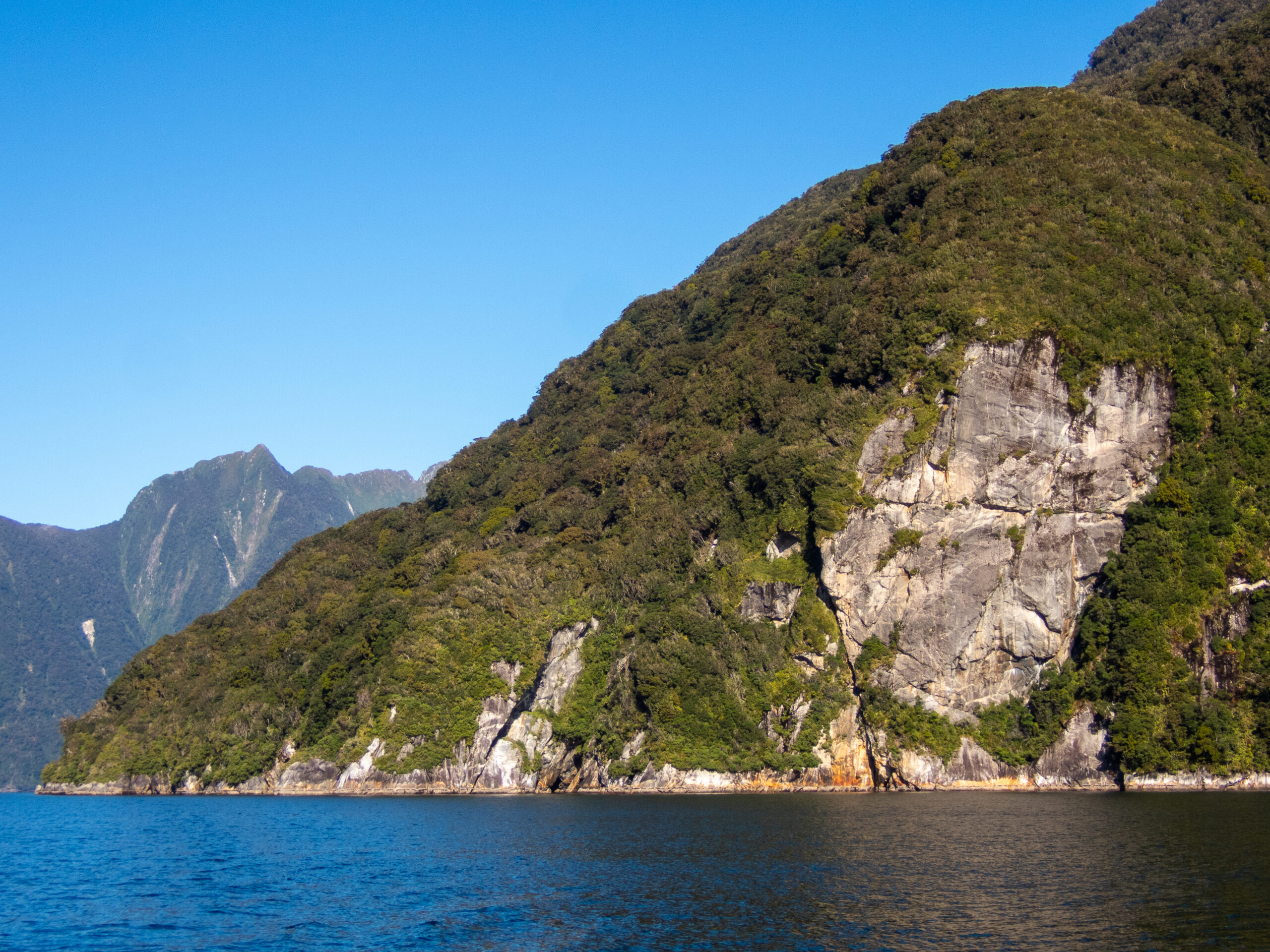
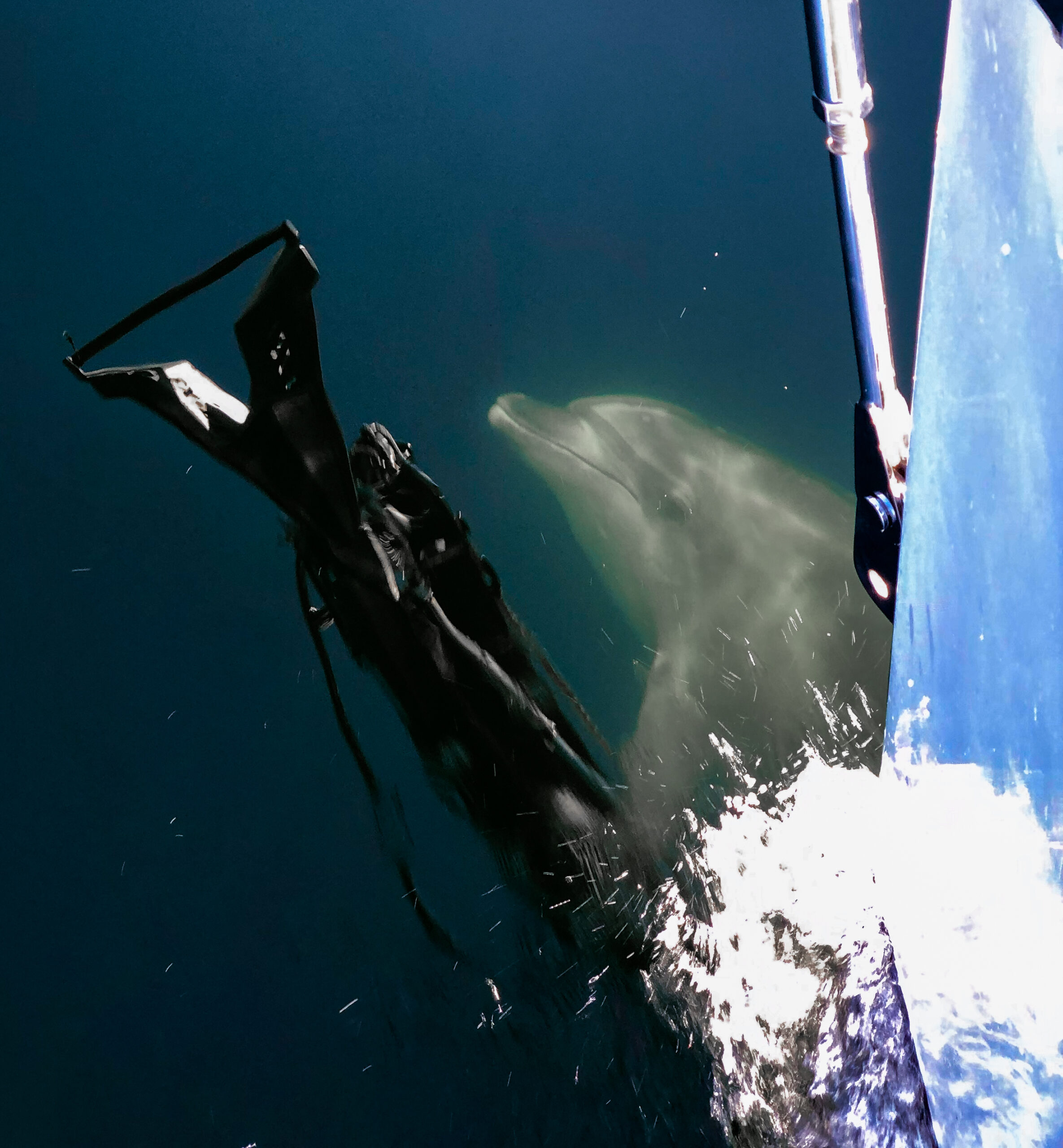
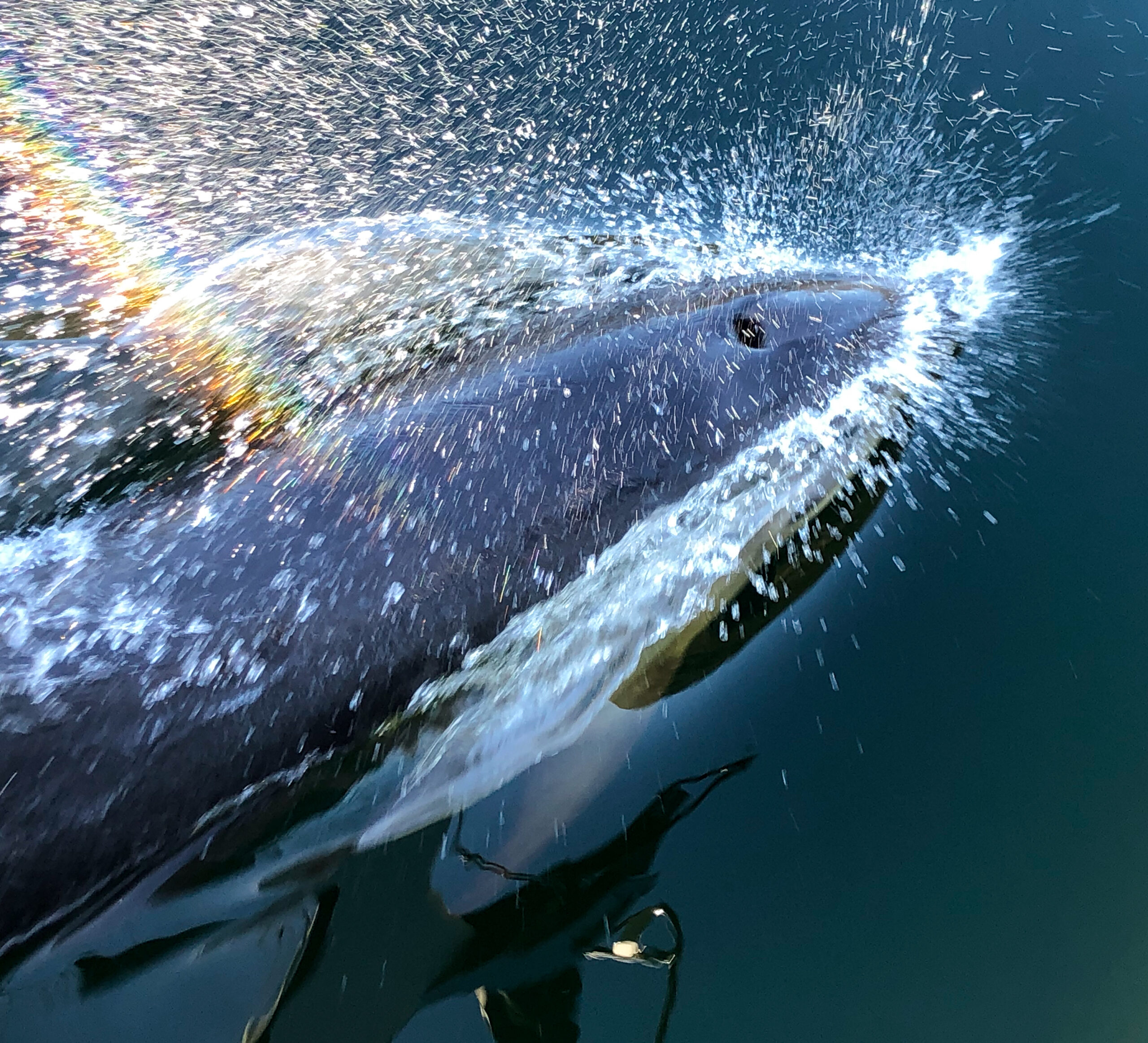

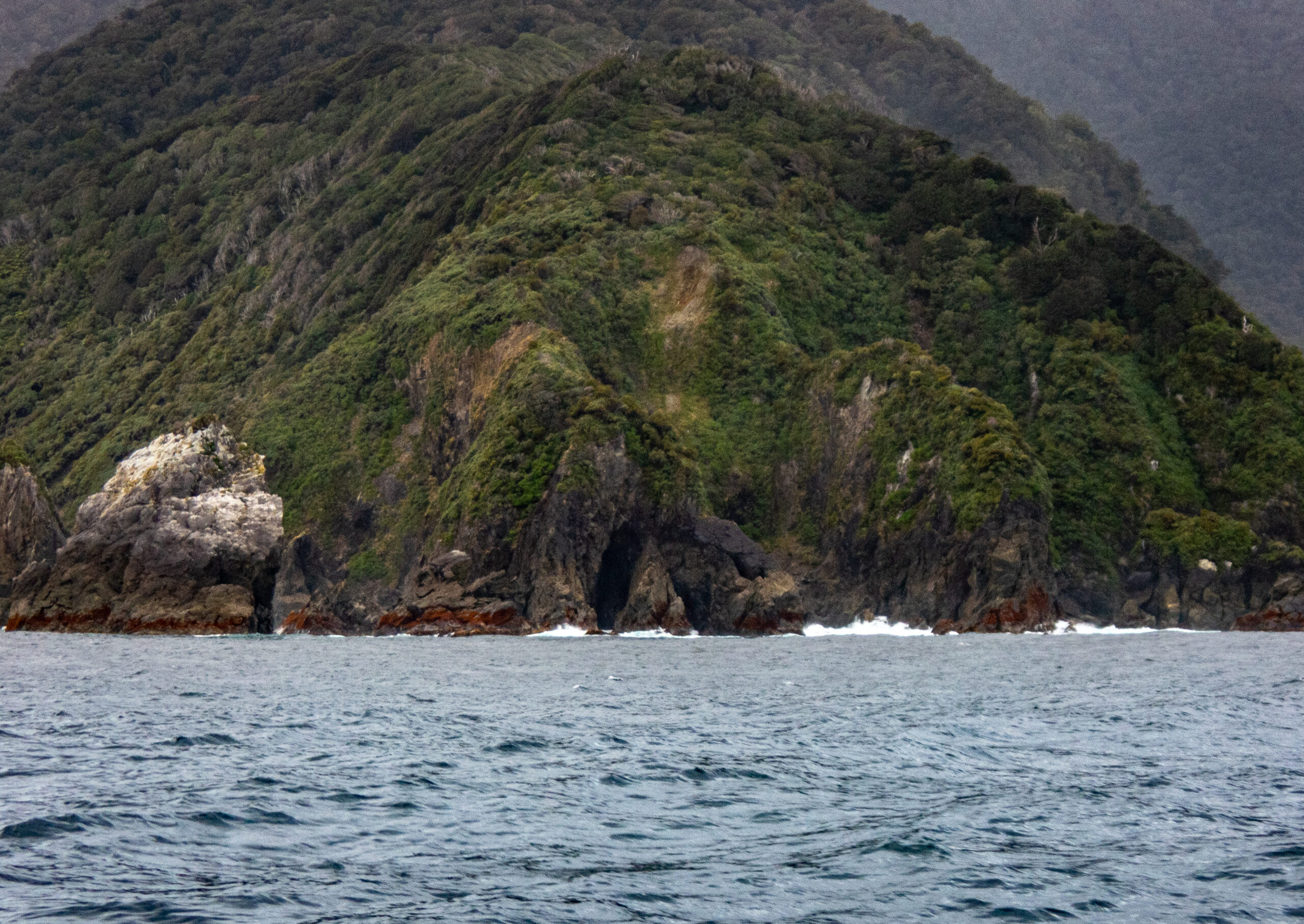

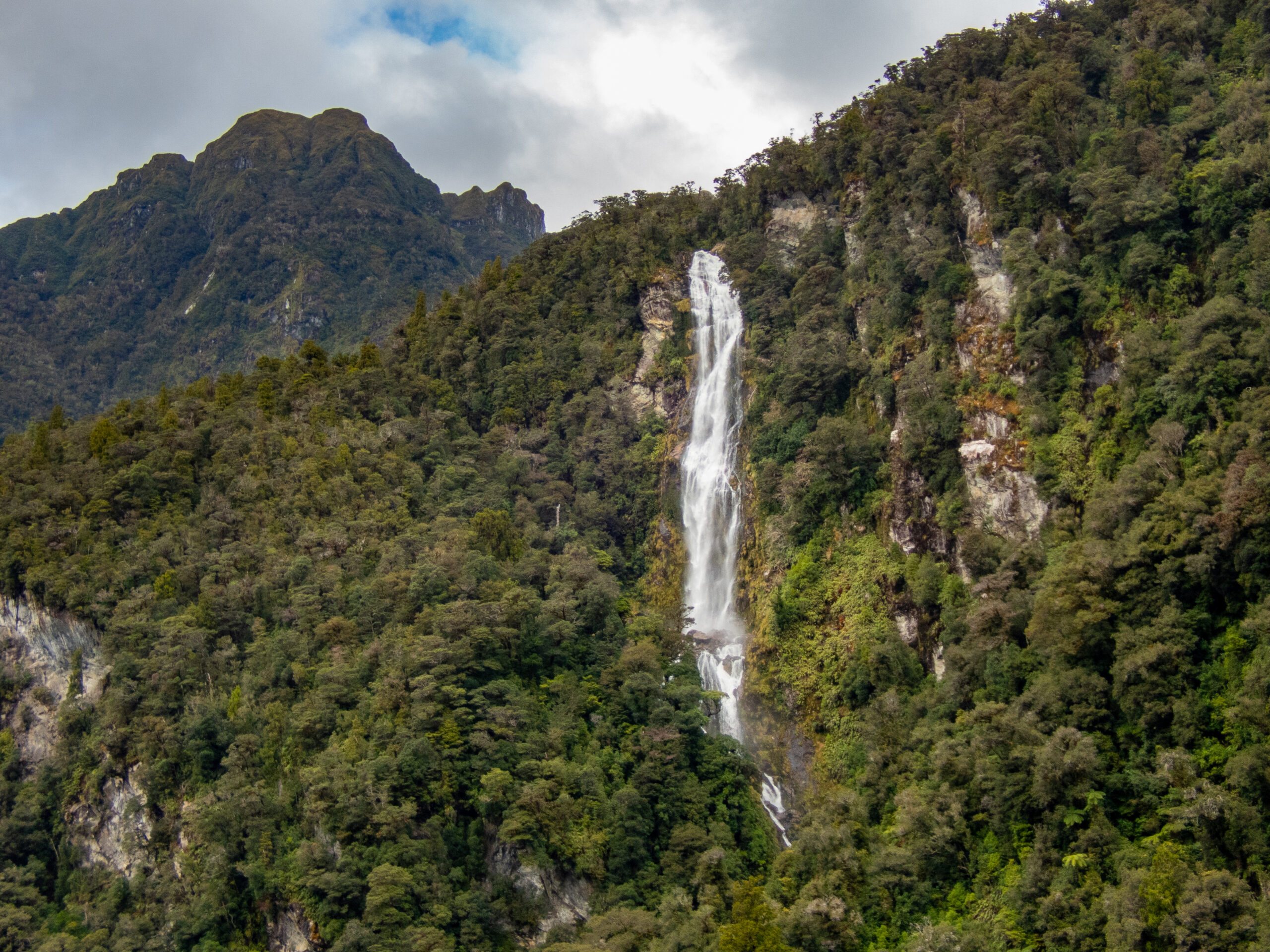
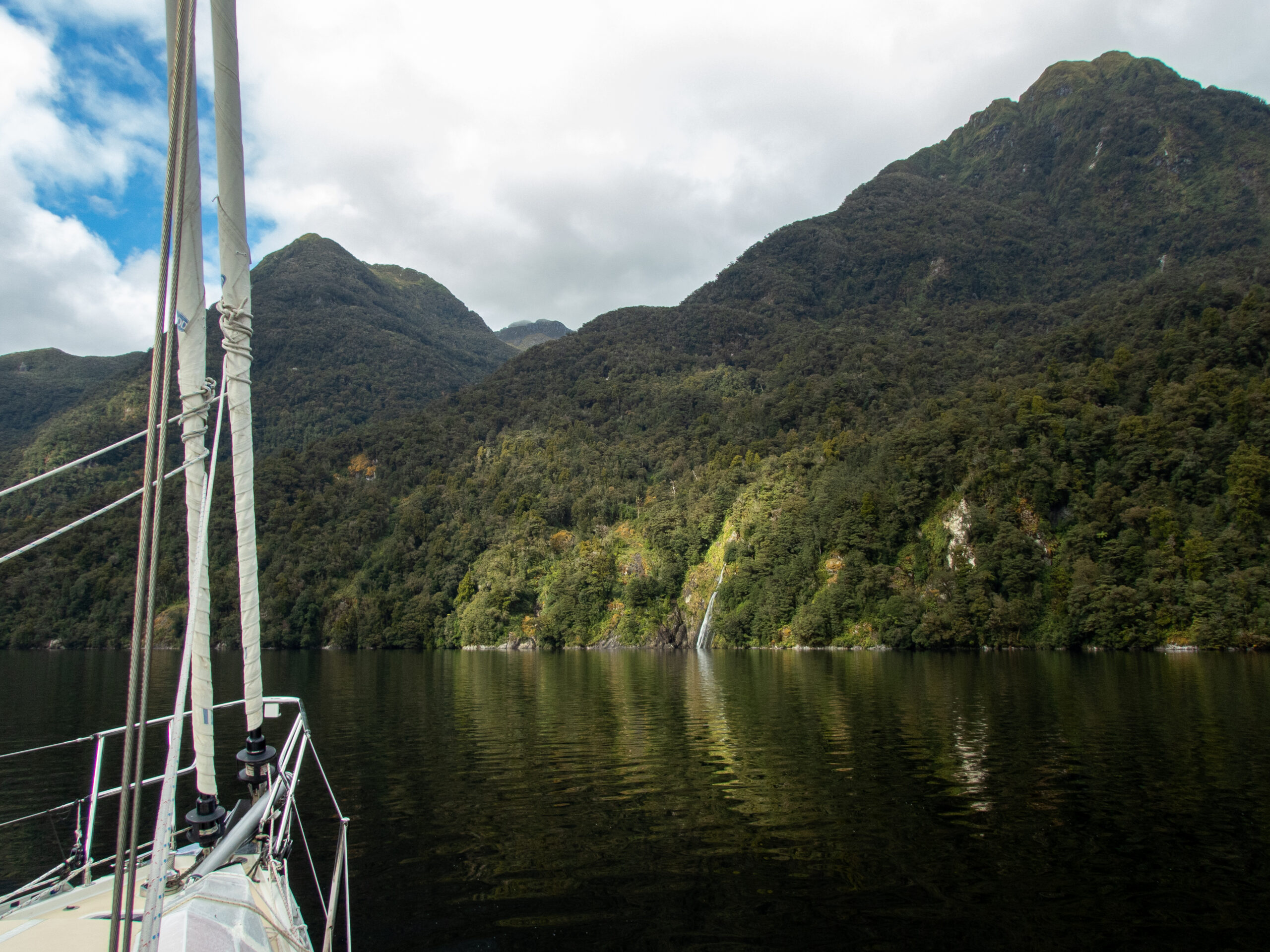
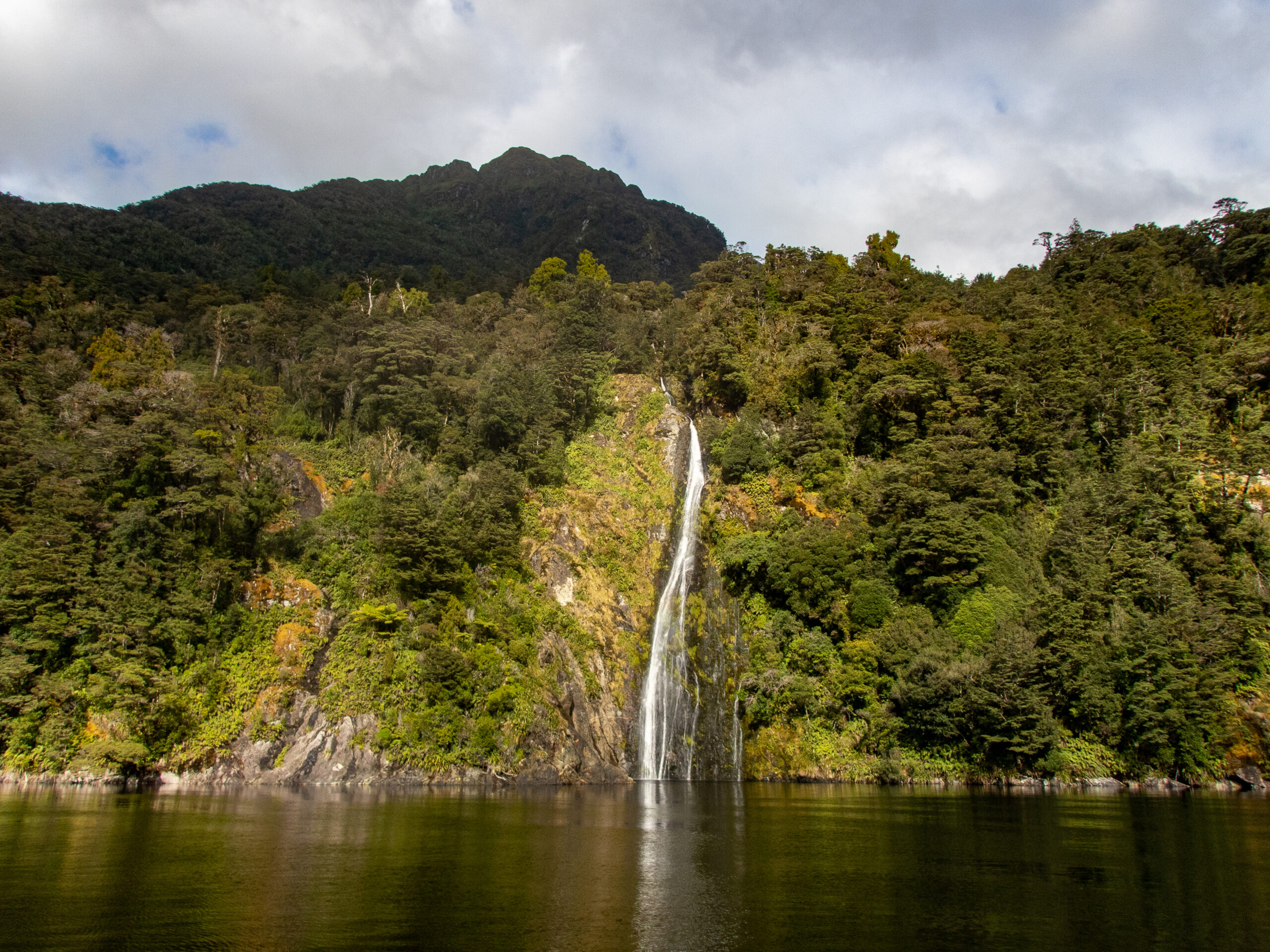
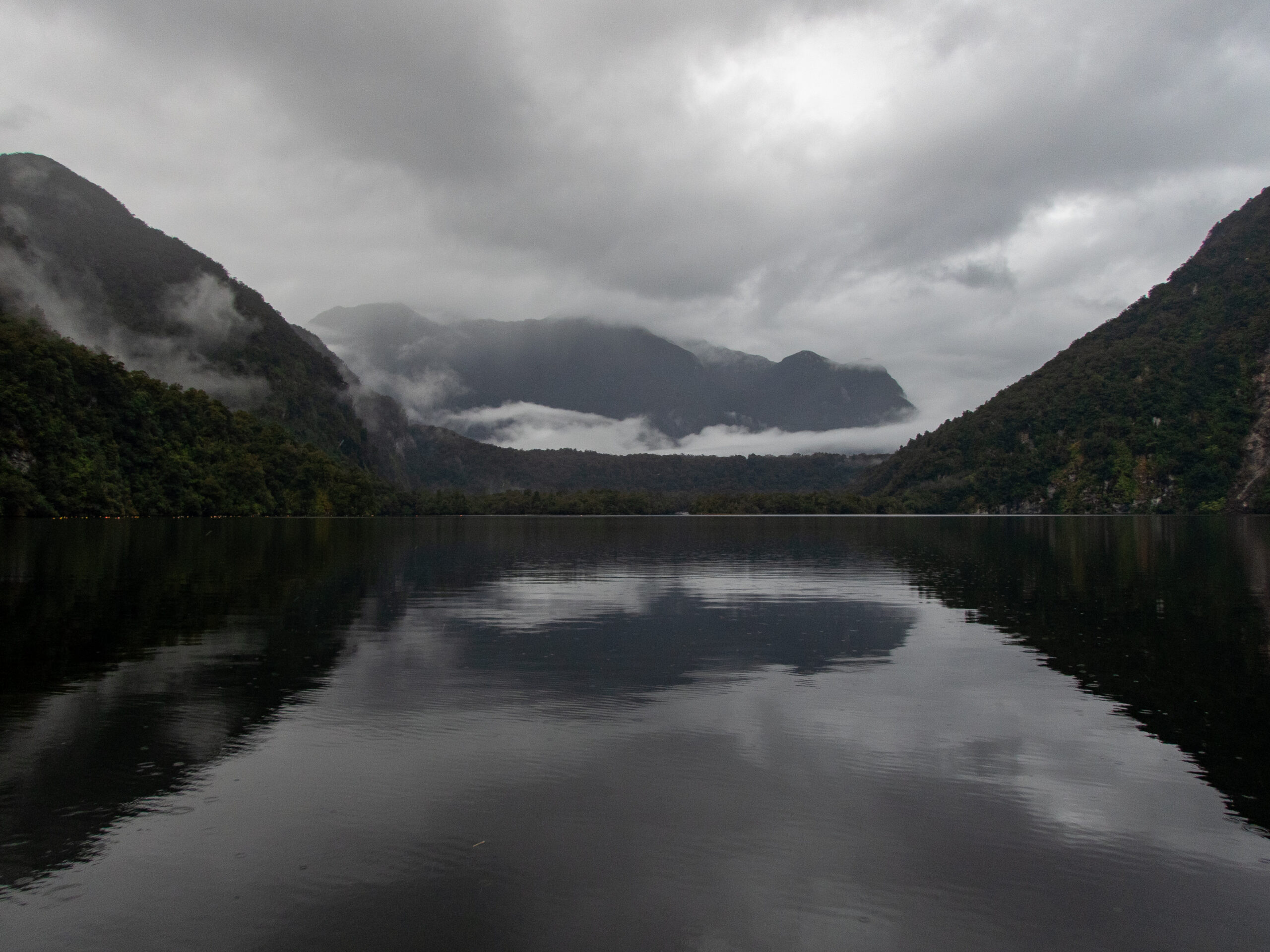

Big Fish
a big fish lived here
under this rock
in this sound
70 meters of water
down down down
finning the murky fathoms
there must be something it is like to be
a big fish
broad tail to the tide
jaw slowly moving, gills filtering
oxygen and salt from darkness
listening to the strange whirr of a prop churning distantly overhead
scent in the current
vibrations of much younger, much smaller, more foolish fish
everyone makes mistakes
joy to the world!
big fish on!
the breathless mystery of something deep
that unremitting pull of an invisible line
uncompromising bite and stick and metal barb
is there hoping it might break free
what is it like
to be another’s flesh and dinner?
exhausted thrashing on the surface
searing bright light and fierce dryness
the gaseous, ethereal world
where white birds like cherubs flitter and follow
where albatross glide like shadows of another understanding
what is it like, big fish?
now that two men hold you in firm hands
knife wielding hands
careless hands
is this the dance?
waves surge against the rocks
seaweed starfish worms green saltwater alive
o’ fish shaped wave
these men call you big fish
men who came to find things to take
big trees all in a row
is there something it is like
to be a man holding a gray dead fish
for a picture
flesh stripped from her ancient bones ~MS

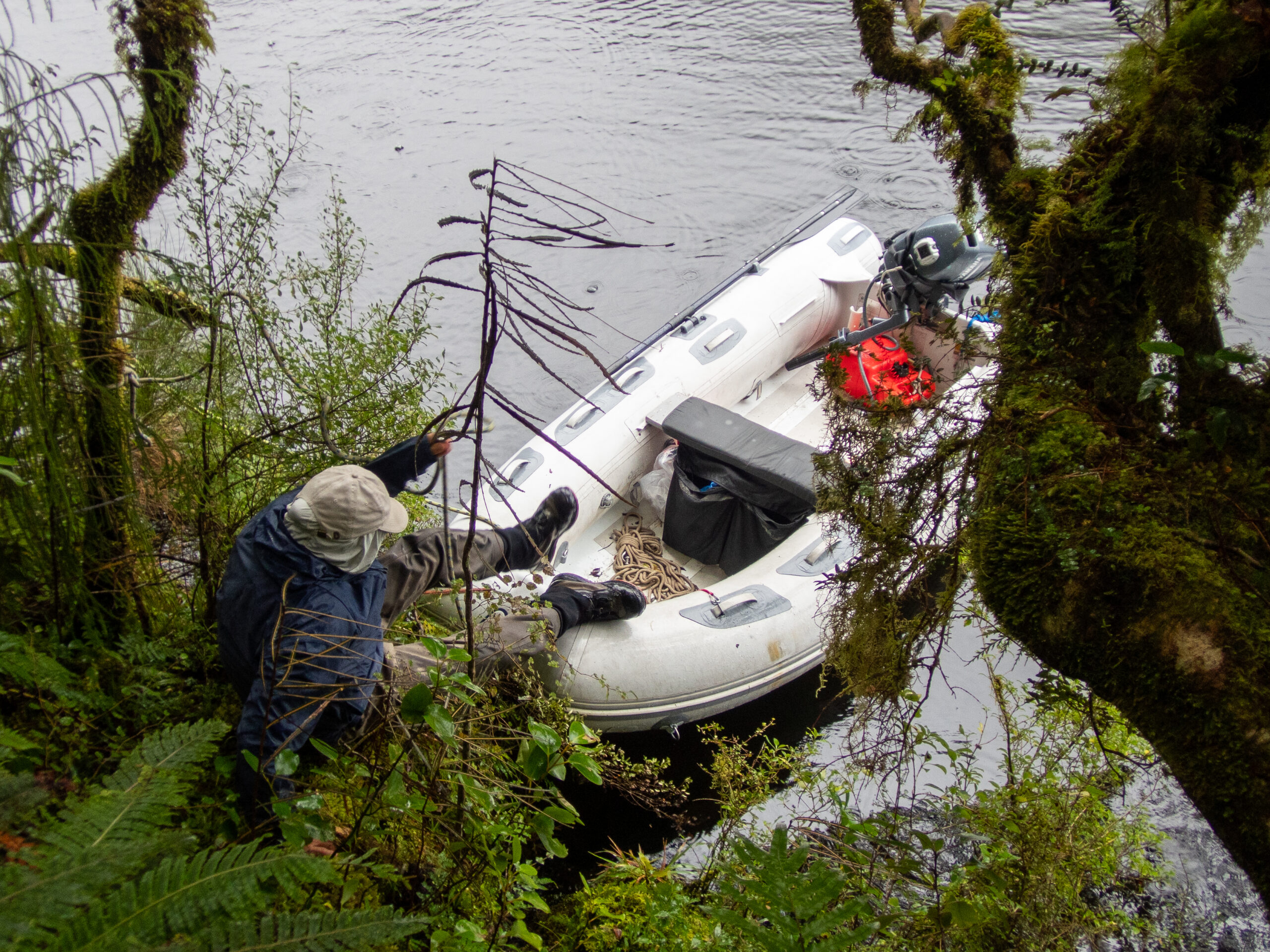
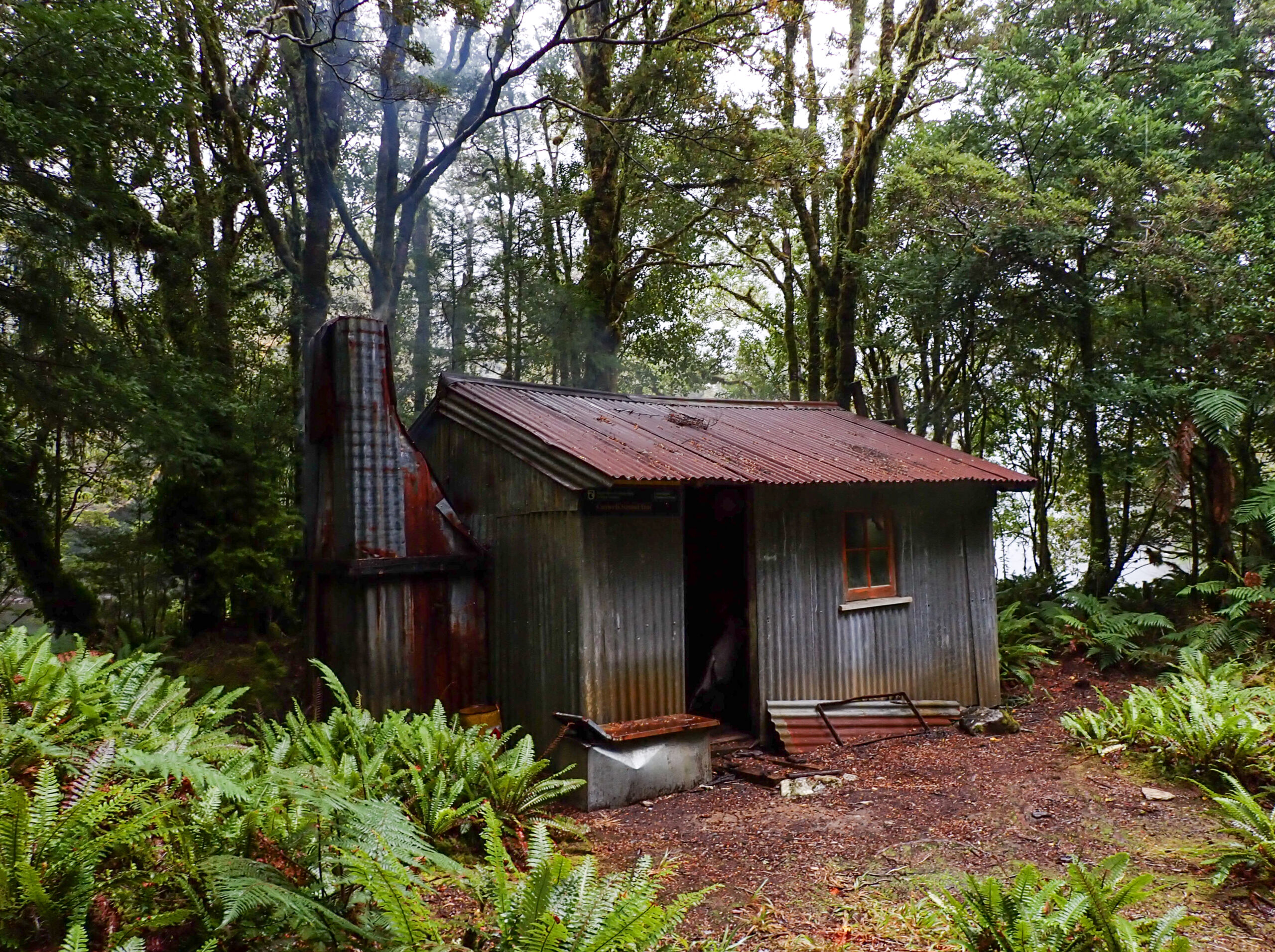
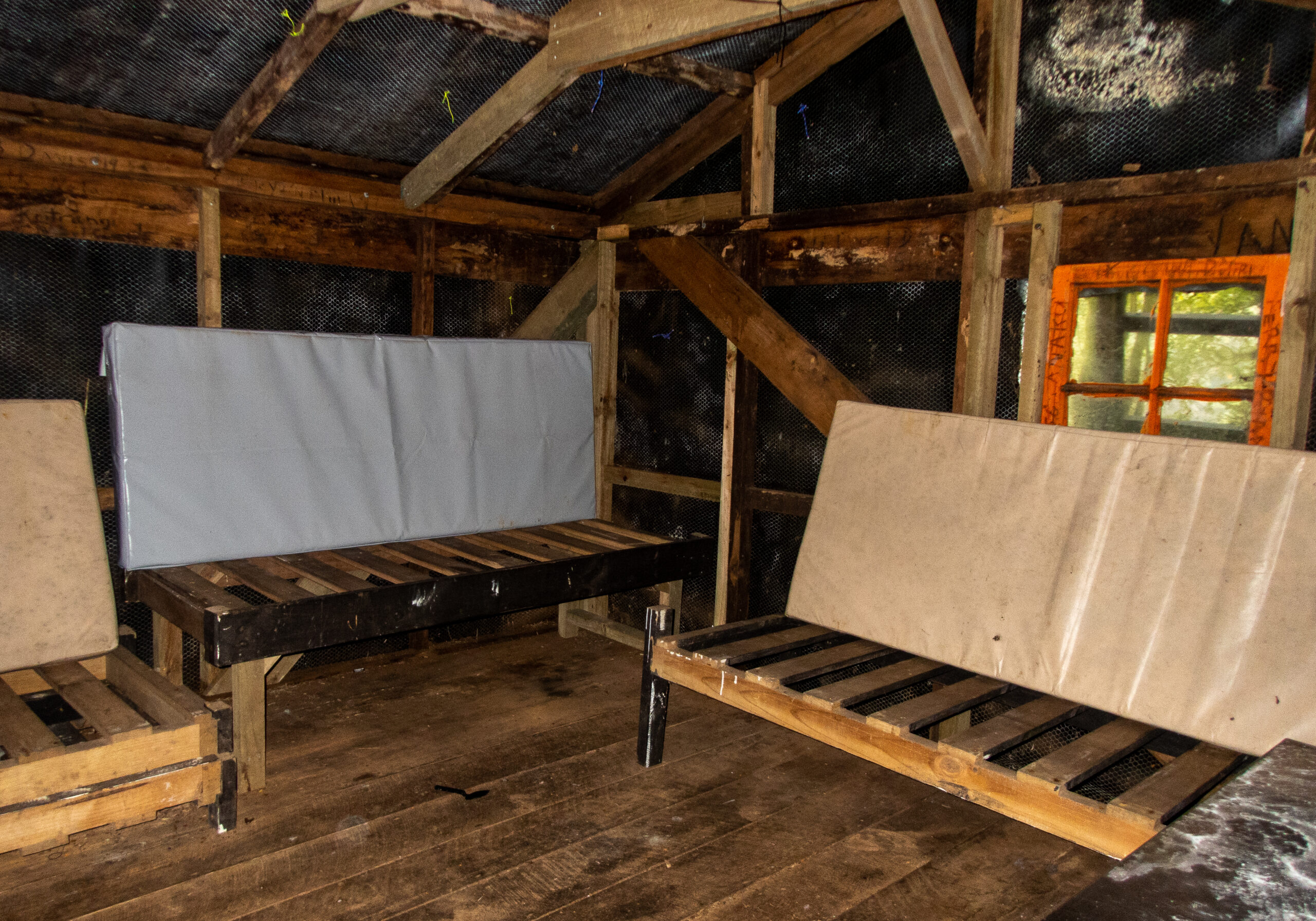
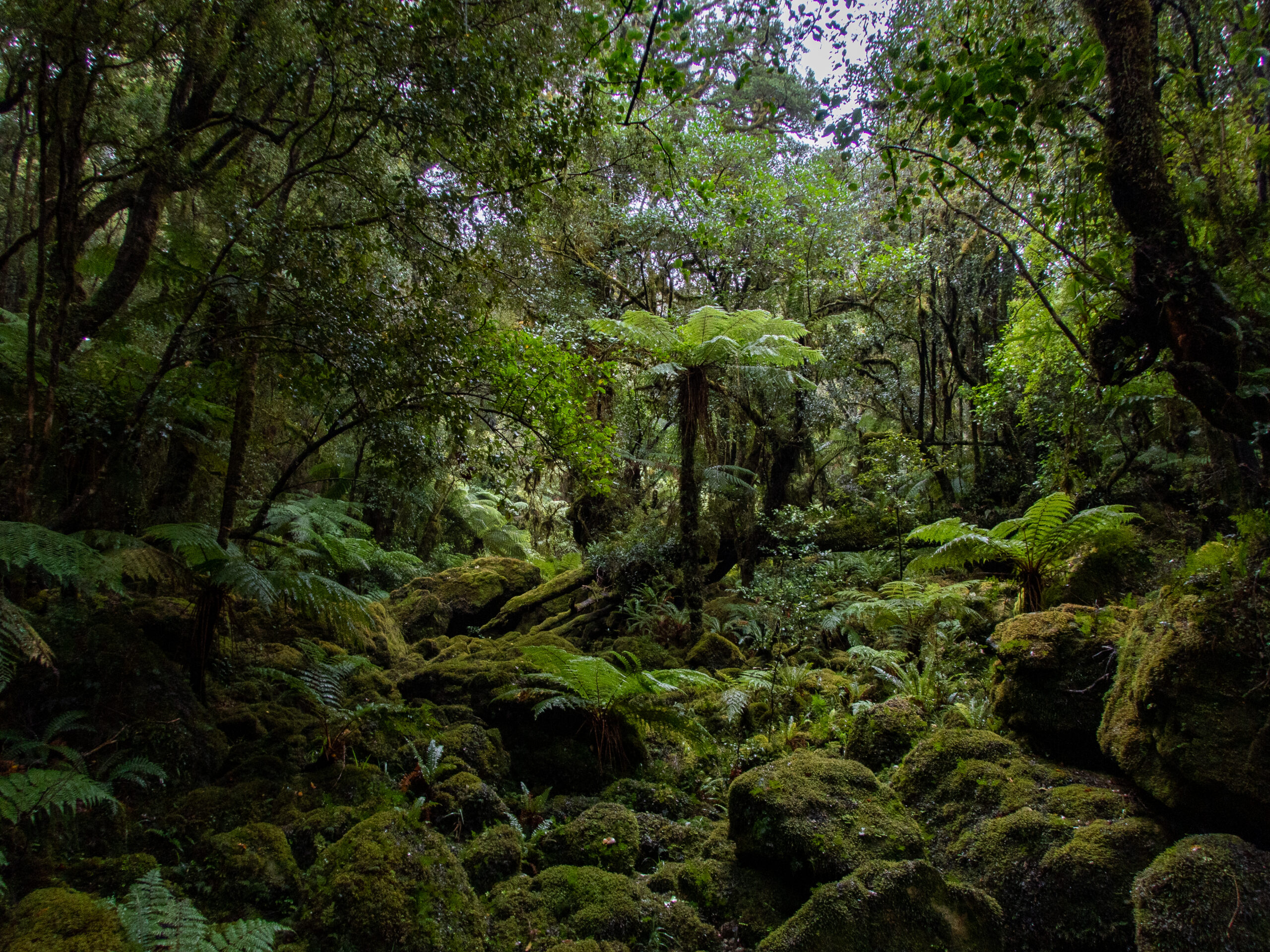
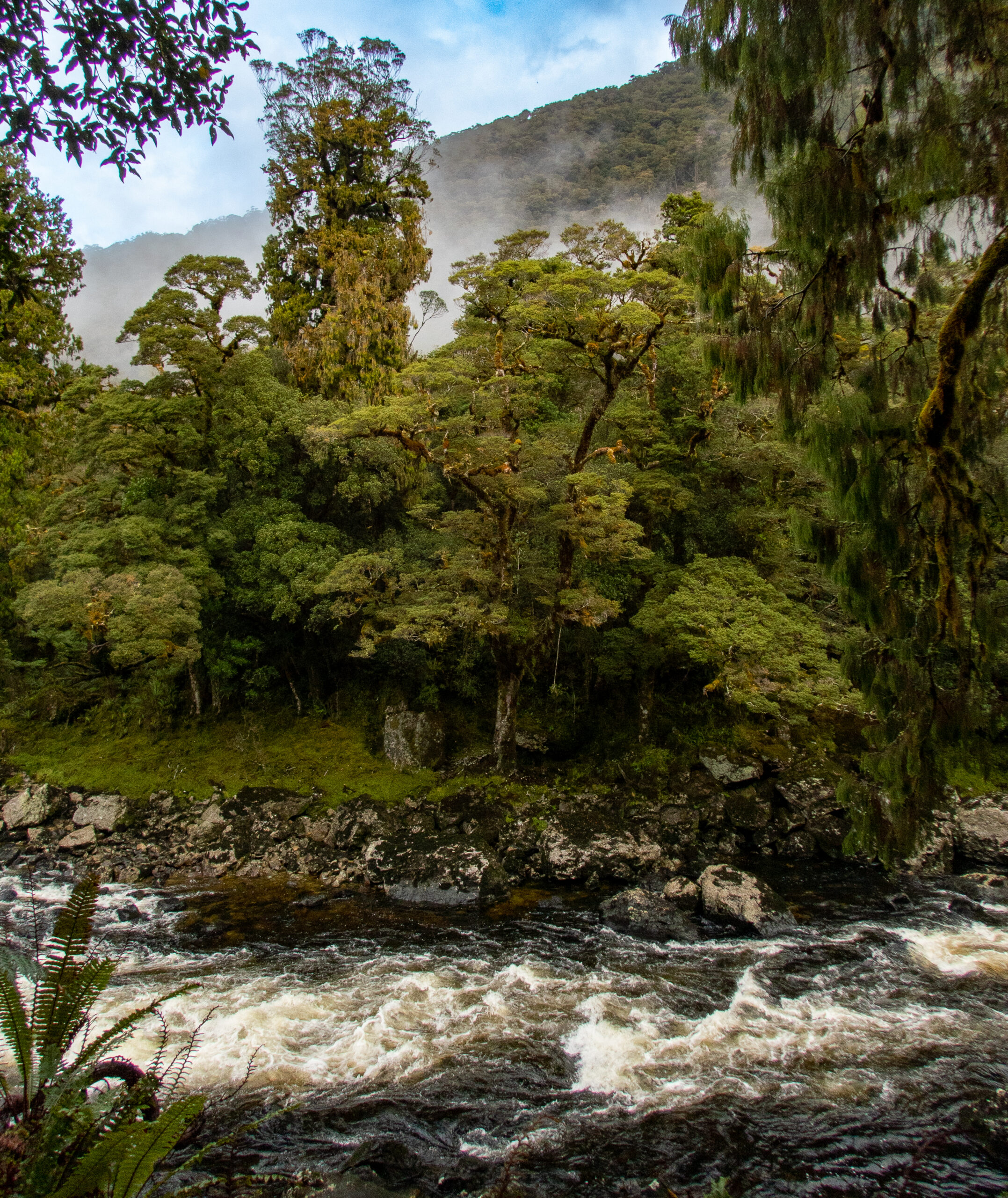
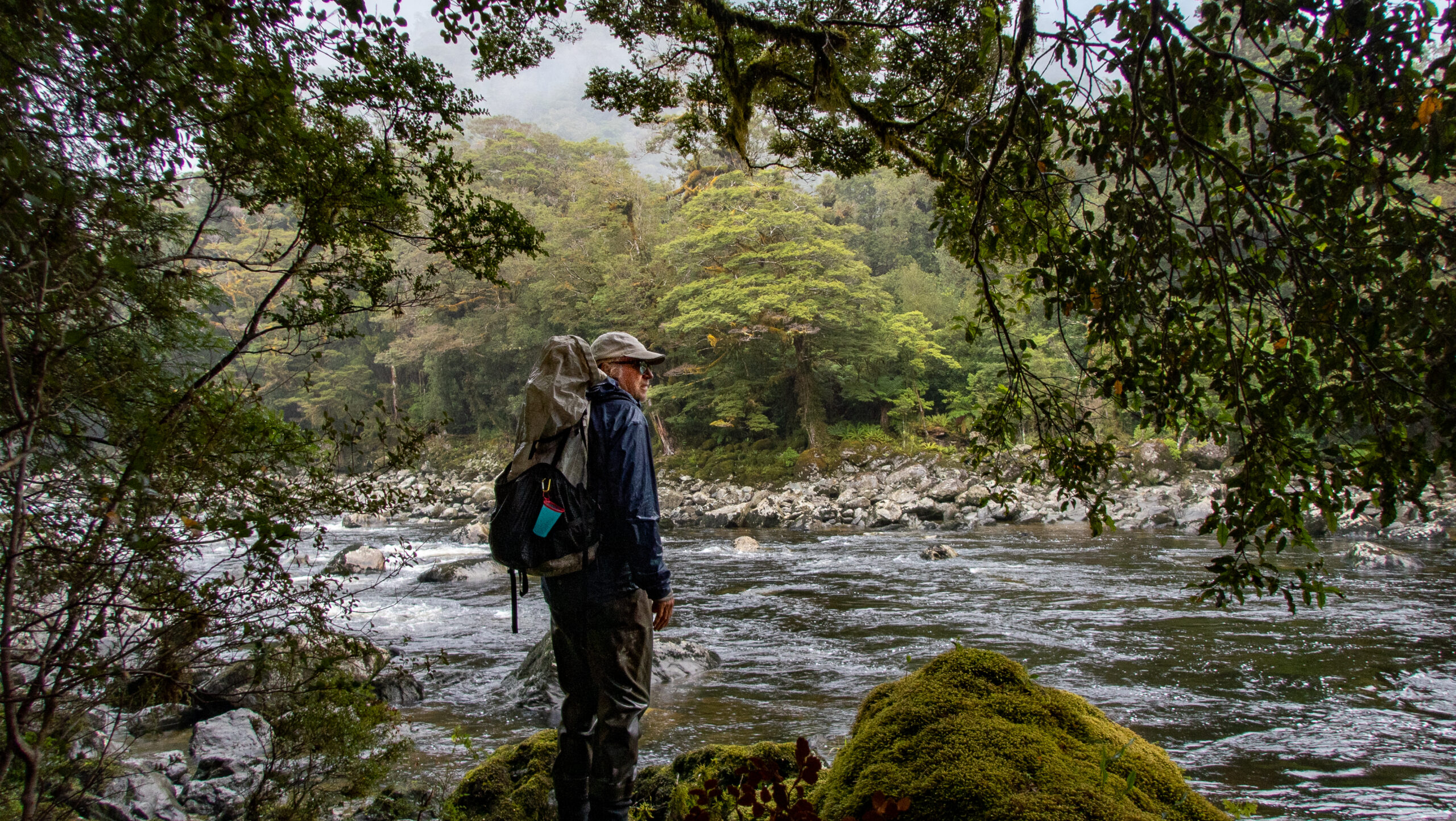

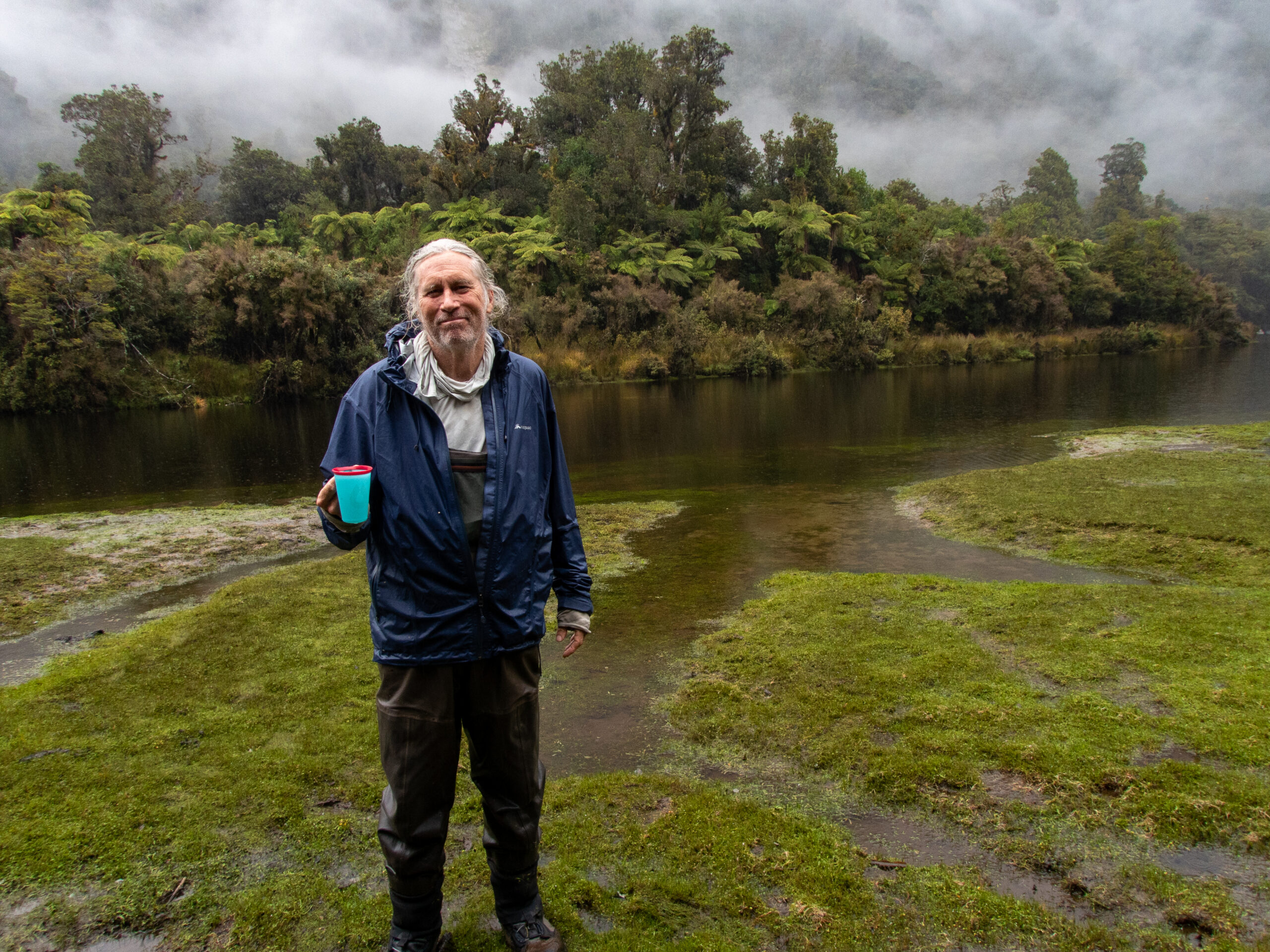


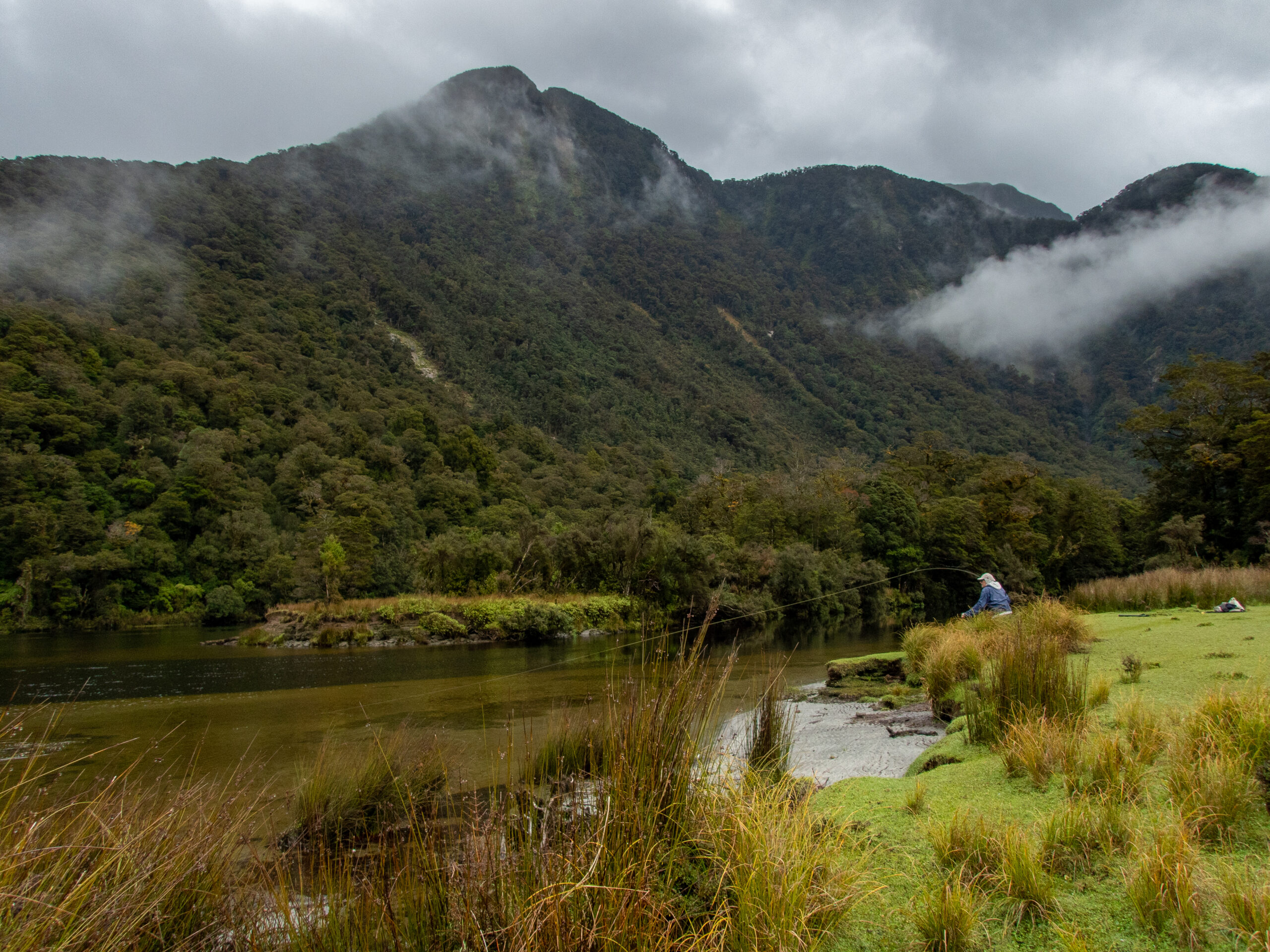
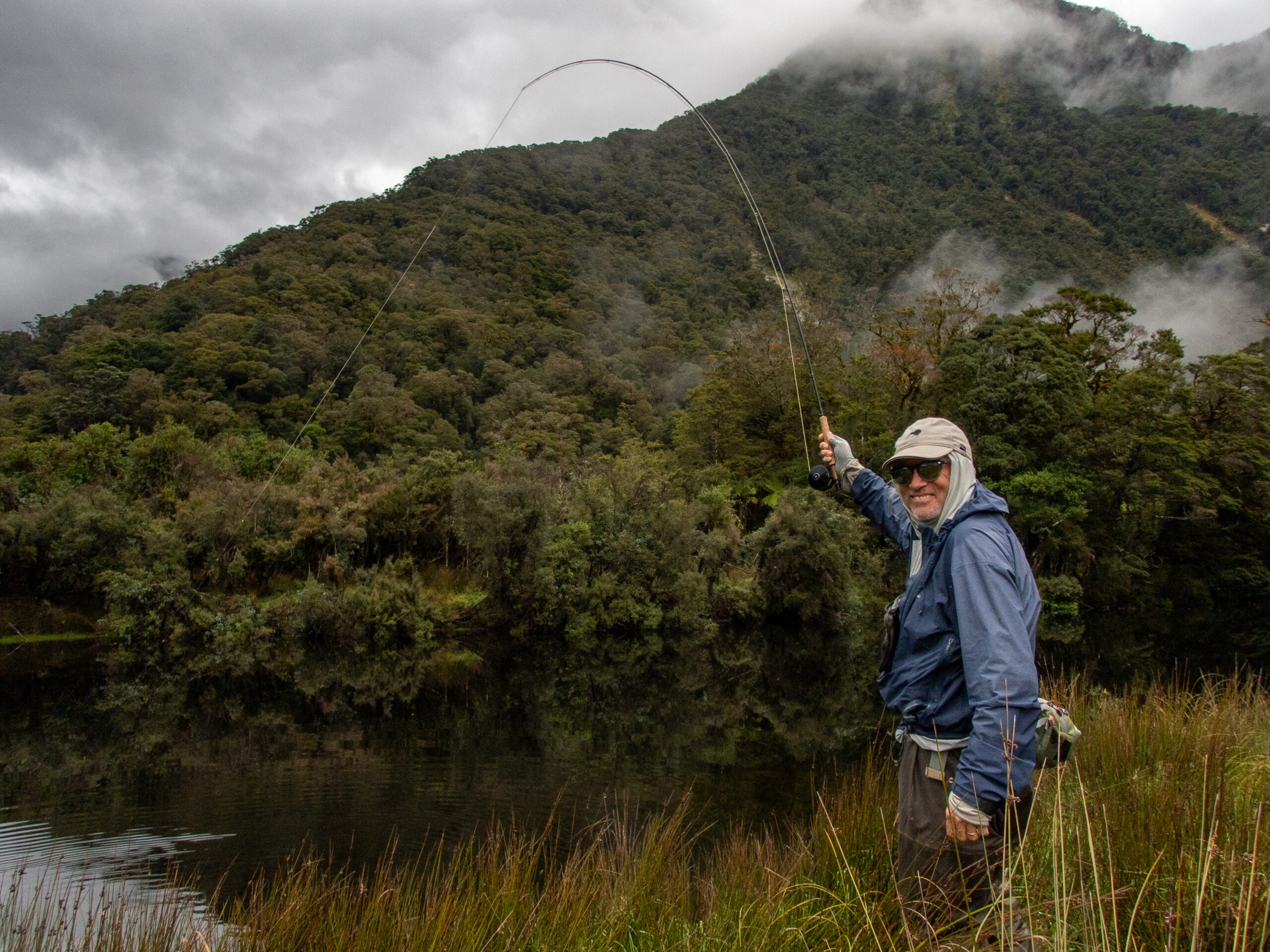
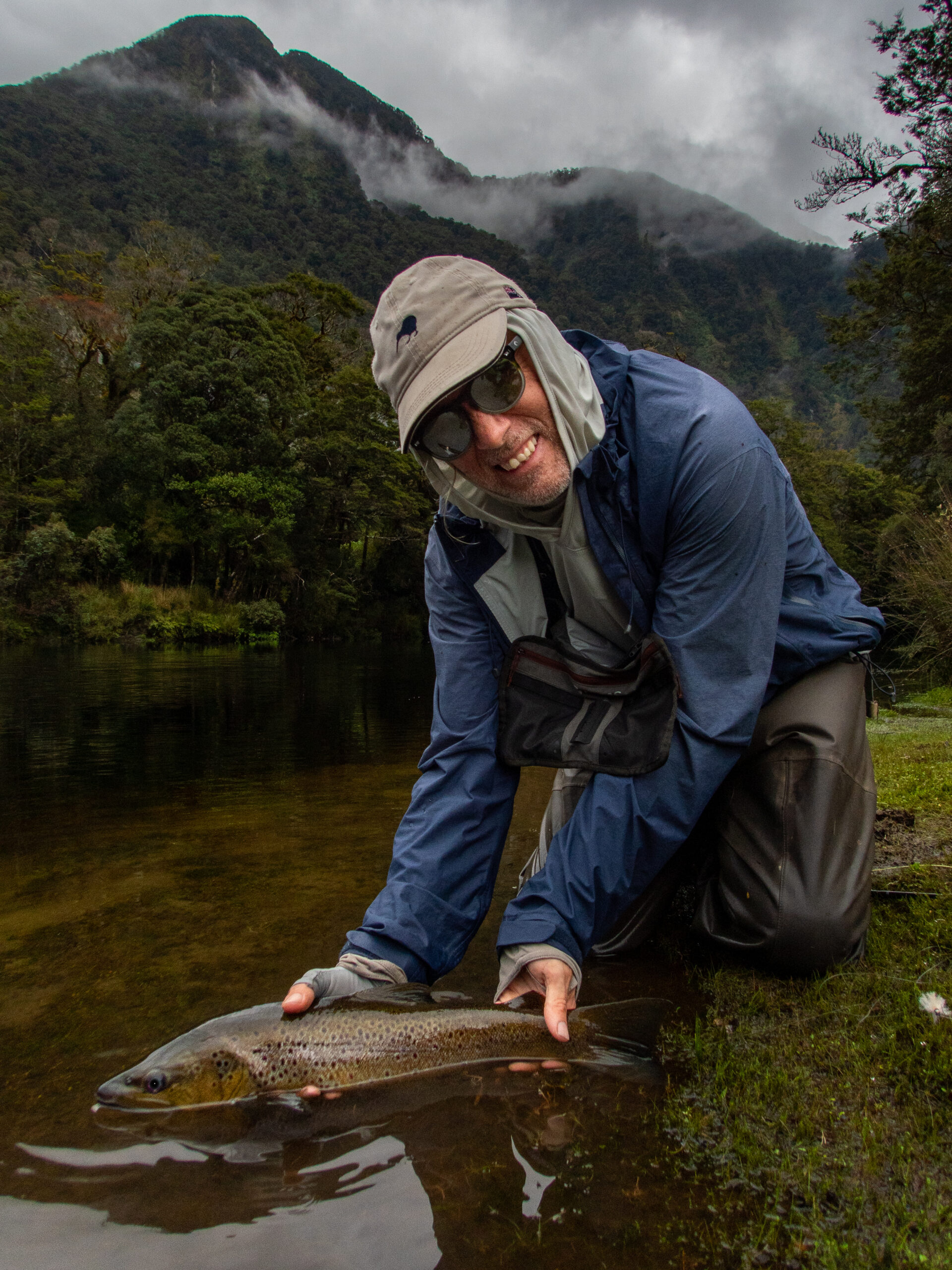

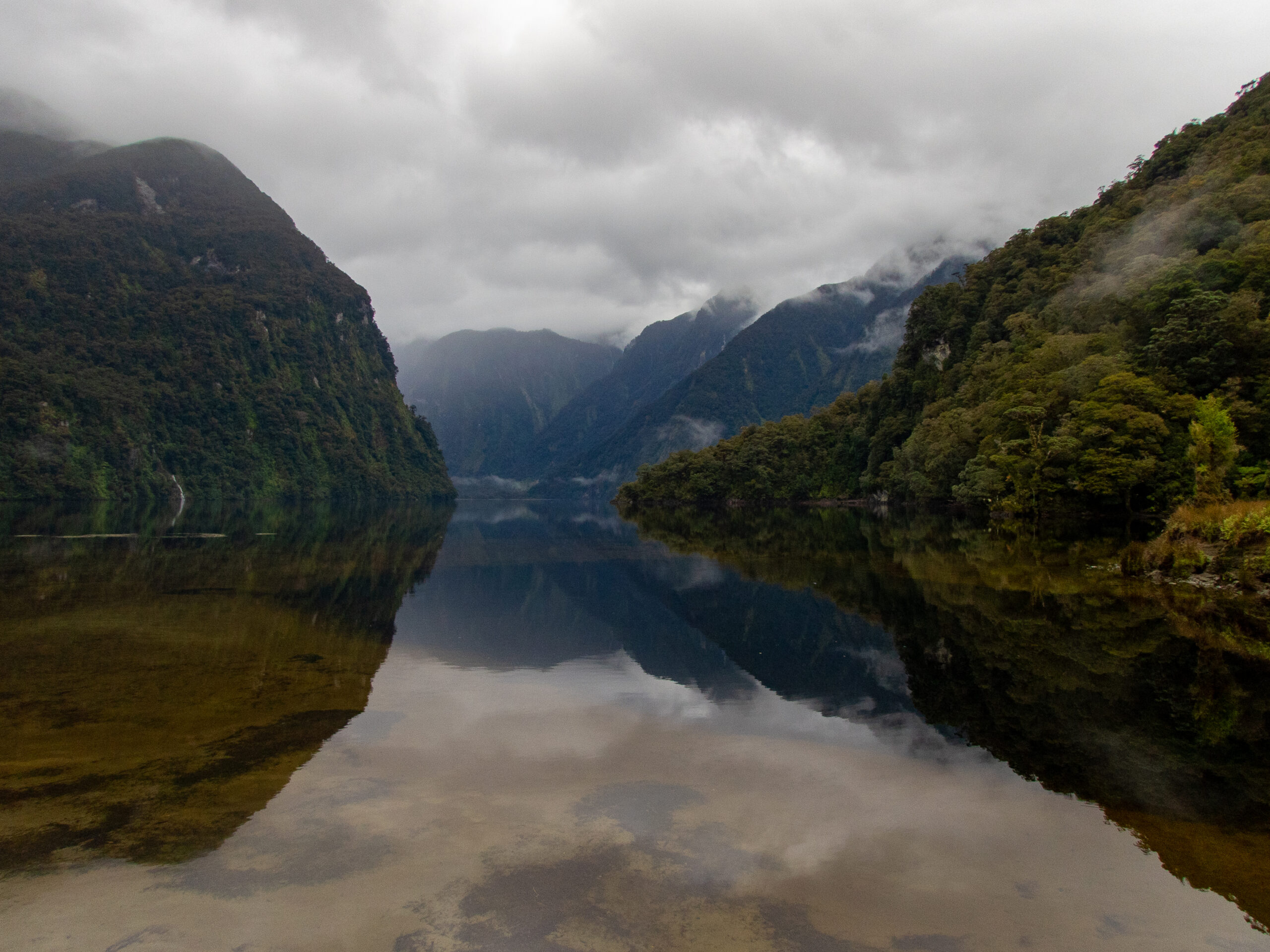
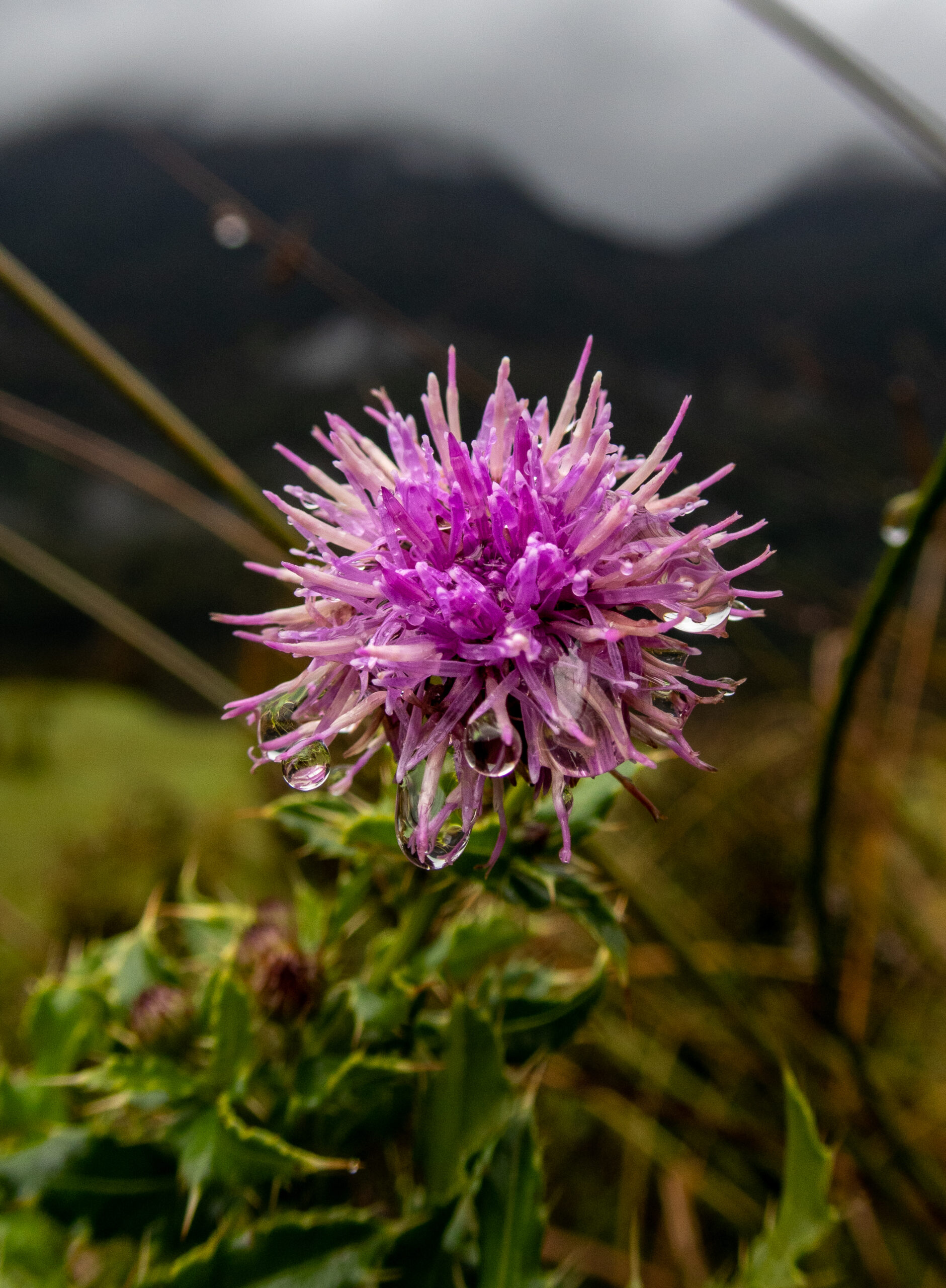
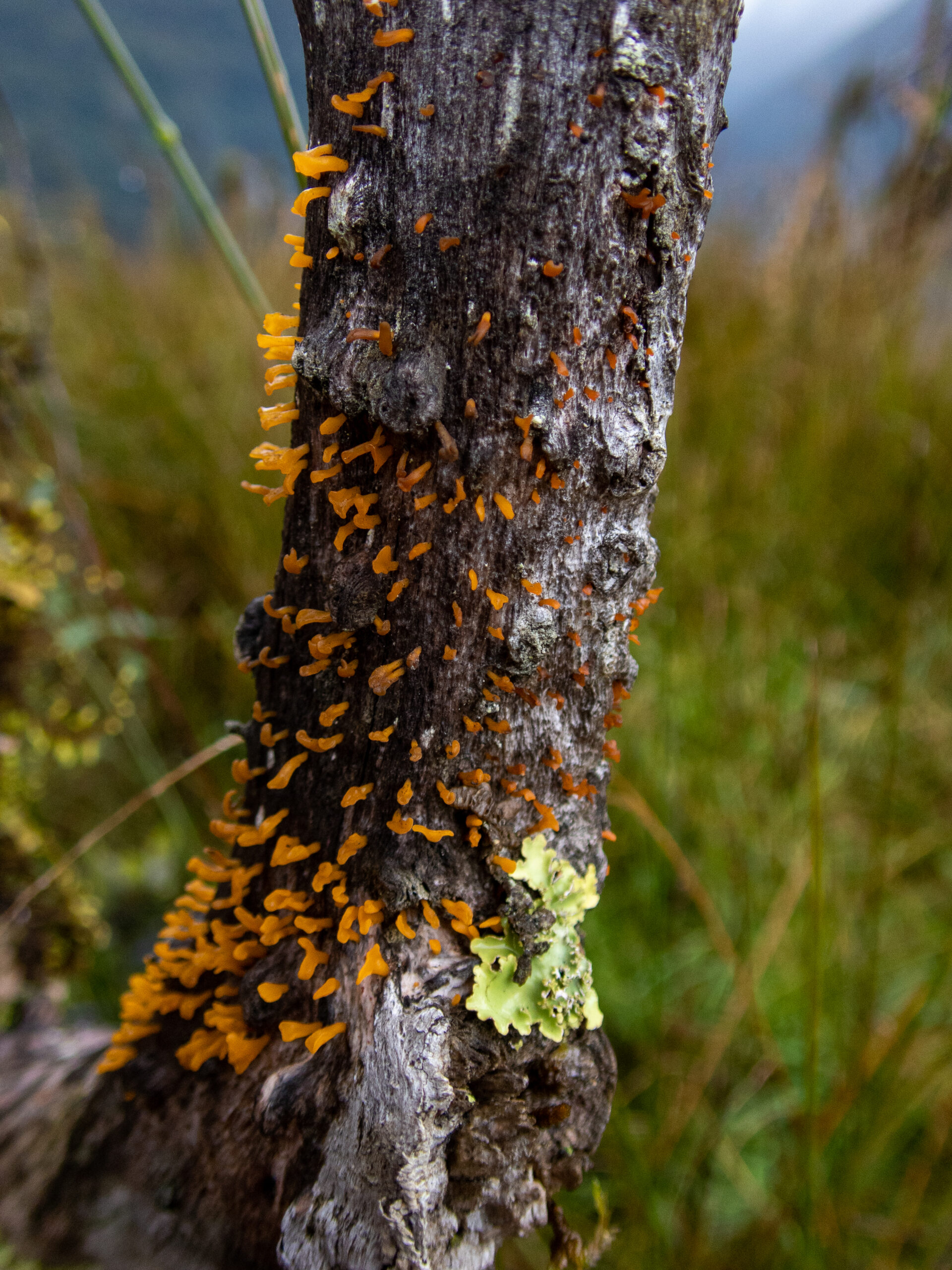
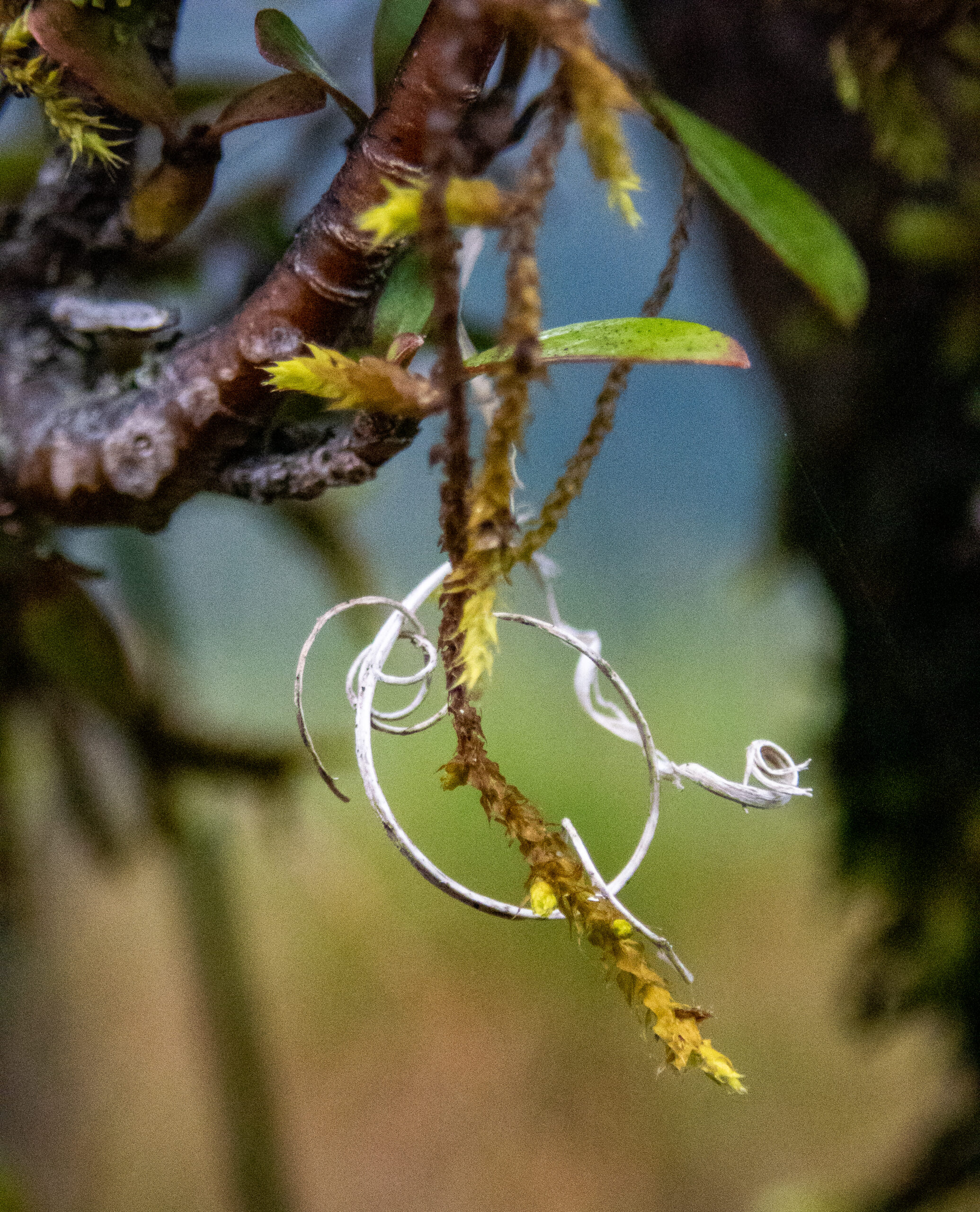

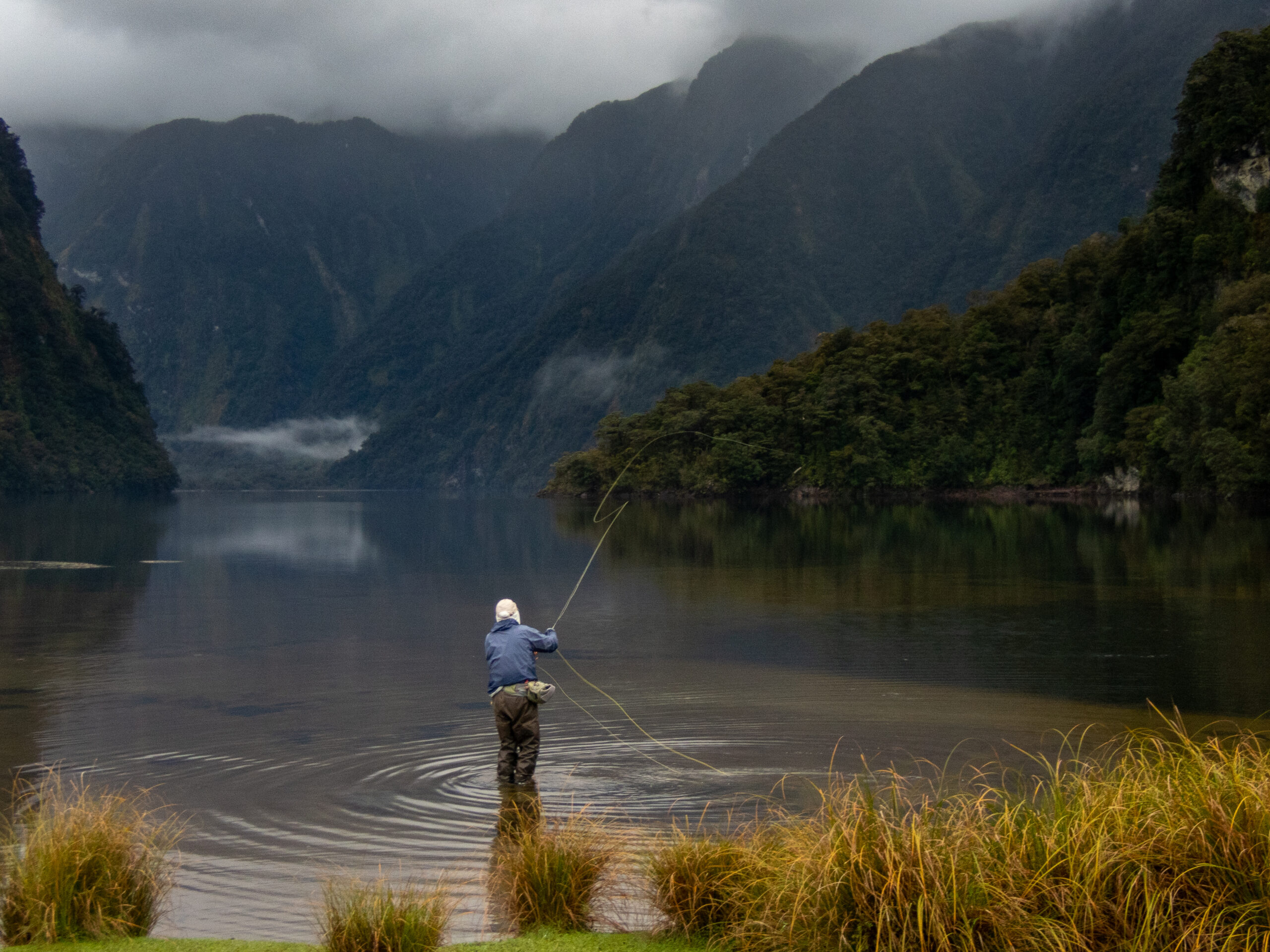
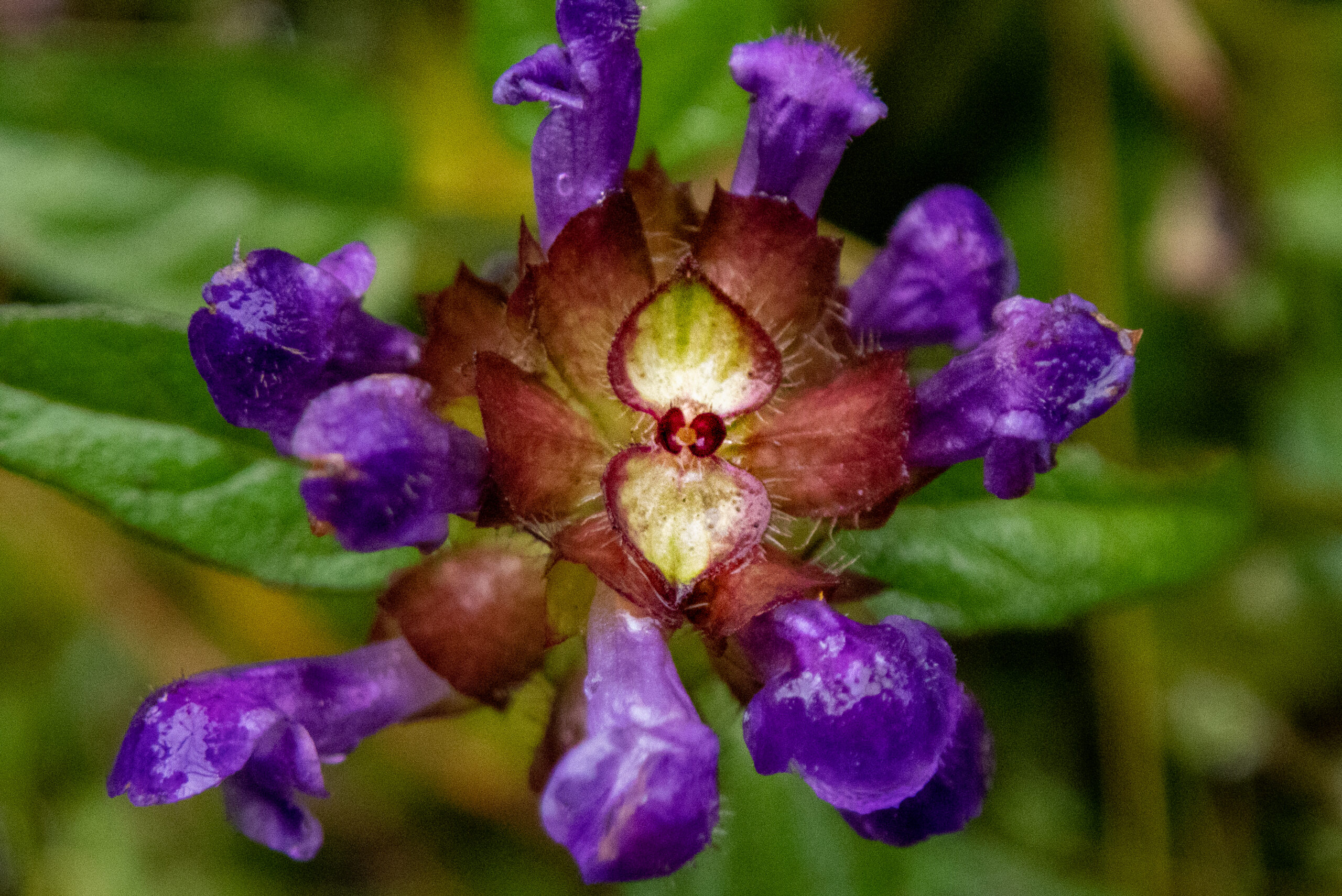
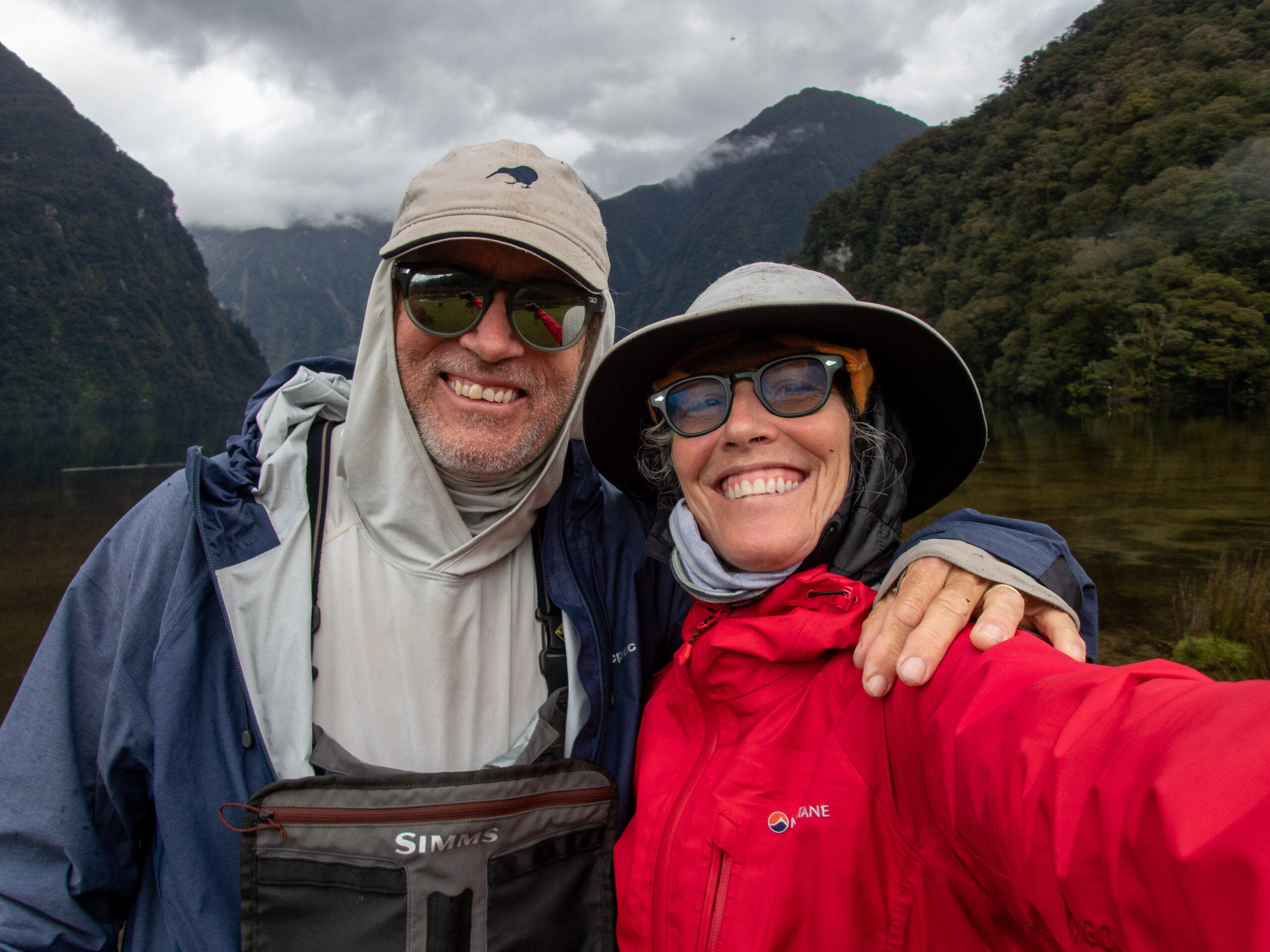
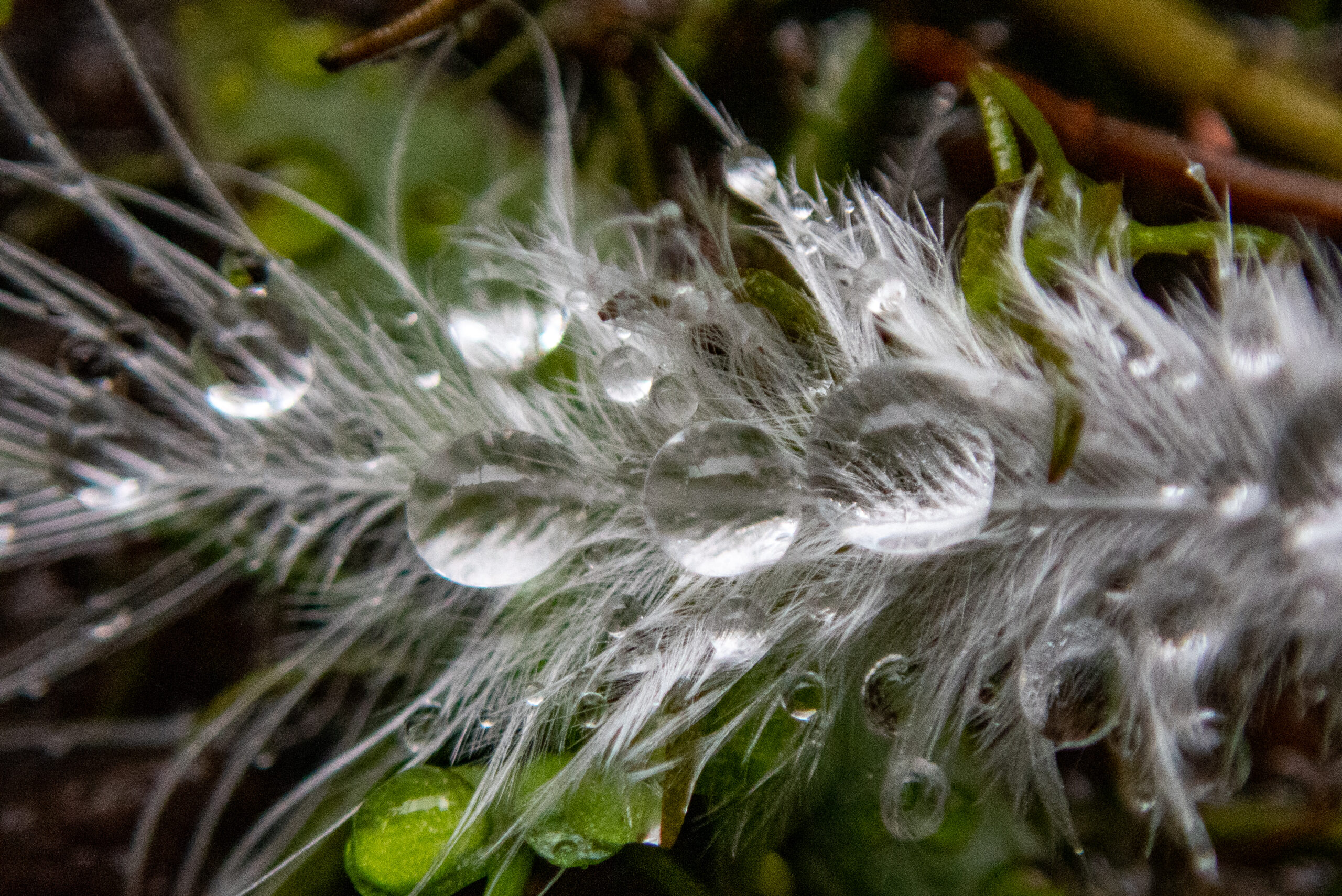
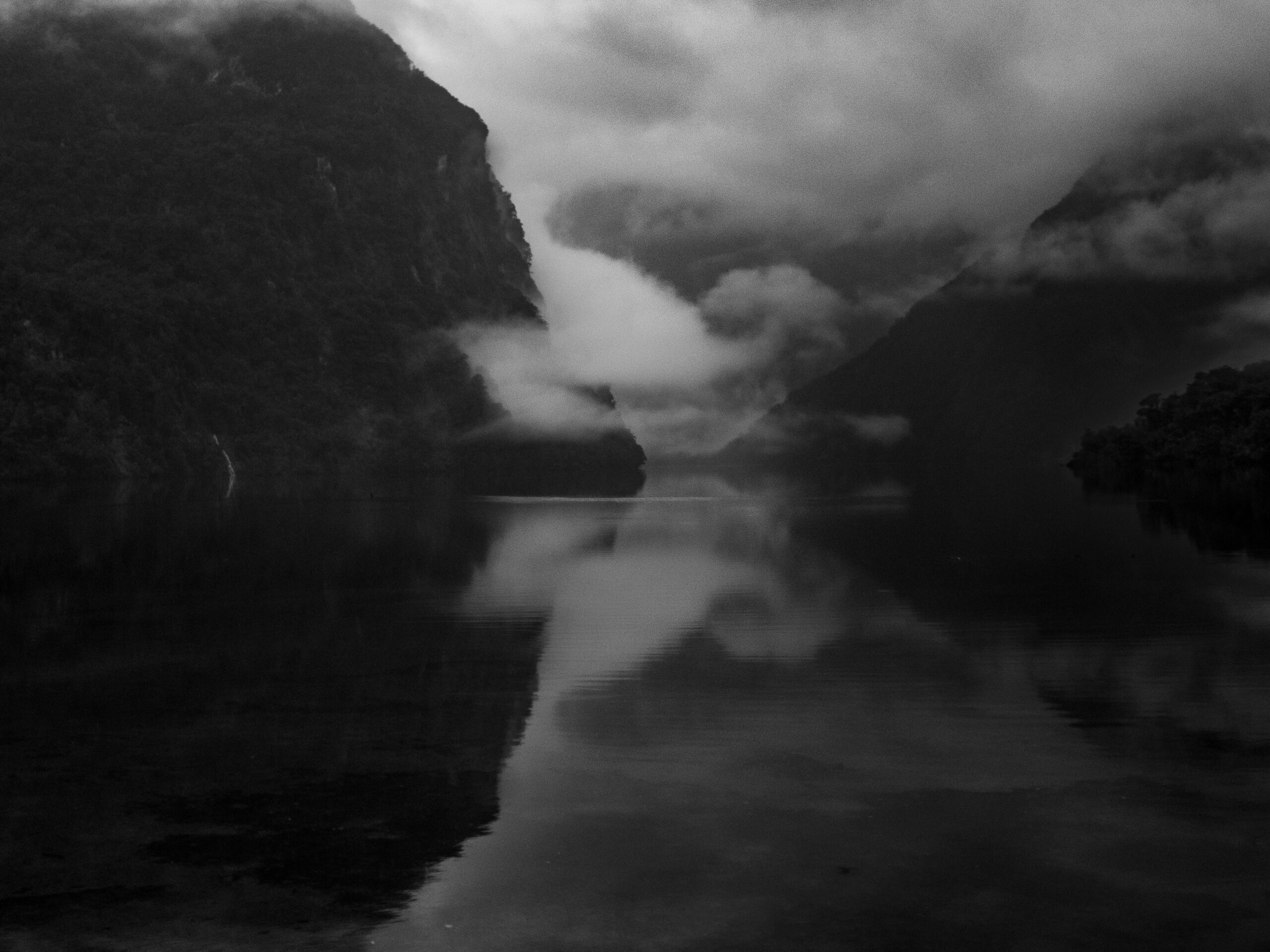
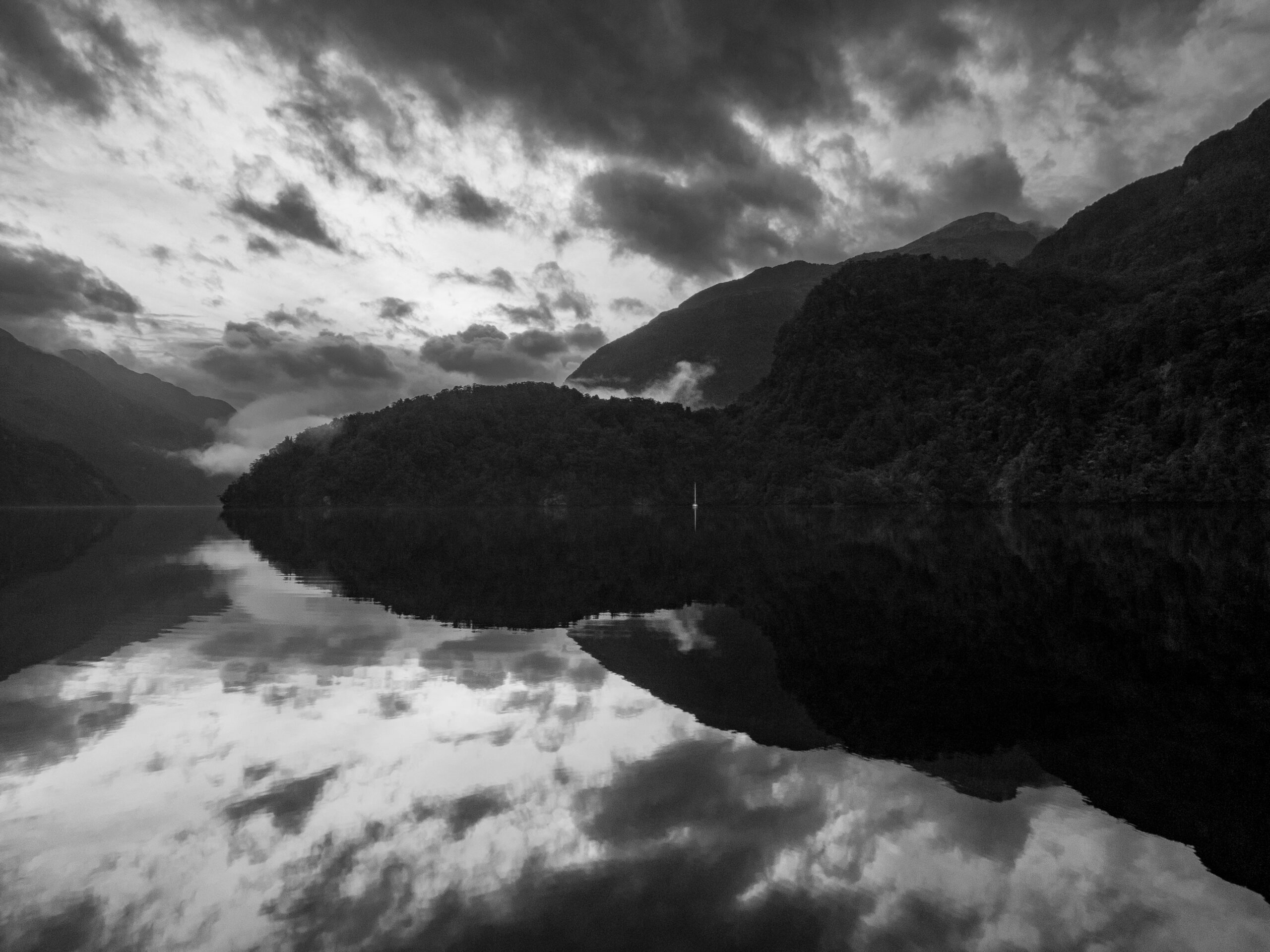

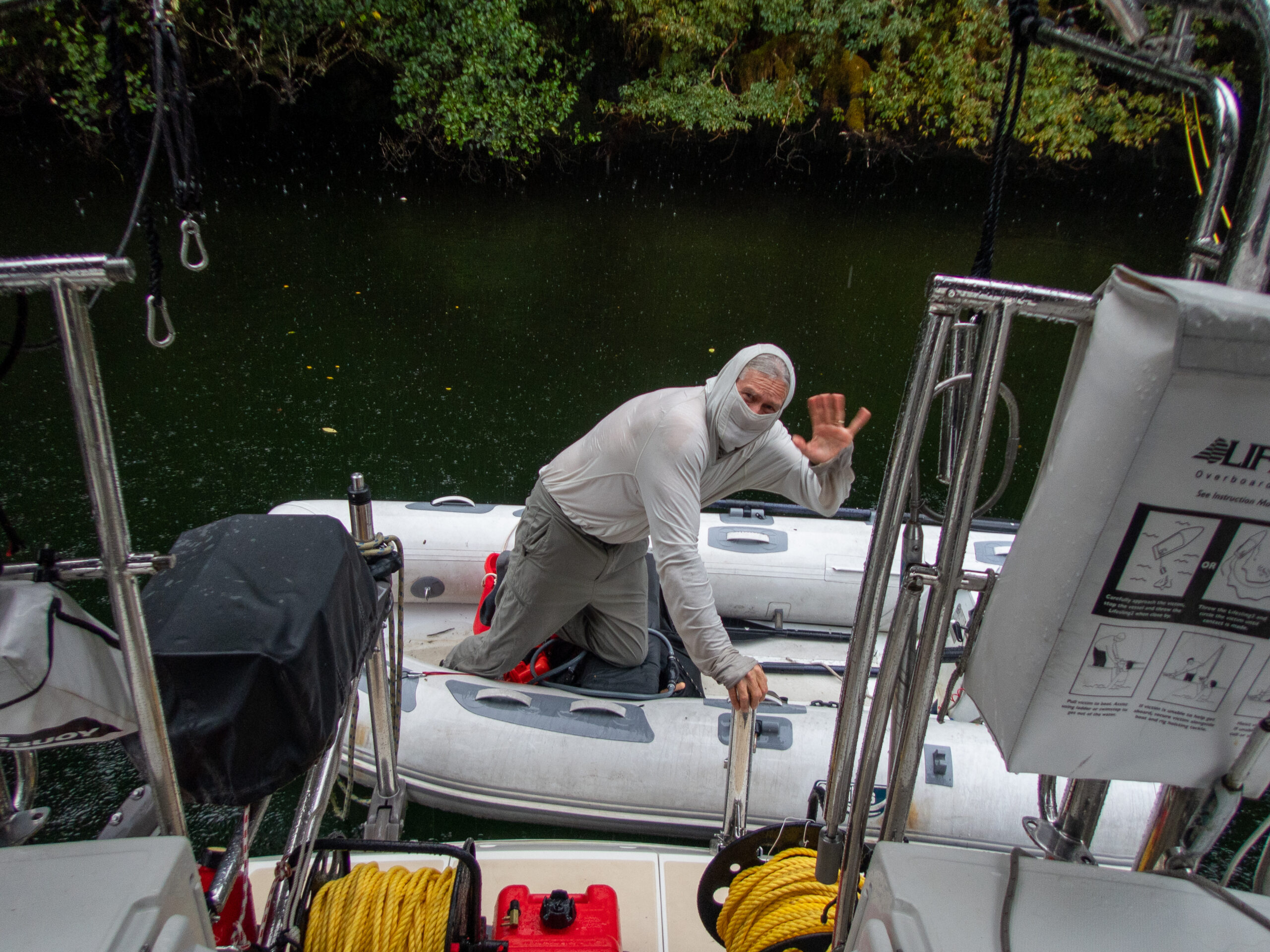
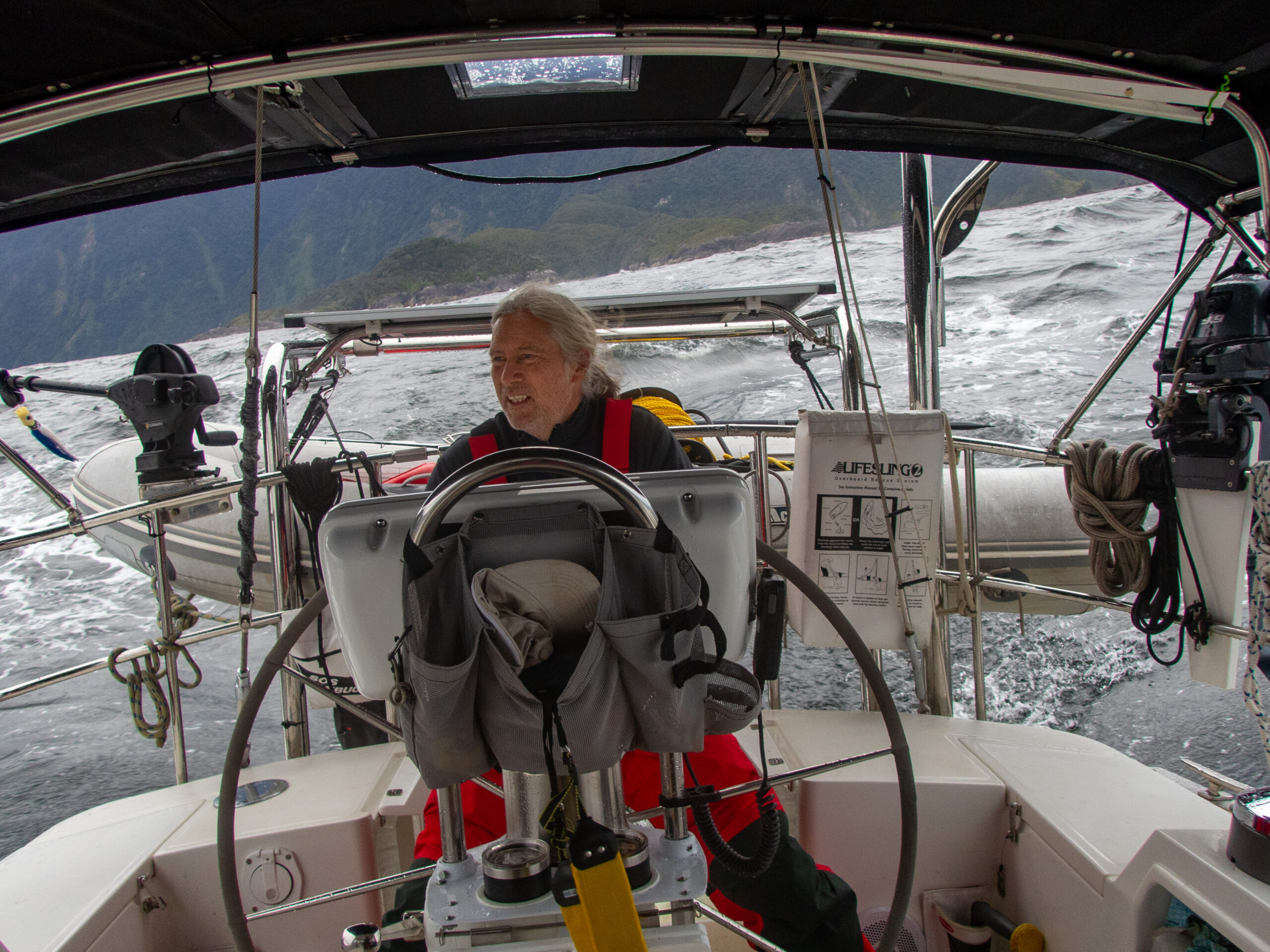
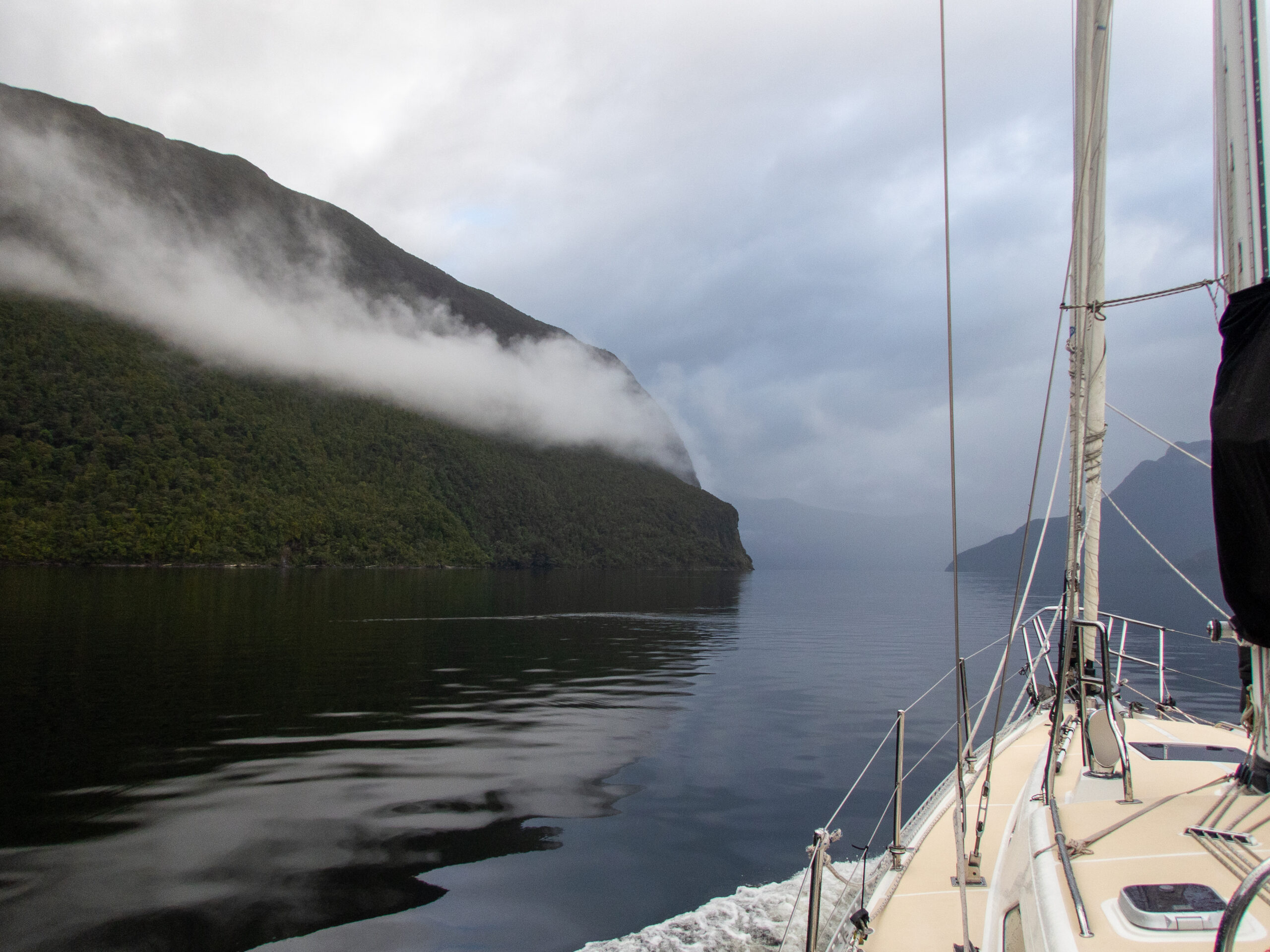
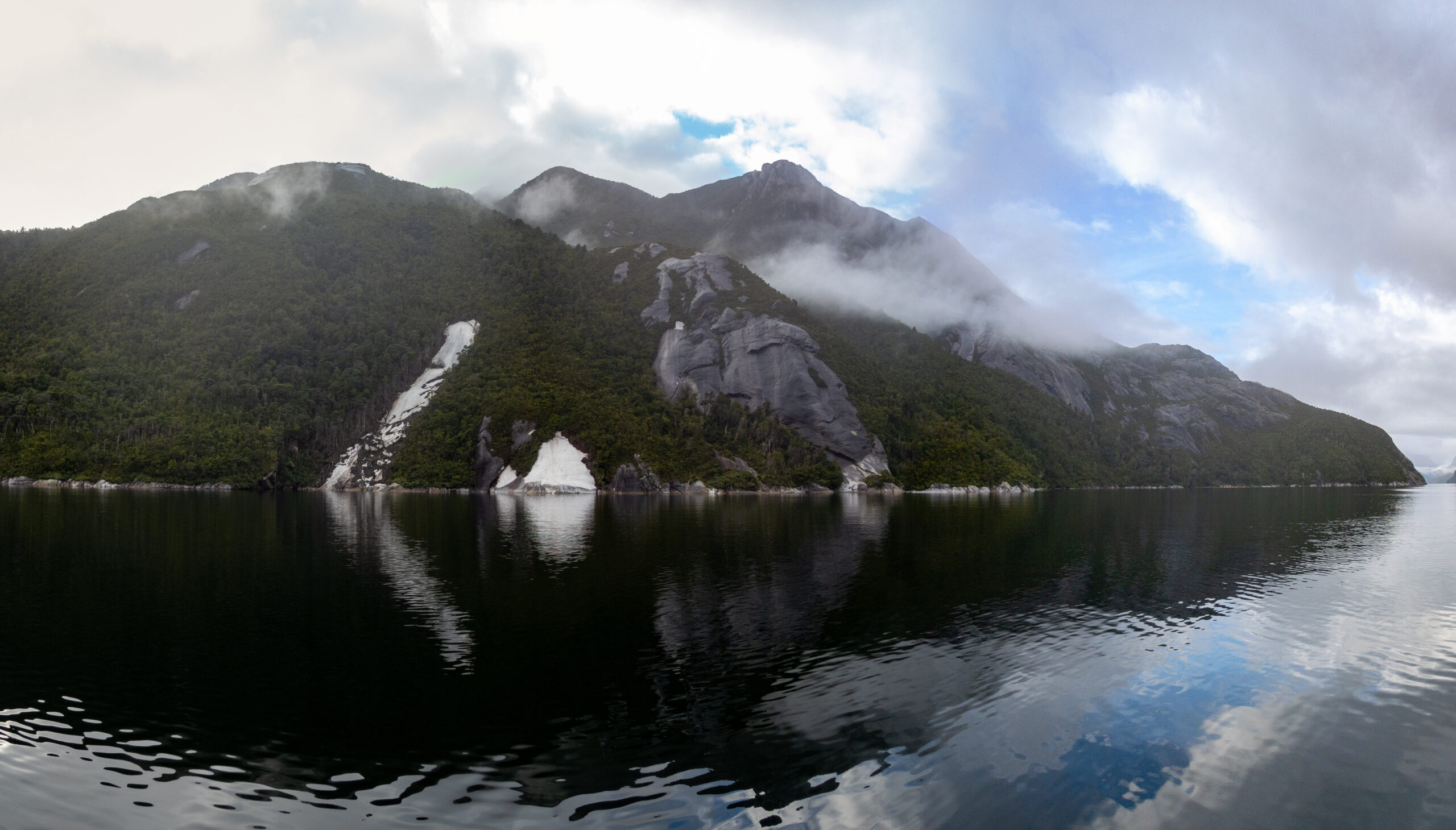
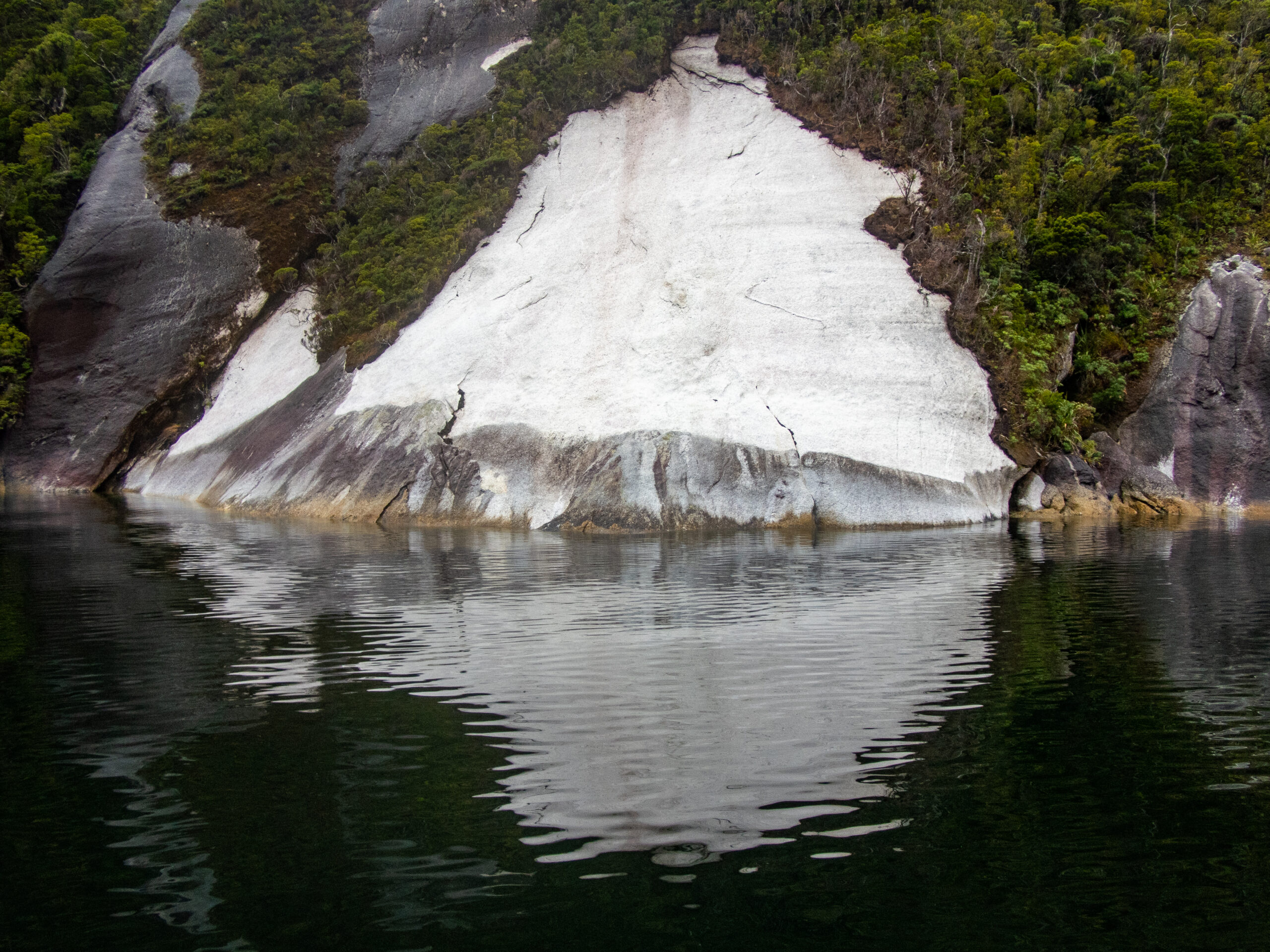
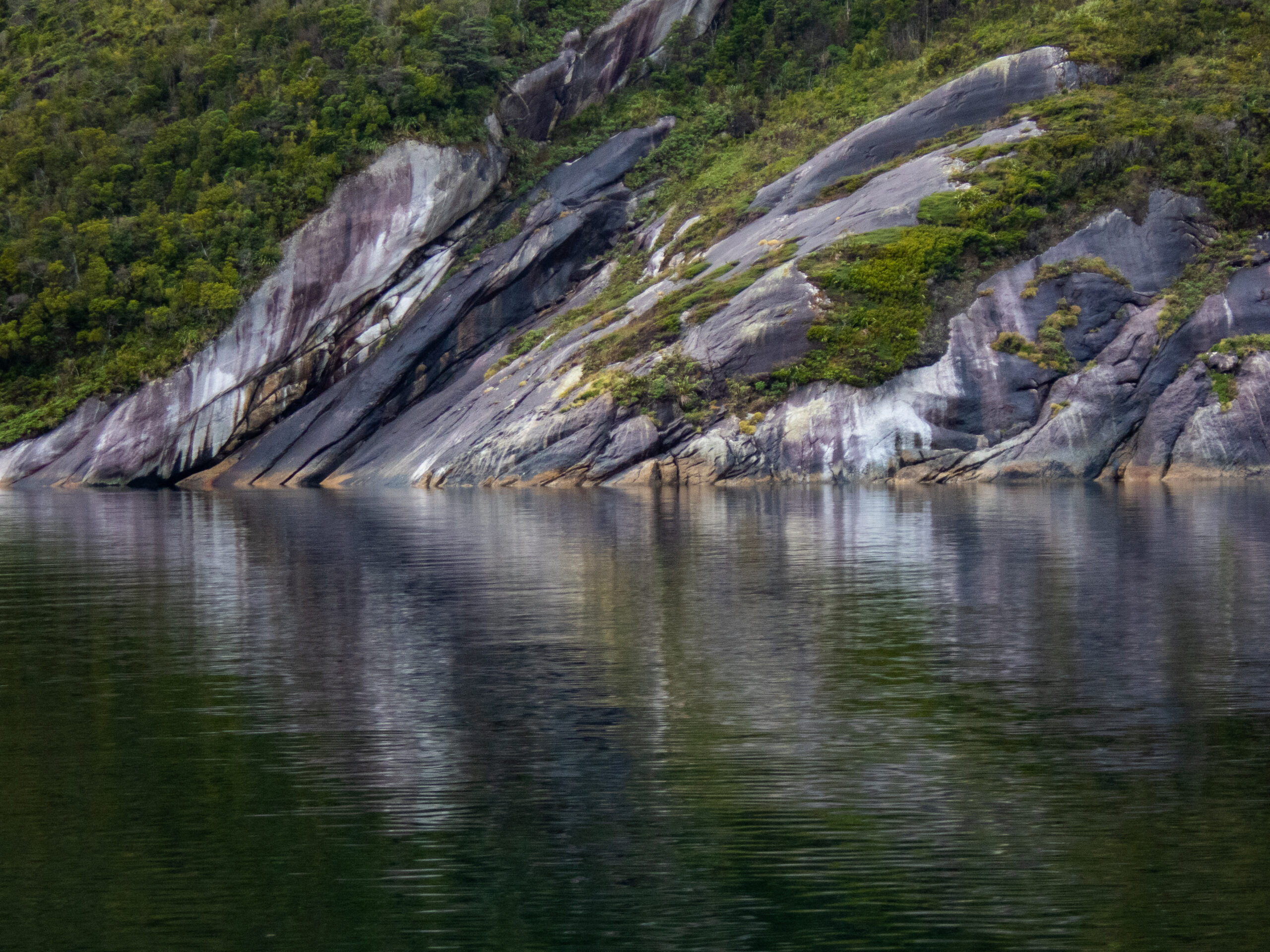
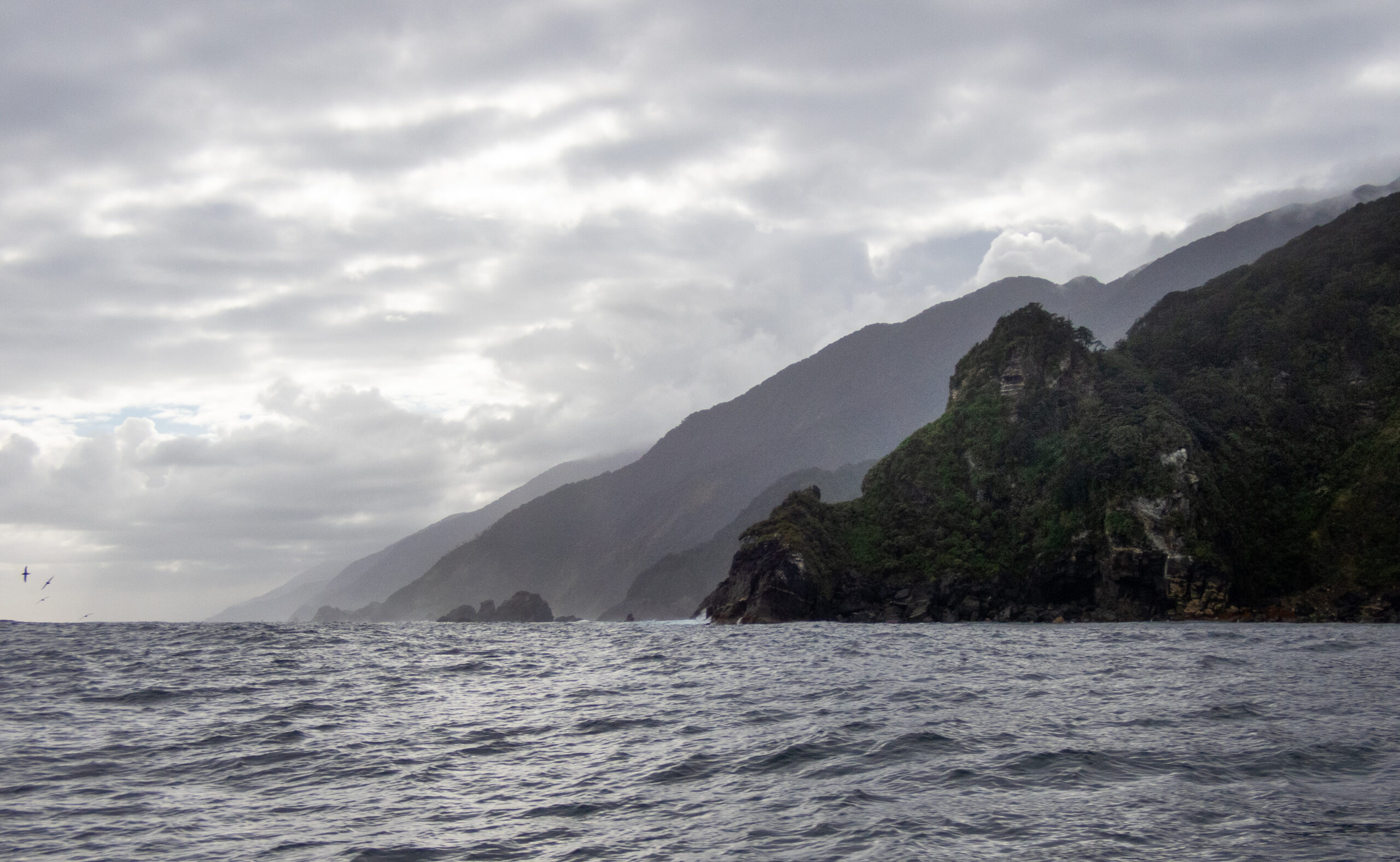
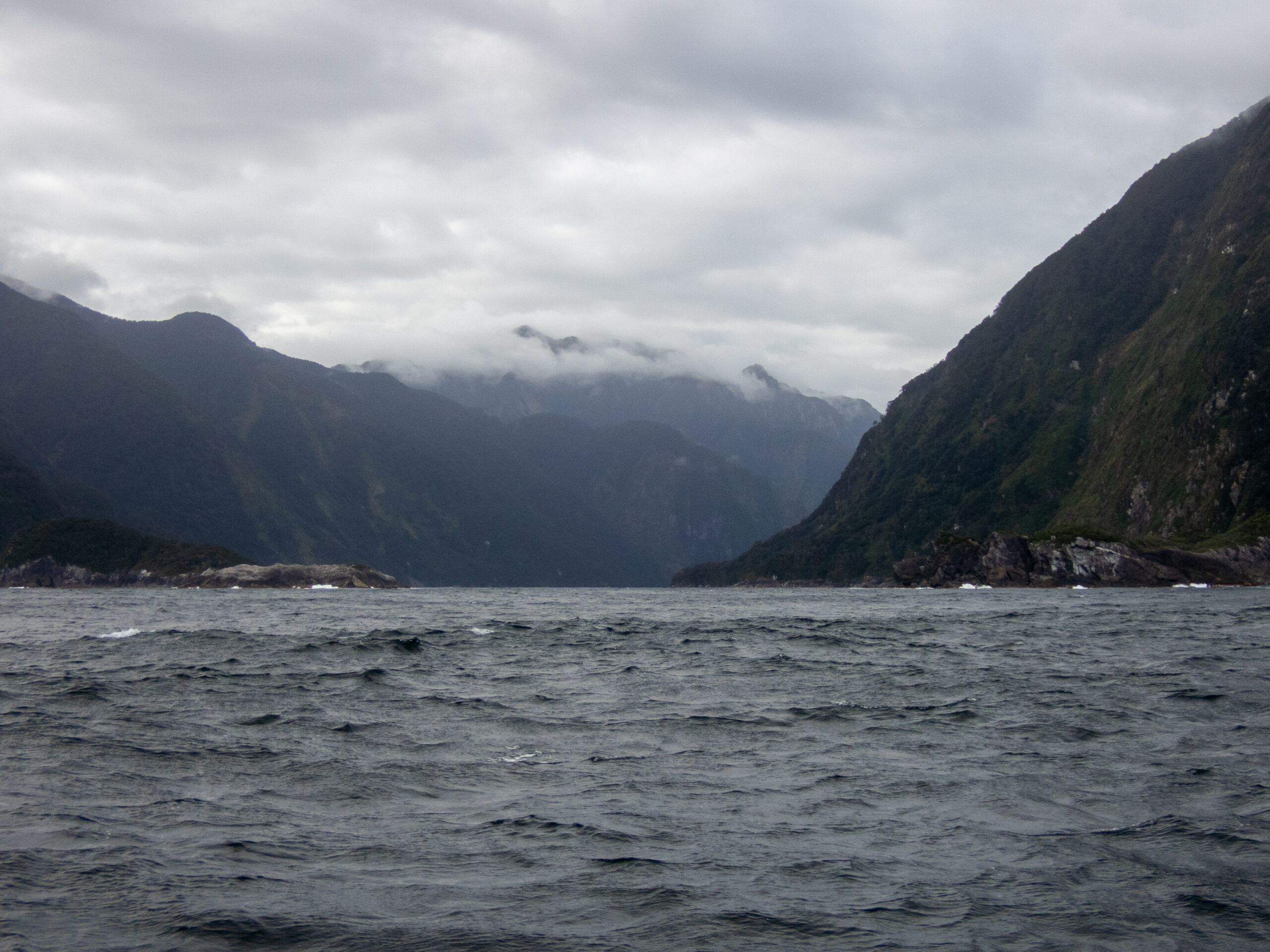

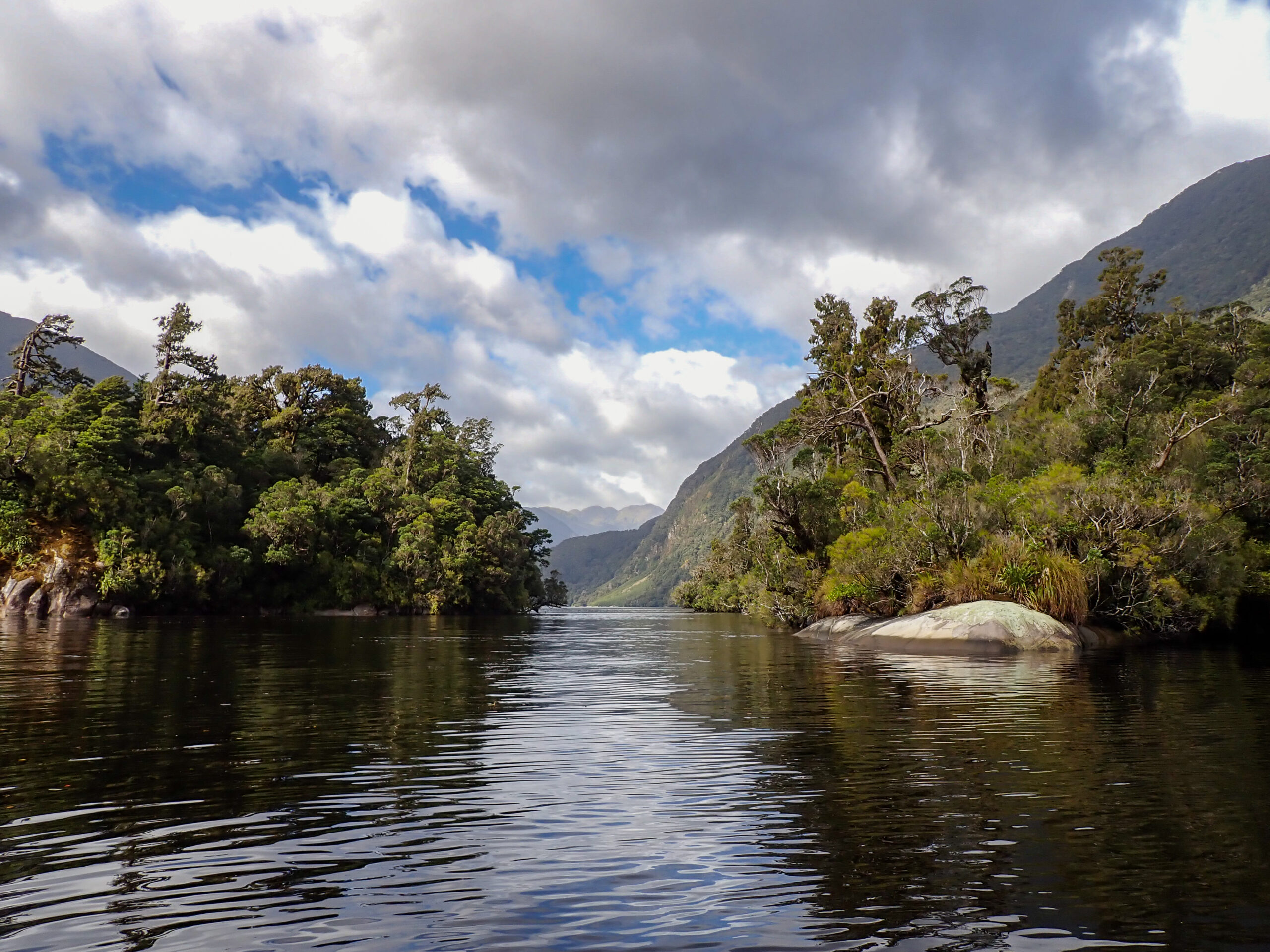
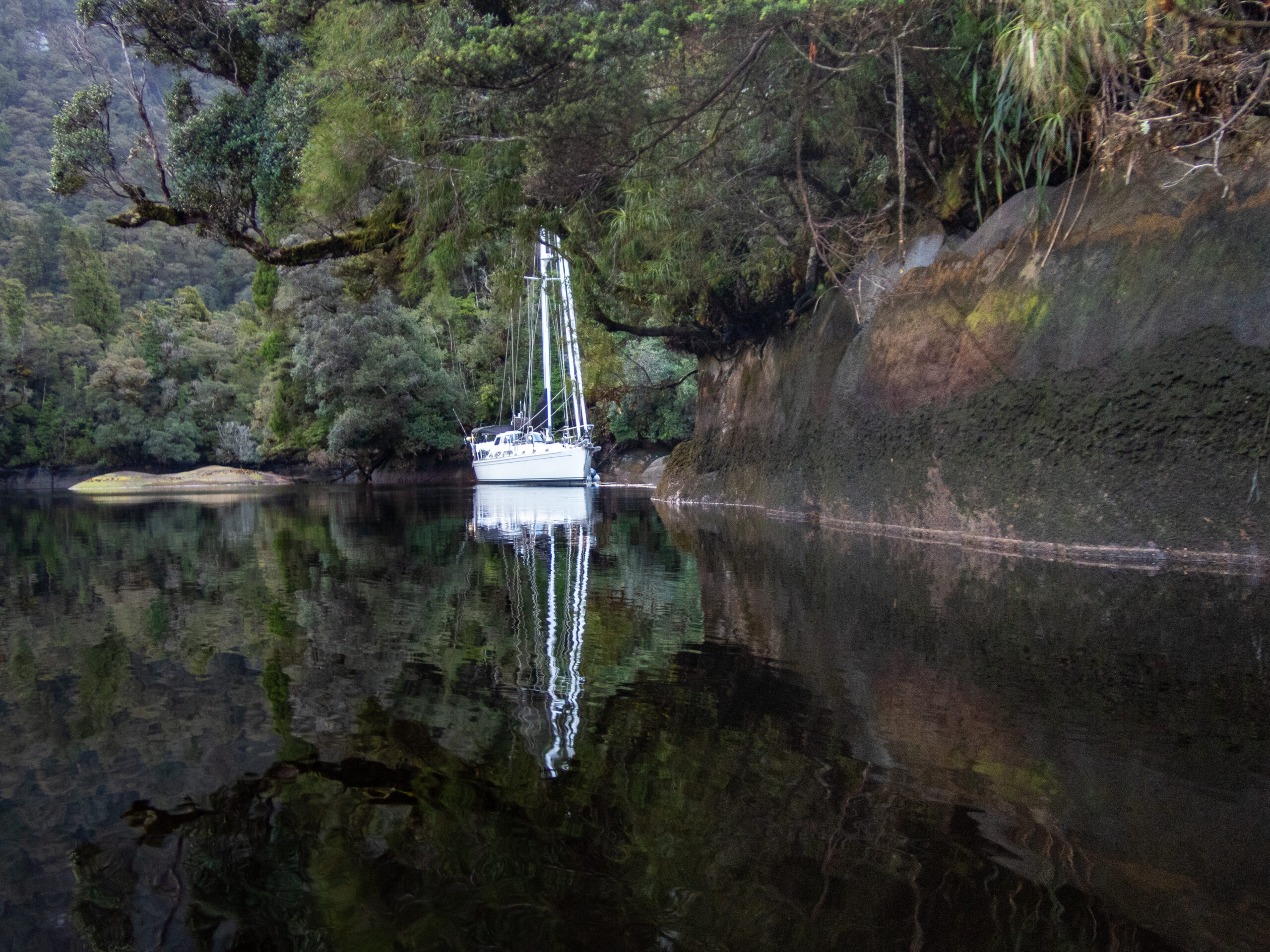


Abstracts
My favorite of Diana’s photographs from Fiordland are the “abstracts,” which she discovers by looking in a very careful, unique way, at the tidal line along the rocks, that magical transitional space between the hidden world underwater and the green, vibrant life-on-fire world above. Bare stone, stained and painted with time and color, bent and reflected by the still, secret, freshwater shimmering over the tide, the infinite, creative capacity of nature. Diana uses framing to share this vision, to point out Nature’s mastery of abstract art. It’s no surprise (and no accident) that these images feel so profoundly connected to her mosaic work. Most of the time these photographic expeditions are her solo meditations, which she shares with me when she gets back to Allora (after hours in the kayak!). But I’ve also been with her, paddling Namo gently into position, sitting right next to her, appreciating the wholeness of a beautiful place but without quite seeing what she is seeing. These images, for me, represent a particular (and particularly magical) collaboration between Diana and this very, very special world we are navigating in Fiordland.~MS
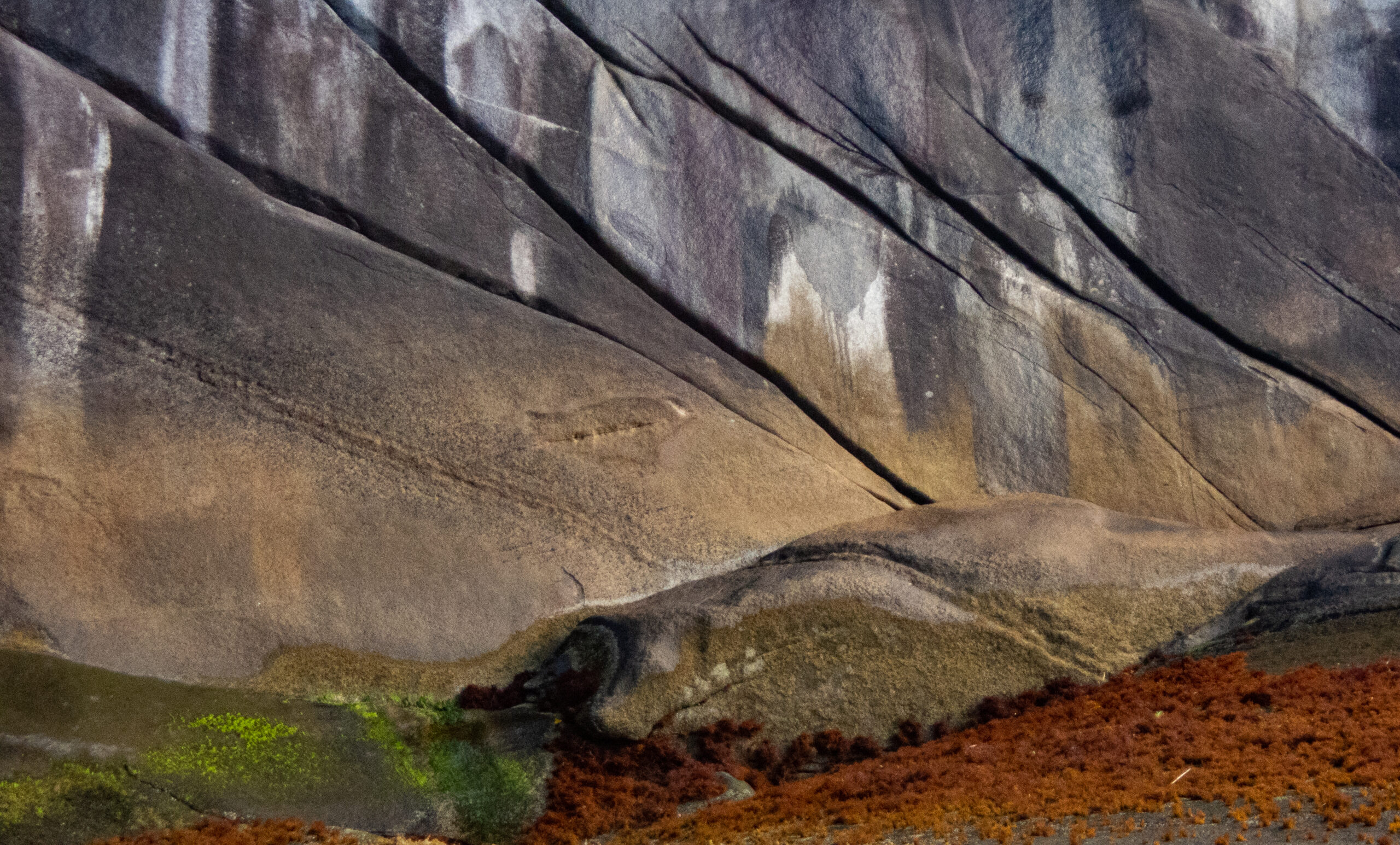

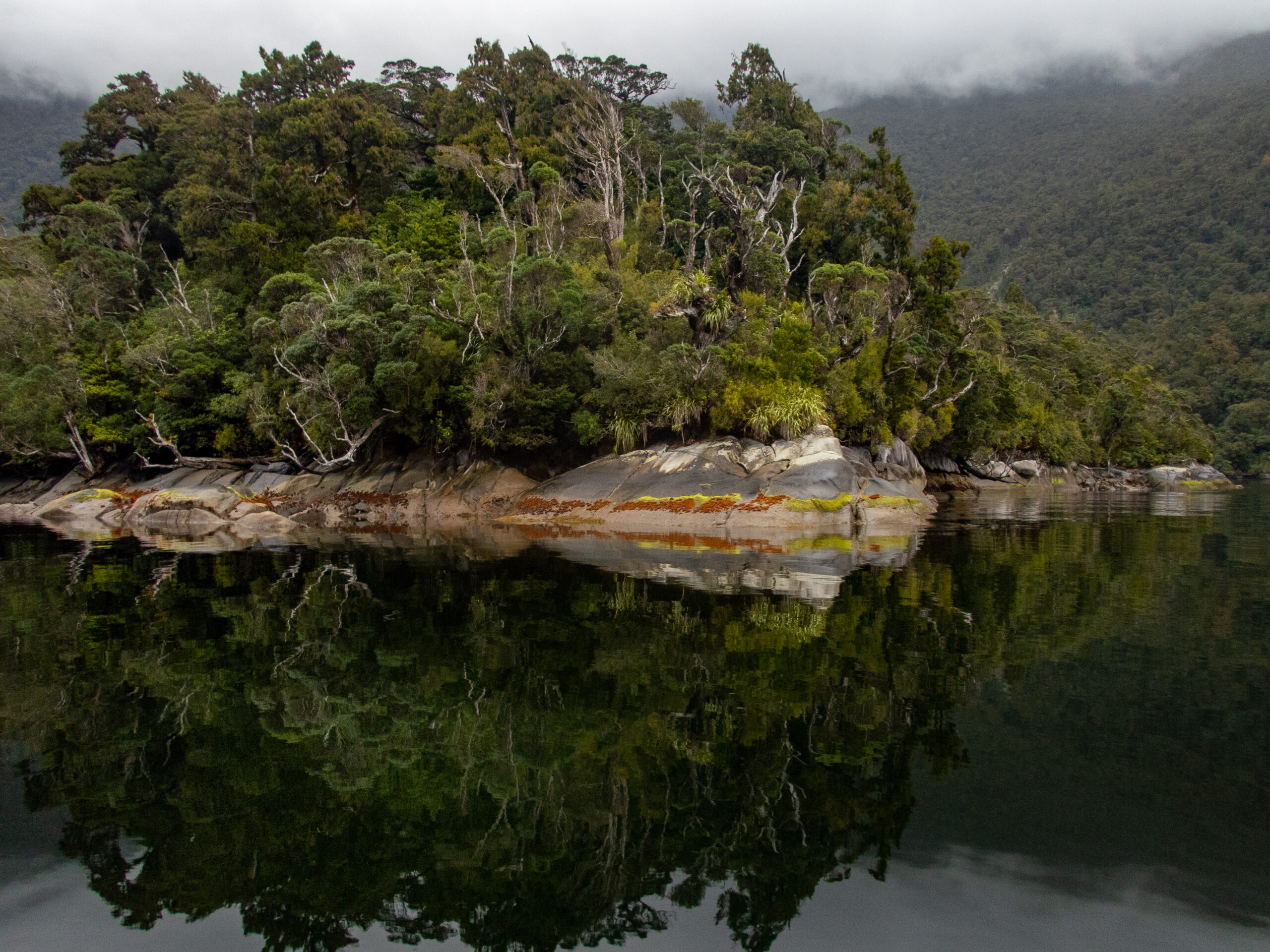
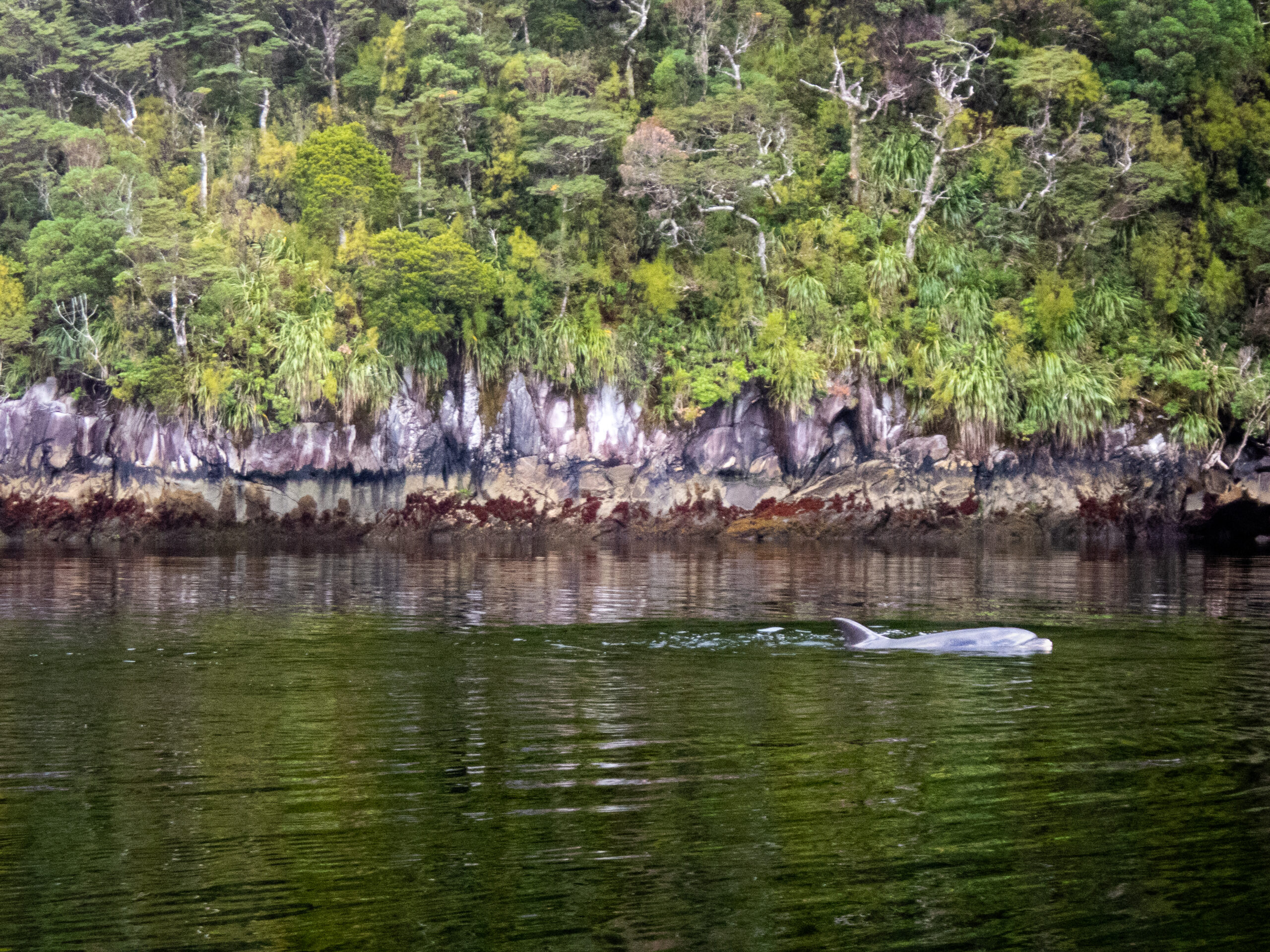
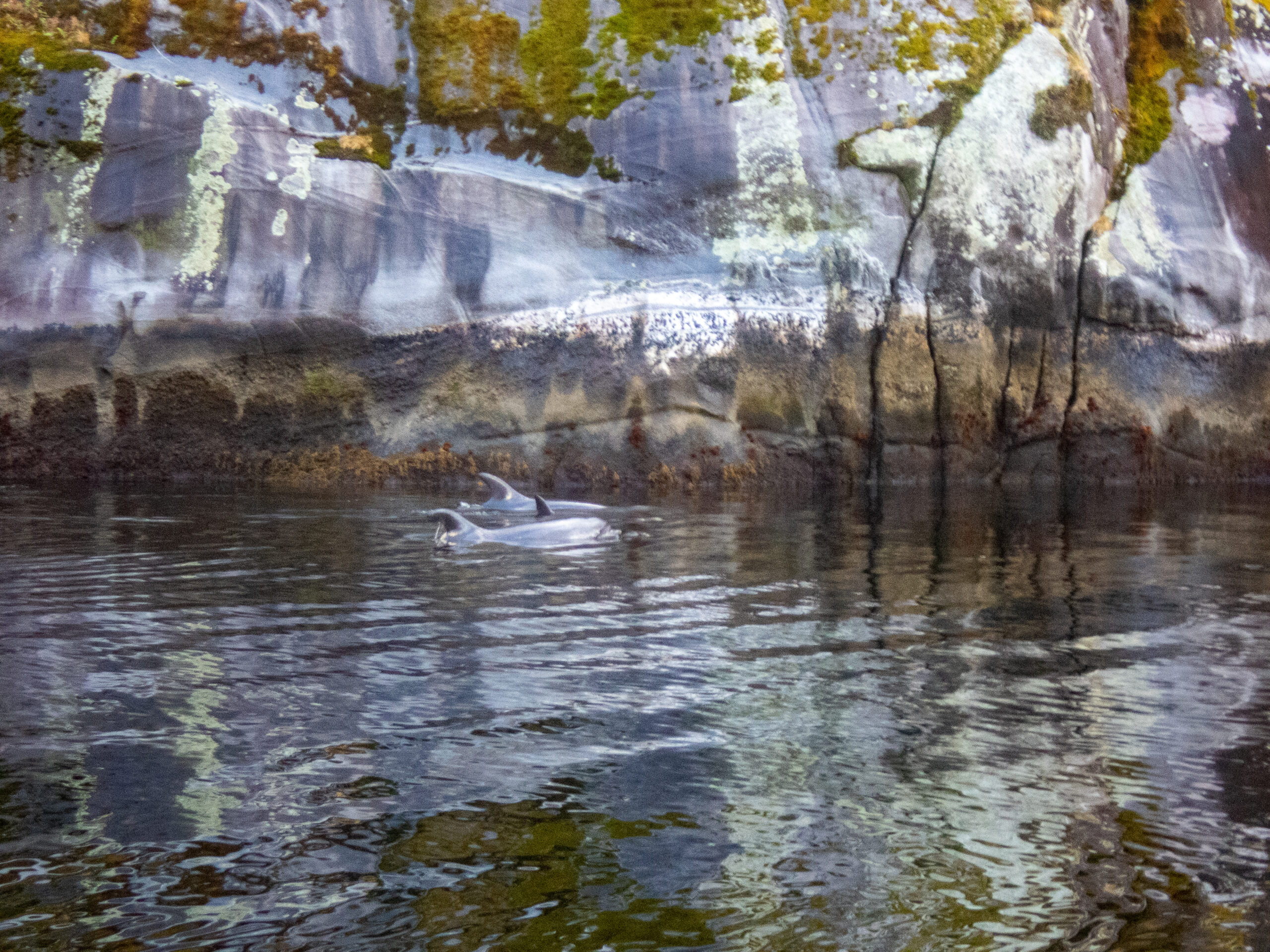
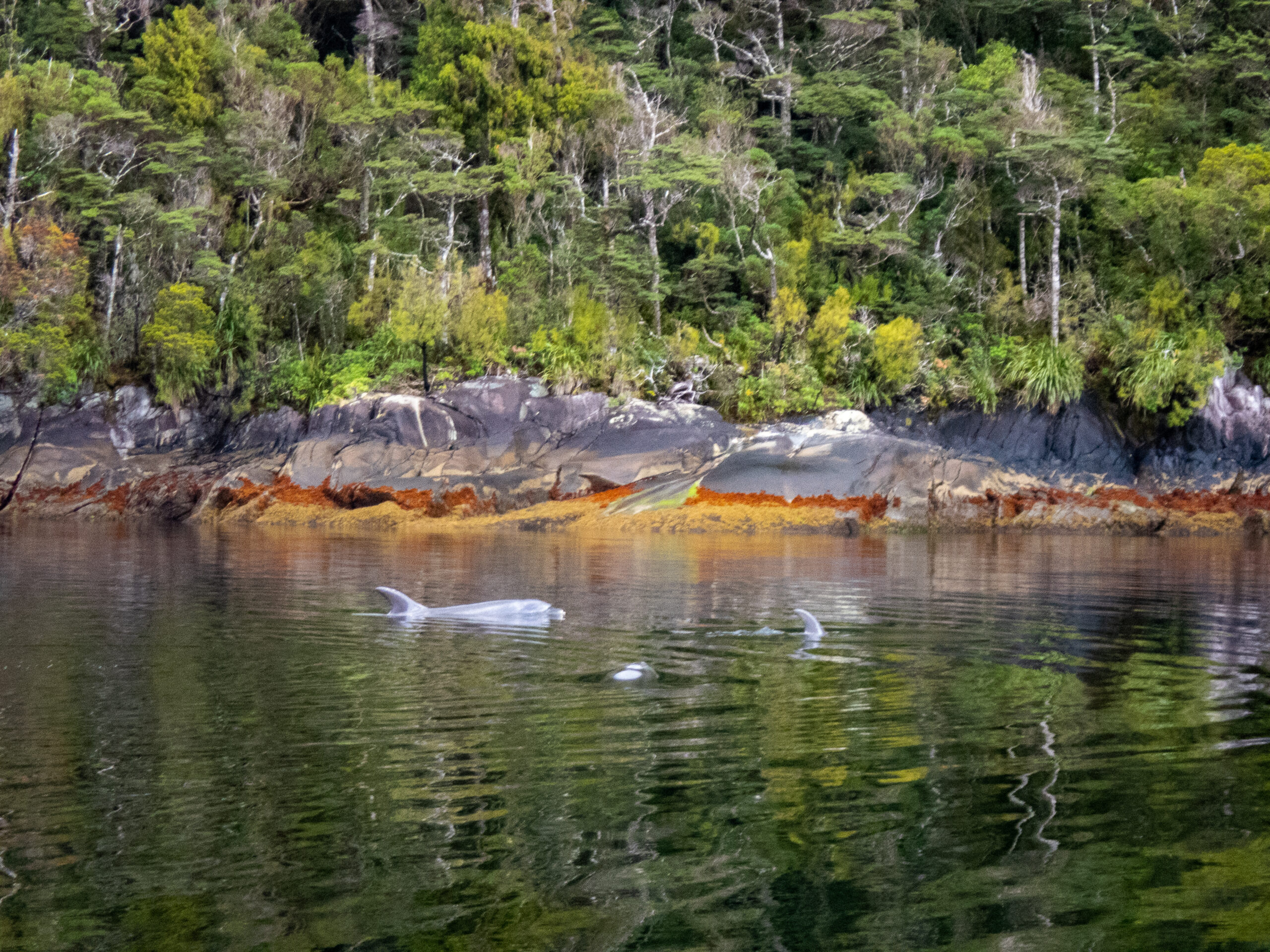


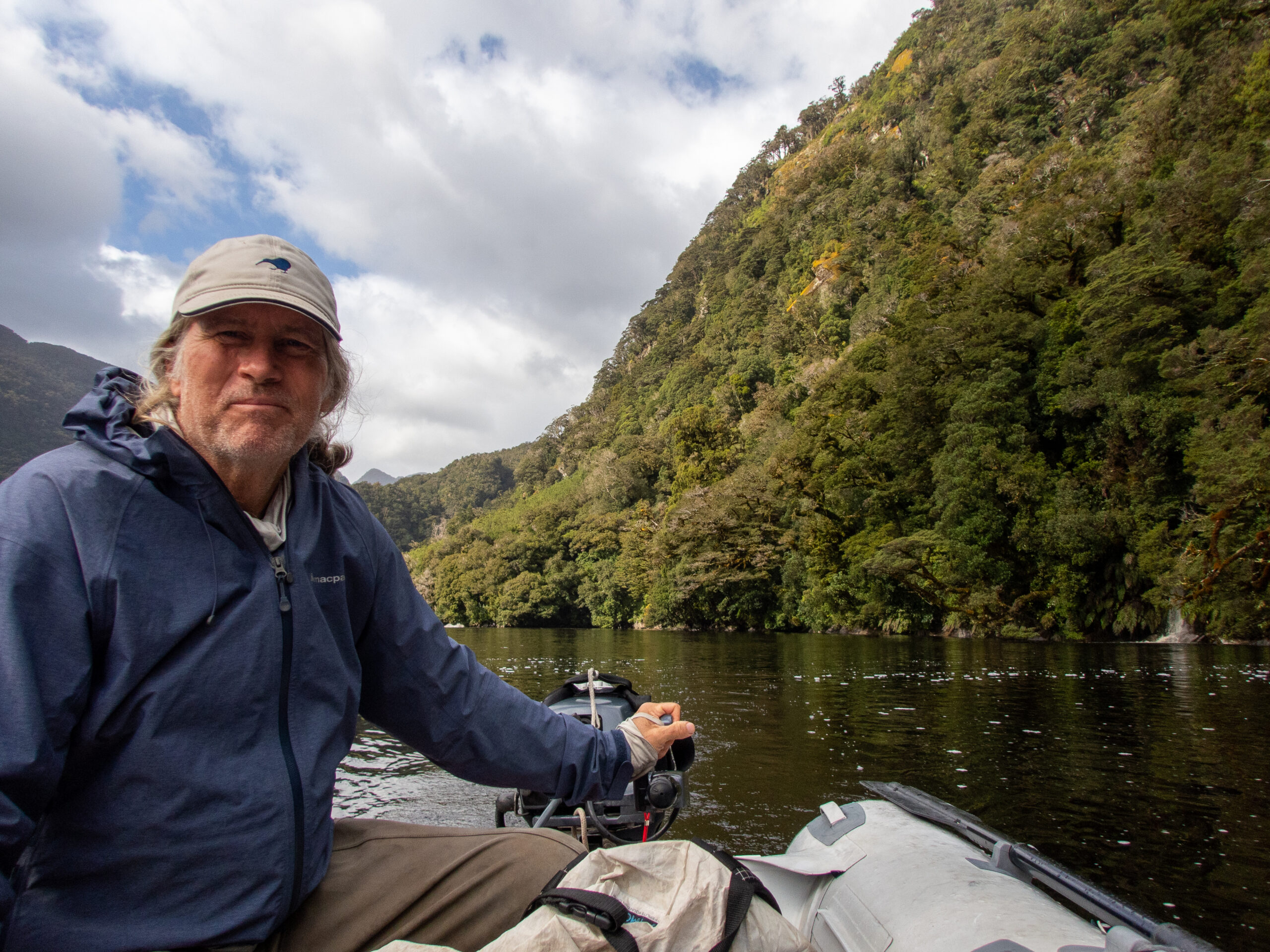
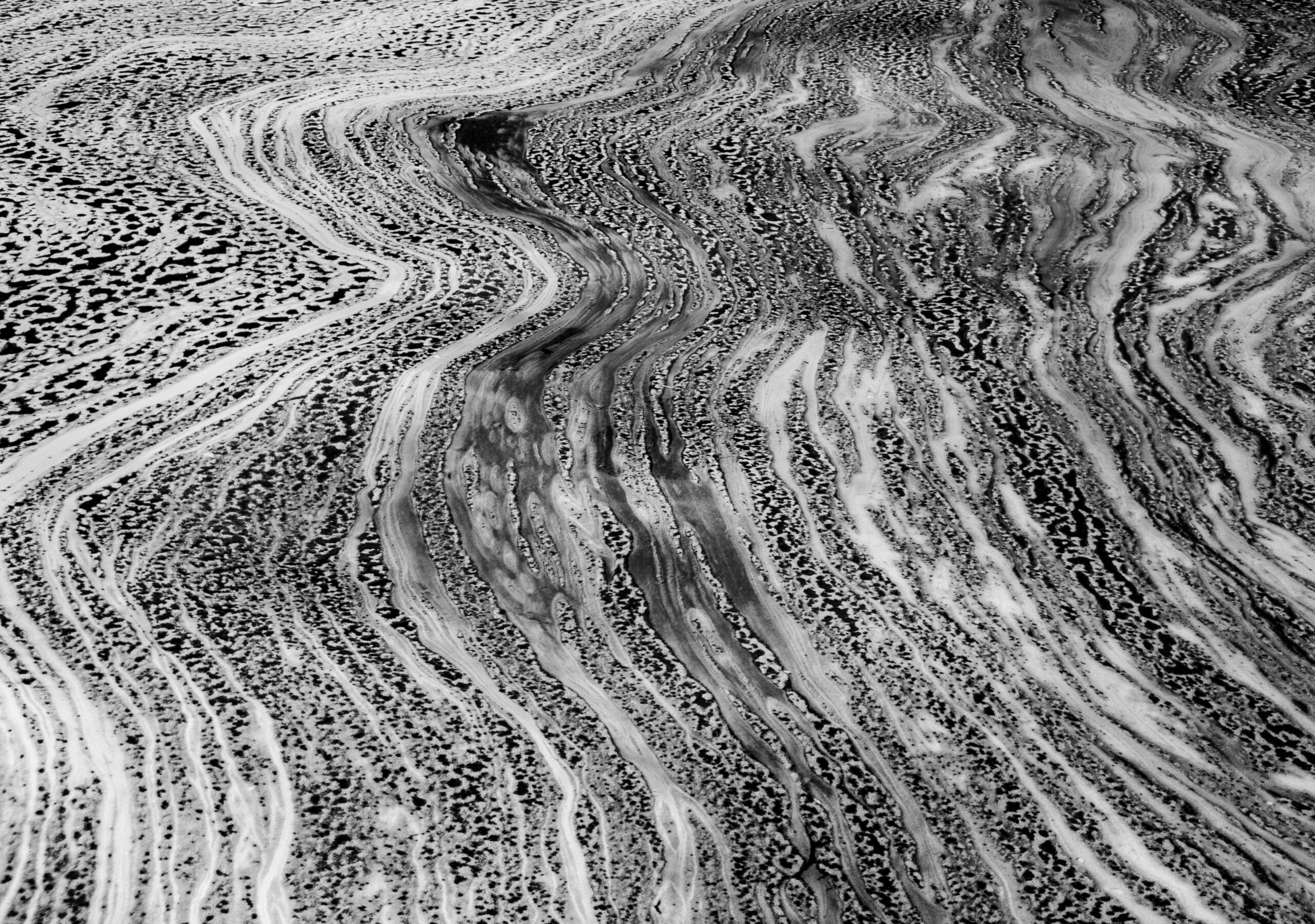
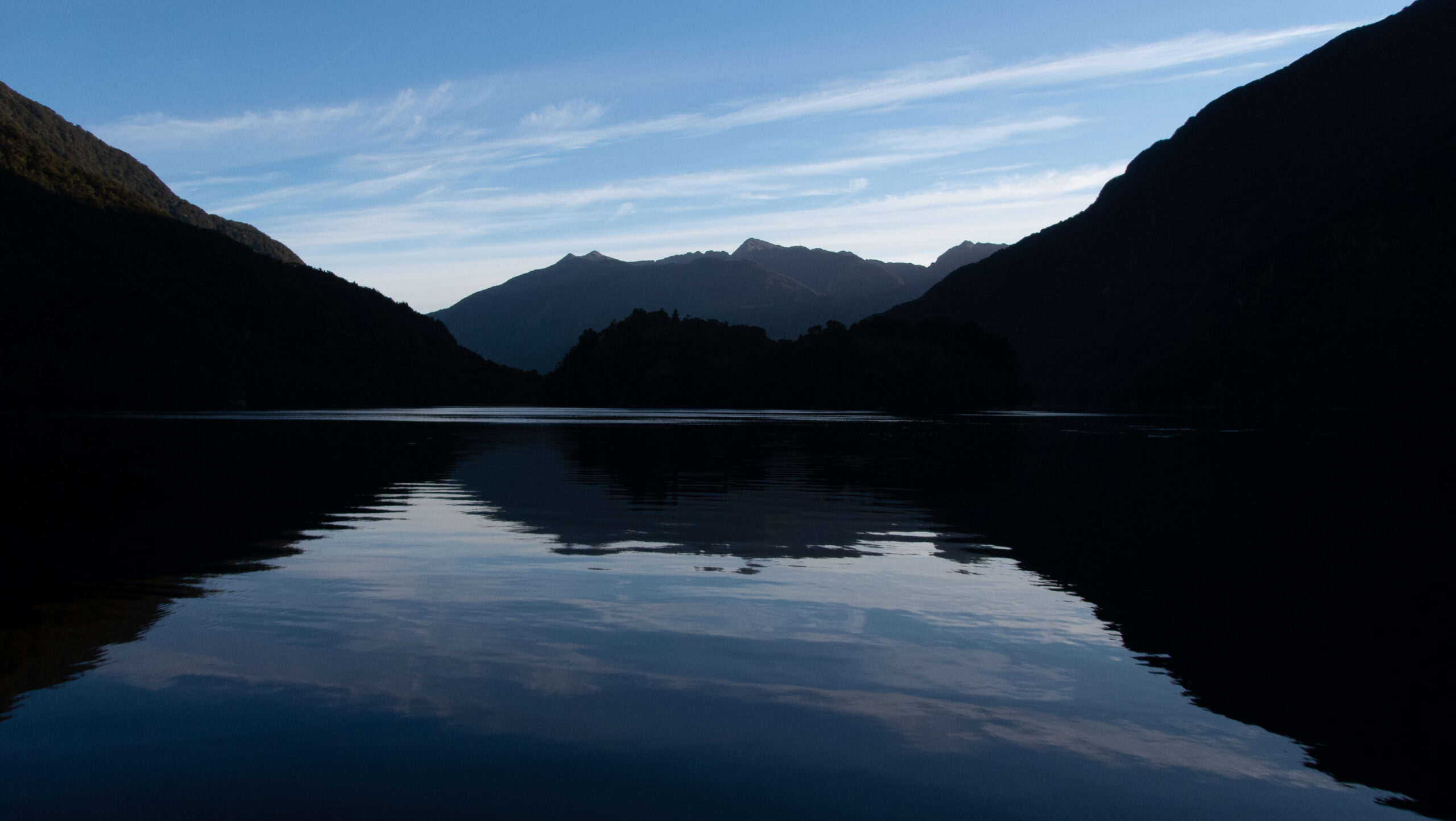

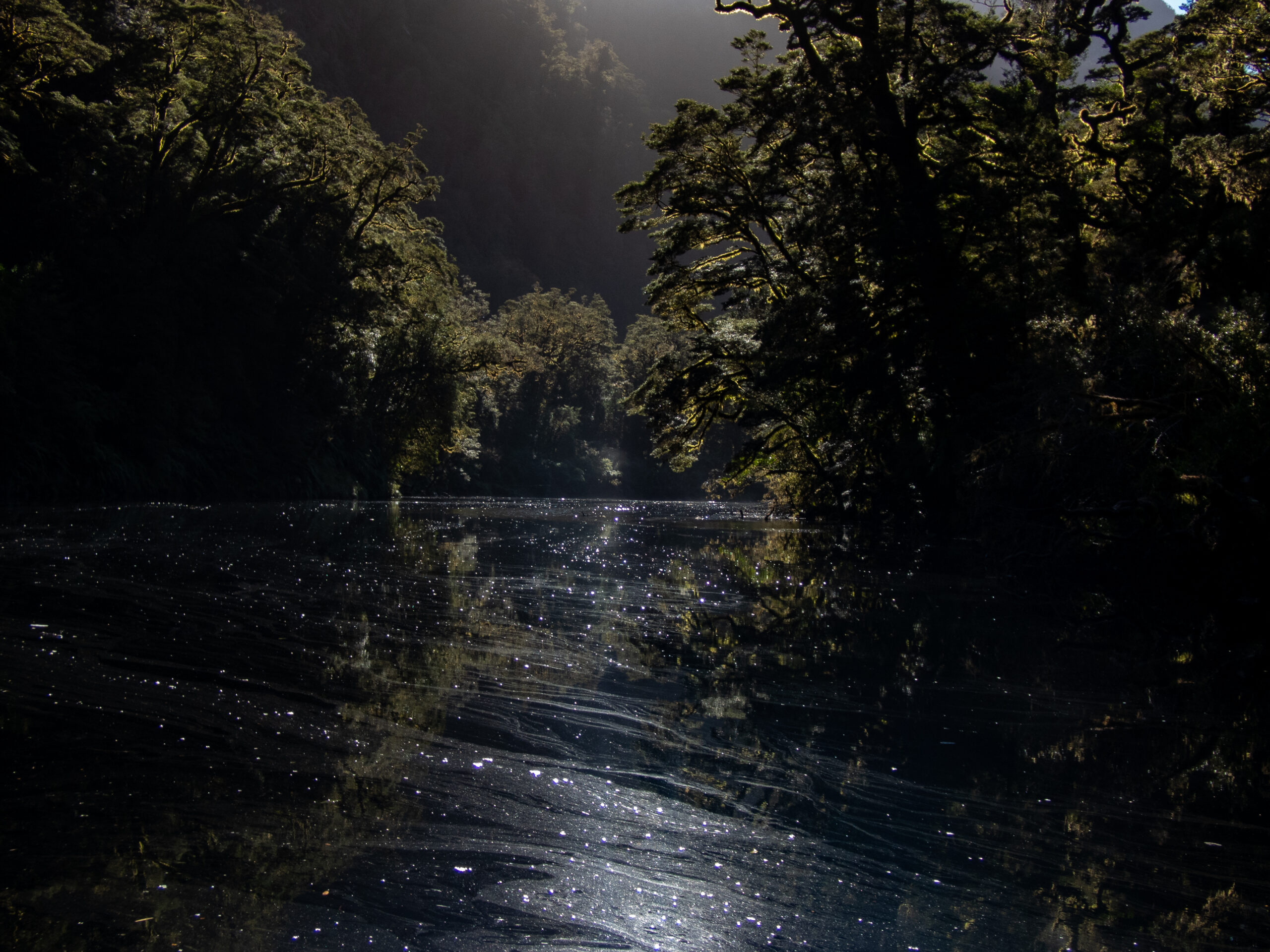
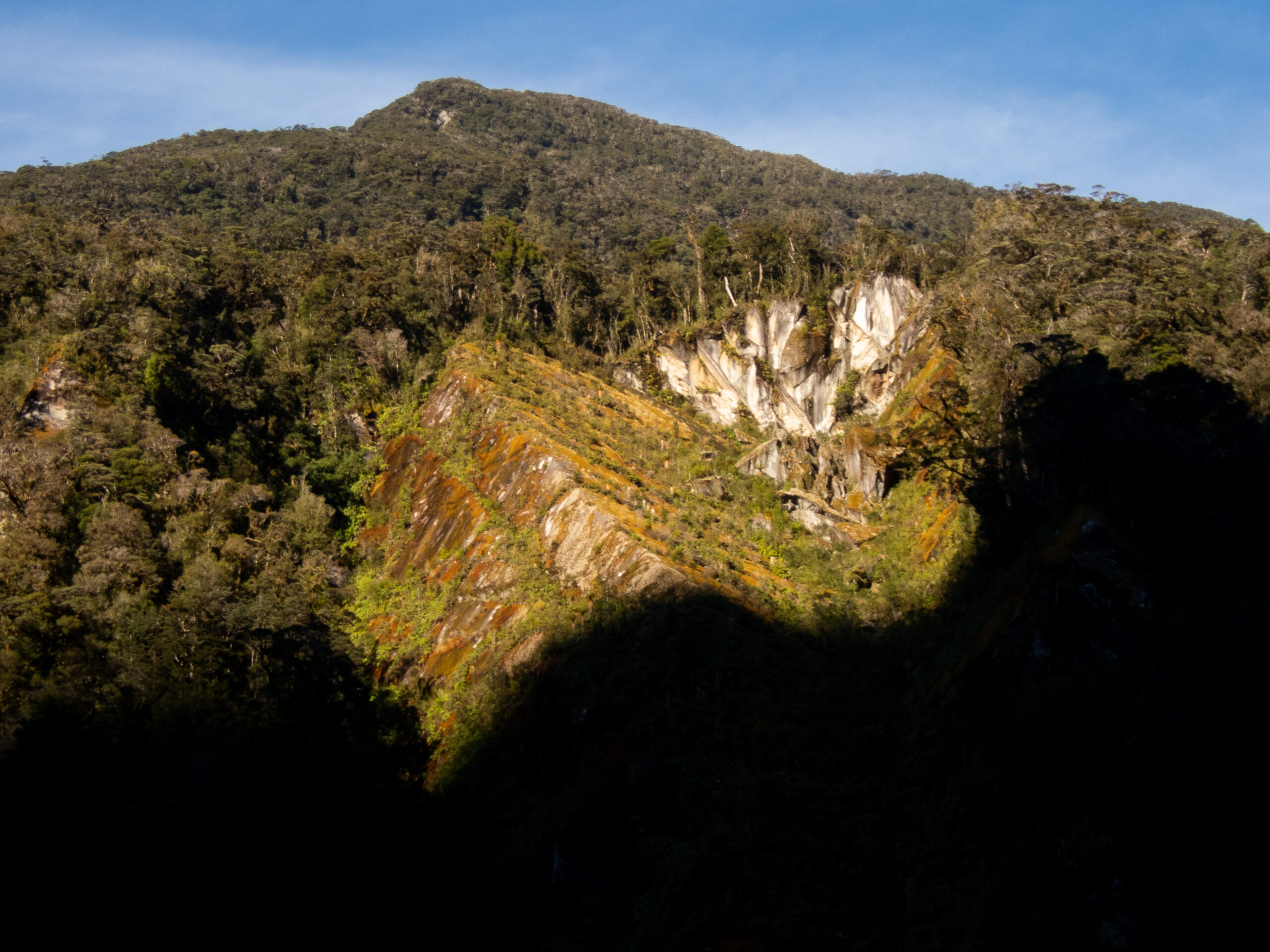
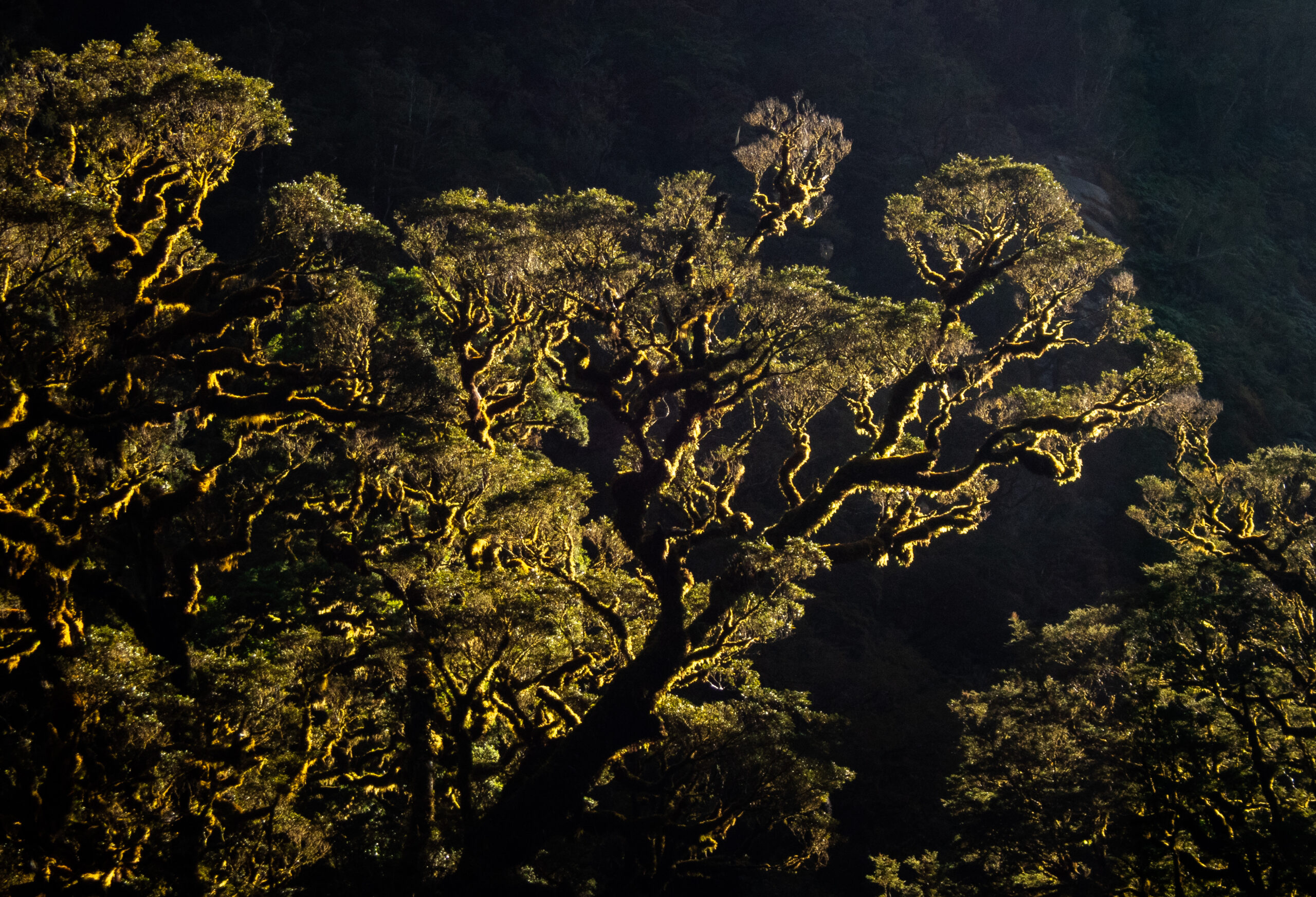
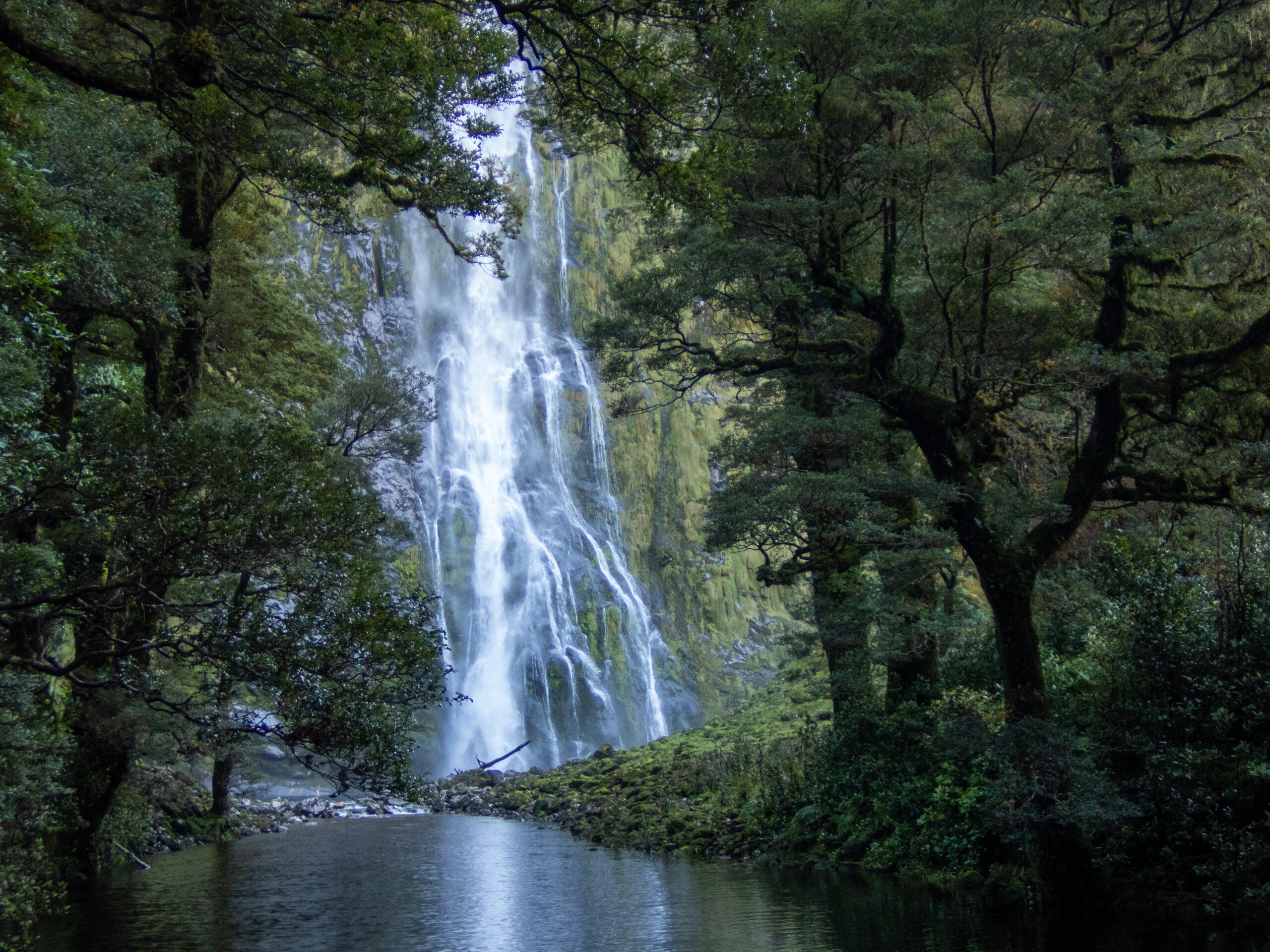

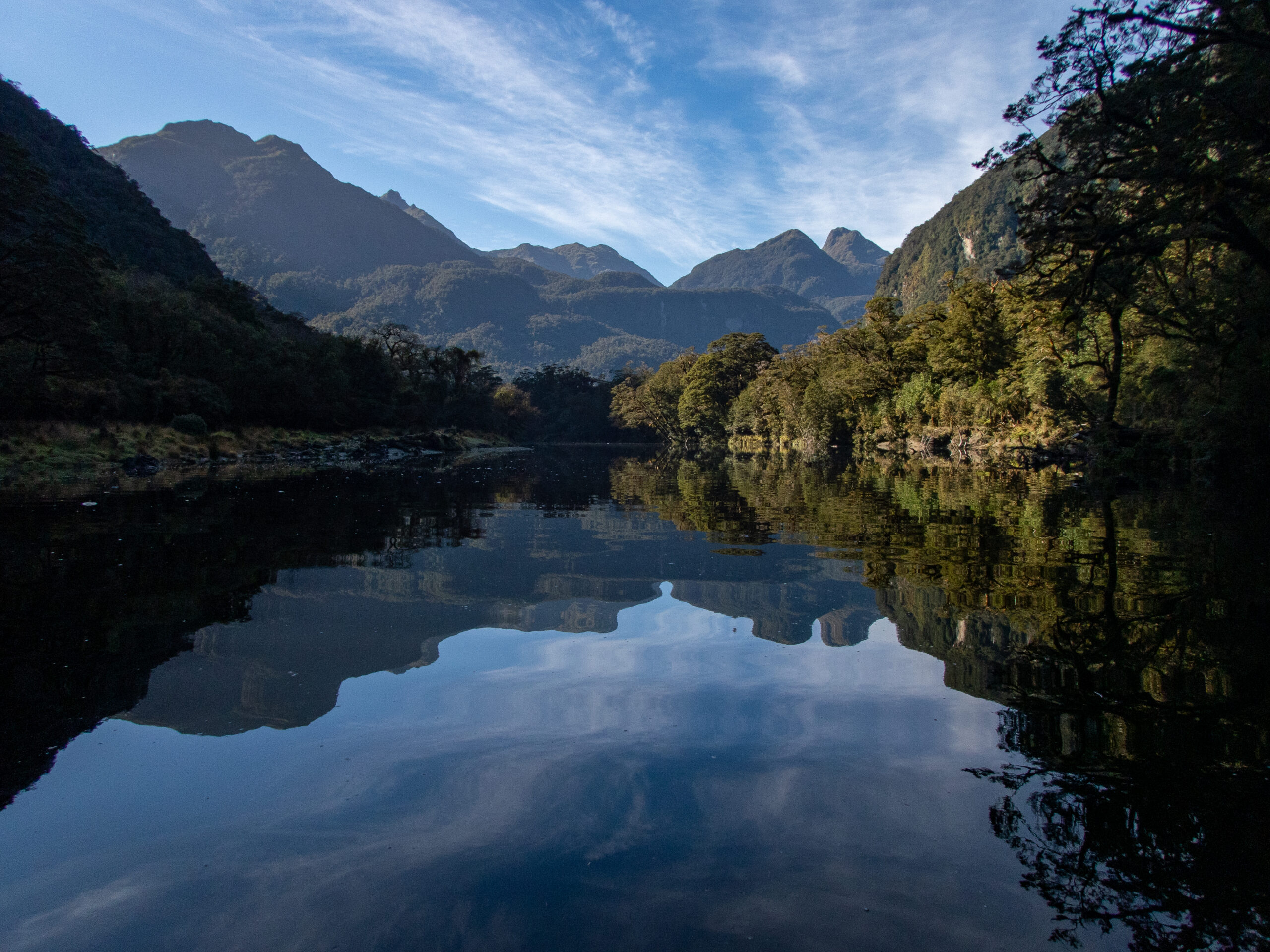
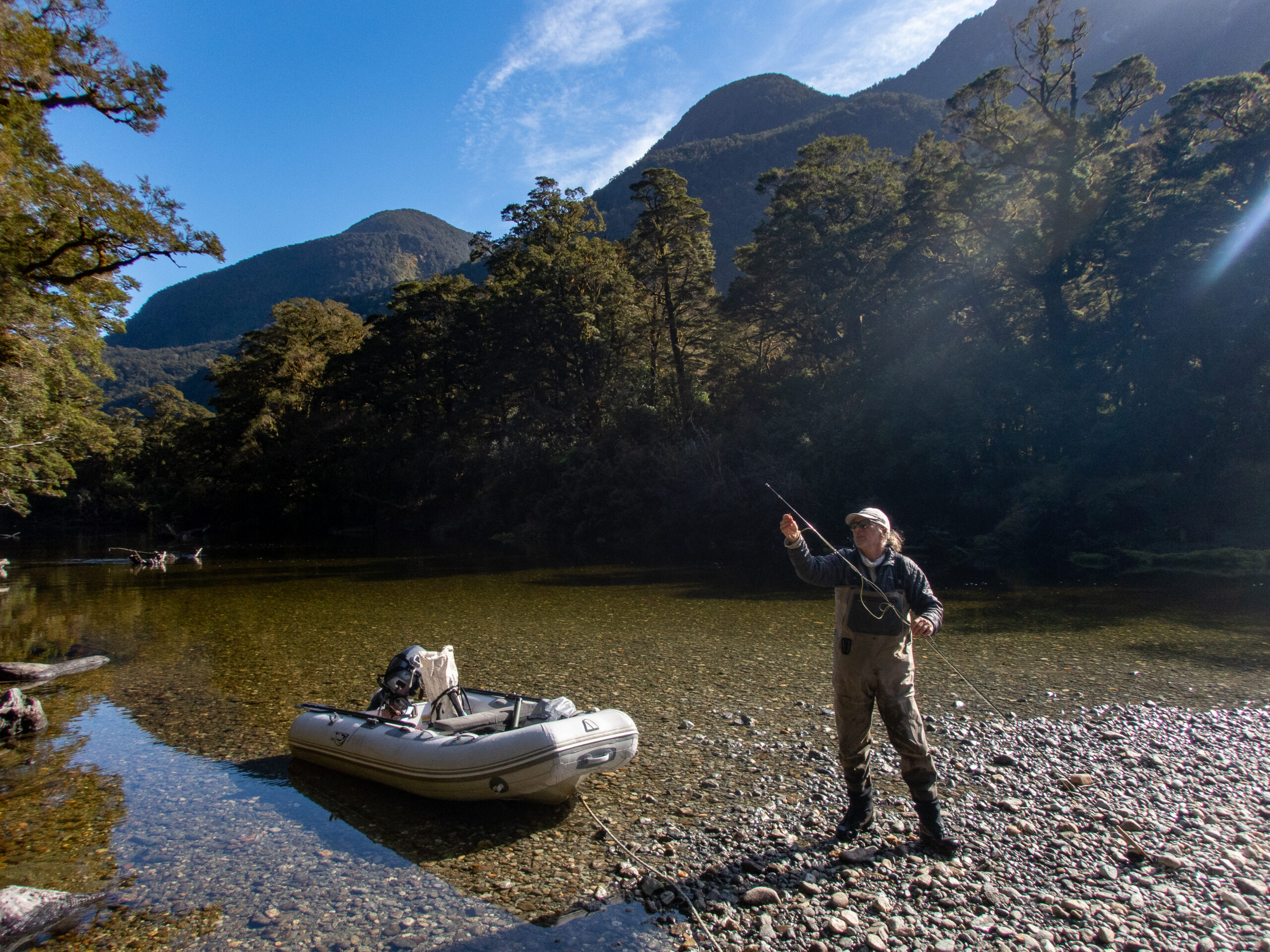

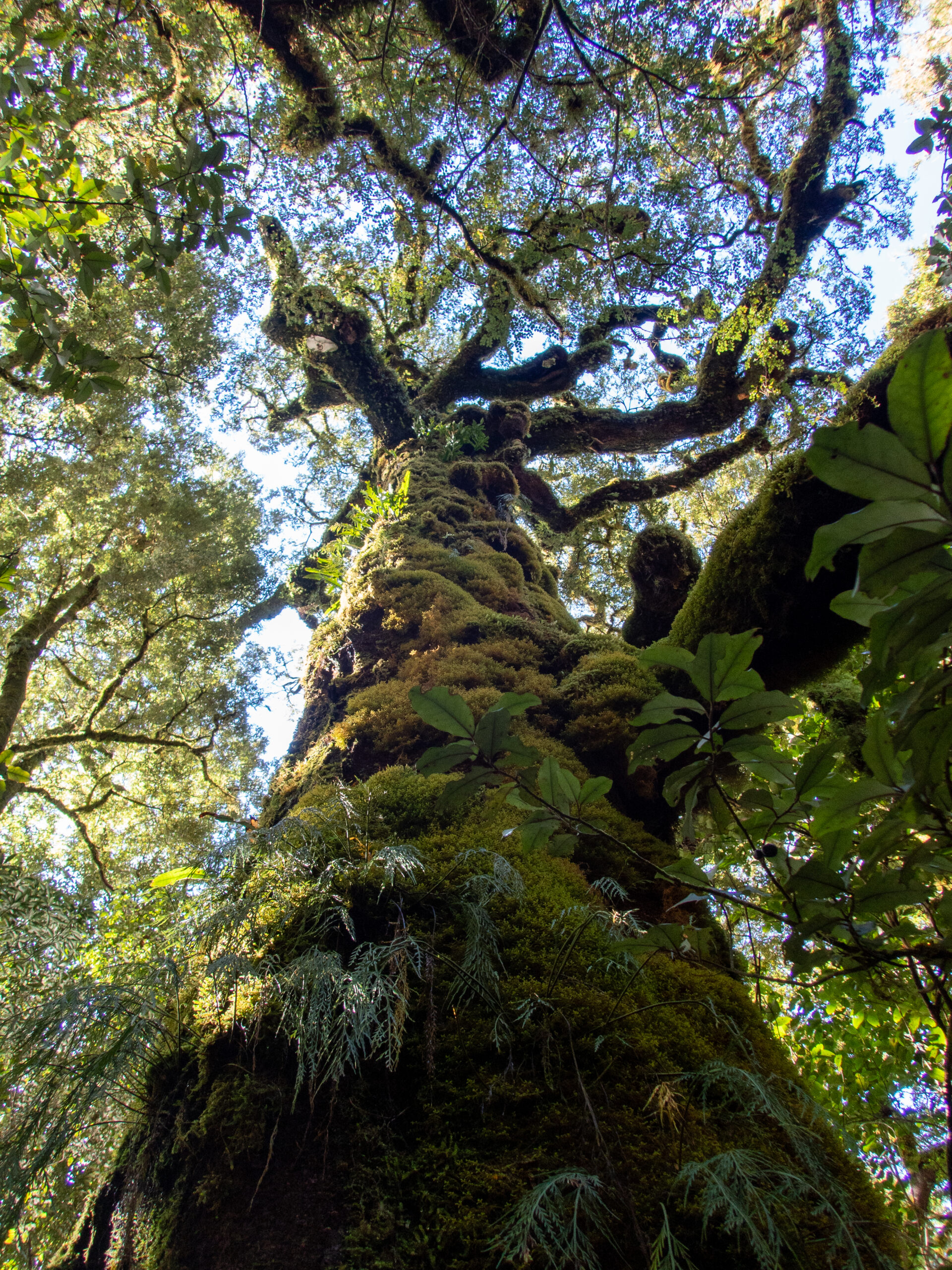
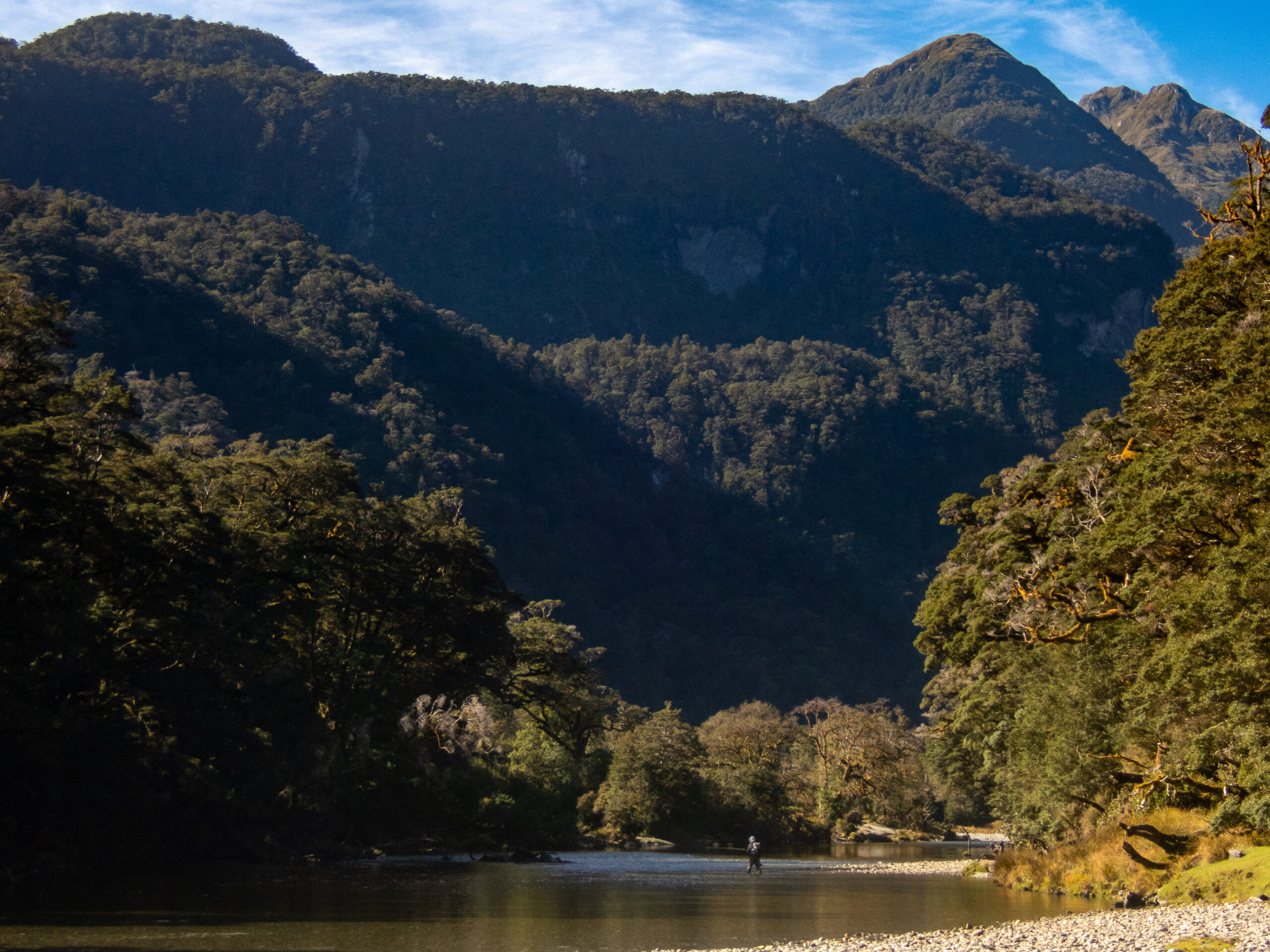
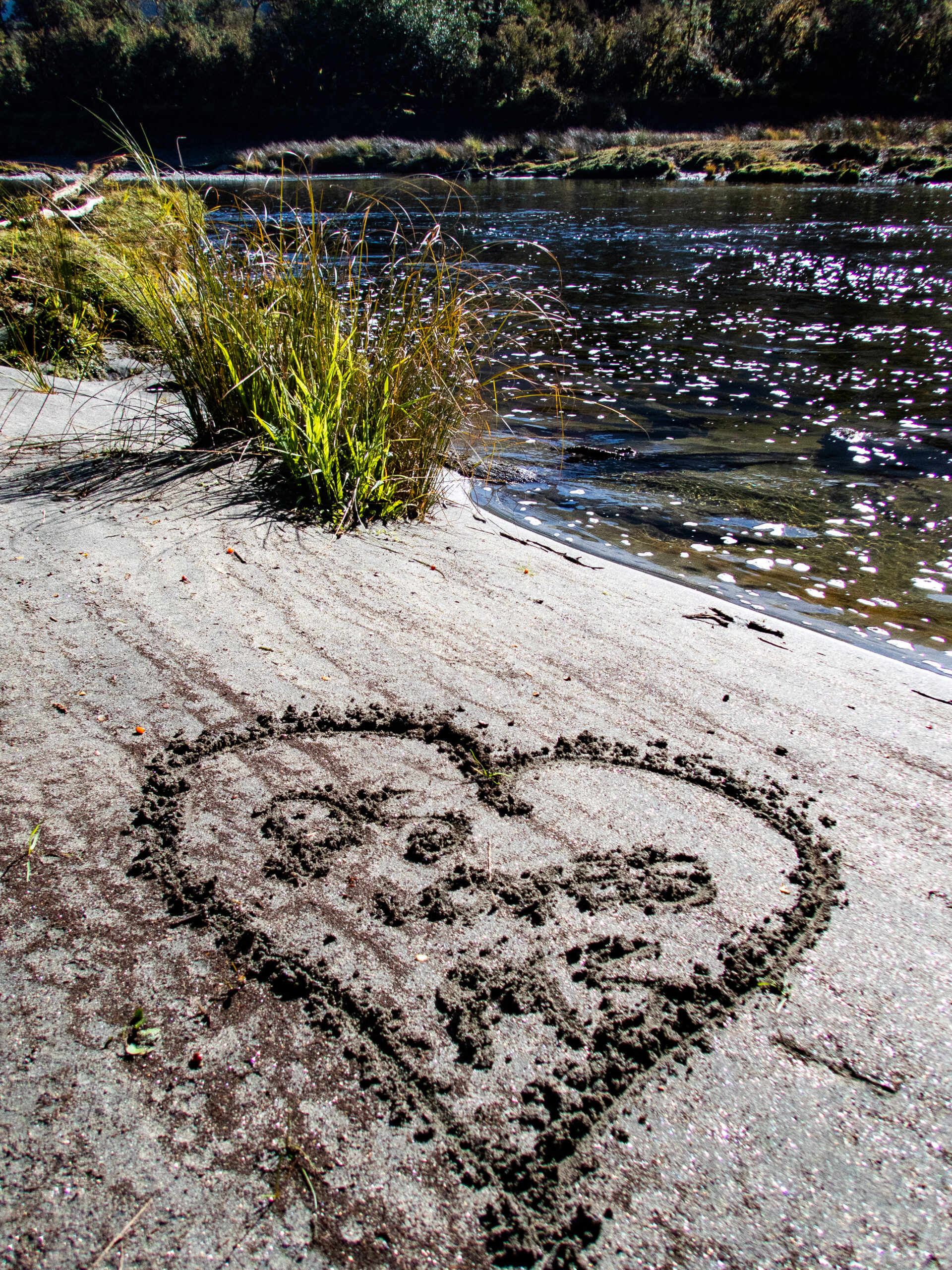
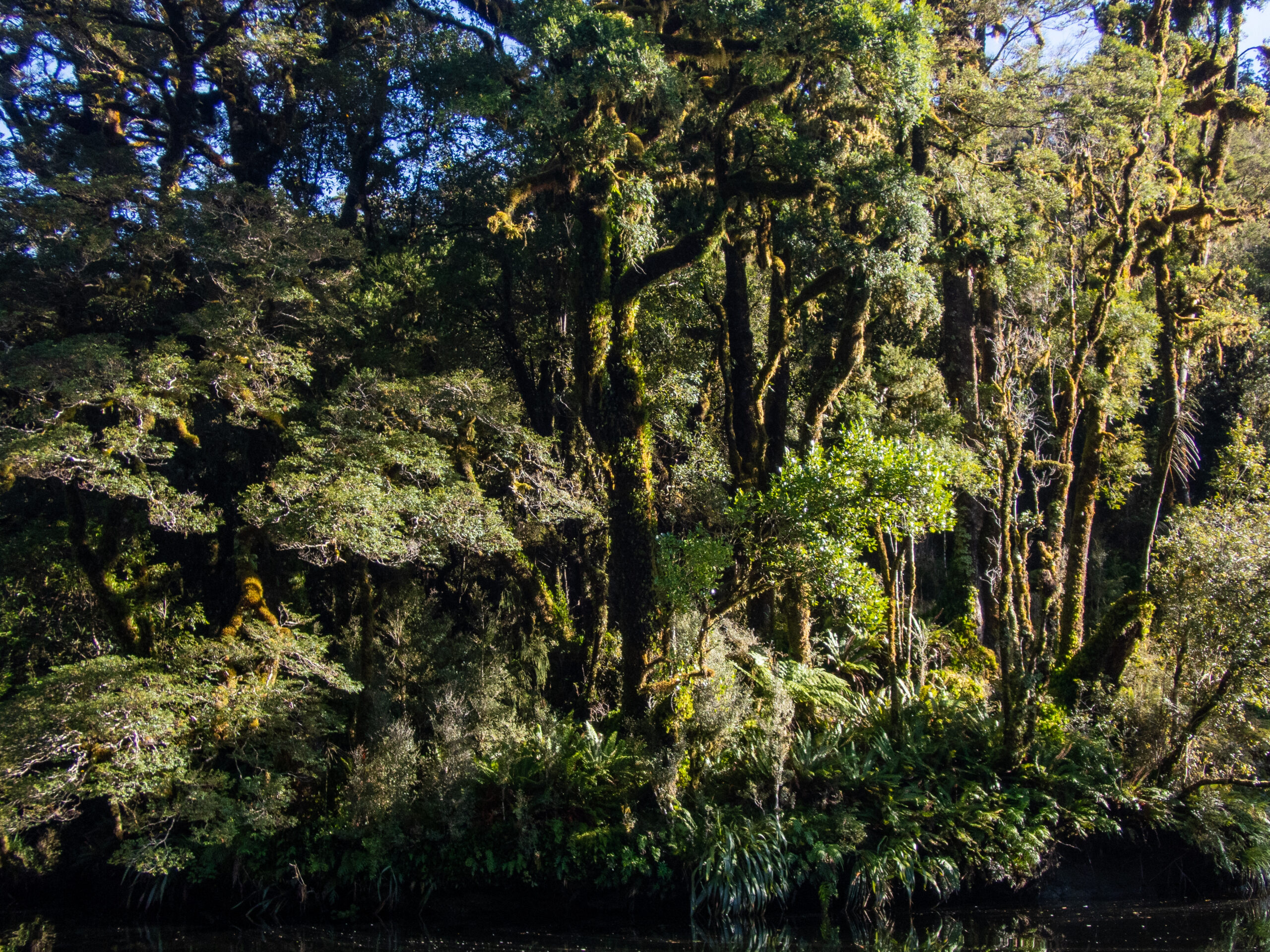

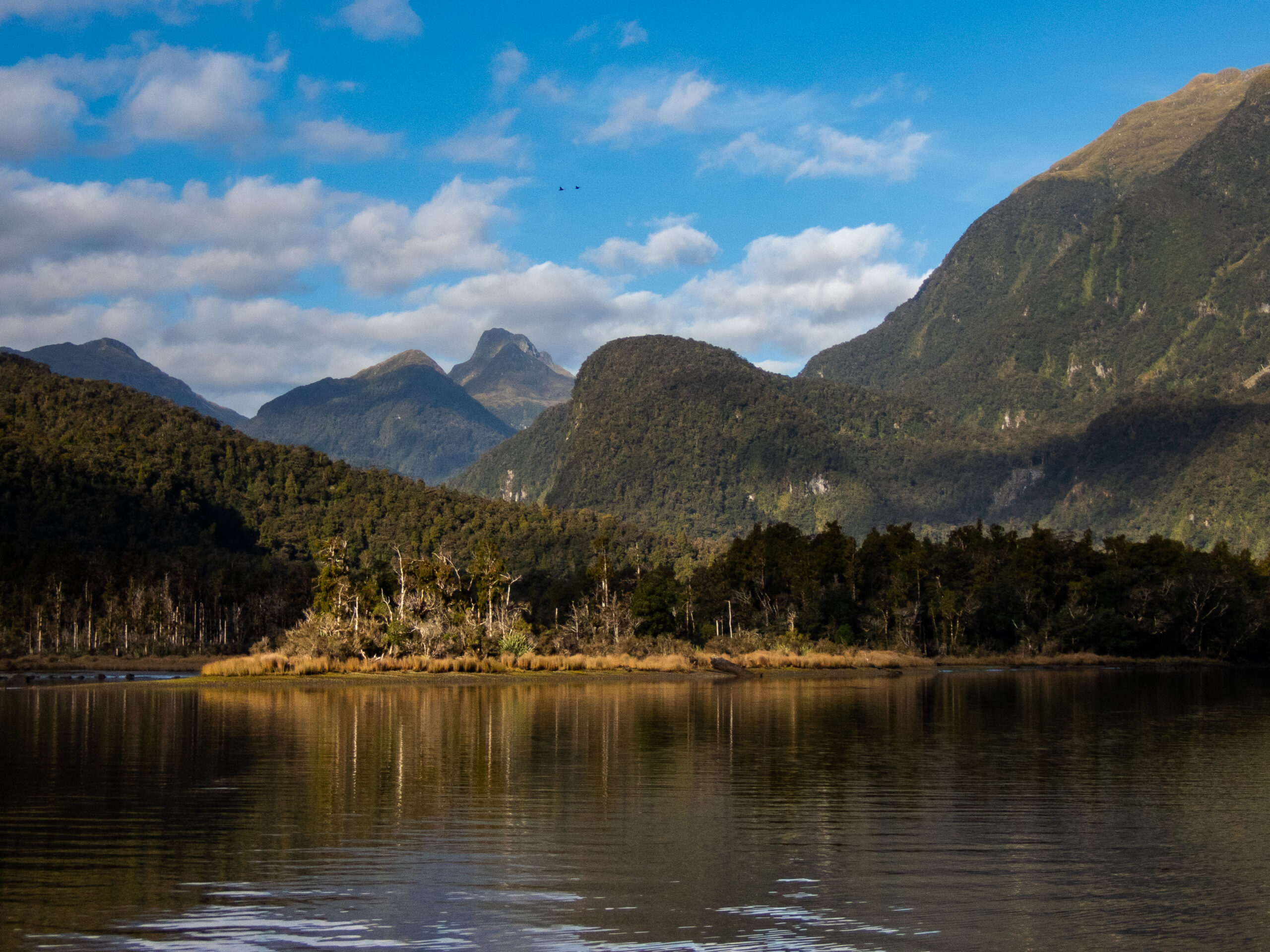
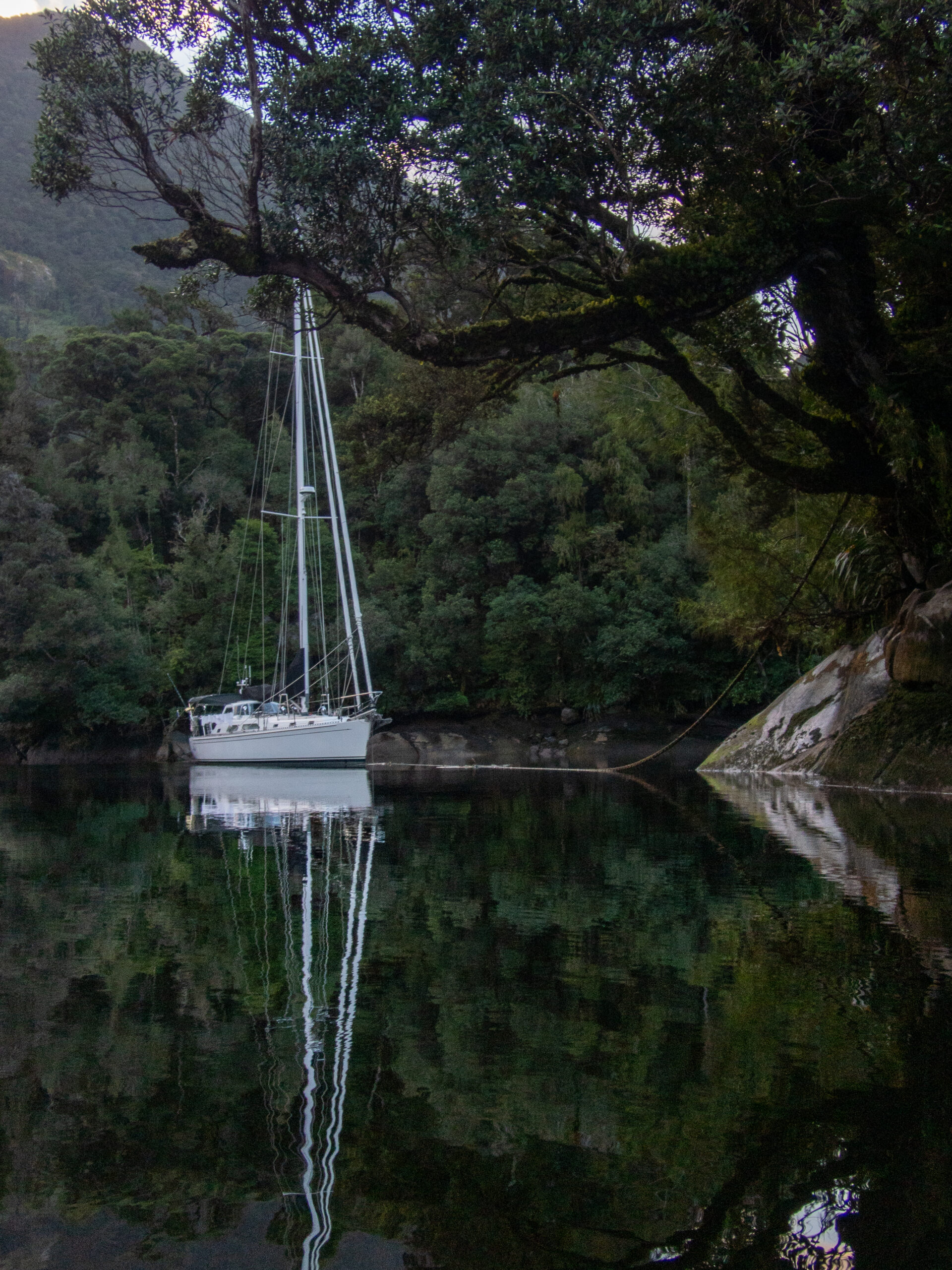
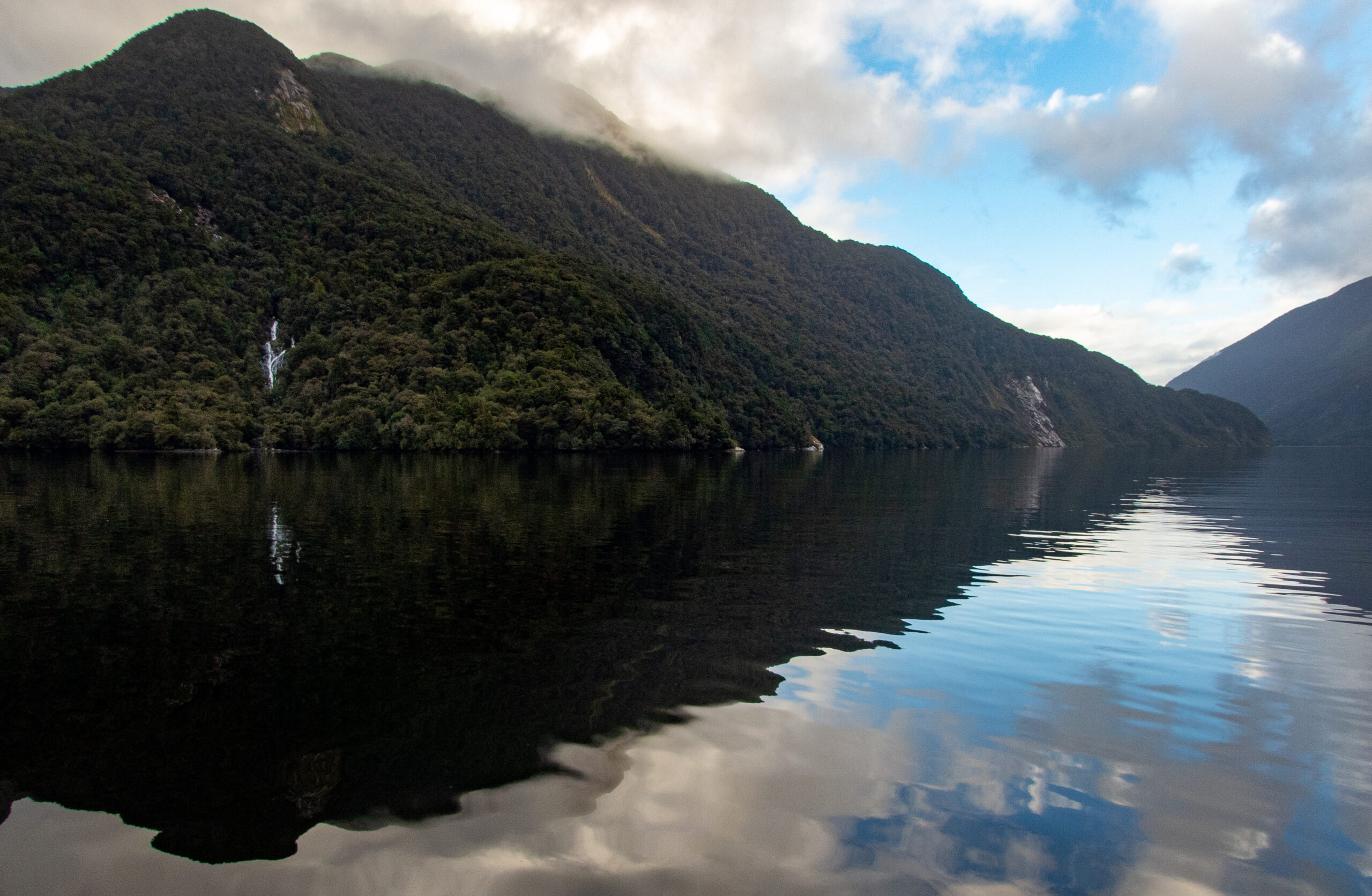
Dash from Dagg to Doubtful:
The relatively short distances between sounds along Fiordland’s rugged coast allow for mad dashes timed to brief calms, but you can’t really read the ocean’s mood sheltered in the steep granite walls of the fiords. Often the designation, “all weather anchorage,” means that fishermen have figured out that even in the worst conditions, certain spots are spared. The only way to know when it’s time to go, if you don’t have the benefit of years of local knowledge, is to study the weather models that we download twice a day from PredictWind. Because they are downloading via Iridium satellite, the resolution of the models cannot be higher that 50km. So there’s a bit of an odd effect as the models average how much the wind on the Tasman Sea is slowed down by the mountainous Fiordland coast, giving the appearance of lighter winds close to shore. They probably are a little lighter compared to what they are 20 miles out at sea, but our experience is that the models generally underestimate what it’s like on the outside and overestimate what we’ll experience once inside. Wind or no, gale or no, the seas are almost always a mess, particularly where local winds funnel through the openings of the sounds. Schedules are well known as the bane of sailing but in the land based world they are unavoidable, and Wyatt had a particularly narrow window of time to squeeze in a visit to us amid preparations to leave New Zealand. So we considered ourselves unreasonably lucky when the wind that pinned us down for a couple of days in Daag, relented in perfect time for us to make the dash. We arrived at the opening of Doubtful with what Wyatt would call a ‘splitter bluebird’ sunny day. ~MS
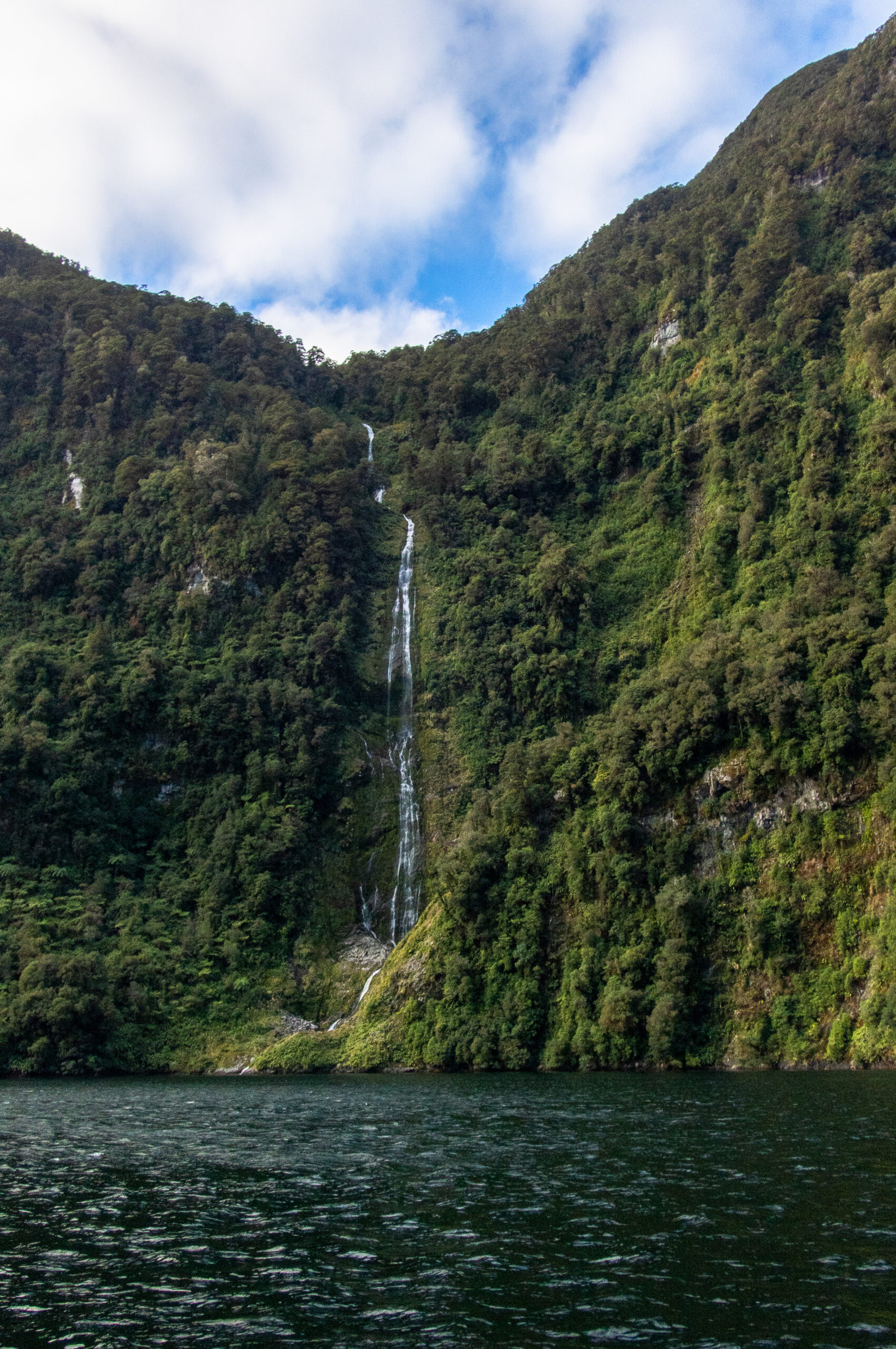

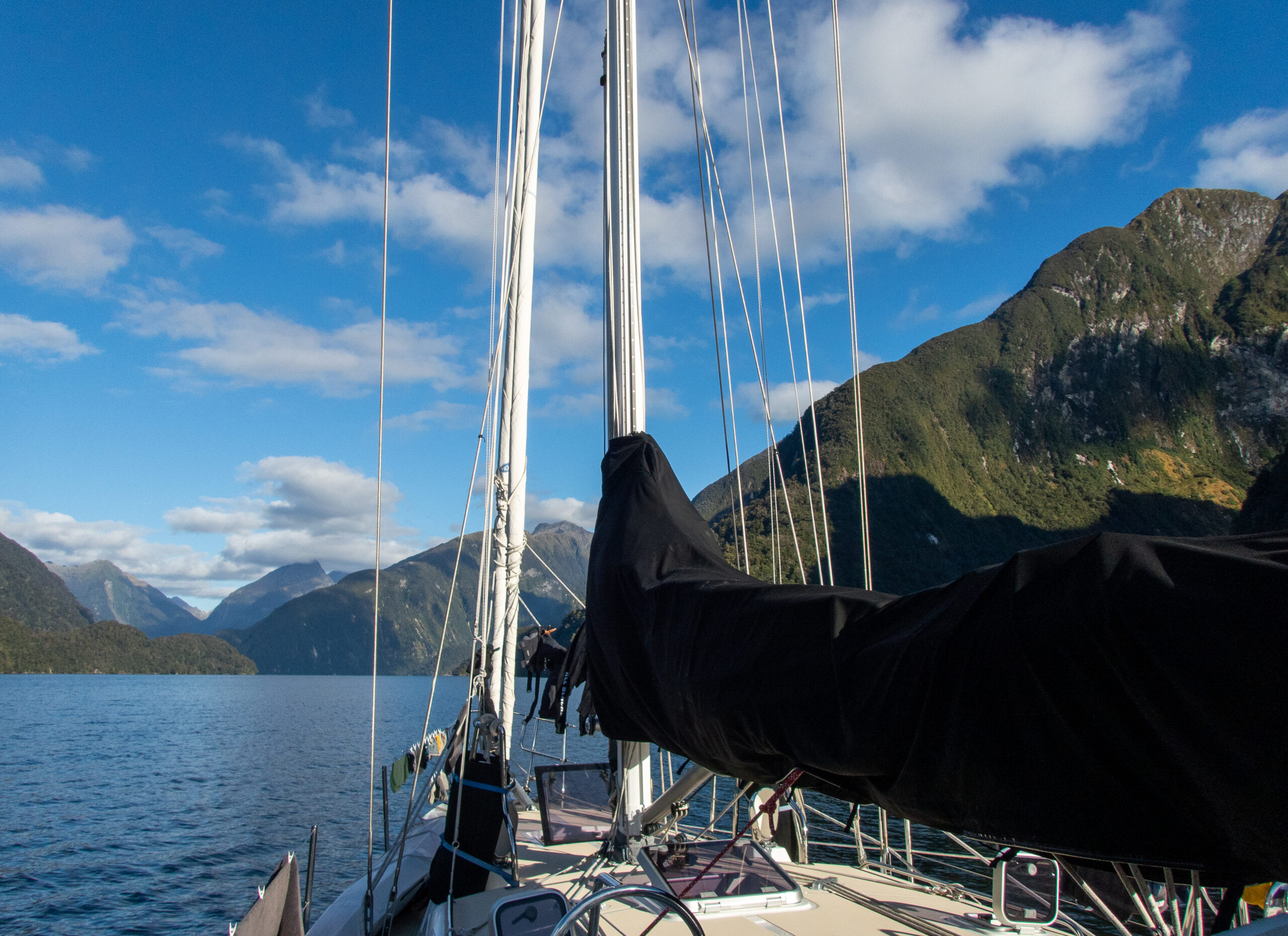
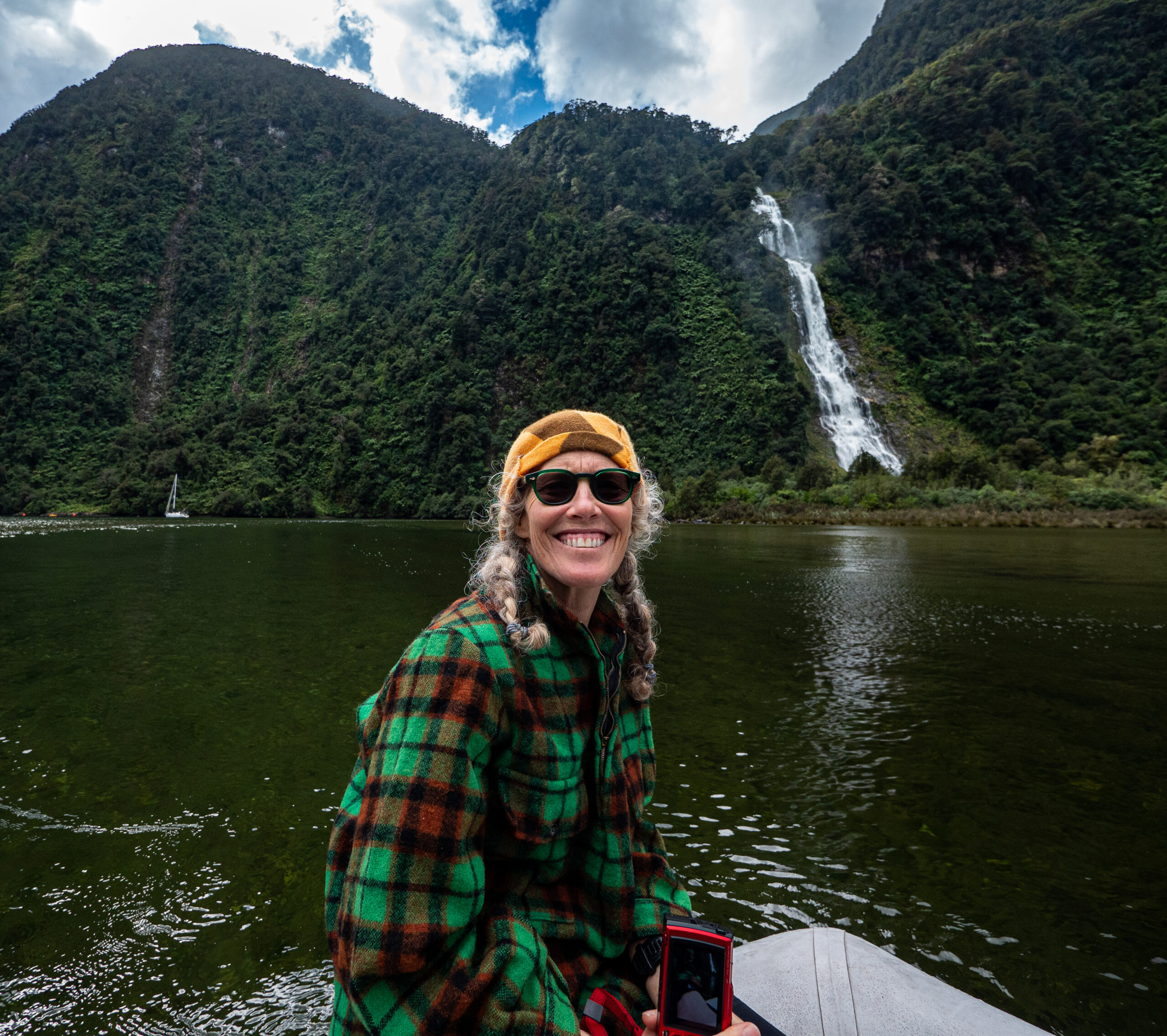

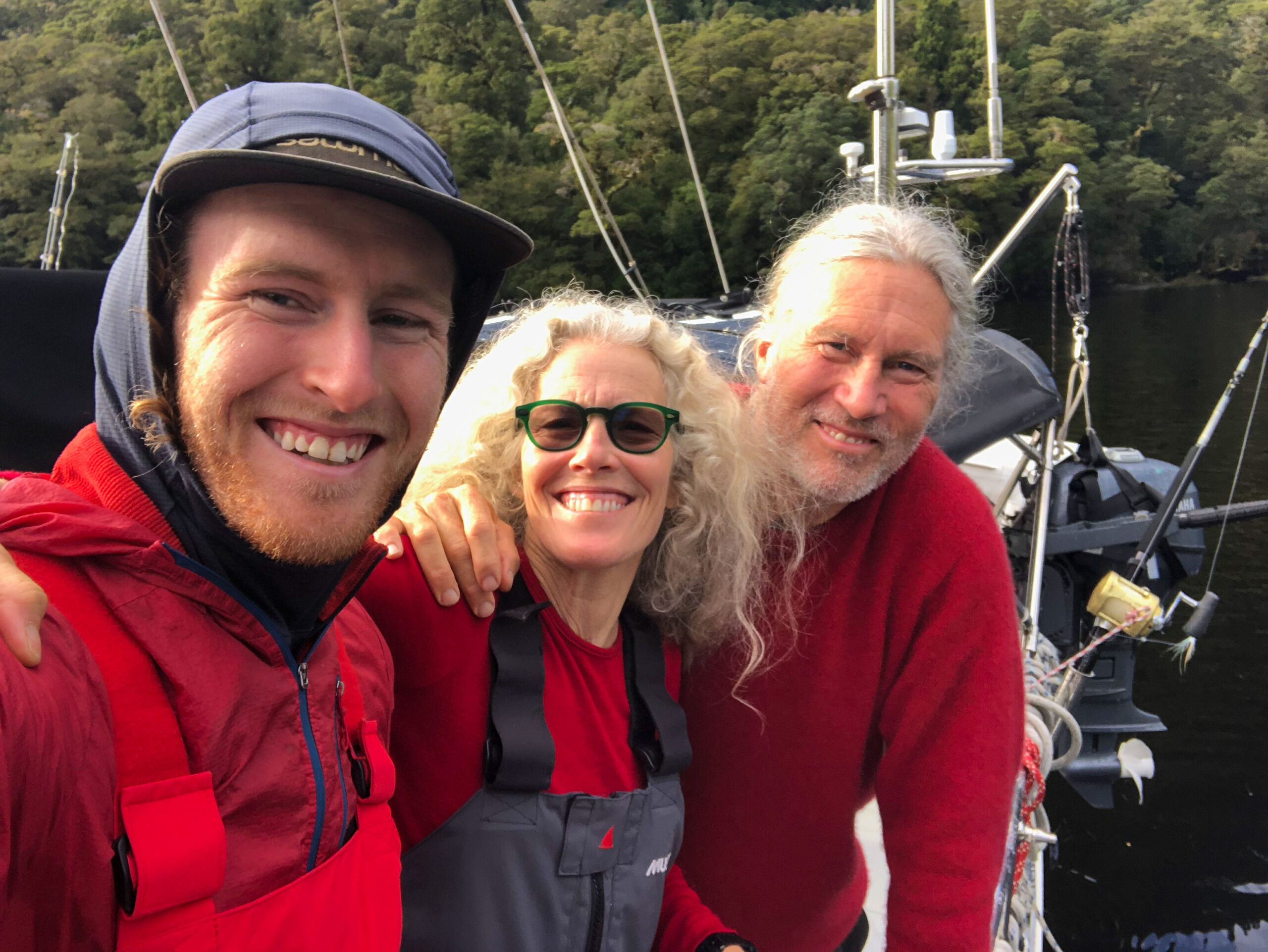


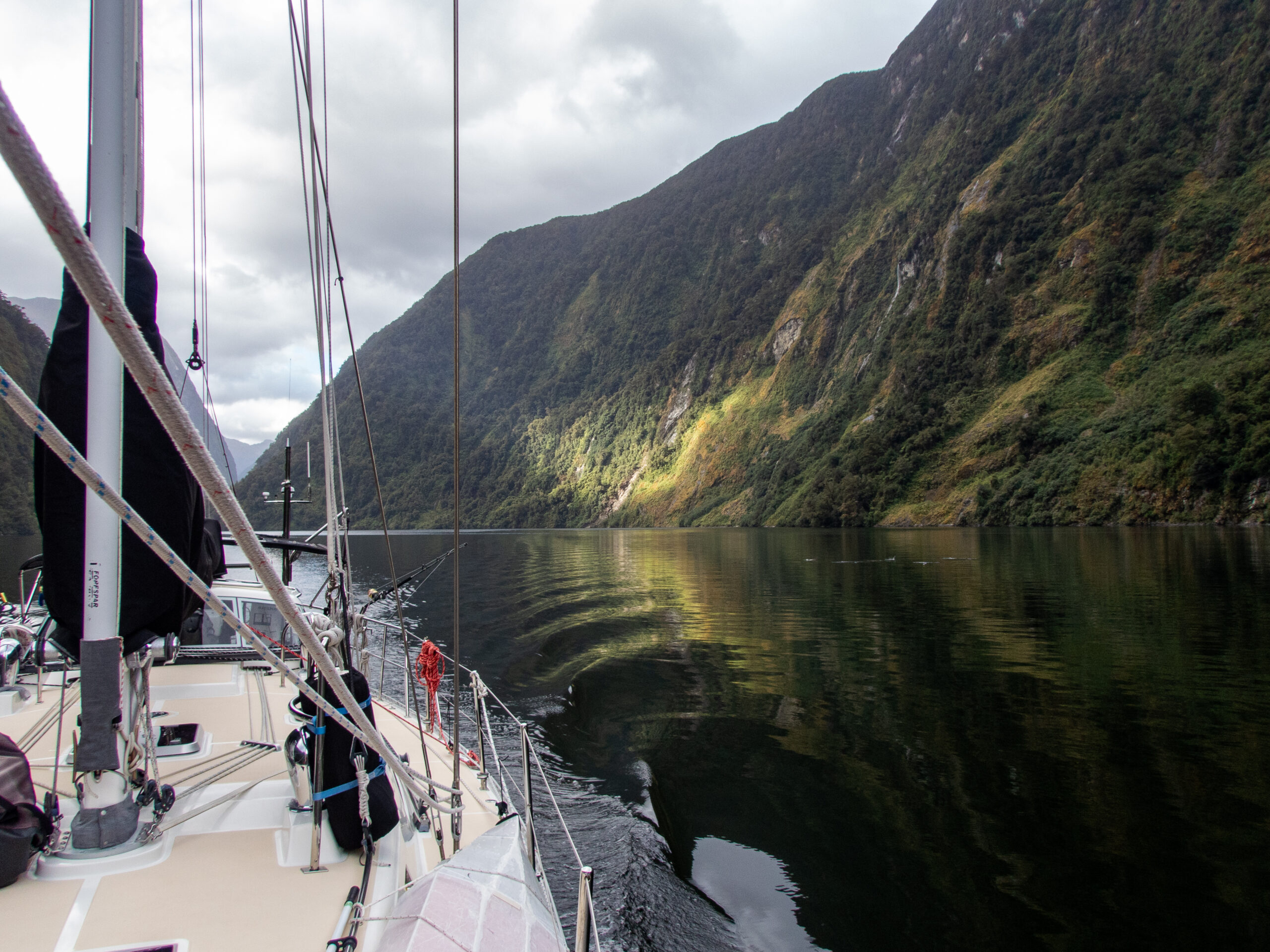

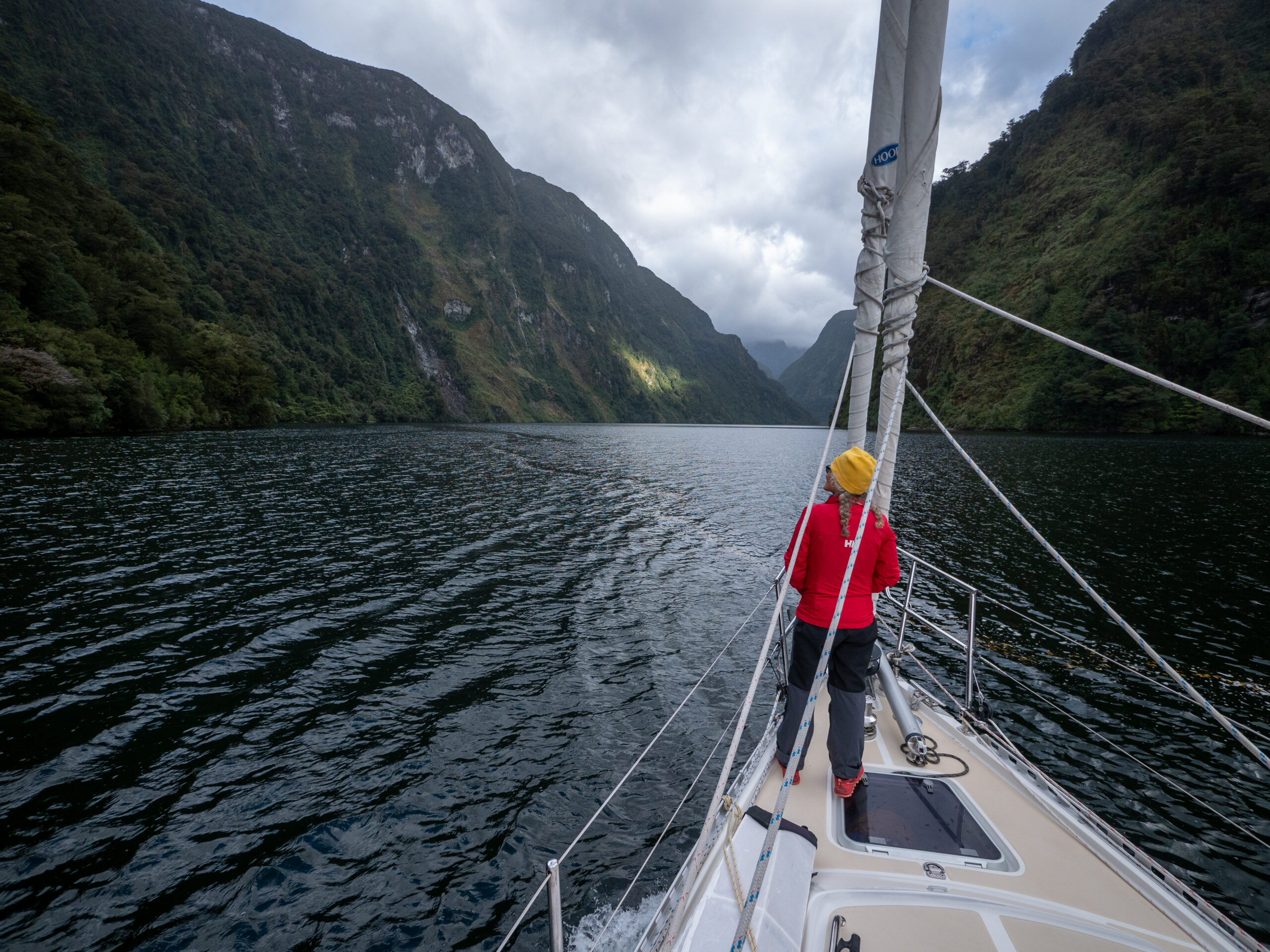
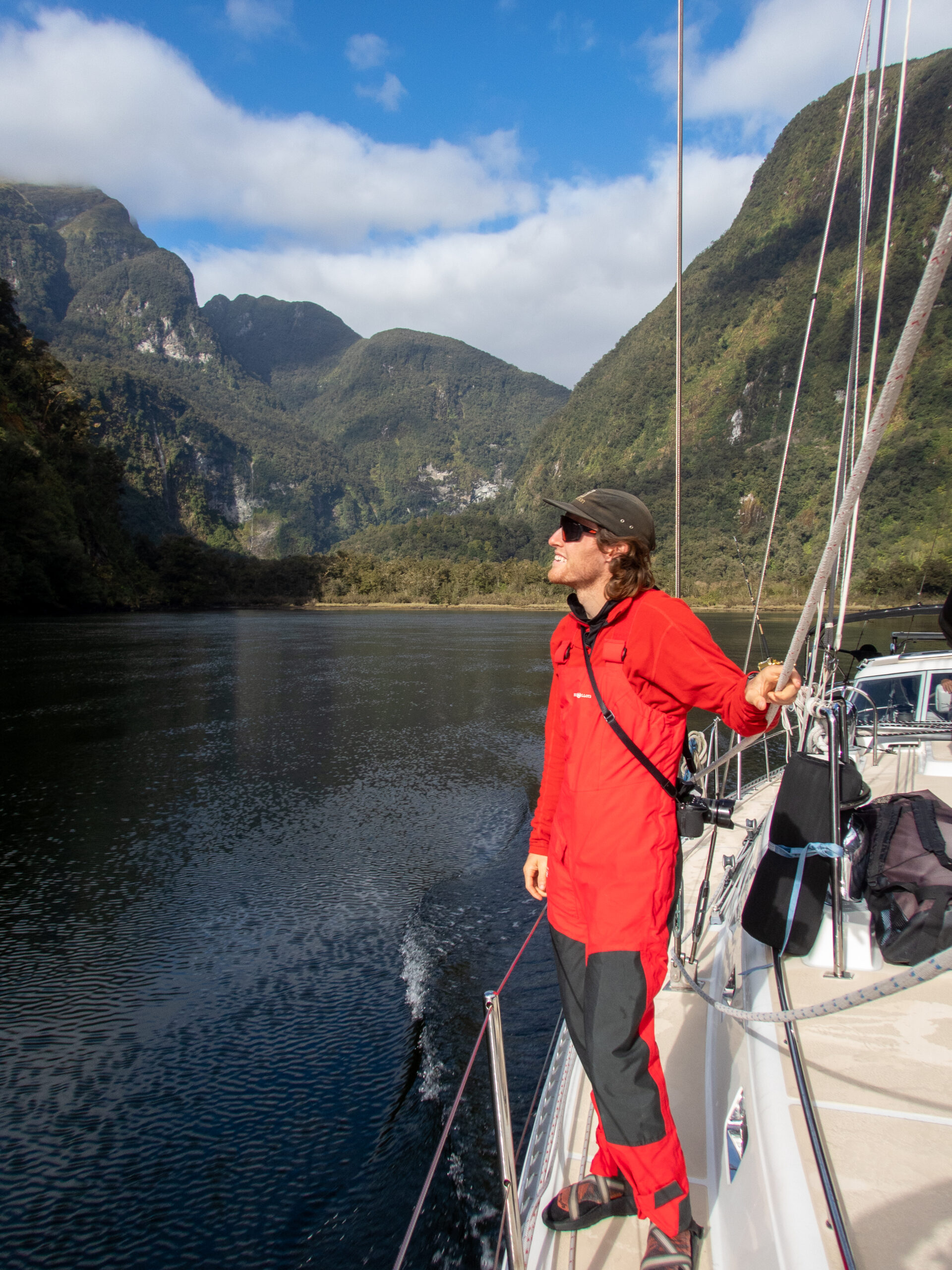
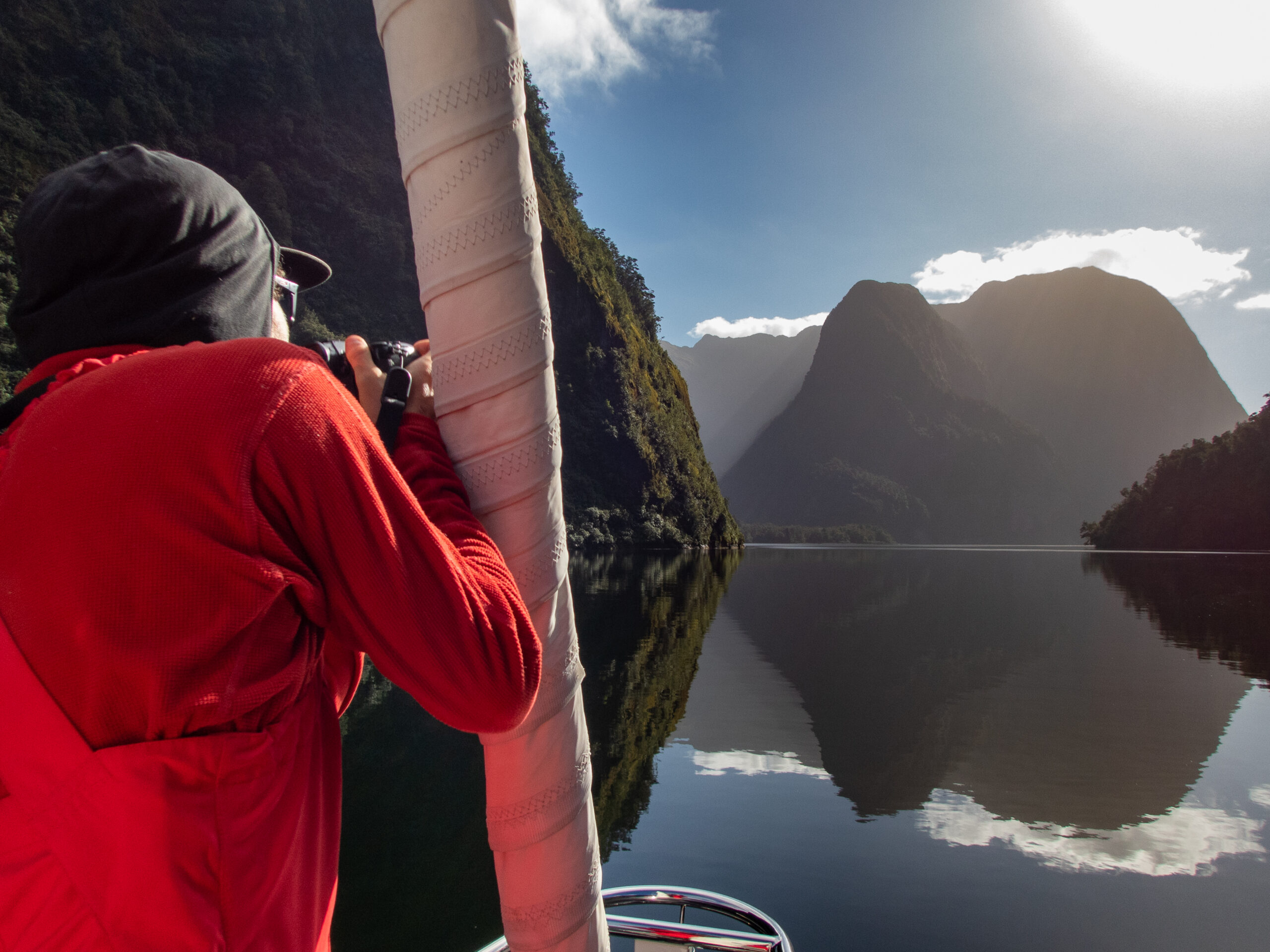

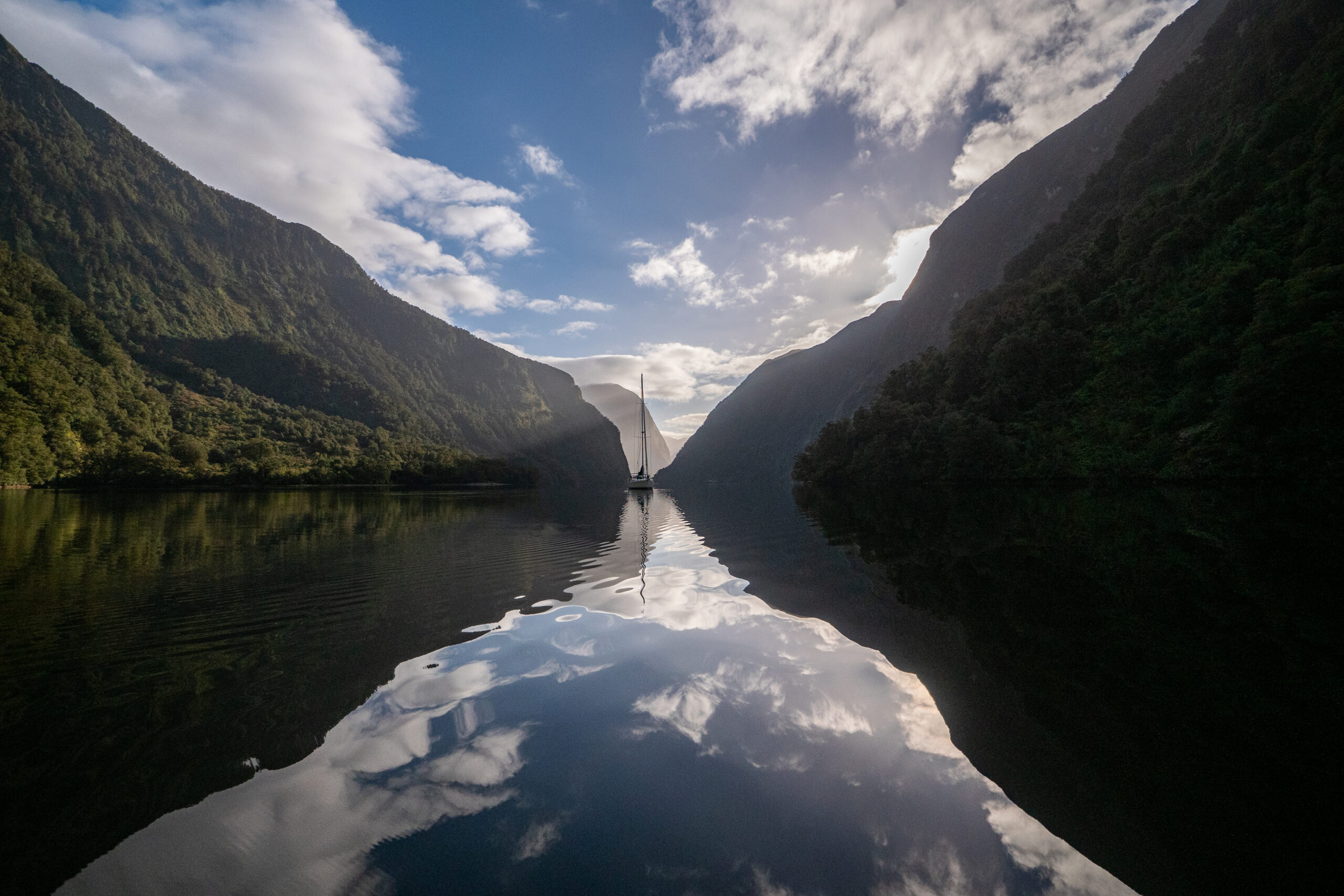
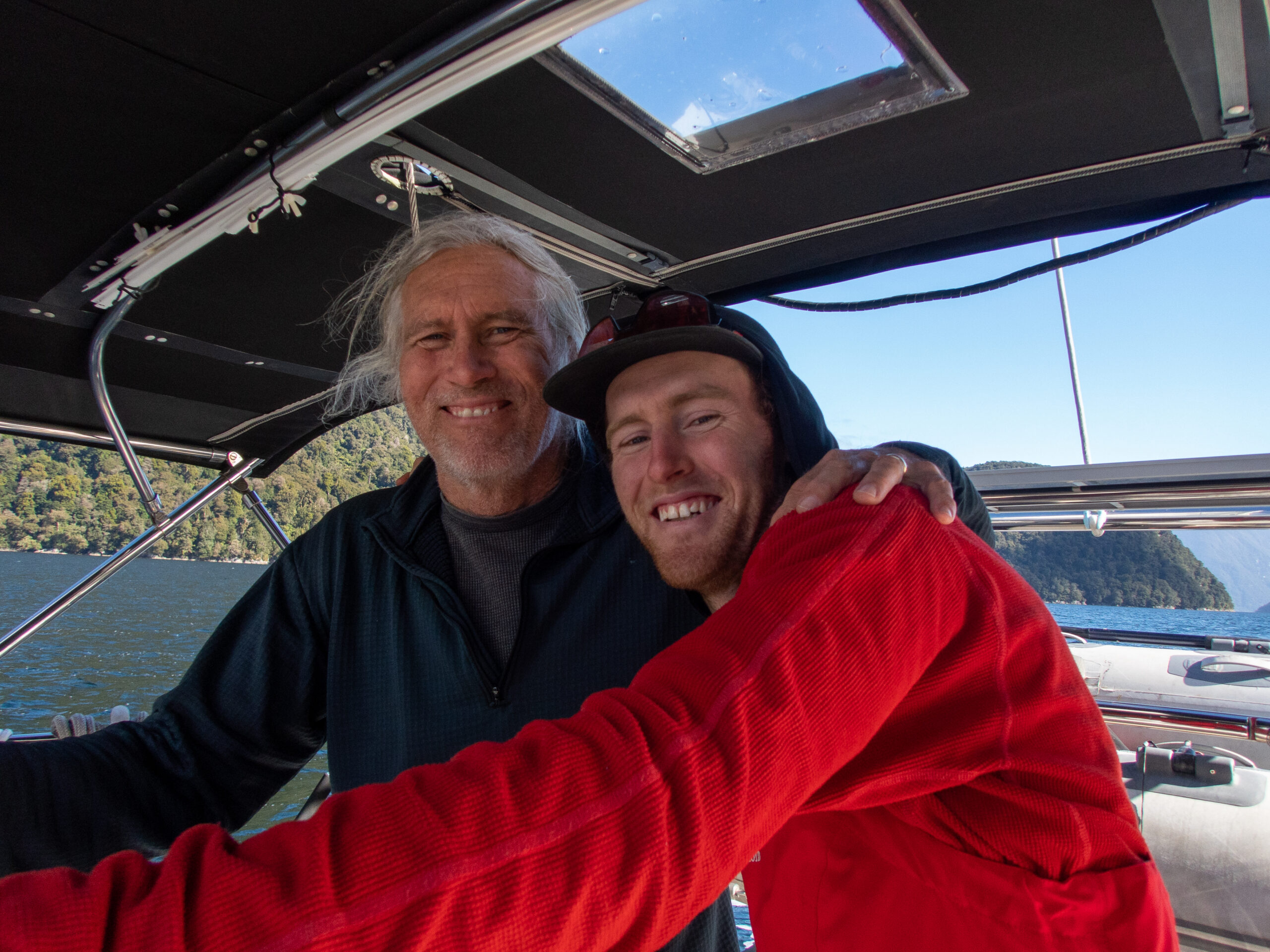
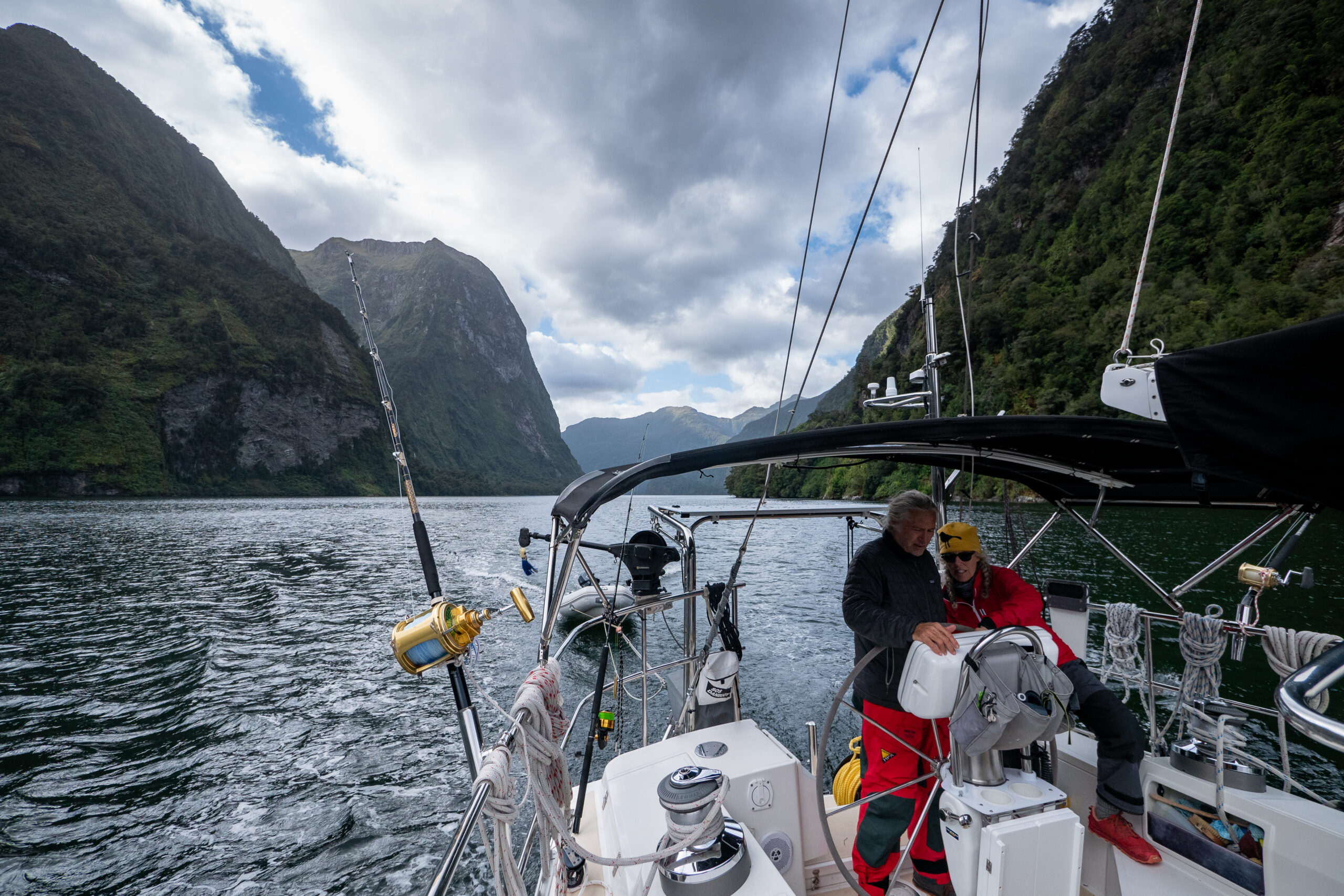


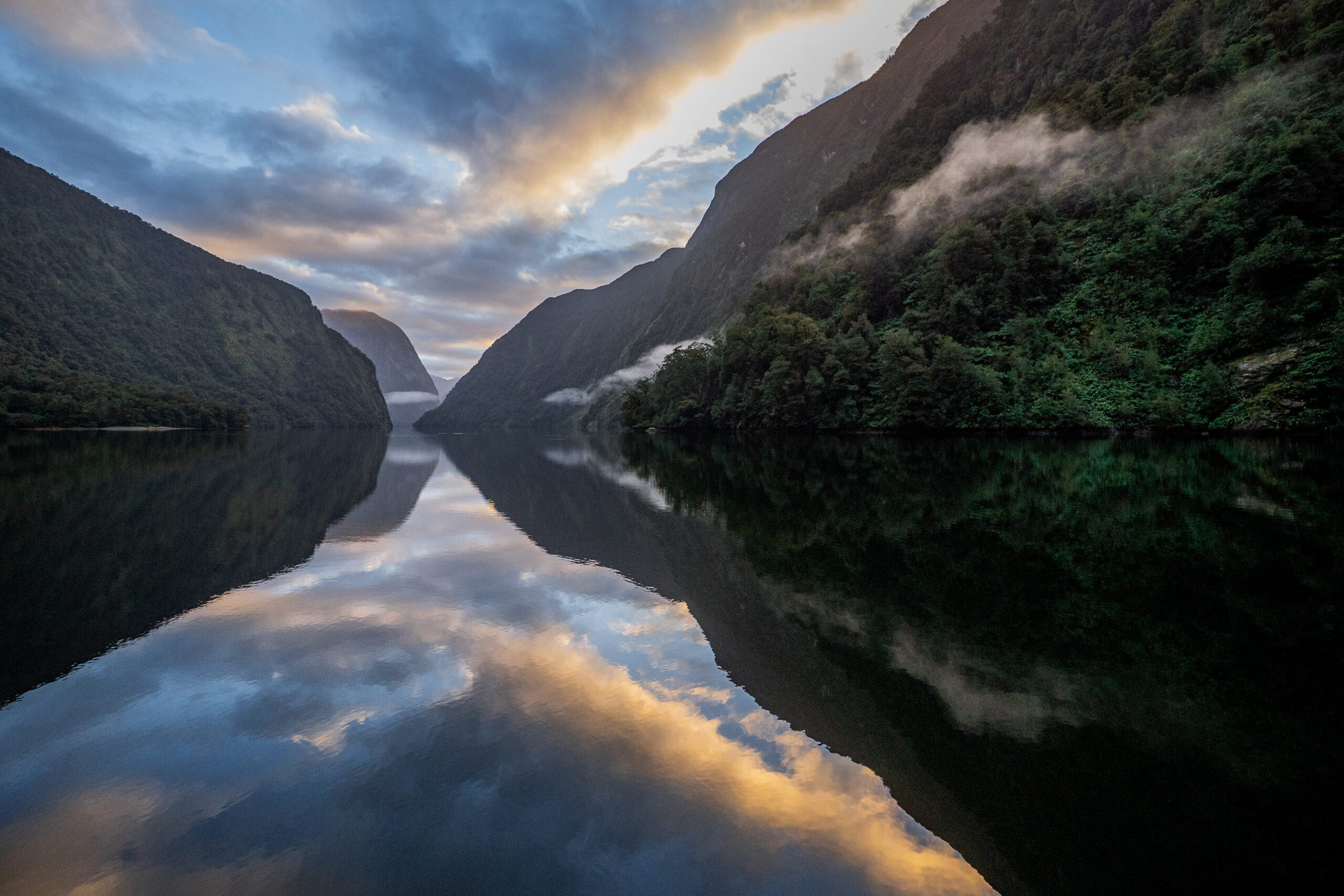
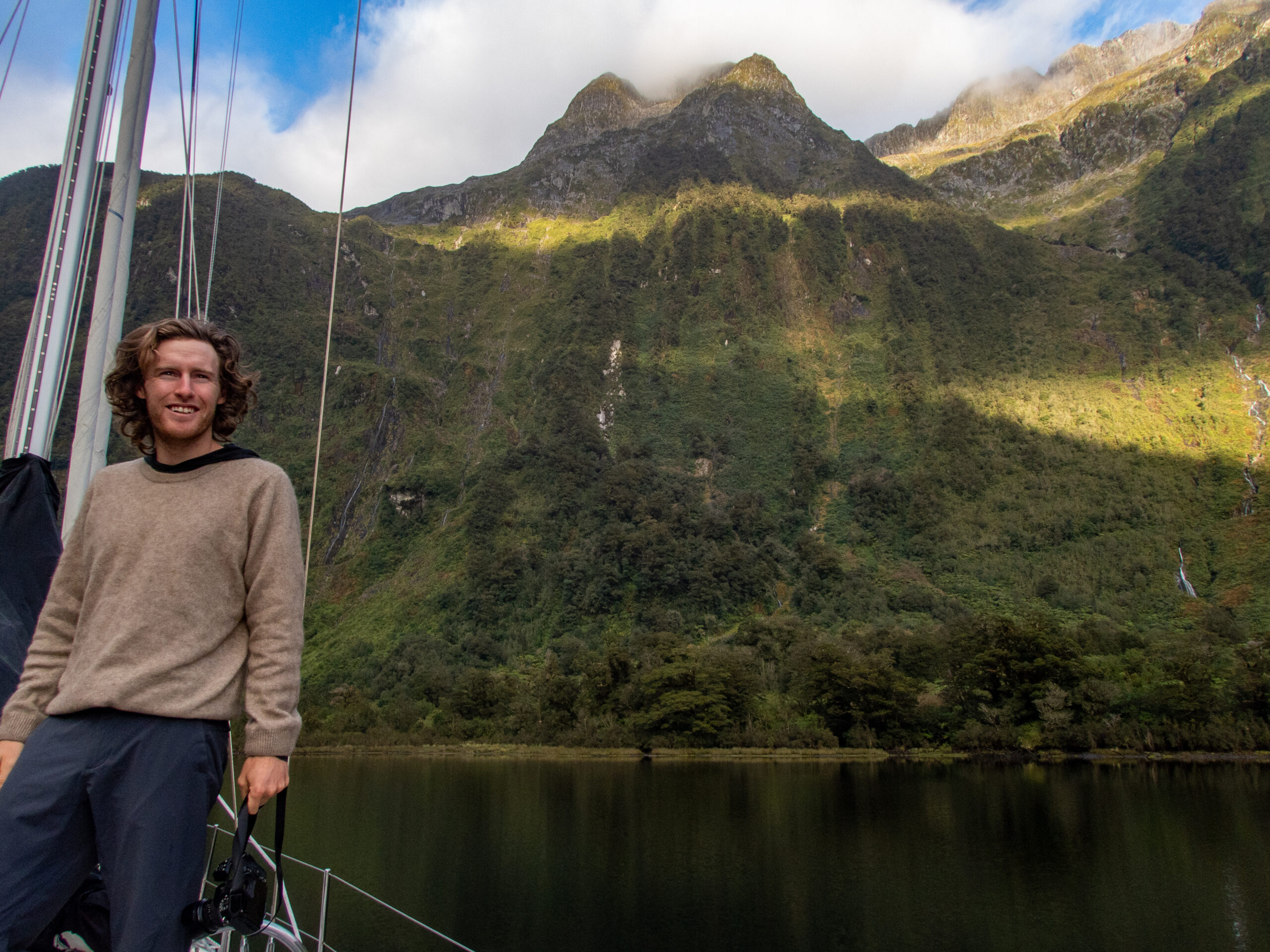

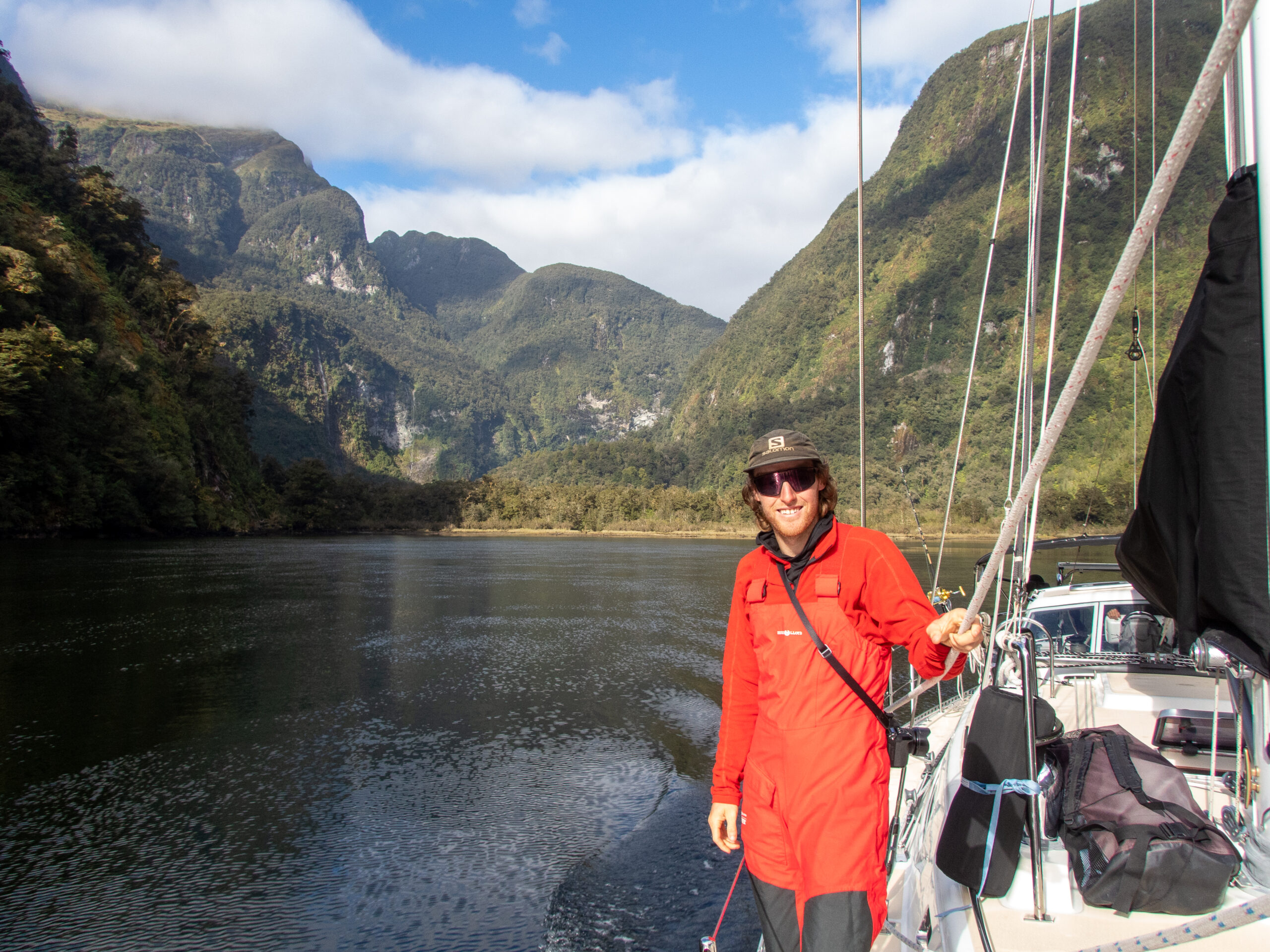
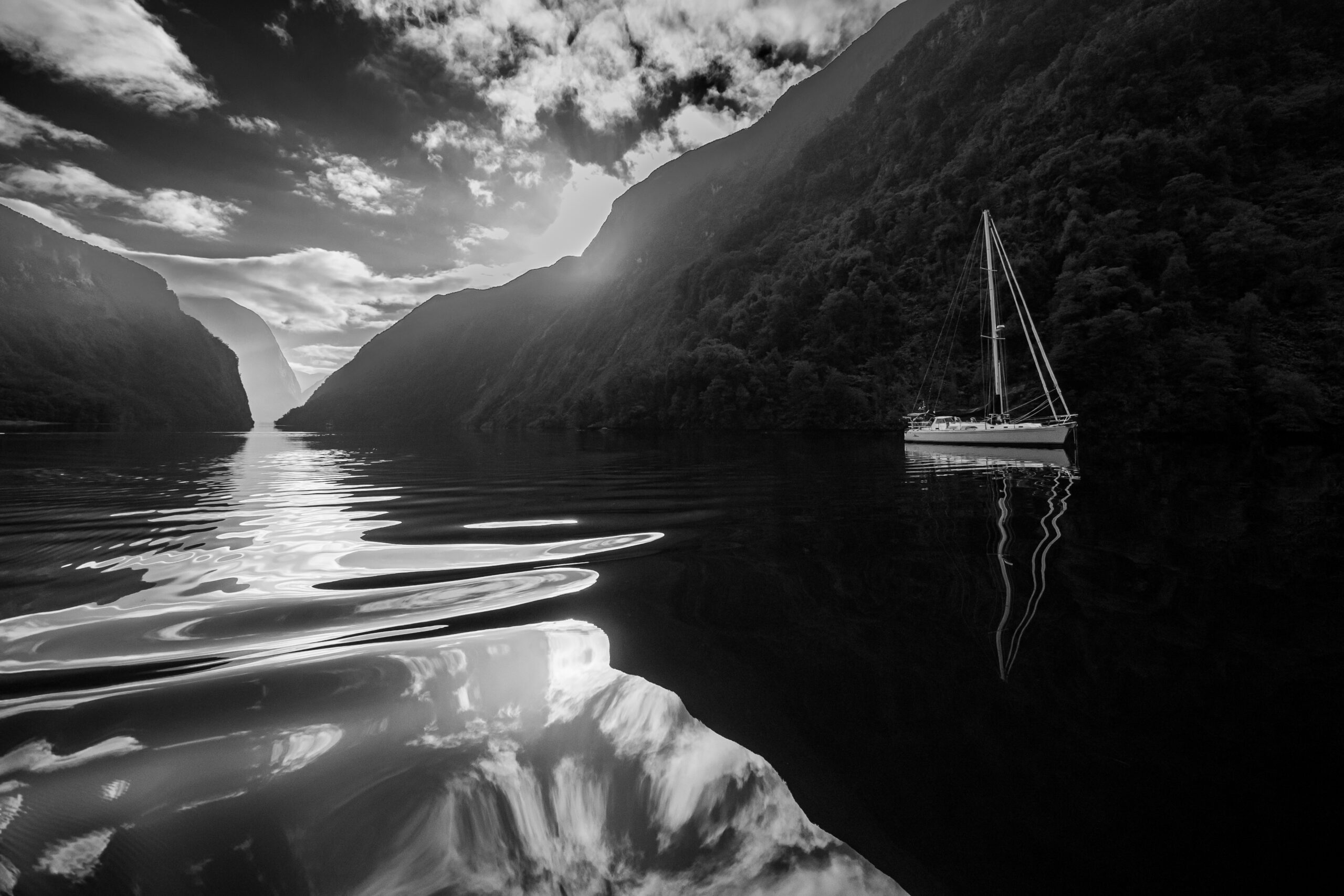
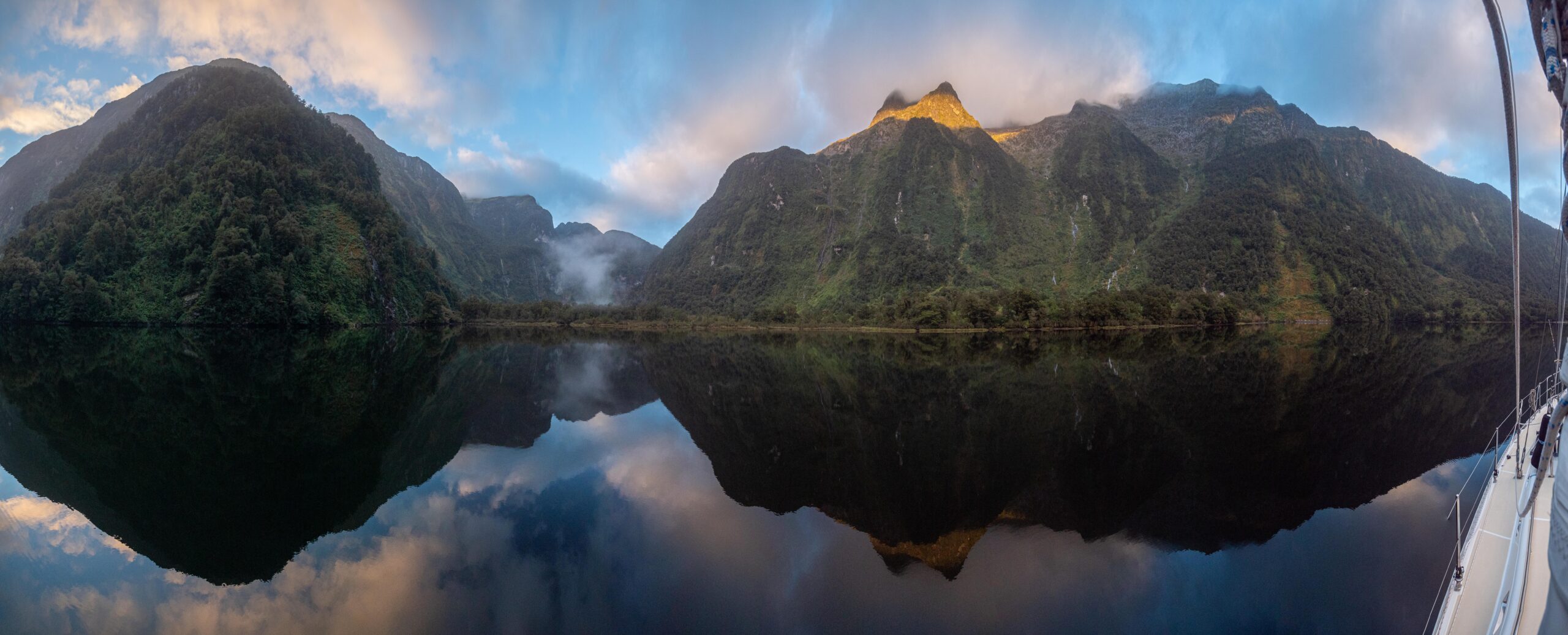
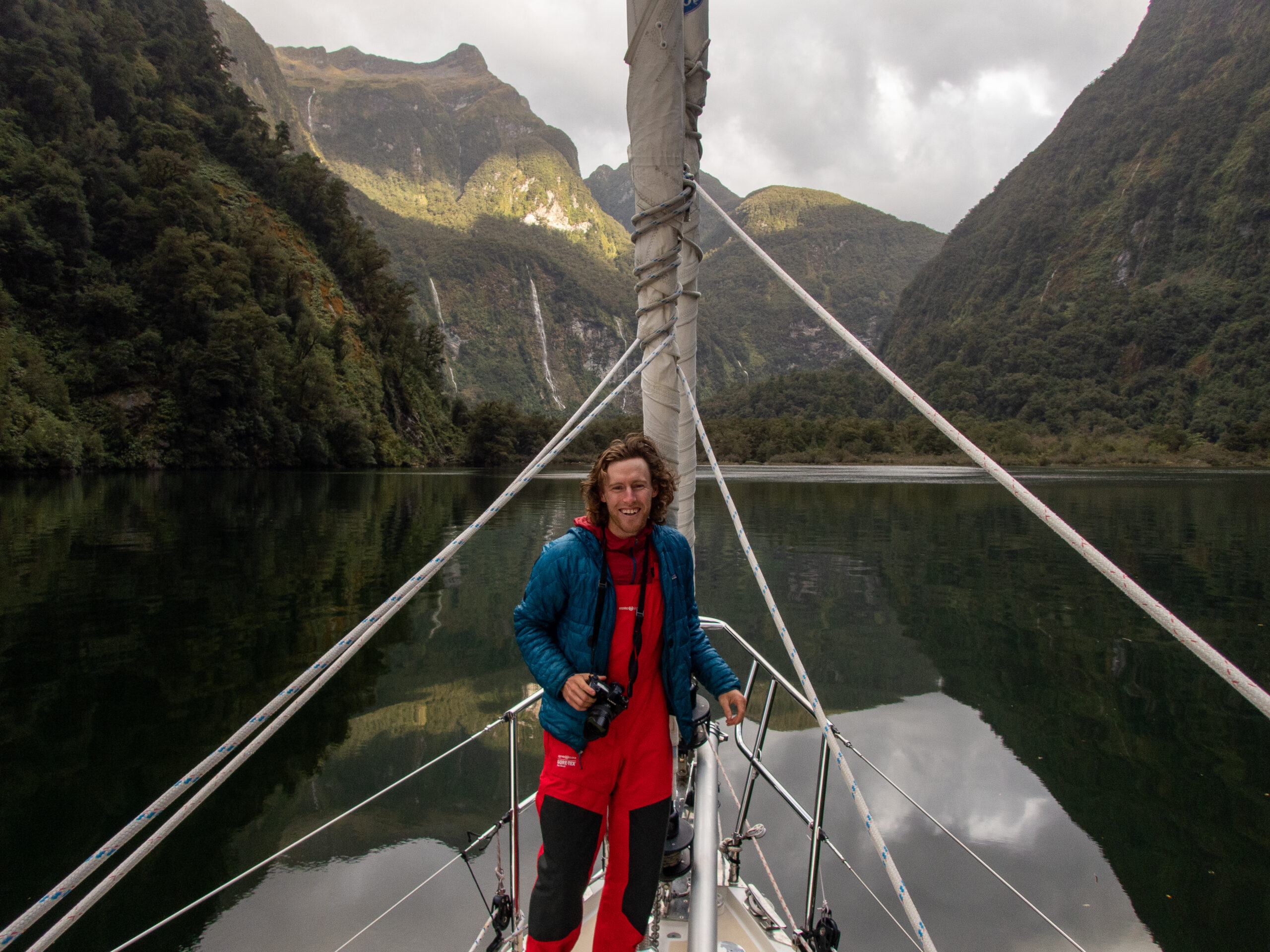

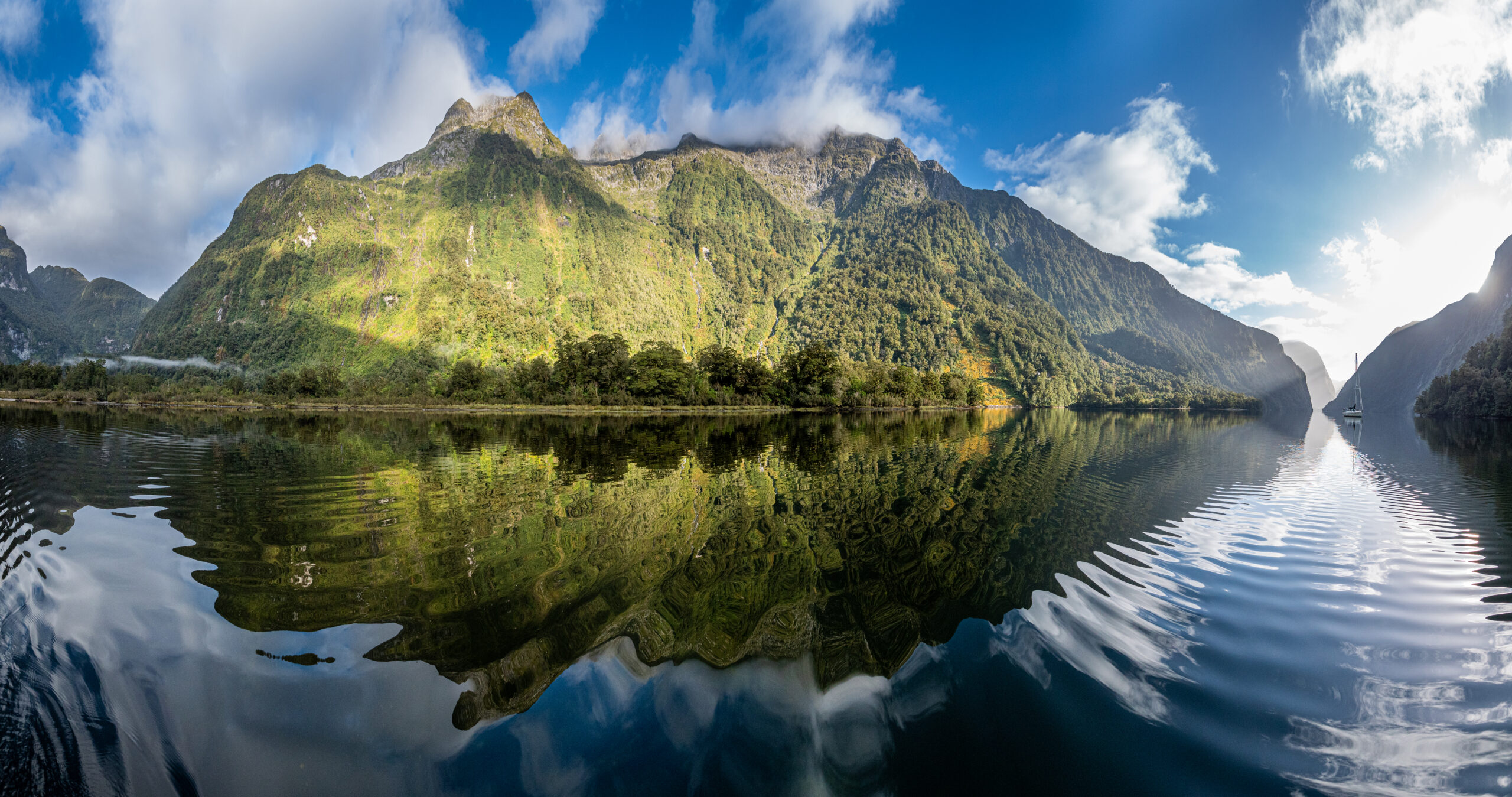
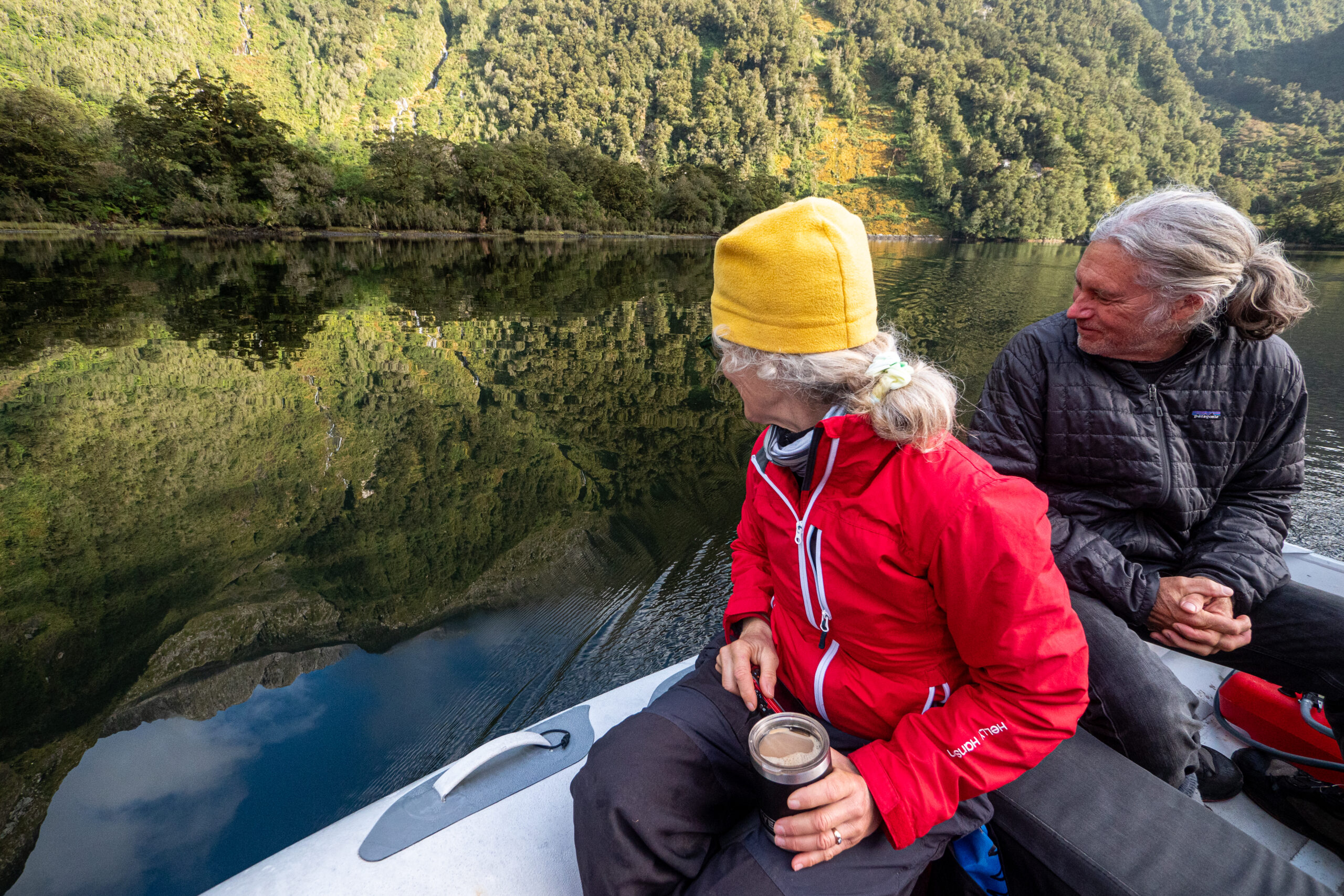
We have experienced a profound cumulative effect traveling through the wilderness of these southern fiords, as we mash through the tangled forest or glide like a whisper through glassy, watery mountain reflections. We feel a growing, deepening awareness of the liveness and power of this unfettered place. Every day Diana peers a little closer into the magical profusion of the rainforest, its tiniest creatures (or the smallest we may perceive) all this abundance of life fueled by fresh water, gray stormy clouds, shifting rays of sunlight, massive stone faces fading softly into the distance. The boundless imagination of nature is vividly accessible here, free of scheming human interference. Inexhaustible, effortless celebration. We feel blessed to feel like we belong, to participate at our particular scale, with our particular way of perceiving. Gratefully reconnected as dolphins come to play alongside Allora, turn and smile and look back at us with familiar eyes, into our own delighted gaze. As the sky softens at sunset, or looms heavy with rain before the storm, as water gushes from waterfalls that were not there before the deluge, thundering into the fiord, as williwaws tornado in wild rainbow mists across startled coves, how delightful it is to be alive, a part of, this marvelous, miraculous world. ~MS
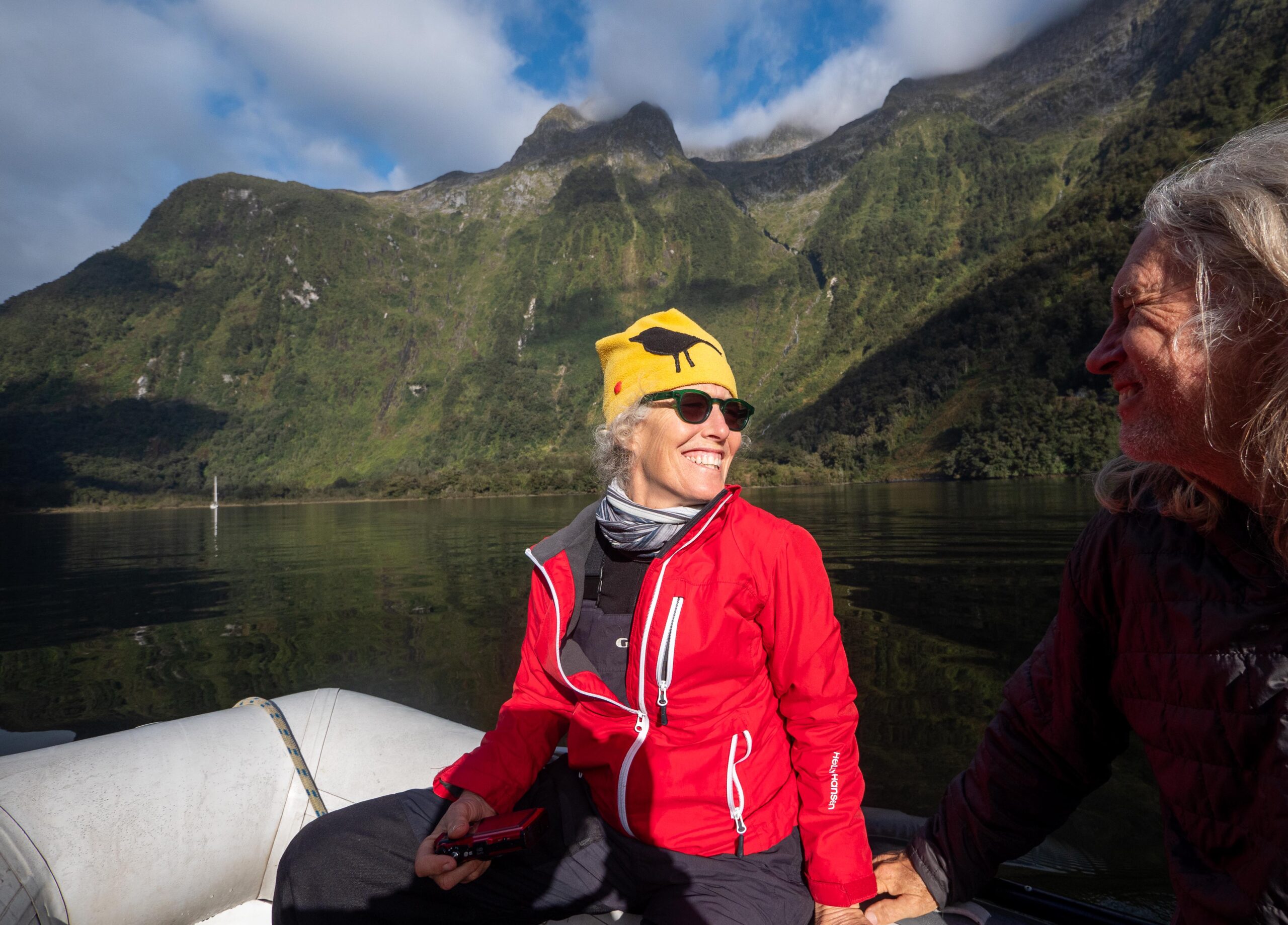
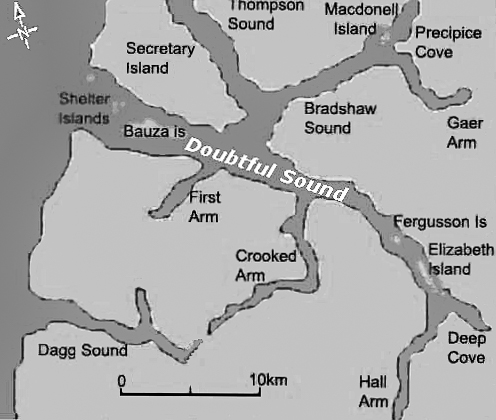
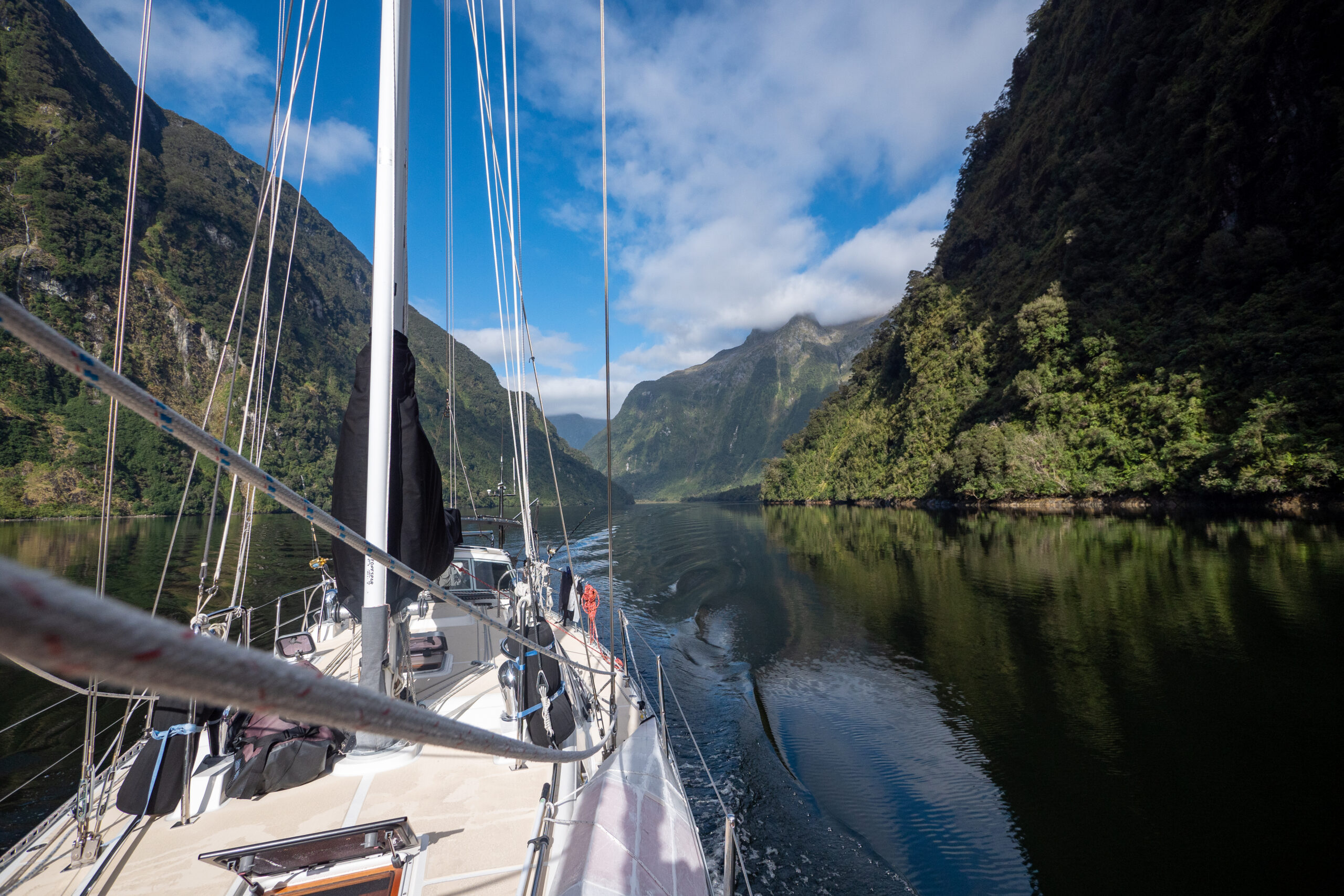
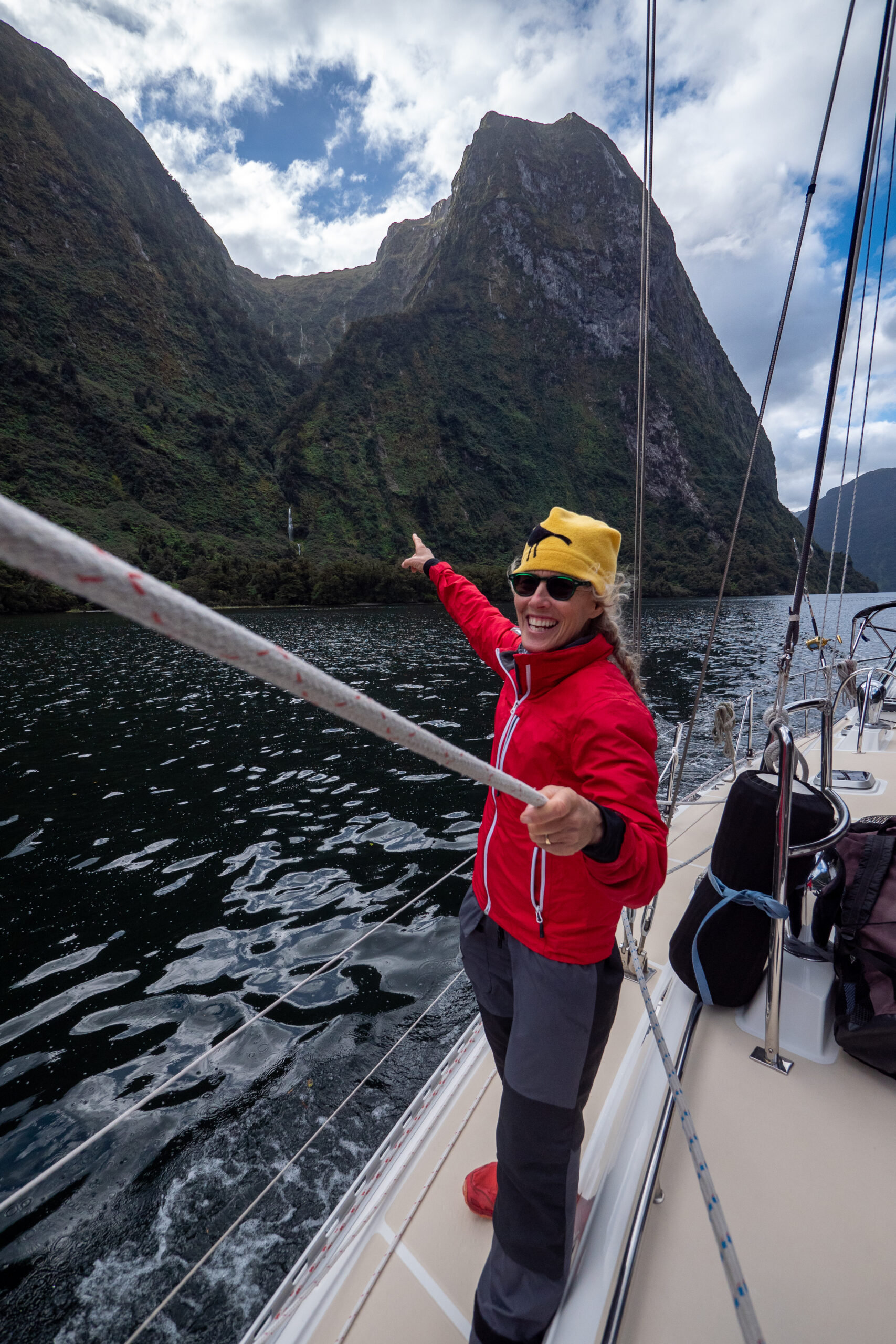

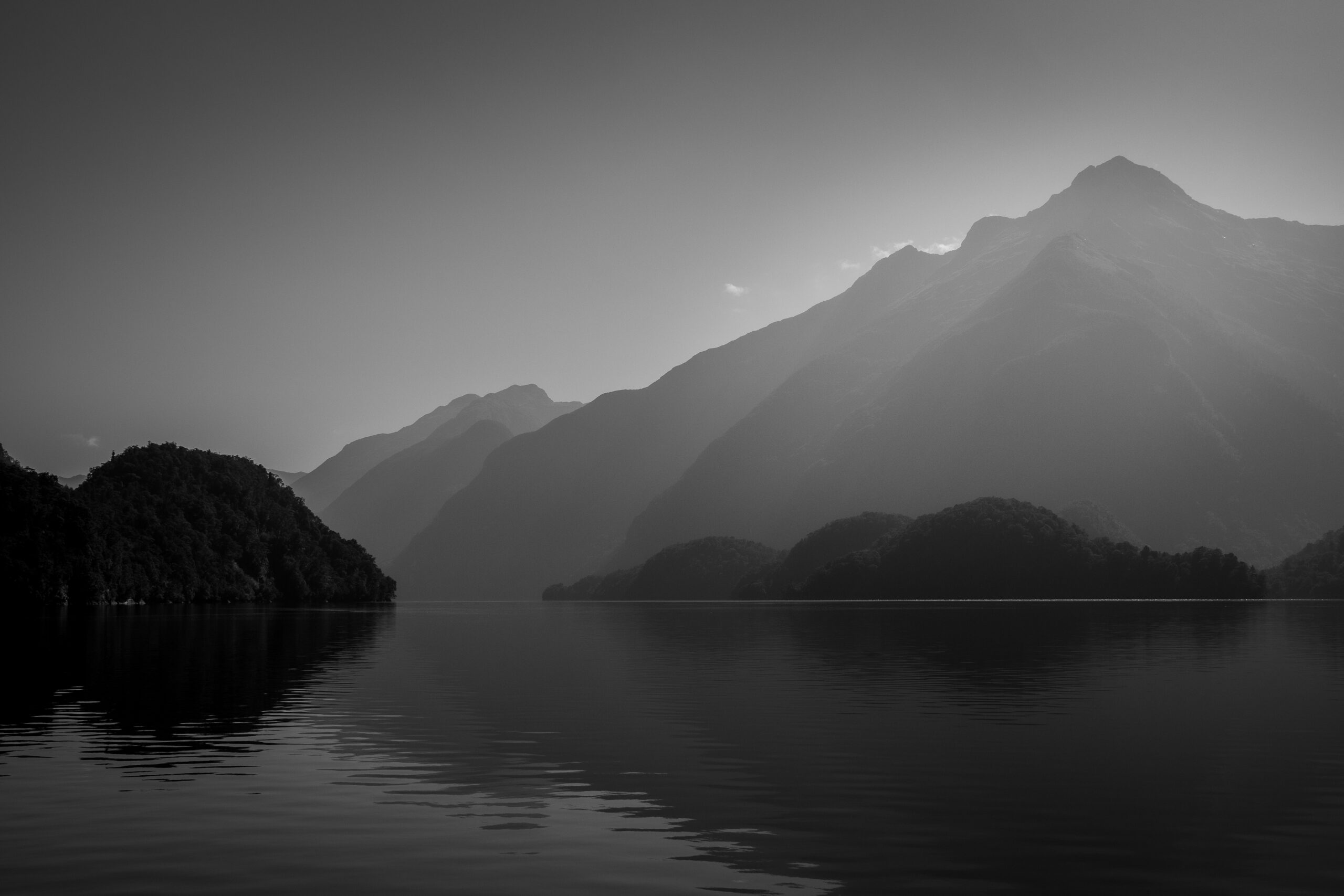
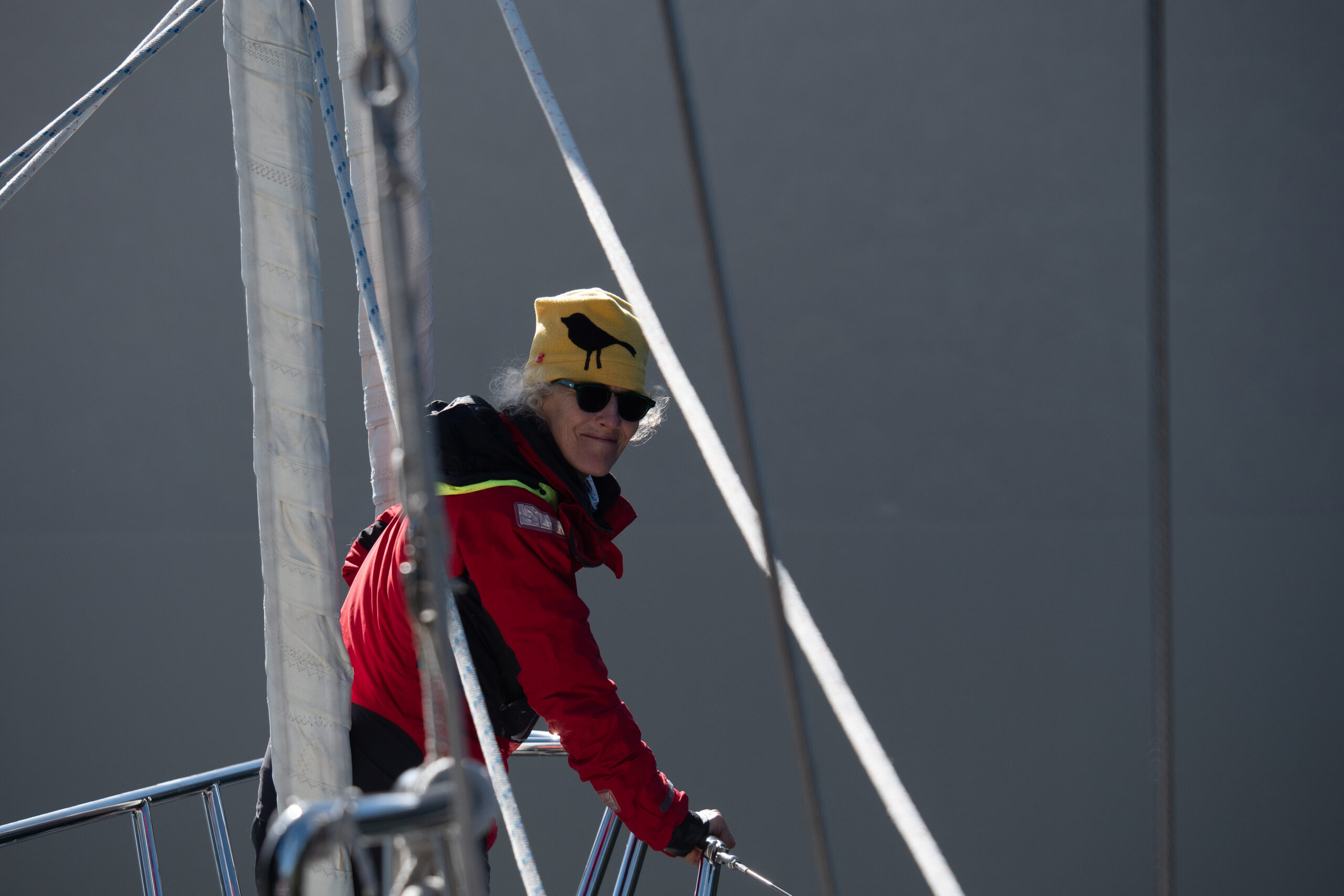
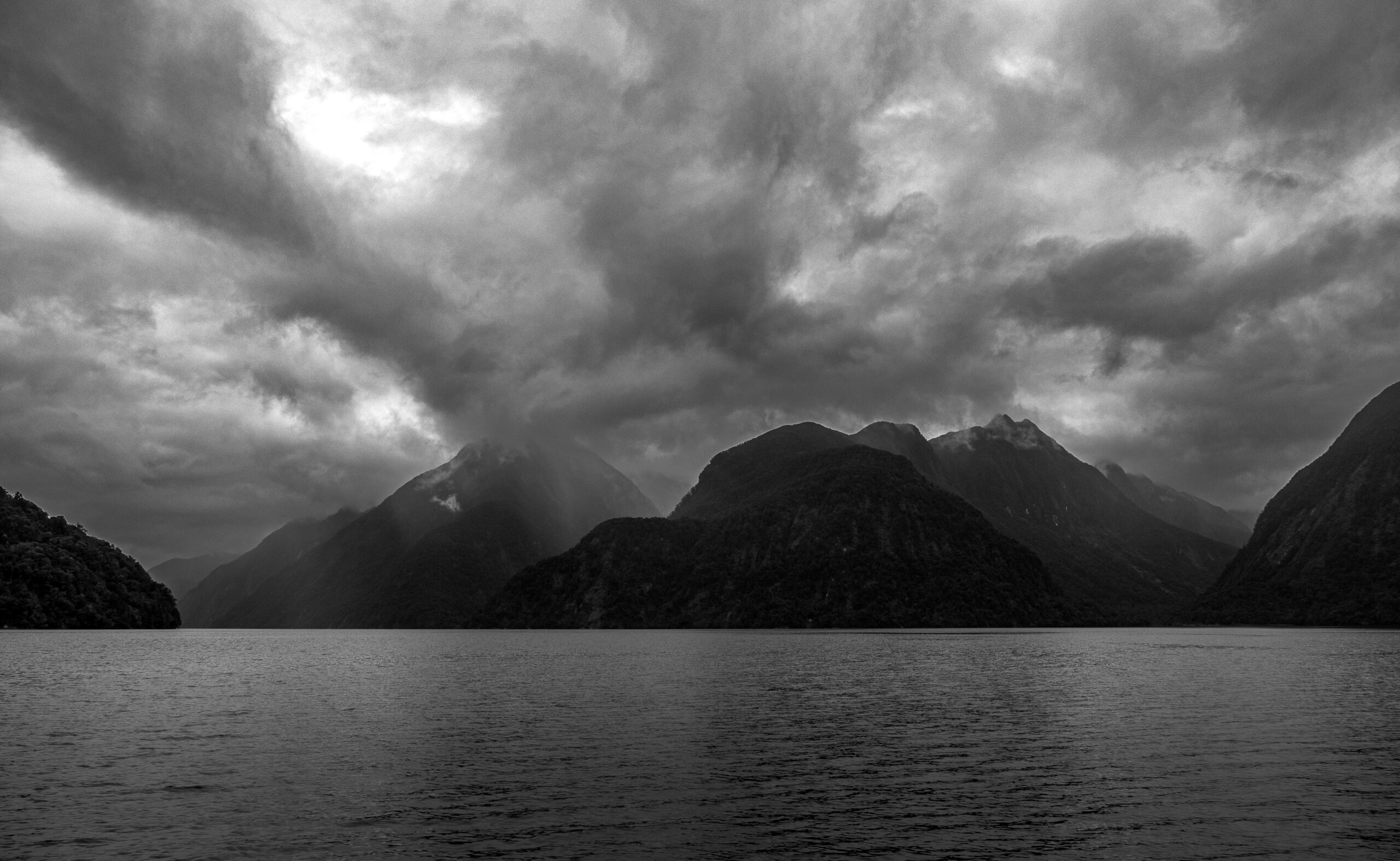
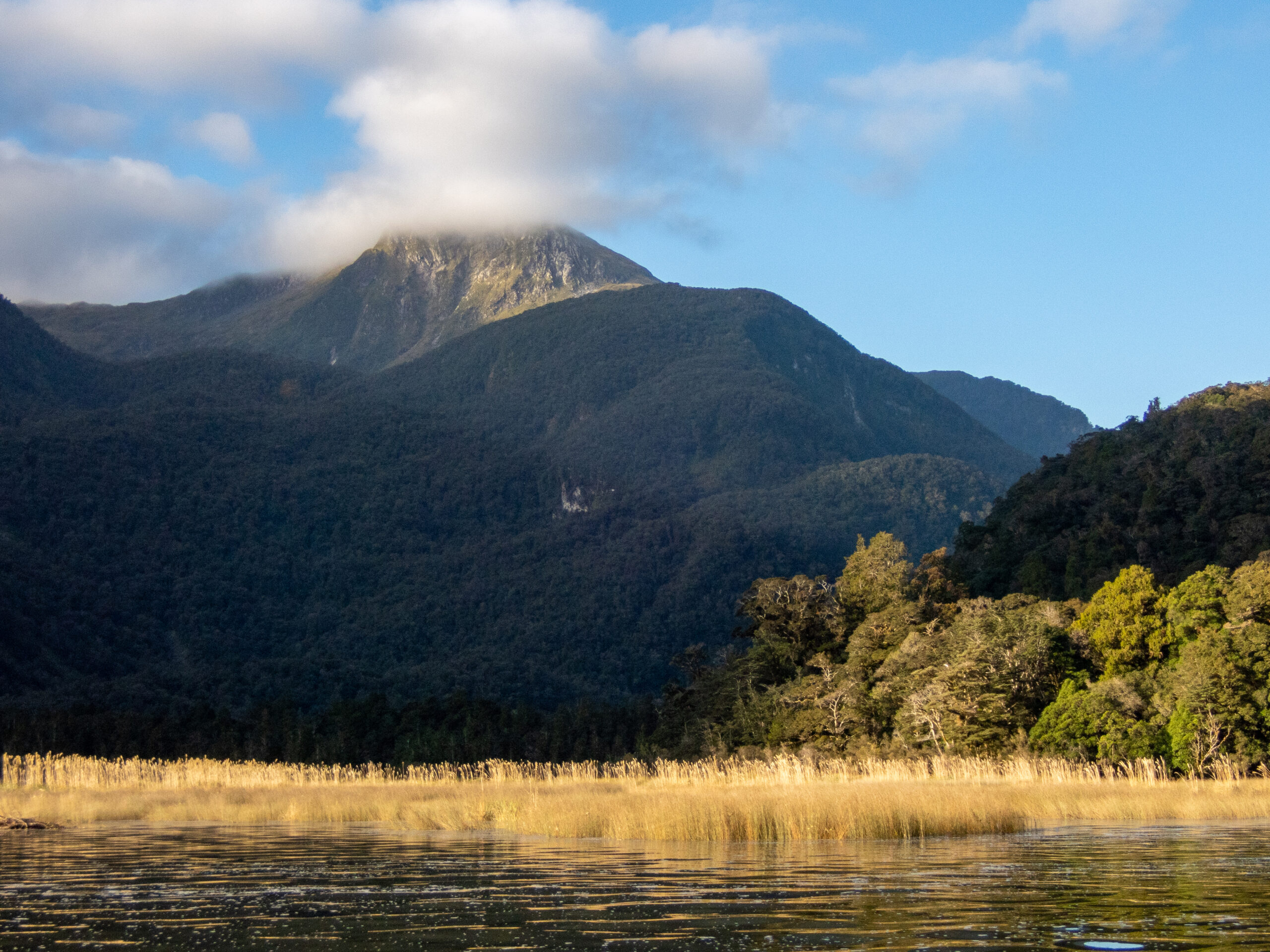

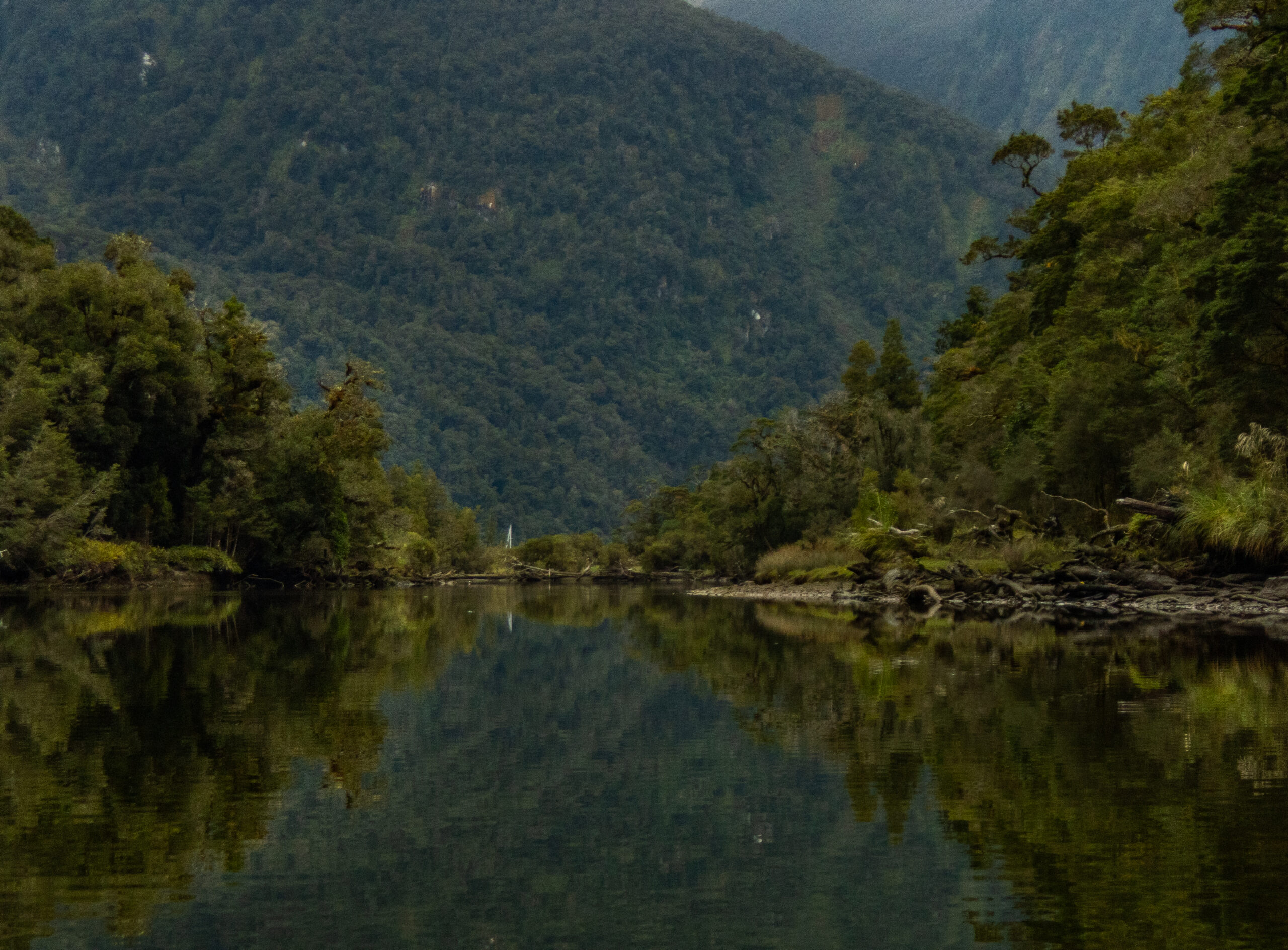



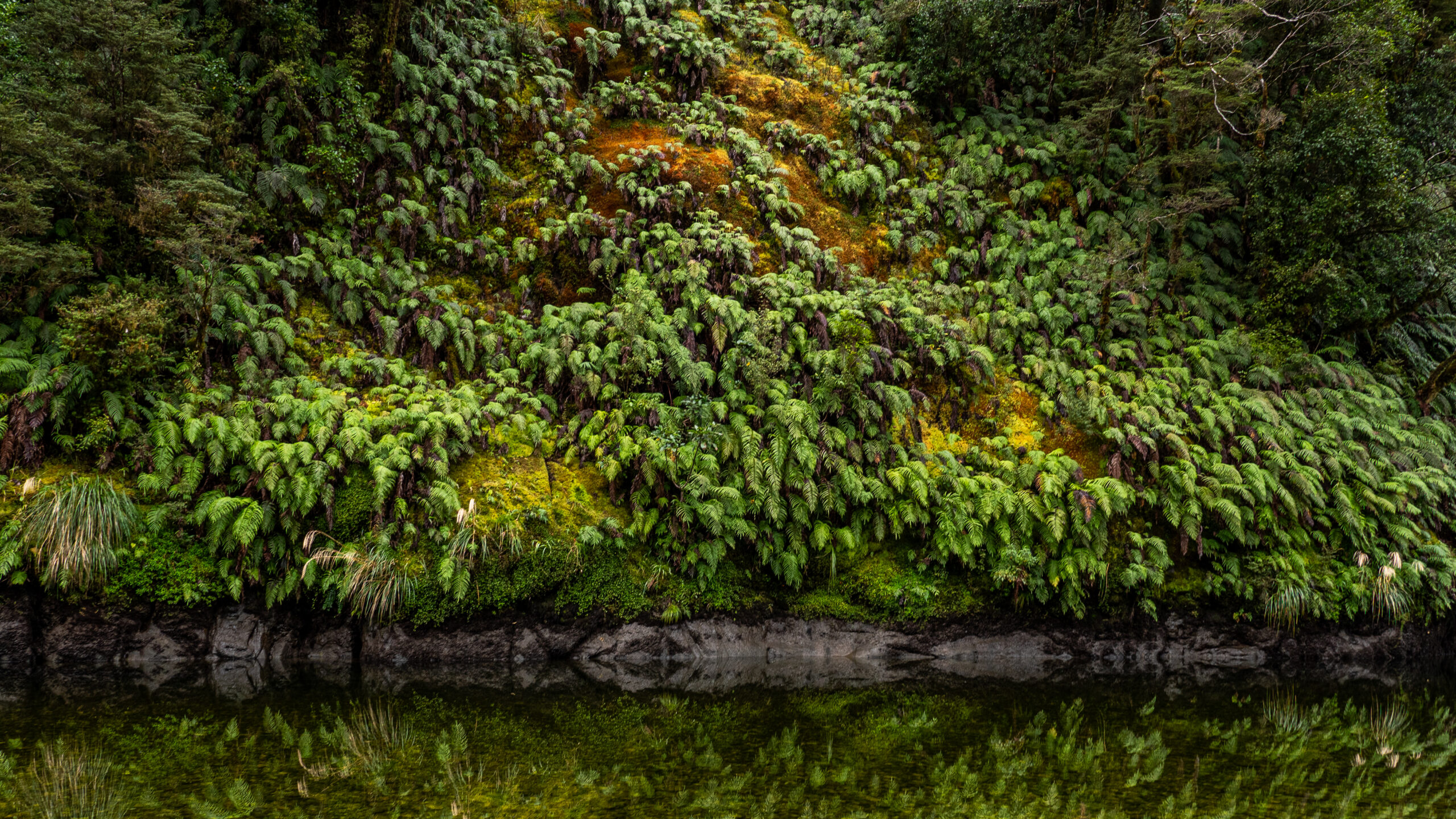
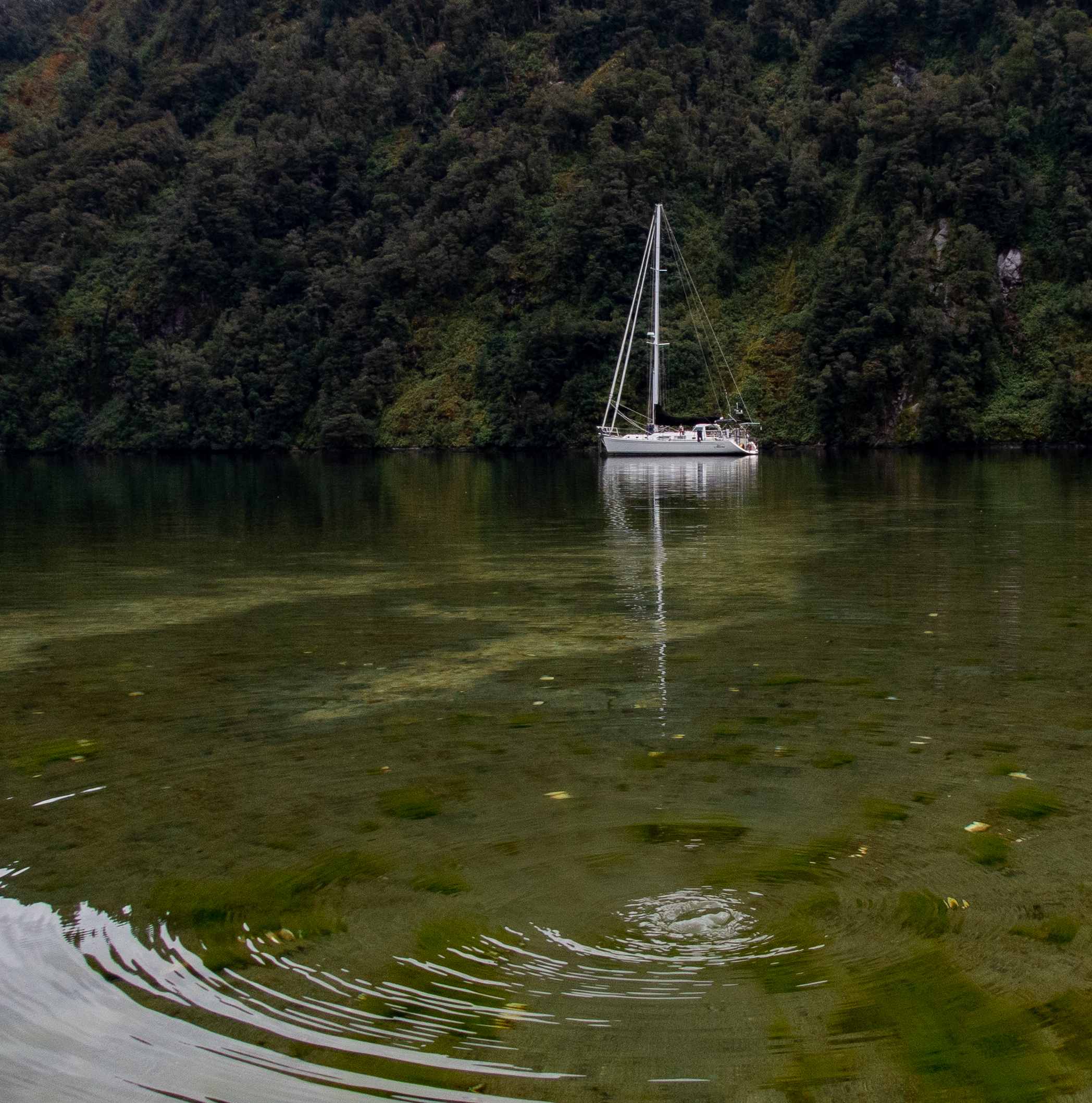

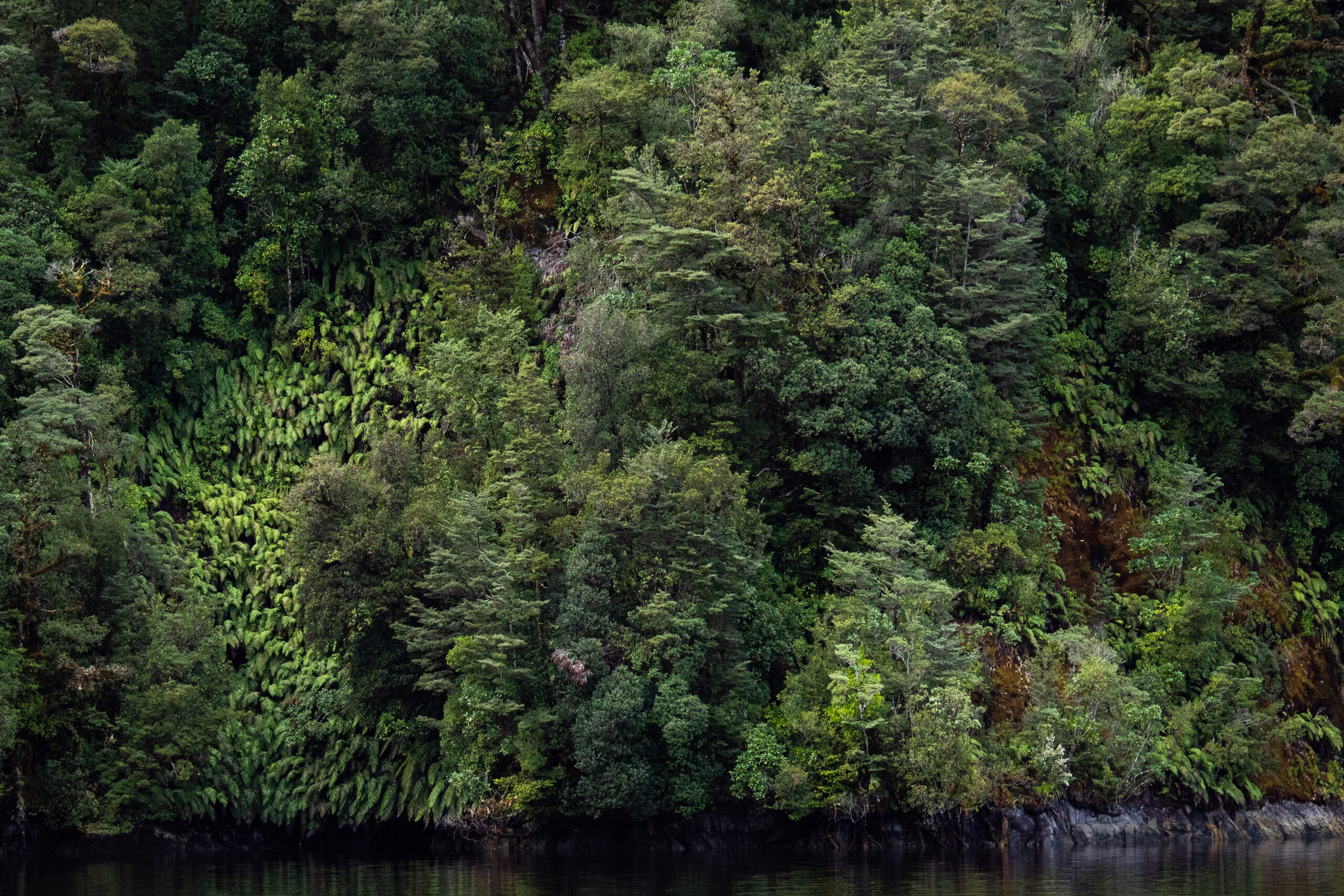
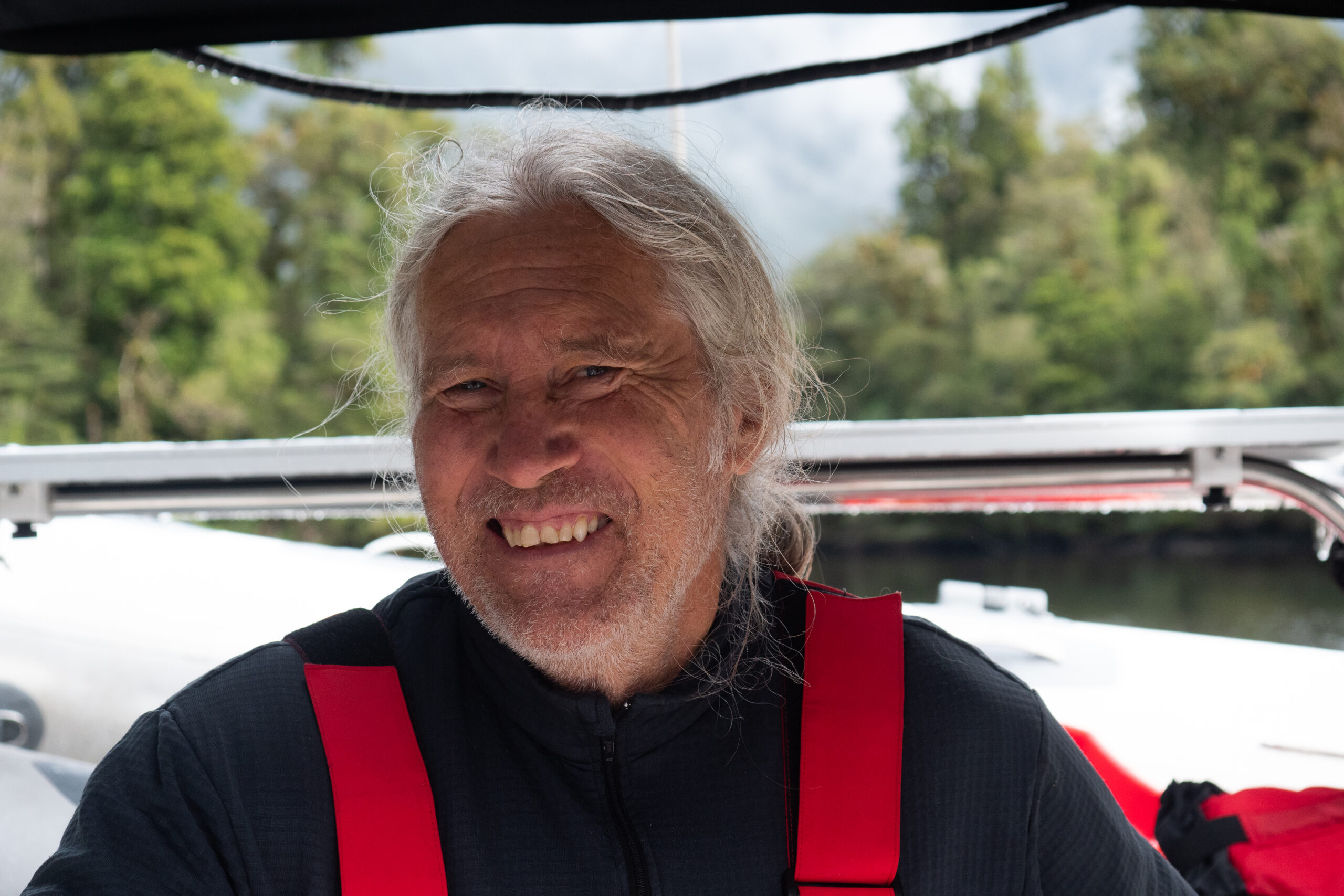
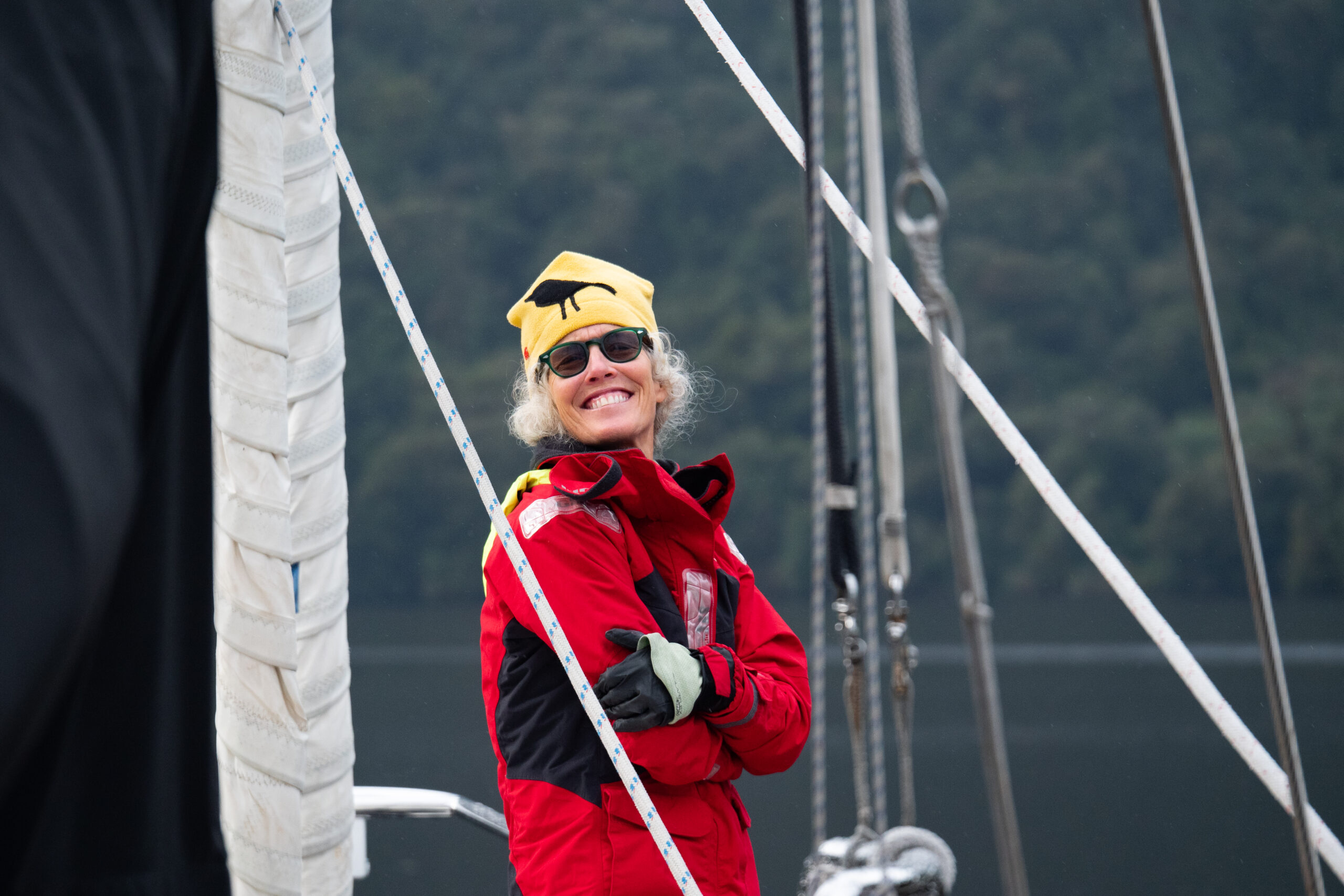
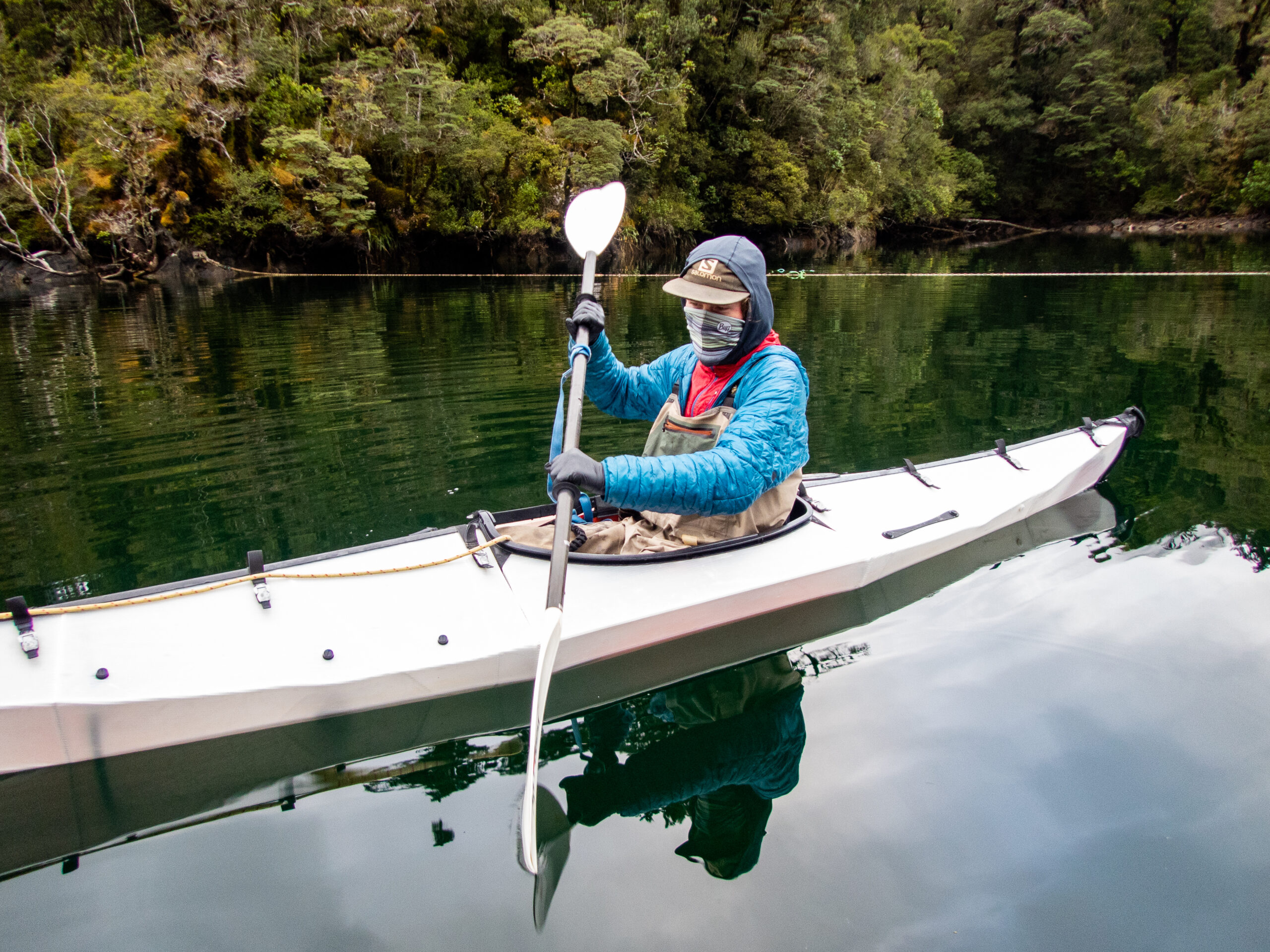
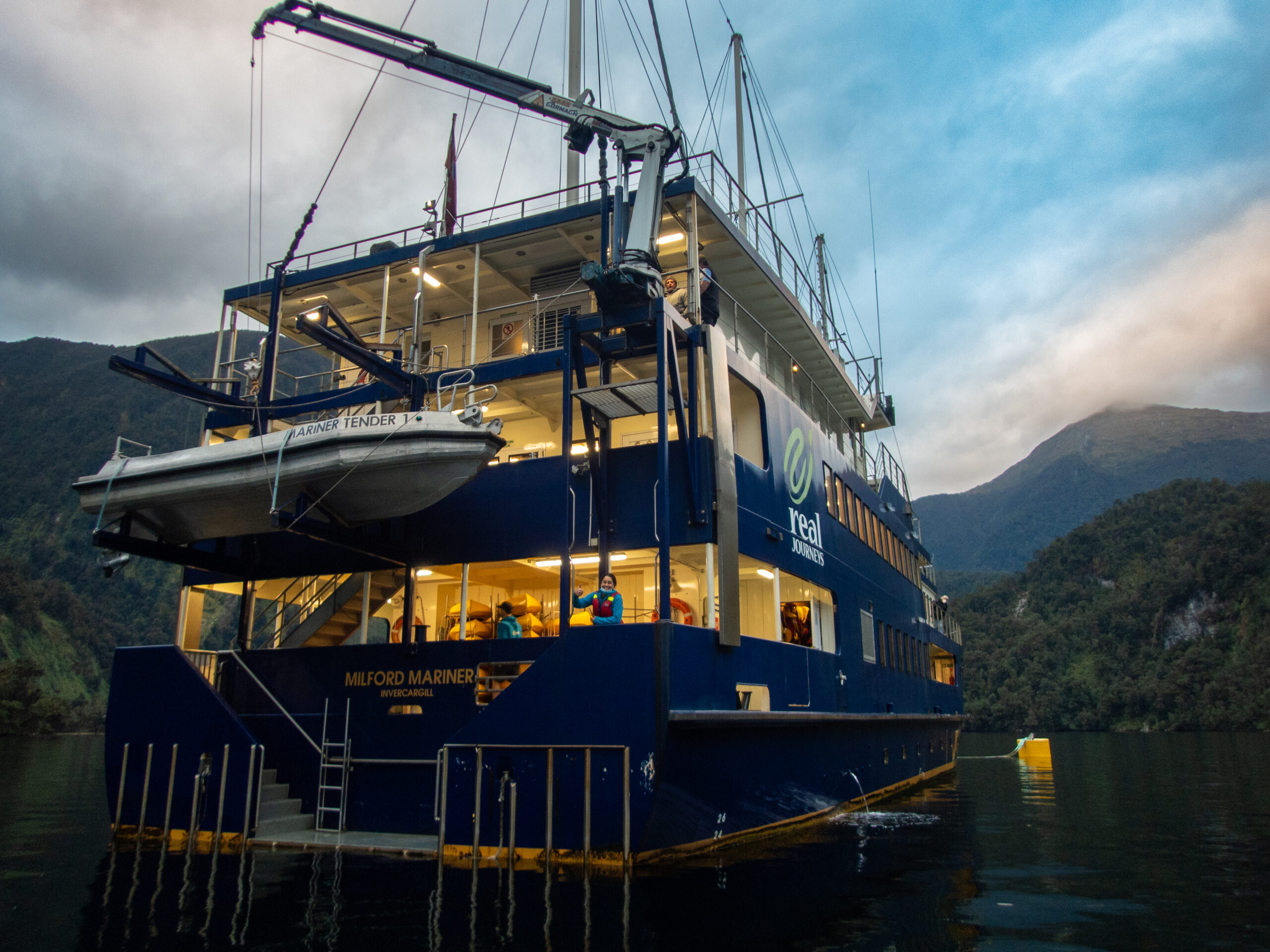



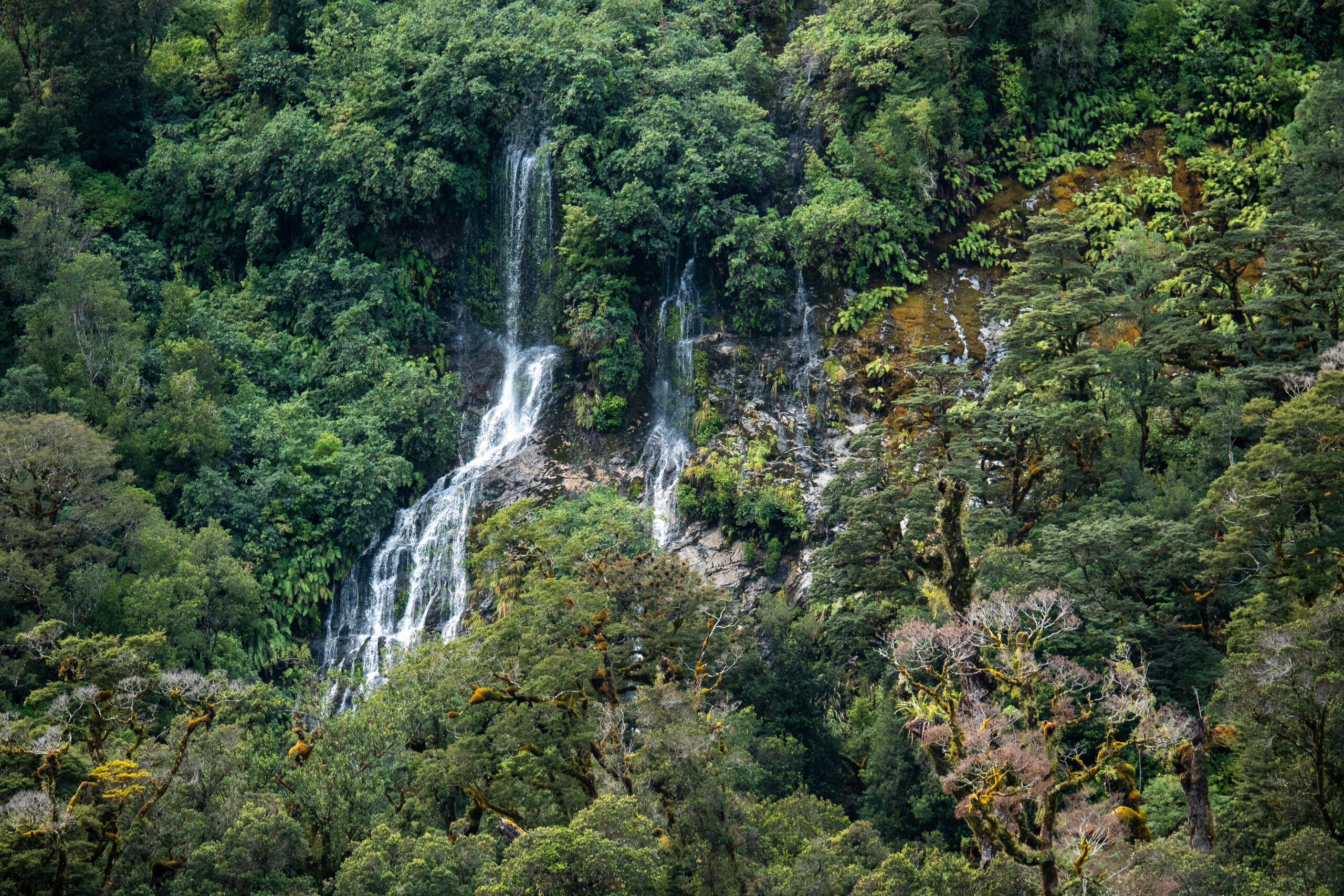

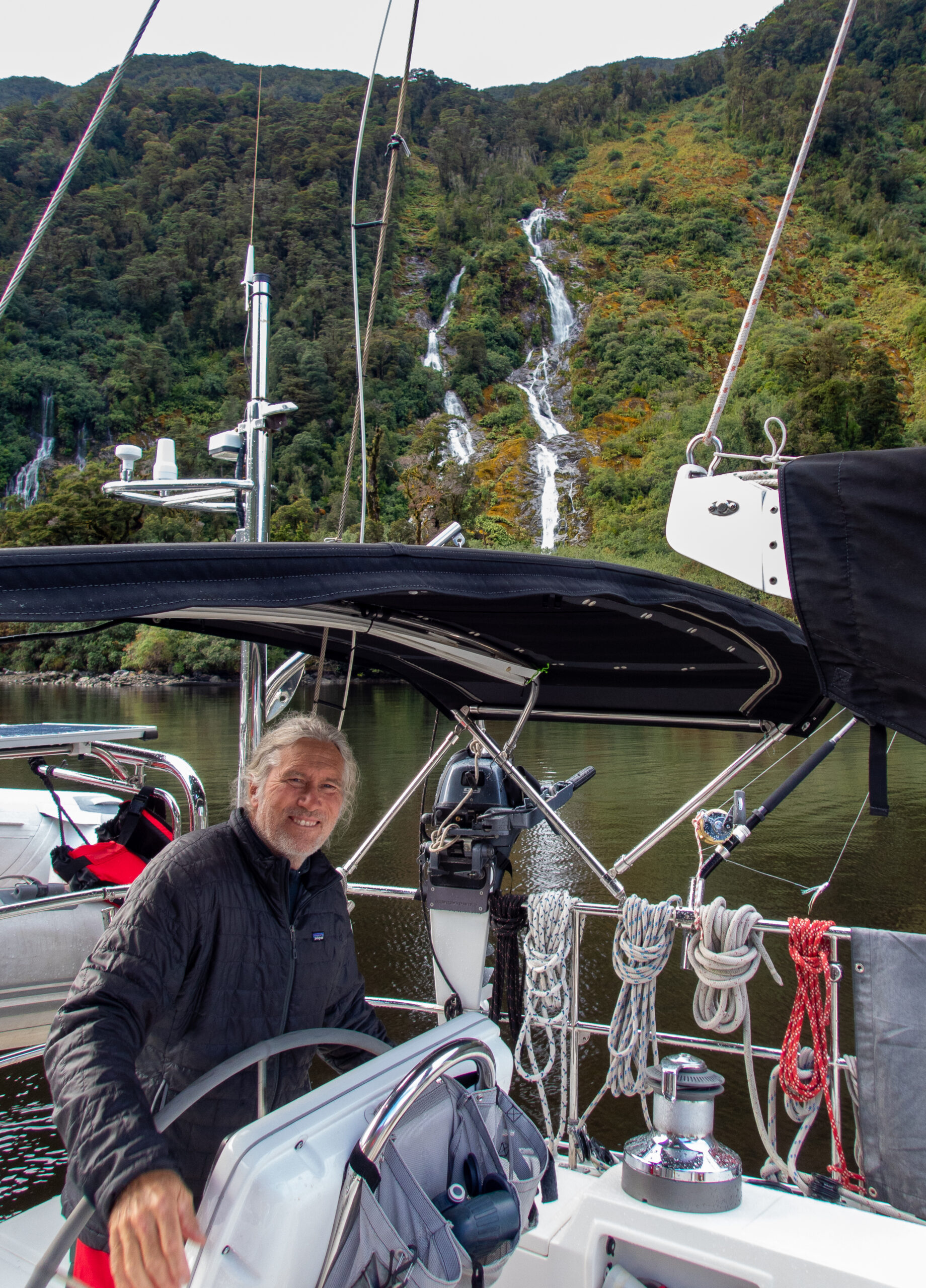

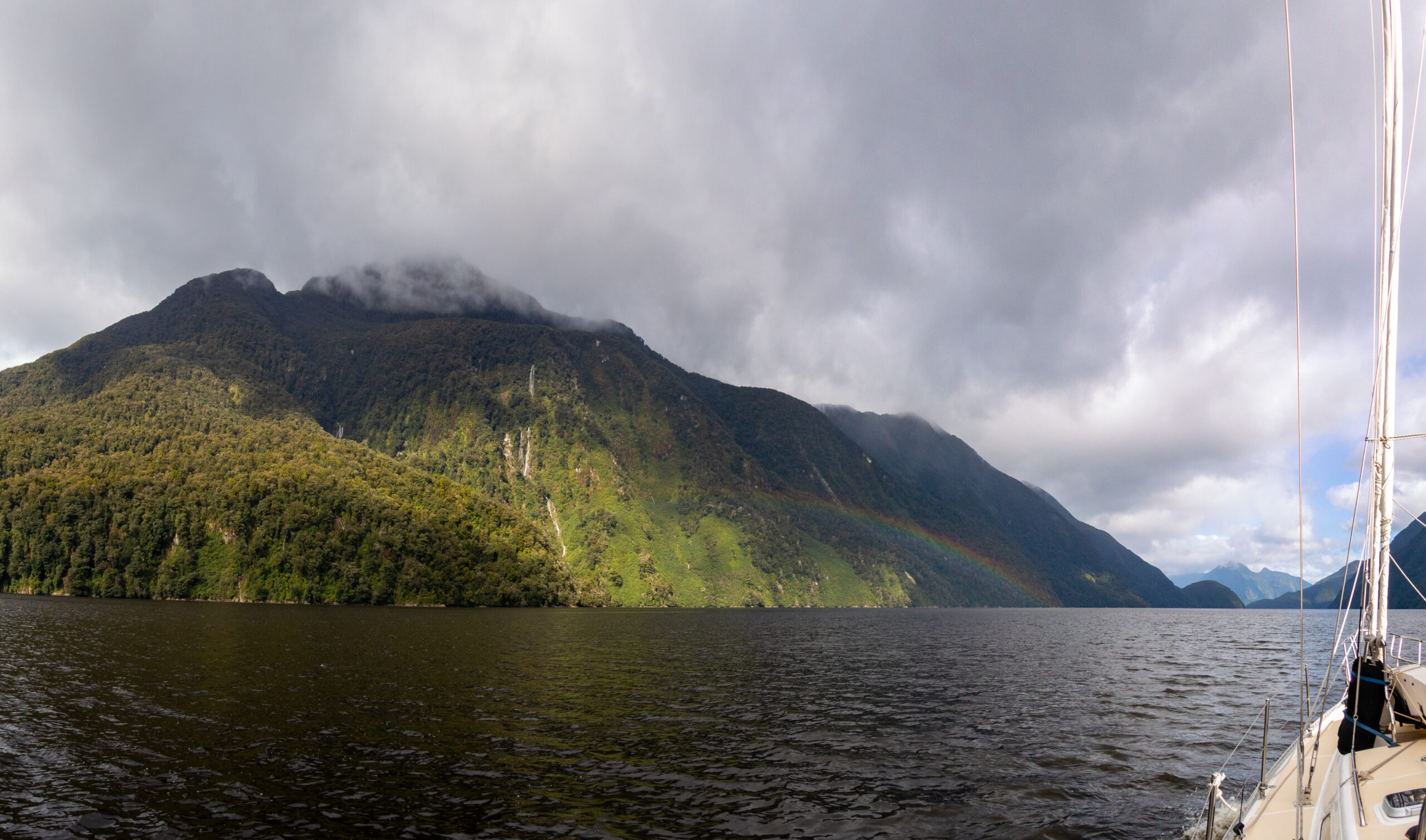

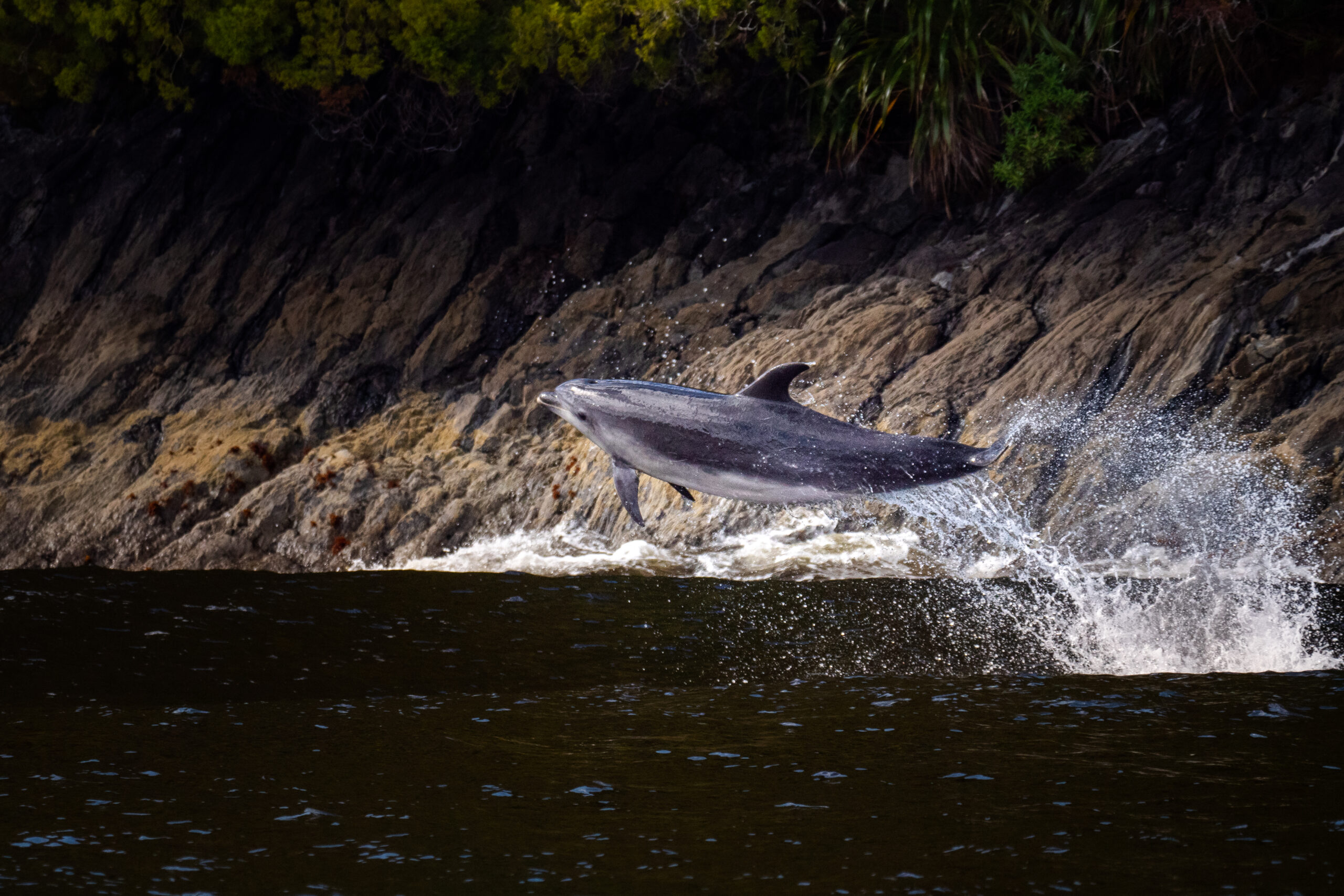


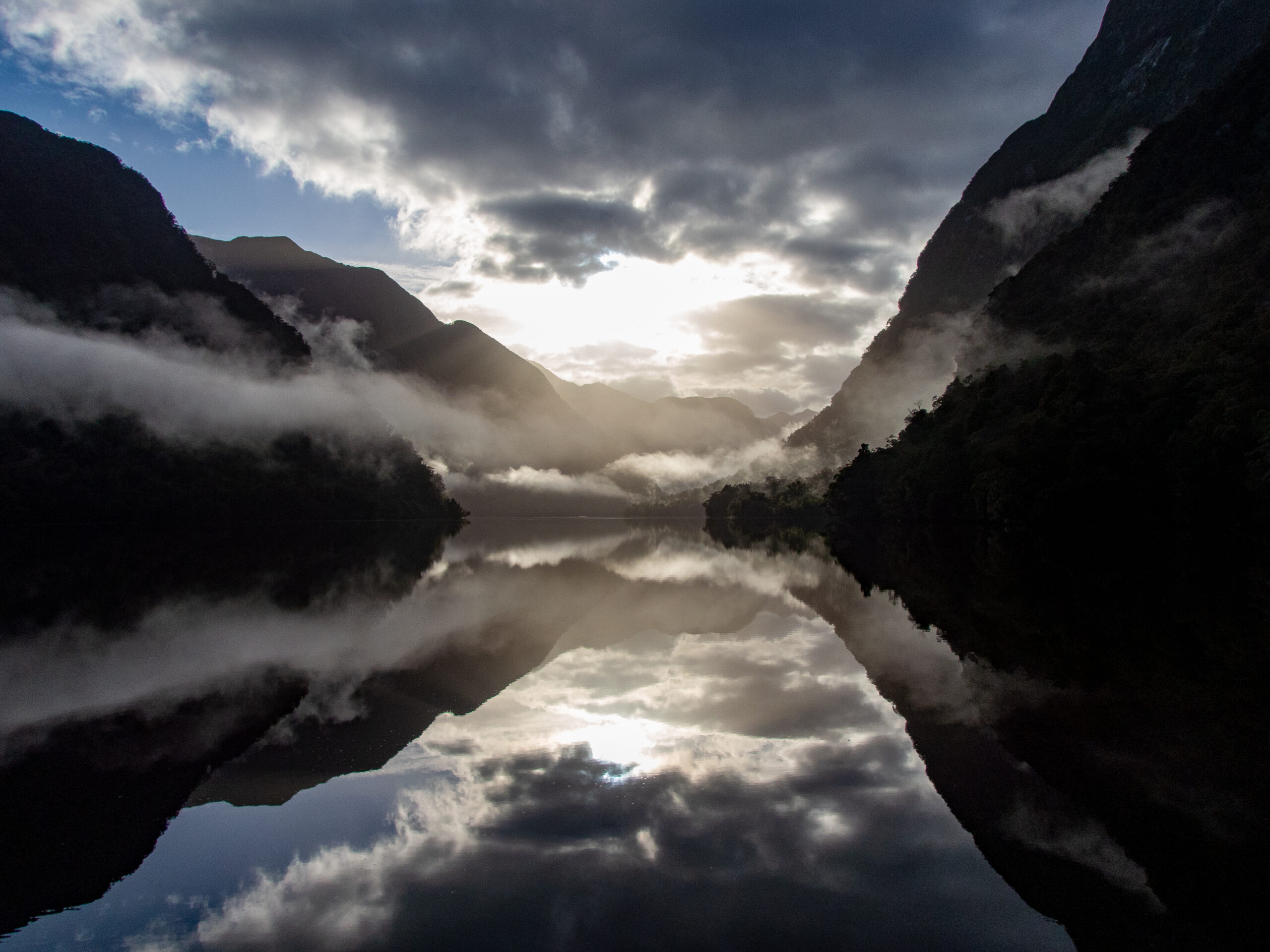
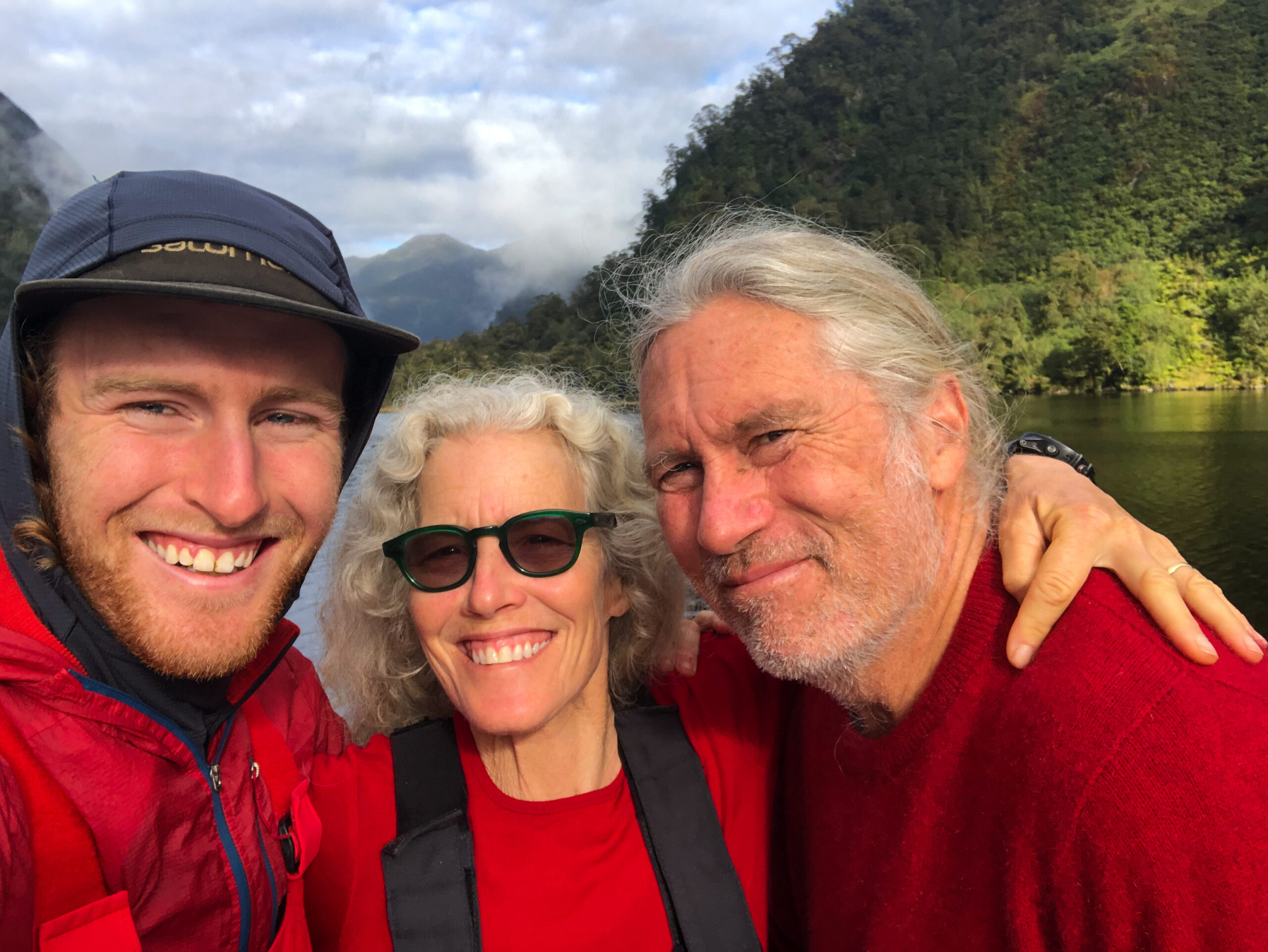

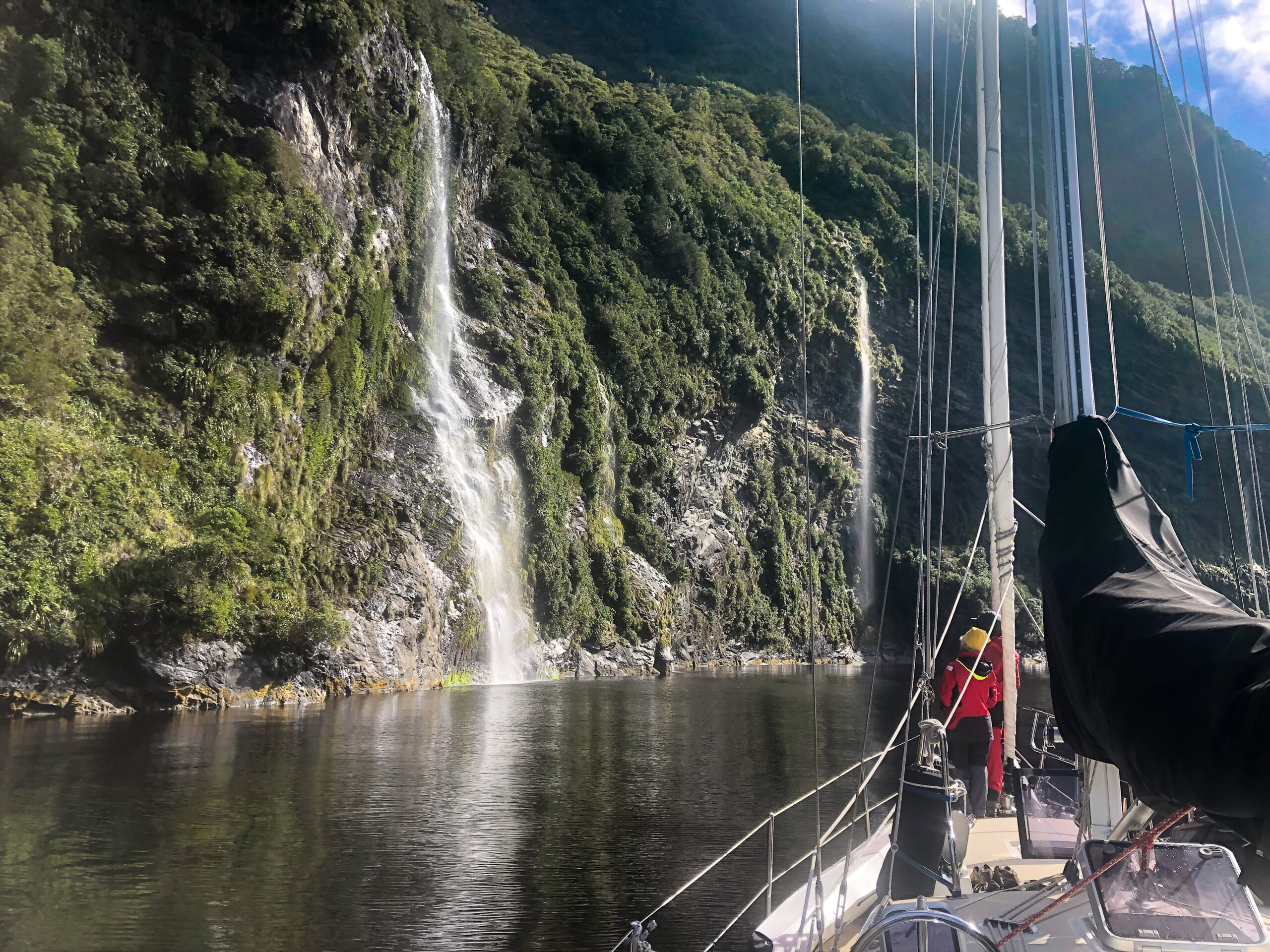
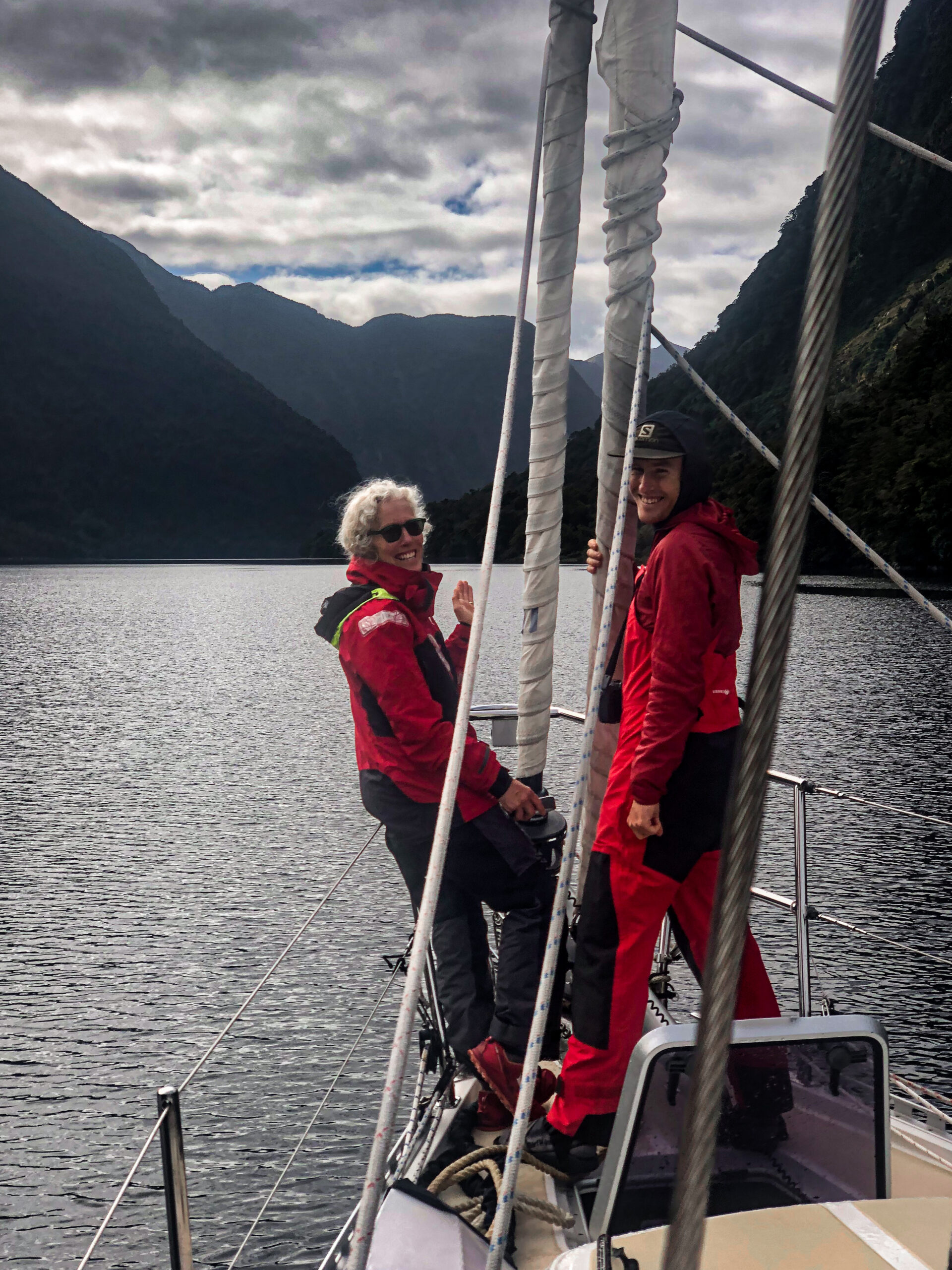



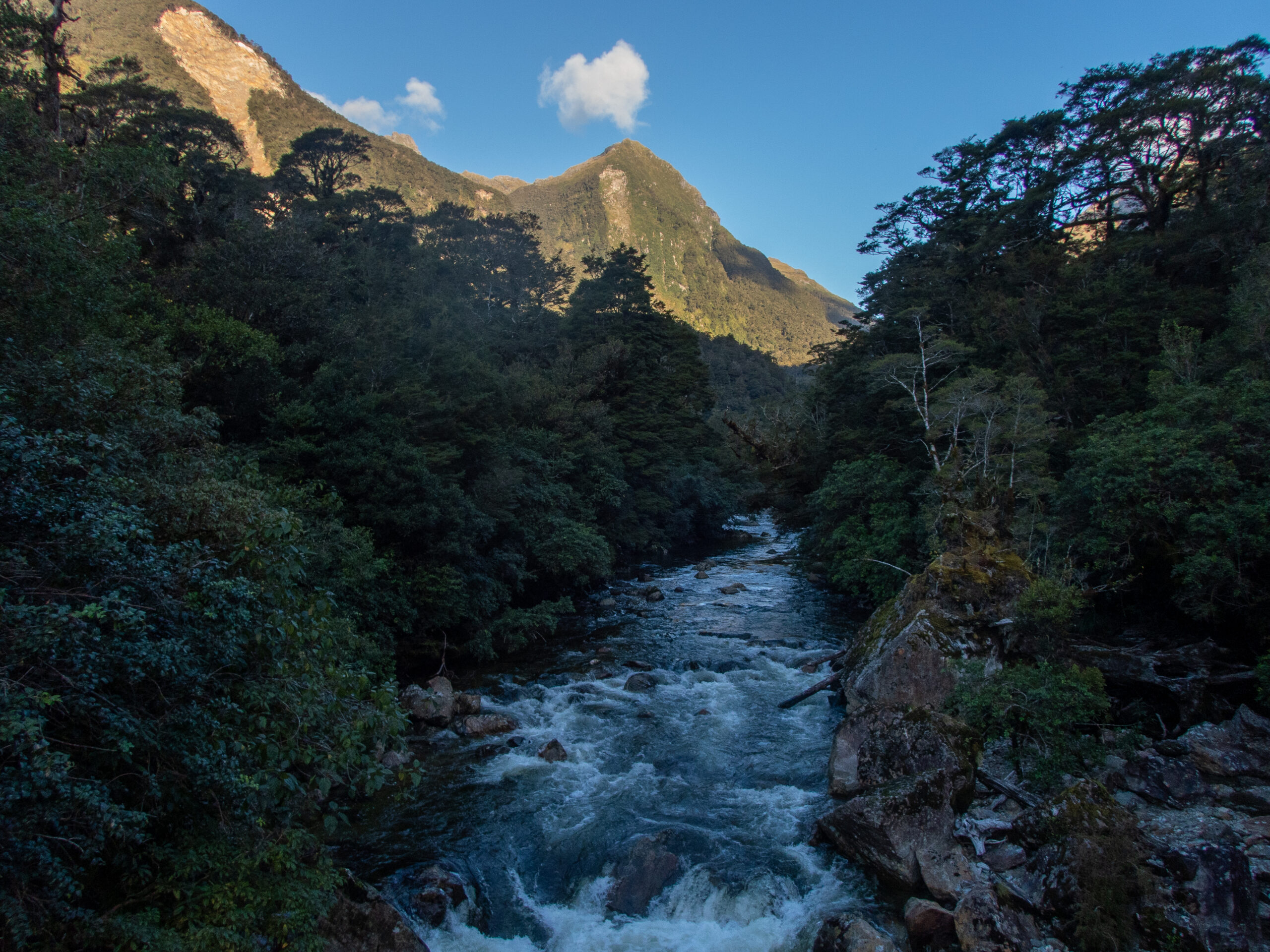
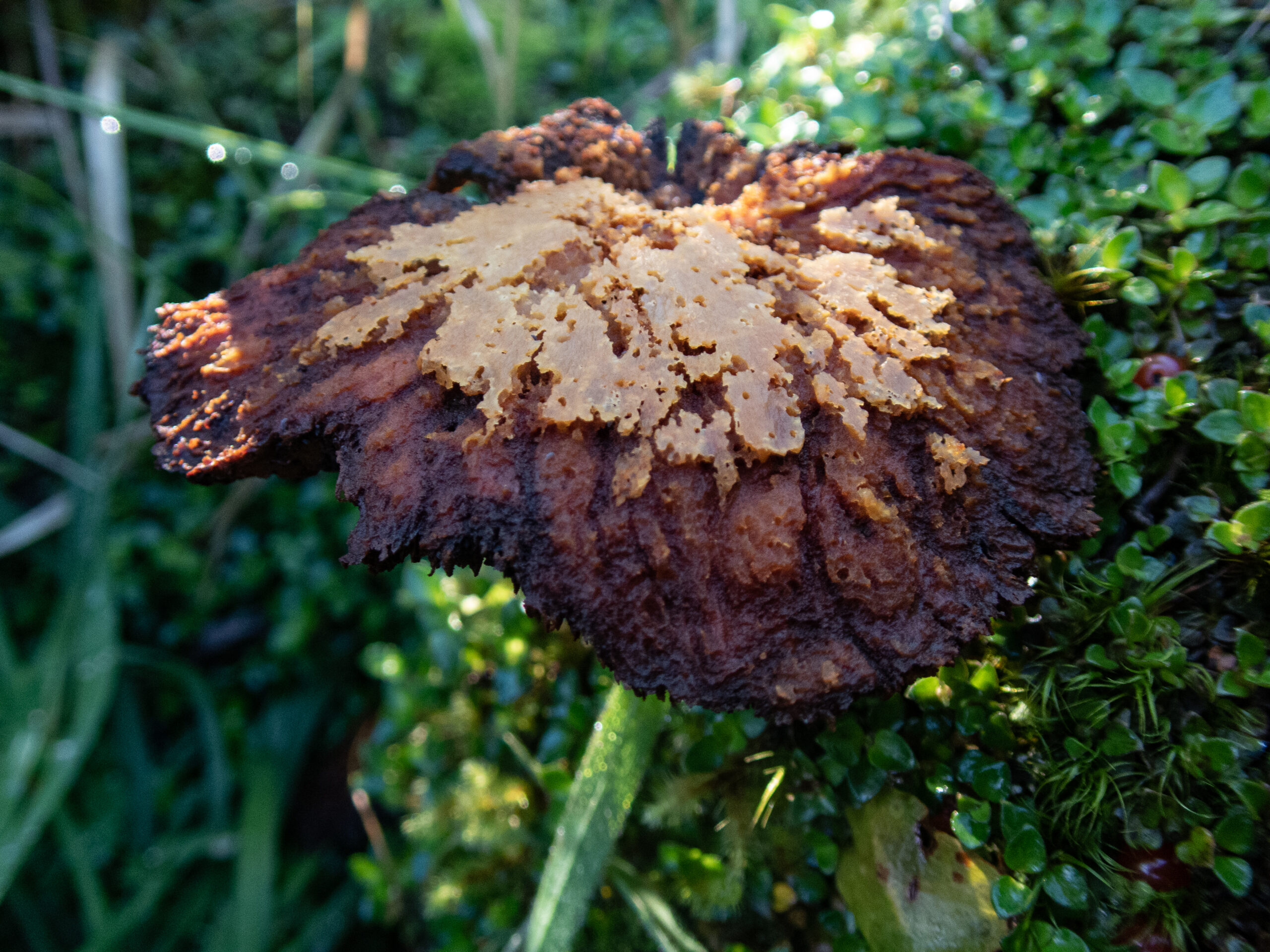
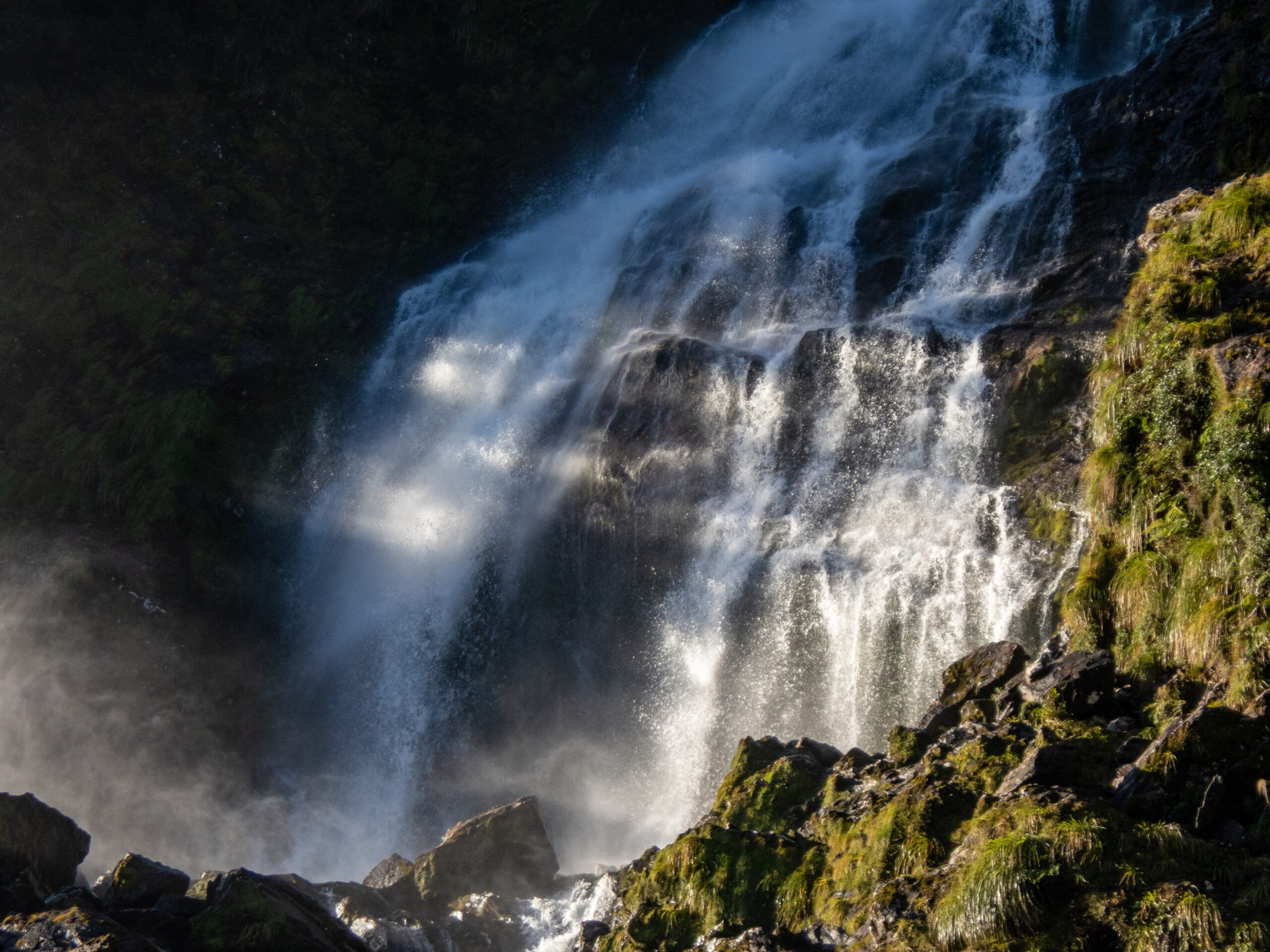

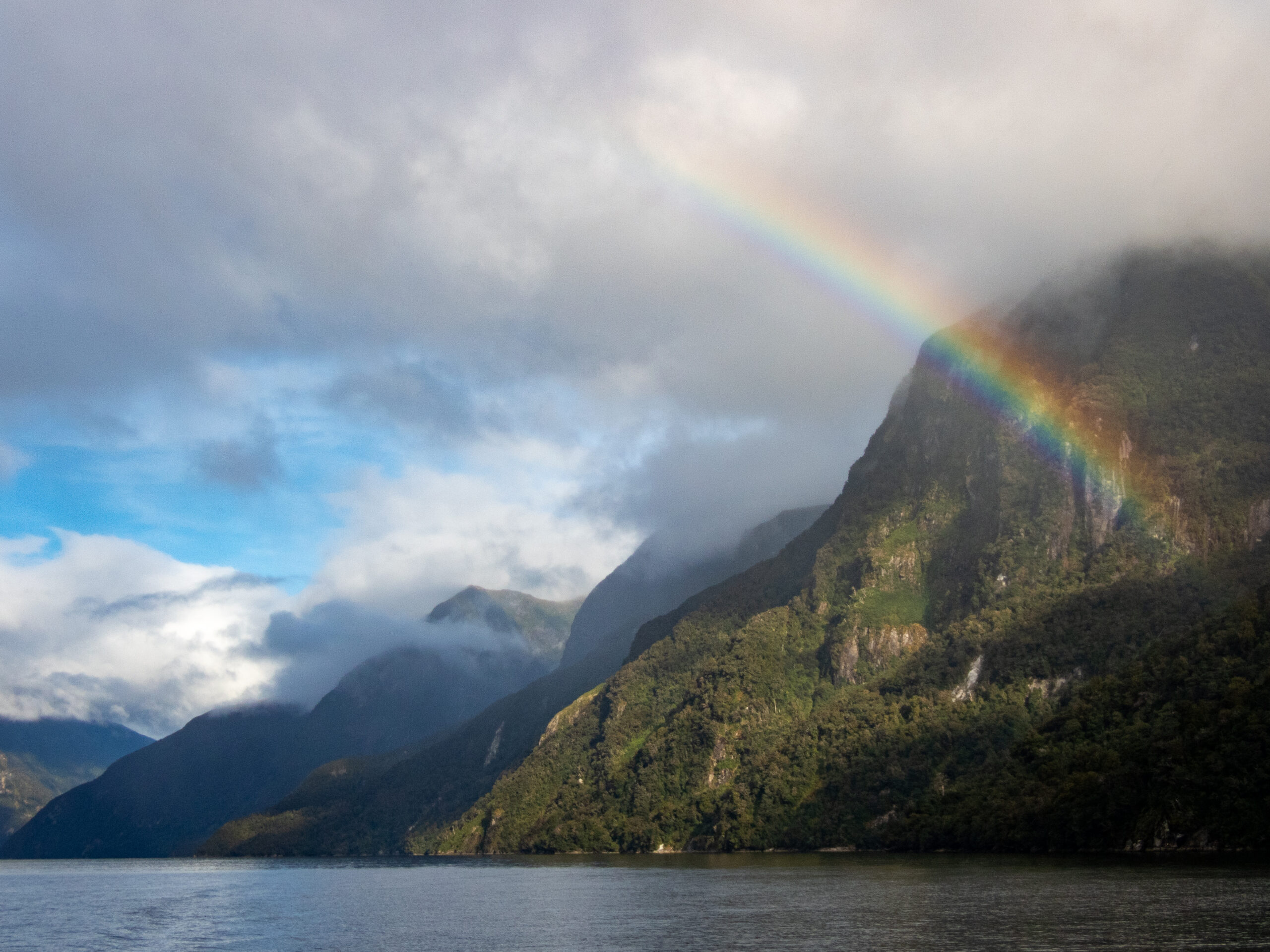
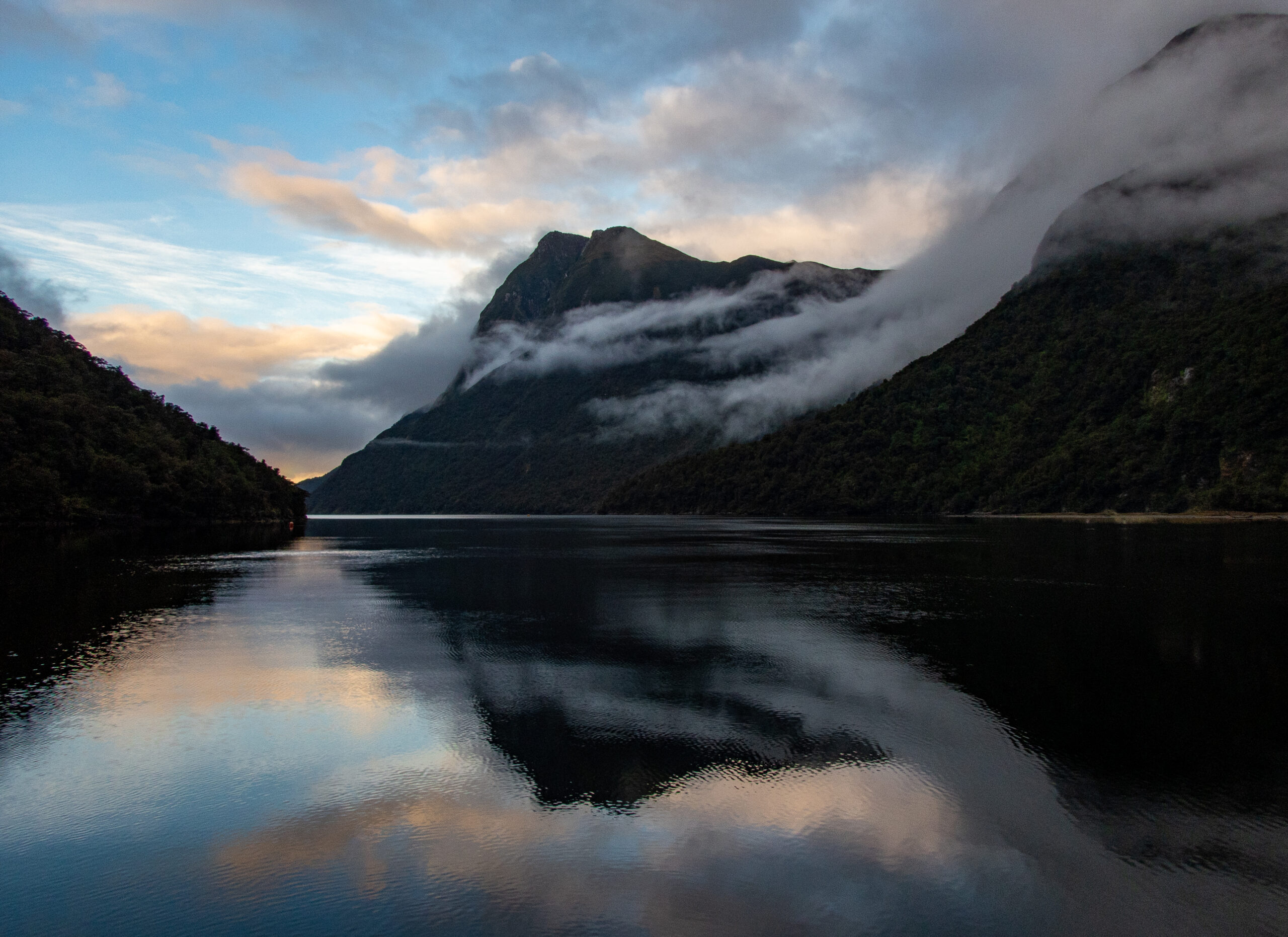

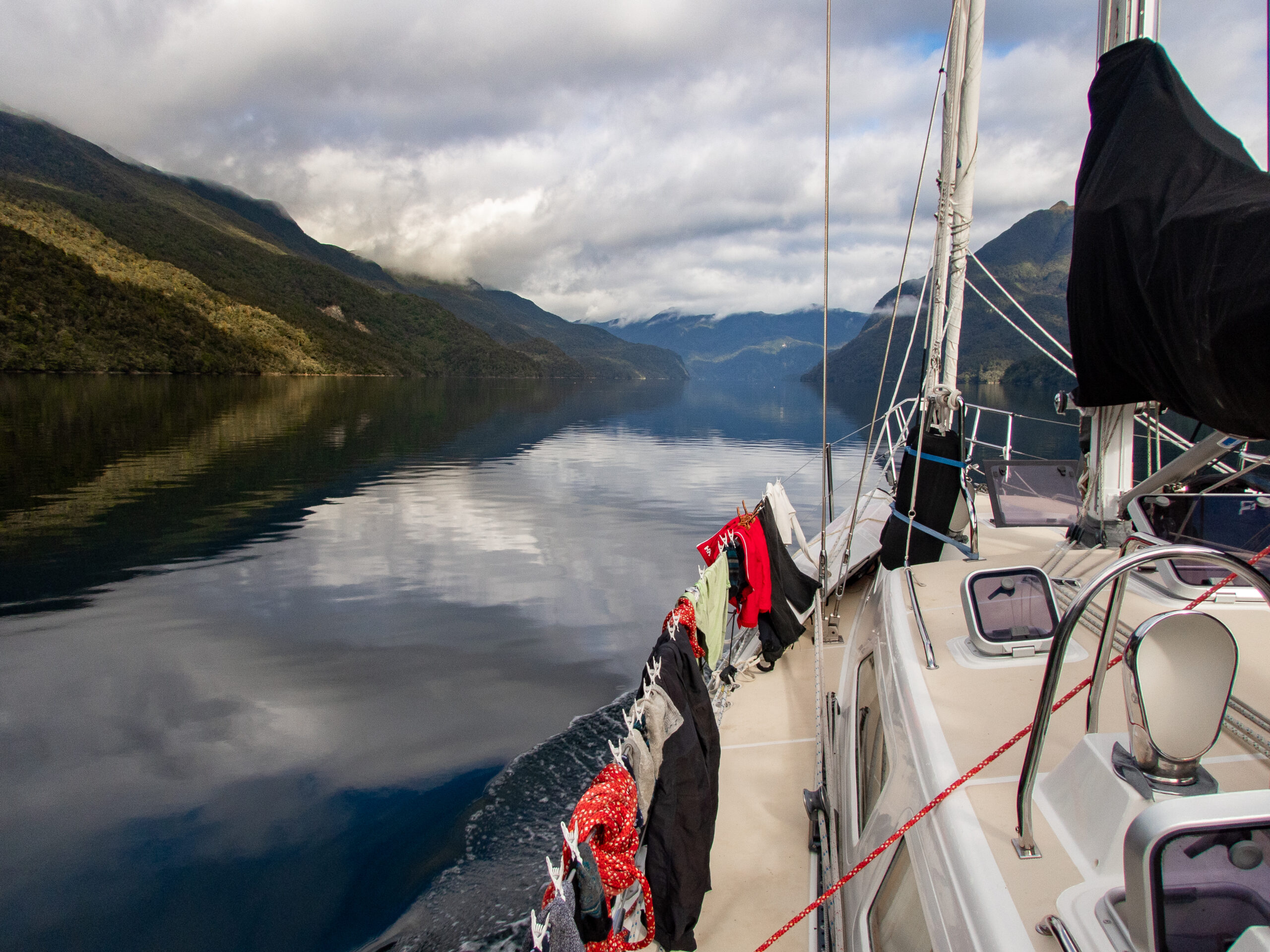
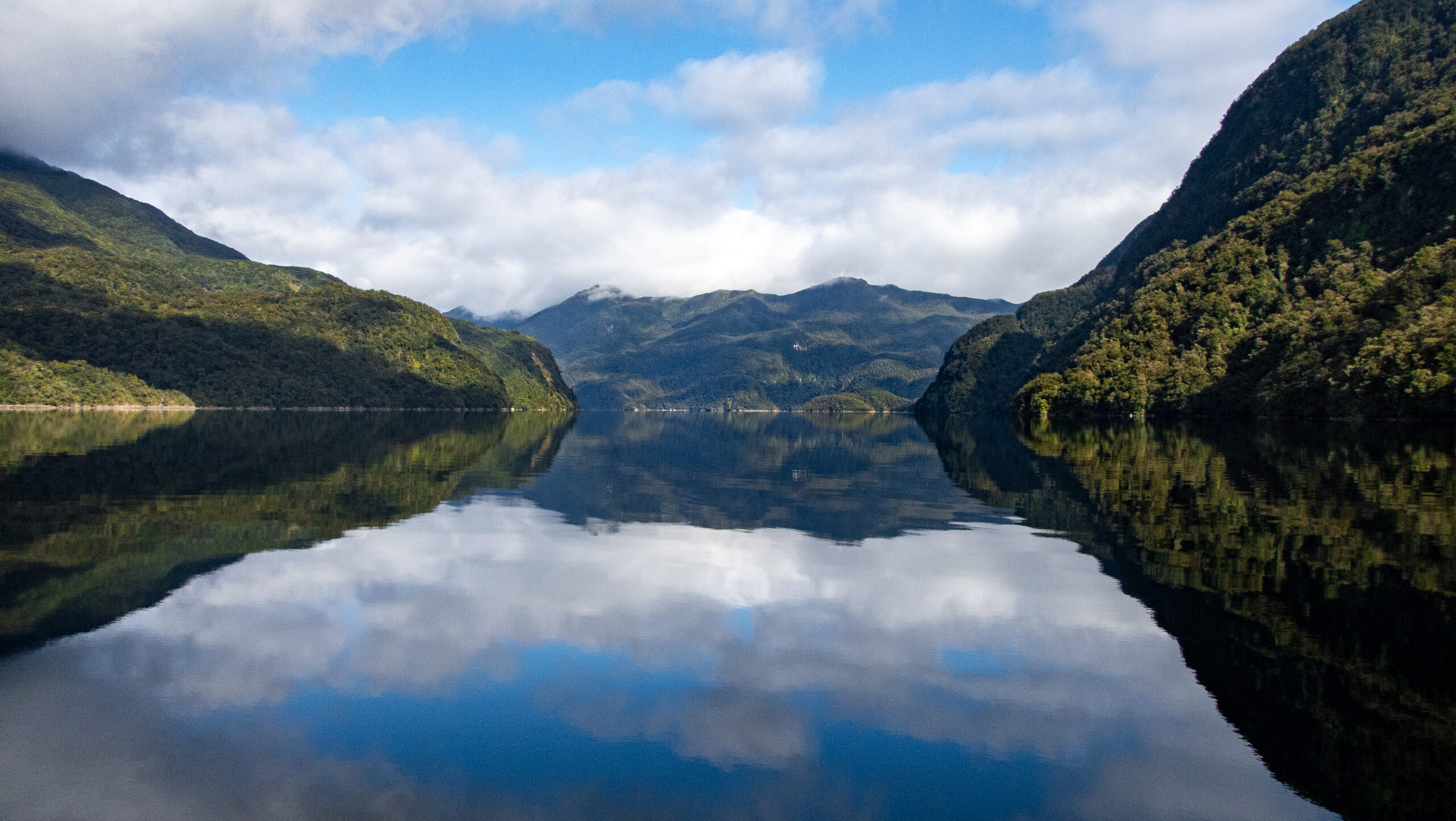
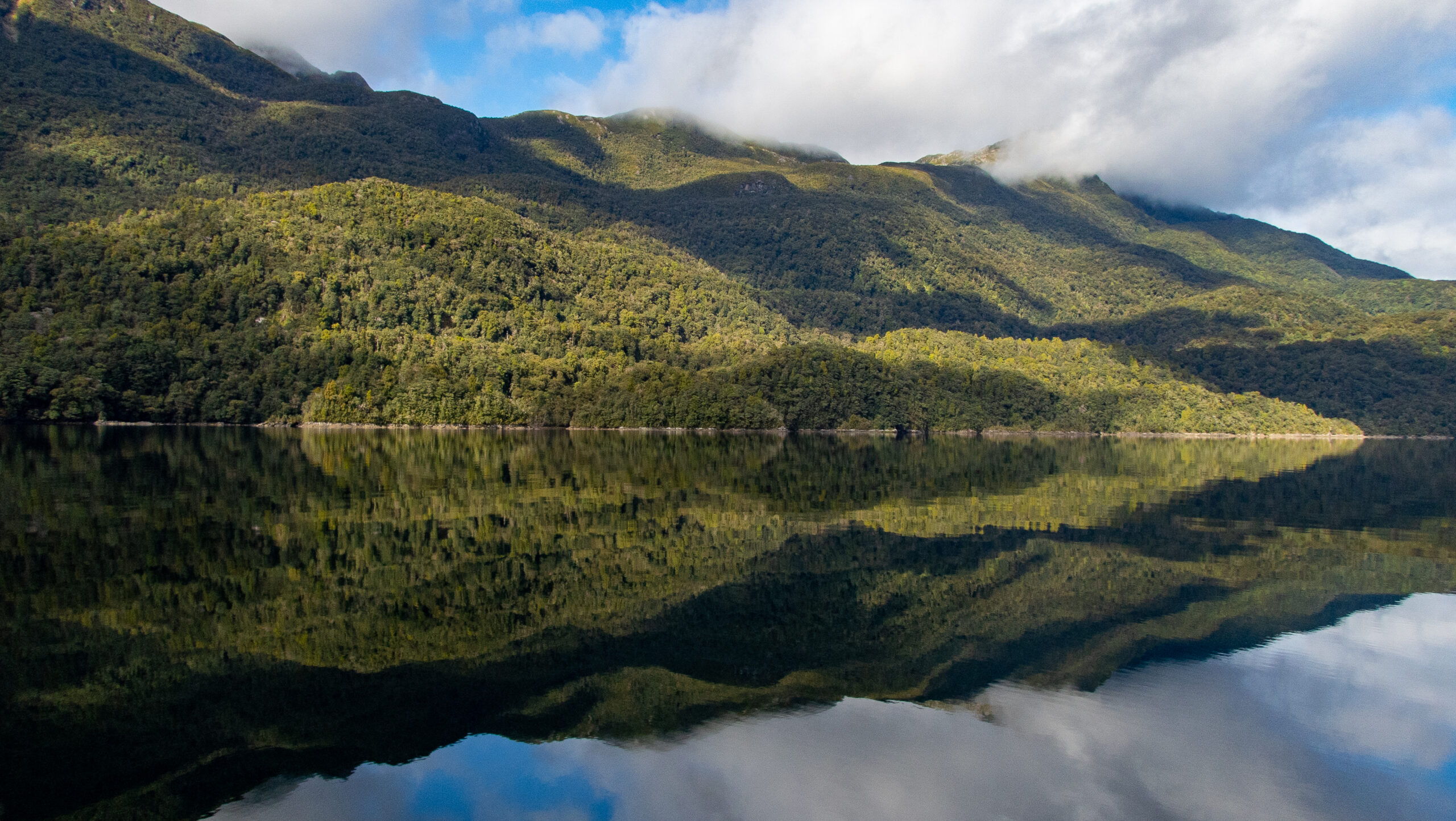
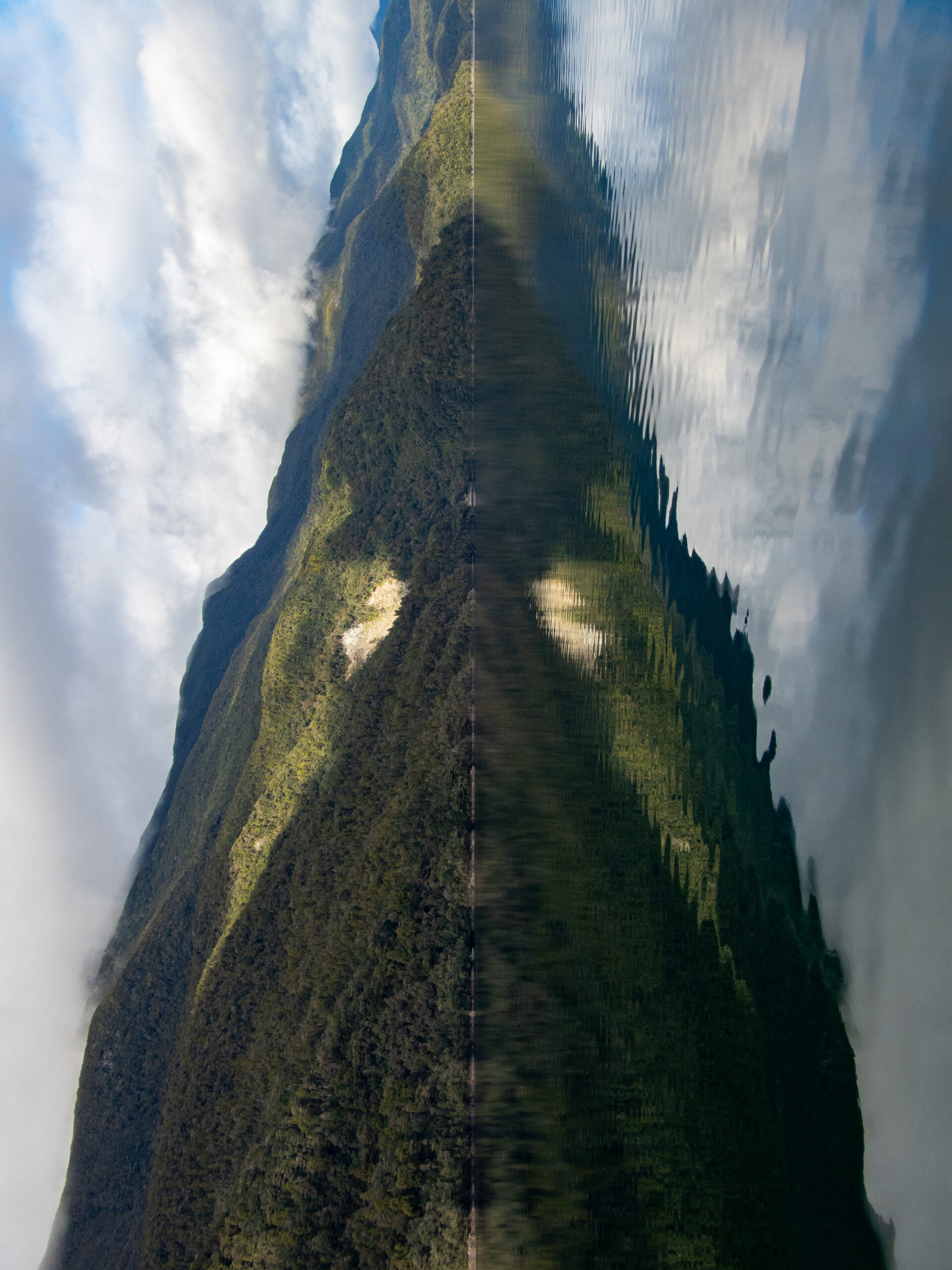
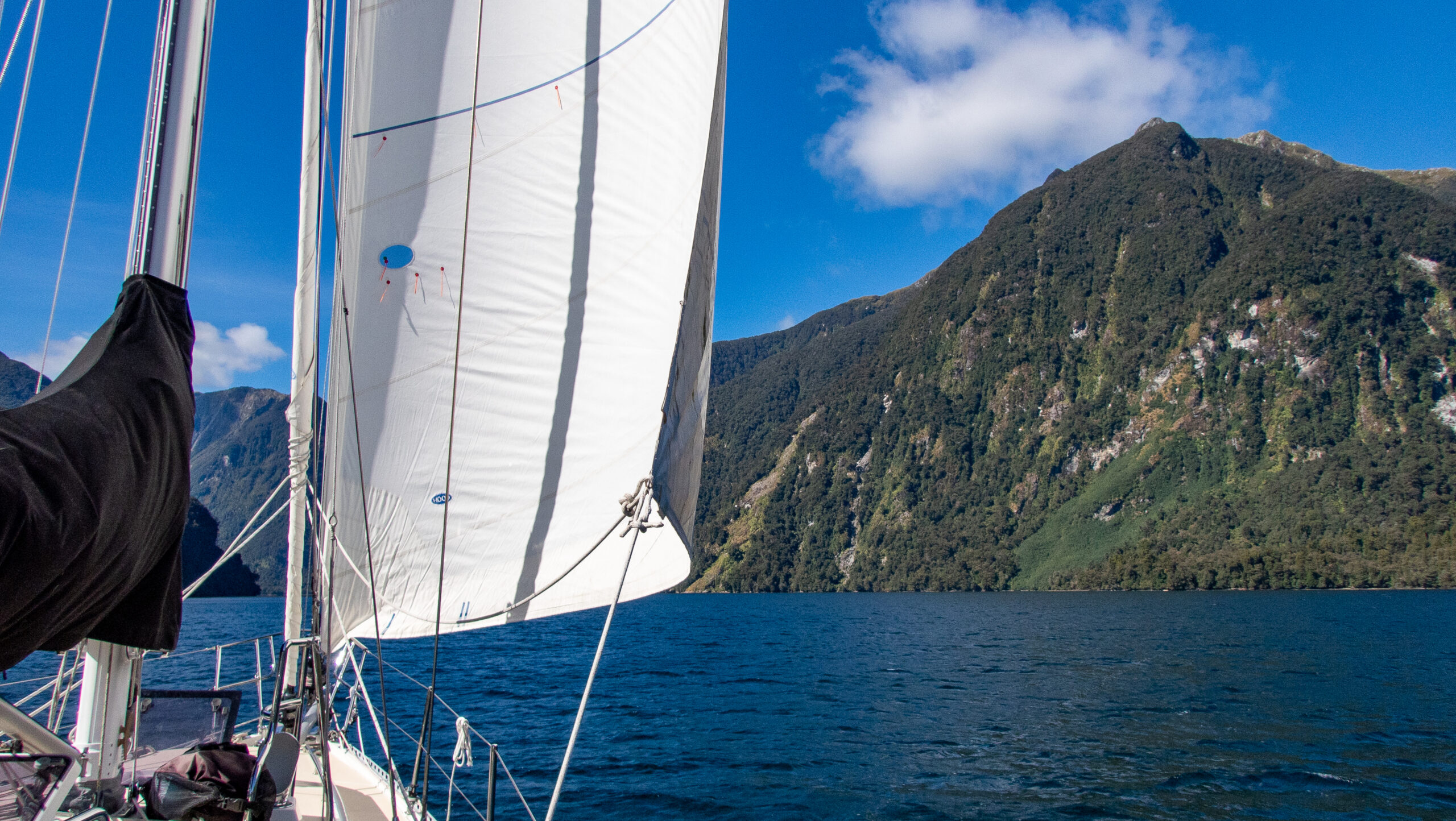
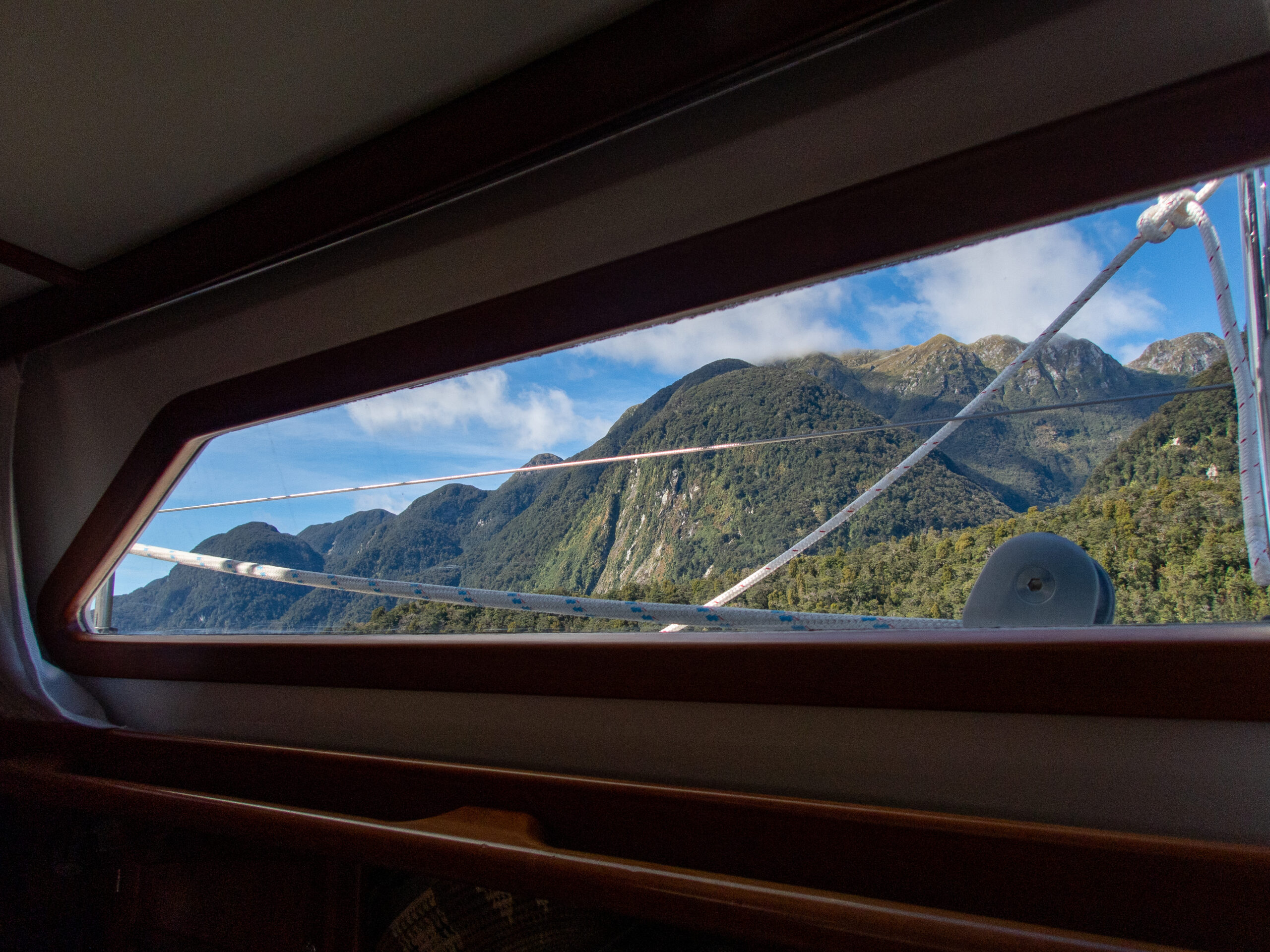

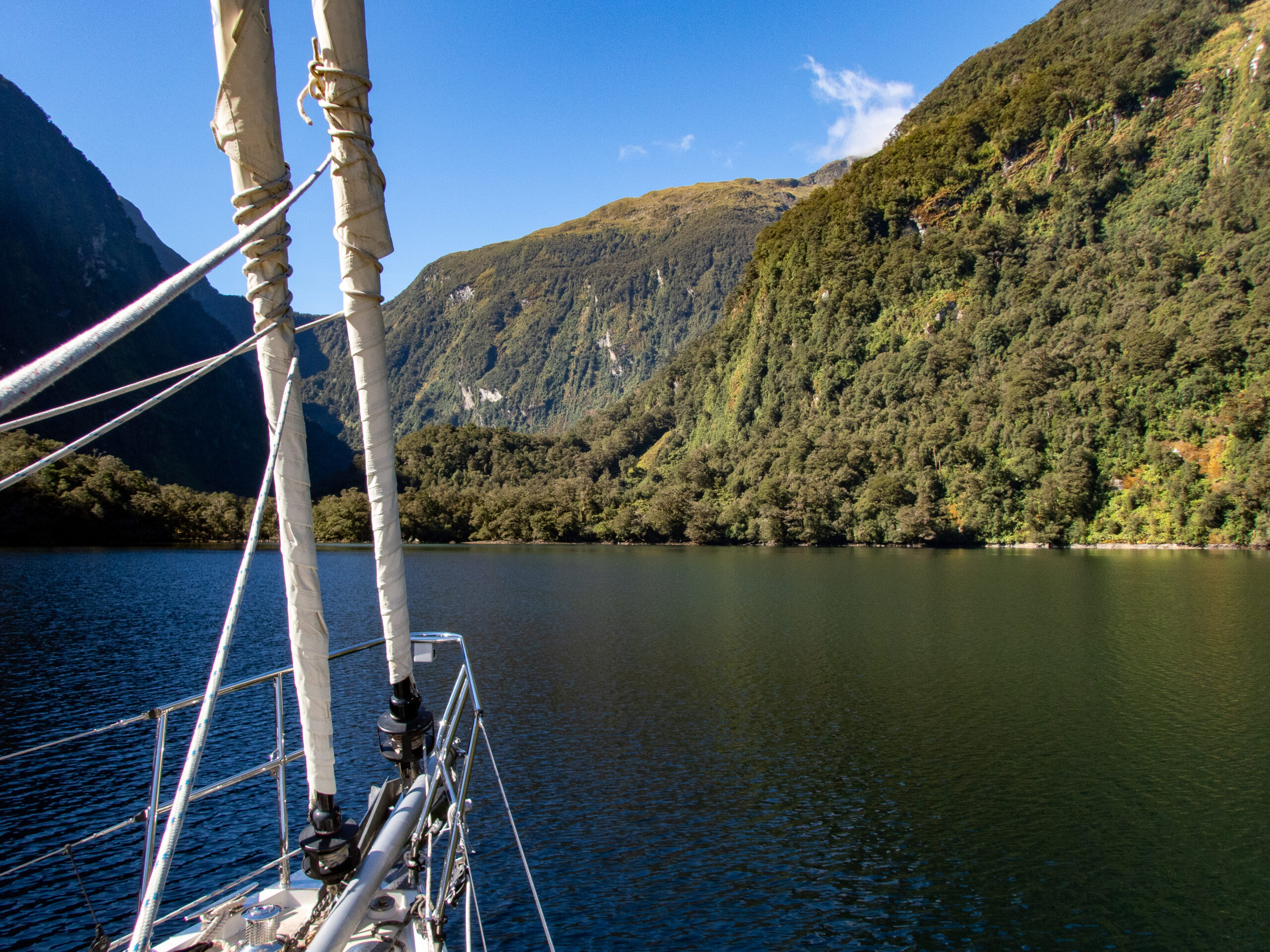
We were primed to love Broughton Arm. Tony, a New Zealand sailor we met in Tonga (from an Auckland sailboat building family) got there ahead of us and posted his impression, the humbling sense of privilege he felt to be in the remote presence of such mighty granite walls and peaks. “Paradise found!,” he exclaimed. It’s hard to think of a way to convey the heart sense of moving through pristine and unpeopled areas like this, the sense that goes beyond the imagery, the waterfalls, and magnificent trees, the wildlife. The sense of living stone and water and place. You look at one of the these peaks soaring above the the fiord continually stunned by the mass and energy represented there, and then by the bounty of life exuberantly, vividly greening those granite flanks. And water, water, water everywhere. ~MS
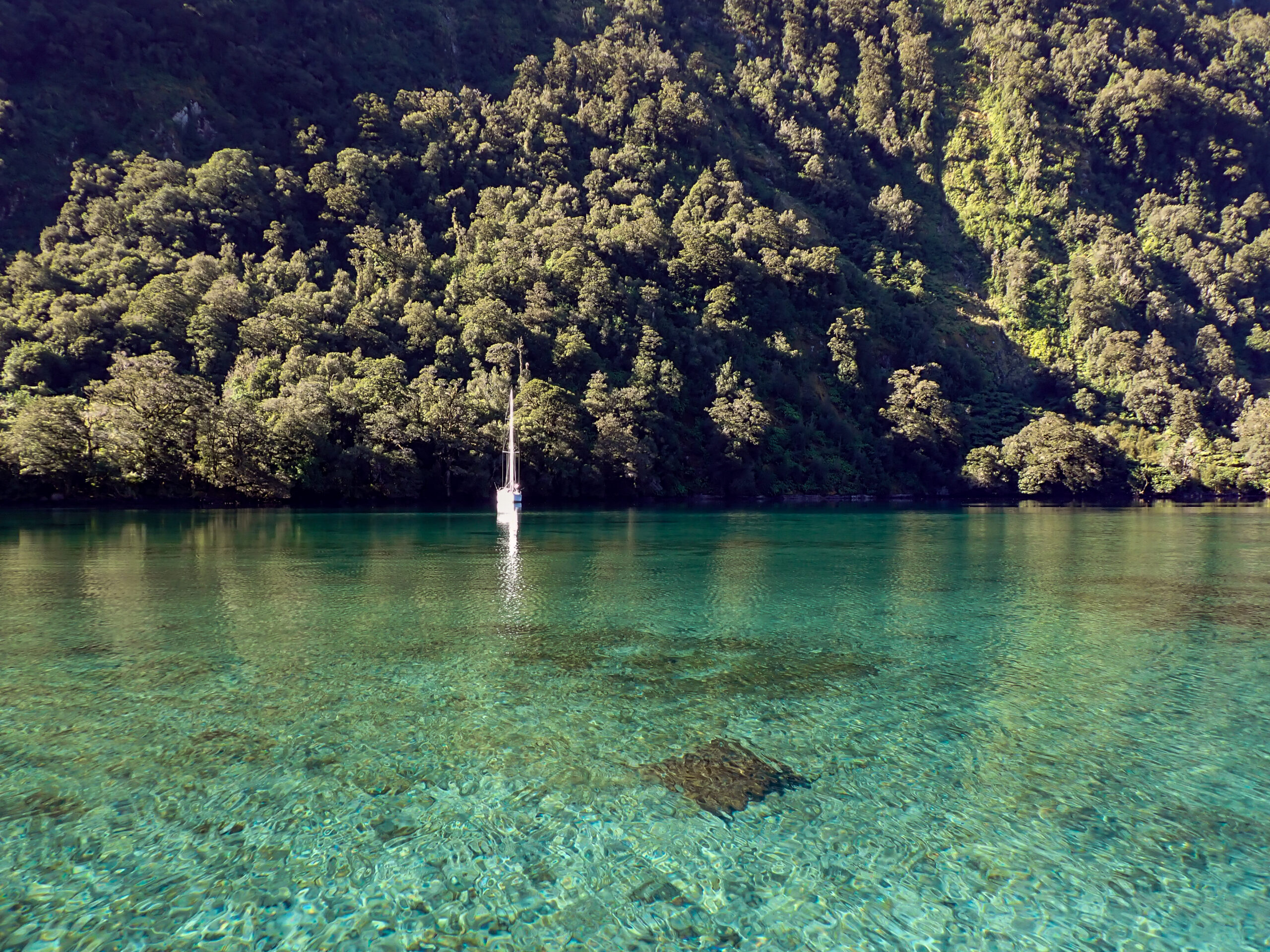
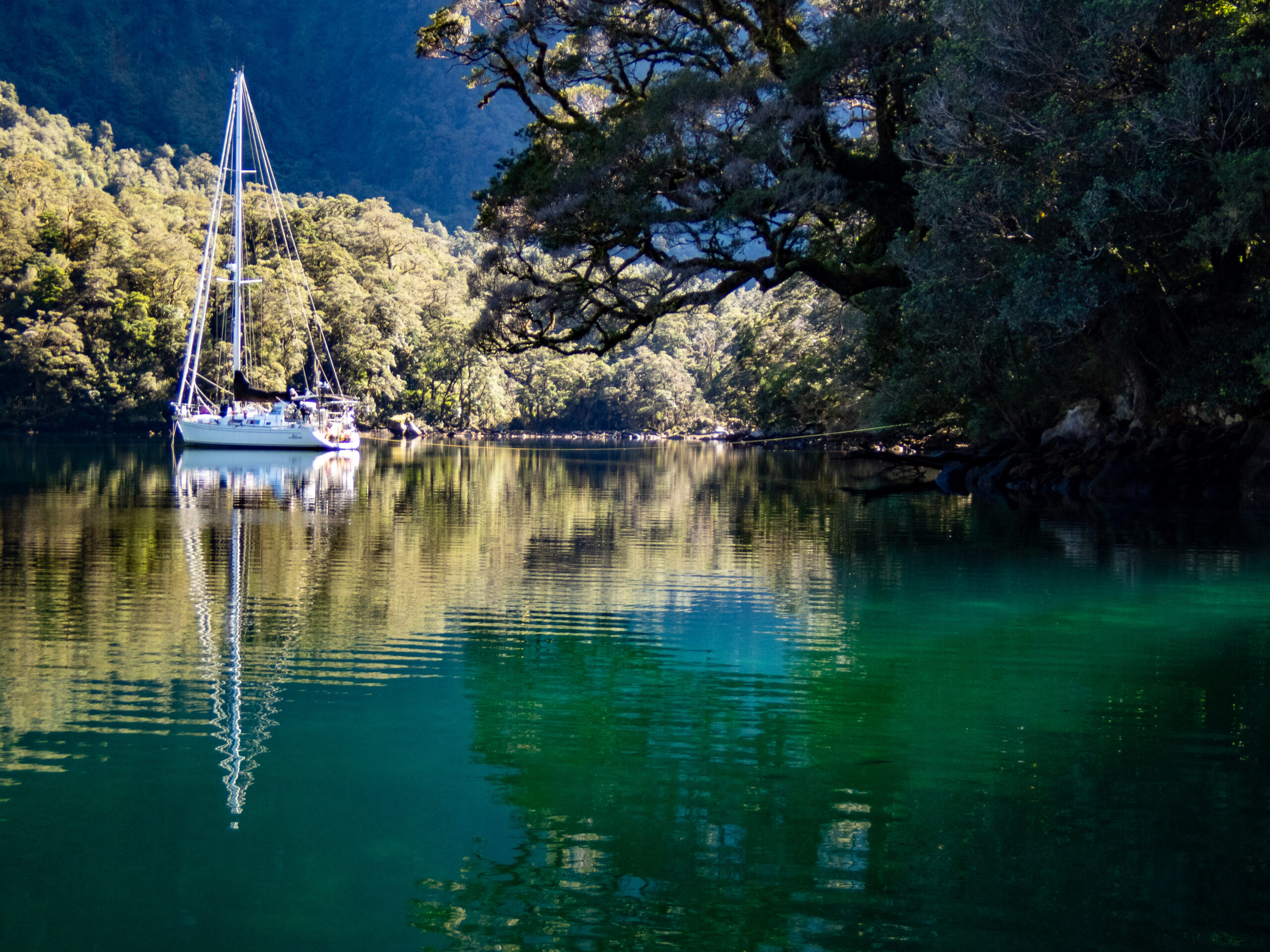
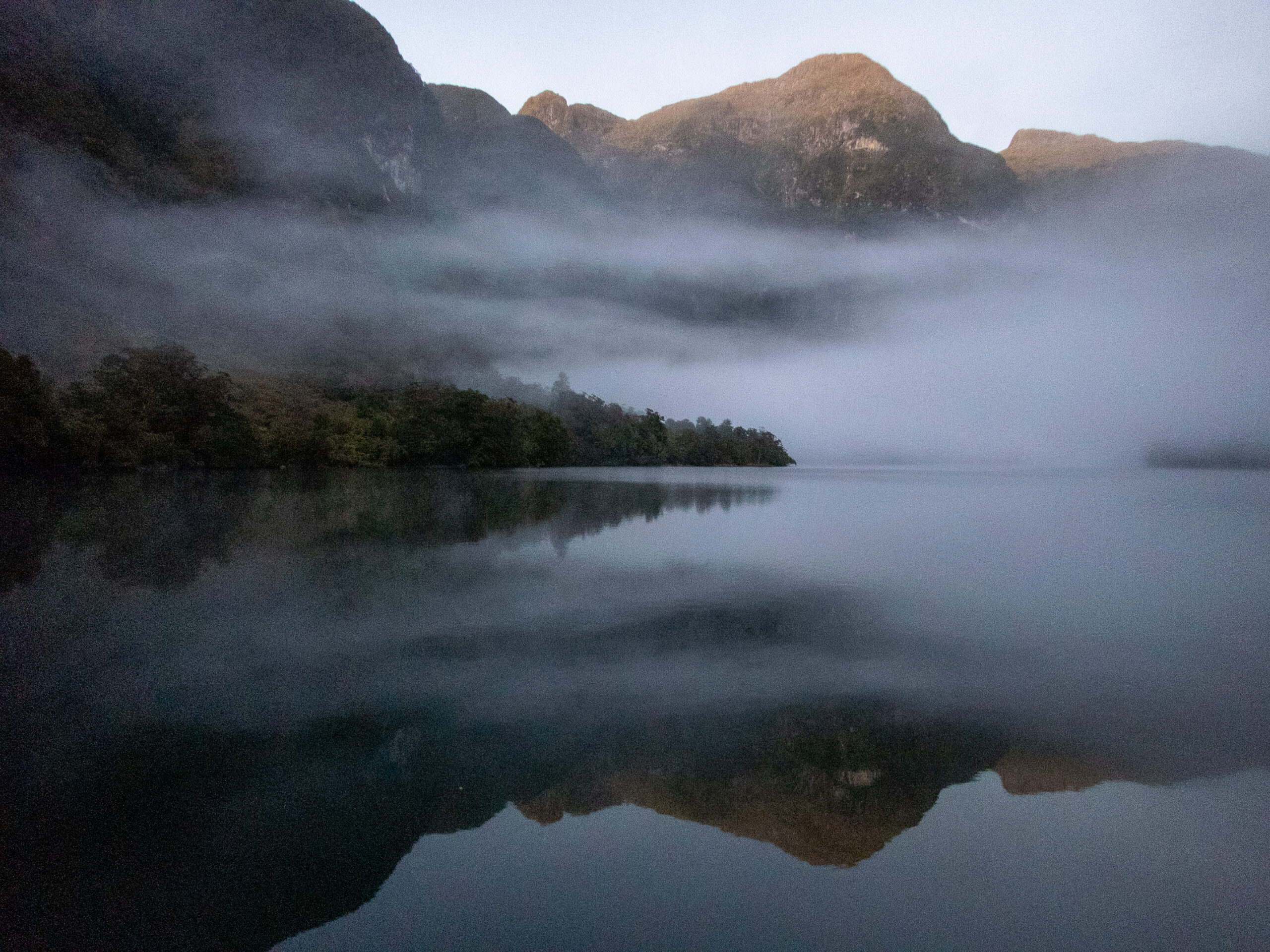


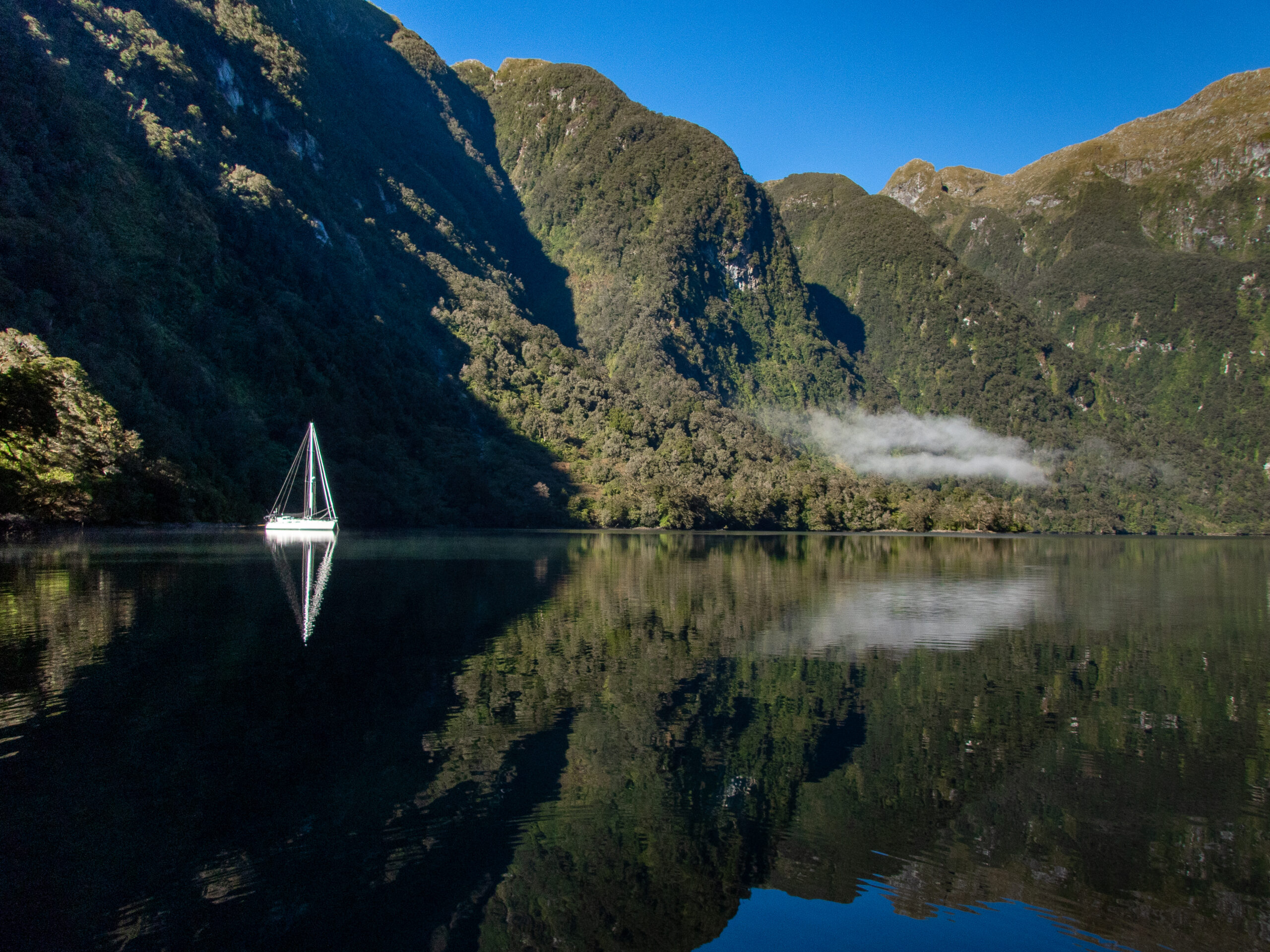


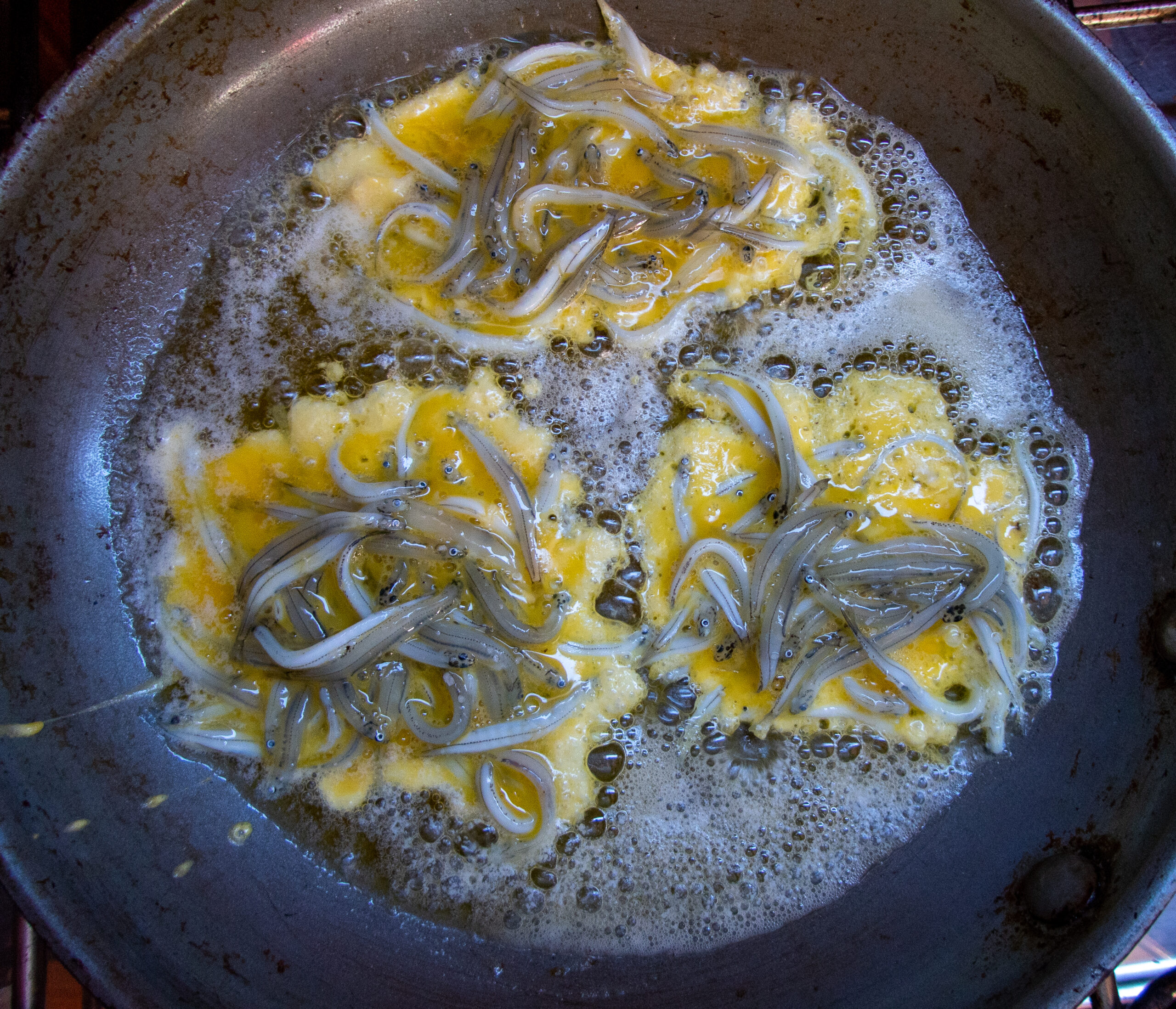

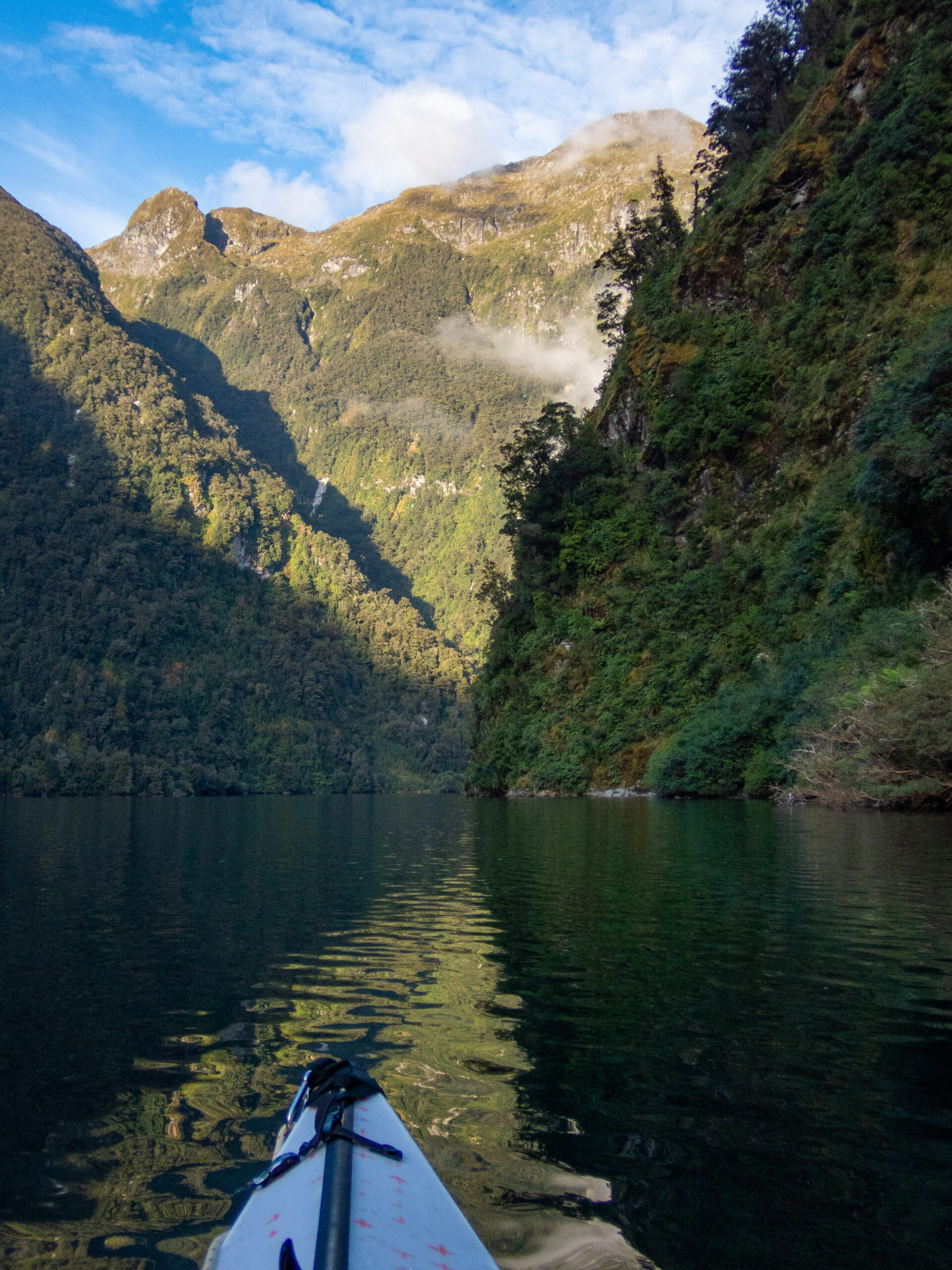
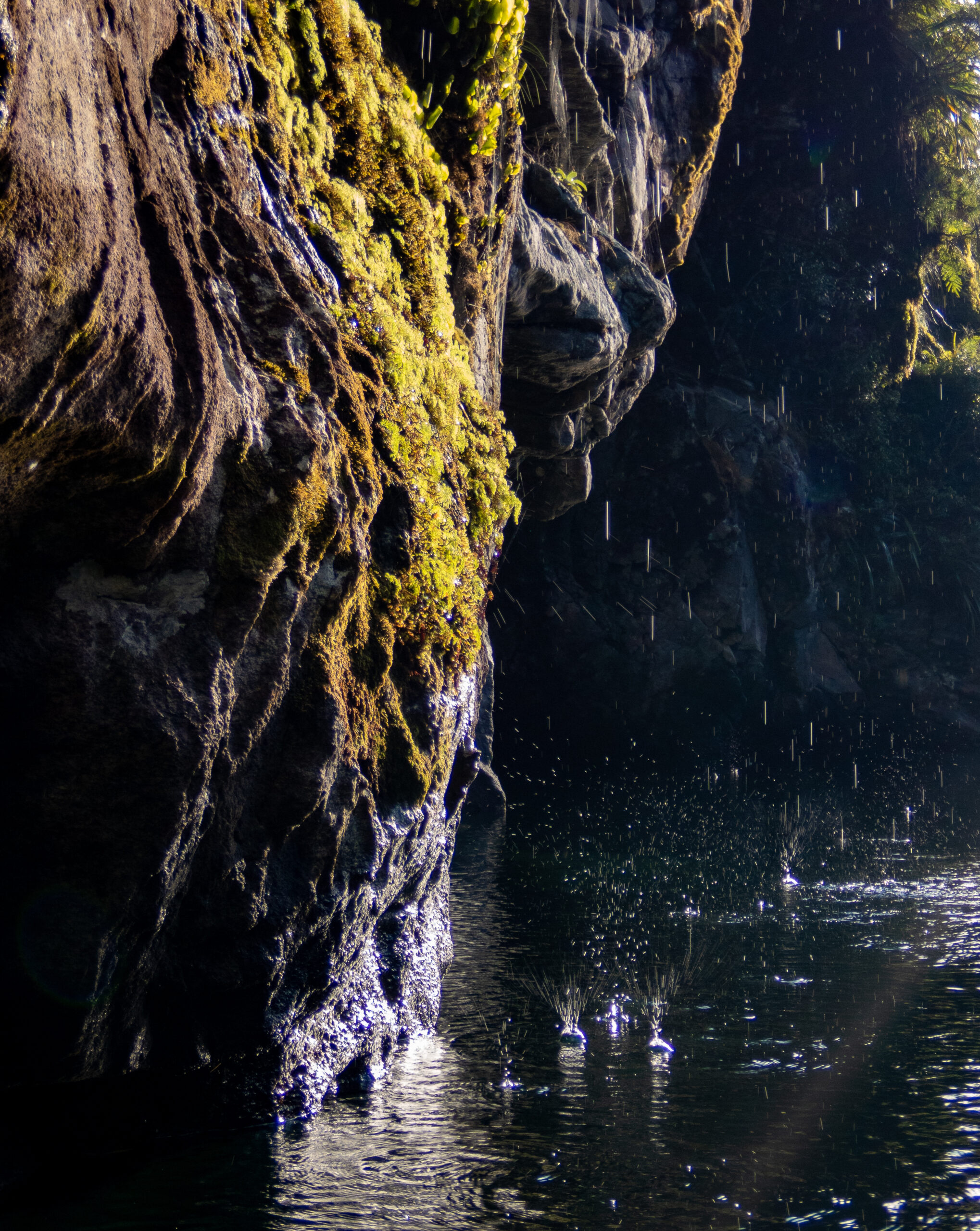
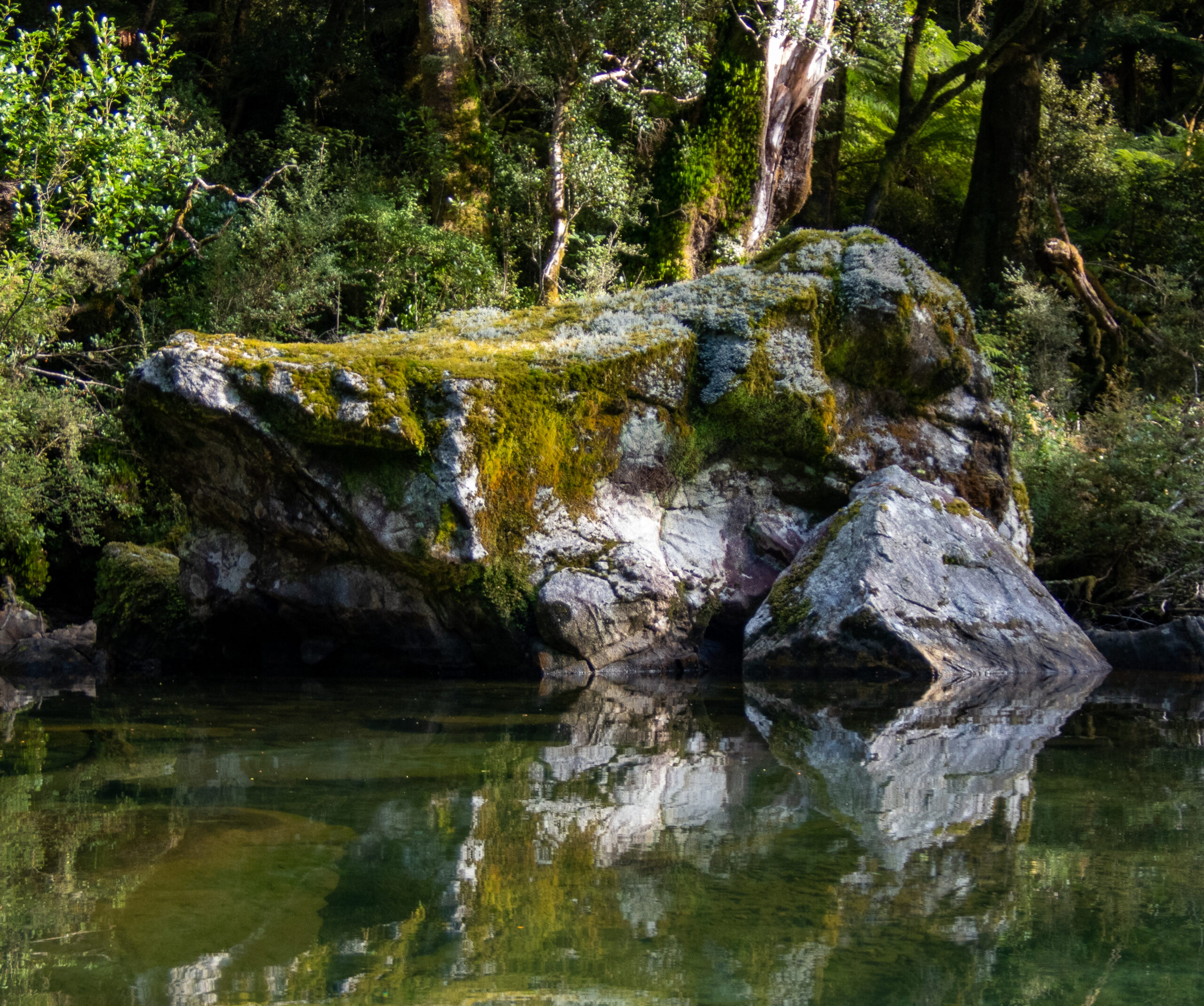

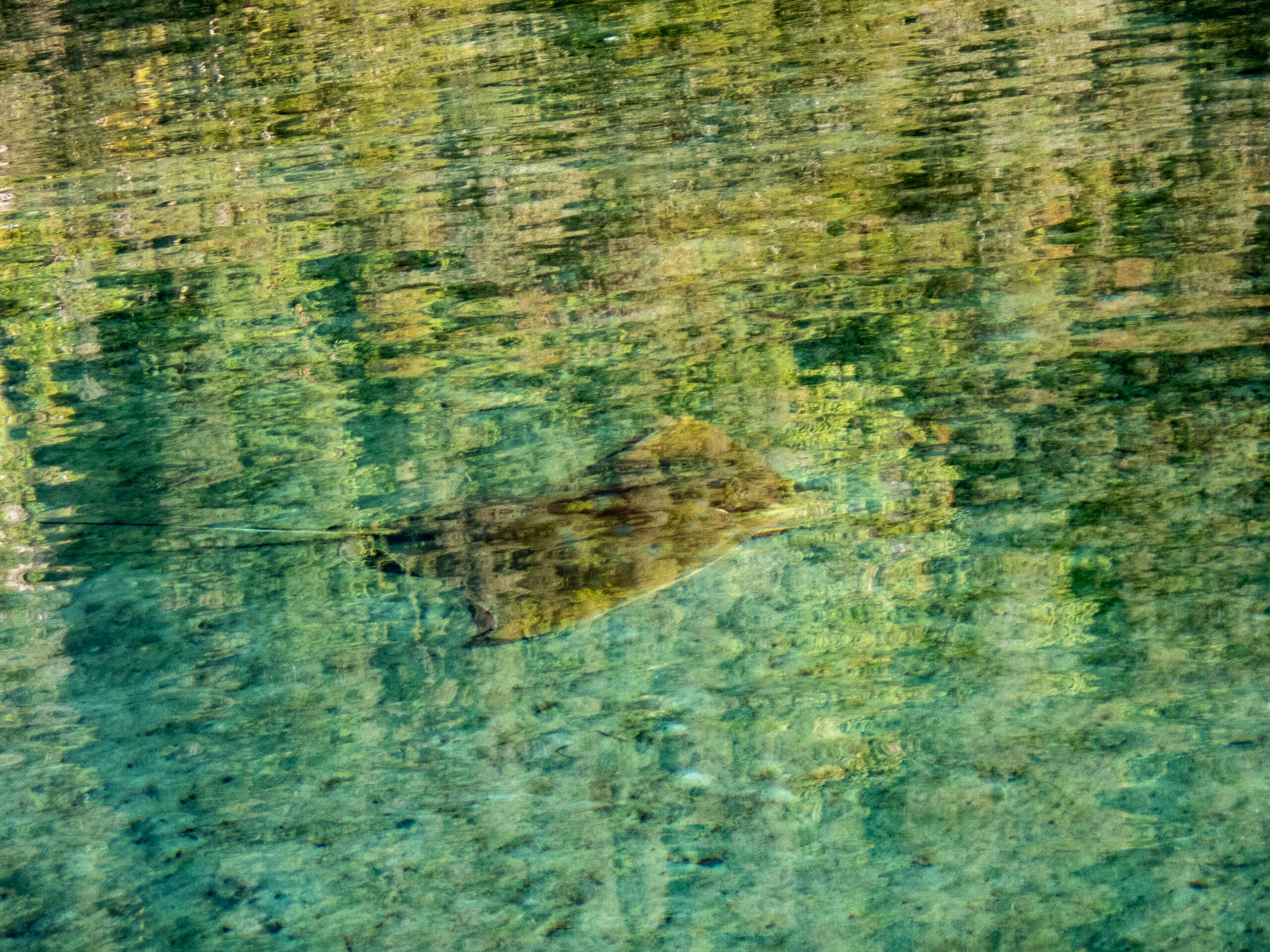
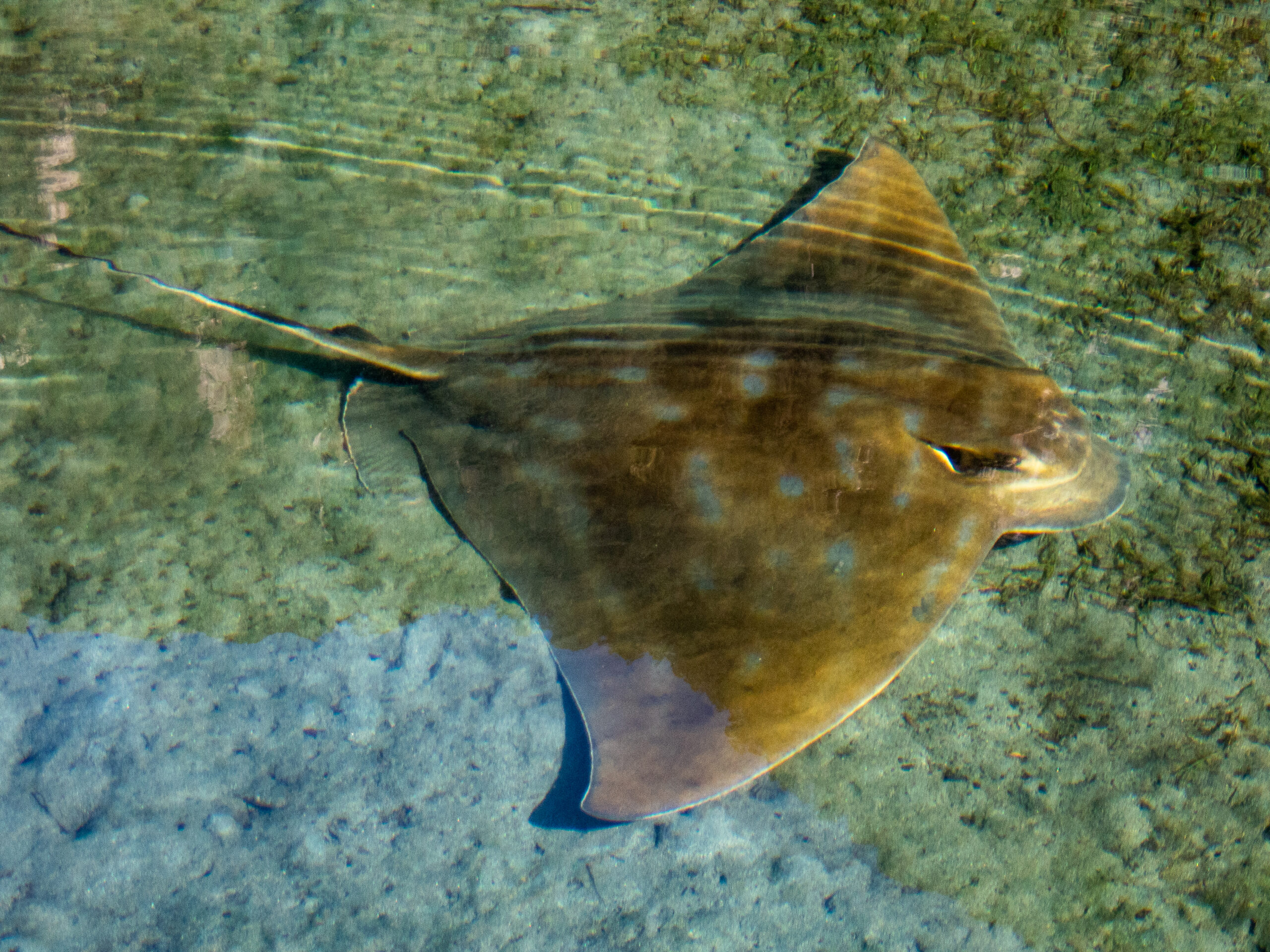
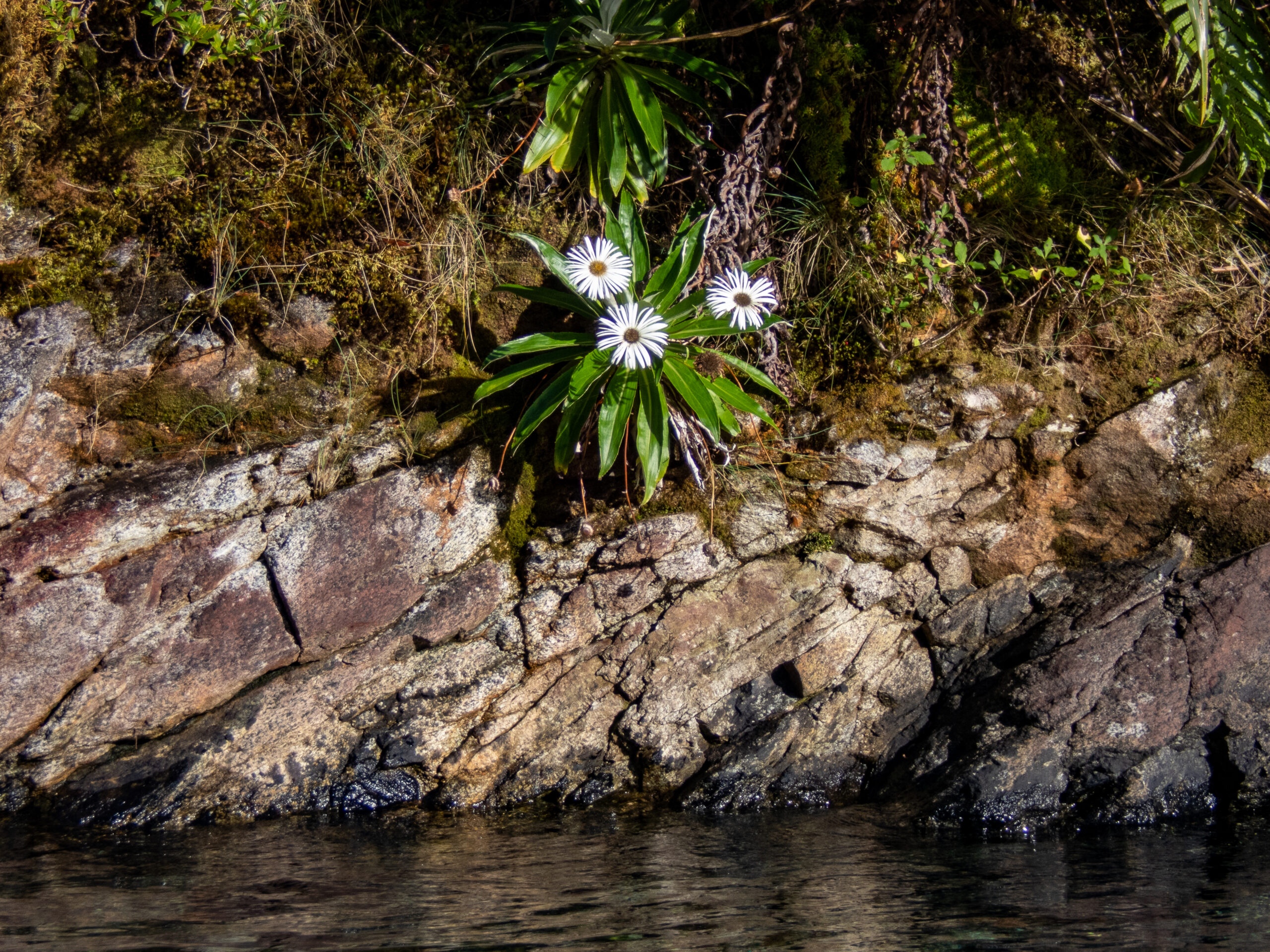
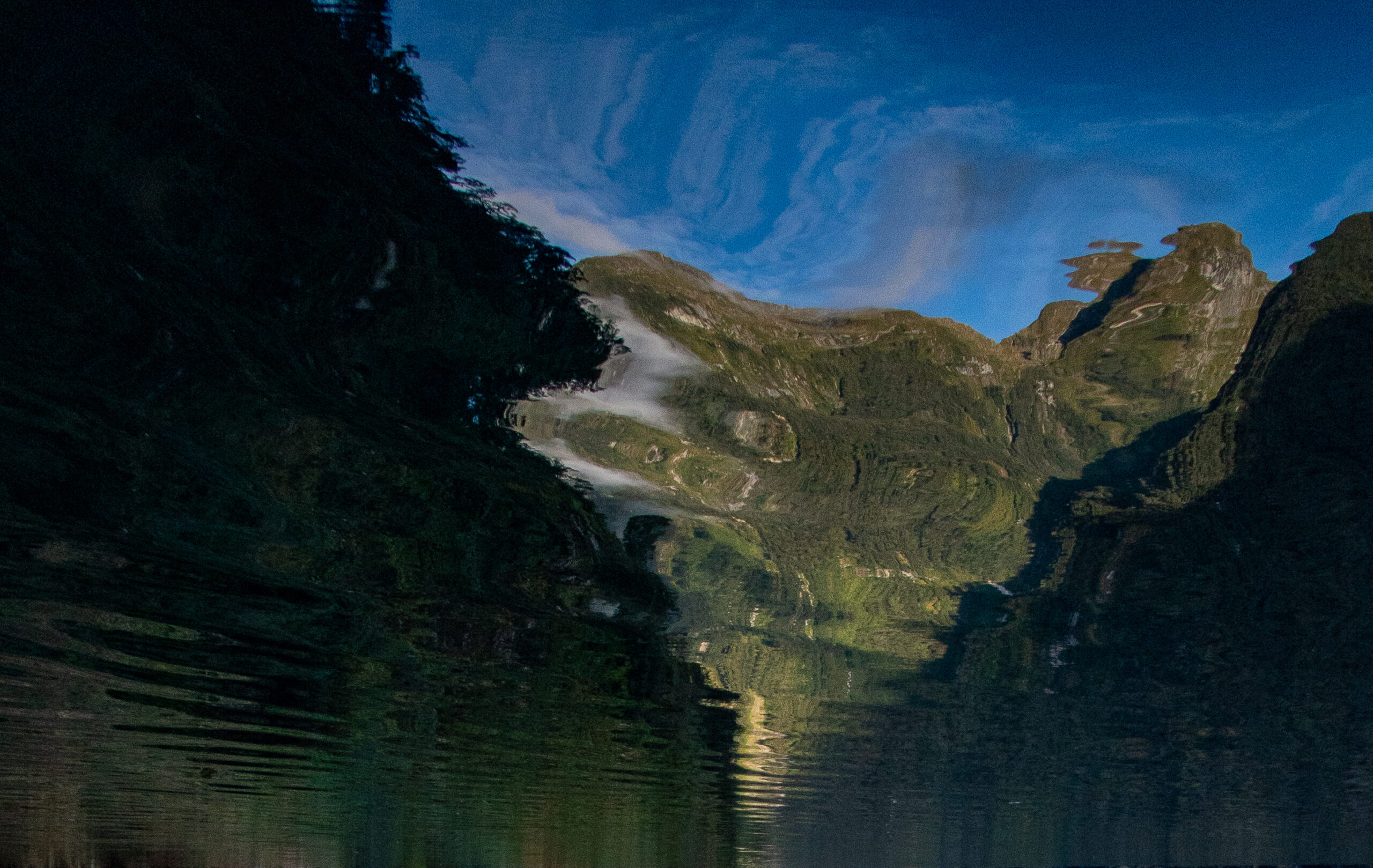

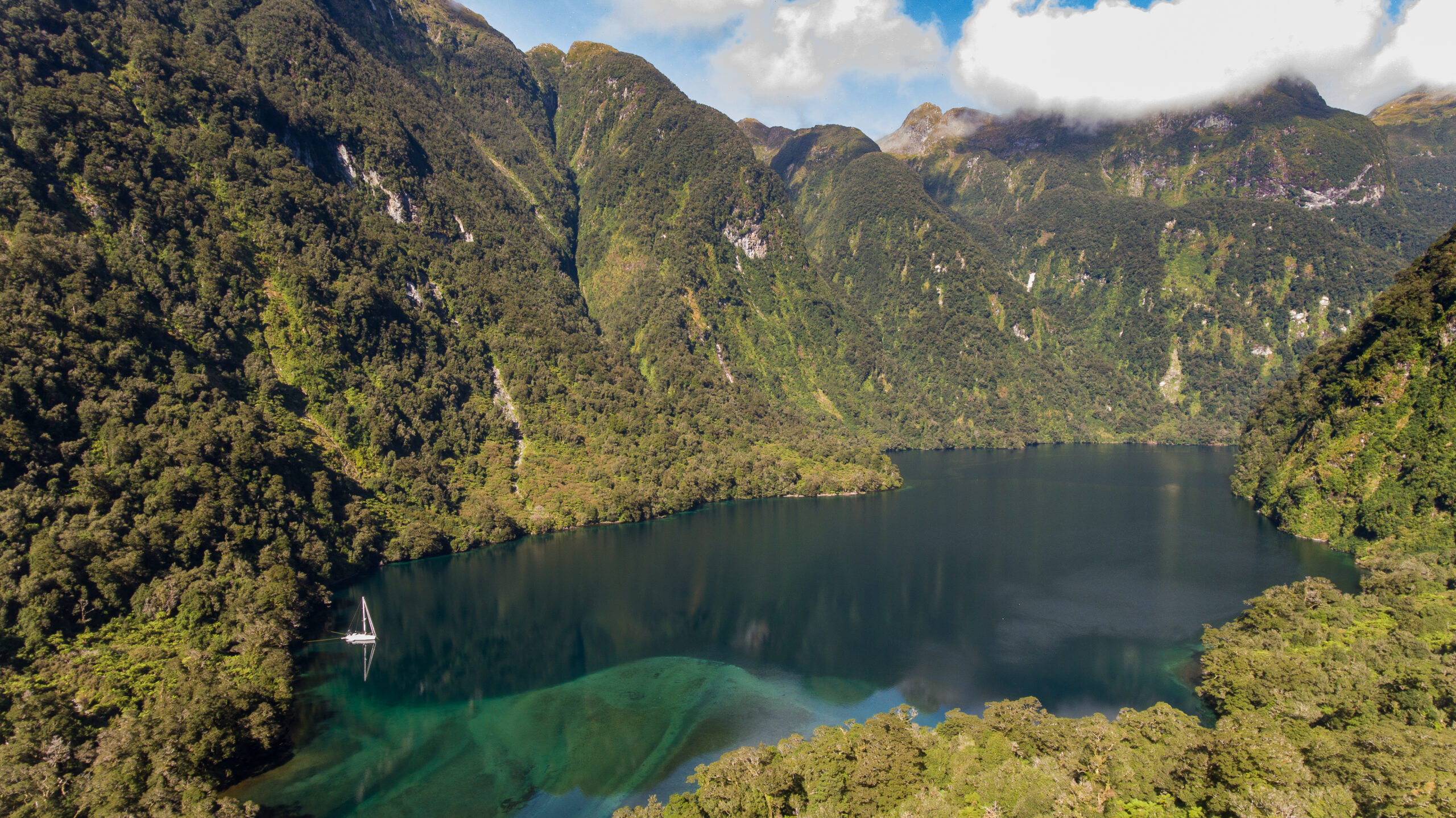
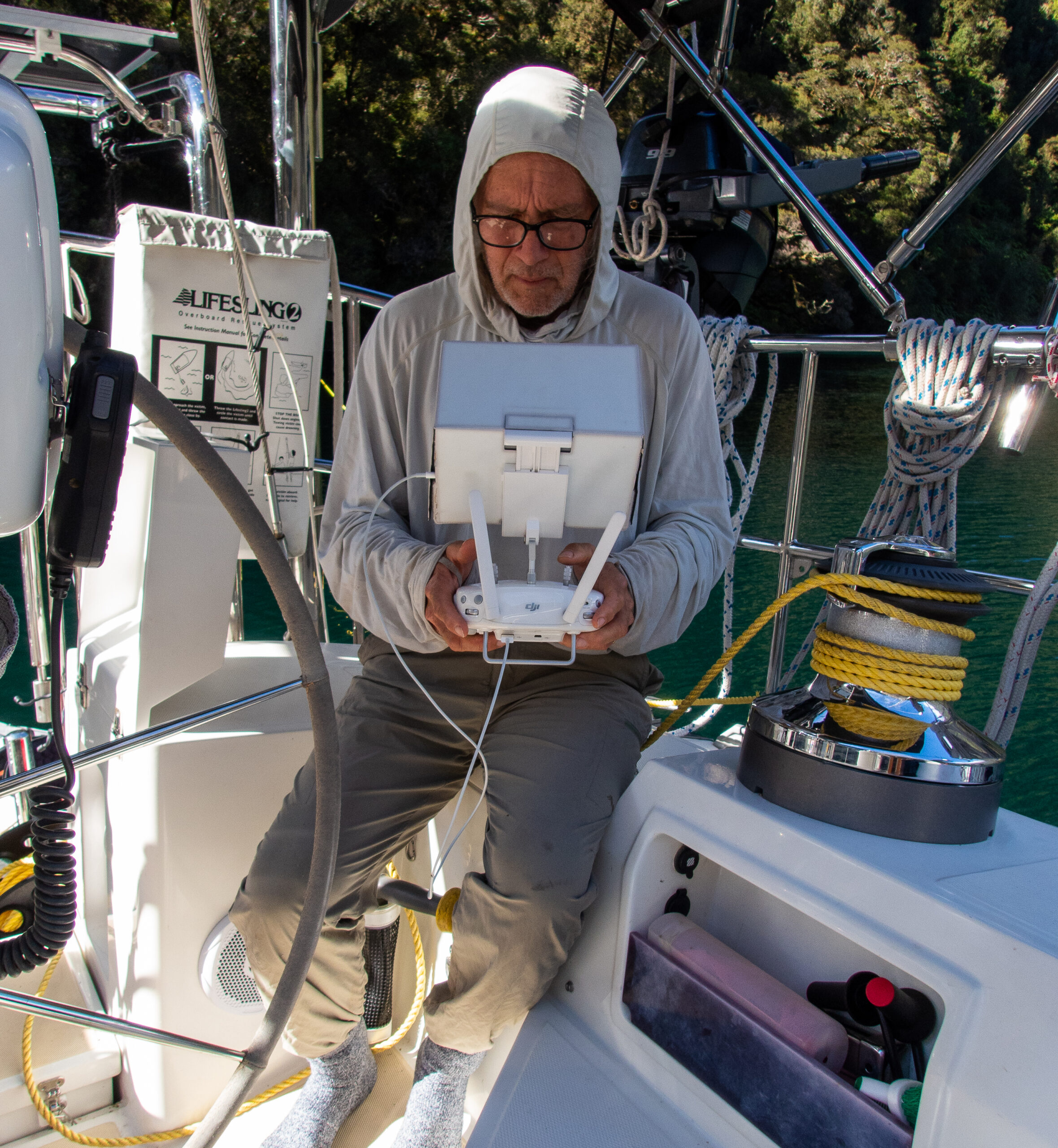
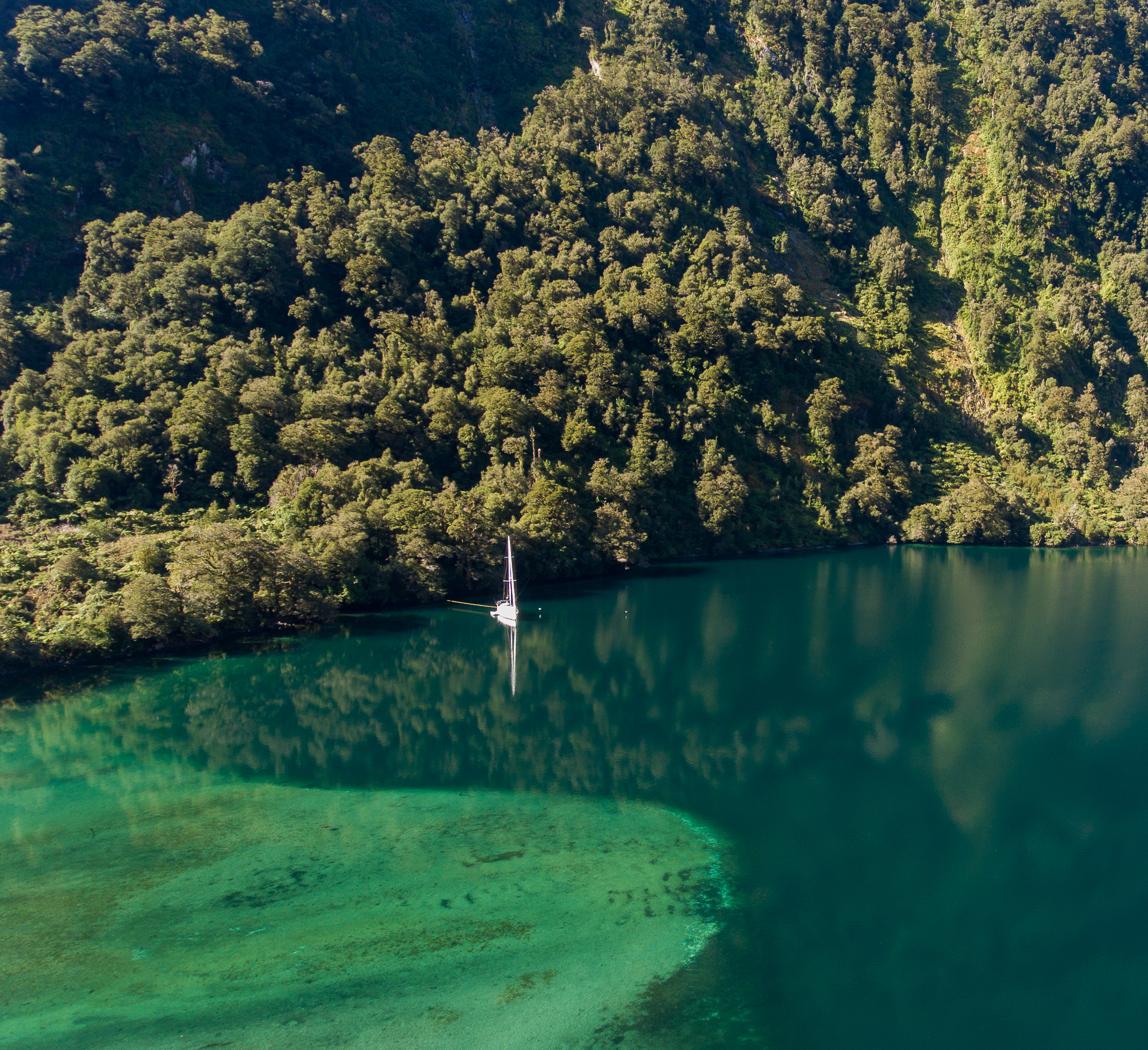
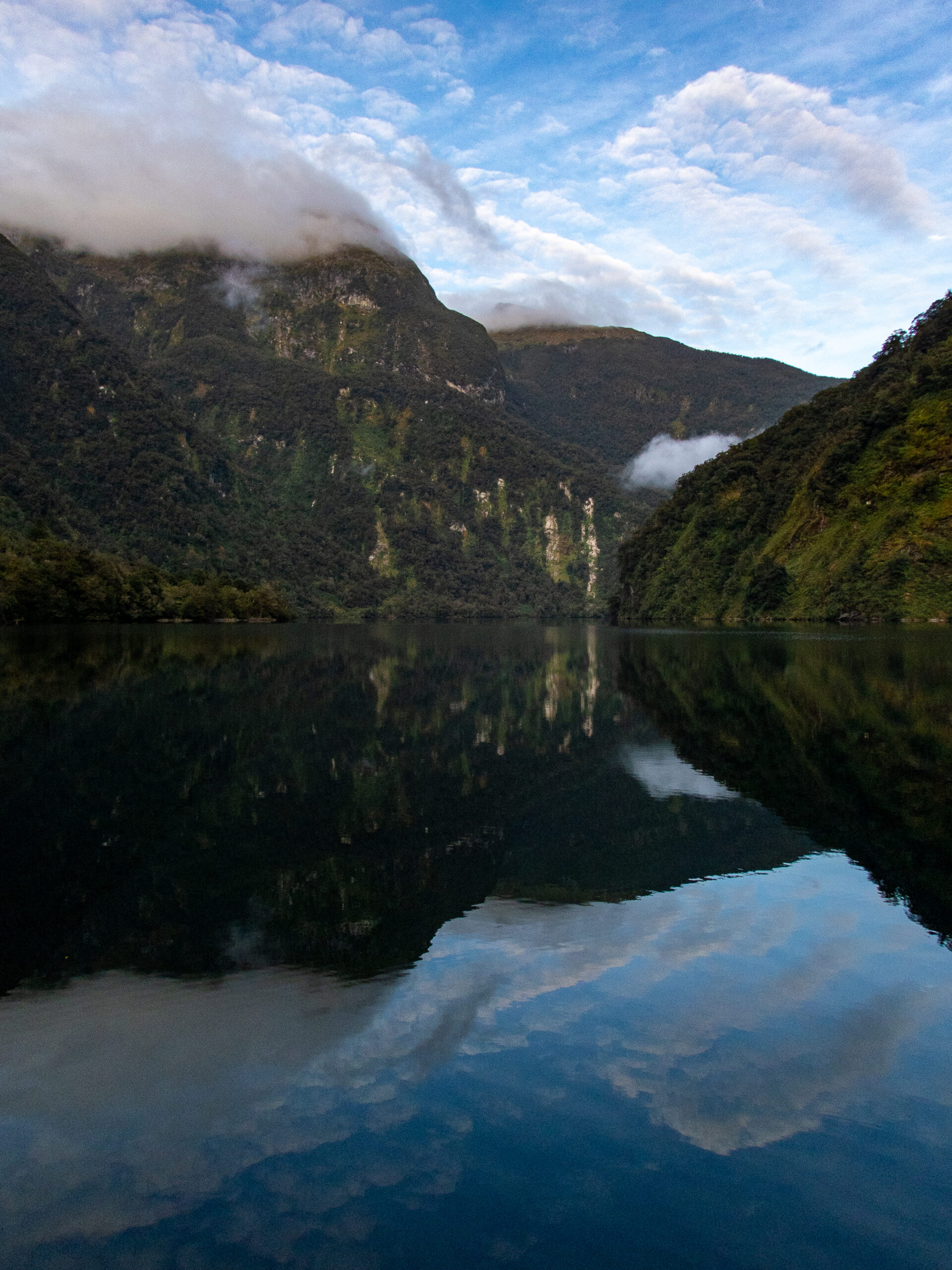
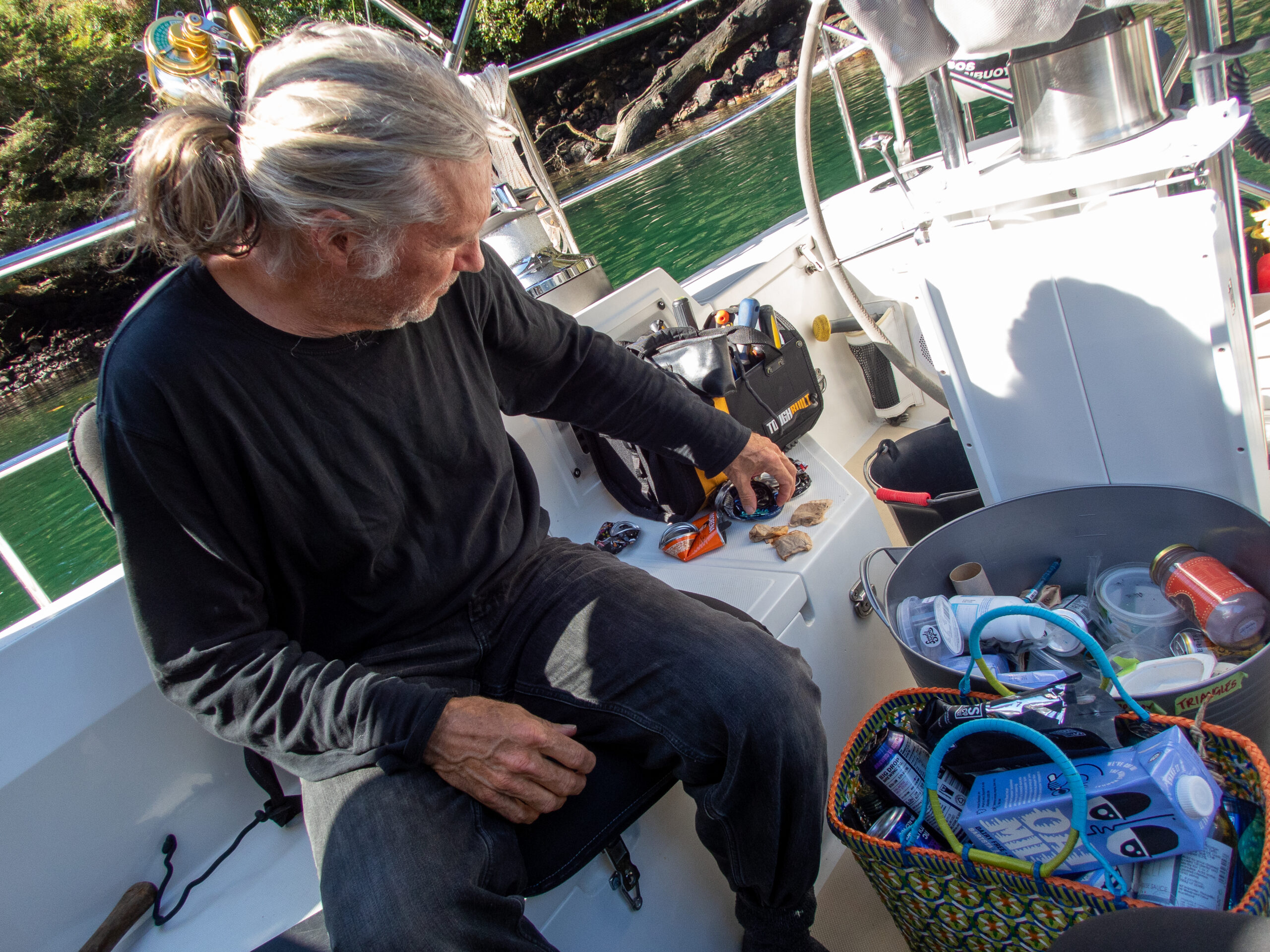


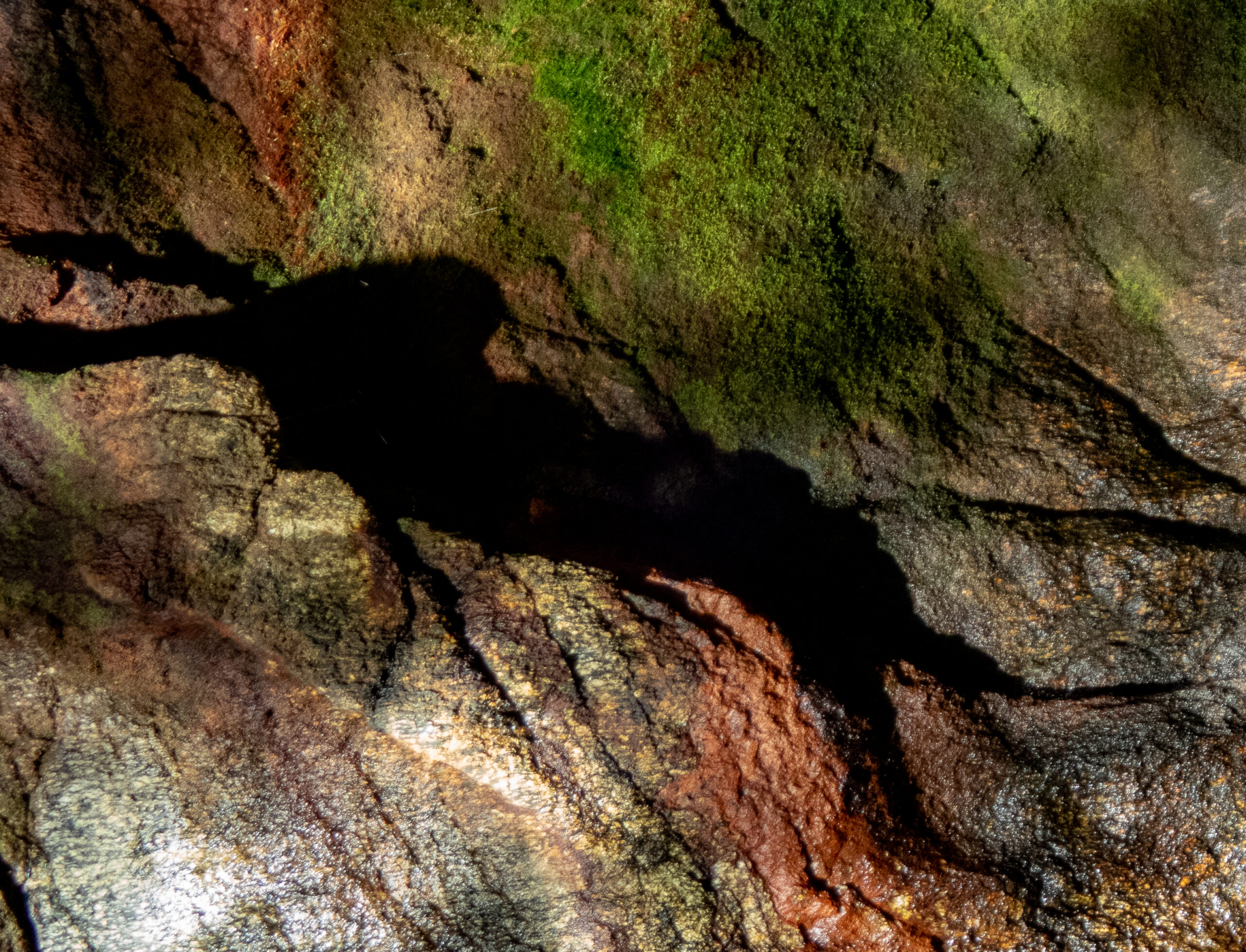
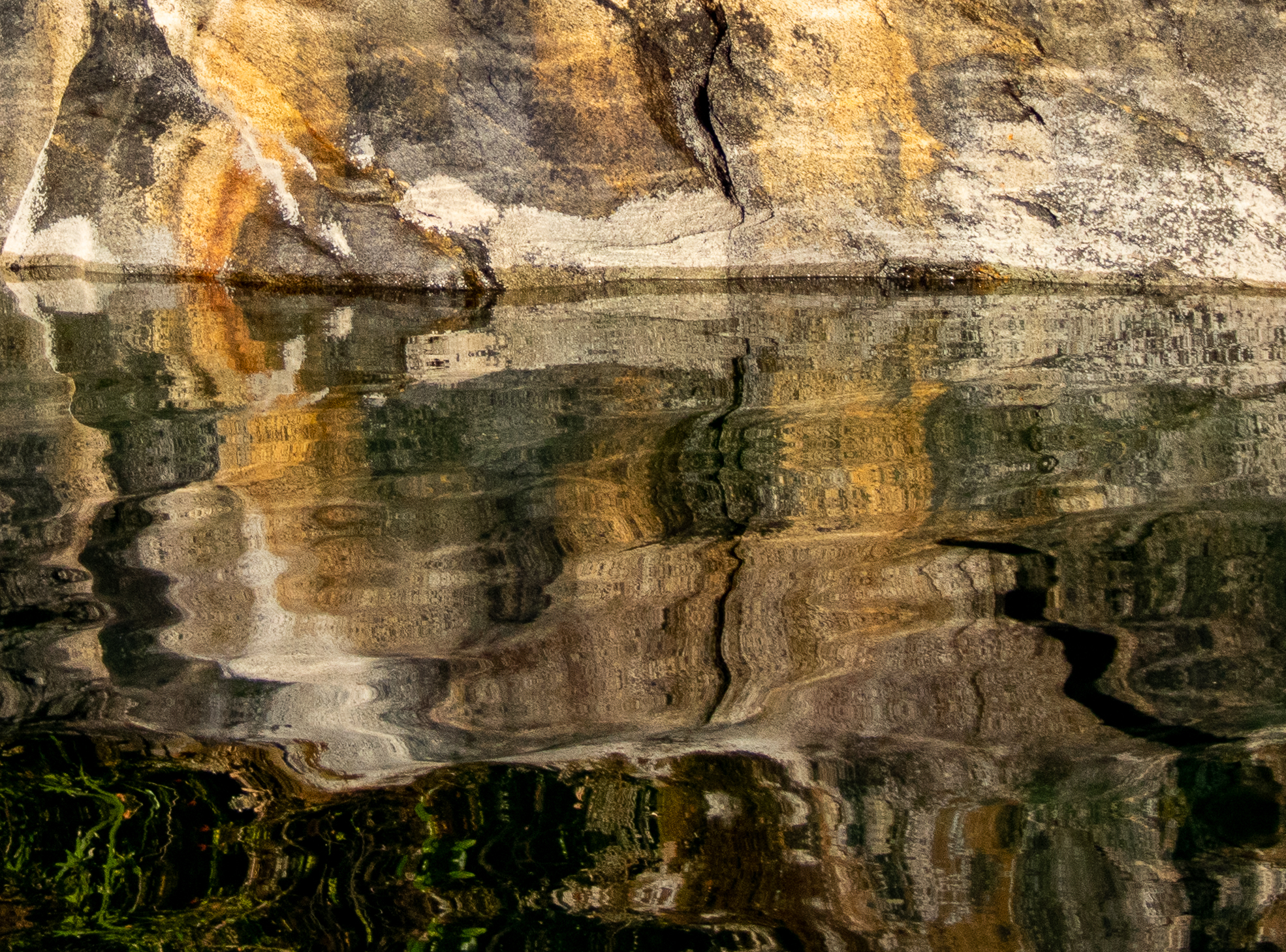
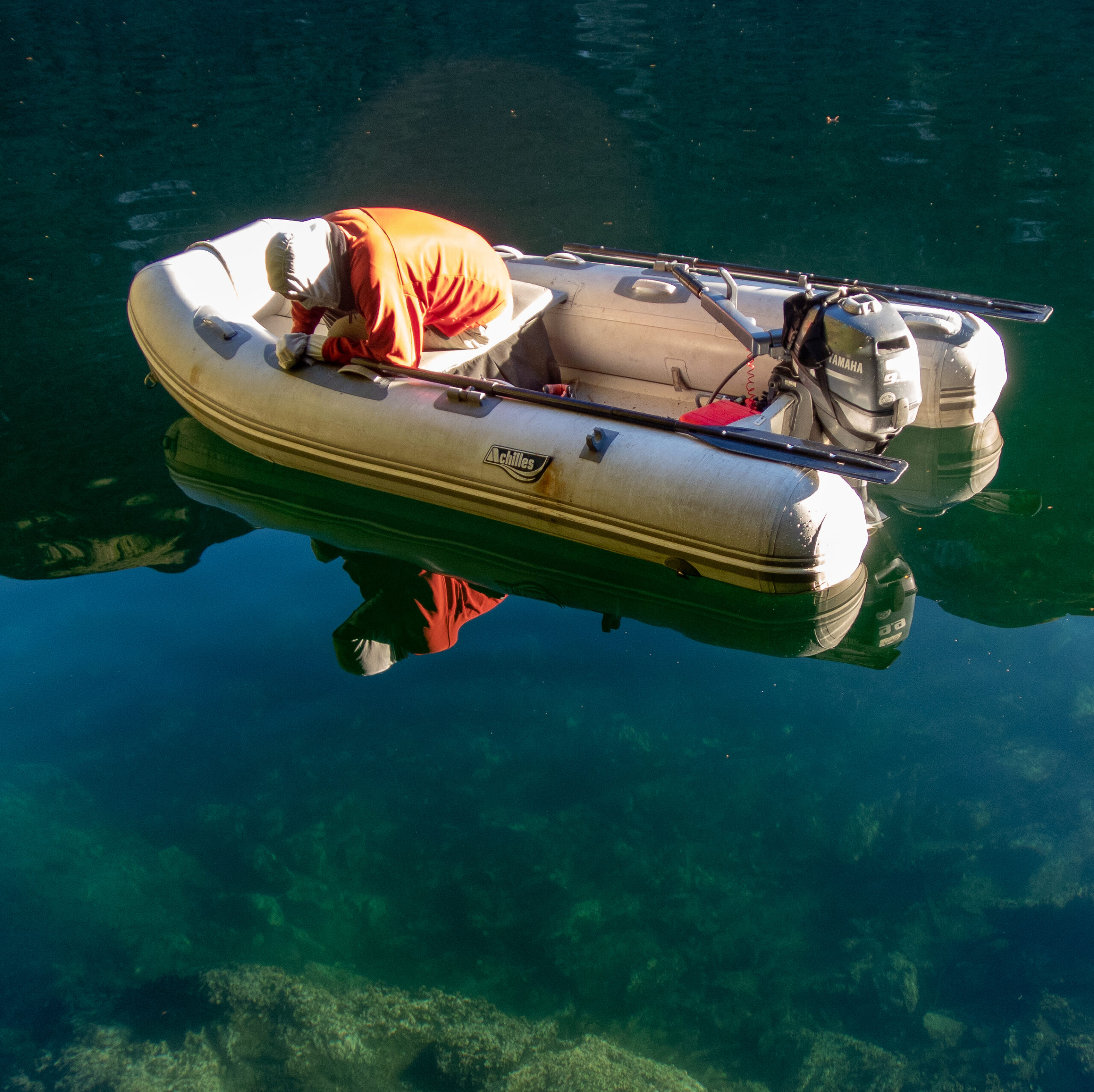

Port Pegasus
After a long period in the 19th century of surprisingly energetic efforts to master and exploit the natural “resources” of Rakiuru, whaling, mining, seal fur trade, fishing and harvesting lumber, New Zealander’s finally left most of this southern island alone, so that ninety-eight percent of the island is under the management of the Department of Conservation (DOC). It is wild again, and feels that way. There are a few DOC huts scattered about, and a system of trails but most of the island is difficult to reach in any other way than a boat. Port Pegasus still has the remans of some of the settlements, rusted and covered in the bush, but arriving by sea it feels beautifully raw and untouched with very few visitors. We saw a few other boats, including Pazzo, who we met in Lyttelton. The fishing was ridiculously prolific. We caught something on nearly every drop of the jig, and it took less than fifteen minutes to have our first legal sized Blue Cod for tacos. All in all, a very special, wild, rarely visited place that was a little chilly from steady winds that certainly had a whiff of Antarctica on them.
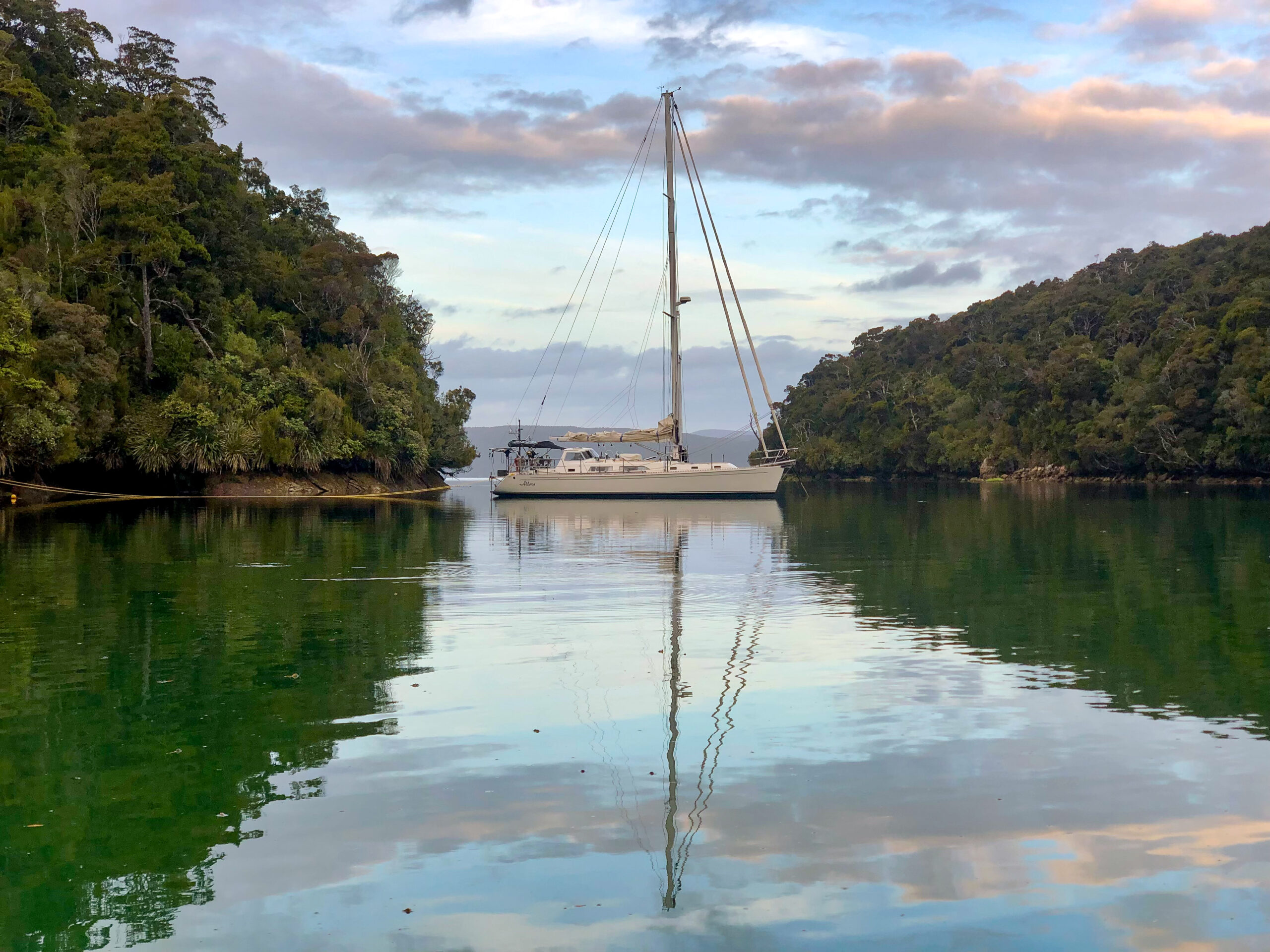
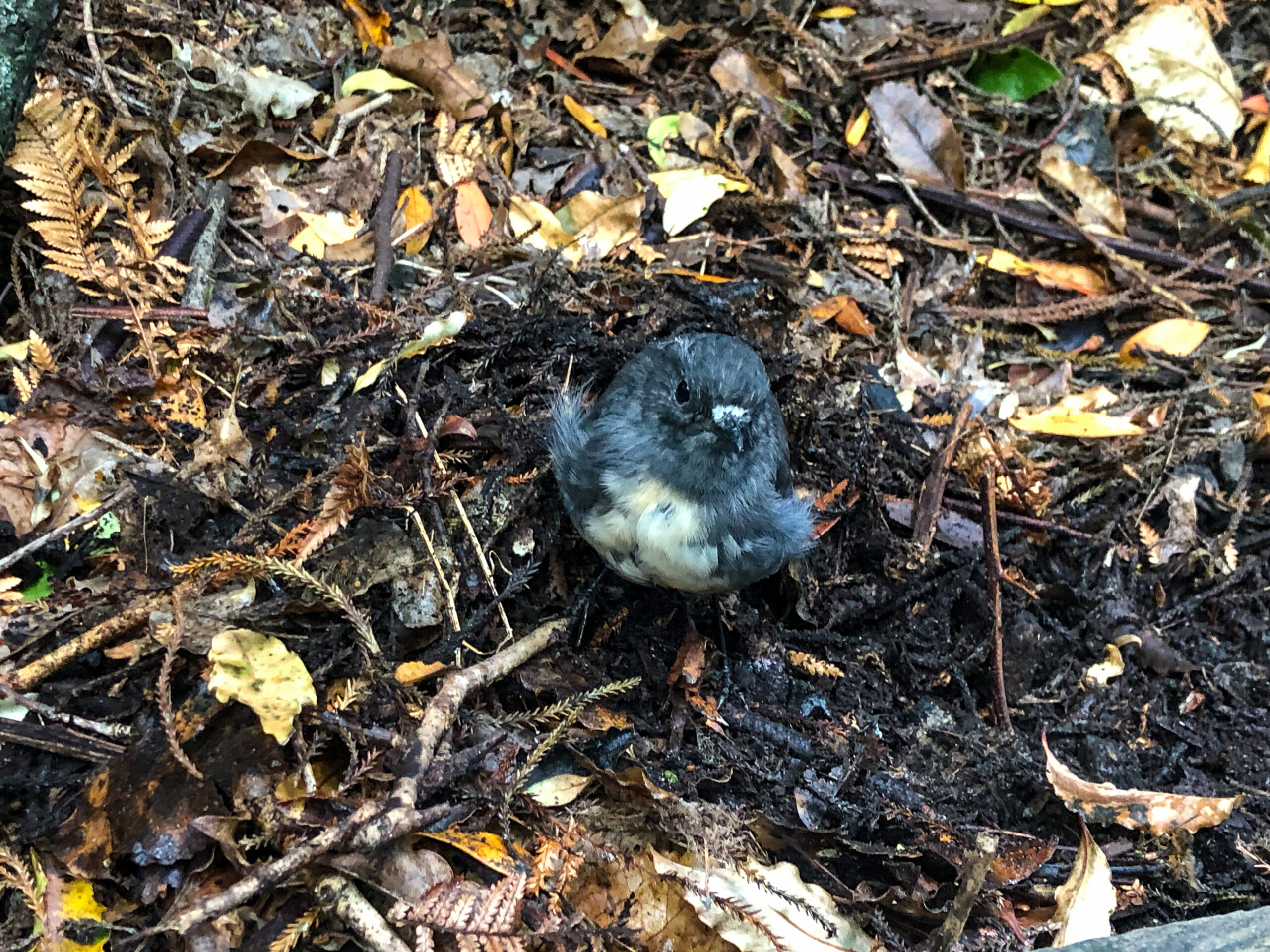
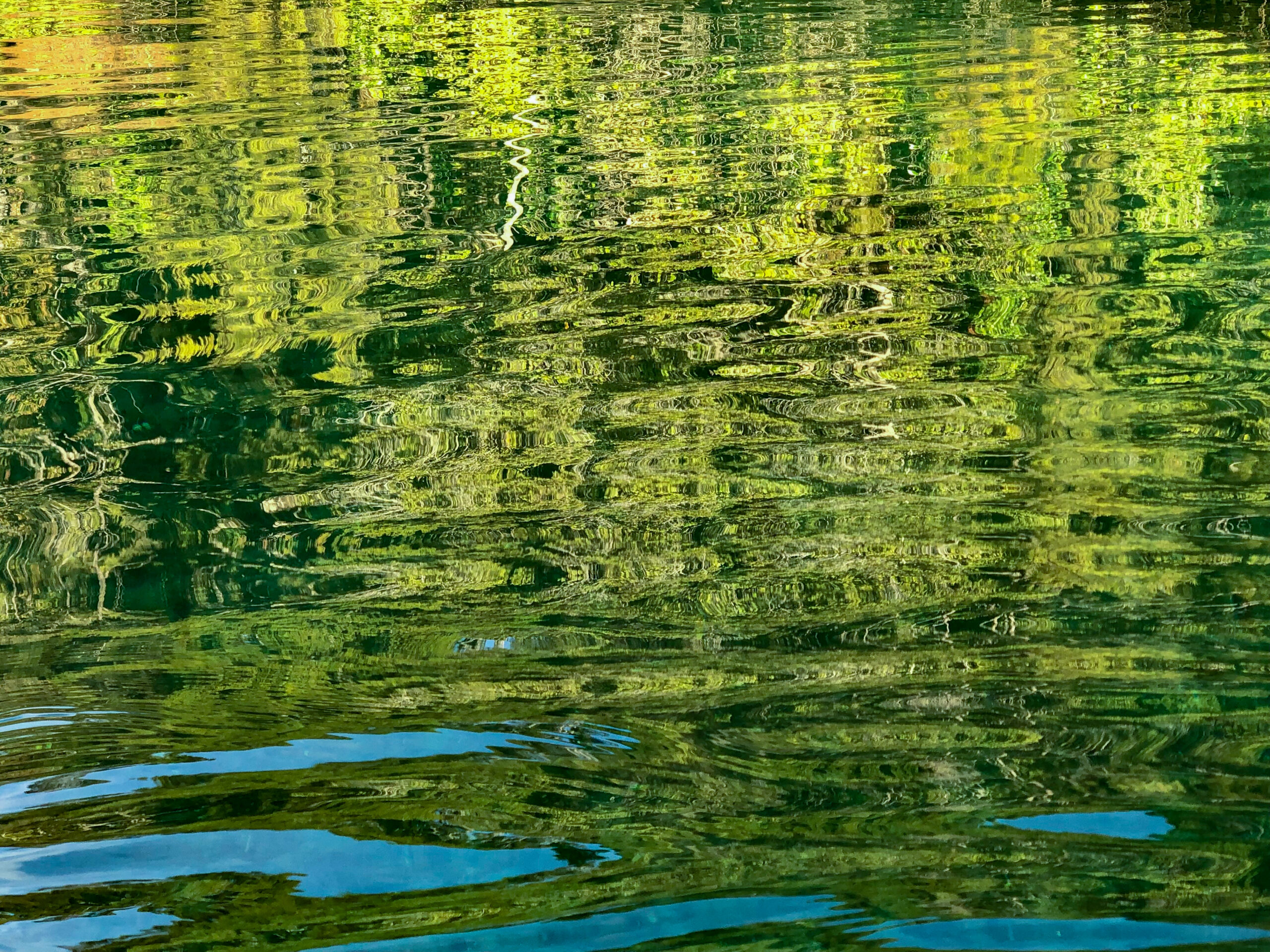
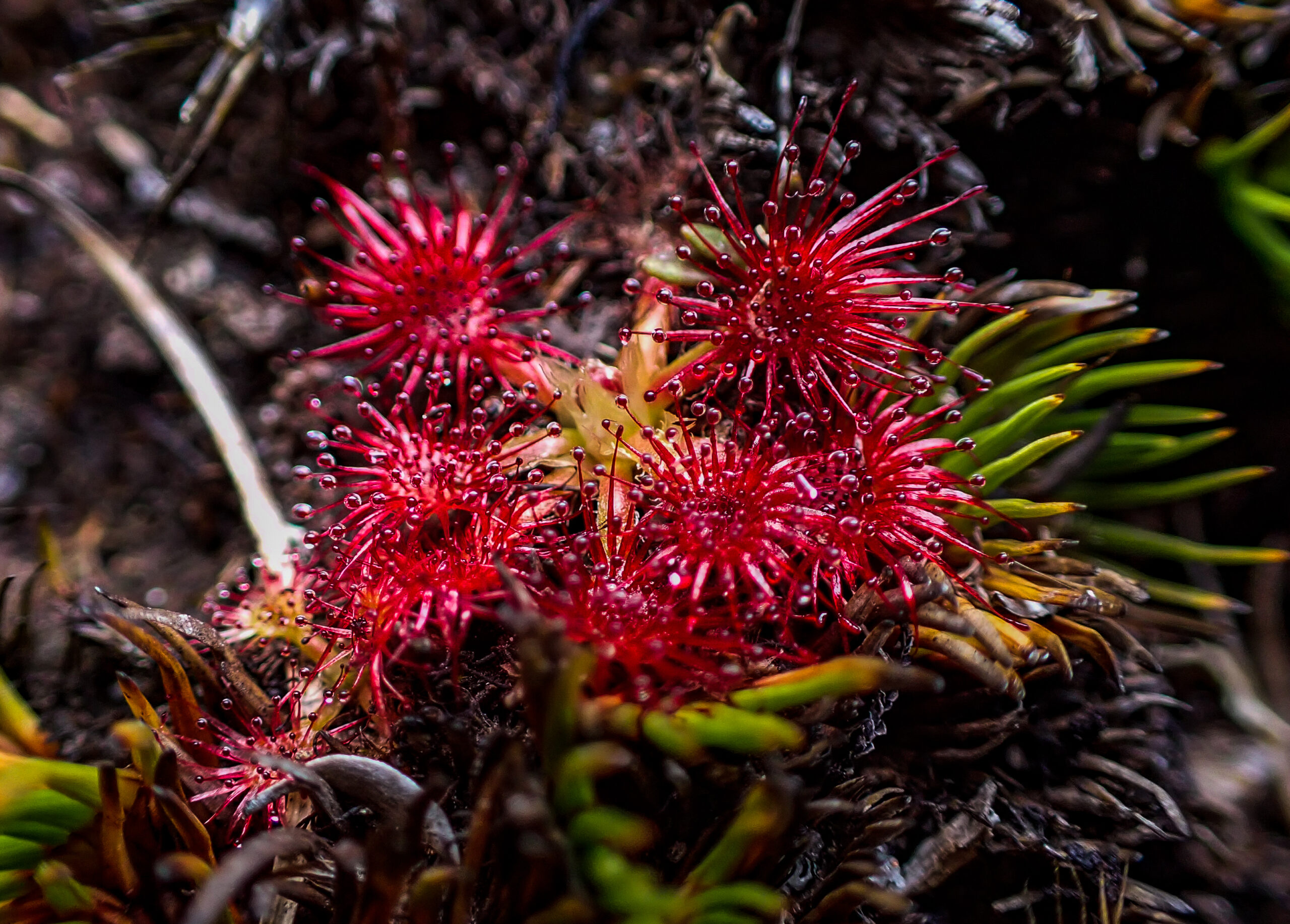
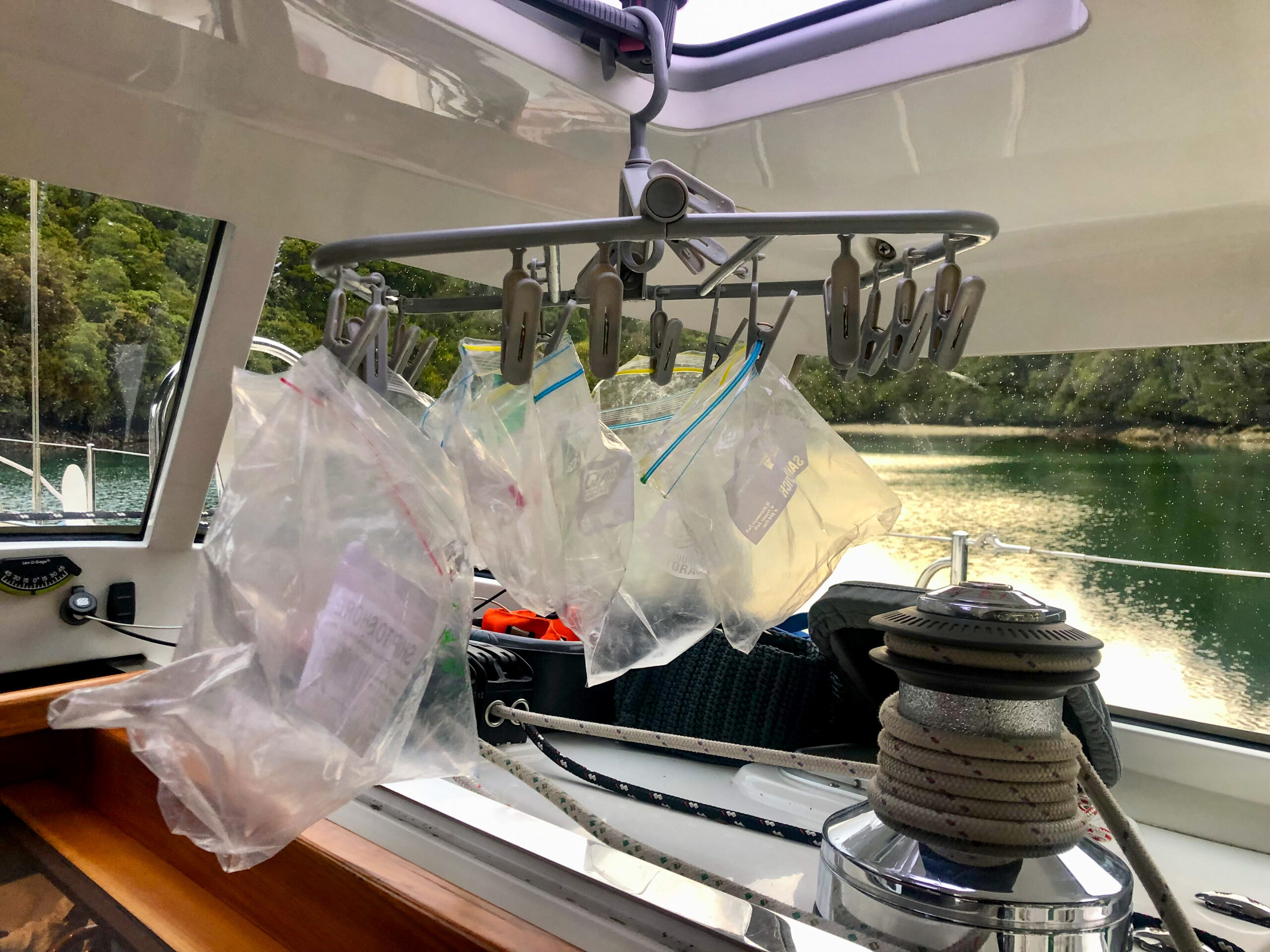

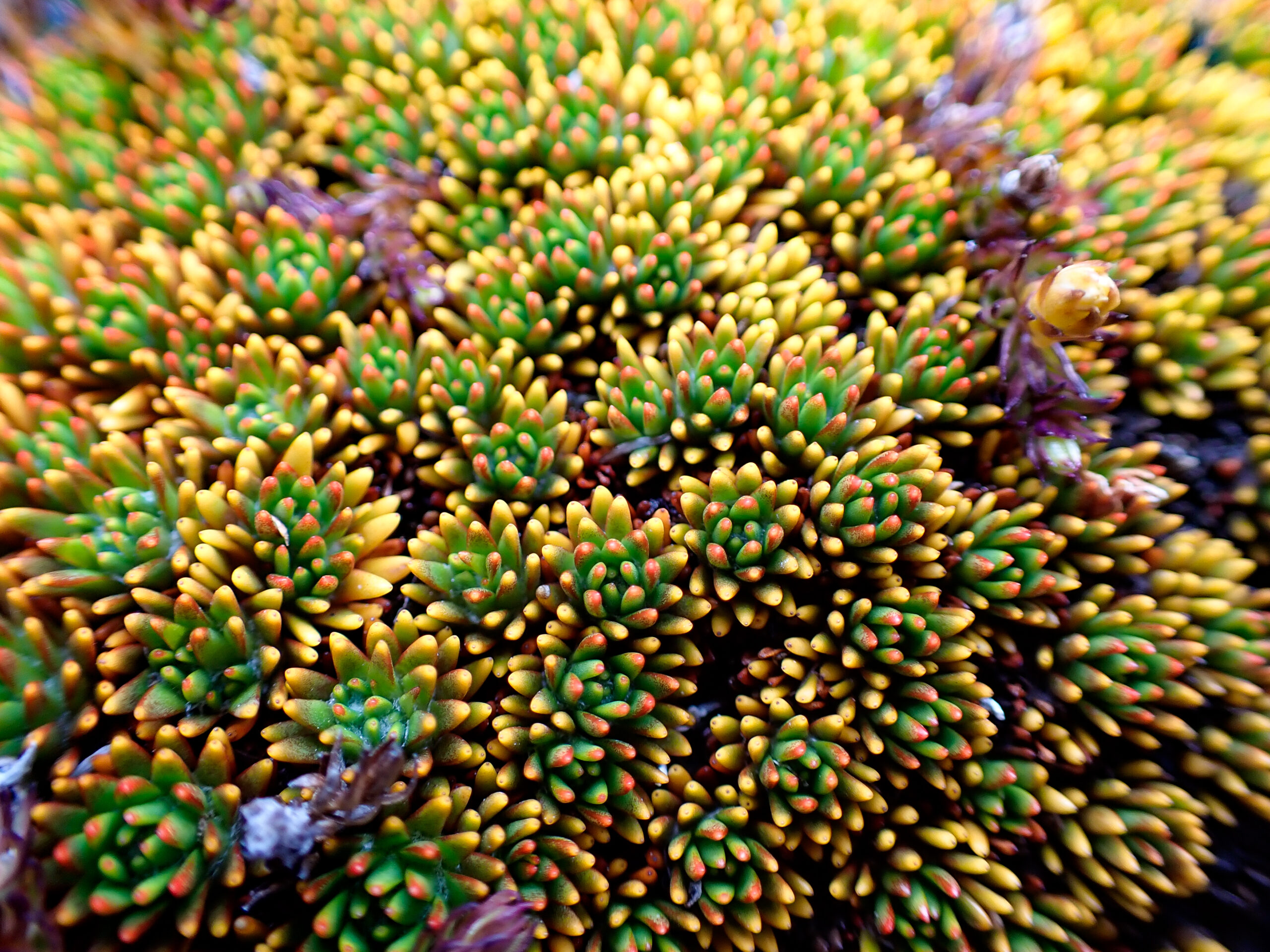

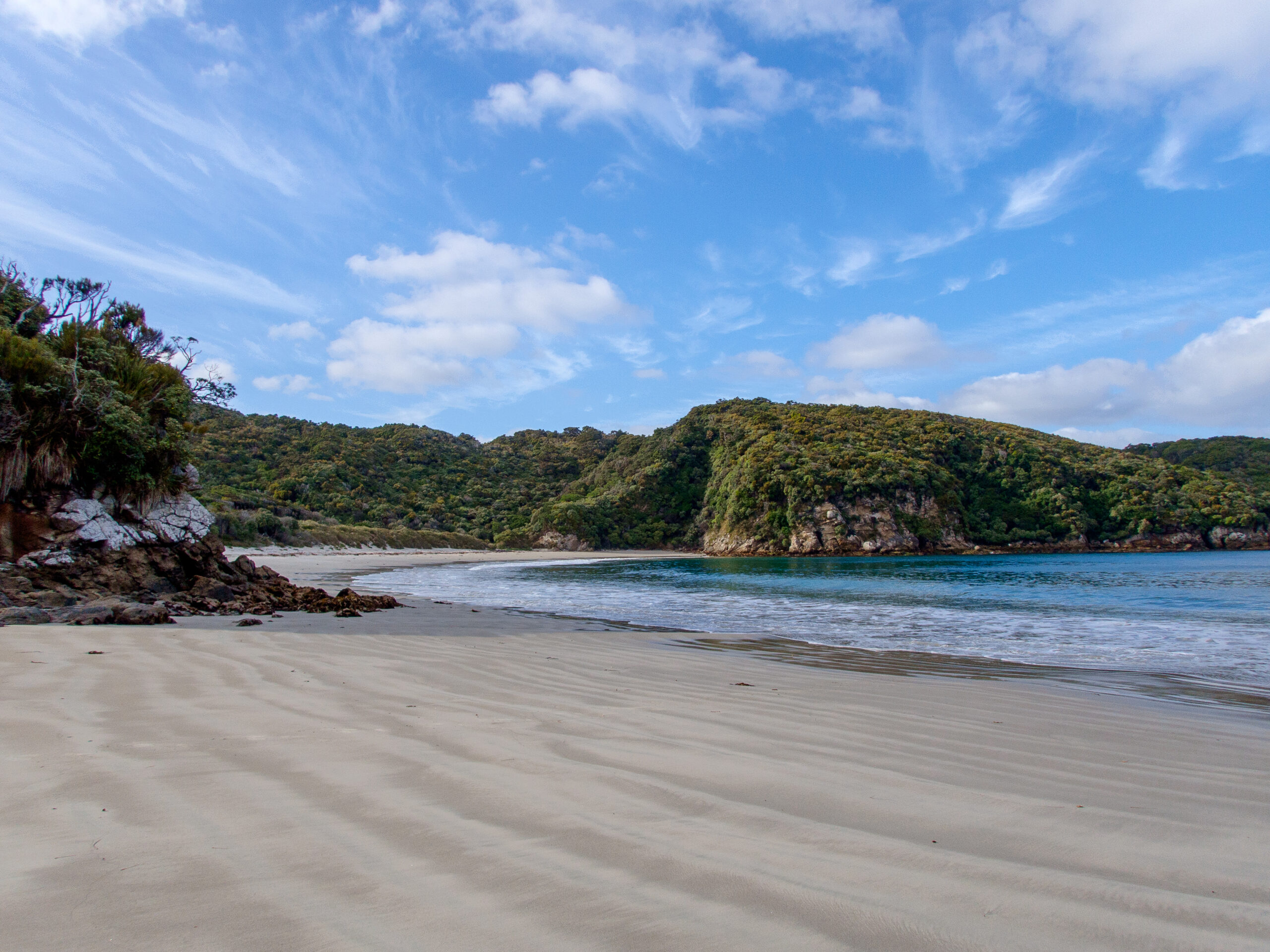
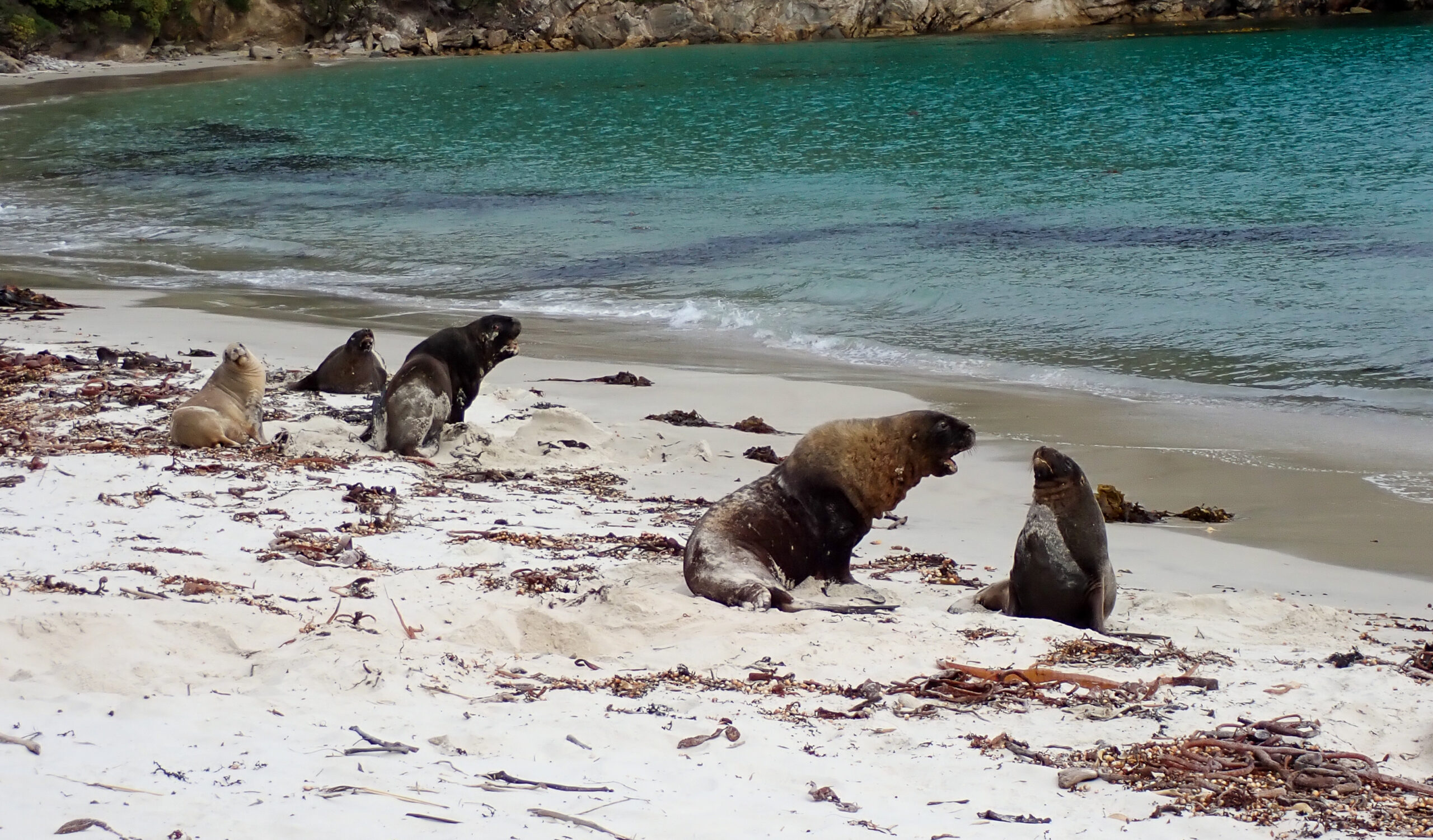
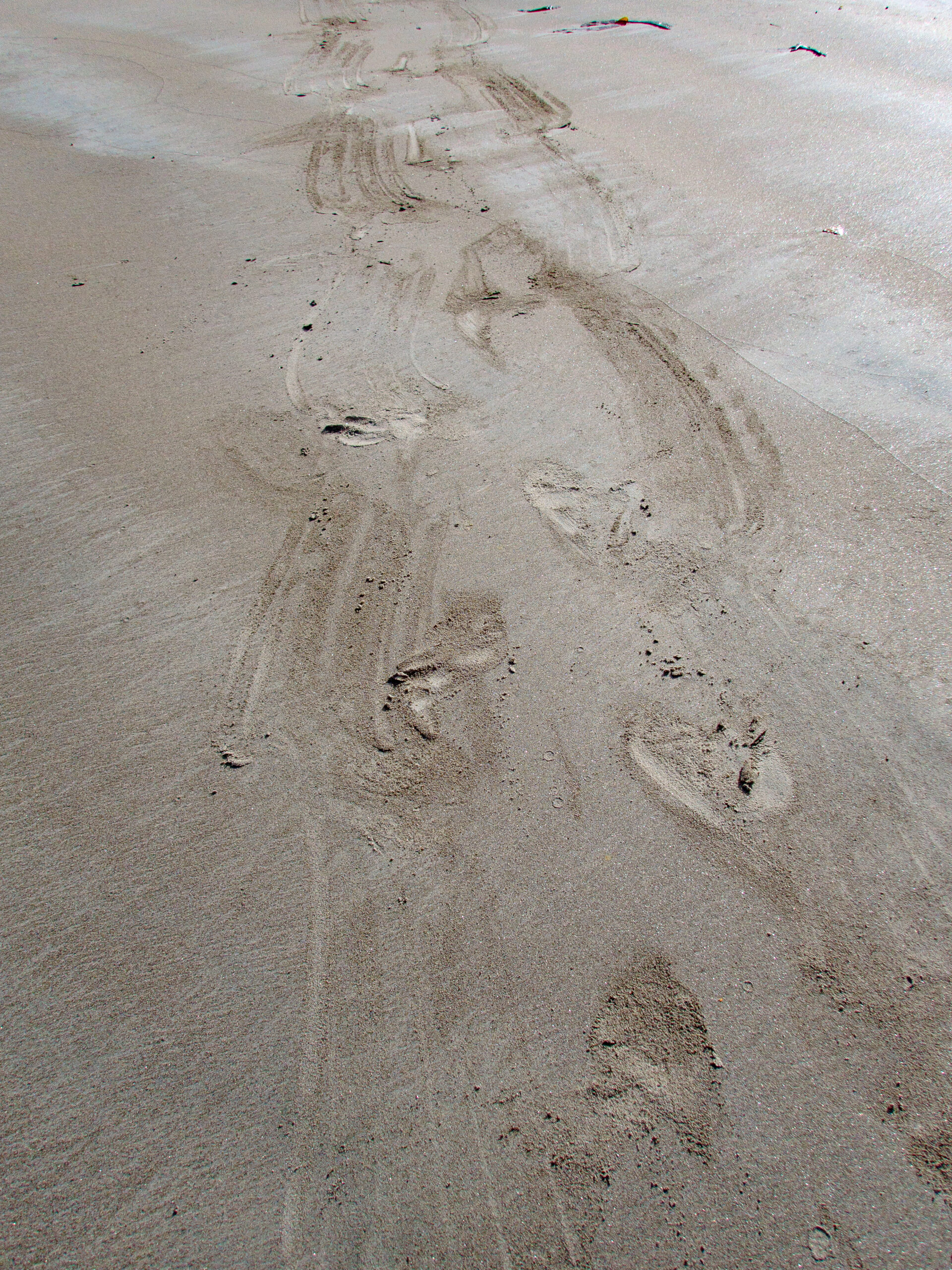

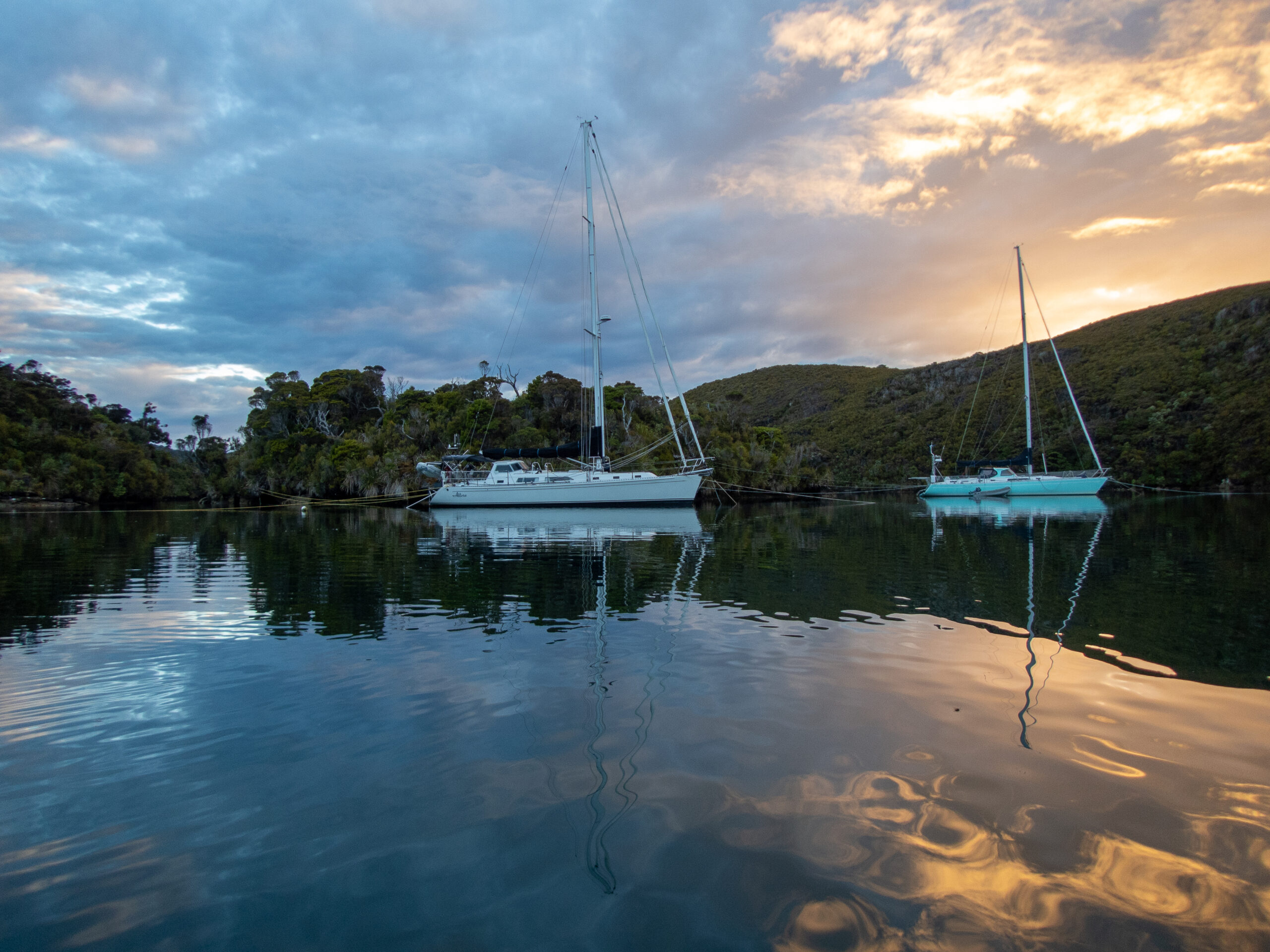



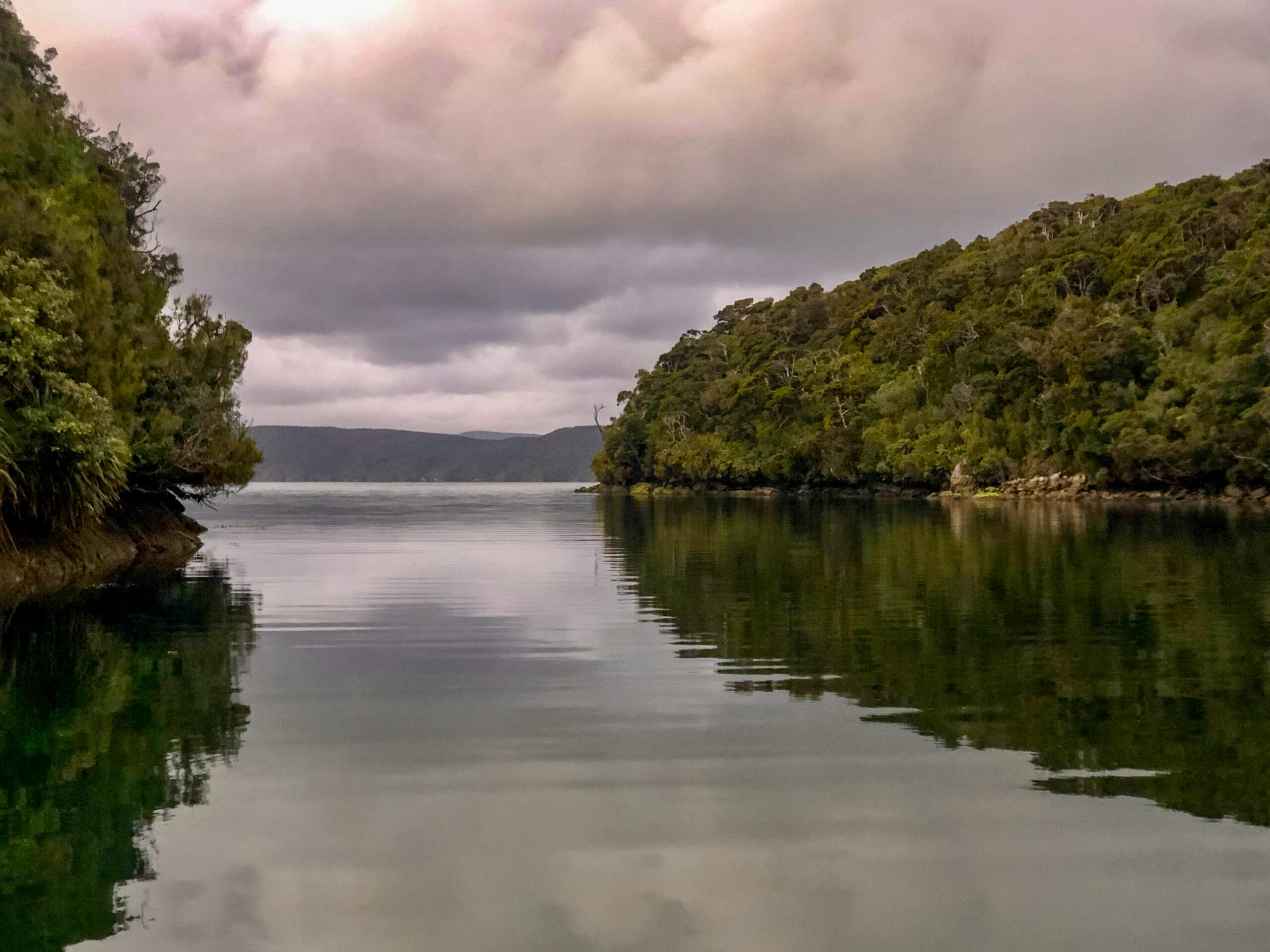

Of all the places Allora has taken us, North Minerva Reef, is a stand out. The reef literally emerges only 90cm at low tide, and when walking on what feels like the Pacific’s very precipice, we had the surreal sensation that we’d been transported to another world. I urge you to read this article from New Zealand Geographic, which lays out the inherent hazards and contentious history of this fascinating ‘land:’
We, like many others, made a stop at Minerva North, to break up the often difficult passage between Tonga and New Zealand. Most boats poise themselves to try to stop, but the weather conditions have to be right to enter the pass and take the time in ‘pause’ mode as opposed to continuing onward, so we felt lucky to manage 3 days in the fold of the protected lagoon. We weren’t alone, though! The 30 boats at anchor around us were dubbed, ‘The Minerva Yacht Club!’



(Why the title of this post? Well, that’s what the young guy working at the airport said when I picked up my own duffel bag! Yeah, he figured I was ‘still going strong’ just to be able to DO that! Poor kid, you can imagine the reaction I gave him?!)
We left Allora in Neiafu, Tonga on a mooring (always a bit disconcerting), and dashed to San Francisco for my brother’s wedding! After that three day, joyous whirlwind, we shot over to Bozeman, Montana for a couple weeks of catching up with friends. We had two indulgent stays: at the Lawson’s whimsical loft and Katy Hood’s historic Southside home (giant thank you’s to both of you) and soaked up some much needed love with our dear ones. I wasn’t quite in the photo mode, so there are only a few here and much else is left tucked in a corner of our hearts. Thanks to Lori (and maybe others?) for a few of the family/wedding shots.
There isn’t much about humpback’s that you can get “used” to
fin and back slipping above the waves
scale inspires awe
flukes waving goodbye, whispering into the drink
surge of whales on the move
juvenile males on a mission
shouldering water ahead of them as they porpoise on the surface
strange knobby heads rushing through the foam
in calmer water, a spy hop, slipping up to peak at YOU
soft blow of a sleeping whale
the sudden totally unexpected wild audacity of a breach
that always always comes out of nowhere
and again
young whale under the stand up paddle board
gripping the camera, ready to go under
calves in the anchorage, sleeping with Mom
arced above her head
curious little ones spy hopping by the stern
or practicing their breaches
flopping, silly half out
then the day they show everyone what they’ve got
~MS
(Rough camera moves, sorry, but the proximity had us sufficiently EXCITED!!!)
“It’s hot here,” the Pastor’s lovely wife said with a smile, “it’s always hot. Sometimes you can see some flowers blooming and you know it’s Spring, but it’s always hot.” The village of TeTautua does not own enough cars to have much of a road so its houses tend to meander along foot trails, which double as scooter and motorcycle paths, a web centered on the imposing blue and white Cook Island church. Ungirded by streets, houses with deep porches, windows without glass, only tattered cloth curtains, lay scattered at random angles. You might forget to notice that there are no dogs (they have been disallowed by the island council, which makes everything its business). Their absence, as much as the haphazard city planning, creates the feeling of a ghost town, especially if the children are in school and the hot sun is broiling the gray coral gravel underfoot.

The island is losing its population, slowly, people emigrating to bigger more populous islands, or New Zealand. Though there is an abundance of fish, there are few (maybe none) of the occupations that keep idle hands busy in even the smallest midwestern ghost town. In the big village on the other side of the atoll there is a nurse. There is a policeman, somewhere. There are teachers. But there are no stores. There are scant few gardens, a difficult enterprise in the hard limestone pavement that constitutes the earth of an atoll. There are thriving coconut groves, possibly the remnant of a copra operation, the kind that is still subsidized in French Polynesia. For a while there was a booming pearl farm business, which succumbed to cyclones and a disease among the oysters. Perhaps the mental, emotional, spiritual space that in North American suburbia is filled with cars and traffic lights, malls, donut shops, Home Depot and Costco, here is filled by the sea herself and the Cook Island Christian Church.


It’s no secret that missionaries did a number on the South Pacific. This is still one of the main places those white shirt and tie young scrubs in the Salt Lake airport are all headed. But it was news to me that God apparently doesn’t want you to fish on Sundays (I thought Jesus was a fisherman). No work, no play, no music, no swimming (sound familiar?). Like a friendly, island version of the Taliban, they take these injunctions seriously in Penrhyn and they made it their business to see that we anchored right by town to ensure that we weren’t off enjoying ourselves on Sundays doing the devil’s worst out of sight of the church’s two story pulpit.
Naturally, we were invited to church. Hats strictly required for women (strictly not allowed in Tonga) but definitely NOT permitted for men. Diana showed up with a beautiful head wreath from Rapa (made for church there) but here she was told she had to have a hat that covered the top part of her head (cuz God is looking down, I guess?). Long pants for men (in the tropics!), luckily Mike had a light pair I could borrow so I didn’t have to wear jeans. The Pastor’s white pants (God only knows how he kept them white) were unhemmed and about eight inches too long for him, so he walked on them, barefoot when he greeted us at his house and then under sandals for the service. He carried a bible, well worn with pieces of folded paper tucked among its pages, King James translated to Māori/Tongarevan, the language of the Cook Islands.
We arrived in the morning to find out that regular church had been cancelled because an elder woman, Mama Takulani, mother of 12, had died in her sleep early that morning. She had lived on Penrhyn her whole life, in this village of about fifty people, with barely one dirt road and about four cars to drive on it, no stores, no post office, nothing but a collection of very simple homes occupied by people who must know each other very, very well.
We gathered at her house, the palangi (foreigners) outside on plastic chairs to witness a three hour funeral, mostly singing, which seemed unscripted and improvised, arising spontaneously from the group of women seated on the patio floor. Men joined in, and the harmonies were unlike anything we’d ever heard, oddly discordant and complex, a fascinating mix of church hymns and Polynesian music, all the more intense as an expression of mourning. Speeches were given by men, long speeches, in the local language, with occasional acknowledgements in English to the visiting Palangi. The woman’s body was carried to the church, in through the left-hand door, briefly spoken over, then exited through the right-hand door. She was buried in a pre-built concrete crypt in a hole dug that morning by a backhoe outside her bedroom. She was covered with a tapestry and laid in the ground. It felt very odd to witness something so profoundly personal and significant for our hosts, though they went out of their way to make us feel welcome, and afterward there was a feast, with an insistence that visitors eat first.
The next Sunday (Father’s day!) respecting their local commandments and traditions, I did not fish. The first time that has happened since I became a father, 27 years ago. Instead, we went again to church to be harangued, mostly in Tongarevan, but also in English, by a series of men who (like the pastors of Rapa), utilized a hierarchically arranged pulpit (literally with stairs) to wield their authority. Maybe you need something organized like this on an island with nothing but turquoise water and sun and fish, to keep people from running amok, though it felt so out of place with the usual island vibe of very friendly, relaxed, open people. Singing provided some relief in the service, though the performance was more structured and a little more hymn-like than what we witnessed at the funeral. There’s a lot of this kind of singing in Penrhyn, all through the week, several times a day on Sunday. They grow up with this music, so they sing with passion and confidence and subtlety. The women often hold a hand to their face as they sing, and I wasn’t sure if it was to help them hear their voices (the way you might imagine Sting in a recording studio), or to hide their faces and wide open mouths. One young woman held a book that blocked most of her face. Afterward, there was another generous feast at the Pastor’s house, with pictures of the gathering of foreign visitors (representing several countries in Europe and North America) to be posted on Facebook.
When it seemed we would be on the island for another Sunday (waiting for a weather window to depart, and fishing) we decided we would skip church, but thought we’d better say something about our decision in advance. The Pastor seemed relieved (the unexpectedly large group of sailors must have been hard on his freezer, which would not be refilled until the next supply ship, months out). He did admonish us not to do anything on our boats, especially not swim, and seemed to joke (not sure here) that the sharks were in league with God and would enforce the no swimming on Sunday rule. Diana spent about five hours in the water cleaning our hull anyway, and lived to tell.
Though we chaffed at being required to observe the religious regulations of the island, presented to us as Law (which almost certainly cannot have been constitutional in a country governed by New Zealand) we were also overwhelmed by the generosity of their reception. Gift giving and hospitality is a pervasive and vibrant cultural practice throughout Polynesia, and they outdid themselves. We did our best to give back, too. And although the dogmatic Christianity was a tad stifling, we still managed to have some good connections. The Pastor was a bit of an odd duck in that way, at least for me, it was very hard to engage him in a regular conversation. His relationship to the visiting foreigners seemed mostly about the opportunity to give speeches and express the piety of his flock and the importance of his position as their spokesman.
We were the fourth boat to visit Penrhyn in 2019, but within two days there were eight more boats. Most of them part of a group of kid boats (that is, boats which have kids on them, who generally drive the social schedule), all loaded with school supplies to give to the children of Penrhyn. Liza, of the boat Liza Lu, is a teacher from New York whose class had started a pen pal relationship with Penryhn before coming. She had more postcards to deliver and spent time at the school helping the kids compose new post cards that she would mail back to her school. Our friends on Alondra, marine biologists with two girls, eleven and twelve, brought in microscopes and spent a day with the students peering at everything from fly eyes to butterfly wings and gecko toes. A huge hit. The boat ‘Panacea’ with Tuomo, Reka and their kids presented a slideshow about how they’d come to be there aboard a sailboat, and shared glimpses of all the countries they’d seen. The families aboard s/v’s Luminesce, Calle II, Itchy Foot and Caramba all participated, too, and Adagio’s crew were elemental helping with the mosaic. It was an unusually bustling ‘point in time’ on the sleepy eastern side of Penrhyn … ~MS
Diana spent a day at the school (and several more on the boat) helping them make a mosaic for the school using local materials but also glass from Italy that she keeps squirreled away in the bilges. She donated for a center element, a piece of glass given to her by a mentor in Ravenna. The theme for the month at school was “Love,” so that inspired the design, which was set up so that many kids could work on parts of it at once. Thanks too, to Mike and Katie (s/v Adagio) for jumping in to help. We hung it on the school wall with the assumption that it might outlive the actual building itself. ~MS
 Every fisherman dreams about a secret fishing hole somewhere. Someplace no one knows about. No one goes. No one (or hardly anyone) has ever fished. A place where you show up knowing you won’t see a single soul and that the fish have never seen a fly. This dream fishing spot is naturally chock full of fish, too, everywhere you turn.
Every fisherman dreams about a secret fishing hole somewhere. Someplace no one knows about. No one goes. No one (or hardly anyone) has ever fished. A place where you show up knowing you won’t see a single soul and that the fish have never seen a fly. This dream fishing spot is naturally chock full of fish, too, everywhere you turn.
The Cook Island’s atoll, Penrhyn, might just be that place.
This atoll lays more than 800 miles of open ocean from anywhere. There are no flights. It is visited by just two supply ships a year. The only way to get here is in your own boat, sailing far off of the normal tradewind route. There was a time when expensive flights from the main islands of the Cooks occasionally brought an intrepid fly fishermen from New Zealand, though because there are no hotels or any other tourist infrastructure on Penrhyn the only way to fish these remote flats, even then, was to stay as a guest with the pastor at Te Tautua and have him take you. This apparently did happen at least once. Years ago. Basically, the only people who ever visit, in very, very small numbers are sailors. The intersection of committed bonefishermen and blue-water sailors who can actually get themselves to Penrhyn yields a very tiny slice of humanity. I’d bet there aren’t more than about five of us in the whole world, and that includes our friend Mike, who’s introduction to fly fishing was walking the flats with me in the Gambier and Rangiroa.
The pastor insisted on taking us to his spot, though we had our own dinghy and knew from Google Earth exactly where to go. Wishing to be gracious guests of the island, we accepted the ride. We spotted the first pod of fish even before getting out of the boats and over the next four hours (the limit of the pastor’s desire to stay and harvest noddy bird eggs), I landed at least fifteen bonefish (which is a lot of bonefish), considering the amount of time it takes to land each one and the fact that a fighting ‘kio-kio’ clears the immediate area on the flat of willing fish. Mike caught nearly that many, as well, and we were often doubled up with fish on at the same time.
We fished this singular spot for a couple weeks going back on our own, and it wasn’t always as good as the first day, the tide and the weather have a lot to say about how good the fishing is going to be, but it was always our spot and the fish were always there. They aren’t as big on average as the bonefish in French Polynesia, but Penrhyn is chock full of them.
We pinched ourselves regularly to make sure it was not just a dream. ~MS
In May we had the chance to buddy boat with my brother Doug and his family and friends. They flew from Washington and chartered a catamaran big enough to accommodate eleven people on board. We kept a pretty busy schedule touring Raiatea and Bora Bora, hiking, snorkeling, sailing, diving, SUPing and kayaking. A few of us fit in an epic, muddy climb to the top of the peak of Bora Bora. It was great fun to sail alongside my brother, beat him sailing to windward and then watch him blow by us like a ghost ship with the wind behind the beam. He hailed us on the VHF sailing to Bora to tell us that for the comfort of his crew and to keep up with us on the windward leg he was turning on the engine. I said, “That’s awesome (I never expected to be able to beat that catamaran) he said, “Great for you, Marcus…” Evenings onboard Kiwi will probably stick with us the longest. I guess sunsets are like that. After a long day of whatever and wherevering (usually in the water) their ridiculously spacious Bali 46 was a great place to hang out with no particular agenda, sip a little rum or scotch, a glass of wine or a dark and stormy and enjoy the warm tropical breeze and another delicious meal. ~MS

I’m going to ask Marcus to wax poetic about our final weeks in the Tuamotus. Suffice it to say that this region of French Polynesia is most definitely a favorite of ours and I even heard Marcus say he could live there. If fresh produce was available, I might be on board! For the time being, these pics can be a placeholder. These are shots from Tahanea, Fakarava and Rangiroa.
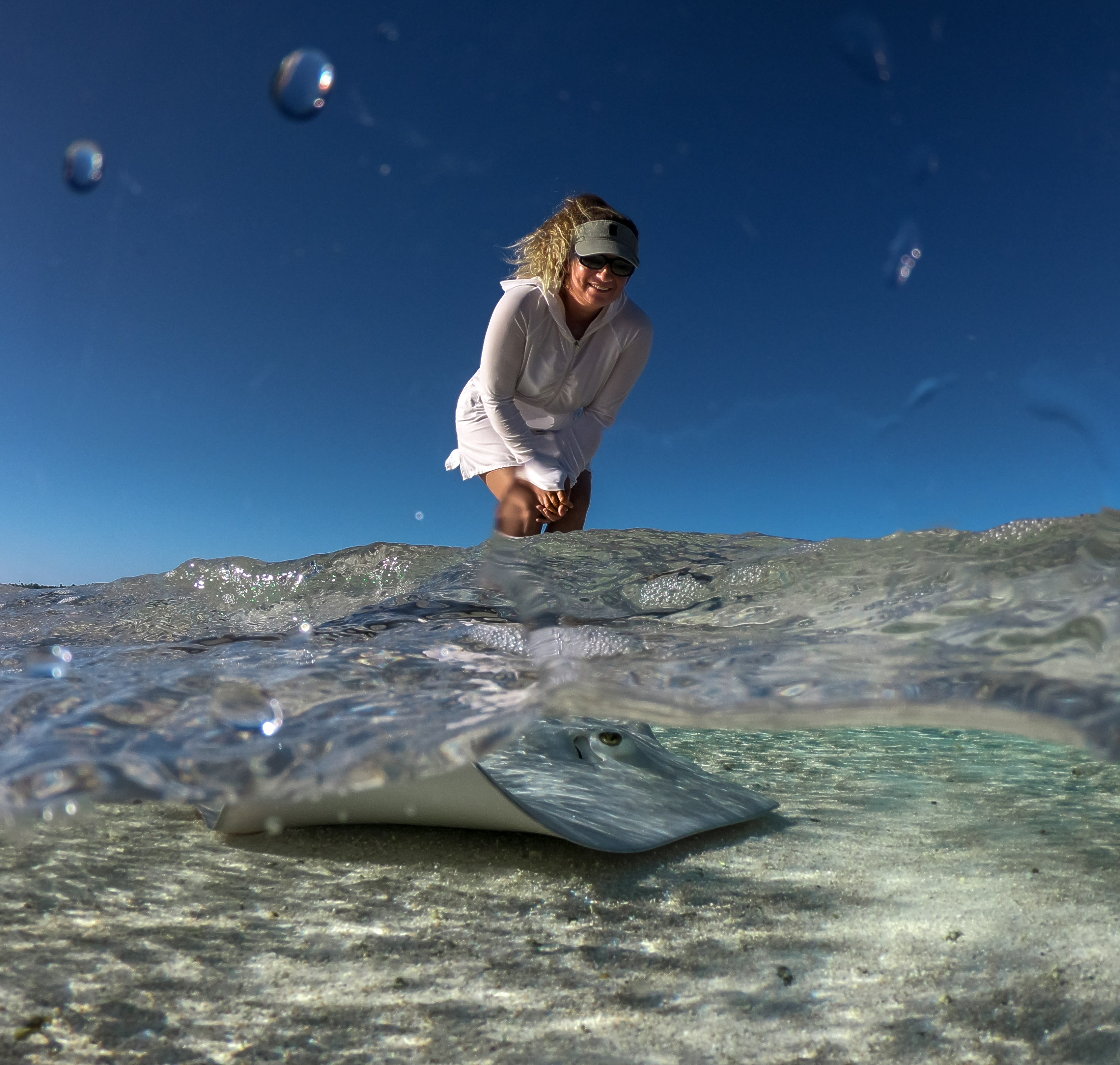
Tahanea, Tuamotus – April, 2019
We saw these dinner plate sized jellyfish while meandering around the SE corner of the lagoon searching for our anchorage. I hoped they’d stick around so I could get a closer look, because I could see that they were intriguing, but I HAD NO IDEA!! These shots were taken over 4 days of 15 -20 individuals. I was mesmerized!!! We were without wifi, so couldn’t even learn about the magic I was witnessing, but I was aware of being incredibly lucky to live on a planet where such a creature exists.
A quick search reveals a paucity of information about this jellyfish, but here’s a bit of what I found: Cephea is a genus of true jellyfish in the family Cepheidae. They are found in the Indo-Pacific and East Atlantic. They are sometimes called the crown jellyfish, but this can cause confusion with the closely related genus Netrostoma or the distantly related species in the order Coronatae. They are also sometimes called the cauliflower jellyfish because of the cauliflower looking crown on top of the bell.
Common Names: Crown Jellyfish, Cauliflower Jellyfish, Sea Jellies, True Jellyfish, Transparent Crown Jellyfish and Crown Sea Jelly
Scientific Name: Cephea cephea
We spent about 6 months in the Gambier between two visits, which was enough time to start to make some connections and get to know people a little bit. Herve and Valerie on the island of Taravai nurture these relationships with sailors, warmly welcoming everyone who drops anchor behind the reef. Eric and his family became near and dear and when tragedy struck (Tina was lost at sea in August of this year), we grieved together.
We learned our way around, becoming comfortable with how things worked with the supply ships, buying gas in 200L barrels and negotiating to pump diesel straight from the boat. We got used to the idea that it was nearly pointless to try to get an internet connection, even in town.
We got to know some of the people along the water in Rikitea’s harbor:
Mike the fisherman and his wife, Agnés, the school teacher, offered us fresh fish and tried to organize an excursion outside the reef with Marcus, but the timing never seemed to work out.
Vaitea, the guy at Jo Jo’s (the ‘magasin’ or market) who made key resources manifest when there were supposedly none and was the recipient of multiple loaves of banana bread.
Louison, the body builder who rented us extra scuba gear – always laughing and smiling, paddling his Va’a in the harbor, delivering us tanks and gear wherever, whenever.
Eric’s sister-in-law, Juanita, and her friend Tao who drove us around the island in search of fresh fruit and invited us into their homes with open hearts.
Tehoto, who grew up on Kamaka island, who’s wife, Noella runs the pizza place, which is sometimes open on the weekend, depending on what else they have going on, allowed us on his private island, sharing his haven with us.
Iolanie rented us her car for a couple island excursions and stored our bikes in her front yard and later, in her store and would accept nothing in return.
Josie and her husband from Las Vegas ran one of the magasins and they volunteered to bring us veggies out to our anchorage about 8 miles away, as they were going by to a nearby motu (island) anyway … and this on Christmas Eve!
And then there were the cruisers, considerably more this year than last, who sought refuge from inclement weather in these eastern Polynesian waters, namely cyclones. A comradery naturally developed as we ended up seeing the same boats around the islands. We sat out a tropical depression at Herve and Valerie’s place in Taravai with a handful of other cruisers and were all poised to help out our neighbors as need be. The community of sailors is one of the highlights of this nomadic lifestyle and generosity, much like in the local culture, is a ‘given’ concept and knows no bounds.
Over two seasons, we covered most of the waters that comprise the Gambier, and yet it was hard and strange to leave knowing we would probably never make it back to this beautiful, remote Archipelago apart from the world.
Our 2019 ‘cyclone season’ in the Gambier kicked off with visits from our Mom’s and sisters. Mom and Lori arrived at the end of January and we enjoyed a couple of weeks aboard Allora, sharing our favorites (people and places) in this sweet eastern corner of French Polynesia.
Mom certainly knows her way around the boat, so she slips into very relaxed mode and we always marvel at her being ‘game’ to do just about anything. This was Lori’s first full-fledged stay aboard, so it was particularly wonderful to immerse her in our life afloat. These were full, rich days!!! ~DS
Through Lori’s Lens:
DIVE IN! We’ve been to the Gambier before, this little Archipelago on the southeastern edge of French Polynesia, clinging to the tropics by a few minutes of a degree. From any place to any other place in the Gambier it always seems to be six miles. Motus, reefs, mountain islands, all of French Polynesia on a small scale. Not a lot of people anywhere, basically one road on Magareva, no traffic lights, or stop signs or yield signs. No internet to speak of.
We’ve been to the Gambier before, this little Archipelago on the southeastern edge of French Polynesia, clinging to the tropics by a few minutes of a degree. From any place to any other place in the Gambier it always seems to be six miles. Motus, reefs, mountain islands, all of French Polynesia on a small scale. Not a lot of people anywhere, basically one road on Magareva, no traffic lights, or stop signs or yield signs. No internet to speak of.
The business of the Gambier is pearls. Its cooler water temps and open lagoon are ideal for cultivating that one particular oyster which has captured the imagination of the world’s great connoisseur and collector ape, an irredeemable species with a bizarre obsession with grading things according to their level of perfection, and assigning abstract value. Toiling like 49’ers, cleaning the oysters, nurturing and counting them, performing delicate surgeries to create little iridescent balls of nacre.
We had lots of company in the Gambier this time around. Lots of time to go explore some of the places we missed the last. We thought it would feel like lots of time in general, but I guess Time doesn’t exactly work that way. First to arrive was Maddi, followed a few days later by Wyatt’s girlfriend, Heather. All passionate outdoors people, crazy about running over mountains and diving with sharks and mantas. Heather kept a diary of the fish she identified (as a scientifically trained person would). She and Wyatt would pour over Diana’s books at the end of their dives. Diana’s pretty good at this, but I’ve been slower remembering the names of (non-game) fish. One that Wyatt and Heather found that has stuck and is easy for me now is the Piano Fangblenny. Nice name for a fish with what sounds like a mean habit of eating other fishes scales. We had lots of music and card games for the rainy days. Maddi hooked a giant bonefish right off the shore in front of Eric’s. It charged her fly and then ripped into her backing. She landed the next one. Wyatt landed a nice fish there, too, a few before having eluded getting their picture taken by slipping off the hook at the very last second. We dove, exploring new places in the Gambier, had some gear trouble, and then got that fixed. We played volleyball in Taravai and climbed Mt Duff in the pouring rain. It felt quick (as almost everything seems to these days) but filled with memories.
 The weather was unsettled during most our stay this year in the Gambier. Everyone says so. It’s a thing. We had great weather and we had rainy weather. We had calms that made it possible to swim with mantas at Ile Kamaka and spend a wonderful Sunday afternoon relaxing in the shallow water beach in front of Eric’s pearl farm. We also had the worse wind we have ever experienced at anchor, a glancing blow from a depression that plunged the barometer to the low 990’s. Top gusts of 54 knots and sustained winds of 40 knots. A proper gale. Other sailors certainly got tired of us commenting that it wasn’t like this last year.
The weather was unsettled during most our stay this year in the Gambier. Everyone says so. It’s a thing. We had great weather and we had rainy weather. We had calms that made it possible to swim with mantas at Ile Kamaka and spend a wonderful Sunday afternoon relaxing in the shallow water beach in front of Eric’s pearl farm. We also had the worse wind we have ever experienced at anchor, a glancing blow from a depression that plunged the barometer to the low 990’s. Top gusts of 54 knots and sustained winds of 40 knots. A proper gale. Other sailors certainly got tired of us commenting that it wasn’t like this last year.
Christmas day the festivities were held at Edouard and Denises, at the southern end of Taravai. We wore our hats from the Australs, and like everyone brought food to share. Herve supplied the pig for the roast (he introduced me to the doomed prisoner the day before) and Edouard made Tuamotuan-style bread on the fire from coconut heart and flour wrapped in leaves (delicious). We brought guitars and ukuleles and I backed up Maddi on few songs, then Wyatt came in. For me the best song of the afternoon was the one Wyatt and Maddi sang together “Wildermen.” It starts, “my brother and I”… but Wyatt sang “my sister and I.” They stopped and tried again, laughing when they each switched the line, and then on a third try got on with the song. Funny and relaxed, what a great afternoon! The song Maddi wrote for mother’s Day “Anywhere You Are” was also a big hit. We played the chorus a few extra times so everyone could sing along. After awhile, Herve brought out his Marquesan style ukulele, which confounded us at first because he’s left handed, though he hasn’t restrung the instrument to match, so he plays it upside down and backwards. It didn’t make it easier that here they use the do re mi system of notation in French Polynesia instead of A B C chords that we’re used to. But after a bit of mental gymnastics we were able to share some songs with him, too.

KAMAKA is a small, steep island on the south edge of the Gambier. Because the reef is submerged along this border of the archipelago the ocean swell is free to move in. There’s a patch of sand that great for anchoring (though watch out for a lost anchor on bottom about one third in from the east side), but the conditions have to be pretty calm for it to be comfortable. There is almost always a south swell breaking on the west side of the beach (in case you’re a surfer).


Taravai is a sort of sailors mecca in the Gambier. It’s a good anchorage in most normal weather even big southeast isn’t too bad. But the real attraction is Herve and Valerie. They live on this island with their son Ariki, the only child on the island. Herve’s uncle, Edouard and his wife Denise live at the other end. It’s kind of amazing in the 21st century to see such a gorgeous place so simply occupied. Gambier’s blessing for being enough off the beaten track and a place where sweaters maybe required in winter. On Sunday’s they put on a pot luck BBQ, usually chipping in some fish that Herve has speared and sailors bring food and drink to hang out, play petanque and volleyball. Hard to beat. Valerie greets newcomers with a warning not to beach their dink under the coconut tree which is tall and would be lethal if it let go a coconut as just the wrong moment. The games of volleyball are played with Taravai rules, which include a slightly lower than regulation net and an easy going vibe … Herve’s secret weapon, besides his wicked sense of humor, is the headshot. It never fails to unnerve the opposition. Valerie is a committed player, too, always giggling, saying “Fakarava!” when she misses. Herve calls her “my lady.” The games often persist until it is just too dark to see, so Diana had the idea to ask Wyatt to find a glow in the dark volleyball to bring along as a gift. It lights up when hit, and stays lit for some period of seconds. The first night we played until the only thing people could see was the ball.

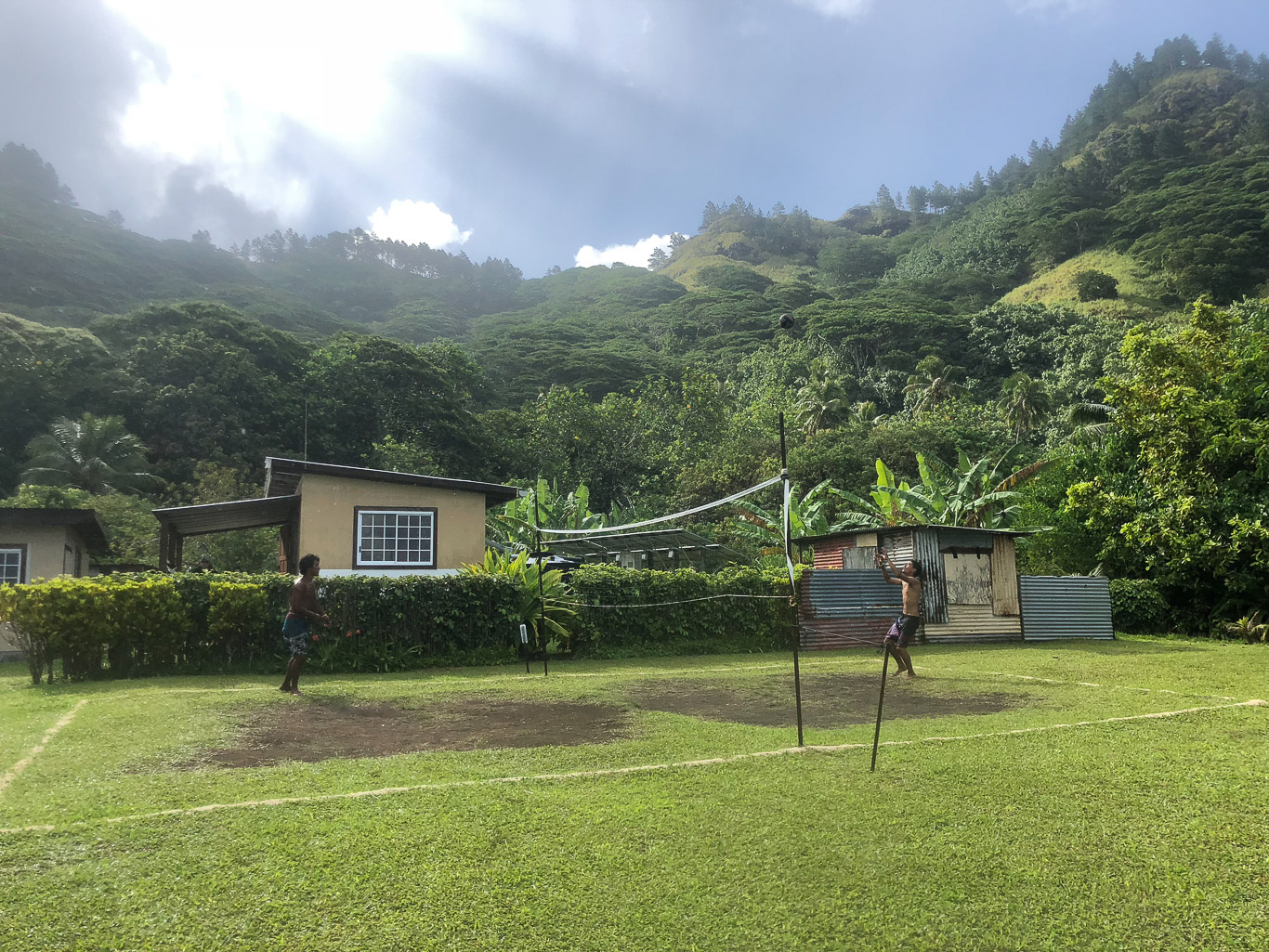
First reliable wifi in over 6 months, so I will be making a series of blog posts trying to get caught up! We last left off in Moorea (Oct.’18), so here are a few last shots of the island which, although somewhat touristy, provided sweet memories and special encounters. Next up, the remote Austral’s …
We waited a while to leave Moorea for the Australs, which was just fine. Plenty of nice diving with our new tanks and gear, bike rides and friends. And whales. In the wind forecasts there always seemed to be a stubborn trough (meaning squalls and confused seas) situated right across the route. No doubt it’s there most of the time in the spring. We finally left, deciding that it wasn’t ever going to really go away, and that anything that looked halfway decent was probably the best we could hope for.
The forecast was for diminishing winds, so after a rough start (including yours truly experiencing a rare though mercifully brief bout of seasickness after going forward to set up the check stays at dusk, we settled in and the wind and seas finally did seem to mellow. Too make sure we made it to Rurutu not too late we also decided to fly the Asym, which we are normally reluctant to do at night. All fine on Diana’s watch, but instead of continuing to decrease the winds built on mine. The plan was to wake her up to furl the sail if the breeze tipped 16 knots. It hit 18, twice and finally I woke her. By the time we started furling it was blowing 22 knots and the bowsprit was nearly bent in half. It was almost impossible to get the sail in. When the wind did die, as forecast, we could no longer fly our Asym.
Accomplished in Papeete thus far: (working list of paradise offsets!)
Wash Allora with fresh water for the first time in a year (Diana uses a toothbrush for her part)
Polish and wax cabin, and dodger
Inspect and put new seizing wire on anchor swivel
Clean and replace anchor markers
Adjust valves on Yanmar engine
Clean heat exchanger Yanmar
Replace coolant Yanmar
Check belts, hoses and impeller Yanmar
Install new AIS antenna and cable, solder new UHF connection
Dismantle, clean and relube primary winches
Troubleshoot Radar
Update firmware on multifunction navigation displays
Clean Namo with fresh water for the first time in a year
Replace D ring on Namo
Wash Allora with fresh water for the second time in a year
Climb and inspect mast
Drill rivets and remove lower shrouds
Replace lower shrouds (one broke a strand sometime since May)
Update software on iPads
Update software on Diana’s Mac
Update software on Marcus’ Mac
Replace battery on Marcus Mac book pro (new battery shipped from France)
Update Delorme
Update Iridium Go!
Rum and Whiskey provisions for 9 months
Charge flashlights
Acquire and consume as many pamplemousse as possible
Purchase dive tanks and dive gear, BCD’s and regulators
Install straps and bunnies for new dive tanks
Marcus’s bike to shop for replacing corroded gear ship cables and brakes
Clean, polish and wax Allora port side
Finish windlass rewiring/waterproofing
Rum tasting on Adagio also with friends from Reverence
Build seat for mast climbing rig
Umpteen bike trips to the store to provision
Stow provisions for nine months!
Clean mast to lower shrouds. Polish.
De-rust middle and upper shrouds.
Clean and scrub cockpit cushions
Clean and scrub cockpit seats
Install wheel holder for removing wheel from helm
Sundays 0600 market provisioning X4
Lubricate head (this is one of Marcus’s favorite jobs)
Clean helm bag
Scrub decks with boat soap and fresh water for third time in a year
Multiple doctor appointments
Charge rechargeable batteries
Charge handheld VHF radios
Clean, polish and wax Allora starboard side
Clean Bimini and connector panel with fresh water for the first time in a year
Polish dorades
Replace dorade gaskets
Edit photos for blog (the font should be larger on this one to reflect the magnitude of the task)
Provide copy for blog
Factory service for Yamaha outboard
Go through Aft cabin for disposable items
Go through fwd cabin for disposable items
Dispose of propane tank
Sell (or actually give away) kite surfing board
Clean fishing gear
Communicate via Skype with loved ones for the first time in months
Write emails complaining about destructive ferry wakes in Papeete harbor
Read first set of rejection letters on Slocum novel
Repair and re-bed shock connection freezer with 5200
Empty and clean freezer and refrigerator
Replace shock on freezer, and refrigerator
Empty and clean refrigerator
Rinse running rigging with fresh water
Exchange propane tank
Install new organization system for refrigerator
De-rust and replace washers on all hatches
Disassemble broken Lewmar clutch and investigate repair options
Order more fly tying materials
Order new butt section and new rod to replace broken nine weight
Swab decks final (fourth) time to remove grime just before leaving Papeete
Upload 8-9 new blog posts
Scrub window UV covers
Wash folding bikes
Fabricate dive flag buoy
Laundry, laundry and more laundry (dry on lifelines)
Finish cleaning the mast, checking fasteners, de-rusting
Plant herb garden! (Thanks to Birgit/Pitufa for the inspiration and AK/Pensive for some key supplies!)
Cross things off this list (thanks, Ian, how could I have forgotten the most fun task?!)
We are currently in Oponohu, Moorea awaiting a weather window to head south to the Austral’s, so the chore list grows, (clean waterline, PFD zipper repair, etc.) – but we are also exploring some of the dive sites on this north side, WITH OUR OWN GEAR!!
Our first instinct, on our initial pass through the Tuamotus last year, was to avoid Rangiroa. It seemed too popular – with actual hotels for tourists, including those ‘elegant’ thatched roof bungalows out over the water that plague Bora Bora. But on our second pass this year, we ended up spending a month in this largest of the Tuamotus atolls.
I’ll keep my part of the motivation for staying so long to one sentence: Rangiroa has the best bonefishing in the Tuamotus. Okay, moving on. Okay, well maybe not moving on. I broke both my nine and eight weight rods on these fish. I used up my entire stock of number 4 hooks. I fished everyday, and there were bonefish wherever we went, even at the touristy Blue Lagoon. We’re not talking armies of tourists, lets say a couple dozen for a whole day in three or four small boats. One group even waved me over and fed me lunch. The tour operator was an avid fisherman and pure Polynesian friendly. He told about a spot where he’d seen a giant bonefish, so big that at first he’d mistaken it for a shark.
Unfortunately, I never got over there. The wind shifted and we had to pull up anchor – which is a short sentence for describing a pretty harrowing situation where our anchor windlass failed, and we had to untangle the anchor from some nasty bottom, manually, and then with a little luck and jimmying of the windlass control, we raised the Rocna, just as the waves and wind built in earnest. Fortunately, we figured out the wiring problem at the next anchorage and it was an easy repair. ~MS
I don’t know quite how to describe the magic of diving with dolphins. They played, they chatted, they rolled and swooped, they came over begging us to rub their bellies. We lost track of our depth and where we were. They came to see us two out of our three dives in Rangiroa’s Tiputa Pass. It was probably better the second time, because it was easier to slow down and take it in, rather than worry that they would only be there for a moment. It was wonderful to swim with them in their element, to watch one jump up out of the water, looking from below. In Baja we always debated which we loved more dolphins or whales (now there’s a silly argument), and it generally depended on which we’d seen most recently. I remember us saying, ‘dolphins, definitely dolphins’ once, and seriously just few minutes later a humpback breached out of nowhere and it was ‘whales, definitely whales.’ Guess what the sentence is now? ~MS










The wildlife of these remote atolls, which were originally called the Puamotus (poor islands) where lesser chiefs were once exiled, is addictive. It never stops. ~MS




Other Place
take three steps into the forest,
there’s a mythic creature
somewhere here. I first saw it when I
walked through the douglas firs,
fresh snow and a silent doe.
I heard it was clear, as a blue-sky-day
but I couldn’t find it there either. I checked with the mosses,
shoved in the cracks and soddy spaces
and they told me I must be looking too low.
I went back to the books to ask again
I asked and they told me it was far
far, far away and
when I saw it I would know—
the Sublime, venerate, wouldn’t cower away from me
or the trails that led me there.
once though, when I found it perched neatly on
a rocky precipice at the peak of a
mountain, I looked to see its outline,
tried to gauge the colors of its fur,
I must’ve blinked or tried too hard.
so when I turned,
It flew away like a skittish bird
left me staring, dumbly, at the telephone poles
and old country roads, dusted trails and highways
that mapped out our places,
grid-like carways, lined with neat rows of
bushy trees that’d lost their space
stood tall and straight, sized to fit in our
self-made-image of Cultivator
creator, and perpetrator
of our own extrication.
built palaces and started lying about
the names of our neighbors, calling them gardens instead of wilds
they say it’s only ‘Wilderness,’ without us in it.
building ourselves enclosures, instead of greeting exposure.
where is it? I looked
everyday and I swore I could see
it everywhere. as a child does
I found it in every leafy green and blinking
crow, yes that one eating garbage,
does it start when I can’t hear the cars?
they tend to travel really far in valleys and tunnels.
does it stop when lights turn bright blue, because I’ve
seen, there’s creatures in the deep that do that too
maybe it’s when I start to see the stars
maybe it’s when I start to see
the stars for what they really are,
scale for a model that should
make us realize we’re smaller
than we think we are.
when did it start? I think
we stopped counting ourselves
in the trees, starting using names
that made us and Them
so we didn’t have to look in the mirror and see
ourselves mixed-up
with the world we had cut-up and conquered
mixed-in with our own muddy refuse.
we eschew our homes in nature
so it’s easier to ignore our neighbors.
out of sight, our minds hold
the history of the Wild
as myth, but treat the fiction
We wrote, like it was writ
in the stone of the mountains.
~Wyatt Stevens (from his Keystone/Quest U.)
Stand Tall
each day above
watch with eyes of
shadowed time
what stops the bear
from dancing on your
streaked and weathered face
gilded scars of passersby
shake storied shackles
held tight to stone
slick and salted winds
warp with ice the
tracks of snakes
brush with trees
the balding peaks
the palid sky
stand tall to
tales as to
the moon
~WS (From his Keystone/Quest U.)
It was a surreal 5 weeks back in the civilization we once knew so intimately. Now, after 3 years on the boat, this trip (our 2nd) was more challenging because we were rather hurried, our time was split between Canada and Montana and we were tasked with boat jobs and a battery of regular medical checks. Nevertheless, we miss our loved ones mightily and however brief and chaotic, we feel re-invigorated now out at sea again, having immersed in that pot of gold called home.
I try not to be a slave to the camera on these trips, but consequently, the pic representation is spotty and the shots I do have, in many cases, are pretty weak. If we shared some joy and it’s not seen here, know it is being held in our hearts. Miss you already!!
“This time is hard to find heaped under a mountain of machines and motivations all founded on hours and minutes.” ~Wyatt Stevens
The decision for Shannon, Josh and Wilder (3, almost 4) to visit came down fast, and within a week and a half we were picking them up at the little motu off the eastern side of the Gambier Archipelago. They dove in, they played, they pushed themselves. We laughed, we learned, we loved. It was a 3 week plan, which, in hindsight, should have been simply spent in the lagoon, but Josh was keen to take an ocean passage, so we gave it a shot. Shannon was facing some real demons by even considering the feat. There’s a superstition in the sailing world about not undertaking a passage departure on a Friday. Well … not only was it a Friday, but guess what the date was?! Yep, the 13th!! Needless to say – we ended up shifting gears; they flew instead and we met them with Allora in Fakarava, 5 days later. Plan B worked out great! The memories from this adventure have been distilled into flashes of Wilder being wonderfully true to her name, snippets of her remarkable imagination with words (notably ‘Shit Bullet’) and scores of her laughter as she’d commune with the fishes. We were struck by a force from which we will never recover. Oh, and yeah, her parents are sensational, too!
“To see the world as it awoke in its own defenseless candor.” ~WS
Ian likes to plan and he has a knack for thinking through the details, even when the boat he’s planning for is not his own. He’s also devilishly persuasive. Long before we’d given any real focus to the question, he’d figured out that we needed to know where Maddi would fly in and out of when she came to visit in December. His suggestion turned out to be Fakarava, where by incredible coincidence, Makara (Ian and Erika) and Starlet (Jennifer and Mark) both intended to be for Christmas. We regretfully explained that while we didn’t really have a plan, per se, we would be much too far east by then, well on our way to the Gambiers. But every once in a while, he’d gently ask if these poor, confused American sailors had a plan yet. After luring us to join them in Moorea for an unplanned (by us) detour, we burned up enough time that, as predicted by Ian, Fakarava actually did make the most sense.
Lo and behold, we found ourselves Christmas eve, faced with an unusual northwest turn in the weather, sailing upwind and backwards (as in north and west), to get to Fakarava according to Ian’s plan, for a delicious Christmas dinner with Makara and Starlet.
This was only the beginning. Jennifer and Mark had their own devilish ways of derailing our plans, mostly involving Mark’s boyish grin and sentences like,”Let’s sail to Kauehi, dive the pass!” Why not? More north. Then all voices raised the call, “On to Toau!” West.
Ian, meanwhile, had been doing some more scheming. He was willing to concede that we did indeed need to start logging some south and east miles but… rather than sail back to Fakarava in April after visiting the Gambier (as planned?) it would make much, much more sense for us to sail north and meet them in Hawaii to join them for a northwest cruise up to Alaska and down the coast of North America. Back to our beloved Baja and from there, almost a year later than planned, we could hit the Palmyra and the Line Islands on our way to Tonga.
We actually got out Jimmy Cornell’s World Crusing Routes to check it out. Ian’s plan was diabolically clever (it sill sounds a little tempting).
It was only an extra 12,000 miles.
It was difficult indeed to finally turn southeast (as planned?) and leave our friends to continue their northwest journeys. This is the very hardest part of sailing. These goodbye’s feel so sudden and irrevocable. We will almost certainly see Starlet more, which is great, as they are circumnavigating along the same route, more or less, that we will be. But after Alaska, Makara is headed back to the Caribbean and then home to England.
And that’s a long way around for Starlet and Allora.
~MS

Travel is like falling in love
new, unconsummated love
crooning love
love like the first glimpse of a Marquesan island
before the anchorage becomes rolly
or the tiny population shares a dose of their chronic strep throat
like a Central American jungle before you try to enter
and find that every tree, bush, wild house plant has thorns
crawls with ants that bite like a son-of-a-bitch
white sand beach love, faintly rosy with crushed coral
a place where you dream of living forever
a place where you might become homicidally bored
a place before
imperfect personalities, awkward intercourse
young hearts, seafarers, learning when to pull up anchor
But I think
love is not just a beating heart
love is often found in thorny jungles
on white sand beaches with sand flies
it is found in patience and acceptance,
love is arriving at the same island over and over
with wonder and a racing heart
Travel should be like that.
~MS
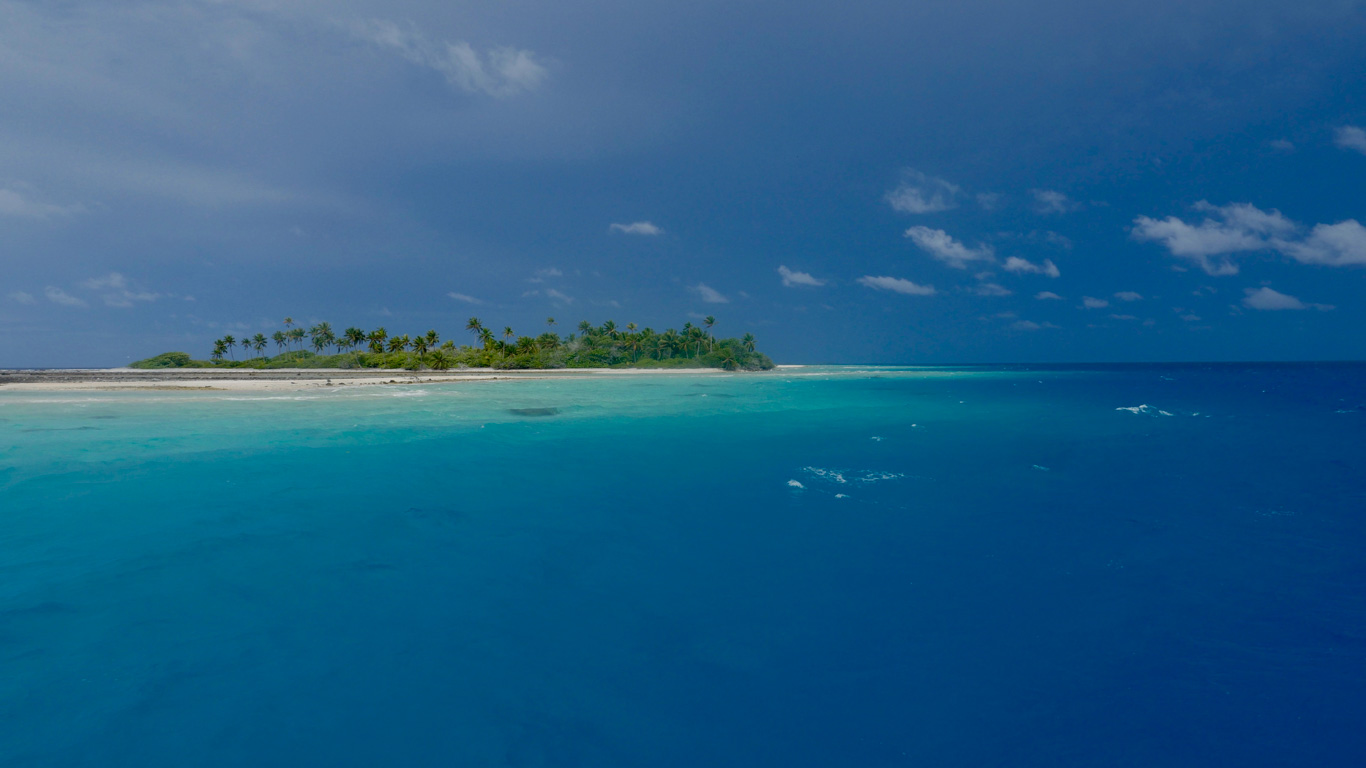
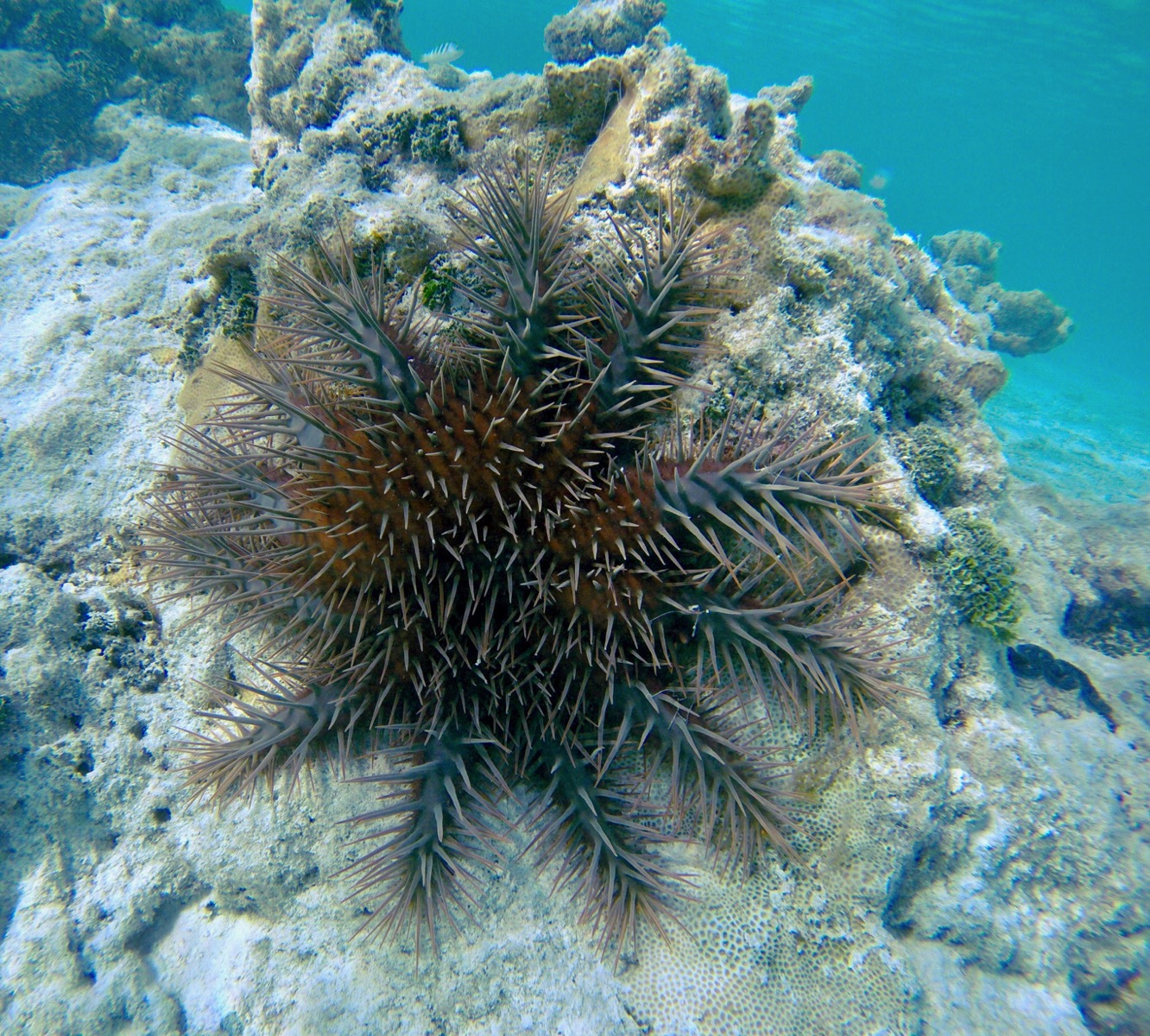
Found this Acanthaster (venomous Crown of Thorns Starfish) while snorkeling in 10′ of water off our boat.
They voraciously eat coral and are considered a scourge

These two were in less than 1′ of water and as I approached, one octopus reached out to ‘hold’ the other

I feel the same way when I get my hands on lettuce – don’t worry buddy, I’m just admiring you!

This small white tern lays its eggs on bare thin branches in a fork or depression without a nest.
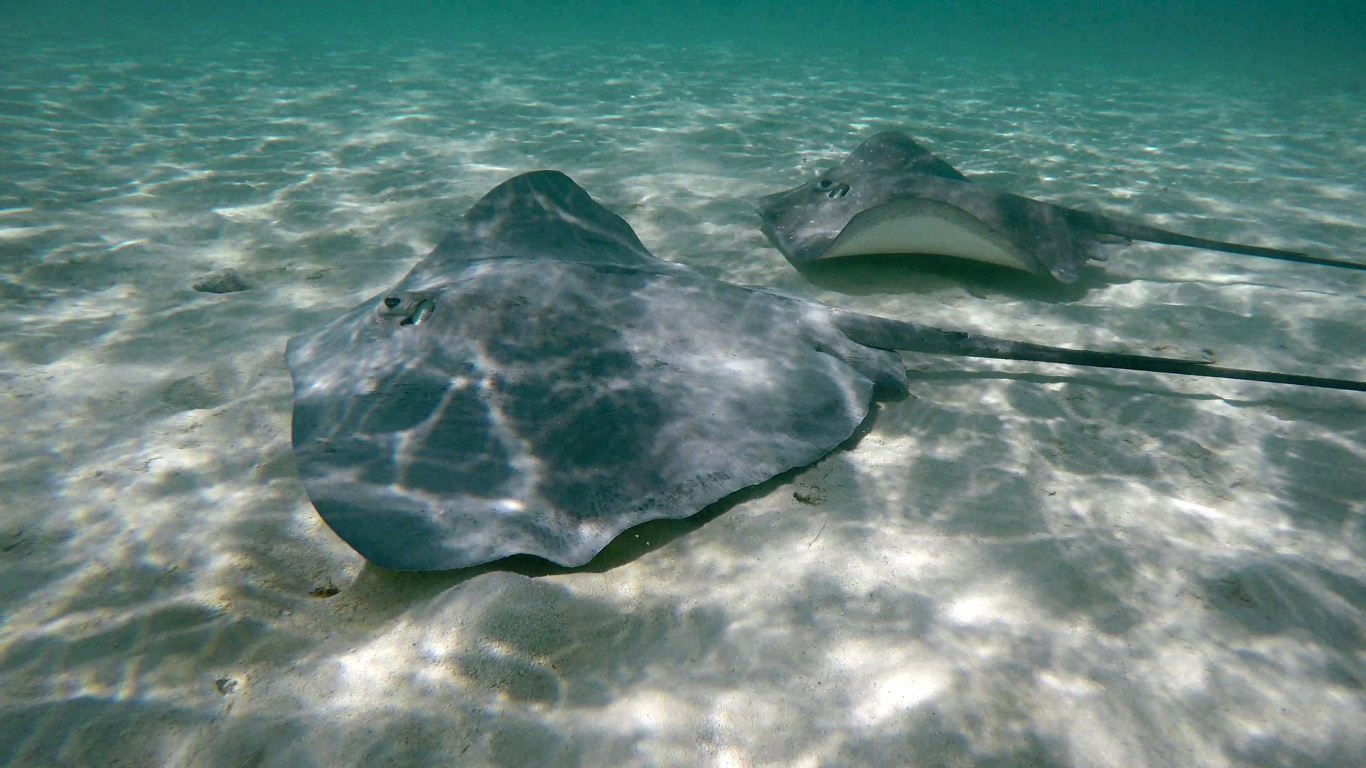
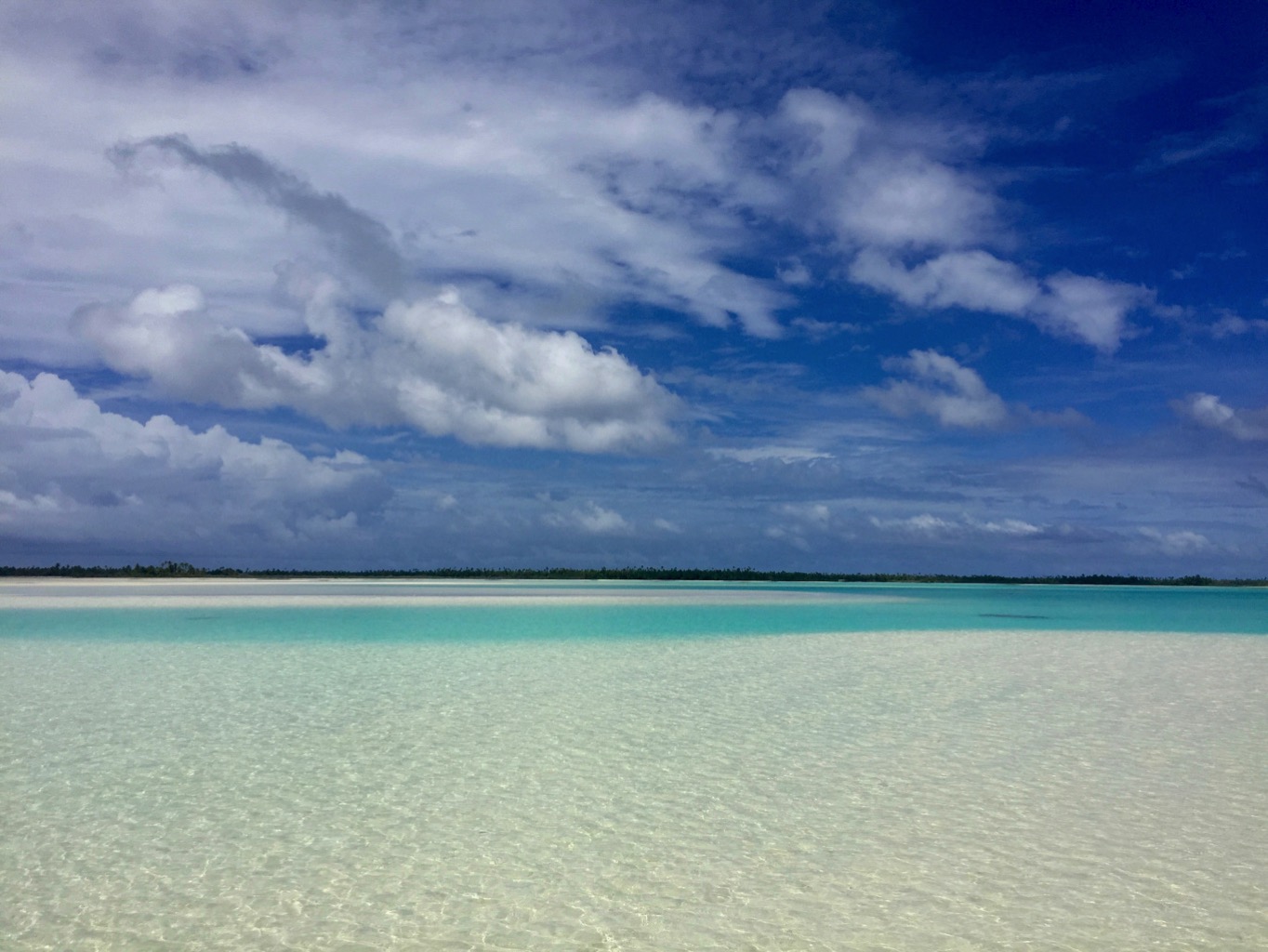
A grandmother, mother and daughter
Winter break from school, they spend a month on the Island
away from home in Fakarava
clearing the coconut groves
a hammock by the beach
they don’t have a lot
but they have a tropical island
~MS

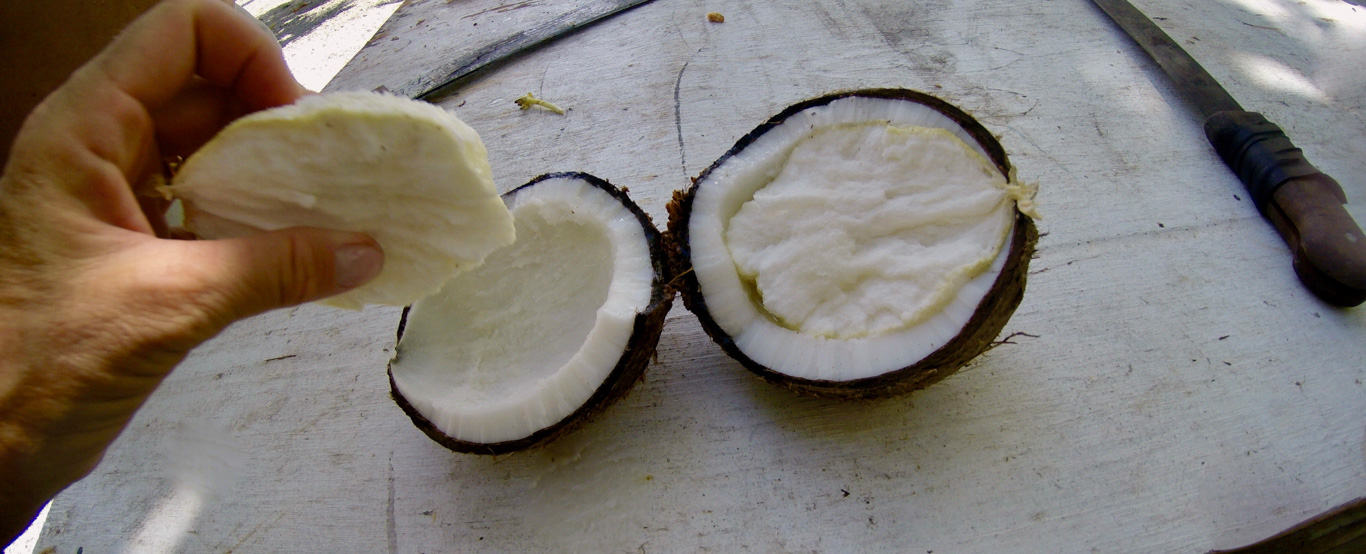
Heart of the coconut from recently sprouted coconuts.
This sponge replaces the milk space and is sweet and tasty-ish
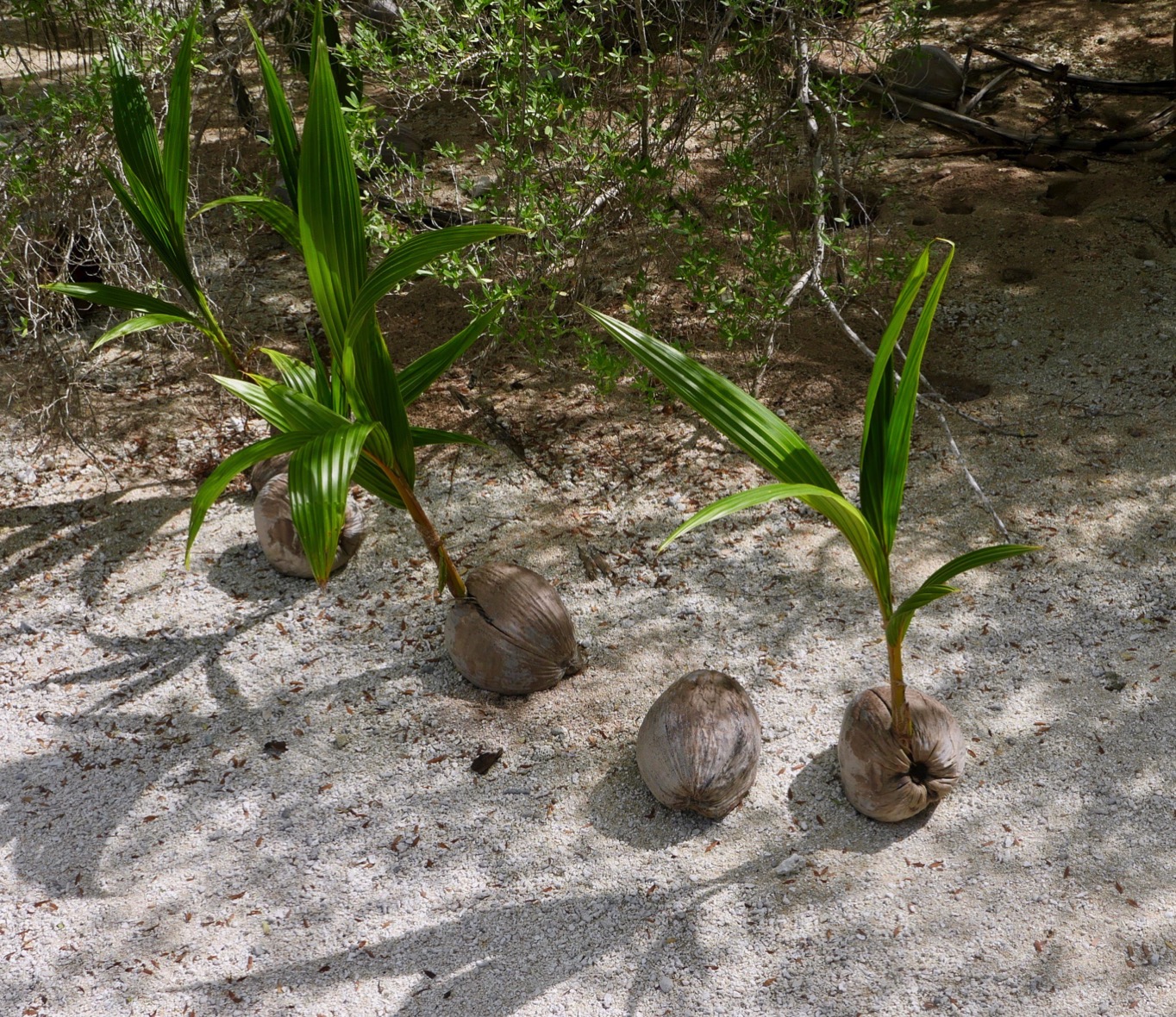
Prolific Palms will sprout wherever they fall
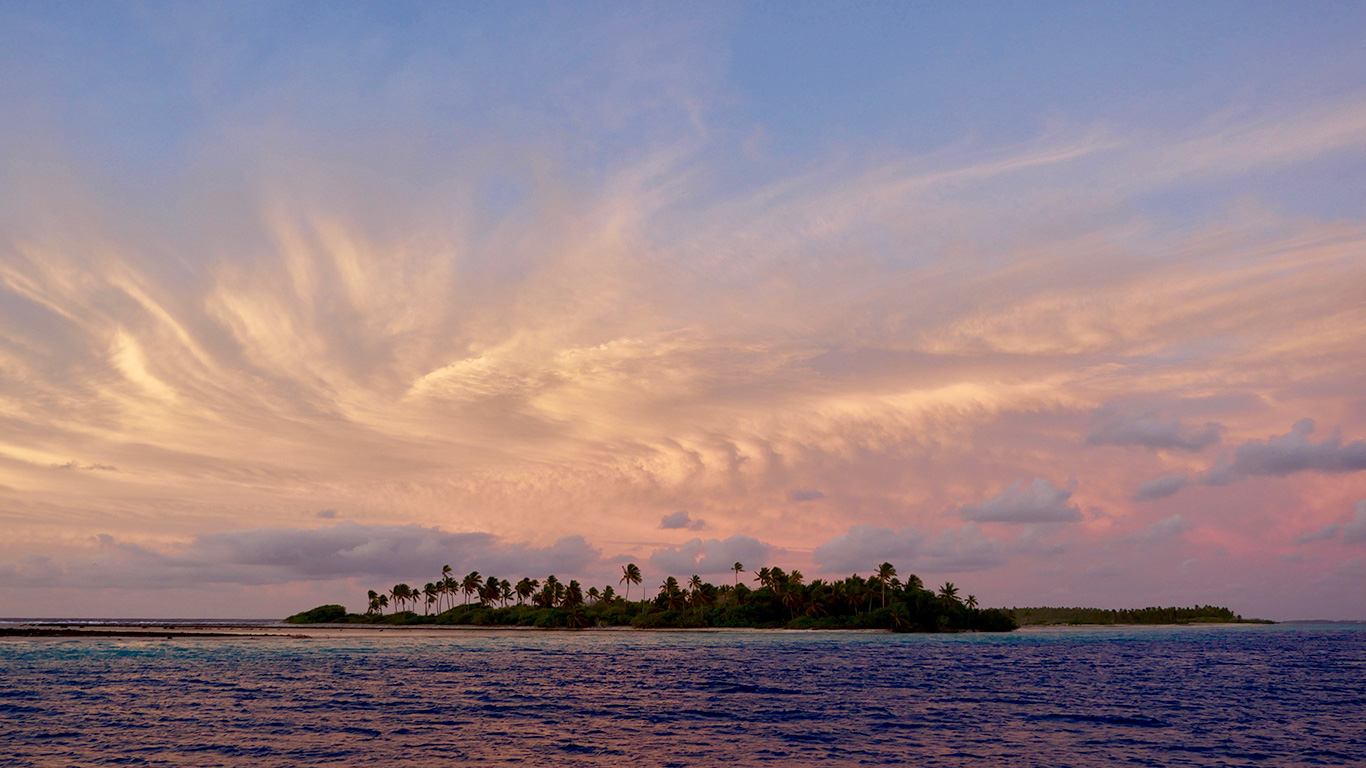
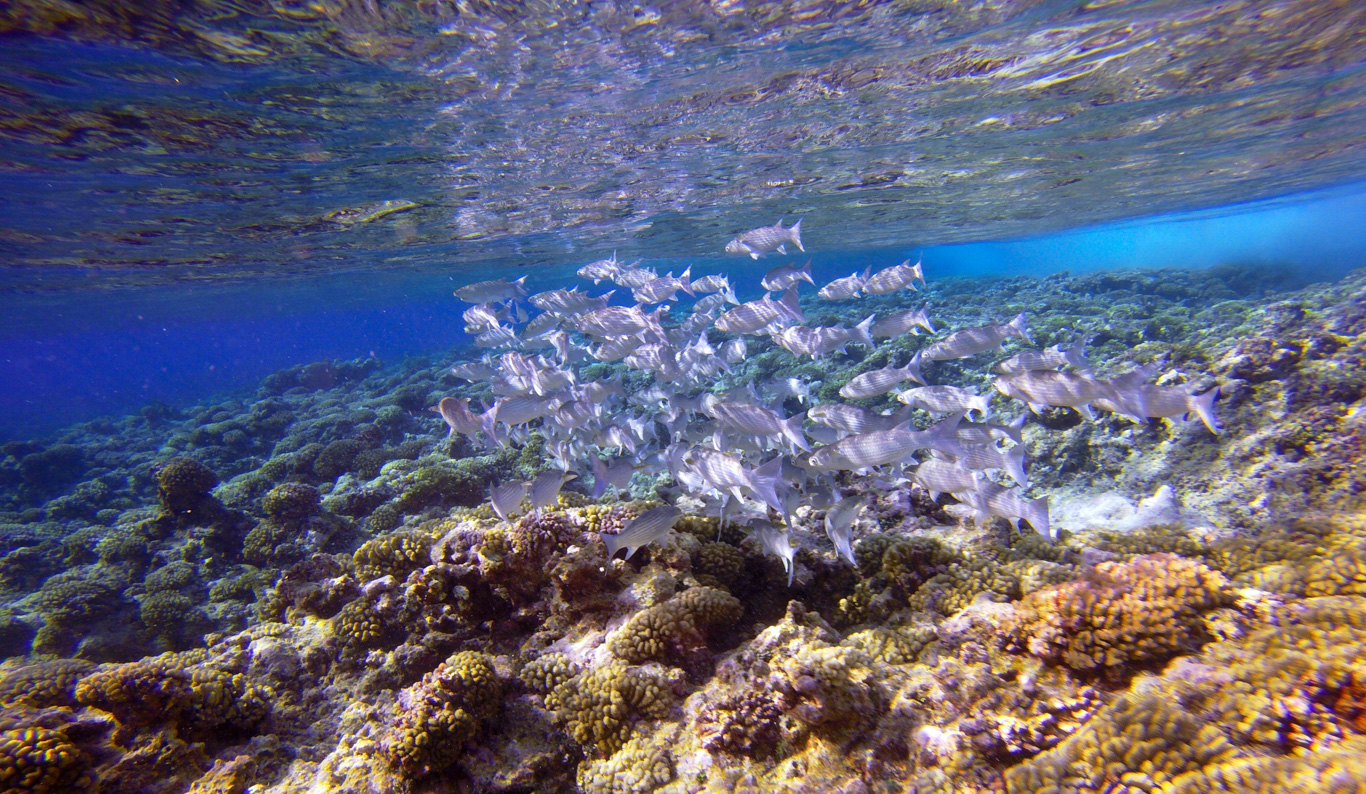
In the internet we trust
we believe in our digital sources,
sailors climb in their dinghies with their hard drives
swapping terabytes
open source navigation, the pass current “Guestimator”
it all sounds good, so technologically clever it simply has to work
we’re going where sailors used to dread
watched over by the faint, triangulated signals of satellites
google earth stitched over the old charts
some drawn diligently a hundred years ago by men who were dedicated, but human.
Rand and Ellen of the Catamaran Golden Glow
who bequeathed us so much of this digital treasure one hectic evening in Nuku Hiva
told a story about a family sailing in Polynesia
the daughter at watch, at night,
they hit an uncharted reef going full speed
dismasted, the father ultimately lost his leg
it’s hard not to be haunted by stories like that
on watch at night, sailing between Atolls
we remember the northern Sea of Cortez
only a few hundred miles from Los Angeles, real civilization
charted islands that did not exist or were miles off
once we appeared to anchor in the middle of the sea
An email via satellite from our friends on Starlet
they’ve heard that there is no internet in all of French Polynesia
a cable cut to Hawaii
True it wasn’t working in Kauehi
and I couldn’t post my perfect bonefish picture
so I guess there are still real world connections to the buzzing web
some lonely cable, thousands of fathoms below in the darkness
just couldn’t hold it together anymore
no escaping the real, physical world, after all
~MS
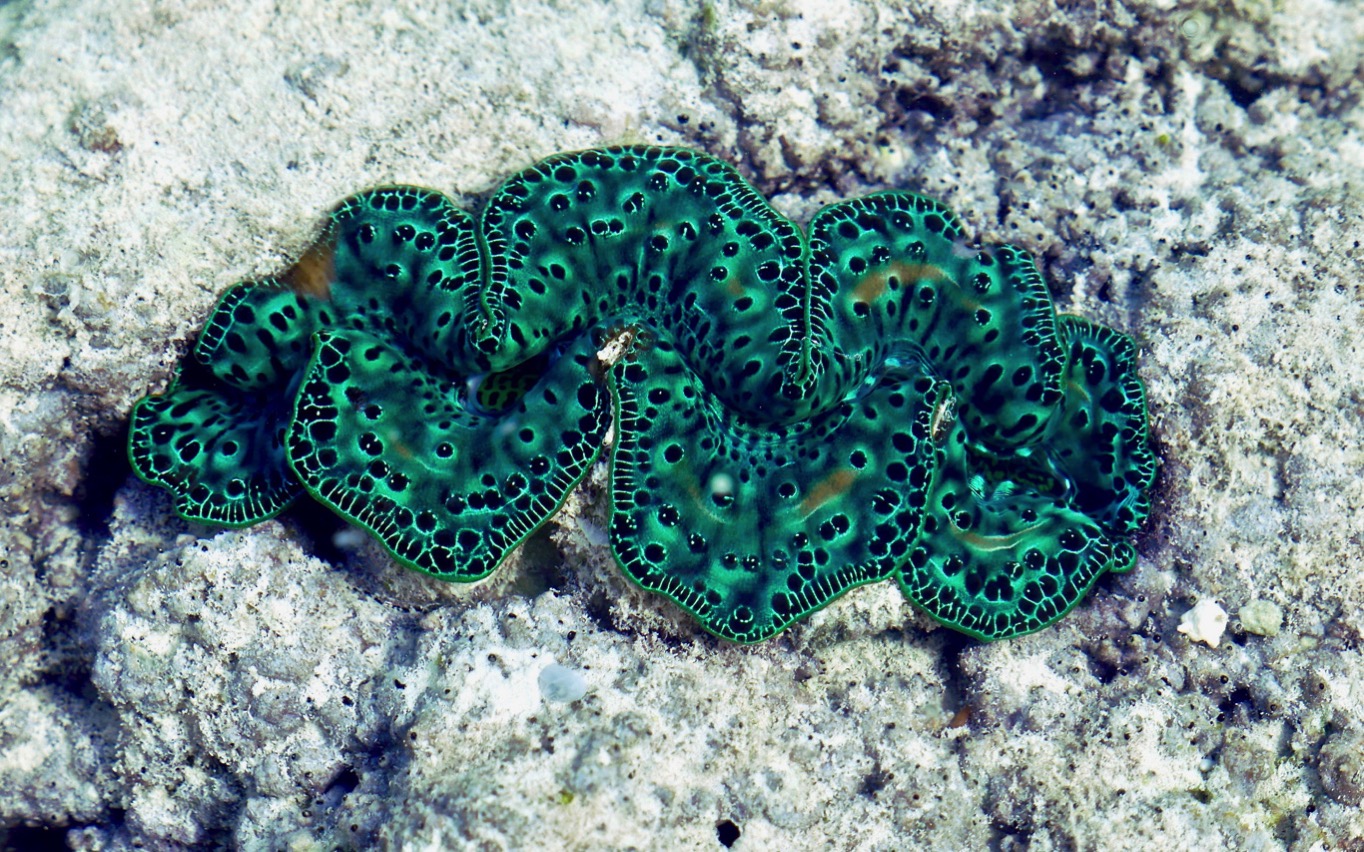
The ‘Tridacna Maxima’ shows up in every imaginable color (This mosaicist is wild about them!)

These abandoned homes get occupied during the copra harvest (coconut for export)

Whitemouthed Moray Eel (feeding on crabs)